-
Posts
932 -
Joined
-
Last visited
Content Type
Profiles
Forums
Events
Posts posted by Hugh Janus
-
-

Indian Motorcycle has renewed its Scout lineup with five models built around a new frame and engine. The Scout Bobber (shown) comes into the new model year as the most popular Scout in recent years. (Garth Milan/)There is nothing simple about the 2025 Indian Scout lineup except for the way Indian describes the bikes. They are cruisers. Classic, American-made V-twins that are just as much about heritage and body lines as they are cornering clearance and technology. You can have your performance (and the new bikes do), but Indian refuses to have that be the Scouts’ personality.
That laid-back approach has worked well for Indian since the Scout was unveiled in 2014, quickly turning the model into the company’s most successful platform. In some parts of the world, the Scout is the most successful mid-displacement cruiser, and in all parts, it’s described as the most important bike to Indian Motorcycle’s future. This is an entry into the brand. Where you go from here, and if you stay with Indian, depends largely on your experience with the bike. Needless to say, Indian aims to please.

There’s an Indian Scout for just about any rider type or style. (Tim Sutton/)Of course, part of pleasing the masses comes down to having something for the masses, and for 2025 Indian is doing that by bringing five Scout models to showroom floors, including the simple but elegant Scout Classic; the slammed Scout Bobber; the light touring-ready Super Scout; the Sport Scout; and its most aggressive middleweight cruiser yet, the 101 Scout.
That’s a lot of Scout, but a bulk of the hardware is shared across models meaning Indian isn’t trying to confuse you so much as it’s looking to give you options through stylistic upgrades. This is like walking into In-N-Out Burger and deciding what to get—you’re going to get a burger, but how you order that burger is entirely dependent on your tastes.
Related: 2025 Indian Scout First Look

Indian’s new SpeedPlus 1250 V-twin produces 105 or 111 hp depending on the model. Indian says all models can be updated at the dealer to achieve the 111 hp of 101 Scout. (Tim Sutton/)2025 Scout Platform Updates
Indian’s liquid-cooled SpeedPlus 1250 V-twin engine is first on the list of “components” shared across the lineup. Measuring in at an even 1,250cc (versus 1,133cc), it makes a claimed 111 hp in 101 Scout trim and 105 hp when bolted to every other model thanks to different ECU tuning, with all versions making a claimed 82 lb.-ft. of torque. That’s a 5 to 11 hp bump depending on model and an added 10 lb.-ft. of torque.
The engine is new from the inside out, with big changes to the top end (including new pistons and larger valves) as well as a lighter crank, the latter helping Indian shave nearly 10 pounds (!) from the engine. A slip/assist clutch was added, plus Indian spent a lot of time refining the inside of the engine to eliminate gear whine customers complained about on earlier-generation Scouts.

Different headlight treatments for different models. All models get an LED headlight. (Indian Motorcycle/)The airbox is redesigned, but that’s less obvious than the new radiator, which is 20 percent smaller and squeezed into a new frame that has a steel tube front section versus cast aluminum. Steel tube is significant because of the lighter appearance, but also because it opens the door to more custom work.
Speaking of custom, Indian went to great lengths to give the Scout a polished look. Electronics and necessary hardware are packaged neatly as possible, with most of the hardware tucked behind the frame’s cast aluminum midsection. Out back you’ll find a platform-wide subframe that allows accessories to be shared across models, as well as a new exhaust, which gives more space for accessory saddlebags compared to the more cumbersome dual-muffler exhaust.

Indian’s 2025 Scouts are restyled but still easily recognizable. The tank is moderately bigger, but only because Indian has reshaped it to accommodatet the new airbox. (Tim Sutton/)Similarities fade from there. The Scout Classic, Scout Bobber, and Super Scout roll on 16-inch wheels while the more aggressive Scouts have a larger, 19-inch front wheel. All bikes have a nonadjustable fork with 4.7 inches of travel and dual shocks with 3.0 inches of travel, except for the “slammed” Bobber, which has nonadjustable shocks with just 2.0 inches of travel, and the 101 Scout, which has a fully adjustable inverted fork with 5.9 inches of travel and fully adjustable shocks. The 101 Scout also gets Brembo front stoppers and dual 320mm brake discs, versus a single 298mm disc.
If that sounds more expensive than most of the other options, that’s because it is. The 101 Scout comes in at $16,999, which is identical to Harley-Davidson’s Sportster S and mostly on par with the luggage-equipped Super Scout ($16,499–$16,999). The rest of the lineup is priced between $12,999 and $16,699.
Related: 2022 Harley-Davidson Nightster vs. Honda Rebel 1100 DCT vs. Indian Scout Rogue

All models besides the 101 Scout use a 298mm single front disc (shown). The 101 gets dual 320mm discs with Brembo calipers. Notice also the nonadjustable fork that’s standard on all but the 101 Scout. (Tim Sutton/)The wide price range is thanks mostly to Indian offering every bike but the 101 and Super Scout in different trims. Standard models get an analog gauge, LED headlight, and ABS; Limited versions have ride modes, traction control, cruise control, and a USB port; while Limited +Tech gets you all of the aforementioned features plus a 4-inch touchscreen display, keyless push-button ignition, and Ride Command, which opens the door to turn-by-turn navigation and more.
Paint is different on nearly every model and even varies based on trim level, as do the finishes, with bikes like the Classic getting more chrome than bikes like the Bobber, Sport, and 101. We hope you’re good with making decisions, because there are a lot of them to make here, and each will dramatically change your experience.

Two gauge clusters are available depending on the trim level: a touchscreen TFT with the Limited +Tech or a standard analog/LCD combo on Standard and Limited versions. (Indian Motorcycle/)The Big Picture
There is a general theme across the board, and a similar sensation between each of the bikes. Preproduction firmware delayed start-up initiation on the TFT-equipped Limited +Tech bikes prepped for our ride from San Francisco to Santa Cruz (and back), but fit and finish is otherwise great. Controls are solid, wires are nicely concealed, and paint is pristine, hold for a small, unpainted surface below the fuel cap.
The new exhaust doesn’t do much to wake you up on a cold morning, but the bike settles into a nice low hum, and in either trim the engine gives your eyes something nice to look at—a stark contrast from the Harley-Davidson’s Revolution Max 1250T engine that leaves something to be desired from a visual perspective.

The 2025 Indian Super Scout gets saddlebags and a passenger seat as standard. The pull tap makes it easy to get into the bags. (Tim Sutton/)It’s been nearly a year since we’ve ridden the Rev Max 1250T-equipped Sportster S, and even longer since throwing a leg over the Revolution Max 975T-equipped Nightster, so we’ll refrain from more comparisons. What we can say is that the SpeedPlus 1250 feels more flexible than the previous Scout engine, with enough midrange and top-end to not feel like you have to shift as often. Lucky, because Indian hasn’t updated the transmission, and with everything else getting a touch of modernity, this box feels clunky and outdated.
Pulling away from a stop is more difficult than it should be too, thanks to a combination of new slip/assist clutch that lacks feel at the friction zone and the lighter crank, which helps the engine spin up faster and adds to the overall character, but doesn’t do much for you around town. We made friends with the clutch after a few miles, and you will too in the first long ride, but those aren’t small concerns given that the Scout is built mostly for around-town riding and newer riders. Seamless is always better here.

The Scout Bobber has 1 inch less rear suspension travel at just 2 inches. | Photo: Tim Sutton (Tim Sutton/)The rest of the engine gives you exactly what you need from a cruiser platform. There’s enough meat to have fun, but not so much top-end performance that you’ll wish the engine was stuffed in something other than a bike with 2 to 3 inches of travel. Power is tractable, vibes only really start to pick up at around 80 mph in top gear, and the powerplant flexible enough for a wide variety of riding, making it an ideal centerpiece for the Scout, in any version. “The heart of an American cruiser is the engine,” says Ola Stenegärd, director of industrial design for Indian Motorcycle. And in this case, Indian has a strong one.
Speaking of versions and different conditions, after two full days of riding—the first through downtown San Francisco and the (much) more scenic coastal roads skirting the Northern California coast, and the second up tight two-lane roads heading inland from Santa Cruz, we challenged ourselves to rank each of the new Scouts in order of least favorite to favorite, and the order might surprise you.
Scout Classic

2025 Indian Scout Classic; $13,999–$16,699 (Garth Milan/)While the Scout Classic is at the bottom of that list, its ranking stems mostly from a lack of defining features compared to the other models rather than any major flaws.
If you appreciate classic, swoopy fenders and an abundance of chrome finishes, then this bike checks the right boxes. Those fenders aren’t a departure from anything we’ve seen on the Scout before though, and with its dearth of other defining features, the Classic feels almost out of place in every situation. There’s no wind protection for the highway and no slammed suspension for that cool look around town. It exists, as it should, but only in the shadows of the rest.
Scout Bobber

2025 Indian Scout Bobber; $12,999–$15,699 (Garth Milan/)The Scout Bobber is the most affordable entry into the lineup and also the most popular Scout model so far, but to love the Bobber and its 2 inches of rear suspension travel is to commit to a serious amount of quality time with your chiropractor. The stock suspension on Scout models (fully adjustable 101 Scout suspension not included) already struggles with bump absorption, and losing an inch out back doesn’t do you any favors.
The Bobber’s ergonomics are more aggressive as well, thanks to a low, flat handlebar that has you almost stretched out over the tank. All this adds up to a cool look when cruising through town and makes the Bobber a great platform for a custom build, but the sacrifices are a bit excessive for us, and it’s exhausting having to be on the lookout for every pothole or manhole cover dotting torn-up, downtown streets.
Sport Scout

2025 Indian Sport Scout; $13,499–$15,699 (Garth Milan/)Related: 2023 Harley-Davidson Sportster S Review
The Sport Scout is a lot like the Bobber in that it comes off as a great canvas for customization. A replacement for the Scout Rogue, it is not nearly as sporty as the Sport name suggests, but there’s a sense of potential in these bones.
Handling knocks are not specific to the Sport either, as all of the nonadjustable Scout suspension lacks bump compliance and will cause you to deflect off sharp-edged hits in a very uncomfortable way once the pace picks up. The single brake disc gets the job done, but moving up to the 101 Scout highlights a lack of feel and power compared to a full-featured, two-disc setup.
Pairing Indian’s accessory, 10-inch handlebar risers (stock are 6 inches) with the moto-style handlebar that comes standard on Sport and 101 models gives you an idea of how aggressive the bike can look with minor modifications, and it’s that custom-bike potential that draws us to the Sport over any other feature. That, and the added inch of rear suspension travel over the Bobber.
Super Scout

2025 Indian Super Scout; $16,499–$16,999 (Garth Milan/)The Super Scout is the sleeper of the group, the only real downside being the higher price of entry. Look past that and you’ll find one of the most versatile bikes of the 2025 lineup, with enough wind protection, comfort, and luggage for longer trips.
Versatility comes in the form of the quick-release windshield, which mounts to the fork legs and can be removed in just seconds. Sidebags are not waterproof or lockable but offer decent storage and have an easy pull system for releasing the lid. Removing either of these gives you most (but not all) of a Scout Classic.
Worth mentioning here is that the seat isn’t generously sized on any Scout, and we almost always got off the bikes wishing for a bit more support at the leading edge of the saddle. That is especially true on a bike that you’ll do more touring miles on.
The ergonomics are otherwise quite comfortable for taller riders. Forward controls come standard on all models but feel more like relaxed mid-controls, meaning the reach is not too far, giving taller riders enough legroom to not feel cramped. Indian will offer mid-controls as an accessory too.
101 Scout

2025 Indian 101 Scout; $16,999 (Garth Milan/)While we hoped the most expensive Scout wouldn’t also be our favorite, the reality is that the 101′s upgrades completely change the ride experience. Brakes are more responsive, suspension eats up rough pavement, and the 111 hp engine tune gives the bike a sharpness that suggests there’s more to the tune than just a 6-hp difference.
The $17,000 price tag is $4,000 higher than that of the $13,000 standard-spec Bobber that gets you into the lineup, but the 101 doesn’t have to be an entry-level machine that you’ll move on from; this is a bike you’ll actually want to hold onto as your skills and wants as a rider grow. There’s more than enough style, performance, and character to make this a long-term commitment. It’s the Scout that you can ride fast if you want, but is equally as entertaining on a casual ride with friends. Plus, once you max out the options on the other Scouts, the prices are much closer.
The downside? You can only get the 101 Scout with painted graphics rather than solid colors—-a selling point for some, but not all.

The 101 Scout only comes with painted graphics. (Tim Sutton/)Final Thoughts
The beauty of the 2025 Scout lineup is that you don’t have to agree with our rankings. You can (and probably will) find that one bike better suits your needs. And that’s the point: There’s something for everyone in this lineup, and enough accessories (100 total) to create the bike that works best for you.
Of course, Indian has managed to do all this without completely shifting the Scout’s storyline. This is still very much a cruiser, just with a little cherry on top in the form of more horsepower and available tech.

The Super Scout has a West Coast club vibe. (Tim Sutton/)Speaking of horsepower, if anything other than the 101 catches your eye, consider updating the ECU tune at your dealer if and when the opportunity arises. Pricing is not confirmed, but Indian says that will be an option, and the performance leap is big enough that it’s absolutely worth doing.
Also, while we only tested bikes with the Limited +Tech trim levels and loved the touchscreen display, we tinkered with a Limited model with analog gauge, and found it much less endearing, meaning the Limited +Tech package might be the best way to go, unless you really do love keeping it simple.
And, well, technically, that’s what the Scout is still all about.

The Super Scout is a classic and simple touring cruiser. (Tim Sutton/)
Adjusting ride modes is straightforward on the touchscreen dash. (Tim Sutton/)2025 Indian Scout Classic Specs
MSRP: $13,999–$16,699 Engine: Liquid-cooled 60-degree V-twin Displacement: 1,250cc Bore x Stroke: 104.0 x 73.6mm Compression Ratio: 12.5:1 Transmission/Final Drive: 6-speed/belt Claimed Horsepower: 105 hp @ 7,250 rpm Claimed Torque: 82.0 lb.-ft. @ 6,300 rpm Fuel System: Closed-loop fuel injection w/ 60mm throttle bodies Clutch: Wet, multiplate Engine Management/Ignition: Electronic Frame: Steel tube w/ cast aluminum sections Front Suspension: 41mm telescopic fork; 4.7 in. travel Rear Suspension: Dual outboard shocks; 3.0 in. travel Front Brake: 2-piston caliper, 298mm disc Rear Brake: 1-piston caliper, 298mm disc Wheels, Front/Rear: Wire; 16 x 3.5 in. / 16 x 3.5 in. Tires, Front/Rear: Pirelli Night Dragon; 130/90B-16 / 150/80B-16 Rake/Trail: 29.0°/4.8 in. Wheelbase: 61.5 in. Ground Clearance: 4.4 in. Seat Height: 25.7 in. Fuel Capacity: 3.4 gal. Claimed Wet Weight) 555 lb. Contact: indianmotorcycle.com 2025 Indian Scout Bobber Specs
MSRP: $12,999–$15,699 Engine: Liquid-cooled 60-degree V-twin Displacement: 1,250cc Bore x Stroke: 104.0 x 73.6mm Compression Ratio: 12.5:1 Transmission/Final Drive: 6-speed/belt Claimed Horsepower: 105 hp @ 7,250 rpm Claimed Torque: 82.0 lb.-ft. @ 6,300 rpm Fuel System: Closed-loop fuel injection w/ 60mm throttle bodies Clutch: Wet, multiplate Engine Management/Ignition: Electronic Frame: Steel tube w/ cast aluminum sections Front Suspension: 41mm telescopic fork; 4.7 in. travel Rear Suspension: Dual outboard shocks; 2.0 in. travel Front Brake: 2-piston caliper, 298mm disc Rear Brake: 1-piston caliper, 298mm disc Wheels, Front/Rear: Cast 8-spoke; 16 x 3.5 in. / 16 x 3.5 in. Tires, Front/Rear: Pirelli MT 60 RS; 130/90B-16 / 150/80B-16 Rake/Trail: 29.4°/4.9 in. Wheelbase: 61.5 in. Ground Clearance: 4.3 in. Seat Height: 25.6 in. Fuel Capacity: 3.4 gal. Claimed Wet Weight: 542 lb. 2025 Indian Super Scout Specs
MSRP: $16,499–$16,999 Engine: Liquid-cooled 60-degree V-twin Displacement: 1,250cc Bore x Stroke: 104.0 x 73.6mm Compression Ratio: 12.5:1 Transmission/Final Drive: 6-speed/belt Claimed Horsepower: 105 hp @ 7,250 rpm Claimed Torque: 82.0 lb.-ft. @ 6,300 rpm Fuel System: Closed-loop fuel injection w/ 60mm throttle bodies Clutch: Wet, multiplate Engine Management/Ignition: Electronic Frame: Steel tube w/ cast aluminum sections Front Suspension: 41mm telescopic fork; 4.7 in. travel Rear Suspension: Dual outboard shocks; 3.0 in. travel Front Brake: 2-piston caliper, 298mm disc Rear Brake: 1-piston caliper, 298mm disc Wheels, Front/Rear: Wire 40-spoke; 16 x 3.5 in. / 16 x 3.5 in. Tires, Front/Rear: Pirelli MT 60 RS; 130/90B-16 67H / 150/80B-16 77H Rake/Trail: 29.0°/4.8 in. Wheelbase: 61.5 in. Ground Clearance: 4.4 in. Seat Height: 25.7 in. Fuel Capacity: 3.4 gal. Claimed Wet Weight: 589 lb. 2025 Indian Sport Scout Specs
MSRP: $13,499–$15,699 Engine: Liquid-cooled 60-degree V-twin Displacement: 1,250cc Bore x Stroke: 104.0 x 73.6mm Compression Ratio: 12.5:1 Transmission/Final Drive: 6-speed/belt Claimed Horsepower: 105 hp @ 7,250 rpm Claimed Torque: 82.0 lb.-ft. @ 6,300 rpm Fuel System: Closed-loop fuel injection w/ 60mm throttle bodies Clutch: Wet, multiplate Engine Management/Ignition: Electronic Frame: Steel tube w/ cast aluminum sections Front Suspension: 41mm telescopic fork; 4.7 in. travel Rear Suspension: Dual outboard shocks; 3.0 in. travel Front Brake: 2-piston caliper, 298mm disc Rear Brake: 1-piston caliper, 298mm disc Wheels, Front/Rear: Cast 8-spoke; 19 x 3.5 in. / 16 x 3.5 in. Tires, Front/Rear: Metzeler Cruisetec; 130/60B-19 / 150/80B-16 Rake/Trail: 29.0°/4.7 in. Wheelbase: 61.5 in. Ground Clearance: 4.4 in. Seat Height: 25.7 in. Fuel Capacity: 3.4 gal. Claimed Wet Weight: 548 lb. 2025 Indian 101 Scout Claimed Specs
MSRP: $16,999 Engine: Liquid-cooled 60-degree V-twin Displacement: 1,250cc Bore x Stroke: 104.0 x 73.6mm Compression Ratio: 12.5:1 Transmission/Final Drive: 6-speed/belt Claimed Horsepower: 111 hp @ 7,250 rpm Claimed Torque: 82.0 lb.-ft. @ 6,300 rpm Fuel System: Closed-loop fuel injection w/ 60mm throttle bodies Clutch: Wet, multiplate Engine Management/Ignition: Electronic Frame: Steel tube w/ cast aluminum sections Front Suspension: 43mm inverted fork, fully adjustable; 5.9 in. travel Rear Suspension: Dual outboard shocks, fully adjustable; 3.0 in. travel Front Brake: Dual 4-piston calipers, 320mm discs Rear Brake: 1-piston caliper, 298mm disc Wheels, Front/Rear: Cast 5-spoke; 19 x 3.5 in. / 16 x 3.5 in. Tires, Front/Rear: Metzeler Cruisetec; 130/60B-19 / 150/80B-16 Rake/Trail: 29.0°/4.8 in. Wheelbase: 61.5 in. Ground Clearance: 4.4 in. Seat Height: 25.7 in. Fuel Capacity: 3.4 gal. Claimed Wet Weight : 549 lb. 
Indian Scout Bobber. (Tim Sutton/)Gearbox
Helmet: Bell Eliminator
Jacket: AGV Sport Chipper 130 Flannel
Pant: Rev’It Jackson 2 SK
Gloves: Spidi
Boots: XPD X-Goodwood
-

Valerio Bono set a new Guinness World Record on his 1979 Vespa 50 Special. (Courtesy of Valerio Bono/)After all these years, Vespa still has some surprises. In this case, the Vespa is a 1979 Vespa 50 Special that just set the new world record for the farthest distance traveled in 24 hours by a 50cc scooter. Certified by the Guinness World Records organization, the record distance now is 1,233.07 kilometers or 766.19 miles, about 305 kilometers more than the previous record set by Australian Mark Brown in 2005. To make the event worth a few more lines is that not only is the scooter a 45-year-old Vespa 50cc, but that the same Vespa in 1979 accomplished a similar feat, though not officially acknowledged, running a distance of 941 kilometers on the Pirelli test track.
It would have been a record at that time, but the event was part of a special Vespa celebration that gave life to a promotional, single-issue publication named Tuttovespa.
A second factor that makes the new record unique is that aboard that Vespa 50 Special was the same rider from 45 years ago. His name is Valerio Boni, tester and media man who was 20 years old in 1979 and now is 65, but still with the same passion for outstanding endurance feats aboard various kinds of two-wheeled vehicles.
Related: Vespa Turns 75

Bono on the banking of Terramar. (Courtesy of Valerio Bono/)His old Vespa 50 Special was fully restored in 2015, and even the old stickers were refreshed. For his new attempt to rewrite the 50cc scooter record of distance run in 24 hours, Valerio also had to watch the cost of the enterprise, so to cut the price of renting a track, he resorted to an old, abandoned oval in south of Spain, near Barcelona. The 2-kilometer-long Terramar track was built in 1923 and features very high banking that the little Vespa 50 Special could not exploit.

Bono with a 24-hour stare on his way to covering 766.19 miles. (Courtesy of Valerio Bono/)Valerio was assisted by Denys Maiorino, owner of Epoca Motors, and his team of mechanics. The restored Vespa 50 Special was carefully checked and prepared for the exploit and then taken to Spain. The old track is in less than immaculate condition, but its concrete surface held together enough to allow a Vespa 50 to go full blast with no safety problems.

In-flight refueling in the middle of the night. (Courtesy of Valerio Bono/)Valerio rode for 24 hours, constantly, with a short stop just to wash the dust off his eyes. Refueling was “in flight” with the competent assistance of Valerio’s Spanish friends, Ivo Viscasillas and Cristian Nogueras, both specialists in scooter endurance events. To keep the little Vespa 50 Special running all the time, the two would ride parallel with Valerio, hand him the hose that would transfer fuel from the “tanker” to the tank of the Vespa, while both were traveling at about 60 kph—which was the top speed the Vespa was capable of.

Bono (center) with the team that helped him achieve the new record. (Courtesy of Valerio Bono/)The grueling marathon went on impeccably for the scheduled 24 hours, courtesy of the super-reliable two-stroke air-cooled little engine from 45 years ago—and thanks also to the ability of Valerio to sit on his iron butt with no interruption. Congratulations to 65-year-old Valerio Boni who, surprisingly, inscribed Piaggio Vespa on the Book of Guinness for the first time in the 78-year life of the most iconic scooter ever.
-

The Oruga Unitrack doesn’t appear to have steering, and likely turns just by leaning over on the edge of the curved track. (Oruga/)When it comes to motorized off-highway activities, motorcycles already have some pretty strong credentials. As replacements for ATVs there are even more extreme designs like the two-wheel-drive Rokons, but the Oruga Unitrack (under development in Latvia) takes a different approach.
According to its developers, the Oruga Unitrack is “the world’s first all-terrain electric monotrack vehicle designed to be versatile, rugged and robust with the environment in mind, and one that is created for use in a variety of terrains, seasons and operations.” It replaces conventional wheels and tires with a single track to spread its weight across more surface area. It’s still arguably a motorcycle—after all, there are two “road wheels,” even if they’re accompanied by a third idler wheel mounted high at the front to help climb large obstacles—but it’s unlike any motorcycle currently in production.

Side view of the Oruga Unitrack. (Oruga/)There have been monotrack vehicles before, albeit not in mass production, but the Oruga Unitrack aims to combine that idea with an electric powertrain, and unlike most of the home-built designs we’ve seen before, it features suspension and a curved track surface that allows it to lean into corners.
At the moment, Oruga has only officially shown some concept drawings and recently appeared at the Outdoor Riga trade show in Latvia’s capital with scale models of the upcoming machine. However, the design registrations for the finished machine have also been officially published via the European Union Intellectual Property Office, giving a clear look at the intended appearance of the Unitrack.

In this view you can see the curved unitrack. (Oruga/)It seems that, despite the use of tracks, it has two sets of conventional tires on each wheel, forming a gap between them for the teeth that stop the track from running off center. The tires will, presumably, also add some cushioning, although the Unitrack has coil-spring suspension at both ends.
Despite the presence of handlebars, it looks like they’re there as something to hang onto and a place to put the controls rather than having any steering ability. The curved surface of the track means the machine can be leaned into corners, so moving your body weight is likely to be the main means of turning.

The handlebars don’t appear to be attached to any sort of steering system. (Oruga/)There’s no detail yet on the power level of the electric motor, the Unitrack’s range, or its weight. At the Riga event the team behind the machine were polling visitors to get information on where potential customers would like its performance and price balance to be found. The results, as revealed on a video on Oruga’s Facebook page, suggest a top speed of no more than around 60 mph, a demand for a long range of between 60 and 120 miles, and power between 100 and 150kW (134 hp to 200 hp).
The company plans to have a full-scale prototype in action later this year and to be preparing for production in 2025.
-

Kawasaki’s Z500 is the successor to the Z400. For 2024, the platform receives a larger engine and new styling. (Kevin Wing/)A motorcycle can’t be for everyone, right? Is it possible to be approachable and manageable for a beginner but entertaining and capable for an expert? Well, Kawasaki came very close to that magic mix of an easy-to-ride naked with plenty of performance and sportiness to entertain even the most experienced riders with its Z400—and now it delivers those same attributes that made it a Cycle World Ten Best with a slightly larger engine displacement in the Z500 and updated styling.
For 2024, Kawasaki utilizes the same engine platform as the Ninja 400 and Z400 but has increased the stroke by 6.8mm resulting in a larger displacement of 451cc. Updates to Kawasaki’s Sugomi styling (described as aggressive and predator-like by the company) include all-new bodywork, a reshaped tank (3.7 gallons), LED lighting, and a new LCD display.

The base-model Kawasaki Z500 ABS in Candy Lime Green ($5,599). (Kevin Wing/)For 2024, Kawasaki offers the Z500 in two variants: the base model ($5,599) and the SE model ($6,299). Both models are equipped with ABS. The SE variant receives a full-color TFT display, similar to the one found on the Ninja ZX-4RR, as well as an array of Genuine Kawasaki accessories including a meter cover (Kawi-speak for windscreen), radiator screen, frame sliders, passenger seat cowl, tank pad, LED turn signals, knee pads, USB-C charging port, and an under cowl.

Kawasaki Z500 SE ABS in Candy Persimmon Red ($6,299). (Kevin Wing/)Is the 2024 Kawasaki Z500 a beginner bike, or is it a motorcycle for everyone? Kawasaki made it clear the Z500 is aimed at new and beginner riders. Through owner surveys, Kawasaki found that a majority of Z400 owners had one year or less of riding experience before purchasing. So, it is essential to Kawasaki that the Z500 maintains the approachable characteristics that made the Z400 so popular with new riders. That makes sense, the Z500 is Kawaski’s entry into its streetbike lineup. Yes, it has the Z125 and KLX lines, but those are not full-size streetbikes. For new riders looking to get on a Kawasaki and move up through its lineup, the Z500 is the most likely starting point.

Another component that makes the Z500 user-friendly is the transmission's “easy neutral finder.” At a stop, the gearbox will not allow the rider to click up from first to second; consistently finding neutral. (Kevin Wing/)What makes the Z500 so approachable for new riders? Of course, price point is one consideration, but really it’s the attitude of the motorcycle. The engine’s smooth, predictable power delivery has enough low-end torque to easily pull away from a stop and chug around town. A slipper/assist clutch adds to the vehicle’s ease of use in stop-and-go situations. The Z500′s 30.9-inch seat height and claimed curb weight of 370 pounds (SE model) make the bike accessible and manageable for most riders; at 5 feet, 8 inches with a 28-inch inseam, I can easily plant both feet on the ground. The bike’s 54.1-inch wheelbase, 24.5-degree rake, and 3.6-inch trail provide agile handling and quick steering in the city but maintain a stable ride on sweeping backroads.

When the road becomes twisty, the Kawasaki Z500 is a blast at full gas. (Kevin Wing/)It’s easy to see what kind of picture Kawasaki is trying to present: approachable, accessible, manageable. Sounds clichéd, right? But really, it is just trying to deliver a motorcycle that is easy to ride. Because ultimately, the Z500 is aimed at newer riders. But by no means is the Z500 exclusively a lightweight beginner bike. Its capable chassis and peppy engine are extremely entertaining for experienced riders as well. Local club races filled with fast riders on Ninjas and Z400s proves just that.
2024 Kawasaki Z500 Engine
Kawasaki’s Z500 utilizes a 451cc DOHC liquid-cooled parallel twin tied to a six-speed transmission with a slipper and assist clutch. This is the same engine we rode in the 2024 Eliminator. And this is the same powerplant the 2024 Ninja 500 will be equipped with. The Kawasaki Z500 has a claimed 51 hp at 10,000 rpm and 31.7 lb.-ft. of torque at 7,500 rpm. On the Cycle World dyno, the 2024 Eliminator produced 47.2 hp at 10,430 rpm and 29.03 lb.-ft. of torque at 7,510 rpm.

Kawasaki’s Z500 utilizes a 451cc parallel twin producing a claimed 51 hp and 31.7 lb.-ft. of torque. (Kevin Wing/)Dual 32mm throttle bodies feed the engine’s 70 x 58.6mm bore and stroke. The compression ratio is 11.3:1. The major design goal for increasing the engine displacement from 399cc to 451cc, via an increase in the stroke measurement by 6.8mm, was to improve low-end torque. Kawasaki’s Z500 has plenty of usable torque down low, great for lugging around town and short-shifting. But what’s most impressive is the engine’s flexibility. The parallel twin offers satisfying power at nearly every rpm. Between the thumpy bottom-end, powerful midrange, and strong top-end, the engine can be utilized anywhere between idle and its 11,000 rpm redline.

Despite the engine's larger displacement, the actual blueprint of the powerplant did not increase in size, allowing Kawasaki to utilize the Z400 chassis for the Z500. (Kevin Wing/)Connecting corners on backroads, the engine offers enough low-end torque to drive off an apex while strong midrange and top-end allow the rider to stretch a gear far out of a corner before working the shifter—or even to hold off on a shift completely to stretch to the next turn. This flexibility along with the parallel twin’s quick-revving nature provides plenty of passing power on the highways. The Z500 has legs to run above freeway speeds and easily keep up with traffic. There is some vibration transferred into the rider through the handlebar, seat, and footpegs, but it is not intolerable.

The Z500’s low-end torque, a slipper/assist clutch, and agile handling make the lightweight naked bike easy to manage on tight city streets. (Kevin Wing/)2024 Kawasaki Z500 Suspension and Chassis
The chassis is comprised of a nonadjustable 41mm telescopic Showa fork offering 4.7 inches of travel, a bottom link Uni-Trak shock with five-way-adjustable preload providing 5.1 inches of travel, and a lightweight steel trellis frame. The engine is a stressed member; rigid mounts, mounting brackets, and the aluminum swingarm all bolt to the powerplant for optimum rigidity. Out on the road, these efforts are easily noticeable. The 2024 Kawasaki Z500 is rock solid and balanced in every riding scenario.

Kawasaki Z500 offers five-step-adjustable preload on the shock that can be tuned via the onboard tool kit. (Kevin Wing/)Through the urban landscapes, the Z500 never feels busy or disrupted by rough pavement or concrete junctures. On twisty backroads, the lightweight naked bike is impressive. The Z500 is extremely planted on the side of the tire and stays glued to the ground even at fast speeds. Wicking up the pace through a set of corners, the chassis and suspension don’t flex or wallow. Muscling the bike back and forth through quick corners, the entire front end is very responsive with direct and intuitive steering.

Kawasaki’s Z500 is an extremely confidence-inspiring motorcycle. On the side of the tire, the bike is very planted and predictable. (Kevin Wing/)The suspension components perform equally as well. Suspension damping is tuned on the stiff side and sacrifices some initial comfort on rough surfaces, but when the pavement is smooth, the Z500 is extremely rewarding. The suspension translates positive feedback into the rider as the 17-inch wheels follow the road. There is never a vagueness or uncertainty as to what the Dunlop Sportmax GPR-300 tires are doing. And entering a corner hard on the brakes, the fork doesn’t blow through the stroke. The front end has plenty of holdup for spirited riding.

Kawasaki's Z500 is equipped with a 310mm disc and a dual-piston Nissin caliper. (Kevin Wing/)The Kawasaki Z500′s brake system features a 310mm semi-floating disc with a dual-piston Nissin caliper up front and a 220mm disc with a dual-piston Nissin caliper out back. Both components perform well. There is plenty of stopping power from the front brake that is progressive and gradually increases as the rider applies more pressure to the lever. Riding at a fast pace on twisty canyon roads, the front brake sheds speed predictably and consistently without triggering ABS intervention. The rear brake is easy to modulate when rolling up to a stoplight or shedding speed for a corner. Rear ABS will trigger with a heavy foot, especially when combined with excessive engine-braking.
2024 Kawasaki Z500 Ergonomics and Displays
Kawasaki’s Z500 has typical naked bike ergonomics: An upright riding position with a one-piece handlebar is comfortable and neutral. The reach to the bar initially feels a little low, but once the speeds increase the rider naturally leans into the wind and that slightly low bar bend becomes very natural. With a seat height of 30.9 inches, the Z500 is fairly compact. For someone 5-foot-8, the rider triangle was comfortable all day and didn’t require any mandatory stretch sessions. But tall riders may feel a little cramped as the distance between the footpegs and seat is sporty and somewhat tight.

The Z500's 30.9-inch seat height makes the bike accessible for short riders, but it may compromise some comfort for tall riders. (Kevin Wing/)As with most naked bikes, wind protection is minimal. But, surprisingly, the Z500 blocks a lot of wind below the shoulders. Air rushing at the helmet is unavoidable, but we never experienced any buffeting or turbulence on the SE model which comes equipped with a small windscreen, or “meter cover” as Team Green refers to it in the Kawasaki Genuine Accessories catalog. It should be noted that all of the accessories on the SE model are compatible with the base model.

The triple LED headlight design gives the new bike the recognizable Z face that is synonymous with the Z650 and Z900. (Kevin Wing/)Kawasaki’s base model Z500 ($5,599) utilizes an all-new LCD display with a digital bar-style tachometer, speedometer, odometer, dual tripmeters, fuel gauge, remaining fuel range, current and average fuel consumption, coolant temperature, clock, service indicator, and gear position indicator.

The base-model Z500 features an LCD display. (Kevin Wing/)The SE model ($6,299) features a full-color TFT display with selectable background colors (black or white). Functions include a digital bar-style tachometer, speedometer, odometer, shift lamp, dual tripmeters, fuel gauge, current and average fuel consumption, remaining range, average speed, total time, coolant temperature, clock, battery voltage, service reminder, oil change reminder, and a gear position indicator. A nice bit of upgrades for the extra $700.

Kawasaki's up-spec Z500 SE is granted a full-color TFT display similar to the unit found on the Ninja ZX-4RR. (Kevin Wing/)Conclusion
Kawasaki’s Z500 hits the sweet spot for nearly everyone in the lightweight category. Experienced riders will appreciate the performance of this package just as much as new or beginner riders will value the bike’s manageability and overall ease of use. And both customers benefit from the Z500′s flexible engine, Sugomi styling, LED lighting, and all-new information displays. If you are in the market for a lightweight naked bike that does everything extremely well, look no further than the 2024 Kawasaki Z500.

The rear brake system features a 220mm disc with a dual-piston Nissin caliper. (Kevin Wing/)
Both models feature an LED headlight and taillight. The SE model comes standard with LED turn signals. Base model owners can upgrade to LED indicators through the Kawasaki Genuine Accessories catalog. (Kevin Wing/)
Kawasaki's Z500 SE comes equipped with a passenger seat cowl. Both models have a 30.9-inch seat height. (Kevin Wing/)2024 Kawasaki Z500 Specs
MSRP: $5,599–$6,299 Engine: DOHC, liquid-cooled parallel twin; 8 valves Displacement: 451cc Bore x Stroke: 70.0 x 58.6mm Compression Ratio: 11.3:1 Transmission/Final Drive: 6-speed/chain Claimed Horsepower: 51.0 hp @ 10,000 rpm Claimed Torque: 31.7 lb.-ft. @ 7,500 rpm Fuel System: EFI w/ dual 32mm throttle bodies Clutch: Wet, multiplate assist/slipper; mechanically operated Engine Management/Ignition: TCBI w/ electronic advance Frame: Steel trellis Front Suspension: 41mm hydraulic telescopic fork; 4.7 in. travel Rear Suspension: Uni-Trak shock, spring preload adjustable; 5.1 in. travel Front Brake: 2-piston caliper, 310mm semi-floating disc w/ ABS Rear Brake: 2-piston caliper, 220mm disc w/ ABS Wheels, Front/Rear: Cast aluminum; 17 in. Tires, Front/Rear: 110/70-17 / 150/60-17 Rake/Trail: 24.5°/3.6 in. Wheelbase: 54.1 in. Ground Clearance: 5.7 in. Seat Height: 30.9 in. Fuel Capacity: 3.7 gal. Claimed Wet Weight: 366 lb. / 370 lb. Contact: kawasaki.com Gearbox
Helmet: Arai Contour-X
Jacket: Alpinestars GP Plus R v3 Rideknit Leather
Pants: Alpinestars Copper v2 Denim
Gloves: Alpinestars SP X Air Carbon v2
Boots: Alpinestars Faster-3 Rideknit
-

The Enduro Veloce is the normal production version of the limited-edition LXP Orioli that was released for early 2024. (MV Agusta/)Following in the footsteps of MV Agusta’s limited-edition 2024 LXP Orioli (500 units), first shown at EICMA back in the fall, is the Enduro Veloce that shares most of that model’s components and specs. With a fresh influx of cash and stability from Pierer Mobility AG (owners of KTM, Husqvarna, and GasGas)—who now has a majority 50.1 percent stake in MV Agusta—the door is wide open to get the famous Italian company back to profitability after decades of losses. The Enduro Veloce is the first new model to be revealed following the announcement.
Like its special-edition predecessor the LXP, the Enduro Veloce utilizes a new—and unique to the model range—931cc triple, a full suite of advanced electronics, and a chassis with top-shelf suspension and braking components. Of course, MV Agusta takes great pride in its styling and appearance, and the Enduro Veloce looks every bit like an Italian masterpiece.
Engine
The new liquid-cooled counterbalanced 931cc inline-three has four valves per cylinder and double overhead cams with DLC-coated followers. Bore and stroke measure 81 by 60.2mm with a 13.4:1 compression ratio with forged-aluminum, bridge-box-style pistons. Like the engines in all of MV’s latest-generation triples, the Enduro has a counterrotating crankshaft to cancel out the gyroscopic effects of the rotation of the wheels in an effort to improve handling. Not only is the engine very compact, but it only weighs a claimed 126 pounds.

The 931cc inline-three in the Enduro makes a claimed 124 hp at 10,000 rpm. (MV Agusta/)Feeding the engine are a trio of 47mm throttle bodies and a single fuel injector per cylinder, all managed by the MVICS 2.1 system and Mikuni ride-by-wire throttle control. Downstream is a high-performance exhaust system and silencer that utilize a pair of catalyzers and an electronically controlled exhaust valve.
Power is transmitted to the rear wheel via a six-speed extractable gearbox and hydraulically actuated wet, multiplate clutch. Standard on the Enduro Veloce is the Electronically Assisted Shift 4.0 system that allows clutchless up- and downshifts.

The Enduro Veloce comes standard with an up/down quickshifter. (MV Agusta/)Claimed power from the triple is rated at 124 hp at 10,000 rpm with 75 lb.-ft. of peak torque at 7,000 rpm. MV claims that 85 percent of the peak torque is available at 3,000 rpm. For reference, the 888cc triple in Triumph’s latest Tiger 900 makes a claimed 107 hp/66 lb.-ft.
Electronics
A complete suite of electronic rider aids is managed by a six-axis IMU and enabled by ride-by-wire throttle. The Enduro Veloce has four riding modes including Urban, Touring, Off-Road, and Custom All-Terrain. There are eight levels of traction control, with five for road use, two for off-road, and one for rain, while the system can also be turned off completely. Additionally, the owner can select in the menus which type of tires they are using (calibrated to either the road-oriented Bridgestone Battlax A41 or knobby AX41), which tailors the traction control specifically for the rubber being used.

A view of the MV Agusta Enduro Veloce’s cockpit. (MV Agusta/)Other rider aids include two levels of Engine Brake Control, Launch Control, Front Lift Control, and Rear Wheel Lift-Up Mitigation. The ABS system has a pair of settings: Level 1 has less intervention at the front wheel, no cornering functionality, and the rear is disengaged; Level 2 offers the most intervention with ABS active both front and rear, and utilizing the cornering functionality. ABS can only be deactivated in the Off-Road and Custom All-Terrain modes. Also included is cruise control which can be adjusted via the left control pod in 1 or 5 kph increments and canceled by counterrotating the throttle, so the rider doesn’t have to dab the brakes.

The left bar control pod is your gateway to the TFT screen’s menus. (MV Agusta/)A full-color 7-inch HD TFT display resides in the cockpit and offers both Bluetooth and Wi-Fi connectivity. The screen offers multiple display options and allows the brightness to be adjusted. The MV Ride app allows phone connectivity, route recording and sharing, and turn-by-turn navigation. Menu navigation is controlled by the left-bar-mounted control pod. Both control pods have LED backlighting for good visibility in all lighting conditions. The Enduro Veloce is equipped with full LED lighting and comes with keyless ignition.

The 7-inch TFT display can be linked to your smartphone and can utilize additional functionality from the MV Ride app like turn-by-turn navigation. (MV Agusta/)Chassis
At the center of the Enduro Veloce’s chassis is a double cradle steel frame, removable steel subframe, and aluminum swingarm. The wheelbase measures 63.4 inches, which for reference is almost identical to Ducati’s DesertX (63.3 inches), but substantially longer than new cousin KTM’s 890 Adventure R (60.2 inches). MV Agusta doesn’t list the rake angle in its press materials, but trail measures 4.6 inches (also quite close to the DesertX). Claimed dry weight is 494 pounds, which is roughly 30 pounds heavier than its Bologna rival. The stock seat is adjustable to two heights with the lower setting measuring 33.5 inches and the higher position set at 34.3 inches, while ground clearance measures just a tick over 9 inches.

The Enduro Veloce utilizes a steel frame and aluminum swingarm. The shock’s preload can be easily changed via a large remote adjuster. (MV Agusta/)Suspension is handled by Sachs units at each end. Up front is a 48mm inverted fork that is fully adjustable with preload, compression and rebound damping, and has 8.3 inches of travel. Out back, a fully adjustable monoshock features an easy-to-access, remote-preload-adjustment knob; travel is the same 8.3 inches. Off-road-oriented Takasago Excel tubeless rims measure 21 x 2.2 inches up front mounted with a 90/90-21 tire, while a 18 x 4-inch rim and 150/70-18 tire are used at the rear. The standard tire is the aforementioned Bridgestone Battlax A41 (while the AX41 knobby is optional).

A pair of Brembo Stylema four-piston, radial-mount calipers are used up front. (MV Agusta/)Braking is handled by a pair of Brembo Stylema radial-mount, four-piston calipers and 320mm discs on the front and a twin-piston Brembo caliper and 265mm disc at the rear. Cornering ABS is managed by a Continental MK 100 system and fed info by the six-axis IMU.

The seat can be set to two heights, either 33.5 or 34.3 inches off the deck. (MV Agusta/)Conclusion
It will be really interesting to see how the MV stacks up against the packed field of middleweight adventure models. This class has grown in leaps and bounds over the years, with some of the models in this displacement range offering the most balanced performance in the entire ADV segment. Surely, the influx of capital from the Pierer Mobility group will do wonders for the famous Italian brand, but it will be interesting to see if MV Agusta maintains its independence under that umbrella, or eventually inherits platforms from its cousins in the same way Husky and GasGas have from KTM.

2024 MV Agusta Enduro Veloce three-quarter rear view. (MV Agusta/)MV Agusta will offer a wide range of accessories for the Enduro Veloce, including aluminum side cases which come with waterproof inner bags, a range of protection bars, a skid plate, auxiliary lights, and a Termignoni slip-on exhaust silencer.
The Enduro Veloce will be available in one color scheme, Ago Red/Ago Silver, and will arrive in dealers in October of this year for $22,998. We’ll have a First Ride Review in the next few weeks after we throw a leg over the bike at its international press launch in Sardinia, Italy.

The Enduro Veloce’s upper fairing blends into the windscreen in a seamless manner for a very clean look. Hand guards are standard. (MV Agusta/)
2024 MV Agusta Enduro Veloce’s right bar control pod. (MV Agusta/)
2024 MV Agusta Enduro Veloce head-on view. (MV Agusta/)
2024 MV Agusta Enduro Veloce rear view. (MV Agusta/)
There are a pair of USB ports on the side of the dash, USB-C and standard. (MV Agusta/)
This isn’t MV’s first foray off-road. (MV Agusta/)
2024 MV Agusta Enduro Veloce. (MV Agusta/)2024 MV Agusta Enduro Veloce Specs
MSRP: $22,998 Engine: DOHC, liquid-cooled inline-triple; 4 valves/cyl. Displacement: 931cc Bore x Stroke: 81.0 x 60.2mm Compression Ratio: 13.4:1 Transmission/Final Drive: 6-speed/chain Claimed Horsepower: 124 hp @ 10,000 rpm Claimed Torque: 75.2 lb.-ft. @ 7,000 rpm Fuel System: Fuel injection w/ 47mm Mikuni throttle bodies, ride-by-wire Clutch: Wet, multiplate; hydraulic actuation Frame: High-tensile steel double cradle Front Suspension: 48mm Sachs USD fork, fully adjustable; 8.3 in travel Rear Suspension: Sachs monoshock, fully adjustable; 8.3 in. travel Front Brake: Brembo 4-piston Stylema calipers, dual 320mm discs w/ ABS Rear Brake: 2-piston caliper, 265mm disc w/ ABS Wheels, Front/Rear: Spoked, tubeless; 21 x 2.15 in. / 18 x 4.0 in. Tires, Front/Rear: Bridgestone Battlax A41 (optional AX41); 90/90-21 / 150/70-18 Rake/Trail: TBA/4.6 in. Wheelbase: 63.4 in. Ground Clearance: 9.1 in. Seat Height: 33.5/34.3 in. Fuel Capacity: 5.3 gal. Claimed Dry Weight: 494 lb. Contact: mvagusta.com -

Riding the 2024 Aprilia RS 457 around the Italian racetrack Autodromo di Modena. (Aprilia/)Aprilia’s RS 457 is the newest entry into its sportbike lineup. It features a 457cc parallel twin with a 270-degree crank, makes a claimed 48 hp and 32 lb.-ft. of torque, and weighs 386 pounds. Building completely new from the ground up, Aprilia followed the same design philosophy as the RS 660 for this lightweight sportbike: utilizing the engine as the main structure component of the motorcycle, but developing the RS 457 into a smaller, more accessible package that meets European A2 license requirements.

The all-new Aprilia RS 457 in “Racing Stripes”($6,899). (Aprilia/)Recognizing a gap in its lineup between its European-only RS 125 and the widely popular, Cycle World Ten Best–winning RS 660, Aprilia developed the RS 457 to fill this hole and join the 300cc–500cc segment, a highly popular segment that is getting a lot of attention right now. But as much as the Italian manufacturer recognizes the street-focused characteristics of competing models in this class, Aprilia prioritized track performance. After all, it is an “RS.”

During our test at Autodromo di Modena the RS 457′s 17-inch wheels were fitted with aftermarket Pirelli Supercorsa V4 SP tires on warmers, adding to the sportbike’s impressive front end feel. (Aprilia/)Before designing the RS 457, Aprilia carefully studied requirements for the A2 license tier with the intention of just barely meeting the power-to-weight ratio limit of 0.2kW/kg. If the bike were any lighter or any faster, it would not meet the A2 restrictions. The approach to designing its MotoGP bike, the RS-GP, is no different. Talk about race DNA.
Engine
Dual 36mm throttle bodies feed the 69 x 61.1mm bore and stroke inside the RS’ 457cc liquid-cooled DOHC four-valve-per-cylinder parallel twin. This 270-degree-crank equipped mill makes a claimed 47.6 hp at 9,400 rpm and 32.08 lb.-ft. of torque at 6,700 rpm. The six-speed transmission features a slipper/assist clutch and can be fitted with an accessory bidirectional quickshifter.

Aprilia’s newest offering utilizes a 457cc parallel twin with a 270-degree crank, making a claimed 48 hp and 32 lb.-ft. of torque. (Aprilia/)Spinning laps around the tight racetrack, the engine’s impressive low-end torque pulls strongly off an apex. Aprilia says it tuned the engine to deliver 82 percent of maximum torque at 3,000 rpm, allowing riders to easily ride a gear high even on the tightest corners—of which this Italian circuit has plenty. Its ride-by-wire system provides a connected and intuitive response without any vagueness when metering the throttle.
A strong and broad midrange easily carries the bike from one corner to the next with peak horsepower coming near the bike’s roughly 10,500 rpm redline. Looking at the engine’s dyno chart, the area under the power curve is extremely large, making the 457cc parallel twin flexible on the racetrack. Carrying third gear around the entire track only shifting to fourth and fifth on the straights was easily done on the 2.1-kilometer-long (1.3 miles) circuit.

Ripping off an apex or shedding speed for a corner, the accessory bidirectional quickshifter with an auto-blip function worked flawlessly and added to the RS 457′s racy spirit. (Aprilia/)We did not have an opportunity to ride the RS 457 off the racetrack but its bottom-end grunt, powerful midrange, and strong top-end lead us to believe the 457cc parallel twin will perform just as well off the racetrack. The 270-degree crank not only gives the RS 457 a strong, throaty exhaust note but also delivers the familiar engine pulses we have come to love from this engine configuration. Aprilia’s 457cc parallel twin is one of the best in class, delivering a surge of power at nearly every rpm.
Chassis and Suspension
Similar to the Aprilia RS 660, the 457′s engine is the main structural piece. The cast aluminum frame (the only one in this class) mounts directly to the engine as does the steel swingarm, exhaust, and footpegs; all in effort to keep the sportbike compact, narrow, and lightweight. Aprilia has gained a reputation for developing a sporty, agile chassis in the RSV4, Tuono 1100, and RS 660. The RS 457 is no different. Chassis rigidity was tuned for track performance, providing razor-sharp handling. While loading the front end on corner entry and stressing the rear tire on corner exit, the chassis doesn’t flex or wallow. Aprilia’s RS 457 gives a firm and planted riding experience. The bike’s compact chassis allows the rider to easily change direction when flicking the motorcycle from one side of the tire to the other. Navigating the tight chicanes of the Italian circuit required merely looking for the upcoming apex and the bike easily followed the rider’s intended cornering arc.

Aprilia’s all-new RS 457 is not the typical lightweight sportbike. Its performance and capability are reminiscent of the Italian manufacturer’s premium offerings, but in a small-displacement package. (Aprilia/)Suspension components consist of a 41mm inverted fork with preload adjustment offering 4.7 inches of travel and a monoshock with preload adjustment providing 5.1 inches of travel—no damping adjustments to be had. Stiff suspension action was an Aprilia design goal for sporty riding. Both on and off the throttle the bike doesn’t upset the chassis front to back, making for a very stable machine. On corner entry, the front end provides plenty of holdup and feedback letting the rider know exactly what the traction level is at the front wheel. Staying on the brakes hard into an apex, the suspension never felt busy or overloaded despite its lack of adjustments.

The Aprilia RS 457′s front end utilizes a 41mm inverted fork and a 320mm disc with a four-piston ByBre caliper. (Aprilia/)The brake system utilizes a single 320mm rotor with a four-piston ByBre caliper up front and 220mm rotor with a dual-piston ByBre caliper at the rear. Aprilia said it experimented with dual discs and calipers on the front end but ultimately went with a single-sided system to reduce the gyroscopic effect on the front wheel. Aprilia claims this decision reduces rotating forces by roughly 15 percent. A sharp response encourages leaving braking late into a corner, and the suspension’s taut damping allows the rider to find their max braking potential lap after lap without drama. Not once during our time circulating the track in Modena did the components diminish or fade in performance. There is no vagueness or squishiness from the brake, fork, chassis, or axles. The entire front end has a sharp, consistent response.
Electronics
Designed with the rest of the RS lineup in Noale, Italy, even the little 457 benefits from technology and innovation learned in GP racing. Aprilia was the first manufacturer to introduce an electronic throttle to the GP grid. Now, the RS 457 receives the same technology, granting the bike three ride modes (Sport, Eco, Rain), three levels of traction control (ATC 1, ATC 2, ATC 3) as well as off, and two levels of ABS (1: ABS active on the front wheel; 2: ABS active on both wheels). Ride modes and traction control can be adjusted on the fly, delivering a racebike experience, on or off the track.

The Aprilia RS 457 comes equipped with a 5-inch TFT display with fonts and layouts similar to the RS 660 and RSV4. (Aprilia/)A majority of our time riding Autodromo di Modena was spent in Sport mode with rear ABS deactivated (ABS 1). Each ride mode has dedicated parameters that can be adjusted, with all three modes utilizing ABS 2 as the default. In order to deactivate rear ABS, the rider must come to a full stop. On the racetrack, Sport mode provided the most aggressive throttle response allowing the RS 457 to pull strongly off of a corner. ABS 1 allows the rear tire to skid and slide into an upcoming corner. Not only did this let us find the maximum braking potential of the rear tire, but provided tons of fun screeching the tire lap after lap into turn 1.
We had the privilege of running Pirelli Diablo Supercorsa V4 SP tires on warmers during our time on the Aprilia RS 457 instead of the stock Aprilia-branded TVS Eurogrip Protorq Extreme tires. This limited the need for the more sensitive traction control settings, ATC 2 and ATC 3. Spinning laps in Sport mode (ATC 1) the system was never intrusive allowing maximum forward acceleration but still provided a safety net in case the rear tire suddenly broke loose. The system intervened only one time during our ride on the RS 457 in Sport mode from foolishly whacking the throttle open at a ridiculous lean angle after missing an apex and fading off line.

The up and down arrows on the left switch cube allow the rider to adjust ATC (Aprilia Traction Control) on the fly. On the right-hand switch cube, the square button under the start/stop switch allows the rider to cycle through the three ride modes (Sport, Eco, Rain). (Aprilia/)Experimenting with Eco mode and Rain mode made the throttle mapping and traction control intervention clearly noticeable. Eco mode is plenty strong, but has a slower engine response at low rpm and a slightly more intrusive traction control intervention (ACT 2) than Sport mode. Riding the RS 457 in Rain mode, the throttle response below 6,000 rpm is clearly diluted, but once the engine climbs into the top-end, the power comes to life. Rain mode utilizes ATC 3, the most reined-in setting. Rolling on the throttle off an apex in Rain mode, the power is minimal and the traction control intervention is extreme. Of course in perfect conditions with grippy tires, the additional aid was unnecessary. If riding in low grip situations, the reduced power and increased intervention will certainly be appreciated.
Ergonomics
Aprilia’s RS 457 is a lightweight sportbike; the ergonomics are tight and compact. But Aprilia recognizes the RS 457 has to be comfortable off the racetrack as this likely will be most owners’ only motorcycle. Striking a balance between track performance and road comfort is no easy task. In an effort to create a fairly relaxed sportbike rider triangle without sacrificing cornering clearance and aerodynamics, Aprilia designed the chassis to be slim, narrow, yet somewhat neutral. The rider triangle splits the difference between the aggressive KTM RC 390 and relaxed Kawasaki Ninja 400, according to Aprilia. On the RS 457, clip-on handlebars rise above the fork caps relieving pressure on the wrist. Footpegs are lower than the KTM’s but are brought in toward the center of the machine for improved cornering clearance. Not once did we scrape the pegs on the tarmac during our time riding the RS 457 around Autodromo di Modena.

The Aprilia RS 457 has a 53.1-inch wheelbase, 34.2-inch seat height, and weighs a claimed 385 pounds. (Aprilia/)As a sportbike, naturally the rider sits in a position that puts the lower body toward the rear of the bike with their upper body stretching toward the front of the machine. But during cool-down laps and entering pit lane, it was noted that the seat has plenty of room near the tank to scoot forward and sit in a fairly upright seating position—something commuters and street riders will appreciate.
Design
With a smaller engine displacement, it is more important to reduce drag for greater top speeds. On what is considered a fairly short front straight at Autodromo di Modena, I was consistently seeing speeds above 160 kph or 99 mph in fifth gear. Strategically placed air ducts are positioned on the fairing to draw hot air away from the rider in an effort to improve comfort.

The 457′s triple-pod LED headlights give the sportbike its iconic Aprilia RS look. (Aprilia/)Aerodynamics was a big focus during the design of the Aprilia RS 457. A cutout is shaped on the top of the 3.4-gallon fuel tank to allow the rider to squeeze into the bubble for reduced drag on straightaways. A flat contour on the back of the tank is designed to allow the rider to rest their chest on the bike in a tucked position for a moment of rest and recovery. During laps spent without a GoPro on the helmet chin bar, fitting behind the bubble while still being able to see through the windscreen and read the 5-inch TFT display is easy.
Another big point of emphasis when designing the RS 457 was style and appearance. Aprilia wanted the 457 to aesthetically match the rest of the RS line. It wanted the 457 to be unmistakably an Aprilia. Full LED lighting and backlit switch cubes makes the RS 457 fully modern as we enter the mid-’20s. The triple-pod LED headlights give the 457 its signature Aprilia RS face.

Seeking the apex on the Aprilia RS 457. (Aprilia/)The 2024 Aprilia RS 457 will be available in North America later this year for $6,799 in Opalescent Light and Prismatic Dark. An additional $200 dollars will get you the GP-inspired livery, Racing Stripes.
Conclusion
Aprilia’s RS 457 is the newest entry into the lightweight sportbike segment—primarily targeted at new and beginner riders. Many of the competing models focus on rider comfort and ease of use. Aprilia didn’t neglect those characteristics, the RS 457 is certainly rider-friendly. But as a brand with an impressive racing pedigree, Aprilia didn’t forget its past and future: The primary objective of the RS 457 was to design a lightweight sportbike with class-leading performance that still qualifies for A2 licensing in Europe. The 457cc parallel twin provides an impressive powerband that makes the motorcycle extremely flexible. An aluminum chassis and taut suspension offer razor-sharp handling. And the electronics package is more expansive and adjustable than any other model in the class. Because the RS 457 model is so sporty and capable, new riders won’t quickly outgrow the bike and experienced riders will appreciate the RS 457′s premium characteristics. It’s a win for everybody.

The steel swingarm mounts directly to the engine and the rear brake system utilizes a 220mm disc with a dual-piston ByBre caliper. (Aprilia/)2024 Aprilia RS 457 Specs
MSRP: $6,799 Engine: DOHC, liquid-cooled, four-stroke parallel twin; 4 valves/cyl. Displacement: 457cc Bore x Stroke: 69.0 x 61.1mm Compression Ratio: 10.5:1 Transmission/Final Drive: Manual 6-speed/chain Claimed Horsepower: 47.6 hp @ 9,400 rpm Claimed Torque: 32.1 lb.-ft. @ 6,700 rpm Fuel System: EFI w/ dual 36mm throttle bodies, ride-by-wire Clutch: Wet, multiplate slipper/assist Engine Management/Ignition: N/A Frame: Twin-spar aluminum Front Suspension: 41mm inverted, preload adjustable; 4.7 in. travel Rear Suspension: Monoshock, preload adjustable; 5.1 in. travel Front Brake: ByBre 4-piston radial calipers, 320mm floating disc w/ ABS Rear Brake: ByBre 2-piston caliper, 220mm disc w/ ABS Wheels, Front/Rear: Alloy; 17 x 3.0 in. / 17 x 4.5 in. Tires, Front/Rear: 110/70-17 / 150/60-17 Rake/Trail: 24.1°/4.0 in. Wheelbase: 53.1 in. Seat Height: 34.2 in. Fuel Capacity: 3.4 gal. Claimed Wet Weight: 385 lb. Contact: storeusa.aprilia.com -

Push The Limit Season 2 (Harley-Davidson/)Harley-Davidson has today released a preview of Push the Limit: Harley-Davidson Racing Season 2, a dramatic new docuseries on YouTube that follows the Harley-Davidson Factory Race Team and other racers during the 2023 season of the MotoAmerica Mission King of the Baggers series. The adrenaline-fueled docuseries puts fans behind the scenes and right in the middle of the wheel-to-wheel action, showcasing the excitement of King of the Baggers racing and providing a behind-the-scenes perspective of the immense effort these racers and teams make to achieve victory. The six-episode docuseries will be released episodically, with a new episode debuting each week, beginning Friday, April 5 at 10am CT on the Harley-Davidson App for members, followed by a YouTube release on Monday, April 8 at 7pm CT.
Push the Limit: Harley-Davidson Racing Season 2 follows select King of the Baggers racers throughout the 2023 season, including the most successful racer in MotoAmerica King of the Baggers history, Factory Harley-Davidson pilot Kyle Wyman. Wyman won seven races during the 2023 King of the Baggers season and finished third in the season championship. Wyman has won 14 of 26 events since the start of the series in 2021 and earned the 2021 championship. King of the Baggers 2023 and defending champion Hayden Gillim, and racers James Rispoli, Travis Wyman, Cory West, Jake Lewis, Patricia Fernandez-West, Frankie Garcia, and others also appear in the docuseries.
The MotoAmerica Mission King of the Baggers series offers exciting competition between American V-Twin touring motorcycles prepared for competition and equipped with a fairing/windscreen and saddlebags. The 2024 season was expanded to 18 races over nine double-header weekends held in conjunction with the MotoAmerica Superbike Series. The season’s first races were held in Daytona the first weekend of March.
For the 2024 season, the Harley-Davidson® Factory Race Team is sponsored by Mission® Foods, Rockford Fosgate®, Brembo®, Öhlins®, Protolabs®, SYN3® lubricants, and Screamin’ Eagle® Performance Parts and Accessories.
2024 MotoAmerica Mission King Of The Baggers Remaining Schedule
(Two races each weekend)
April 12-13: Circuit of The Americas - Austin, Texas (Red Bull Grand Prix of The Americas)
April 19-21: Michelin Raceway Road Atlanta - Braselton, Ga.
May 31-June 2: Road America - Elkhart Lake, Wis.
June 14-16: Brainerd International Raceway - Brainerd, Minn.
July 12-14: WeatherTech Raceway Laguna Seca - Monterey, Calif.
August 16-18: Mid-Ohio Sports Car Course - Lexington, Ohio
September 13-15: Circuit of the Americas - Austin, Texas
September 27-29: New Jersey Motorsports Park - Millville, N.J.
-

Brixton has filed type-approval documents for its Storr adventure bike, which was first shown in prototype form back in 2022 at the EICMA show. (Brixton/)Back at the EICMA show in Milan in November 2022 Brixton showed off its Storr concept bike, a 500cc twin-cylinder adventure bike with a style not that dissimilar to that of the Husqvarna Norden 901. Now the showroom version has broken cover in new type-approval documents that confirm its specifications and that it’s on the verge of production.
The Brixton brand isn’t sold in the USA yet but the company’s website claims that a Stateside dealer network is “coming soon.” When it does, the company’s rugged-looking Crossfire 500 models and the big Cromwell 1200 and 1200 X—which are like a cut-price Triumph Bonneville and Scrambler—are likely to be its spearhead.

The Brixton Cromwell 1200 is clearly going after Triumph’s Bonneville range. (Brixton Motorcycles/)The company is an unusual collaboration between Europe and China. Based in Austria as part of the KSR Group, its bikes are built in China by Gaokin. Its name is borrowed from Brixton, a district in London (even though the brand’s bikes aren’t currently sold in England) and the Storr takes its title from The Old Man of Storr, a towering rock formation on the Isle of Skye, off the Scottish coast.

Documents included this image of a near-production version of the Storr. (Brixton/)When the Storr concept was first shown, technical details were few and far between, but the new type-approval confirms all the bike’s key dimensions and details. The engine is the same Gaokin-built, 486cc parallel twin that’s used in the Crossfire 500 models, with a peak of 47 hp. It’s one of many Chinese copies of the Honda CB500 motor, similar to the Honda both visually and in performance, and clearly positions the Storr as a rival to the Honda NX500 (the bike formerly known as the CB500X).

The Brixton engine is an obvious knockoff of Honda’s CB500 engine. (Honda/)The engine sits in a steel tube chassis with suspension that appears to be made up of KYB components borrowed from the existing, scrambler-style Brixton Crossfire 500 XC. The type-approval paperwork puts the Storr’s wheelbase at 56.7 inches and the weight at 461 pounds wet. Brixton’s other models use brakes from Brembo subsidiary J.Juan, and the Storr is likely to do the same, with a single front disc and radial-mount four-piston caliper, assisted by Bosch ABS.

The Brixton Crossfire 500 is very popular in Europe. (Brixton Motorcycles/)The bike’s styling is clearly tied to the Crossfire range, sharing the same horizontally split headlight design but adding an upper fairing and screen. That headlight bears the “Brixton” name in its center despite the Gaokin name on the side panel, and like the Crossfire models has Brixton’s signature “N, E, S, W” compass points around its edge.
The windshield is missing in the images accompanying the type approval, but its X-shaped mounting bracket is clearly visible. Like the original concept version, the production Storr uses unpainted black plastic for much of its upper front bodywork, preventing scratched paintwork, and the same parts form hollows on either side of the tank that can be filled with purpose-made soft storage bags, as demonstrated by the 2022 concept version.
Differences from the concept bike are few and far between, but we can see that the final model has new mirrors, a redesigned radiator cowl, and slight alterations to the bellypan protecting the exhaust. What doesn’t change is the portrait-oriented TFT dashboard, and some interesting elements including auxiliary lights built into the lower front edges of the fairing.
With no US dealers yet, it’s going to be a while before the Storr reaches these shores, but with the right price it could be an interesting addition to the market.
-

Indian’s all-new, five-bike Scout lineup marks a turning point for one of the brand’s most successful (and important) models. (Indian Motorcycle/)Indian Motorcycle has gone back to the drawing board and reemerged with an all-new Scout lineup for 2025. Dubbed the “Next Evolution of Indian Scout.” Referred to as the most important lineup since the brand was relaunched in 2013, the new family consists of the Scout Classic, Super Scout, Scout Bobber, Sport Scout, and 101 Scout—five uniquely styled machines that share similar bones, but a different look and feel.
Five 2025 Models:
- Scout Classic: Where heritage-inspired design meets the needs of today’s American cruiser rider—chrome, flared fenders, and wire wheels paired to a low seat height and relaxed ergonomics.
- Super Scout: Indian’s light touring option, the Super Scout follows in the Scout Classic’s tire tracks but adds saddlebags, a windshield, and passenger pegs for added highway comfort.

2025 Scout Classic (left) and Super Scout (right). More chrome and swoopy fenders here. Also worth mentioning is that the Super Scout’s windscreen is removable with a quick release. (Indian Motorcycle/)- Scout Bobber: Blacked out front to back with chopped bobber fenders and headlight casing, the Scout Bobber leans into the “everything you need, nothing you don’t” ethos of traditional bobbers. Big changes from an ergonomic and performance standpoint include a bobber-style seat and slammed, 2two-inch suspension.
- Sport Scout: The replacement for Indian’s mini-faired <a href="https://www.cycleworld.com/story/motorcycle-reviews/indian-scout-rogue-first-ride-review-2022/">Scout Rogue</a>, the Sport Scout is inspired by the West Coast scene and features 6six-inch moto-style handlebar risers and handlebars attached to machined triple clamps. Sportier handling and looks come from a taller, sport-style seat, quarter fairing, and larger, 19-inch front wheel.

2025 Scout Bobber (left) and Sport Scout (Right), which replaces the Scout Rogue. The Scout Bobber has shorter rear shocks with 2.0 inches of travel, vs. 3.0. (Indian Motorcycle/)- 101 Scout: An homage to the original 101 Scout, this performance-first version gets dedicated ECU tuning for more power, plus a fully adjustable front fork, adjustable piggyback rear shocks, and dual Brembo front discs. Other premium touches include a custom-stitched seat and exclusive paint. Like the Sport Scout, the 101 gets a 19-inch front wheel, plus six-inch moto style risers with machine highlights, machined triples, and moto handlebars.

2025 Indian 101 Scout. Notice the inverted, fully adjustable fork and 19-inch front wheel. (Indian Motorcycle/)The majority of 2025 Scouts will be available in three trim levels:
- Standard trim: Includes ABS, LED lighting, and an analog gauge with fuel level and fuel economy readouts. Not available on the Super Scout and 101 Scout.
- Limited trim: Adds to the Standard trim with premium badging and more tech, including traction control, cruise control, and a USB charger. Three selectable ride modes are available, including Sport, Standard, and Tour. Not Available for the Super Scout and 101 Scout.
- Limited + Tech trim: Indian’s top-of-the-line trim package adds a push-button keyless ignition and 4-inch, round touchscreen display with Ride Command, which opens the door to turn-by-turn navigation and more. Available on all models.
If you like American cruisers, and you like options, you’ve come to the right place. Only there’s a lot more to the bikes than just a few category-shifting styling touches, with Indian having revamped the chassis and engine that’s shared across the entire lineup. This is where all-new really takes shape.

Upgrading to the Limited + Tech trim gets you access to the 4-inch touchscreen display (left), which takes the place of the analog display that comes standard (right). (Indian Motorcycle/)2025 Indian Scout Overview
Saying the Scout is an important model to Indian Motorcycles would be a gross understatement. More than 100,000 models have been sold globally; Indian claims that 93 percent of Scout owners are new to Indian and 28 percent are new to motorcycling.
“This is often the first interaction with our brand,” says Ben Lindaman, Product Director at Indian Motorcycle. “If we get [customers] into our brand, and we give customers and riders a great experience, we know they’re going to stick with us. A lot of [our] growth is driven off the back of Scout.”
To better understand those customers and changing needs, Indian talked to owners, dealers, and customizers ahead of the Scout’s redesign. The takeaway? The new bike needed to stick to its iconic American styling while offering a balance of power and control while incorporating rider-aid technology—something that wasn’t heavily emphasized when the first-gen Scout was developed.
Importantly, all of this needed to be done while keeping the bike simple and easy to customize, with a focus on the engine and keeping the newly added electronics simple and in the background. This is an American cruiser that’s meant to be simple and straightforward, but still a step forward in terms of performance and tech.

The Scout’s liquid-cooled SpeedPlus 1250 has a larger bore (104mm vs. 99mm) and a higher compression ratio (12.5:1 vs. 10.7:1). It makes 111 hp in 101 Scout trim, but 105 hp on all other models, due to different ECU tuning. (Indian Motorcycle/)2025 Indian Scout Engine
The redesign starts at the Scout’s larger, SpeedPlus 1250 engine, which produces a claimed 111 hp on the 101 Scout and 105 hp on other models, but 82 lb.-ft. of torque across all versions. That is a 5 to 11 hp bump compared to the outgoing, 1,133cc engine, with each version making a claimed 10 lb.-ft. more torque.
Indian says that it’s been able to smooth the torque curve so that there are no dips. The difference between the 101 Scout and other versions is solely in ECU tuning, meaning that any of the other four Scout models can be updated at the dealer to produce the full 111 hp. No word on costs for that just yet.

Even on the performance-focused 101 Scout, a lot of consideration went into the low seat height and a narrow stand-over. (Indian Motorcycle/)There are more changes internally and externally, with the SpeedPlus 1250 engine getting a cleaner, less industrial look. A slip/assist clutch reduces clutch lever effort and sound quality is said to be improved. Importantly, Indian has been able to reduce the radiator size by as much as 20 percent, making it appear visually lighter and cleaner.
2025 Indian Scout Chassis
Designers were able to take even more visual weight away by moving to a steel tube front frame and redesigning the aluminum center piece, the latter tasked with hiding more technology than before but offering an overall cleaner look. Out back you’ll find a new subframe, which is common across all models, making it easier to build accessories that fit across the lineup.
That steel tube component is important to the Scout’s design not only because of the visual impact but because of how much easier it’ll make customizing the bike.
“That’s something we heard again and again, from customizers but also customers that do a lot of work on their own bikes,” says Ola Stenegard, Director of Industrial Design for Indian Motorcycles. “An aluminum frame can be pretty daunting if you want to do custom work to it.”

The Scout’s new frame consists of a steel tube section, redesigned aluminum mid-section, and a subframe that’s shared across all models. (Indian Motorcycle/)Indian also touts size and approachability, claiming that the Scout has the lowest seat height in the class (25.7 inches for most models) and narrow stand-over, which will make it easy for shorter and new riders to feel comfortable on the Scout. The base package is 10 pounds lighter than the outgoing Scout, which also helps. The lightest option is the 522-pound Scout bobber, and the heaviest the 571-pound Super Scout.
Wheel sizes split the range: the Scout Classic, Super Scout, and Scout Bobber roll on 16-inch wheels front and rear, but the 101 Scout and Sport Scout get a 19-inch front. All bikes have a single, 298mm front brake disc, except for the 101 Scout, which gets dual 320mm discs.

Attention to detail on the 101 Scout. (Indian Motorcycle/)The story is much the same as you move over to the suspension, with the Scout Classic, Sport Scout, and Super Scout are fitted with a 41mm fork with 4.7 inches of travel and dual, preload adjustable shocks with 3.0 inches of travel. The Scout Bobber uses the same fork but has dual shocks with 2.0 inches of travel, while the 101 Scout gets a fully adjustable, 43mm inverted fork with 5.9 inches of travel and fully adjustable, dual piggyback shocks with 3.0 inches of travel.
2025 Indian Scout Styling and Features
A newly designed tank and rear fender add new lines without losing the Scout identity. Stenegard says designers were “obsessed with the details—with the fit and finish of the bike.” The result is a premium finish for a lot of the outwardly visible components plus cables and wires that are tucked away. “We added a lot of technology, but we wanted to do it in a way where you didn’t see that technology,” Stenegard adds.
As mentioned, specific features do vary depending on model and trim package, with bikes like the Sport Scout and 101 Scout getting small, quarter fairings, and the Super Scout a pair of saddlebags to go with its quick-release windshield.

Behind the modern-but-simple controls of a 101 Scout with Limited + Tech trim. Indian says it went to great lengths to hide cables and wires as much as it could. Notice adjustable front fork on the 101 Scout. (Indian Motorcycle/)Upgrading to the Limited trim gets you the aforementioned traction control, ride modes, and USB charger, while the Limited + Tech trim moves you from analog to a fully modern touchscreen display.
Consider also that the bike is now available with mid controls, Indian adding that there are a total of 32 ergonomic combinations across the Scout lineup and when dipping into its accessories catalog. There are over 100 family accessories available—in case you need more options.
Given the concept of easy customization, it’ll also be interesting to see what future custom builds will look like. Surely, we won’t have long to wait.

(From left to right) Scout Bobber, Scout Classic, 101 Scout, Sport Scout, and Super Scout. (Indian Motorcycle/)
Five versions and three trim levels for nearly all models means it’s possible to get into the Scout lineup for a wide range of prices. (Indian Motorcycle/)2025 Indian Scout Classic Specs
MSRP: $13,999 - $16,699 Engine: Liquid-cooled 60-degree V-twin Displacement: 1,250cc Bore x Stroke: 104.0 x 73.6mm Compression Ratio: 12.5:1 Transmission/Final Drive: 6-speed/belt Claimed Horsepower: 105 hp @ 7,250 rpm Claimed Torque: 82.0 lb.-ft. @ 6,300 rpm Fuel System: Closed-loop fuel injection w/ 60mm throttle bodies Clutch: Wet, multiplate Engine Management/Ignition: Electronic Frame: Steel tube w/ cast aluminum sections Front Suspension: 41mm telescopic fork; 4.7 in. travel Rear Suspension: Dual outboard shocks; 3.0 in. travel Front Brake: 2-piston caliper, 298mm disc Rear Brake: 1-piston caliper, 298mm disc Wheels, Front/Rear: Wire; 16 x 3.5 in. / 16 x 3.5 in. Tires, Front/Rear: Pirelli Night Dragon; 130/90B-16 67H / 150/80B-16 77H Rake/Trail: 29.0°/4.8 in. Wheelbase: 61.5 in. Ground Clearance: 4.4 in. Seat Height: 25.7 in. Fuel Capacity: 3.4 gal. Claimed Weight (As Shipped): 536 lbs. Contact: indianmotorcycle.com -

CFMoto’s Ibex 450 isn’t just a good bike for $6,500, it’s a good bike. Period. (CFMoto/)If you were to draw a Venn diagram of the adventure bike category, CFMoto’s Ibex 450 would sit in the overlap between long-legged, tech-laden adventuring-touring giants like BMW’s R 1300 GS and lighter weight, less adventurous options like Kawasaki’s Versys-X 300, which act as an entry into the adventure-touring world. This is known in the motorcycling world as the ADV sweet spot—a place where midsized engines and svelte builds are paired with modern tech, a more affordable price tag, and at least some off-road chops. It’s where adventures become more exciting, but not yet overwhelming.
It’s also a place where, up until recently, you’d have found large holes in manufacturer lineups. There was no bridge between bigger, multicylinder rippers and simpler, less-refined small-displacement ADVs; you were either all in or just toes deep, with a chasm between options.

Ibex 450 in Zephyr Blue. Dimensions are more similar to a full-size adventure bike than a small, entry-level one, giving the bike a grown-up look. (CFMoto/)Bikes like KTM’s 890 Adventure, Aprilia’s Tuareg 660, Honda’s Transalp, Yamaha’s Ténéré 700, and Suzuki’s V-Strom 800DE have narrowed the gap, proving that less can in fact be more when it comes to off-road adventures. But if less is more, what’s a little more less? Can a 450cc twin narrow the gap even further without falling into the category of low-budget, entry-level ADV? And can a manufacturer really deliver what you need for just $6,500?
If the pearly whites peaking through our dust-covered grins are proof of anything (other than that it’s dry season in the Philippines), it’s that the Ibex 450 is anything but a cheap, low-budget alternative.
Related: CFMoto Ibex 450 First Look

Ibex 450 in Tundra Gray. Note: The Ibex 450 is known as the 450MT in other parts of the world. Ibex (the name used for CFMoto’s entire adventure lineup) was enlisted to ensure no overlap with Yamaha’s MT lineup in the States. US models will also come with the low front fender. (CFMoto/)2025 CFMoto Ibex 450 Engine
Key to the Ibex 450′s less-is-more design is its 449cc parallel twin with 270-degree crank—a modified version of what’s used in CFMoto’s 450NK and 450SS on-road bikes, with dedicated camshaft design, airbox, and exhaust for improved midrange. In Ibex form, CFMoto claims 44 hp at 8,500 rpm and 32.5 lb.-ft. of torque at 6,250 rpm, while touting a short-but-peaky torque curve compared to the NK’s flatter curve.
For better reference, KTM claims roughly 44 hp and 26 lb.-ft. for its to-be-confirmed 390 Adventure, and Royal Enfield 40 hp and 30 lb.-ft. for its 452cc single-cylinder Himalayan. Honda’s current-gen CB500X twin made 42 rear-wheel horsepower and 29 lb.-ft. when strapped to our Dynojet dyno, while the Ténéré 700 is a step up with a measured 61 hp and 42 lb.-ft. on that same dyno. Kove’s FSE 450R Rally is somewhere in the middle, with a claimed 52 hp and 31 lb.-ft. of torque.
We mention each of these bikes because the Ibex could realistically be considered alongside any; the whole point here is to bridge gaps.

Parallel twins with 270-degree crankshafts offer a mix of character and good midrange performance. This 449cc twin has both, in spades. (CFMoto/)Part of the 450′s flexibility comes from CFMoto’s beautiful-sounding twin, which makes sufficient power for light-to-moderate highway riding but has a more tractorlike power delivery compared to the 450NK we recently tested, making it better suited to off-road riding. There’s a slight hesitation from the cable-actuated throttle, but fueling is crisp beyond the initial opening and smooth, tractable power is laid down from as low as 3,000 rpm. This helps with lugging through deep sand or up hills without having to stress the engine, or yourself.
To drive that point home, CFMoto led us to a nearby off-road park and started layering obstacles on top of us. Tight, sandy turns pointed up a steep grade aren’t our definition of fun when it’s hot, humid, and dry, but the Ibex 450 powered through the stuff in a way that genuinely made us laugh. We had no business getting through the stuff as easily as the Ibex allowed us to—credit surprising amounts of traction and smooth power delivery.

Plenty of pep for second- and third-gear wheelies. This is a fun motorcycle to ride. (CFMoto/)Is the powertrain perfect? No, but the only real concern we had was with the clutch lever, which has a light, forearm-friendly pull but very little feedback at the engagement point. For newer riders and technical off-road riding, more feedback would be preferred to help find the friction zone. Even if it comes at the expense of a slightly heavier pull. On the plus side, you get adjustable clutch and brake levers—nice touches on a $6,500 bike.
2025 CFMoto Ibex 450 Chassis
More nice features come in the form of a fully adjustable KYB fork and preload/rebound-adjustable shock, each offering 8 inches of travel. Tubeless wheels are a thankful addition for anyone who didn’t grow up changing tubes trailside (or doesn’t want to) and come in 21- and 18-inch sizes, another nod to the Ibex’s off-road intentions.
The chassis is all-new, CFMoto suggesting that it borrowed at least some ideas from the KTM 790 Adventure, thanks to its partnership with Pierer Mobility AG, highlighting the cross-pollination between CFMoto and PMG. Similar to the Ténéré 700, the lower part of the Ibex’s frame can be removed for when working on the bike or if it was damaged on a ride and needs to be replaced.
Related: 2024 Royal Enfield Himalayan First Ride Review UPDATED w/Pricing

Fully adjustable KYB fork is nice to have, but stock tuning is stiff and causes the bike to deflect off rocks or sharp edges. (CFMoto/)There are a couple of other tricks behind the Ibex’s fairings, including a two-position shock linkage, which enables you to lower the rear of the bike and drop the seat height from 32.3 to 31.5 inches. A taller accessory seat raises seat height to 34.3 inches.
Packaging and overall dimensions are more like the full-size Ténéré 700 than the smaller KTM 390 Adventure, with handling somewhere in between. The bike is lightweight, neutral, and easy to steer through ruts or slick, dusty corners, with plenty in reserve to make quick line changes when a rock (or stray dog) suddenly emerges from the dust. Both regular occurrences in the hills outside El Nido. In technical, slow-speed riding, the bike is balanced and easy to stay on top of. It’s fun and lively, but not in an on-edge way.

CST Ride Ambro A4 tires are quite good on and off-road, with especially good feedback and traction under acceleration. (CFMoto/)On the other hand, stock suspension isn’t refined and is too stiff in the initial part of the stroke, causing the bike to deflect off rocks and sharp-edged bumps. This lessens as the pace picks up and you put more load into the suspension, but you never get rid of the “busy” sensation caused by the fork. Expect to spend time getting the suspension dialed in if you plan on doing much off-road riding.
The story is pretty much the same on the road; the bike is agile and capable of being ridden all day without wearing your body out, but rides low in the rear and is a few suspension tweaks away from giving you the front-end confidence needed to rail through corners. The broken-up asphalt sprinkled around El Nido, Palawan, didn’t encourage aggressive riding, and we politely obliged.

Here we have an off-road park. Dried out with steep climbs, deep sand, and sharp turns. The Ibex 450 took it all in stride. (CFMoto/)An added benefit of the mellow speeds we toured El Nido at is that the riding never overwhelmed the J.Juan brakes, which consist of a single four-piston caliper and 320mm disc up front, and single-piston caliper biting on a 240mm disc out back. Braking power is plenty good for casual riding, but a numbness through the initial part of the lever pull zaps some confidence during spirited riding.

While the bike is lightweight, stock suspension keeps the Ibex 450 from being really fun on the pavement. (CFMoto/)2025 CFMoto Ibex 450 Electronics and Other Features
Rider aids include switchable ABS and traction control, both of which can be turned off via an easy-to-reach switch on the left side of the handlebar or adjusted independently of one another through the 5-inch TFT. There are no ride modes or cruise control, meaning fine-tuned performance comes down to your throttle hand. ABS intervention leans toward aggressive, but the traction control system is nice in that it reacts quickly and efficiently once the tire breaks loose. These are things you have to get right in 2024, and for the most part CFMoto has, even if there aren’t layers of settings for either system.
Related: 2024 Yamaha Ténéré 700 First Ride Review

Things you did not used to expect on a $6,500 motorcycle: a 5-inch TFT, toolless adjustable windscreen, and USB connector. (CFMoto/)Kudos also go to the easily adjustable windscreen and folding mirrors, which can be rotated inward so that your arms don’t hit them while standing up. Doing so is actually encouraged, it seems; whereas the rider triangle for most entry-level and on-road adventure bikes makes standing up feel awkward, the Ibex’s pegs and handlebar are nicely positioned for any type of riding.
The only ergonomic-related problem was that for us, at 6-foot-3, our knees were in constant contact with the far-reaching (and sharp) edges of the wide, 4.6-gallon tank. Moving back in the saddle was a Band-Aid, but easy enough to get used to, and in every other way we appreciated the space and layout of the Ibex’s cockpit. Comfort, fit and finish, and styling transcend the price.

Switches have a KTM feel to them and are quite intuitive, though admittedly, there’s not a lot to adjust on the Ibex 450. No ride modes, but you do get switchable ABS and traction control, which are easily cycled via this switch on the handlebar. (CFMoto/)Final Thoughts
CFMoto’s Ibex 450 has more going for it than just an attractive price tag. It’s a fun and capable motorcycle—period—with the ability to make adventure riding more accessible to more people.
Is the bike perfect? No, but the engine is entertaining and the chassis quite good, with only a few hardware tweaks needed for the bike to go from filling a void in the category to completely disrupting the space. Already, it sits closer to the larger and more expensive middleweight adventure bikes than you might expect, with enough character and performance to keep you entertained for much longer than less adventurous, entry-level machines.
That right there is the beauty of a smaller bike playing in the ADV sweet spot.

Our steed for the ride around El Nido, an Ibex 450 equipped with engine guards and an accessory tall seat. (CFMoto/)2025 CFMoto Ibex 450 Specs
MSRP: $6,500 Engine: DOHC, liquid-cooled, four-stroke parallel-twin; 4 valves/cyl. Displacement: 449cc Bore x Stroke: 72.0 x 55.2mm Compression Ratio: N/A Transmission/Final Drive: Manual 6-speed/chain Claimed Horsepower: 44.0 hp @ 8,500 rpm Claimed Torque: 32.5 lb.-ft. @ 6,250 rpm Fuel System: N/A Clutch: Wet, multiplate slipper Frame: Steel tube Front Suspension: USD KYB fork, fully adjustable; 8.0 in. travel Rear Suspension: Multi-link, KYB monoshock, spring preload and rebound damping adjustable; 8.0 in. travel Front Brake: 4-piston J.Juan caliper, 320mm disc w/ Bosch ABS Rear Brake: 1-piston J.Juan caliper, 244mm disc w/ Bosch ABS (switchable) Wheels, Front/Rear: 21 in./18. in. Tires, Front/Rear: CST Ride Ambro A4; 90/90-21 / 140/70-18 Rake/Trail: 26.0°/4.2 in. Wheelbase: 59.3 in. Ground Clearance: 8.7 in. Seat Height: 32.3 in. / 31.5 in. (lower linkage mount) Fuel Capacity: 4.6 gal. Claimed Dry Weight: 386 lb. Contact: cfmotousa.com 
Mirrors fold at the elbow so that they can be positioned out of the way when standing up over the front of the bike. (CFMoto/)
Rubber footpeg inserts are easily removed, revealing studded footpegs that are plenty aggressive for some spirited off-road riding. (CFMoto/)
Before the dry, there was rain. (CFMoto/)
And before the dust, there was clean gear. That didn’t last long. (CFMoto/)Gearbox
Helmet: Arai XD4
Jacket: Rev’It Tornado 2
Pants: Rev’It Tornado 2
Gloves: Spidi X-Force
-

Triumph’s 2025 Daytona 660 in Carnival Red. (Triumph/)Ups
- Fantastic inline-three engine.
- Priced at just over $9,000.
- Beautiful and modern styling.
Downs
- Suspension has only minimal adjustability.
- Those looking for “Supersport” performance will be disappointed.
- A bit on the heavy side compared to competition.
Verdict
Triumph sportbike enthusiasts looking for a fully faired machine haven’t had too many options over the past few years, but the Hinkley-based company has jumped back into the market with the Daytona 660. This real-world middleweight model forgoes the hardcore Supersport-homologation formula and attempts to make a sportbike that’s as happy commuting or running errands as tackling fun twisty roads.

Triumph hasn’t built a normal production Daytona sportbike since 2017. (Triumph/)Overview
The Daytona 660 is largely based on the naked Trident 660 with a similar frame and chassis. And although the two bikes share a similar engine platform, the unit in the Daytona has been upgraded for more power and torque than the one in the Trident. The two bikes also differ in terms of chassis geometry and dimensions, while the Daytona’s ergonomics are much more sportbike oriented.

The Carnival Red paint adds $125 to the base price. (Triumph/)Updates for 2025
The Daytona 660 is a brand-new model available in April of 2024 as an early release 2025 model for the US and Canadian markets.
Pricing and Variants
For 2025, the Daytona 660 is available in three colors: Snowdonia White/Sapphire Black ($9,195), Carnival Red/Sapphire Black ($9,320), or Satin Granite/Satin Jet Black ($9,320).

The standard Snowdonia White/Sapphire Black color lists for $9,195. (Triumph/)Competition
The middleweight sportbike class is exploding with a new generation of practical models that are designed to be more versatile than the hardcore Supersport bikes that ruled the class for 30 years. Bikes like the new Suzuki GSX-8R, Yamaha YZF-R7, Aprilia RS 660, Kawasaki Ninja 650, and Honda CBR650 are the Triumph’s primary competitors.
Powertrain: Engine, Transmission, and Performance
The engine that powers the brand-new Daytona 660 is similar to the units in the Trident 660 and Tiger Sport 660, but has been altered for this application. In an effort to generate more performance than the unit in the Trident, a new crankshaft, new pistons and wrist pins, a new cylinder head with larger exhaust valves, and a different exhaust cam provide more lift than the unit in the Trident. The Trident’s single throttle body is replaced by a trio of 44mm units and a larger airbox. According to Triumph, these changes, and its increased redline (now set 20 percent higher at 12,650 rpm), have bumped horsepower to 94 at 11,250 rpm, which is a 17 percent increase over the Trident. Torque is also up, now at 51 lb.-ft., peaking at 8,250 rpm.

The 660cc inline three in the Daytona produces a claimed 94 horsepower. (Triumph/)“The 660 instantly shows what a versatile and flexible engine it is,” Editor-at-Large Blake Conner said in his First Ride Review. “Torque is easily accessible right off the bottom, requiring very few revs to get rolling as you feed out the light, cable-actuated clutch lever. In this environment the engine purrs along smoothly and is incredibly easy to ride in urban stop and go. With such a flat torque curve, you can short-shift through the gearbox for a super-relaxed ride.
“But don’t let the engine’s mellow low-rev nature fool you; snap the bike up out of a corner when a straight opens up in front of you and it wakes up instantly. Revs build in a very smooth but aggressive manner when you grab a handful of throttle. This engine really provides the best attributes of its parallel-twin competition down low, but pulls and spins much more aggressively than those machines do up top.”
Chassis and Handling
The Daytona 660 is a much more simple machine than the last-generation 2017 Daytona 675R, with a steel frame and fabricated steel swingarm instead of the R’s aluminum unit. The Daytona has a 56.1-inch wheelbase with front end geometry measuring 23.8 degrees of rake and 3.2 inches of trail. Suspension includes a Showa SFF-BP fork without any provisions for adjustment, while at the rear is a Showa monoshock with preload adjustability. Travel measures 4.3 inches front and 5.1 at the rear.

A Showa SFF-BP fork is used up front. (Triumph/)“Around town where broken pavement, speed humps, and potholes are aplenty, the suspension provides a soft and forgiving ride,” Conner said. “In this environment, there is very little to complain about. The bike is comfortable without dishing out the type of overly harsh ride quality that trackworthy suspension sometimes delivers. The same can be said once you hit a twisty road at a moderate pace where the suspension still offers a comfortable ride. Get really aggressive and you start to find the limitations of the suspension setup.”
Brakes
The Daytona 660 gets a pair of house-branded radial-mount four-piston brake calipers with 310mm discs and stainless steel brake lines up front. At the rear are a single-piston caliper and 220mm disc. ABS comes as standard and isn’t switchable.
“Overall, the braking system, like the suspension, performs well right up to the spiciest of attack modes,” Conner said. “Around town there is nothing to complain about; it’s only when you dial up the aggression that you yearn for just a bit more power and bite from the front calipers.”
Fuel Economy and Real-World MPG
We haven’t had the opportunity to record fuel-mileage as of this writing.
Ergonomics: Comfort and Utility
The Daytona 660′s riding position is very comfortable for a sportbike, with the handlebars mounted above the top triple clamp and providing a more upright seating position that doesn’t dump your weight onto your wrists. Compared to the Trident’s even more upright cockpit, the Daytona’s bars are more than 4 inches lower, narrower, and set a bit more forward. The standard seat height is set at a reasonable 31.9 inches, offering a comfortable and not overly cramped relationship with the footpegs, which put your knees at a gentle bend. In the Triumph accessory catalog there is a low seat option that drops the height to 31.3 inches.

The Daytona 660 has sporty yet comfortable ergonomics. (Triumph/)“The cockpit is roomy, allowing you to move around to get comfortable but to also position your body and hang off when cornering,” Conner added. “Around town, the seat is low enough, and the bike narrow enough between the knees to allow a firm footing at stops, at least for this 5-foot-11 tester. Like the bike’s overall target, the ergonomics are sporty without being unforgiving and purely track focused, which in this class is the new standard.”
Electronics
The Triumph Daytona 660 has a simple but effective rider-aid suite. It utilizes ride-by-wire throttle control, enabling three different ride modes: Sport, Road, and Rain. Additionally, the Daytona has switchable traction control and two options for the throttle map including Road and Sport.

The dash is a combination of LCD and TFT displays. (Triumph/)“If there is a consistent fact about European roads, it’s that you can pretty much guarantee that roundabouts will be slick with diesel fuel residue,” Conner said after his ride in Spain. “Thankfully the Daytona 660′s traction control effectively intervenes when necessary otherwise we’d likely have been skittled off to the ditch on a couple of occasions.”
Warranty and Maintenance Coverage
Triumph includes a standard 24-month warranty with its on-road models.
Quality
Despite our limited time with this bike so far, fit and finish and the quality of components specified for the Daytona 660 appear to be very good considering the bike’s budget-oriented focus.

The 2025 Triumph Daytona 660 in Satin Granite/Satin Jet Black ($9,320). (Triumph/)2025 Triumph Daytona 660 Specs
MSRP: $9,195 Engine: DOHC, liquid-cooled, four-stroke inline-three; 4 valves/cyl. Displacement: 660cc Bore x Stroke: 74.0 x 51.1mm Compression Ratio: 12.1:1 Transmission/Final Drive: 6-speed/chain Claimed Horsepower: 95 hp @ 11,250 rpm Claimed Torque: 51 lb.-ft. @ 8,250 rpm Fuel System: Multipoint sequential electronic fuel injection w/ ride-by-wire electronic throttle control Clutch: Wet, multiplate slip/assist; cable actuation Engine Management/Ignition: Electronic Frame: Tubular steel perimeter Front Suspension: Showa 41mm inverted Showa separate function big piston (SFF-BP) fork; 4.3 in. travel Rear Suspension: Showa monoshock, preload adjustable; 5.1 in. travel Front Brake: 4-piston radial-mount calipers, floating 310mm discs w/ ABS Rear Brake: 1-piston caliper, 220mm disc w/ ABS Wheels, Front/Rear: Cast aluminum; 17 x 3.5 in. / 17 x 5.5 in. Tires, Front/Rear: 120/70-17 / 180/55-17 Rake/Trail: 23.8°/3.2 in. Wheelbase: 56.1 in. Ground Clearance: N/A Seat Height: 31.9 in. Fuel Capacity: 3.7 gal. Claimed Wet Weight: 443 lb. Contact: triumphmotorcycles.com -

The 2025 Triumph Trident Triple Tribute. (Triumph/)When Triumph released the new Trident for 2021, it revived one of the most famous model names in its history. To pay more respect to its glorious past, Triumph is now releasing a special-edition Trident that pays homage to Slippery Sam, the works production-racer T150 Trident that claimed five consecutive production-class victories at the Isle of Man TT from 1971–1975.
The 2025 Triumph Trident Triple Tribute features a Slippery Sam–inspired white, blue, and red color scheme, in addition to a bellypan, color-matched fly screen, and a bidirectional quickshifter as standard. The Trident Triple Tribute will be produced for one year only. At $8,595, it’s—amazingly—the same price as the current base model.

The tank covers wear the number 67 in honor of Slippery Sam, Triumph’s historic TT-winning T150 Trident. (Triumph/)We think the color scheme looks mint and is a nice tip of the hat to the most famous Triumph roadracer of all time. One of three works production racers built in 1970, Slippery Sam earned its nickname at the Bol d’Or 24 Hours thanks to a malfunctioning oil pump that coated its rider and tires in the slippery black stuff. A British motorcycle leaking oil in the 1970s was, umm, not exactly unheard of, but Sam’s somewhat dubious nickname would soon become the stuff of legend. In 1971, with the great Tony Jefferies behind the bars, Sam lapped the Snaefell Mountain Course with a best lap average of 98.38 mph, earning its first of five consecutive wins. A rule change after the 1975 TT outlawed models older than five years old, ending Sam’s run, but not its legacy.

A color-matched fly screen sits atop the circular headlight. (Triumph/)Ironically, Slippery Sam’s glory came at the nadir of the British motorcycle industry’s sufferings. Norton Villiers Triumph (NVT), who owned Norton, BSA, and Triumph, was put into receivership at the end of 1975. And just like that, the Trident legacy abruptly ended.
When Hinckley Triumph revived the Trident name, it began to write the missing chapters of a story that ended prematurely. So far, it’s been a great narrative. According to Paul Stroud, Triumph’s chief commercial officer, the Trident 660 has sold more than 35,600 units worldwide since its introduction.
The 660cc triple produces a claimed 81 hp at 10,250 rpm and 47 lb.-ft. of torque at 6,250 rpm. With a 31.7-inch seat height and a claimed wet weight of 417 pounds, the Trident immediately found its lane in the supercompetitive middleweight streetbike category.

The 660cc engine is a shorter-stroke version of the triple that once powered Triumph’s 675 supersport. In this lower-performing application, maintenance intervals are stretched to 10,000 miles. (Triumph/)The Trident uses a tubular steel frame, Showa front fork and Showa monoshock (adjustable for preload), and Nissin-branded brakes to maximize bang for the buck. Cast aluminum 17-inch wheels come wrapped in Michelin Road 5 tires. In terms of electronics, the Trident doesn’t disappoint: ABS, switchable traction control, two ride modes, and an LCD and TFT display help bring an old name into the modern era.

Despite costing under $9,000, Triumph doesn’t skimp on the detailing and fit and finish. (Triumph/)Hinckley Triumph has consistently done a good job of capitalizing on the brand’s history, drawing lines from its storied past to endow its current models with a strong identity. Even for customers who may not be interested in racing history, the Trident Triple Tribute comes with value added. And that paint scheme is sure to stand out on the showroom floor.

The Trident uses a nonadjustable Showa fork and a preload-adjustable shock. (Triumph/)2025 Triumph Trident Triple Tribute Specs
MSRP: $8,595 Engine: DOHC, liquid-cooled inline three-cylinder; 12-valve Displacement: 660cc Bore x Stroke: 74.0 x 51.1mm Compression Ratio: 11.95:1 Transmission/Final Drive: 6-speed/chain Fuel Delivery: Fuel injection w/ 38mm throttle bodies Clutch: Wet, multiplate slipper/assist; hydraulic actuation Engine Management/Ignition: N/A Frame: Steel tubular perimeter Front Suspension: 41mm Showa inverted fork; 4.7 in. travel Rear Suspension: Single shock, spring preload adjustable; 5.3 in. travel Front Brake: 2-piston calipers, 310mm discs w/ ABS Rear Brake: 1-piston caliper, 255mm disc w/ ABS Wheels, Front/Rear: Cast alloy; 17 x 3.5 in. / 17 x 5.5 in. Tires, Front/Rear: Michelin Road 5; 120/70-17 / 180/55-17 Rake/Trail: 24.6°/4.2 in. Wheelbase: 55.2 in. Ground Clearance: N/A Seat Height: 31.7 in. Fuel Capacity: 3.7 gal. Dry Weight: 417 lb. Contact: triumphmotorcycles.com -

2024 Honda Grom. (Honda/)Ups
- Save the planet. Ride a Grom. Honda claims it achieves 166.5 mpg.
- Light weight, low seat height, and less than 10 hp make it Neverland’s moto of choice.
- At $3,599, you can afford it from cash earned on your summer paper route.
Downs
- The lighthearted Grom may pressure you into acting like a kid.
- It’s not the only minimoto on the block anymore.
Verdict
The little Grom is a big deal. It sells in huge numbers, it’s cheap, and gets, like, three times better gas mileage than a Toyota Prius. Plus, it’s so fun to ride that it appeals to every demographic.
Overview
Ten years ago, Honda all but started the modern minimoto phenomenon with the introduction of the Grom, a cutesy get-about with 12-inch wheels, a sub-10 hp single-cylinder engine, and ergos designed to fit an adult. You’d think that would be a recipe for a niche product if ever there was one…but no. Between its introduction in 2014 and its most recent update in 2022, Honda sold more than 750,000 of them worldwide.
If one were to identify the most significant trends in motorcycling of the last decade, the proliferation of minimotos would definitely make the list. By tapping into the unserious side of motorcycling, the Grom resonates with a broad demographic. It’s as easy to imagine a college student rushing to class on one as it is a bunch of retired boomers spending their wintry weekends racing them in a homegrown ice racing championship.
The Grom is as approachable as any motorcycle currently on the market. But in the case of the Grom, “approachable” is a euphemism for rowdy. Seriously, it’s so, ahem, “approachable” it may turn you into a subversive hooligan. That’s because light weight, a low seat height, and a no-thank-you helping of horsepower inspire youthful exuberance.
If altruism is more your bag, Honda claims the Grom achieves 166.5 mpg. So, yeah. Save the planet. Ride a Grom. And then do burnouts in front of Al Gore’s earthship.
Updates for 2024
The third-generation Grom, introduced in 2022, is unchanged for 2024.
Pricing and Variants
The Grom is available in three versions. The base model ($3,599) is available in three colors: Blue Raspberry, Pearl White, and Nitric Orange. For $100 more, the Grom SP includes a special graphics package. The Grom ABS ($3,799) includes ABS, but is only available in Pearl White.
Honda also offers a series of accessory graphics kits, including a Grom-ish riff on HRC livery.
Competition
The Grom’s success has inspired lots of competition, chief among them the Kawasaki Z125 Pro ($3,649–$3,849). There’s not a lot between them, but the Honda does have a lower seat height (30.0 inches compared to 31.7 inches), and a five-speed transmission (the Kawasaki has a four-speed box). Compared to the Honda, the Kawasaki’s 125cc engine is oversquare (larger bore, shorter stroke), but performance figures are very close between both bikes. The Z125 Pro is currently not available with ABS.
CFMoto brings two 126cc minimotos to the party. The Papio CL ($3,299) is a scrambler version complete with 12-inch knobby-ish tires, while the Papio SS ($3,299) is a retro-sport version that has some serious 1985 GSX-R750 vibes. Both bikes have six-speed transmissions, but at 251 pounds (claimed), they’re roughly 27 pounds heavier than the Grom, though part of that is down to the 0.3 gallon of extra fuel sloshing around in the larger fuel tank. ABS comes standard.
The Benelli TNT 135 ($3,199–$3,269) is the brute of the minimoto world with a 134.7cc engine, producing a claimed 11.3 hp and 7.4 lb.-ft. of torque. While the quoted torque figure is about the same as the competition, the horsepower number is 1.3 more than the Honda’s. There’s no replacement for displacement, even in the minimoto realm. Including a full 1.9-gallon fuel tank, the Benelli weighs a claimed 255 pounds. Benelli, an iconic Italian marque, though now owned by China’s SSR Motorsports, gives the TNT 135 its own style with a trellis frame and upswept exhaust.
The Grom faces serious competition from within its own ranks. Honda has expanded its minimoto lineup to include the Z50A-styled Monkey ($4,299); the Super Cub C125 ($3,899), the latest version of the highest-selling motor vehicle of all time; and the nostalgic Trail125 ($4,099), all of which are powered by the Grom’s 124cc SOHC engine. The Monkey, however, is the only one that shares the Grom’s shrink-wrapped style and 12-inch wheels (after all, it’s basically a restyled Grom). The other models are mini in displacement and weight, but compete less directly with the Grom.
And then there’s Honda’s Navi, which undercuts the whole lot of them. Under being the operative word here. If the Grom is minimoto, the Navi is micro-moto. At $1,807, it’s by far the least expensive motorcycle here. At a claimed 234 pounds it’s (just barely) the lightest. And its 109cc engine is the smallest-displacement engine in the club. The Navi’s no-shift automatic CVT transmission ups the accessibility factor, but may make it less appealing to the enthusiast crowd. With a plastic cubby where a larger engine would typically reside, the Navi is oddly practical despite its size.
With loads of competition, the Grom is almost a victim of its own success. Except as the progenitor of the modern minimoto phenomenon, the Grom name arguably carries the most cachet. Plus, loads of aftermarket options and easily removable bodywork make it a go-to for customization.

The SP version is a base-model Grom with this special livery. It costs $100 more than the base model. Honda also offers graphics kits in its accessory catalog. (Honda/)Powertrain: Engine, Transmission, and Performance
The Grom uses a SOHC 124cc four-stroke single that produces a claimed 9.7 hp at 7,000 rpm and 7.7 lb.-ft. at 5,500 rpm.
Beginning with the 2022 version, Honda updated the engine to make it more fuel efficient and easier to maintain for novice wrench spinners. A slightly longer stroke and smaller bore, as well as a compression ratio bump from 9.3:1 to 10.0:1, increases the engine’s torquey feel and responsiveness. The addition of a fifth gear and revised final drive gearing helped boost roll-on performance while making top-speed cruising more comfortable. Win, win. In real-world testing, the new fifth gear feels almost like an overdrive. Maintaining momentum up steep hills will require downshifting to fourth—or even third—gear.
On level ground, with an average-sized rider on board, the Grom will hit around 60 mph. While 9.7 hp isn’t a lot, as we noted in our first ride review of the original Grom, it’s “plenty to get the holeshot on unsuspecting Camrys.”

The Grom’s 124cc single-cylinder engine. Modest performance figures belie the potential for seriously good times. 2022 model pictured. (Honda/)Chassis and Handling
The Honda Grom uses a nonadjustable 31mm inverted fork with 3.9 inches of travel and a single preload-adjustable shock with 4.1 inches of travel.
At around-town speeds, the suspension is perfectly adequate. But as the engine reaches its speed limit, so does suspension performance. But you really can’t complain, considering the Grom costs less than $4,000. For the average use case, the setup works just fine. If you’re the kind of person who’s taking your Grom to a local kart track, you’re probably planning on replacing suspension components anyway.

Check out the passenger footpegs. Yup, you can go two-up on a Grom. (Honda/)Brakes
The Grom has a dual-piston caliper and a 220mm disc in the front, and a single-piston caliper and 190mm disc in the rear.
Given the bike’s light weight, its dual-piston caliper grips the front rotor with plenty of strength that gives a solid feel at the lever. ABS models feature an Inertial Measurement Unit (IMU).
Fuel Economy and Real-World MPG
Honda claims the Grom achieves 166.5 mpg. Our tester averaged 103 mpg, but he was admittedly heavy-handed with the throttle and weighs nigh on 200 pounds.

The Grom in Nitric Orange. This third-generation Grom revives the “cuter” styling of the original, backtracking from the second gen’s more aggressive, cyborg look. (Honda/)Ergonomics: Comfort and Utility
With a 30-inch seat height, the Grom is one of the most approachable motorcycles on the market. The 2022 update included a more comfortable seat. Despite its small stature, the ergonomics aren’t shrunken so even tall riders can get comfy.
The Grom is one of the most economical bikes to own. It’s inexpensive to buy new, cheap to run, cheap to maintain, and cheap to insure. We’re not saying that a 124cc single-cylinder engine is the answer to the world’s energy crisis, but if we replaced all of Silicon Valley’s Teslas with Groms, the world would be, if nothing else, more fun.

The Grom’s slim saddle means its 30-inch seat-height is ultra accessible. 2022 model pictured. (Honda/)Electronics
With fuel-injection, an LCD dash, and available ABS, the Grom has all it needs.
H2: Warranty and Maintenance Coverage
The Grom has a one-year unlimited-mileage warranty with extended coverage available through HondaCare Protection Plan.
Quality
From lawn mowers and generators to decades of XRs and CRFs, Honda’s little air-cooled singles are practically a backbone of modern civilization. That might be a stretch, but seriously, Honda is renowned for building bulletproof small-capacity engines. The Grom is reliable and backed by a robust dealer network. Fit and finish isn’t flashy, but it’s tidy and built to last.
2024 Honda Grom Specs
MSRP: $3,599 (base) Engine: SOHC, air-cooled single; 2 valves/cyl. Displacement: 124cc Bore x Stroke: 50.0 x 63.1mm Compression Ratio: 10.0:1 Transmission/Final Drive: 5-speed/chain Claimed Horsepower: 9.7 hp @ 7,000 rpm Claimed Torque: 7.7 lb.-ft. @ 5,500 rpm Fuel System: PGM-FI Clutch: Wet Engine Management/Ignition: Electronic Frame: Steel mono-backbone Front Suspension: 31mm telescopic fork; 3.9 in. travel Rear Suspension: Single shock; 4.1 in. travel Front Brake: 2-piston caliper, 220mm disc Rear Brake: 1-piston caliper, 190mm disc Wheels, Front/Rear: 10-spoke cast wheels; 12 in. Tires, Front/Rear: 120/70-12 / 130/70-12 Rake/Trail: 25.0°/3.3 in. Wheelbase: 47.2 in. Ground Clearance: 7.0 in. Seat Height: 30.0 in. Fuel Capacity: 1.6 gal. Measured Wet Weight: 228 lb. (non-ABS) Availability: Now Contact: powersports.honda.com -

Yamaha has been working on HUD helmet displays and AR technology since it showed this version back in 2015. (Yamaha/)Virtual reality and augmented reality—when VR elements are overlaid on the real world—have had a faltering start over the last few years. However, the launch of heavily promoted devices like Apple’s Vision Pro or Meta’s Quest suggest they’re maturing into genuinely useful technologies, and inevitably there are suggestions they could somehow be incorporated into motorcycling.
Augmented reality is essentially a development of what used to simply be called a head-up display, overlaying information over your normal field of vision. That idea has been tried several times with helmets before. BMW showed an AR motorcycle helmet back in 2016, and this year revealed prototype AR driving glasses, but the slow pace of development is illustrated by the fact that the German company demonstrated prototype AR glasses more than two decades ago in 2003 and an AR automobile windshield in 2011. As long ago as 2002, it experimented with HUD helmets for drivers in its F1 race team. The technology is there, but questions remain over whether the customers are.
That isn’t stopping Yamaha from working on the same concept, though, and a new patent shows how it’s considering incorporating AR into a motorcycle helmet. Yamaha’s interest in AR also dates back several years. In 2015, the PES2 electric sportbike concept was accompanied by an augmented reality helmet that worked rather like the passthrough of the Apple Vision Pro. It incorporated a Sony mixed-reality headset that covered the rider’s eyes and used stereo cameras to convey images of the outside world to screens inside, adding AR graphics where needed. But that was nearly a decade ago and there’s still no Yamaha AR helmet available for purchase (or a Yamaha electric sportbike, for that matter).

Yamaha’s current patents show a system that utilizes rider-facing cameras in addition to a passthrough view that allows the computer to overlay the info where the rider is looking in their line of sight. (Yamaha/)The company’s latest patent around the idea thankfully ditches the idea of completely covering your eyes with screens. Computers crash occasionally, and if that type of AR headset did so at highway speeds then you would crash too. Instead it’s taking a more HUD-like approach, with clear lenses that you look through but which can also carry computer-generated images and information in your line of sight.
It’s that “line of sight” element that the new patent takes aim at, because Yamaha recognizes that you don’t keep your head still. Lean forward on a sportbike and you’ll look through the upper part of the visor. Sit back on a cruiser and you’ll see through a section much lower down. And additionally we are constantly moving while riding, which makes life even more inconvenient for HUD designers. If AR images are to be successfully overlaid onto your vision, not only must the helmet have external cameras to monitor what’s happening in front of it, but internal ones to check where your eyes are focused.

This view shows how different placements are necessary for different types of helmets. (Yamaha/)Yamaha’s design has as many as four tiny cameras pointing back toward you (two for each eye) mounted in the rim of the AR glasses behind the visor. These work in conjunction with infrared light to figure out where each eye is looking so the system can decide where to position the images it’s superimposing on the outside world. The patent doesn’t go into detail about the type of information that would be conveyed, but it is specific about the design being aimed at motorcycle use and shows several configurations for different helmet types, both open-face and full-face. It also says that other helmet wearers—from pilots to baseball players—might be able to benefit from the technology, but only in passing to ensure the patent’s coverage is as wide as possible.

Are consumers ready for an AR helmet? (Yamaha/)Are AR helmets just around the corner then? The technology is, without doubt, progressing to the point where it’s possible, but whether customers are really willing to reach into their wallets to buy it is much less certain.
-

Royal Enfield’s 2024 Shotgun 650 is now available in North America, with a base price of $6,899 US. (Royal Enfield/)After months of silence, Royal Enfield has announced that its 2024 Shotgun 650 is at last available in the US. The brand simultaneously released pricing for the new “custom-inspired” 650 model, and it’s better than we thought. The Shotgun 650, introduced back in December at a global launch in LA, will retail starting at $6,899 (9,199 Canadian dollars) for the base model in Sheet Metal Grey.
At the launch, we speculated that the Shotgun’s pricing would be near or above the related and already-available Super Meteor cruiser, which goes for $6,999 in base trim, so we’re pleasantly surprised it’s less. That’s well below competitors like the Kawasaki Vulcan S ($7,349), and only a little more than the smaller Honda Rebel 500 ($6,499). The Shotgun 650 comes in four colors: Stencil White, Plasma Blue, Drill Green, and Sheet Metal Grey, available in all markets. As with the Super Meteor, pricing varies with the color option selected.

The Shotgun 650 in this Stencil White scheme retails for $7,099. (Royal Enfield/)That bit of good news was followed up by welcome updates to Enfield’s Continental GT 650 and INT 650, which now has six new colors as well as LED headlights, improved tires, and a more comfortable seat with new foam-mesh material. Both bikes also receive aluminum switch cubes, handlebar grips, and adjustable brake and clutch levers similar to the ones that first appeared on the Super Meteor and Shotgun bikes. The 2024 Continental GT 650 will start at $6,349 (C$8,499), and the INT 650 will retail at $6,149 (C$8,199). Both are available now.

2024 Royal Enfield Continental GT 650 and INT 650 models also get minor updates this year, and include four brand-new blacked-out variants. This GT 650 with spoked wheels and chrome finishes has a starting MSRP of $6,349. (Royal Enfield/)With this latest development, it looks like Enfield is continuing its steady, focused march into the North American market. In January, the brand had announced that it would be introducing the 2024 Bullet 350 to the Canadian market, albeit in a very limited run of just 100 units.

The 2024 INT 650 model gets six new colors for 2024, including this new Black Ray option which has a blacked-out engine and exhaust. Price is $6,849, and it is available now. (Royal Enfield/)Although that’s an extremely low volume, the Bullet 350 brings a certain cachet, being the only motorcycle in continuous production for over 92 years and a cornerstone of Royal Enfield’s 123-year history as one of the company’s most popular bikes. The 2024 Bullet is powered by the same 349cc fuel-injected air/oil-cooled single-cylinder engine found in the newest versions of Royal Enfield’s Meteor, Classic, and Hunter models.

The 2024 Bullet 350 in Standard Black, retails for $4,499. (Royal Enfield/)The Canadian market gets two variants: the Bullet Standard in Standard Black or Standard Maroon, finished with hand-pinstriped tanks embellished with chrome and gold badges. Retail is C$5,899. The second variant, the Bullet Black Gold, gets copper pinstriping and blacked-out engine and components, and has an MSRP of C$6,199.
-

Husqvarna reveals its new 2024 Svartpilen 801 at last. A new engine, chassis revisions, additional electronics, and fresh styling make the feature hit list. (Husqvarna/)Standard? Scrambler? Naked? Whatever you want to call Husky’s shape-shifting middleweight, it could never be referred to as a twin. Well, no more; the single-cylinder-equipped bike formerly known as the Svartpilen 701 that disappeared for a couple of years is now back in a bigger, more powerful iteration, propelled by a parallel-twin engine and weighing in at 399 pounds, as we confirmed earlier this month.
It’s still the brand’s largest-displacement street model, and Husqvarna is calling the 2024 Svartpilen 801 “brand new,” but in fact, the spec sheet reveals striking similarities to the KTM 790 Duke, featuring the same LC8c engine stuffed into a steel frame and cast alloy swingarm suspended by WP Apex components; it’s just wrapped in the futuristic flat-trackery style seen on the other ‘Pilen models in the range. If that formula sounds familiar, it’s because Husky’s original Svartpilen 701 was based on another similarly displaced KTM: the 690 Duke. The scenario isn’t all that unusual when you consider the two companies both live under the same umbrella.
Related: Husqvarna Svartpilen 801 Sneak Peek

The new 801 gets a 799cc parallel-twin engine borrowed from KTM’s 790 Duke, good for 105 hp and otherwise mechanically identical. (Husqvarna/)As for this 799cc version of the KTM LC8c parallel twin, according to Husky it makes 105 hp at 9,250 rpm, with a claimed torque peak of 64 lb.-ft. (though the latter is tagged to the 790 Duke and the prototype rather than this production model). The company says the lightweight engine weighs only 114.6 pounds without oil and has been designed to extend service intervals to 15,000 kilometers (9,321 miles).
In other words, there’s not much new under the hood, but a quick glance suggests that the Svartpilen’s skeleton—-if not its entire outward appearance—has been tweaked.
Gone, for instance, is the distinctive trellis of the Gen 1 bike, replaced by a simpler steel frame with a more dynamic angle at the rear but still with that distinct division between the frame and subframe. Husky touts the simplicity of that one-piece cast aluminum subframe, saying the absence of plastic covers reduces weight, with the airbox sitting entirely inside the subframe. The trellis may be gone, but the triangular shapes in the new subframe were inspired by those previous models, and allow for the side air intakes to offer wider openings to take in more cool air.

Trellis no more; the Svartpilen 801’s tube steel frame is now connected to a new cast aluminum subframe that holds the airbox. Wheelbase is now 54.6 inches. (Husqvarna/)The list of visual tweaks also includes a cleaner-looking and higher-set muffler, a lower, reshaped two-piece seat, and a bigger tank with a different profile. The slimmer bodywork has sharper edges and a tighter, refined flow, culminating at the revised front LED headlight arrangement with a light ring around the circumference. Reversible handlebar mounts provide two handlebar mounting positions with an adjustment range of 7mm (front to rear) and now there’s even an updated 5-inch color TFT display set above. Gone too are the fusty spoked wheels, with the Svartpilen now wearing more modern (and lighter) cast hoops shod with streetable Pirelli MT 60 RS rubber. From what we can discern, the distance between the tires is shorter too; 54.6 inches as opposed to 56.5 on the 2020 model. Taken together, all those updates combine to give the ‘24 Svartpilen 801 a fresher, more contemporary feel.
Related: 2022 Husqvarna Norden 901 First Ride

Sleeker and tighter bodywork freshens the look, with the new seat, tank, and two-piece stainless steel exhaust arrangement shedding visual weight (though the bike is heavier than Gen 1 thanks to larger engine and greater fuel capacity). (Husqvarna/)Suspending the newish frame are the familiar WP Apex 43mm upside-down cartridge fork with 5.5 inches of travel and a split damping function; compression and rebound can be adjusted using the easy-access five-step clickers located on top of the fork tube. Out back is a WP Apex monoshock that’s directly linked to the aluminum swingarm, and featuring adjustable spring preload and rebound damping (with included tools).
The braking arrangement is a straight swap from the Duke too, with J.Juan components and dual floating 300mm discs clamped by four-piston calipers at the front, and a 240mm brake disc actuated by a two-piston floating caliper at the rear, both enhanced by a corner-sensitive Bosch ABS system (that can be deactivated at the rear). Advanced riders can toggle on a Supermoto ABS mode for a heightened level of braking feel and a closer connection with the road.

The 5-inch TFT display lets you access the electronic goodies like three ride modes, ABS, and traction control. Anti-wheelie control and cruise control are optional. Handlebars are adjustable. (Husqvarna/)This newest ‘Pilen is also outfitted by a robust set of rider aids, like Husky’s motorsport-derived Easy Shift function, which allows for clutchless shifts of the six-speed transmission, as well as the Power Assist Slipper Clutch (PASC) system, which maximizes rear wheel grip under hard deceleration. You also get adjustable Motorcycle Traction Control (MTC) and cornering ABS, along with Street, Rain, and Sport ride modes included as standard; the optional Dynamic Pack adds Motor Slip Regulation (MSR) for controlled deceleration with the Anti-Wheelie mode limiting the maximum wheelie angle.

New reshaped tank is now 3.7 gallons, making room for a straighter and lower saddle. (Husqvarna/)Naturally, there’s an app for even more functionality if you want to tether your phone. The Ride Husqvarna Motorcycles app enables phone and music functions, as well as turn-by-turn navigation and route planning, most available to be displayed on the TFT dashboard.

New ride modes might encourage your inner hooligan, with Sport mode not being lean-angle sensitive, and not having anti-wheelie intervention. Lift off! (Husqvarna/)At its debut in 2019, the first-gen Svartpilen was understandably pilloried for a high markup (compared with the 690 Duke) and perhaps Husky took notes this time around; MSRP for the US version of the 2024 Svartpilen 801 is $10,899, a bit more on par with KTM’s 790 Duke, which carries a 2024 MSRP of $9,499. The company says the bike will be available in several colors, but it didn’t spell them out; as far as we can tell it’ll be silver/black and blue/black, but don’t quote us on that. Since it is a global release, Husqvarna says the 2024 Svartpilen 801 will start to be available in April of 2024, though it won’t hit US dealers until June 2024.
Now it seems like all we have to do is wait for the corresponding Vitpilen 801.

Some tweaks to the front LED headlight and surrounding environs sleeken the look without dumbing down the signature ’Pilen styling. (Husqvarna/)2024 Husqvarna Svartpilen 801 Technical Specs
MSRP: $10,899 Engine: DOHC, liquid-cooled parallel twin; 4 valves/cyl Displacement: 799cc Bore x Stroke: 88.0 x 65.7mm Compression Ratio: 12.5:1 Transmission/Final Drive: 6-speed/chain Claimed Horsepower: 105.0 hp @ 8,000 rpm Claimed Torque: 74.0 lb.-ft. @ 6,500 rpm Fuel System: EFI w/ 46mm Dell’Orto throttle bodies, ride-by-wire Clutch: PASC slipper clutch; cable actuated Engine Management/Ignition: Bosch EMS Frame: Chromoly steel w/ cast aluminum subframe Front Suspension: WP Apex 43mm inverted fork, compression and rebound damping adjustable; 5.5 in. travel Rear Suspension: WP Apex monoshock, rebound damping and preload adjustable; 5.9 in. travel Front Brake: Radial-mount 4-piston calipers, dual 300mm discs w/ Bosch ABS Rear Brake: 2-piston floating caliper, 240mm disc w/ Bosch ABS Wheels, Front/Rear: Cast aluminum; 17 x 3.5 in. / 17 x 5.5 in. Tires, Front/Rear: Pirelli MT 60 RS; 120/70-17 / 180/55-17 Rake/Trail: 24.5°/3.8 in. Wheelbase: 54.6 in. Ground Clearance: 6.9 in. Seat Height: 32.3 in. Fuel Capacity: 3.7 gal. Claimed Dry Weight: 399 lb. Contact: husqvarna-motorcycles.com -

Cruising along California’s iconic Pacific Coast Highway, the Continental GT 650’s ergonomics can be a bit aggressive for tall riders, but worth it for the custom style. (Royal Enfield/)Royal Enfield’s INT 650 and Continental GT 650 models weren’t begging for an update. Introduced in 2019, these models lean into classic styling and approachability rather than cutting-edge performance—so major changes are not expected to come incredibly often. As the company’s bestselling models for the last five years, customers have proven to agree with our assessment of the pair: One does not need huge amounts of power or expensive technology to experience pure motorcycling joy. So when RE invited us to Los Angeles to test the newly updated 2024 twins, we were eager to see and experience those updates, but also hoping that the company hadn’t done too much to the platform that has already proven to be so successful.

The INT 650 in Barcelona Blue boasts ’70s-inspired styling, which fits well with the bike’s classic silhouette. (Royal Enfield/)We met up with Royal Enfield’s team at The Motoring Club—which is exactly what it sounds like: a club for automotive enthusiasts. The space is large, open, and well designed. A large disco ball floats over a blue BMW 2002 in the center of the room. Patrons sit along the outer walls with their heads buried in laptops. Christian Klien’s Red Bull F1 car sits next to a lawn-mower-engine powered go-kart in a similar style. It’s a lovely mix of things to look at, do, or just ignore completely while you try to get some work done. In the back is a members-only section where a new Continental GT and INT 650 sat waiting.
Changes for 2024
The INT 650 is a standard motorcycle with a rounded gas tank and a straight, classic line from the bottom of the tank and through the flat two-up seat. The Continental GT shares the same frame, suspension, engine, and braking components, but in a cafe-racer-inspired style with a more squared-off gas tank, solo cafe seat, and more aggressive tucked-in ergonomics. These two models see updates already found on the 2024 Super Meteor and Shotgun 650 like cast aluminum switch housings and LED lighting, which are small but key components that do make the bikes feel higher quality.
Each model now comes in two new blacked-out paint schemes, and the INT 650 adds two new colors to its traditional chrome-finished lineup. All models, blacked-out or traditional, now feature adjustable clutch and front brake levers, new Ceat tires, and improved seat designs with upgraded foam-mesh padding.
On the Road: INT 650
We left The Motoring Club as a group, moving quickly through Los Angeles traffic and on to the highly congested I-10 freeway. First up was the INT 650 in the new Barcelona Blue variant, featuring a sunset gradient on the tank and nicely done metalflake base paint. Enfield describes the INT as a beach cruiser, but it feels more like a traditional retro standard than any sort of cruiser. Seating position is upright and comfortable, exactly what you expect when you envision a modern standard. Most riders will have a short reach to the handlebars and knees at a close-to-90-degree angle, comfortable and relaxed but ready and in control.
Merging onto the highway, and being in California, we made our way to the fast lane to start splitting through traffic. With no changes to the platform’s engine or chassis, the ride was just as expected. The engine thumped along, rich in character but not buzzy, and responding to a twist of the throttle with satisfying haste from the 648cc SOHC air/oil-cooled parallel twin—just right for a classically styled standard, not too much and nowhere near too little.

Several versions of the INT 650’s new foam mesh were tested before deciding on the production seat, and the updated comfort proves worth the effort. (Royal Enfield/)Turning off of the highway and following Mulholland Drive, we arrived at the Rock Store, an old stagecoach stop turned motorcycle hangout that’s only open on the weekends. Two gas pumps sit in front of the store, now just relics with meters that only reach 9.99 gallons and $.99, because who could ever need more than 10 gallons of gas and there’s no way it could ever cost more than a dollar a gallon. Kicking tires while taking a break, most riders in attendance favored the traditional chrome finishes over the new blacked-out style while Royal Enfield’s marketing leader strategically dropped the words “muscle” and “attitude,” to sway us otherwise. Choice in style is a good thing, and RE isn’t wrong to offer options for those not into chrome.
I swapped keys for a Continental GT in Slipstream Blue, which features black base paint, white fenders, and a badging graphic with blue gradient detailing.

With stop-and-go traffic, speed limits around 60 mph, and beautiful views throughout, Pacific Coast Highway proved an excellent road to experience the best that these 650cc models have to offer. (Royal Enfield/)On the Road: Continental GT
Continental GT models look and feel custom, with racier ergonomics that will not fit everyone—including this tester. At 6-foot-4, I am just too big for clip-ons and rearset foot controls on this chassis and it wasn’t even 20 minutes before shoulder and hip pains started to set in. But I represent less than 2 percent of American males, so most riders will find themselves better suited for this setup. Once again, it’s nice to have choices in Royal Enfield’s 650cc lineup.

The GT 650 in Slipstream Blue sports Enfield’s small wind deflector above its headlight, while the Apex Grey shows the bike’s stock style. (Royal Enfield/)As we descended Malibu’s canyons, the sun was settling into the Pacific Ocean, and the INT and Conti made it easy to relax and enjoy the scenery. Seating on prior models was somewhat stiff but not uncomfortable. Now, the updated INT 650 seat is plush, adding more comfort to the upright ride. We were only able to test an aftermarket touring seat on the GT; it’s a medium-firm pad that is high quality. Handling on both models is intuitive and no part of the standard 650′s ride is demanding of super focus attention at any moment. Keep your head up, cruise along, and soak in the scenery. Play some music in your headset—or enjoy the P-twin’s exhaust note. For either an experienced rider or someone who’s newer to riding, these bikes are easy to enjoy.

2024 Royal Enfield Continental GT 650 models with spoked wheels and chrome finishes, like the British Racing Green model shown here, have a starting MSRP of $6,349. (Royal Enfield/)The changes we see for 2024 offer a new style and more variety on platforms that we know and love. Prices of $6,849 for the newly blacked-out INT 650 and $7,149 for the GT model are within easily acceptable margins from previous base prices, and new Cali Green and Canyon Red models are only $6,149 with chrome and spoked wheels.
Making our way back through Venice Beach to The Motoring Club at 4 p.m., we were met with LA’s dreaded rush hour. Traffic was, as always, a pain, but the bike’s easygoing character meant no stress or complication in the route. Back at The Motoring Club, interested car enthusiasts stopped to check out the bikes. Passing by at 30 mph, we could be a vintage club. We’re not quite that cool, but our ride-to-wrench ratio is certainly better.
Verdict
In the end, these are amazing bikes for the price tag. If you want options, you now have more of them. Pieces you need and use every day, like switch housings and a headlight, are now higher quality without passing on a great price increase to the customer. So it’s exactly what we wanted: subtle improvements while ample character, ease of use, and affordability we value so highly in these two models remain.

The Touring Rider Seat for Continental GT models uses 3D net technology, which helps distribute your weight evenly across the saddle. (Royal Enfield/)2024 Royal Enfield INT 650 and Continental GT 650 Specs
MSRP: $6,149–$7,149 Engine: SOHC, air/oil-cooled parallel twin; 4 valves/cyl. Displacement: 648cc Bore x Stroke: 78.0 x 67.8mm Compression Ratio: 9.5:1 Transmission/Final Drive: 6-speed/chain drive Cycle World Measured Horsepower: 40.9 hp @ 6,780 rpm Cycle World Measured Torque: 37.4 lb.-ft. @ 5,100 rpm Fuel System: Electronic fuel injection Clutch: Wet, multiplate slipper; cable actuated Engine Management/Ignition: Electronic ignition Frame: Tubular mild steel, double-cradle style Front Suspension: 41mm conventional damping rod fork; 4.3 in. travel Rear Suspension: Twin coilover shocks, preload adjustable; 3.5 in. travel Front Brake: 2-piston floating caliper, 320mm disc w/ ABS Rear Brake: 1-piston floating caliper, 240mm disc w/ ABS Wheels, Front/Rear: 7-spoke cast alloy or spoked aluminum; 18 x 2.5 in./18 x 3.5 in. Tires, Front/Rear: 100/90-18 / 130/70R-18 (INT) ; 130/70-18 (GT) Rake/Trail: 24.0°/4.2 in. Wheelbase: 55.0 in. Ground Clearance: 6.9 in. Seat Height: 31.7 in. Fuel Capacity: 3.6 gal. (INT) / 3.3 gal. (GT) Claimed Wet Weight: 478 lb. (INT) / 472 lb. (GT) Contact: royalenfield.com Gearbox
Helmet: Arai Signet-X
Gloves: Alpinestars Morph Street
Jacket: Aether Apparel Mulholland
Boots: Red Wing Iron Ranger
-

Triumph upped the horsepower on its 2024 Rocket 3 R Storm (shown) and Rocket 3 GT Storm. (Triumph/)Back in 2004 the cruiser market was in all-out warfare as companies battled to have ever-larger engines. Honda’s VTX1800 and Kawasaki’s VN2000 dwarfed the Harleys of the era. Then Triumph emerged with a vast 2.3-liter triple in the Rocket III and in a stroke ended the argument: It had the world’s biggest purpose-made motorcycle engine and has held on to that title ever since.
With an inline engine layout reminiscent of pre-war Excelsior Hendersons or Indian Fours, the Rocket was unlike any Triumph before it and despite the British company’s obsession with heritage and focus on the ever-growing Bonneville range, the Rocket kept a spot in the lineup. Come 2019 an all-new version, now called Rocket 3 instead of Rocket III and packing an even bigger 2,458cc triple in a much lighter aluminum chassis, shifted the bike’s focus toward more muscular, modern cruisers like the Ducati Diavel. Power rose to 165 hp, backed by 163 lb.-ft. of torque and a limited-edition run of 750 exclusive, handmade Rocket 3 TFC machines pushed power higher still to 180 hp.

The 2024 Triumph Rocket 3 GT Storm has a cruiser style compared to the R. (Triumph/)Now, 20 years after the Rocket III’s debut, there’s a new version: the Rocket 3 Storm. Like that limited-edition TFC version from 2019, it gets 180 hp—3 hp more than the current holder of the “most powerful Triumph” crown, the Speed Triple 1200, making it Triumph’s most powerful mass-made motorcycle. It’s always been the torquiest Triumph, too, courtesy of that vast engine capacity.
Like its predecessor, the Rocket 3 Storm comes in two flavors. The R is the more aggressive-looking variant, with lower, forward-set bars and mid-mounted pegs, while the GT takes a more relaxed approach with pulled-back bars, a small screen, a lower seat, and forward foot controls. Both have the same performance and chassis setups, with the GT paying just a slight weight penalty for its extra equipment, coming in at 706 pounds compared to 699 pounds for the R.

The R model of the 2024 Rocket 3 is lighter than the GT by 6.6 pounds. (Triumph/)Perhaps illustrating how under-stressed that vast three-cylinder engine is, the extra 15 hp gained by the 2024 Rocket 3 Storm models comes purely through changes to the engine management. These tweaks raise the peak revs, with the max power now arriving at 7,000 rpm instead of 6,000 rpm. Maximum torque is also slightly up at 166 lb.-ft. but arrives at the same 4,000 rpm as the previous model. The engine tweaks also ensure the bike meets the latest Euro 5+ emissions limits in Europe, slightly reducing its CO2 output.
The chassis is unchanged, with the same aluminum frame bolted to a fully adjustable Showa 47mm USD fork and a single-sided swingarm with an offset Showa piggyback reservoir monoshock, also fully adjustable for compression and preload damping as well as preload. It’s the same story with the carryover brake setup, which was already impressive thanks to Brembo Stylema M4.30 four-piston radial front calipers on dual 320mm discs, backed up by yet another four-pot caliper—this time an M4.32—at the rear on a 300mm rotor. Cornering ABS is standard thanks to a six-axis IMU, which also enables several levels of cornering traction control and four riding modes.
Other equipment includes cruise control and hill-hold control as well as keyless ignition, and the GT has heated grips as standard. The same grips are optional on the R, and both models can be personalized with an array of different bars, seats, foot controls, screens, and luggage options. On the tech side, an up/down quickshifter, a phone connectivity module for on-dash navigation and media, and a tire pressure monitoring system are all available as extras.

The GT model of the Rocket 3 Storm has a more relaxed, cruiserlike riding position than the R. (Triumph/)Visually, the Rocket 3 Storm models take on a murdered-out style, swapping chrome and brushed or polished aluminum finishes for satin blacks on the hydroformed exhausts, which retain their distinctive three-muffler layout with one on the left and two on the right. New wheels save a couple of pounds of unsprung mass, giving a disproportionate benefit to handling, but retain the dimensions of the previous model with a 150/860-17 front and 240/50-16 rear. Metzeler Cruisetec tires replace the Avon Cobra Chromes of the earlier generation.

Both rocket 3 Storm models get new Metzeler Cruisetec tires. (Triumph/)Each version of the bike gets three two-tone color options: red, blue or gray, each combined with black, but the pairs of colors are inverted on the GT. Despite the extra 15 hp, the price increase for 2024 is a fairly modest $1,200, pushing the Rocket 3 Storm R to $24,995 and the Storm GT to $25,795.
Rocket 3 Storm Specs
MSRP: $24,995 (R) / $25,795 (GT) Engine: DOHC, liquid-cooled inline three-cylinder Displacement: 2,458cc Bore x Stroke: 110.2 x 85.9mm Compression Ratio: 10.8:1 Transmission/Final Drive: 6-speed/shaft Claimed Horsepower: 180 hp @ 7,000 rpm Claimed Torque: 166 lb.-ft. @ 4,000 rpm Fuel System: Fuel injection, ride-by-wire Clutch: Wet, multiplate, torque assist; hydraulically actuated Frame: Full aluminum Front Suspension: Showa 47mm USD fork, compression and rebound adjustable Rear Suspension: Showa piggyback reservoir monoshock, compression, rebound and preload adjustable Front Brake: Brembo Stylema M4.30 4-piston radial calipers, 320mm discs Rear Brake: Brembo M4.32 4-piston caliper, 300mm disc Wheels, Front/Rear: cast aluminum; 17 x 3.5 in. / 16 x 7.5 in. Tires, Front/Rear: 150/80R-17 / 240/50R-16 Rake/Trail: 27.9°/5.3 in. Wheelbase: 66.0 in. Seat Height: 30.4 in. (R) / 29.5 in. (GT) Fuel Capacity: 4.8 gal Claimed Wet Weight: 699 lb. (R) / 706 lb. (GT) Contact: triumphmotorcycles.com -

Harley’s latest Icon Collection model is the 2024 Hydra-Glide Revival, a limited-edition bike paying homage to the 75th anniversary of the Hydra-Glide suspension. (Andrea Wilson/)One of the first actions Harley-Davidson undertook in 2021 after scrapping its “More Roads” strategy was to launch the Icons Collection, a limited-production line of motorcycles celebrating its iconic motorcycles and past designs. To qualify for the collection, the bikes would only be produced once in limited numbers and be priced reasonably, with each model celebrating a significant motorcycle or technology in Harley-Davidson’s past.
Needless to say, Harley’s got a significantly deep catalog of candidates to draw from, and with the 2024 FLI Hydra-Glide Revival, the latest Icons bike, The Motor Company specifically calls out the 75th anniversary of the 1949 Hydra-Glide suspension for its E and F models. The 1949 Hydra-Glide was notable for its hydraulic telescopic fork (hence the name “Hydra”), which signaled a shift away from the springer front end on previous bikes—an impactful move at the time. And when Harley unveiled the new Revival at Daytona Bike Week, we were able to have a brisk chat with Director of Motorcycle Design Bjorn Shuster before jumping on the bike for a quick ride up the coast.
Related: 2024 Harley-Davidson Hydra-Glide Revival First Look

Based largely on styling cues from the 1956 Hydra-Glide, the new Revival model puts an even more nostalgic spin on the Heritage Classic donor bike. (Andrea Wilson/)Officially, the Hydra-Glide Revival borrows its styling cues most heavily from the ‘56 FLH Hydra-Glide, though Shuster says the Icons bikes are “not meant to be verbatim, literal replicas of any one model” but rather a celebration of a time period. The Revival bike also presented an opportunity for the company to incorporate some of the new postwar industrial design aesthetics that were starting to creep into the popular culture at the time.
The classic two-tone red and white “slash” paint scheme on the current Hydra, for example, is inspired by the 1956 models, as is the classic medallion tank badge, which prominently features a large “V” to signify the V-twin design, also a common element for the time. Stylized Hydra-Glide font on the chrome-trimmed front fender echoes the period look.

It might help to look twice; 1950s cues include stylized Harley-Davidson font with V flourish. Two-tone “slash” paint job is also lifted from the 1956 Hydra-Glide model. (Andrea Wilson/)Even the experience of sitting in the cockpit has echoes of the past with the tank-mounted analog-look round gauge wearing font ripped right from the ‘50s designs. There are a lot of textures at play on this Revival bike, and the dished solo seat goes all in with fringed leather valance with chrome studs and conchos, and a chrome rail to frame the contrast-stitched padding. And looking through that two-tone detachable windshield, color matched to the tank, is definitely a ride back to another time.
Other period touches include a drum-look front brake with a chrome cover, which obscures the thoroughly modern disc lurking on the other side of the wheel, and a Screamin’ Eagle Hi-Flow pan-style air cleaner wedged between the jugs on the completely modern Milwaukee-Eight 114ci V-twin engine.

Matching Hydra-Glide badging on chrome-trimmed fender betrays Streamline influences seen in the era. (Andrea Wilson/)That’s right, you won’t find a 74ci Panhead motor here; the Hydra-Glide Revival is based almost entirely on the current Heritage Classic, so under the 5-gallon fuel tank is a 1,868cc mill good for a claimed 94 hp at 4,750 rpm and 119 lb.-ft. of torque at 3,000 revs. In an unusual move, Harley decided not to badge the motor as such, which gives it an even more retro appeal. As usual, owners can further pump up the power with Screamin’ Eagle accessories.

Sitting in the bike is also a trip back to the past, with a wide solo seat, leather tank strap, two-tone windshield, and analog-looking gauge taking up the view. Serialized “Hydra-Glide Revival” insert caps the handlebar riser. (Andrea Wilson/)If the standout feature of the original Hydra-Glide was its hydraulic damped front suspension, the Revival’s underpinnings are pure modern-day Softail, with a 49mm Showa dual-bending valve telescopic fork and a preload-adjustable shock hidden under the rear fender. The spoke wheels, tires, and brakes are straight off the Heritage Classic too. In keeping with the Icons theme, electronics on the Revival are minimal, though you still get the basics like ABS, cruise control, LED lighting, and locking saddlebags that are all found on the factory production Heritage, just stylized to pay homage to the past.

With its Heritage Classic underpinnings, the Hydra-Glide Revival benefits from the same composed, comfortable, and thoroughly modern ride. (Andrea Wilson/)Shuster says the Hydra-Glide time period appealed to the team for its cultural significance, but certain visual elements like the long primary case, teardrop tanks, and pushrod arrangement have been a signature feature of Harleys for decades. So things didn’t need to look that different in 2024 to trigger that nostalgic remembrance of the past. The downside to the Hydra-Glide’s well-sorted thoroughly throwback vibe is the constant attention of other riders especially at stoplights or gas stations. “What year is that thing?” was a constant refrain we heard, as lookie-loos rolled up to squint at what they thought was a resto-mod or full-on vintage bike.

The rigid locking weather-resistant saddlebags are based on the Heritage Classic units and feature the same capacity but are covered in conchos, studs, and fringe. Fun fact: Back in the day, fringe was used to channel water away from objects, not just as styling elements. (Andrea Wilson/)We’ve been on the Heritage platform countless times, so this bike, despite all the adornments and finery, felt like an old friend, with the composed manners, excellent ride quality, and enviable stability we’ve come to expect from that bike. Whether in low-speed turns or at extra-legal Florida highway speeds, the Hydra/Heritage is solid, well damped, and affords good protection thanks to the taller-than-stock shield. Ergonomics are near Goldilocks-level-right (for my 5-foot-7 frame, anyway), and you really can’t underestimate just how comfortable the Heritage is. With plenty of power, ample storage, good comfort, and decent protection, there’s not much to quibble about using this model as a donor bike.

The Hydra-Glide Revival’s color-matched shield is about 2 inches taller than the stock Heritage unit, but is similarly detachable. (Andrea Wilson/)At the end of the day, the Hydra-Glide Revival toes the line between retro and modern pretty well. It manages to wear its period trappings authentically without feeling stuck in the past, choosing to highlight certain cues without going too hard on the nostalgia angle (depending on your fringe bias). This bike makes no bones about its theme, but underneath the rose-colored windshield lies a thoroughly competent motorcycle, with well-sorted components that have a proven track record for comfort and performance.

Full-on throwback ’50s styling with modern ride quality; if those things appeal to you, the 2024 Hydra-Glide Revival is available in limited numbers, with an MSRP of $24,999. (Andrea Wilson/)Add to this a buy-in price that’s not outrageously steep—$24,999, or just $2,500 more than a base Heritage Classic—-and things start to look even better (provided the styling appeals to you). Also consider that just 1,750 units of the Hydra-Glide Revival will be built, all numbered and serialized, and we see no reason the latest Revival won’t sell as well as the first three (the series has been wildly successful, according to H-D insiders).
Side note: In a happy coincidence, the Hydra-Glide is making its way to dealerships just before the release of the BikeRiders movie, a period flick set in 1950s Detroit starring Tom Hardy, which recounts the antics of an outlaw biker club, many of them riding Hydra-Glides. Harley reps swear it’s just a coincidence.
2024 Harley-Davidson Hydra Glide Revival Specs
MSRP: $24,999 Engine: 45-degree V-twin; 4 valves/cyl. Displacement: 1,868cc Bore x Stroke: 102.0 x 114.3mm Compression Ratio: 10.5:1 Transmission/Final Drive: 6-speed/belt Claimed Horsepower: 94.0 hp @ 4,750 rpm Claimed Torque: 119 lb.-ft. @ 3,000 rpm Fuel System: Electronic Sequential Port Fuel Injection Clutch: Wet, multiplate assist Frame: Tubular steel Front Suspension: 49mm telescopic, dual-bending valve; 5.1 in. travel Rear Suspension: Monoshock, spring preload adjustable; 3.4 in. travel Front Brake: 4-piston fixed calipers, floating 300mm discs w/ ABS Rear Brake: 2-piston floating caliper, 292mm disc w/ ABS Wheels, Front/Rear: Spoked steel; 16 x 3.0 in. / 16 x 3.0 in. Tires, Front/Rear: Dunlop Harley-Davidson Series, bias blackwall; 130/90-16 / 150/80-16 Rake/Trail: 30.0°/5.7 in. Wheelbase: 64.2 in. Ground Clearance: 4.7 in. Seat Height: 27.0 in. (unladen) Fuel Capacity: 5.0 gal. Claimed Wet Weight: 742 lb. Contact: harley-davidson.com -

We copped a quick ride on the preproduction version of Buell’s Super Cruiser at Daytona Bike Week. (Andrea Wilson/)There’s not much you can learn about a brand-new motorcycle in an hour’s ride on strange roads to an unknown destination. Add in the fact that you’re on arrow-straight Florida tarmac in the midst of the chaos that is Daytona Bike Week while riding a preproduction model, and you come to realize that any kind of in-depth evaluation is wishful thinking. And, because this is the not-yet-validated version of Buell Motorcycle’s 2025 Super Cruiser, any discussion of final specification, finishes, or mechanical gremlins is pretty much a non-starter; you’re told to focus more on just what kind of riding experience the Super Cruiser is expected to offer. All right then; rather than a serious, deep-dive analysis let’s jump right into our initial impressions about the ride on Buell’s latest model.

Club style meets superbike? Tall handlebars, mini-fairing, and one-piece saddle take their cues from Harley’s long-gone FXR. (Andrea Wilson/)Super Cruiser Concept
In case you missed the unveiling, the new Roland Sands–designed Super Cruiser was revealed to the public back in February of 2023. Sands says he was tasked with “using as much of the standard Buell rolling kit” as was possible in initial meetings with Buell CEO Bill Melvin, so everything from the 1,190cc liquid-cooled ET-V2 V-twin to the adjustable fork to the 17-inch alloy wheels with signature perimeter braking system appears on the Super Cruiser. The challenge was in mashing those bits into cruiser-style packaging, and Sands had to engineer his own steel tube frame while getting the chassis to sync with the Buell 1190 platform’s swingarm, fork, wheels, and brake system.

The Super Cruiser gets the same liquid-cooled 1,190cc ET-V2 V-twin as the 1190RX superbike with minor mods to the injectors and tune. The RSD-designed chassis rolls on 17-inch wheels. (Andrea Wilson/)If there’s any question about where the Super Cruiser’s styling inspiration comes from, think FXR. The Super Cruiser takes the profile of Harley-Davidson’s iconic model and adds a West Coast cruiser aesthetic to create what Sands calls “a superbike-powered high-performance club-style bike.” The blacked-out components, tall bars, and quarter fairing hint at that club vibe, but the Super Cruiser—at least in current form—is nearly mechanically identical to the current-gen Hammerhead 1190RX superbike, which itself is largely based on Erik Buell’s 1190RX from 2014 (there have been significant updates to the 72-degree Rotax Helicon V-twin-derived engine since then). In any case, the Buell/RSD concept bike generated plenty of buzz, and eager buyers plunked down an unprecedented $120 million in preorders once that window opened.

The production version of the bike will come standard with the 175-hp engine map with a 50-state exhaust. (Andrea Wilson/)Super Cruiser Now
Fast-forward to 2024 and our pre-ride meeting with Buell Motorcycle CEO Melvin, who gets me up to speed with a walk-around of the preproduction model before heading off on our ride to the calmer countryside, far from the deafening crowds.
Cosmetically, the Super Cruiser’s FXR influence is abundantly clear, with a aerodynamic quarter fairing, a wide, shapely fuel tank (holding 4.5 gallons), raised handlebars, and tall, one-piece seat. This version looks damn close to the concept RSD bike, though it’s worth pointing out that the ET-V2 motor takes up a lot of real estate in the frame, and forgoes traditional cruiser aesthetics of machined fins and chrome covers. We expect that the hose and wire routing will be cleaned up before production, but it’s not the most stylish engine in the segment.
Buell wisely chose to go with a black radiator cover on this bike rather than the aluminum RSD piece seen on the concept, and the preproduction bike also wears the same exhaust system used on the 1190 platform, with similar intakes; Melvin says there’s just slight differences in the tune due to the fact that the Super Cruiser will have the main port injectors but not the secondary shower head injectors seen on the Hammerhead superbike. In the grand scheme of logistics, that decision makes sense as it saves the fledgling company lots of R&D time and production costs.

Tall, narrow bars hold switch gear and TFT display pilfered from Buell’s existing 1190 platform. The tank is new and has 4.5-gallon capacity. (Andrea Wilson/)Up front, the Super Cruiser uses RSD-designed risers with standard spacing patterns (as seen on many H-D models) so customers can use other compatible aftermarket parts if they choose. The bike we rode also had adjustable Öhlins front and rear suspension, though Melvin hinted that those might not appear in the final version; only that the suspension “would have a few adjustments so shorter and taller riders” would be able to dial in settings.

Stylish quarter fairing does a decent job of keeping wind blast off your torso at speed. (Andrea Wilson/)Super Cruiser on the Road
Jumping on the Super Cruiser sure doesn’t feel like saddling up a standard low-rider True to the marketing, you feel a bit more badass when you climb aboard, whether because the bike sits higher, or your hands reach out to a taller narrow-ish bar, or your feet fall onto mid-mount controls. You’ve got a commanding view with ergonomics that are upright but not necessarily relaxed in a classic cruiser-y sense, your arms just slightly bent at the elbow.
Our test mule also wears a one-piece Saddlemen seat with a sharp right-angled bolster in club-style fashion, and it’s on the tall side for my 30-inch inseam, but plenty manageable at stops, and gives me plenty of support on quick launches. Melvin says the company is also working on a seat that will be more narrowly tapered at the nose to make the rider’s reach to the ground that much easier.

Riding position is fairly upright, giving you easy access to handlebar inputs. Foot controls are mid-mounts, set slightly rearward. (Andrea Wilson/)Thumb the very generic-looking starter and the beastly motor pops to life, rumbling and popping beneath you. It idles impatiently, then quakes off idle, begging you to rev it out, and there’s never any doubt you’re sitting on a walloping engine. As you feed in the throttle and revs come up, the engine responds with a hint of growl in the midrange; there’s power everywhere, but you really don’t feel the rush until somewhere north of 5,000 rpm, when you hit the meat of the torque curve. Somewhere past 8,000 rpm, you’re really feeling the thunder and still only in third gear—but already rapidly approaching triple-digit speeds.
When you remind yourself that this mill is a byproduct of the beastly 1190RX superbike, it starts to make sense: The 2014 EBR model produced 161.2 hp at 10,530 rpm and 87.1 lb.-ft. at 8,100 rpm on the Cycle World dyno, and has been updated since then. We’re told the Super Cruiser in current form makes a claimed 175 hp, and while torque numbers weren’t yet available, we assume it’ll likely be close to the 100 lb.-ft. number quoted on the brand’s superbike. For cruising average roads, the Super Cruiser has way more than enough street-crucial torque to spare from the high-revving twin.

The 17-inch EBR wheels shod with sticky Dunlop rubber are fitted with Buell’s signature perimeter braking system with 386mm rotor clamped by an eight-piston caliper. We had Öhlins suspension on our testbike; Buell says that’s subject to change. (Andrea Wilson/)Back on the highway, the bike’s an easy operator, with a wet, hydraulically actuated clutch that engages progressively and a gearbox that shifts smoothly and positively. Melvin says a quickshifter option will be available too. The bike’s suspension feels firm but compliant, and there’s adjustment available on either end of the baseline settings so you can soften things up if need be. The roads we were on were in fairly good shape but unfortunately they were super straight, so we can’t tell you if the bike absolutely rails corners; let’s just say we didn’t spend a lot of time on the side of the tire.
For what it’s worth, the bike feels nimble thanks to its 450-pound weight and light 17-inch wheels, and we can confirm it stops on a dime; those EBR rim brakes offer prodigious stopping power and the rear brake is a competent performer to boot. (There’s no ABS though.)
Super Cruiser Ergonomics
As for creature comforts, that’s not what this bike is about; the cockpit is compact with the narrow bars holding fairly generic switch gear and a clunky TFT display giving you basic info with a bar-type tach and simple digital numbers for speed. The mini-fairing gives a decent amount of protection to the torso, but you’ll still feel the wind blast at helmet level. If you’re looking for a hooligan, you’ve come to the right place.

Slight differences in the RSD concept bike, which wore GP suspension and SC Project exhaust, among other things. (Buell Motorcycle/)A less than 100-mile half day on straight roads doesn’t come close to revealing the SC’s capabilities, but we did get a small window into what’s possible.
If the Super Cruiser promises superbike-level performance with a cruiser-style ergos, there are some compromises that come with that. For one you can’t ride it like a cruiser; the 1190 mill lives at higher revs and only really starts to come alive at about 7K and up. And because many parts are sourced from the 1190RX superbike, they don’t necessarily lend themselves to cruiser styling. For instance, the 17-inch rear wheel and swingarm combo are fighting to be proportional to that massive rear fender. On the other hand, because the Super Cruiser uses everything but the frame, tank, and fenders from the 1190RX, it minimizes production costs because there are fewer new parts to order. Wheels are also typical 17-inch sportbike sizes, so go-fast rubber will be easy to find.
And while it may not be traditionally “pretty,” the SC is more than 100 pounds lighter than most other bikes of this type with close to twice the horsepower, so it’s instantly intriguing. Seriously, for comparable matches of power-to-weight ratios, you’d have to tread far outside the V-twin cruiser world and look at something like the Ducati Streetfighter V4 S or Aprilia Tuono V4 Factory. Of course, those aren’t V-twins, nor are they cruisers…

For the author’s 5-foot-7 frame and 30-inch inseam, the riding position was comfortable, offering a nice reach to the bars without an overly relaxed posture. (Andrea Wilson/)Melvin says additional testing and validation are still to be done before final EPA approval, but things are on track for a production start in 2025. Last year Melvin quoted mid-$20K as a price target and he’s sticking to that same MSRP, with the caveat that some of the components such as the suspension, stabilizers, etc., may change on the production model. The company is aiming for a first year production run of 2,000 to 5,000 units, and the bikes will come standard with the 175-hp map with a 50-state exhaust. All bikes will be available in just the black color, and Buell plans to have showrooms and service centers deployed in major metropolitan areas by year’s end.

The Buell Super Cruiser is on schedule to hit the company’s Michigan production line in 2025, with an expected MSRP in mid-$20,000. (Andrea Wilson/)Conclusion
It remains to be seen whether or not Buell can sustain the buzz around the Super Cruiser and deliver a viable (and reliable) product. Judging by the crowds around its semi at Daytona and the online traffic and commentary, lots of folks are ready to throw down the cash to find out. More details, some specs, and preorder info can be found on buellmotorcycle.com.
Some armchair enthusiasts will probably knock the Super Cruiser for its aesthetics, while others will whine about the riding position. Still others will trash the bike’s lack of electronics, but those people miss the point: The Super Cruiser is unlike anything else we’ve seen in what’s an admittedly niche-y market. And despite the short time we had with the Super Cruiser, we can tell you it is an exhilarating ride.

For reference, this is Buell’s current Hammerhead superbike. (Buell Motorcycle/) -

A top speed of 182 mph was achieved by MotoAmerica’s King of the Baggers at Daytona. (Harley-Davidson/)The bare bones of Daytona’s two six-lap Baggers races are that Kyle Wyman (Factory Harley-Davidson Race Team) won them both from the chicane on the last lap, and that second in both cases was fast learner Troy Herfoss on an S&S factory Indian. Herfoss is fresh off his third Australian Superbike championship and had never seen Daytona.
Some things have changed since last season, but let’s review by stating that this class has a minimum weight of 620 pounds. The hybrid-cooled Harley is allowed 131 cubes and the Indian 112, with a rev limit of 7,000 for the Milwaukee giant and 7,700 for the Indian. Horsepower? Maybe close to 185. The fastest top-speed number this weekend was 182 mph. Last year’s quickest lap was a 1:50.563, but this year Herfoss cranked out a 1:49.987.
The two brands were reasonably matched on the banking, where drafting confuses the issue, but Herfoss was able—traffic permitting—to gain something extra through the infield. There was no procession at any time, always bikes pushing and shoving for position.
These motorcycles weave. Not on the banking, but when lifting up from a corner or during direction changes, and riders are able to mostly ignore it. Although the weave makes some maneuvers spectacular, be sure the technicians and engineers are working on this.

H-D’s Kyle Wyman took double wins in Daytona. (Harley-Davidson/)Last year the Indians were dragging their frames (just ahead of the crankcase) in corners, but amended rules now allow machining to correct this. Before this, Indian coped by raising ride height, but some riders couldn’t hold up such a tall bike at rest. Remember that these bikes were originally designed for a maximum lean angle of 32 degrees!
It looks like both companies have updated their front “streamlining” to make it less of an “air dam” (one rider’s term for such mandatory obstructions).
At one point Tyler O’Hara’s factory Indian needed a clutch, and MotoAmerica commentator Roger Hayden noted the replacement job was more difficult because “It’s so hot.” Last year I learned that upon rolling into the pit a Harley’s primary cover was a don’t-touch-it item—it was around 300 degrees Fahrenheit! In the case of this year’s factory Indians, the spec sheet calls out an Endurance Adler slipper clutch, which the team boss told me last year was much needed and coming soon. Is the high temperature just a “toll” on transmitting 185 hp to the gearbox (a 2 percent loss would be 2,700 watts of heat)? Or is slippage adding to the thermal load?

Troy Herfoss leads teammate Tyler O’Hara ahead of a three-pack of Harleys. (Brian J. Nelson/MotoAmerica/)Why is a slipper clutch needed? If you are trail-braking into a corner, the rear wheel is driving the engine, whose engine-braking on closed throttle tends to drag the rear wheel, making the rear of the bike swing out.
In both races, Herfoss appeared to have the win in hand approaching the V-shaped chicane, but inexperience with “Daytona chicane-craft” defeated him both times. In the second case (Saturday’s race), he braked late for the chicane, and ran wide in the right-hander, snatching a quick look over his left (outside!) shoulder. That was all the invitation Wyman needed to pass inside and exit onto the banking with the lead. He later said, “He had a friggin’ mile and he gave it to me!”

Herfoss took second in both KOTB races at Daytona. (Brian J. Nelson/MotoAmerica/)Herfoss recited forthrightly, “I overshot the chicane.” It will be interesting to see how this man’s ability to gain ground through twisties will reward him. He adapted quickly to the completely strange-to-him bike, to a track he’d never before seen, and to a crew with whom he’d never worked.
The field was 17 bikes and the health of the class is proven by the strong teams capable of running in the top group: the two factory teams, the Vance & Hines H-Ds of Hayden Gillim (the 2013 champion) and Rocco Landers, the Saddlemen H-Ds of Jake Lewis and Cory West, and the Roland Sands Indian of Bobby Fong.
James Rispoli (Factory H-D) said it well Saturday afternoon, “This is what people want—two factories going head-to-head!”

James Rispoli giving the fans what they want: great racing. (Harley-Davidson/)On the one hand, the liquid-cooled Indian Challenger is a 100 percent modern design backed by cooperation between Indian and S&S, and on the other, the 17 percent bigger but 9 percent slower-turning and half-air-cooled Harley is backed by that company’s potent new R&D center.
The visual impact of this class comes from big raw problems (which are mostly solved in mature classes like Superbike) and from the shock of tour bikes running 180 mph. Weave messes with control, engine-braking messes with control, 620 pounds mess with control. It’s men wrestling with giant racers, and people love it.
-

The Harley-Davidson Road Glide receives major updates for 2024. (Harley-Davidson/)Ups
- Most significant update ever with a new engine, updated suspension, all-new styling, modern rider aids, and audio system.
- Huge 12.3-inch TFT display enables riders to adjust everything from rider aids to music and navigation.
- More of everything: power, comfort, and performance.
Downs
- Although 16 pounds lighter than its predecessor, the ‘24 Road Glide still weighs a claimed 838 pounds.
- Tallish handlebars may not be to everyone’s liking.
- $4,000 more expensive than last year’s model.
Verdict
Modernized styling, a more powerful engine, and the adoption of high-tech rider aids secure the future trajectory of the definitive bagger.
Overview
When the Harley-Davidson FLTR Road Glide was first introduced in 1998, Cycle World called it “sort of a dresser that isn’t.”
“To that end,” the story continues, “the Road Glide has spoked wheels, a front fender devoid of chrome and running lights, and no rear tour trunk. Most obvious is the new frame-mounted fairing, a downsized, streamlined version of the bodywork first seen on the Tour Glide of 1980. Housed behind its twin, plexicovered ‘reflector optic’ headlights are a redesigned, more powerful AM/FM cassette stereo, four analog instruments, and two sizable storage bins.”
One can’t help but recognize the architecture of the updated 2024 Road Glide in that description, and even visualize the furrow of technological progress in its wake as it’s moved from the days of the “AM/FM cassette stereo and four analog instruments” to the plow break of today, in which the feature-rich infotainment system is controlled through a dazzling 12.3-inch TFT touchscreen display.
That infotainment system isn’t the only big update for 2024. Harley-Davidson turned the page on the styling, upgraded the suspension, improved rider and passenger comfort, increased power with a revised Milwaukee-Eight 117 engine, and included a full suite of electronic rider aids.
The changes are significant—especially so considering the importance of the Road Glide to Harley-Davidson’s lineup. Continuity of style and purpose have made the Road Glide loom large in the American motorcycling consciousness. Depending on where one lives, sometimes it can feel like damn near half the motorcycles on the road are Glides. Change is never easy. But when it’s right, it’s right. Fortunately, with the 2024 Road Glide, Harley-Davidson got it right. The new Glide lives up to its legacy—it’s still, you know, sort of a dresser that isn’t.
Updates for 2024
The Road Glide has been poked and prodded from nose to tail. Revamped styling is highlighted by a new shark-nose fairing, in which a large LED headlamp is accompanied by a W-shaped LED running light incorporating the front turn signals. The redesign isn’t merely superficial either, as the changes are intended to improve rider and passenger comfort.
The Road Glide uses an updated Milwaukee-Eight 117 engine that’s different from the 117ci unit that powers other models like the Breakout 117 and Low Rider S/ST. Compared to the outgoing model’s 107ci engine, this M-8 117 produces 22 percent more horsepower and 19 percent more peak torque. Couple that with a 16-pound weight reduction compared to its predecessor, and it’s clear performance gains were a big priority.
H-D also updated suspension, utilizing longer-travel rear shocks for improved comfort and handling. More big changes include the new suite of electronic rider aids with ride-by-wire throttle control and selectable ride modes. The audio system has been upgraded with a new four-channel 200-watt amplifier and 5.25-inch Rockford Fosgate speakers.
Pricing and Variants
The 2024 Harley-Davidson Road Glide starts at $25,999.
The CVO Road Glide (starting at $44,499), which debuted the future of Road Glide styling in 2023, is distinguished by its Milwaukee-Eight VVT 121 engine, a Rockford Fosgate Stage II four-speaker audio system powered by a 500-watt amplifier, a unique suspension setup, and a raft of styling details, from wheels to paint.
New for 2024, the CVO Road Glide ST ($42,999) is a high-performance variant with a Milwaukee-Eight 121 High Output engine that produces the most horsepower and torque of any production Big Twin ever. The ST uses forged carbon fiber parts and a titanium-wrapped exhaust to drop weight by 25 pounds. It also uses fully adjustable Showa suspension. In the electronics department, there’s an additional preset ride mode, bringing the total to five (compared to the base model’s four). The audio system is unique to the CVO Road Glide ST and features a 500-watt amplifier and Harley-Davidson Audio powered by Fosgate Stage II 6.5-inch speakers.
The Road Glide Limited, the top-box-equipped dresser, has yet to receive 2024′s model updates.
Competition
The Road Glide’s biggest competition is arguably itself—in the used market. Well, the used market and the Street Glide. The 2024 Street Glide receives the same major updates as the Road Glide—engine, tech, etc. The Street Glide’s styling, fork-mounted fairing, and different ergos make it its own bike, but it is functionally very similar.
The closest non-Harley competition comes from, you guessed it, Indian. The Indian Challenger (starting at $26,499) has a 108ci engine that produces a claimed 122 hp and 128 lb.-ft. of torque. To get IMU-managed rider aids, the likes of which come standard on the 2024 Road Glide, requires moving up the food chain to the Challenger Limited ($29,999) and beyond. The Challenger is aimed squarely at the Road Glide in every way. And its aim is dead on.

The recognizable shark-nose fairing has an all-new look and was designed using computational fluid dynamics to achieve improved aerodynamic efficiency. (Harley-Davidson/)Powertrain: Engine, Transmission, and Performance
The Road Glide uses a version of the Milwaukee-Eight 117, displacing 117ci (1,923cc) with 103.5 x 114.3mm bore and stroke dimensions and a 10.3:1 compression ratio. Harley says it produces 105 hp at 4,600 rpm, and 130 lb.-ft. of torque at 3,250 rpm. A 50 percent larger airbox (4.0 liters), compared to the 107 and 114 engines, is mated to a redesigned intake tract with a new aluminum intake manifold that offers a smoother and more direct path into the larger 58mm throttle body (up from 55mm). Changes to the cylinder head include reshaped combustion chambers, oval intake ports with low-profile intake-valve seats for increased velocity, while a bump in compression from 10.2 to 10.3:1 enhances low-rpm torque and improves fuel economy.
To improve heat dissipation, this Milwaukee-Eight 117 uses liquid-cooled cylinder heads (sourced from last year’s CVO Street Glide and CVO Road Glide models) in conjunction with a low-mount radiator that targets exhaust-valve cooling, circulating coolant first to the less-exposed rear cylinder head and then to the front cylinder.
In his first ride review, Editor-at-Large Blake Conner says, “The counterbalanced Milwaukee-Eight is a soulful partner, providing enough character to remind you that it’s a giant 45-degree V-twin, while also being smooth at cruise, allowing you to relax over long-distance rides.”
Ample torque at the bottom of the rev range makes it easy to launch off the line and keeps things fun between stoplights. The 117′s midrange torque is broad and robust, pulling the bike’s ample weight out of corners nicely. The six-speed transmission shifts with a solid and firm feel at the foot lever. Performance from the slipper/assist clutch is consistent and predictable.

The Milwaukee-Eight 117 engine uses redesigned liquid-cooled cylinder heads. Compared to the outgoing model’s 107ci engine, it produces 22 percent more horsepower and 19 percent more peak torque. (Harley-Davidson/)Chassis and Handling
The Road Glide uses a steel tube frame with a two-piece backbone and bolt-on rear subframe. Harley claims the Road Glide weighs 838 pounds ready to ride—some 16 pounds lighter than last year’s Road Glide Special, according to Harley. While the frame is essentially unchanged, new rear suspension has 50 percent more travel—3.0 inches, up from 2.1 inches of rear-wheel stroke. Showa emulsion-technology shocks are adjustable for preload, and a conventional 49mm Dual Bending Valve fork up front has been retuned to work in unison with the rear shocks.
While, it’d be nice to see electronically adjustable suspension on a bike at this price point, the suspension provides a comfortable ride that readily eats up road imperfections. When a set of fast sweepers arrives and the rider unleashes nearly 2,000cc of Milwaukee iron, the suspension is firm and controlled. Intuitive handling and turn-in response are impressive considering the weight. Midcorner, the bike remains planted and stable. As ever, cornering clearance is the limiting factor, though H-D’s touring models actually have more cornering clearance than other bikes in the segment.

The new design maintains the recognizable silhouette while treading new territory: Never before has the Road Glide received such significant styling changes. (Harley-Davidson/)Brakes
The Road Glide uses a pair of four-piston brake calipers and large 320mm rotors up front, and a single-piston rear caliper mated to a 300mm disc in the rear. Performance from the brakes is good, with progressive bite from the front units providing confident stopping power. Linked brakes manage front-to-rear application and ABS as needed, which is a great safety feature.
Fuel Economy and Real-World MPG
We have not had a long-term unit to test for fuel economy at this time. Harley-Davidson claims the Road Glide delivers 44 mpg.

LED taillights are nicely integrated between the rear fender and saddlebags. (Harley-Davidson/)Ergonomics: Comfort and Utility
Harley-Davidson’s updates prioritized rider and passenger comfort; reworked cooling strategies improve thermal comfort and aerodynamic changes to the windshield and fairing reduce rider fatigue. Air vanes in the fairing allow riders to adjust airflow to suit conditions.
The Road Glide has a 28.3-inch seat-height. Harley reshaped the saddle to rotate the rider’s hips to a more neutral position and take pressure off the spine. Our tester noted that the seat was “amazingly comfortable,” providing great back support and ample cushioning for long stints on the road.
Feet-forward comfort, a cushy perch, and smooth airflow over the helmet mean riders can blast through the contents of the Glide’s 6-gallon tank in one go. To help riders go the distance, they can blare their tunes over a new audio system that features a four-channel 200-watt amplifier and 5.25-inch Rockford Fosgate speakers—but try to be a good ambassador and forgo the saltier of Lil Wayne’s oeuvre in the school zones.
The Road Glide has 2.42 cubic foot saddlebags—naturally, a bagger wouldn’t be a bagger without them.

The new TFT touchscreen display has plenty of room to simultaneously display pertinent riding data and navigation. Touchscreen functionality makes it intuitive to navigate menus. (Harley-Davidson/)Electronics
The Road Glide has a ride-by-wire throttle and a six-axis IMU that manages traction control and ABS. Four preset ride modes—Rain, Road, Sport, and Custom—allow riders to tailor throttle maps and rider aids to their liking: Road mode has a mellower throttle response, decreased midrange power, and a high level of traction control and ABS intervention; Sport mode puts full power on tap with a direct throttle response, minimal TC, and engine-braking dialed up; Rain mode offers the mellowest throttle response with reduced power output, more intrusive TC and ABS settings, and less engine-braking; Custom mode allows riders to set each parameter.
Other electronic features include Cornering Electronically Linked Brakes (C-ELB), a system that modulates brake pressure in the rear when only the front brake is applied, or vice versa. C-ABS, CTCS (traction control), and Cornering Drag Torque Slip Control (engine-braking control) are all tied to a six-axis IMU. The Road Glide also has Tire Pressure Monitoring and Vehicle Hold Control.
The Road Glide has a new Skyline OS infotainment system and a 12.3-inch full-color TFT display. The screen uses an anti-glare coating, and can be controlled via touchscreen or bar-mounted buttons. For $349.95, Harley offers an optional navigation package. Riders can also opt to use a third-party app. The system supports Apple CarPlay (but not Android Auto), but Apple requires voice control/helmet audio for the system to work, so you’ll need helmet comms. Wi-Fi and Bluetooth are supported and there’s a USB-C connection for music and calls for both Apple and Android devices.
Editor-at-Large Conner says: “Our experience with the system was almost completely positive with just a few quirks. Navigating the menus either via the left and right buttons is logical with well-laid-out menus to find everything from bike settings, tripmeters, modes, and audio control. Better yet is the ability to do most of this with gloved hands on the touchscreen. Most of the bike’s options can be accessed in motion, with just a few requiring the bike being stationary. Out on the open highway with the cruise control set, you can poke around and change your music playlist, or easily make other changes with very little distraction from the road.”
Warranty and Maintenance Coverage
The Road Glide has a two-year, unlimited-mileage warranty.
Quality
Harley-Davidson’s fit and finish is top-notch. The Road Glide is loaded with tech and features, and dealer support is excellent.
2024 Harley-Davidson Road Glide Specs
MSRP: Starting at $25,999 Engine: Liquid-cooled, 45-degree V-twin; 4 valves/cyl. Displacement: 1,917cc Bore x Stroke: 103.5 x 114.3mm Compression Ratio: 10.3:1 Transmission/Final Drive: 6-speed/belt Claimed Horsepower: 105 hp @ 4,600 rpm Claimed Torque: 130 lb.-ft. @ 3,250 rpm Fuel System: Electronic Sequential Port Fuel Injection, ride-by-wire Clutch: Wet, multiplate slipper/assist Frame: Steel tube w/ two-piece backbone and bolt-on rear subframe Front Suspension: 49mm dual bending valve; 4.6 in. travel Rear Suspension: Premium Low Hand-Adjustable, spring preload adjustable; 3.0 in. travel Front Brake: 4-piston fixed calipers, floating 320mm discs w/ ABS Rear Brake: 4-piston fixed caliper, 300mm disc w/ ABS Wheels, Front/Rear: Cast aluminum; 19 x 3.5 in. / 18 x 5 in. Tires, Front/Rear: Dunlop H-D Series bias blackwall; 130/60B-19 / 180/55B-18 Rake/Trail: 26.0°/6.8 in. Wheelbase: 64.0 in. Ground Clearance: 5.7 in. Seat Height: 28.3 in. Fuel Capacity: 6.0 gal. Claimed Wet Weight: 838 lb Contact: harley-davidson.com -

The 2024 Honda XR650L (Honda/)Ups
- In continual production for 31 years, the XR650L is as bulletproof as they come.
- $6,999 MSRP leaves room in the budget for mods—or for the cost of shipping the bike to Tibet for the round-the-world ride it deserves.
- Air-cooled and carbureted for convenient DIY trailside repairs.
Downs
- 37-inch seat height is tall by any standard.
- Cramped riding position.
- Small gas tank limits range.
- What, no kickstarter?
Verdict
The XR650L represents adventure motorcycling in its purest form. Honda’s dual-purpose workhorse has three decades of proven reliability behind it, and still has a place in our hearts.
Overview
It would have been around 1990, when an employee of American Honda’s R&D department showed up at the Cycle World Trek—an annual industry ride hosted by the magazine’s advertising department—aboard a Frankenstein motorcycle with some familiar hardware. It had an XR600 dirt bike chassis that had been fitted with the electric-start motor from Honda’s “pre-ADV” NX650. After CW staffers rode the thing, they were convinced that it wasn’t just a Honda employee’s weekend passion project; they were sure it was nothing less than the prototype for a future production model.
Two years later, Honda officially unveiled the XR650L as a 1993 model, now one of the longest-running, little-changed models in all of motorcycling. Thirty-one years of production have made the XR650L an air-cooled, carbureted anachronism. For some, the XR-L is a nostalgia trip—they can’t look at it without remembering the XR600R, which found unlikely racing success in the hands of the great Scott Summers. For others, it has timeless appeal. As a simple, utilitarian, dead-reliable single, it’s the bike they want to ride around the world. Who can blame them? If you’re going to have a breakdown in the Nyainqêntanglha Mountains of Tibet, you’d probably choose to have it happen on an XR-L that you can coax back to life with a hammer, a tube of J-B Weld, and a couple spins of a nearby prayer wheel.
Last year marked 30 years of production of the trusty XR650L. It probably passed by with too little fanfare. We can only hope someone out there gave it the party it deserved; someone way out there, someone riding through the Tibetan Plateau with the classic thumper as their only company, their faith placed justifiably in decades-old Honda engineering.
As long as there are those who value simplicity over technical innovation, durability over preciousness, and functionality over frills, there will always be a need for a bike like the XR650L.
Updates for 2024
For 2024, the XR650L has new graphics: red and blue stripes on the tank replace the red and black ones of last year’s model.
Pricing and Variants
The Honda XR650L retails for $6,999.
Competition
The Honda XR650L is not the only simple, long-lived dual sport on the market. The Suzuki DR650S and the Kawasaki KLR650 have long been the XR-L’s main competition.
The Suzuki ($7,099) is about 20 pounds heavier than the XR and has 10.4 inches of ground clearance (compared to the XR650L’s 13 inches of ground clearance). The DR’s slight street bias has its benefits though: Compared to the XR-L’s 37-inch seat height, the DR is significantly more accessible with a 34.8-inch seat height and an optional lowering kit that brings it down to 33.2 inches.
In this group, the liquid-cooled fuel-injected KLR veers closer to ADV-lite than pure dual sport. While it’s about 115 pounds heavier than the XR-L full of fuel, part of that weight is down to its larger-capacity fuel tank (6.1 gallons versus 2.8 gallons). The KLR can be spec’d with ABS ($7,199) or without ($6,899) and includes an LCD display, fairing, and windscreen, which feel like luxuries compared to the bare-bones DR and XR. With 8.3 inches of ground clearance and a 34.3-inch seat height, the KLR is the most street-focused of the lot.
In sum, the XR650L is the most off-road-worthy of the bunch; it’s the lightest and has the most ground clearance, but also the tallest seat.

Compared to the competition, the big XR-L benefits from loads of ground clearance. (Honda/)Powertrain: Engine, Transmission, and Performance
The XR650L uses a 644cc SOHC air-cooled single-cylinder that produced 34.05 hp at 6,120 rpm and 31.42 lb.-ft. of torque at 5,320 rpm when last on the CW dyno. Derived from the NX650 (long since discontinued), the engine uses a different cam for increased torque. It’s fed by a 42.5mm constant-velocity (CV) carburetor and has a five-speed transmission. A dry sump lubrication system uses the frame tubes to store oil; its filler cap is located on the backbone ahead of the fuel tank.
The XR-L’s engine is relatively smooth-running, thanks to a gear-driven counterbalancer that allows just a bit of vibration to trickle through to the solid-mounted, serrated-metal footpegs. There’s abundant torque throughout the rev range and an extremely broad spread of usable power. It’s a good thing, too, because there’s no tachometer to help you decide when to shift. When the motor runs out of steam, you just click it up a notch.
The XR-L is electric-start and has no kickstarter. It fires with the aid of a handlebar-mounted choke lever and a split-lobe camshaft that holds one exhaust valve open at cranking rpm to reduce compression. While electric start is convenient, the lack of kickstarter has always been a gripe for riders bound for the most desolate locales.

A tall-in-the-saddle seating position means the XR-L affords the rider a great view over cars. The downside is inseam-challenged riders will struggle with the 37-inch seat height. (Honda/)Chassis and Handling
The 2024 Honda XR650L uses a 43mm conventional telescopic Showa fork with compression damping adjustability and 11.6 inches of travel, a fully adjustable Pro-Link Showa shock with 11 inches of travel, and a semi-double-cradle steel frame. With full-size off-road wheels (21 front, 18 rear) and 13 inches of ground clearance, the XR-L is ready for the dirt.
While the XR-L does feel very much like the old, much-loved XR600R, with its full complement of street equipment and electric starter, it’s some 50 pounds heavier. This is most noticeable in, for example, a slow-speed sandwash, where the XR-L feels a bit top-heavy and steers like a truck, or—it must be said—when picking it up from a tip-over.
At a claimed 346 pounds fully fueled, the XR650L is a tank compared to more focused, high-performance dual sports, but it’s by far the lightest in its category. Its off-road-oriented geometry means it flies straight off jumps and slides predictably down gravelly fire roads. Street handling is much like that of other dual-purpose bikes, which is to say: surprisingly good—especially on tight and bumpy backroads, where the leverage afforded by a wide handlebar and the plushness of long-travel suspension let the XR-L defy expectations.

Those elephant ears on the sides of the fuel tank direct air to the cylinder at highway speeds in the interest of long-term reliability. They’ve always looked goofy. Good looks are big Acerbis or IMS tank away. (Honda/)Brakes
The XR650L has a dual-piston caliper with a 256mm disc up front, and a single-piston caliper with a 220mm disc at the rear. It’s not the highest-spec setup in the world, but is perfectly adequate for the intended use.
Fuel Economy and Real-World MPG
Honda estimates 52 mpg out of the XR650L.

The XR650L may not be a lightweight dual sport, but it’s as robust as a sledgehammer. (Honda/)Ergonomics: Comfort and Utility
There’s no way around it: The XR-L is a tall motorcycle. Coupled with high footpegs intended to maximize ground clearance, and a low handlebar, the ergos are fairly uncompromising considering dual-purpose motorcycles are all about compromise. The XR650L’s nicely padded, medium-width, motocross-style seat and short fuel tank allow riders to get their weight over the front end of the bike in corners for positive front-end feel.
A small, 2.8-gallon tank is fine for around-town blasts, but for truly off-the-beaten-path travel, riders may want to consider larger aftermarket options.
And yes, while the XR-L has a passenger grab strap and folding passenger pegs, two-up riding is best reserved for those emergency situations when you need to give your riding buddy a lift after their bike breaks down in the middle of the woods, a scenario that could probably have been avoided had they been riding a trusty XR.

The bare-bones cockpit has nothing superfluous. The speedometer goes to 115 mph. The motorcycle’s top speed is pretty close to that as well. (Honda/)Electronics
Electronics? What electronics? Aside from what’s required for ignition and lighting, the XR650L is devoid of modern rider aids, fuel injection, heated grips, etc.
Warranty and Maintenance Coverage
Honda covers the XR650L with a one-year transferable limited warranty. Additional coverage is available with a HondaCare Protection Plan.
Quality
You know how Honda built a reputation for reliability? That happened by building bikes like the XR650L. We’re not saying you could leave your XR-L submerged in a pond over the winter and expect it to fire up on the first go after dredging it up the following spring, but as far as urban myths go, there are far more outlandish ones, that’s for sure. It may have chintzy turn signals and switch gear, and rudimentary finishing, but 31 years of production means it’s a known quantity. It’ll take a beating.
2024 Honda XR650L Claimed Specifications
MSRP: $6,999 Engine: 644cc, SOHC, air-cooled single-cylinder; 4-valve Bore x Stroke: 100.0 x 82.0mm Transmission/Final Drive: 5-speed/chain Fuel Delivery: 42.5mm diaphragm-type CV carburetor Clutch: Wet, multiplate Engine Management/Ignition: Solid-state CD Frame: Tubular steel Front Suspension: 43mm air-adjustable Showa cartridge fork, compression damping adjustable; 11.6 in. travel Rear Suspension: Pro-Link Showa shock, fully adjustable; 11.0 in. travel Front Brake: 2-piston caliper, 256mm disc Rear Brake: 1-piston caliper, 220mm disc Wheels, Front/Rear: Spoked wheels Tires, Front/Rear: 3.00-21 / 4.60-18 Rake/Trail: 27.0°/4.0 in. Wheelbase: 57.3 in. Ground Clearance: 13.0 in. Seat Height: 37.0 in. Fuel Capacity: 2.8 gal. Wet Weight: 346 lb. Contact: powersports.honda.com -

Harley-Davidson Factory Rider Kyle Wyman Snags Double Daytona Victories to Open 2024 King of the Baggers Race Season (Harley-Davidson/)Harley-Davidson Press Release:
Harley-Davidson® Factory Racing rider Kyle Wyman scored a Daytona double by winning the first two MotoAmerica Mission King of the Baggers races of the 2024 season at Daytona International Speedway in Daytona Beach, Florida. Harley-Davidson® Factory Racing rider James Rispoli finished in third place in both races. Wyman and Rispoli were aboard the team’s new race-prepared 2024 Road Glide® motorcycles.
Team Saddlemen rider Cory West rode a race-prepared Harley-Davidson® Pan America® 1250 Special motorcycle to victory and topped an all-Harley podium in the Mission Super Hooligan race on Saturday. Team Saddlemen rider Jake Lewis finished second, and Gator Harley/KWR rider Cody Wyman was third completing the sweep. West also finished in third place in the Super Hooligan race on Friday and leads the series points after two of 10 scheduled rounds.
The first King of the Baggers race on Friday saw a thundering pack of 17 bagger race motorcycles topping 185 mph on the high-banked oval portion of the 3.52-mile Daytona International Speedway road course. Wyman and Rispoli were part of a four-bike group that battled for the lead for the entire race and started the last of six laps separated by less than one second. Wyman had been quick through the backstraight chicane all race and on the last lap got a strong drive out of the final corner to pass Factory Indian rider Troy Herfoss for the lead heading onto the last section of the oval. Wyman had enough momentum to hold off Herfoss and Rispoli across the finish line with a 0.018 second advantage over Herfoss and 0.137 second over Rispoli. Defending King of the Baggers series champion Hayden Gillim finished fourth on the RevZilla/Vance & Hines Harley-Davidson Road Glide, 0.837 seconds behind Wyman.
“On that last lap we were just about parked, but I refused to pass to lead the race until the moment it counted,” said Wyman. “I saw a window coming out of the chicane and was just able to hold them off for the win.”
The second King of the Baggers race on Saturday saw Wyman, Rispoli, Herfoss, Gillim, and Factory Indian rider Tyler O’Hara break away from the pack early in the race and swap positions on each lap. On the final lap, Herfoss gapped Wyman on the back stretch but braked late and over-shot the entry to the chicane, giving Wyman an opportunity to pounce. Wyman again got a strong drive onto the last section of the high-bank oval and was able to out-run Herfoss to the finish by 0.137 seconds. Rispoli finished 1.518 seconds back in third place.
“I was in survival mode on the last lap,” said Wyman. “I lost my quick-shifter and I was going to be happy to finish second, but Herfoss gave me a chance and we made it work. Hats off to my entire Harley-Davidson crew for all their hard work this weekend.”
“What an unreal weekend,” said Rispoli. “There was so much nervousness before the races. So, it was a massive relief to get two podiums in my first weekend with the Factory Harley-Davidson team. I am so stoked for the entire team, and I know we will be a force for the future rounds.”
After 2 of 18 rounds in the 2024 MotoAmerica Mission King of the Baggers series Kyle Wyman leads with 50 points. Herfoss is second with 40 points, followed by Rispoli with 32 points and Gillim with 24 points.
Harley-Davidson® Factory Racing returns to action at the Red Bull Grand Prix of The Americas, April 12-13 at the Circuit of The Americas in Austin, Texas.
The Mission King of the Baggers series features race-prepared American V-Twin touring motorcycles. Harley-Davidson® Factory Racing Road Glide® motorcycles are powered by modified Screamin’ Eagle® Milwaukee-Eight® 131 Performance Crate Engines. The team bikes also feature upgraded suspension components, including Screamin’ Eagle/Öhlins Remote Reservoir Rear Shocks, plus competition exhaust, race tires and lightweight bodywork.
Harley-Davidson® Factory Racing is sponsored by Mission® Foods, Rockford Fosgate®, Brembo®, Öhlins®, Protolabs®, SYN3® lubricants, and Screamin’ Eagle® Performance Parts and Accessories.
MotoAmerica King of the Baggers Race Results – Daytona International Speedway Race 1
- Kyle Wyman (H-D) Harley-Davidson Factory Racing
- Troy Herfoss (Ind) S&S/Indian Motorcycle
- James Rispoli (H-D) Harley-Davidson Factory Racing
- Hayden Gillim (H-D) RevZilla/Vance & Hines Harley-Davidson
- Rocco Landers (H-D) RevZilla/Vance & Hines Harley-Davidson
- Kyle Ohnsorg (Ind) RydFast Racing
- Bobby Fong (Ind) SDI/Roland Sands Racing
- Travis Wyman (H-D) Saddleman/Harley-Davidson
- Max Flinders (Ind) Mad Monkey Motorsports
- Tyler O’Hara (Ind) S&S/Indian Motorcycle
MotoAmerica King of the Baggers Race Results – Daytona International Speedway Race 2
- Kyle Wyman (H-D) Harley-Davidson Factory Racing
- Troy Herfoss (Ind) S&S/Indian Motorcycle
- James Rispoli (H-D) Harley-Davidson Factory Racing
- Tyler O’Hara (Ind) S&S/Indian Motorcycle
- Hayden Gillim (H-D) RevZilla/Vance & Hines Harley-Davidson
- Kyle Ohnsorg (Ind) RydFast Racing
- Jake Lewis (H-D) Saddleman/Harley-Davidson
- Cory West (H-D) Saddleman/Harley-Davidson
- Travis Wyman (H-D) Saddleman/Harley-Davidson
- Rocco Landers (H-D) RevZilla/Vance & Hines Harley-Davidson
- Max Flinders (Ind) Mad Monkey Motorsports
- Jesse Janisch (H-D) Suburban Motors H-D/Slyfox/Trask Performance
- Zachary Schumacher (H-D) Nowaskey Extreme Performance
- Gunnar Ouellette (H-D) Trask Performance
- Ruben Xaus (H-D) Feuling Parts


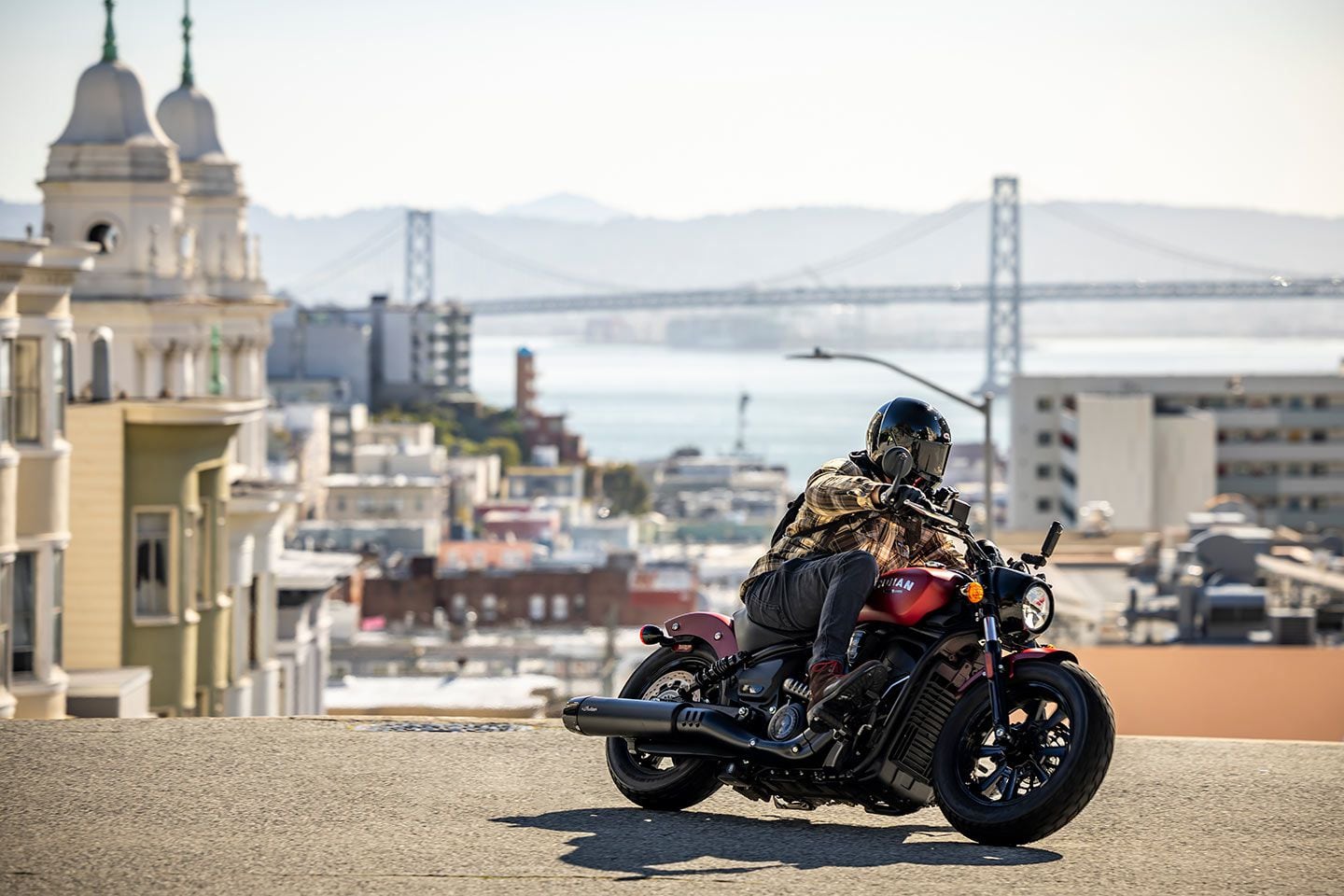
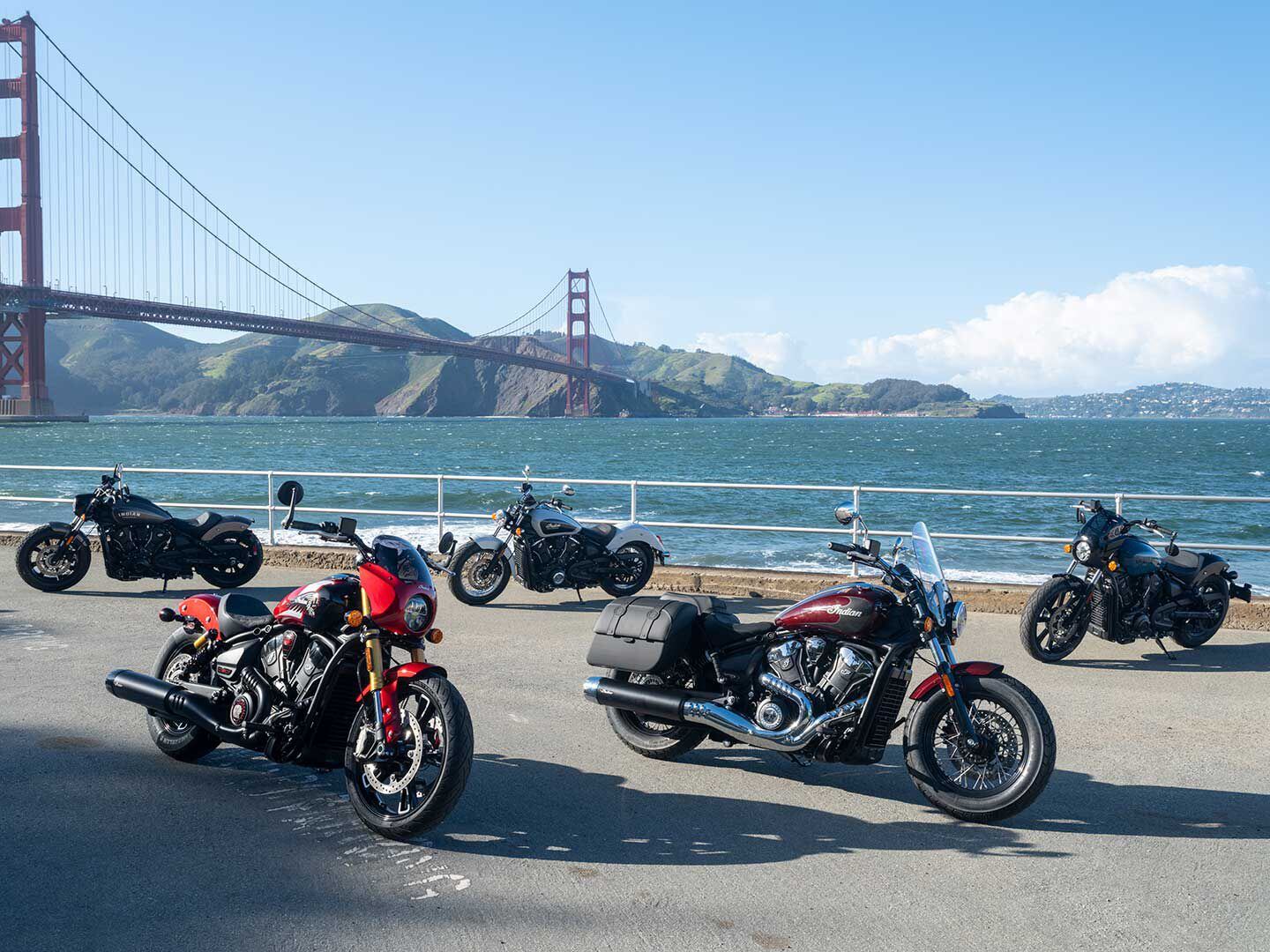
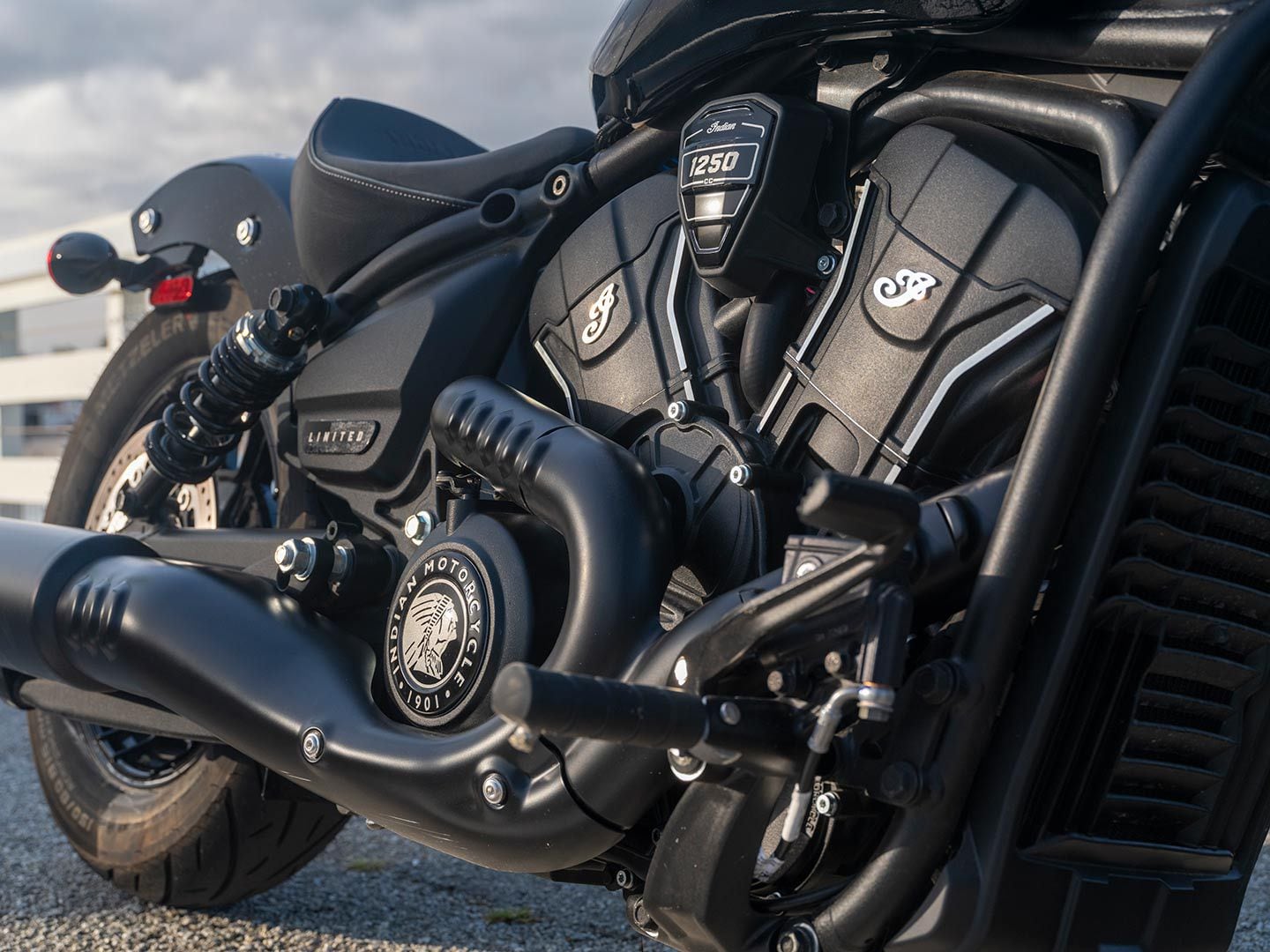
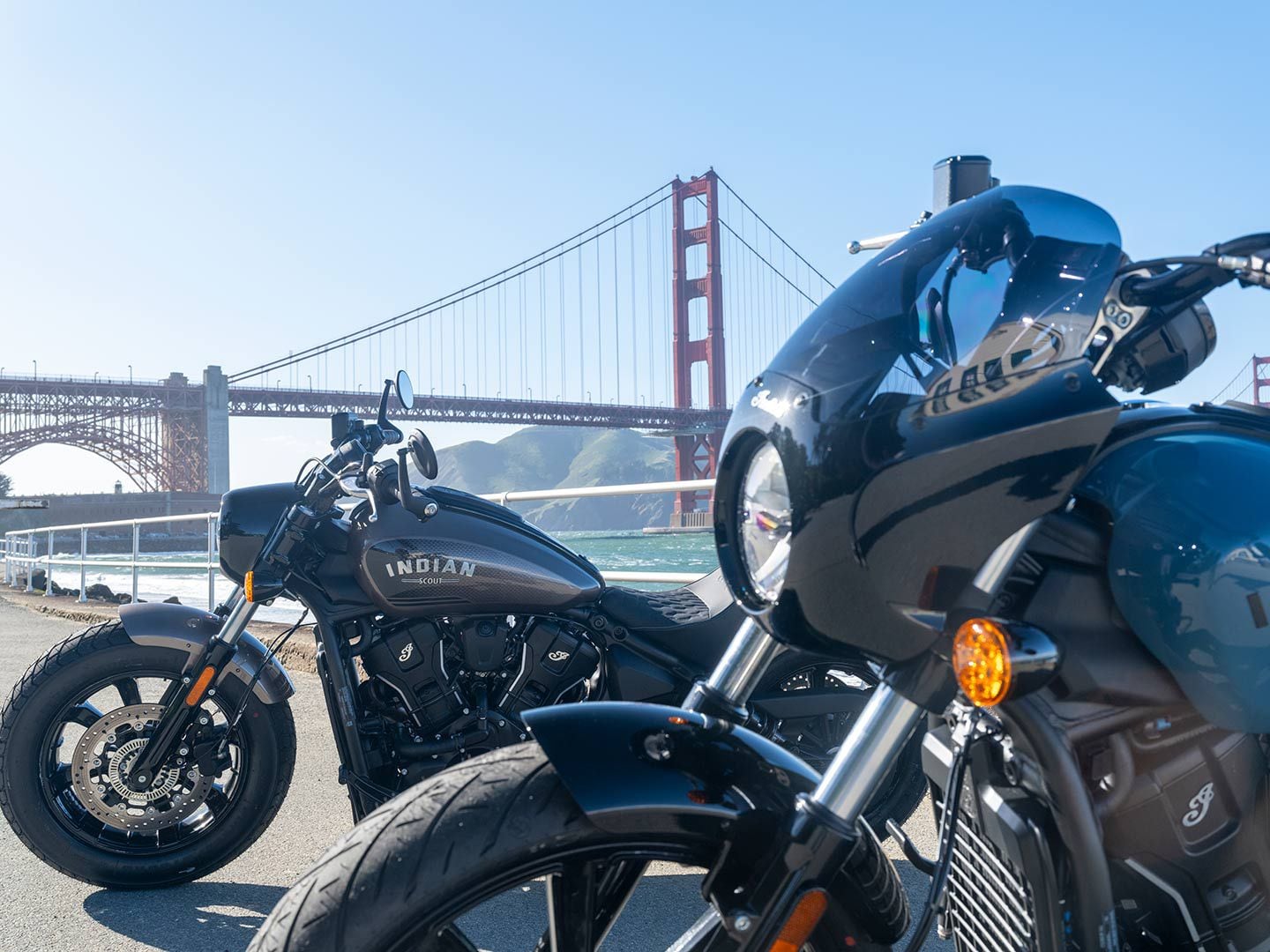
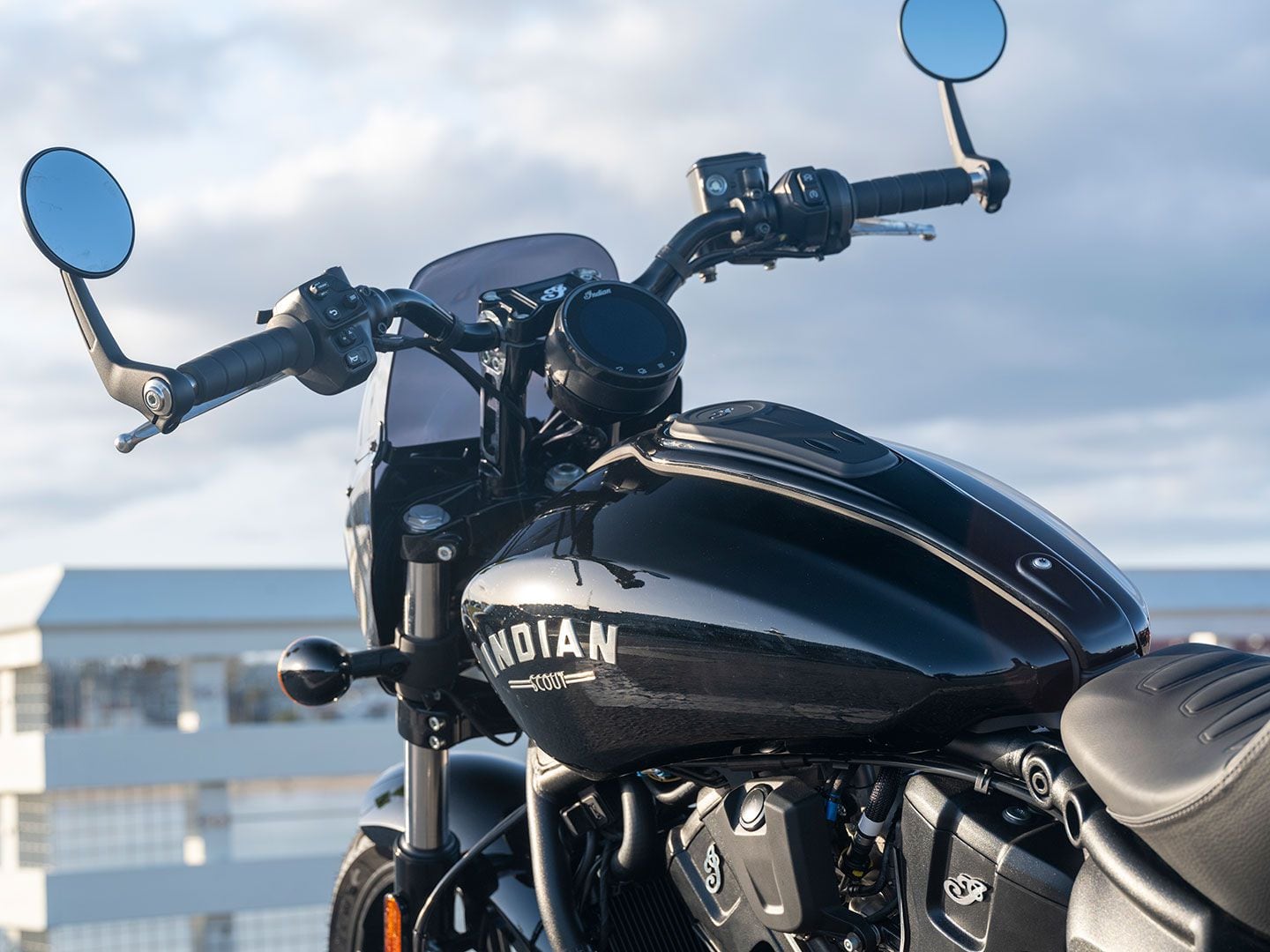
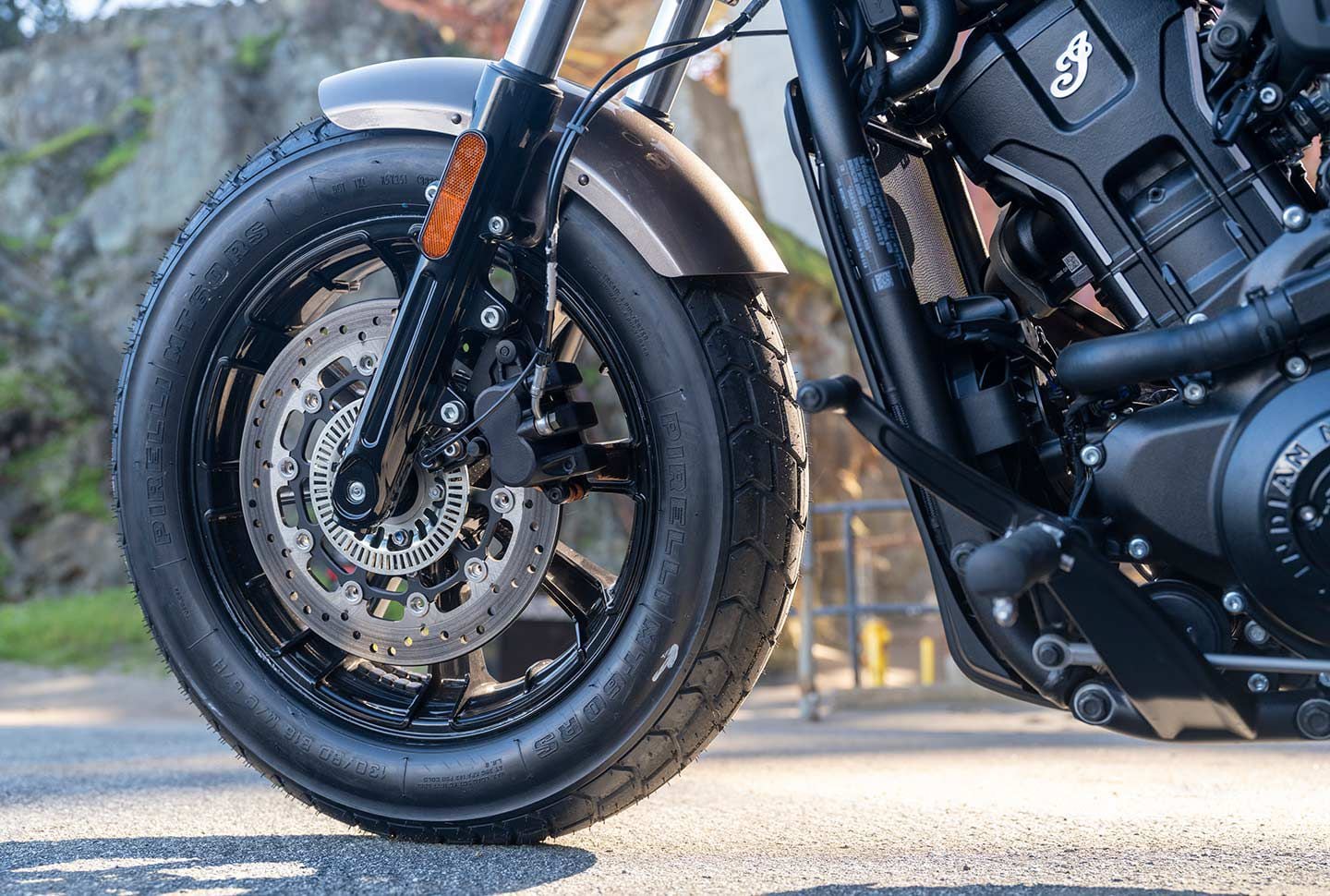
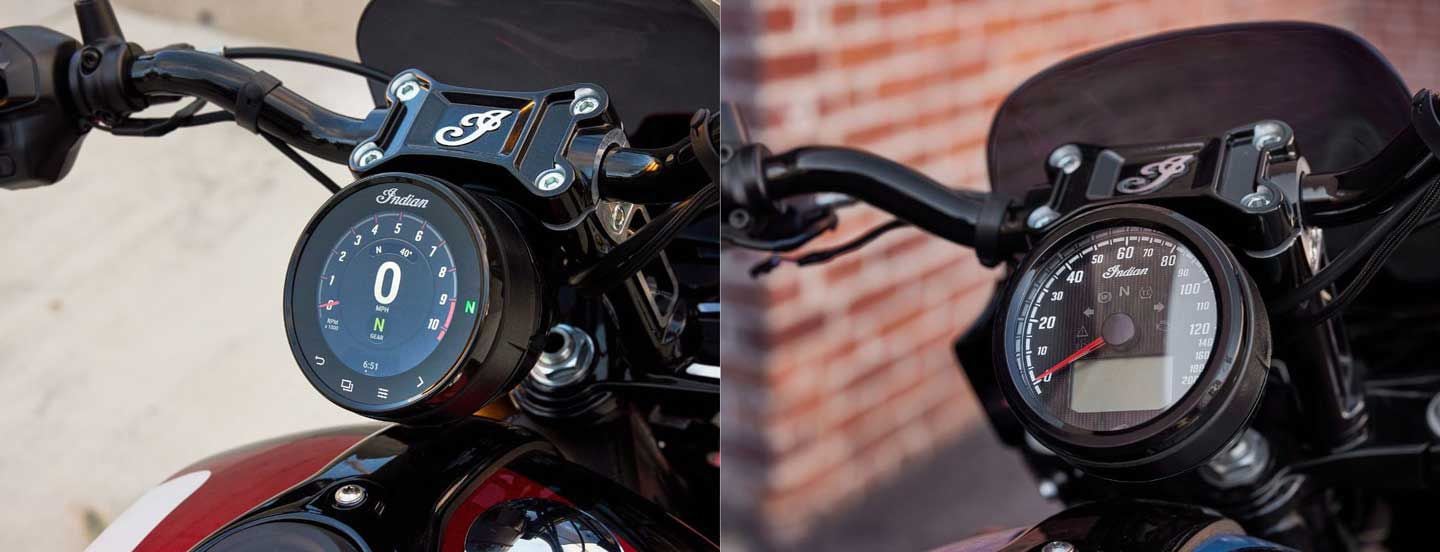
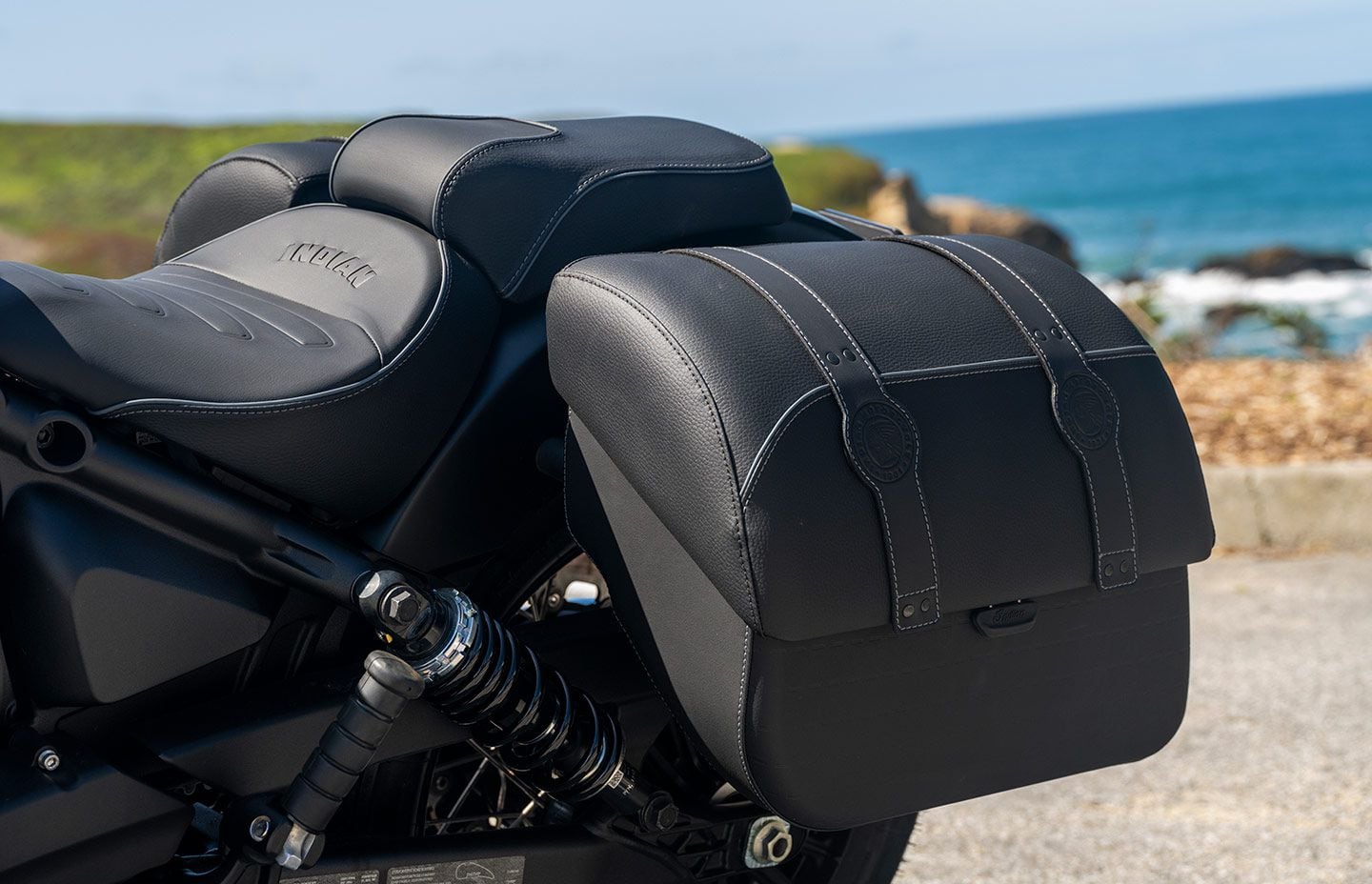
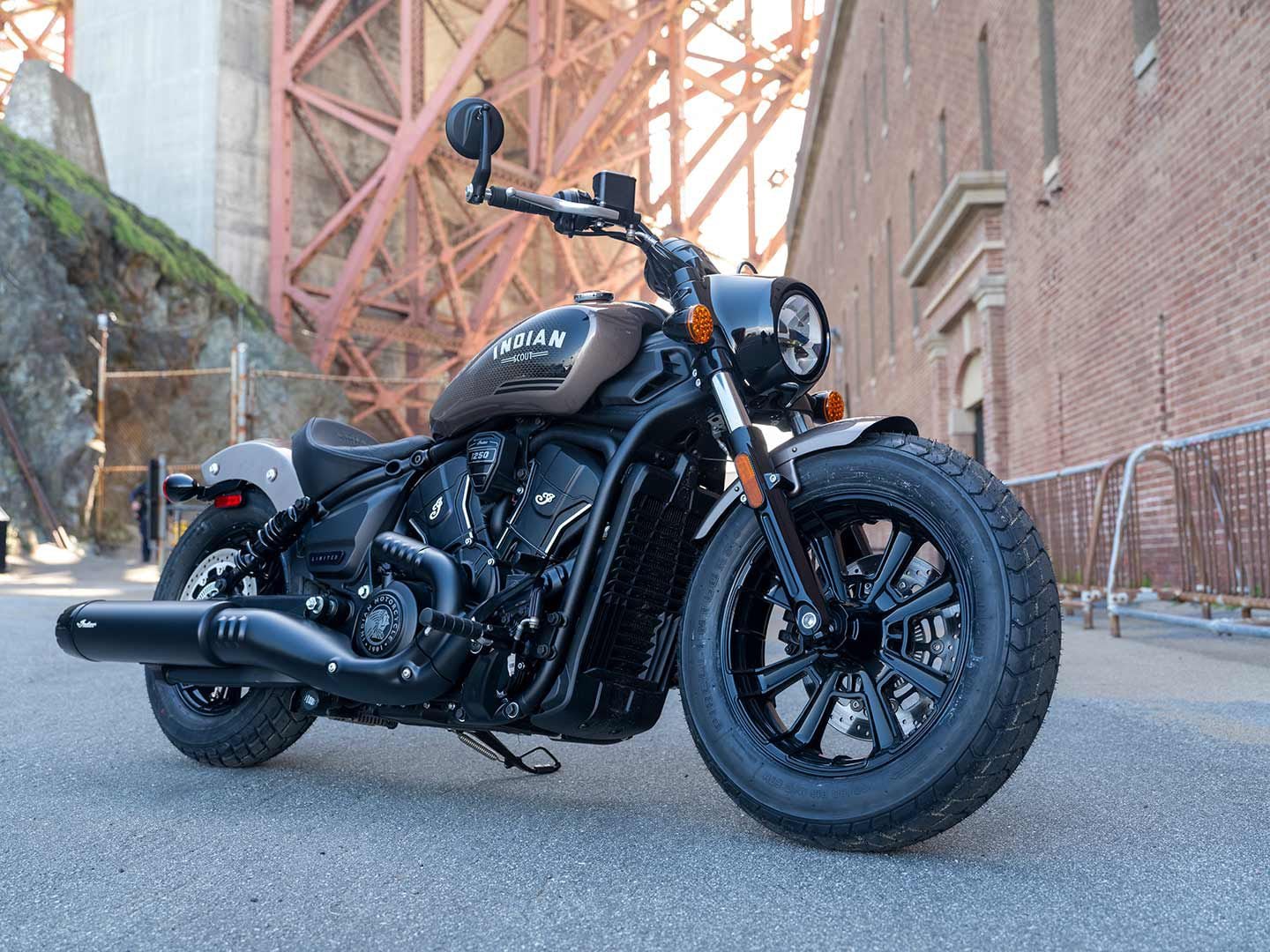
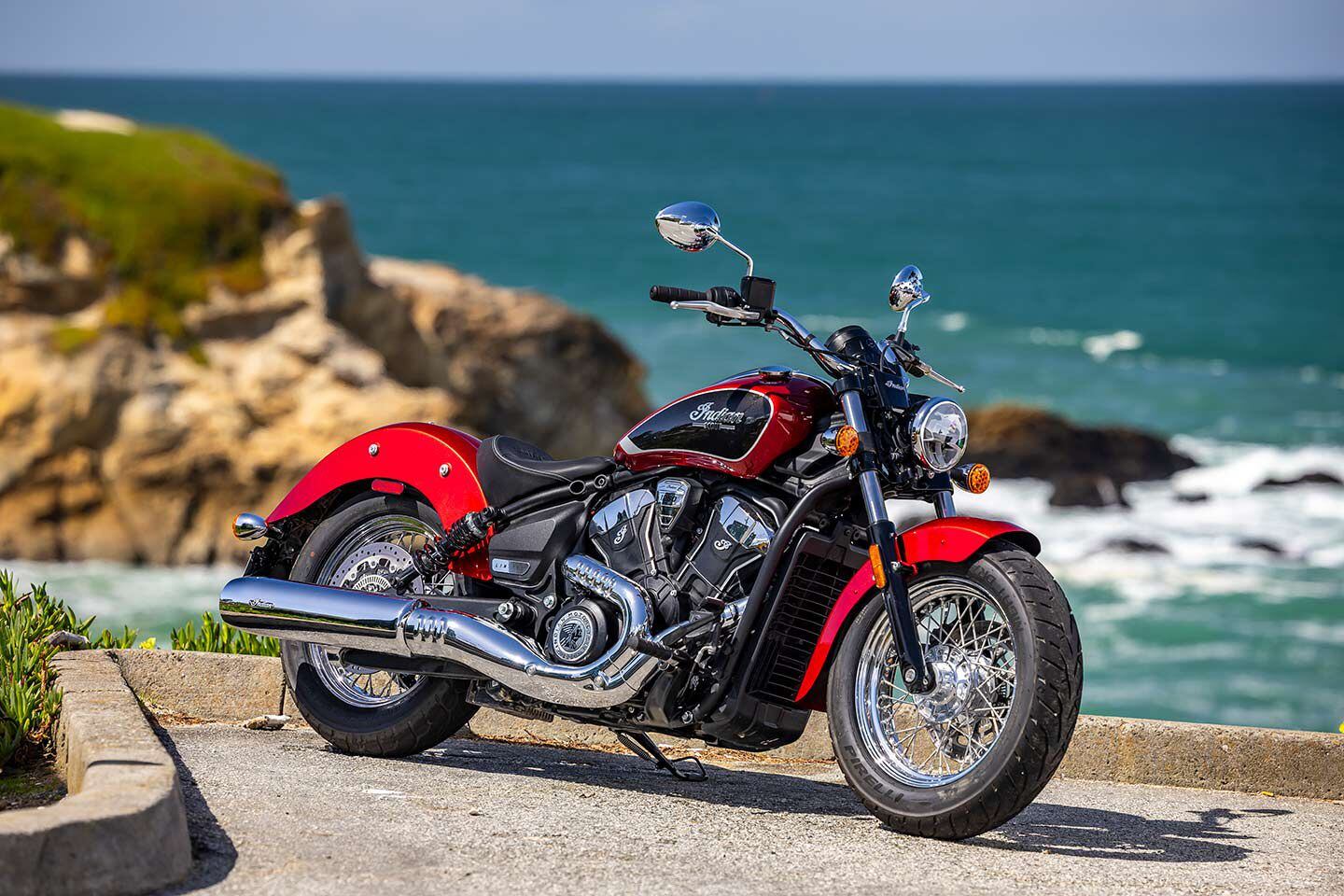
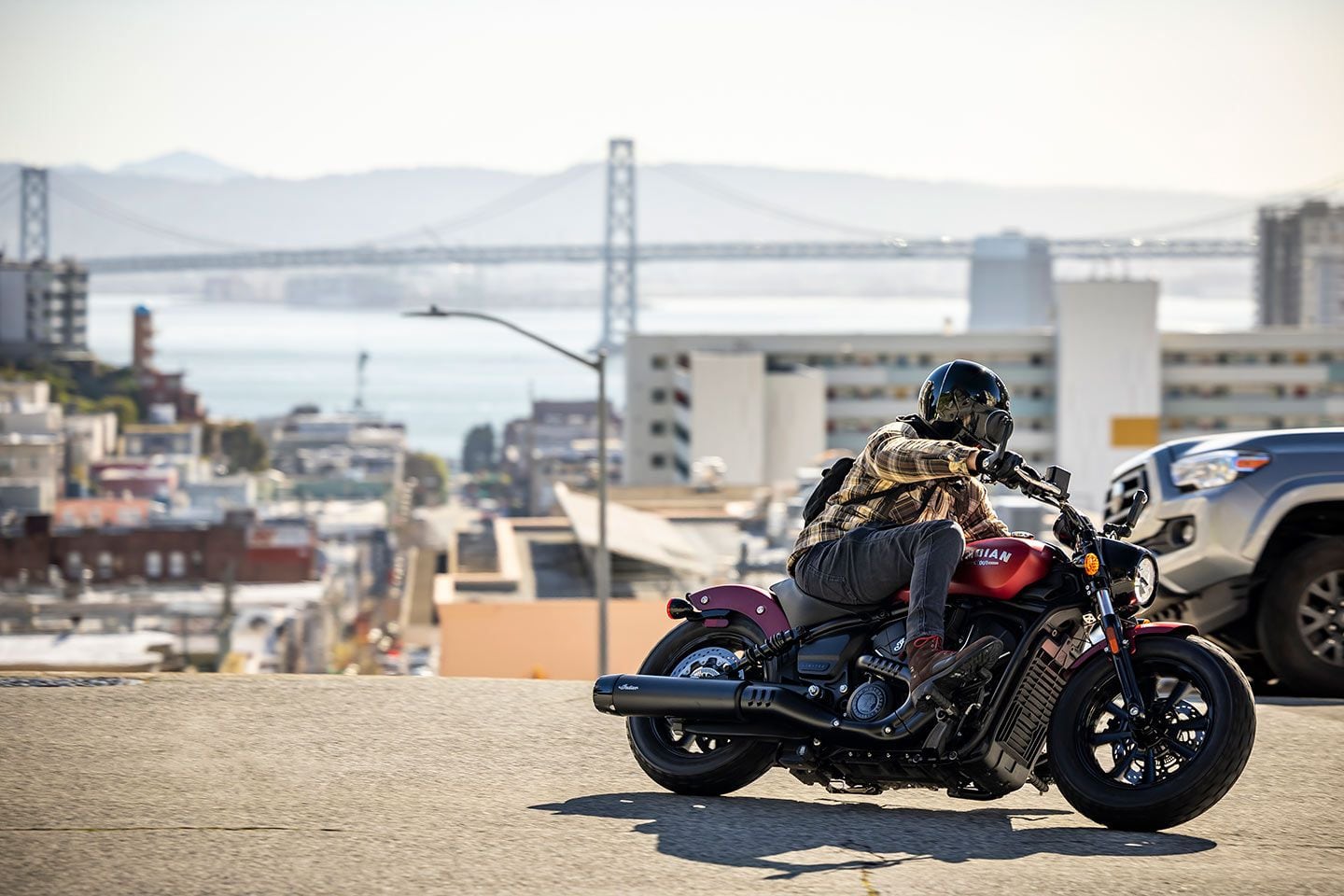
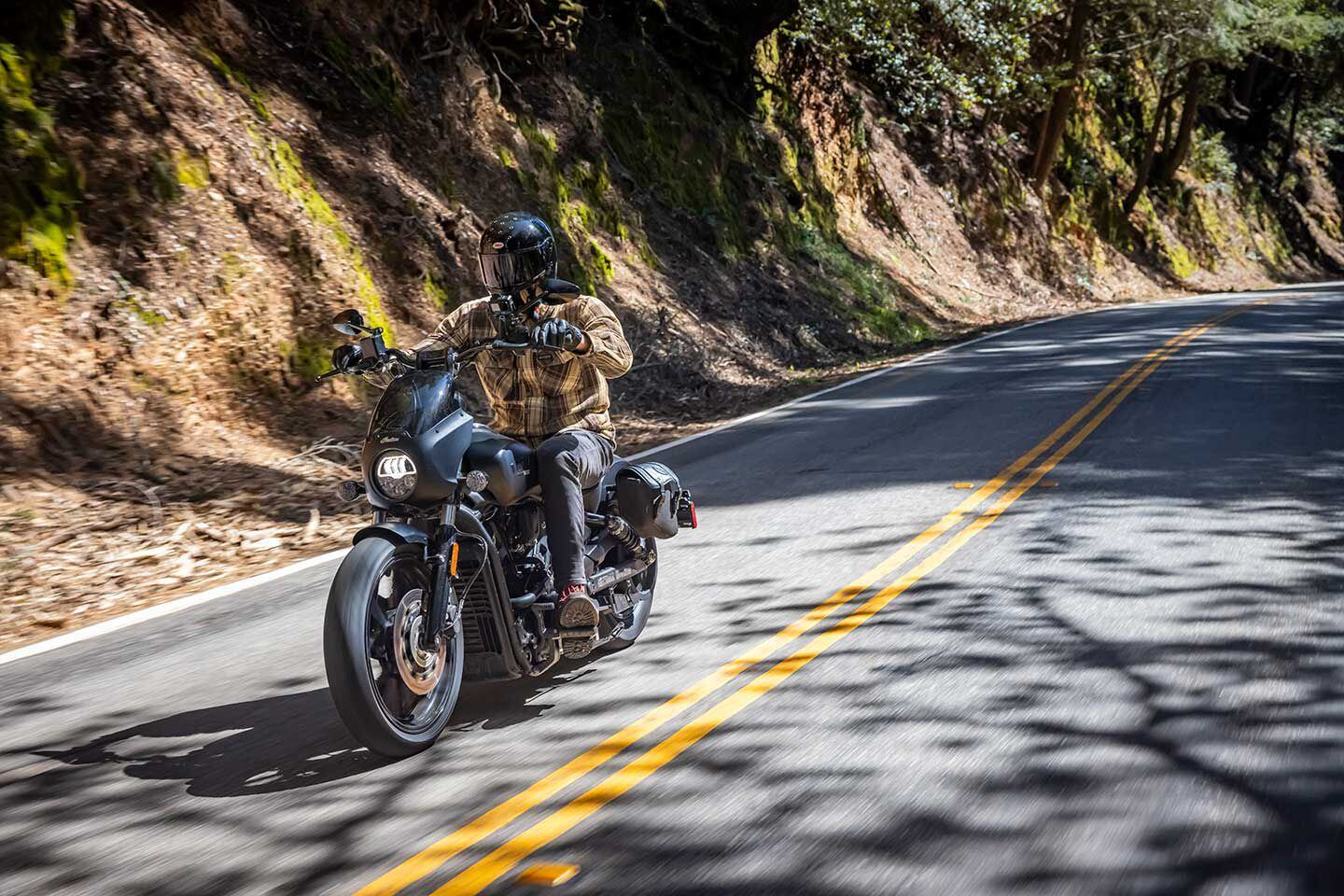
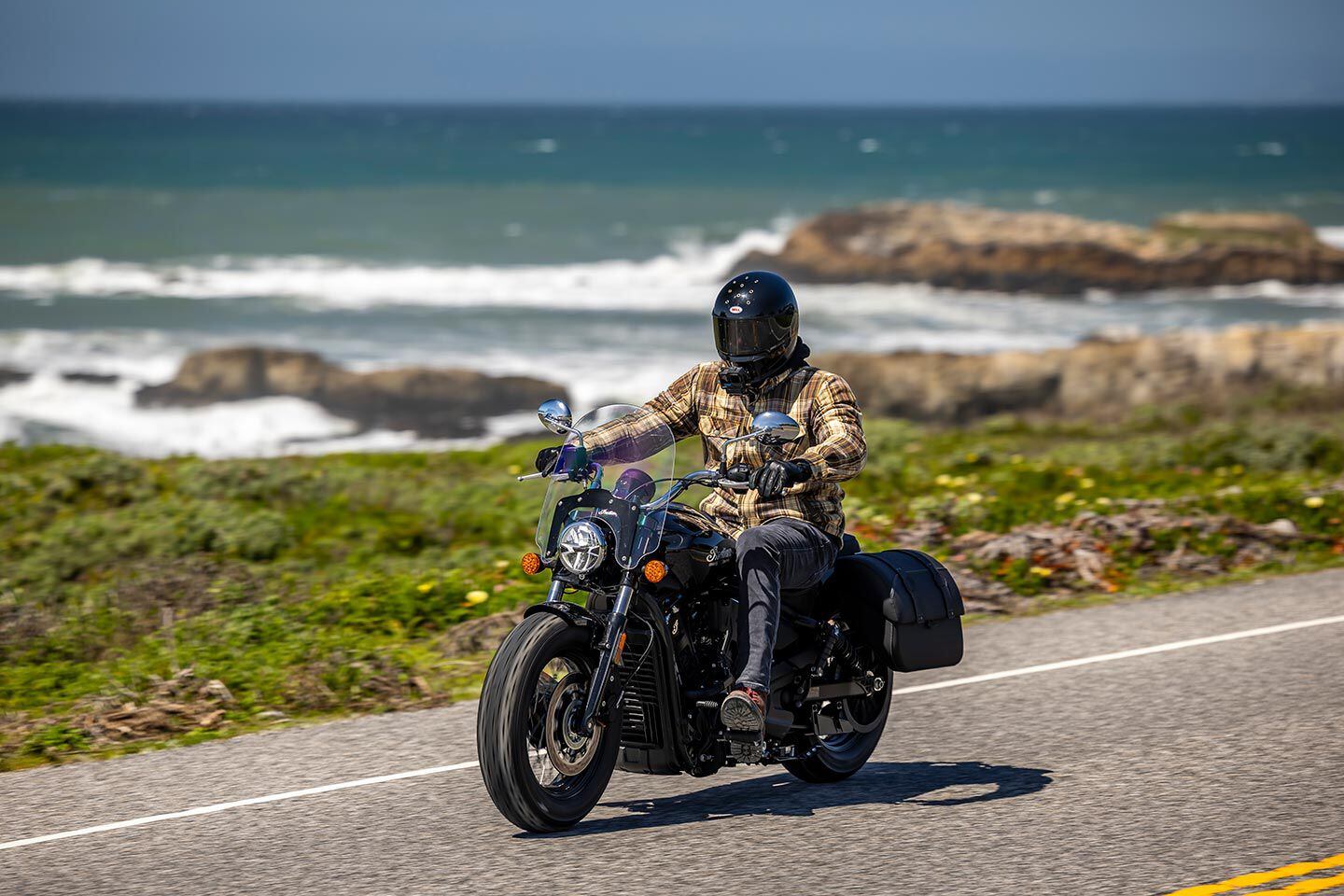
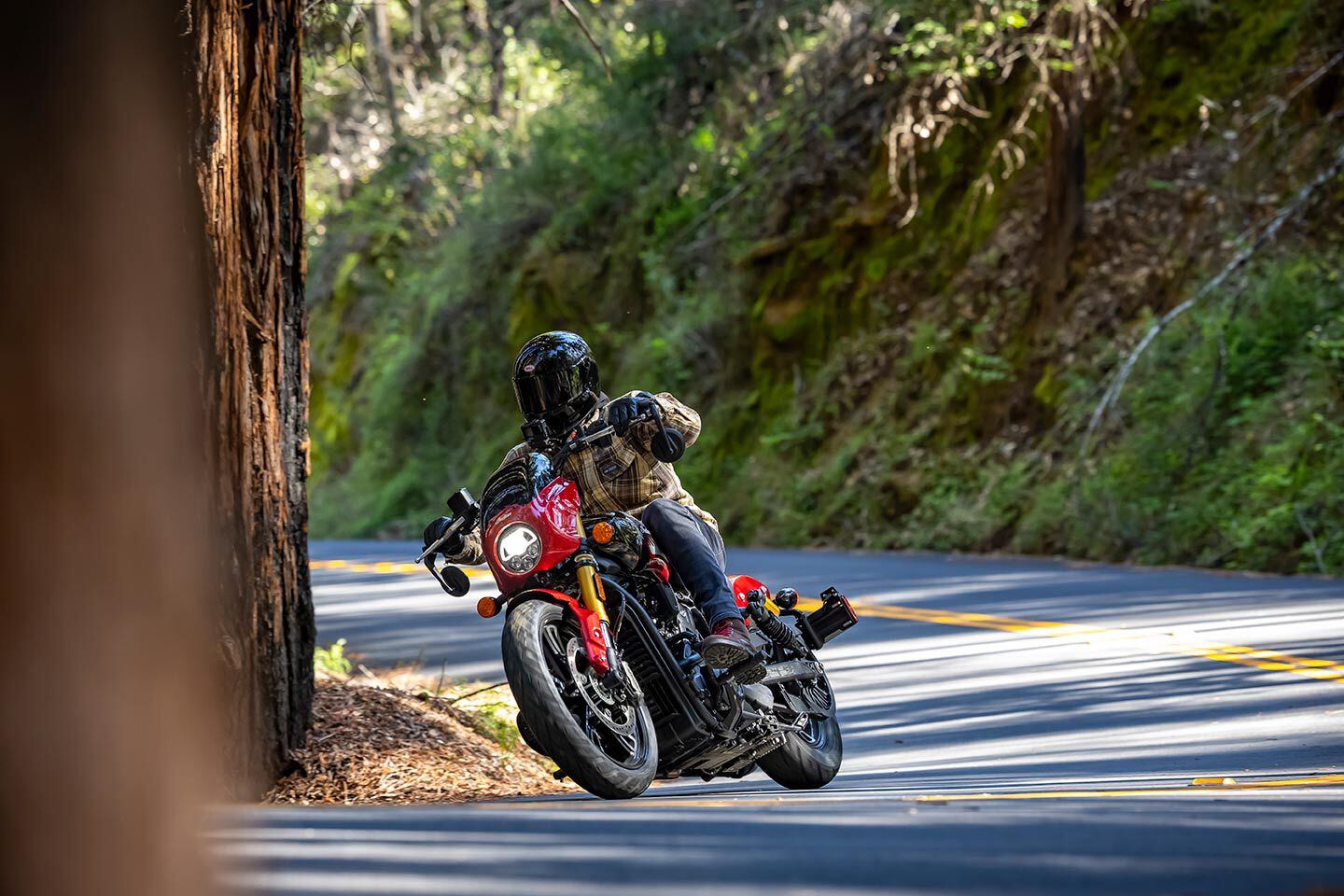
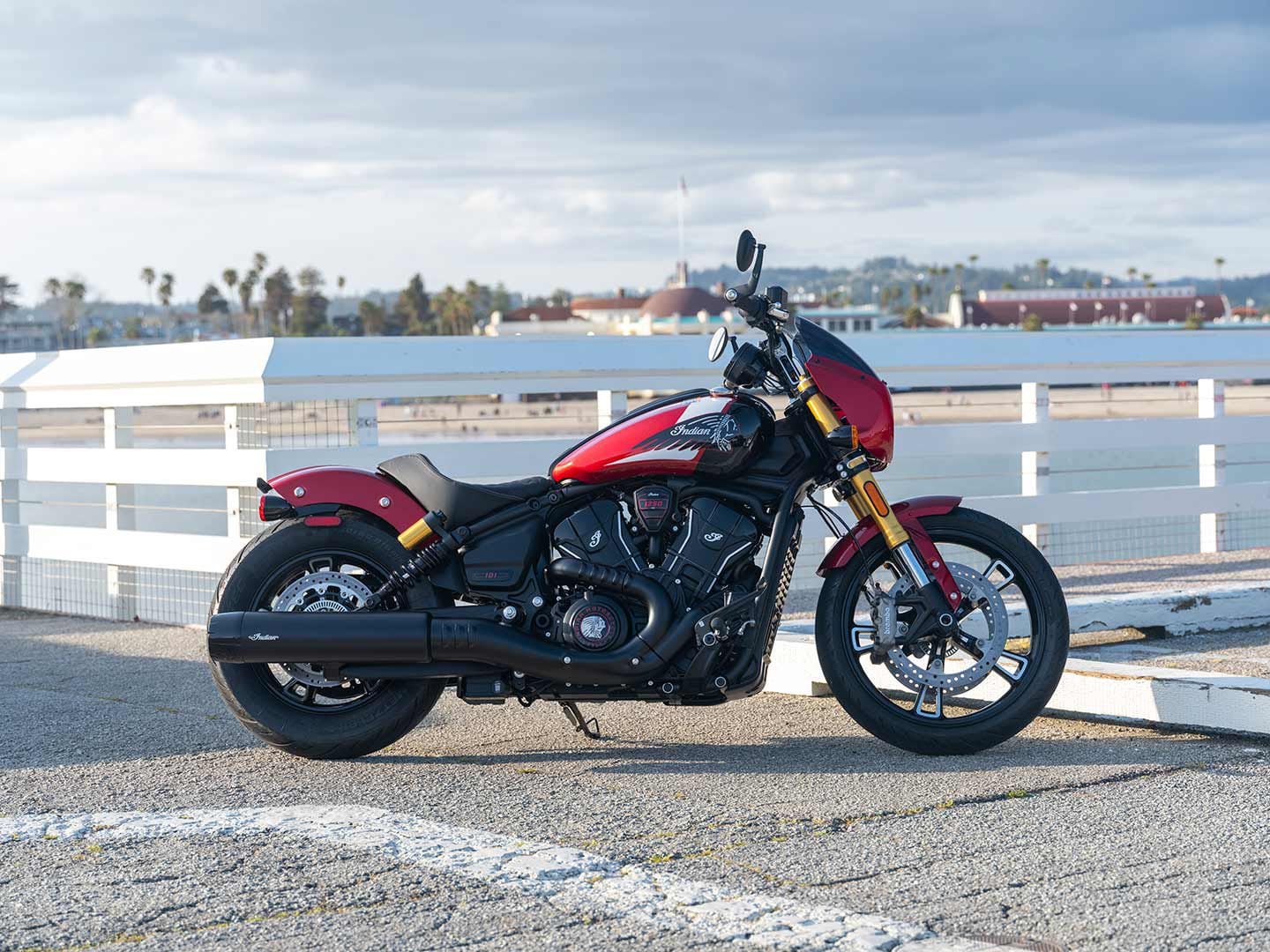
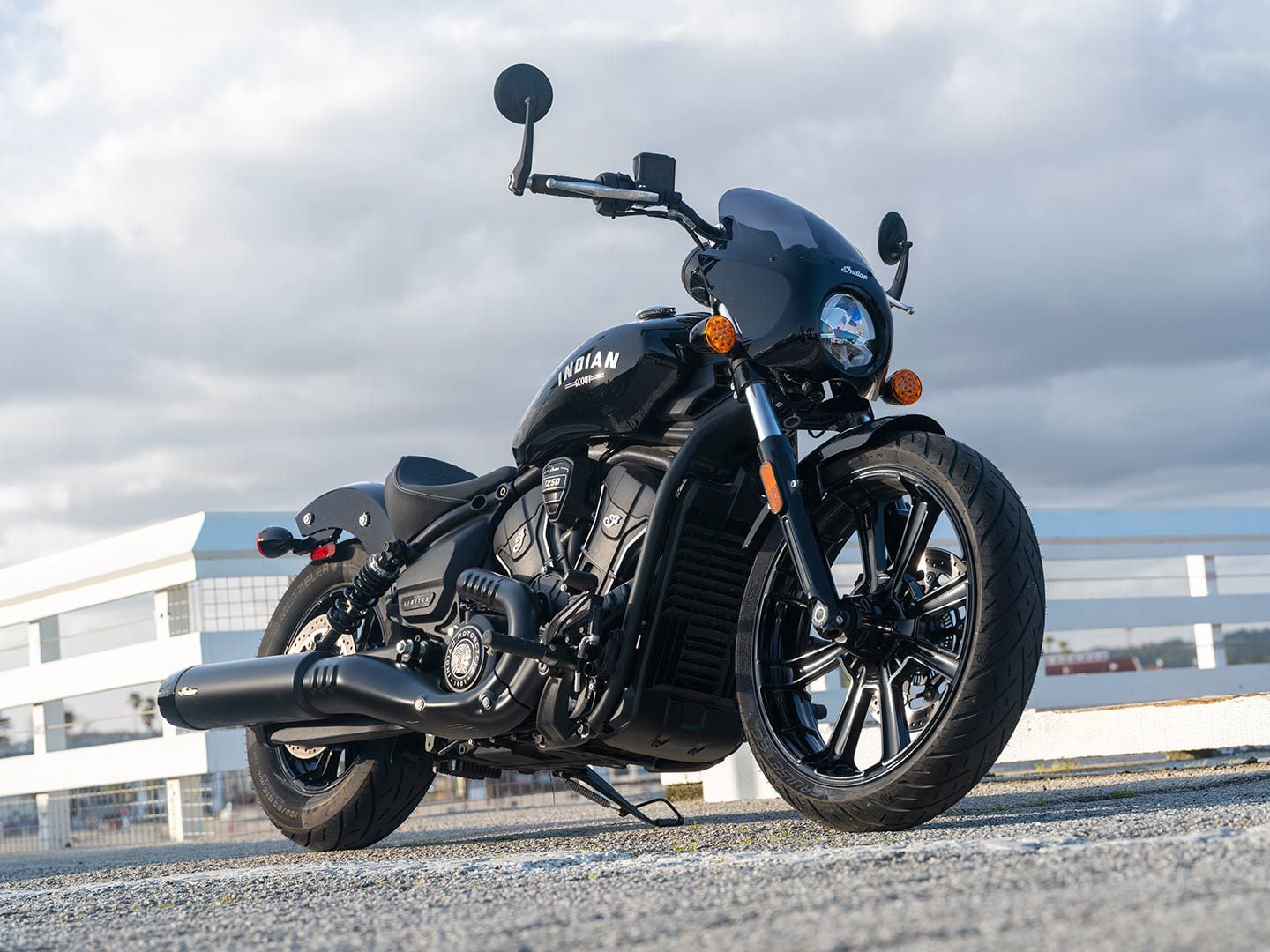
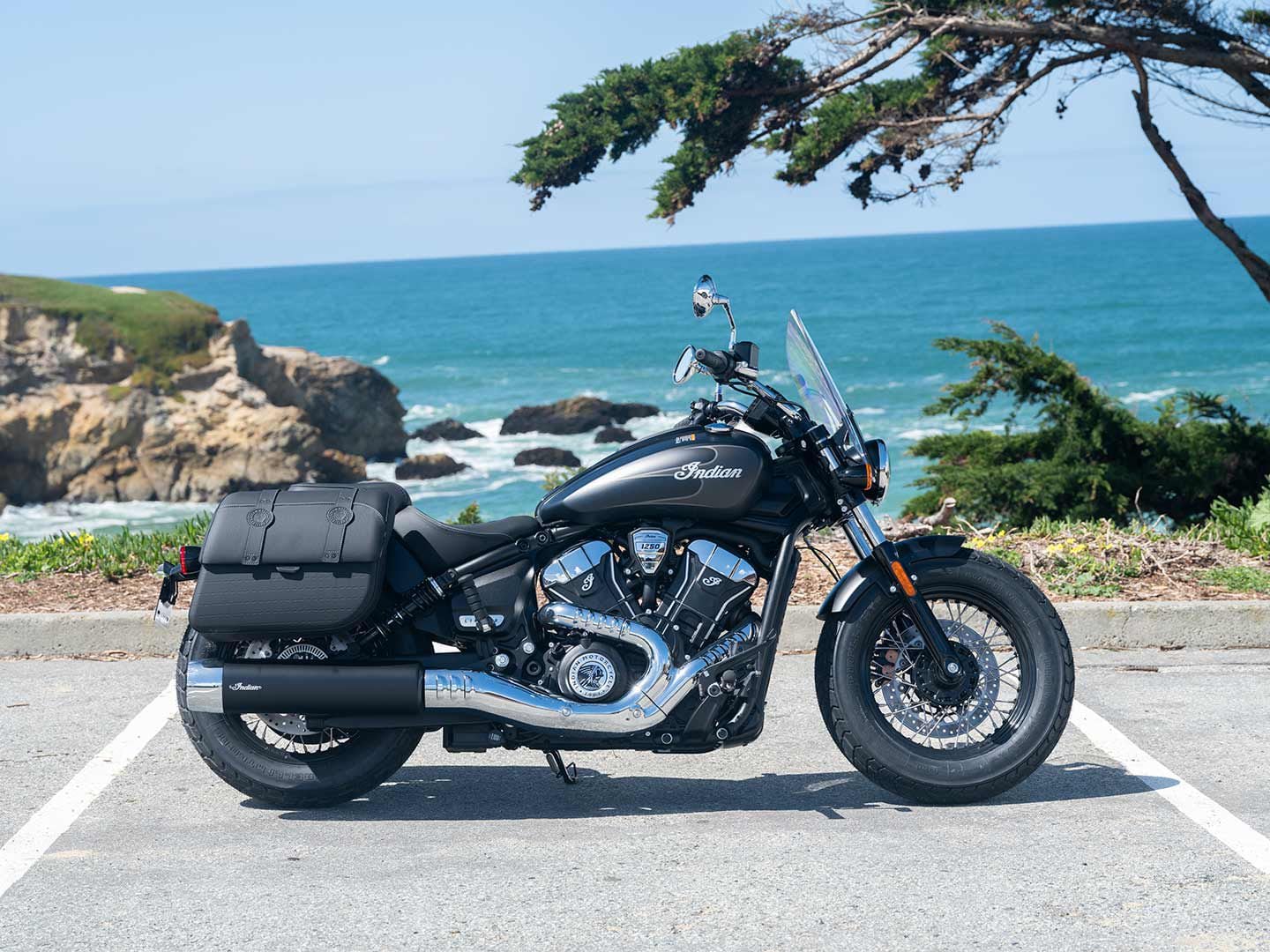

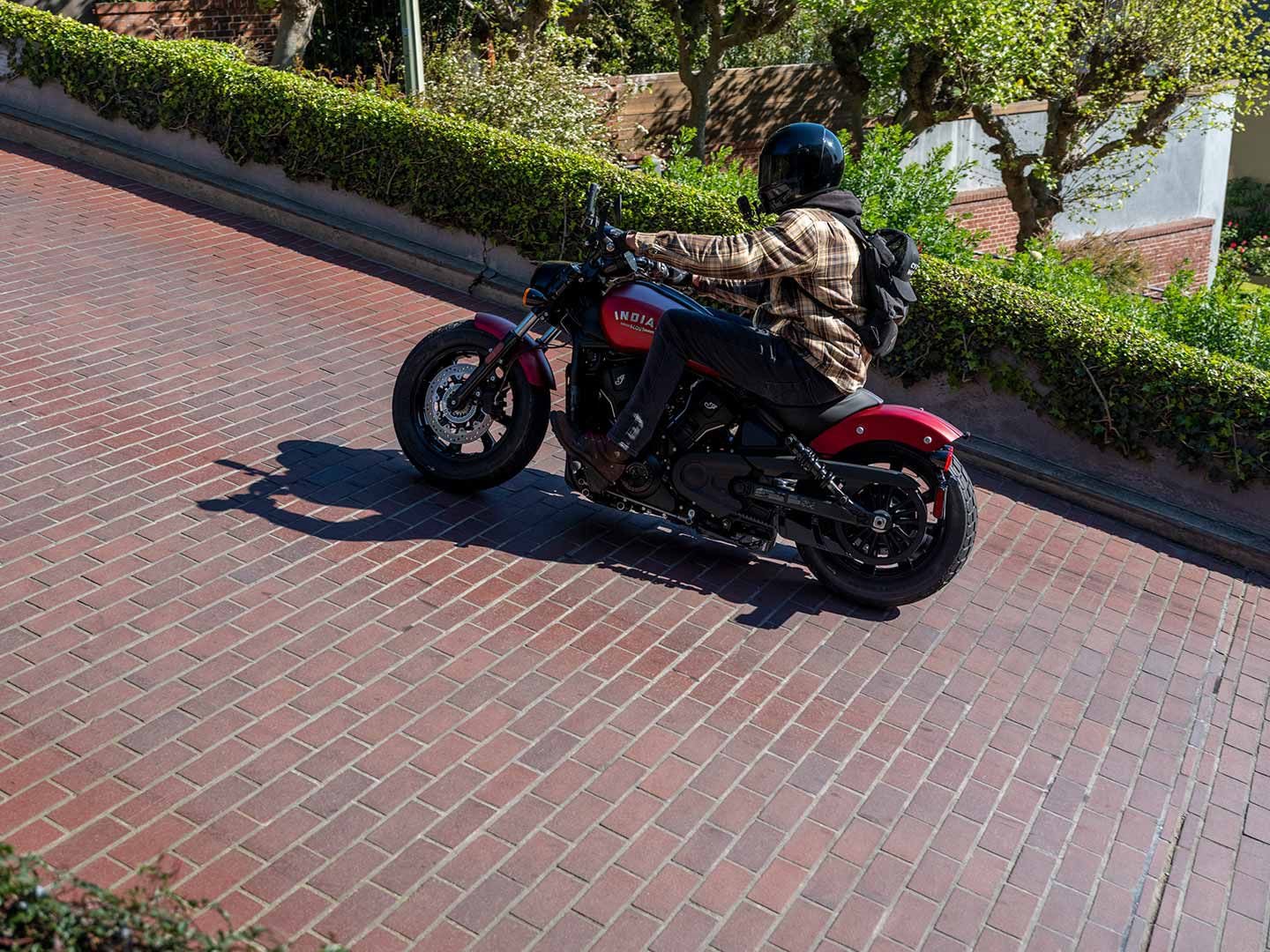
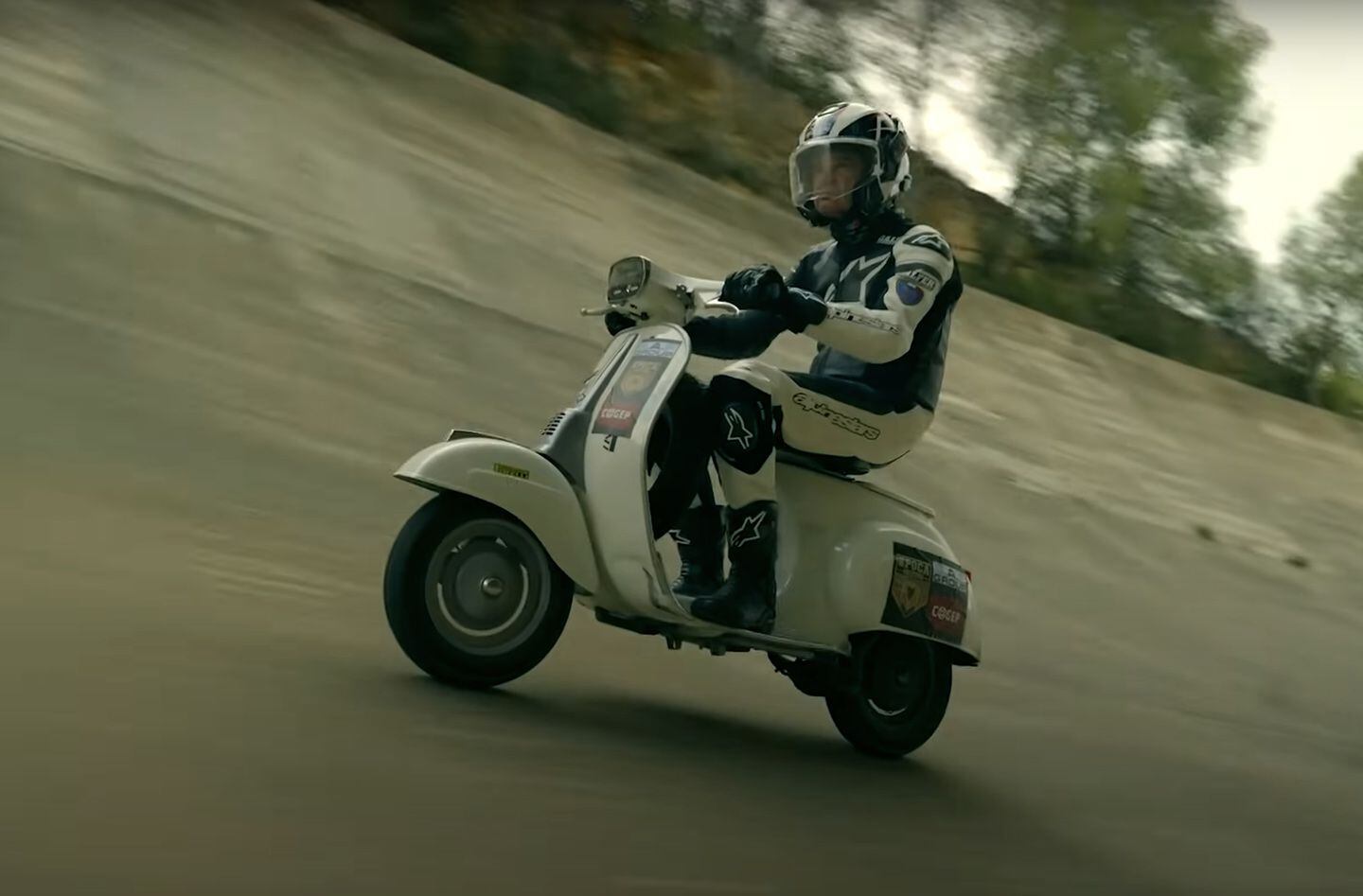
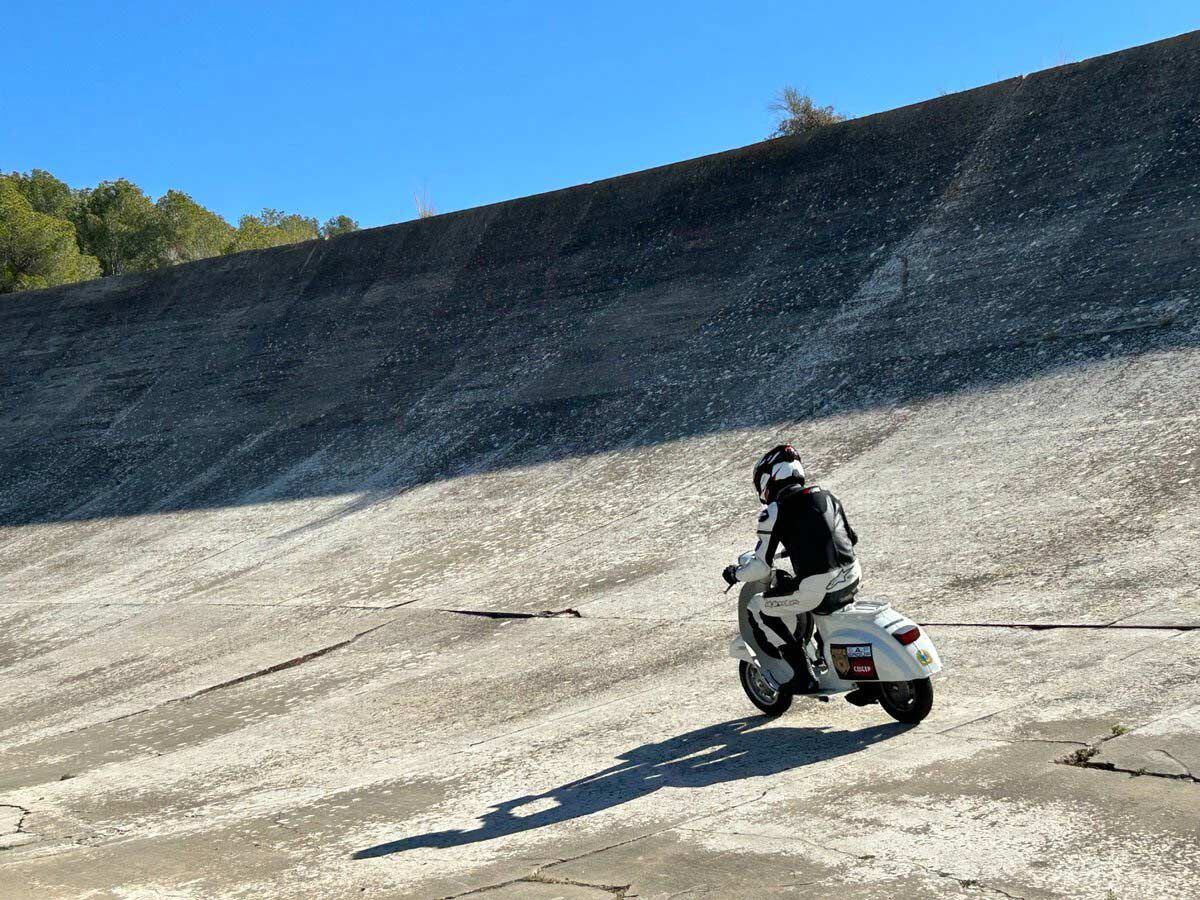
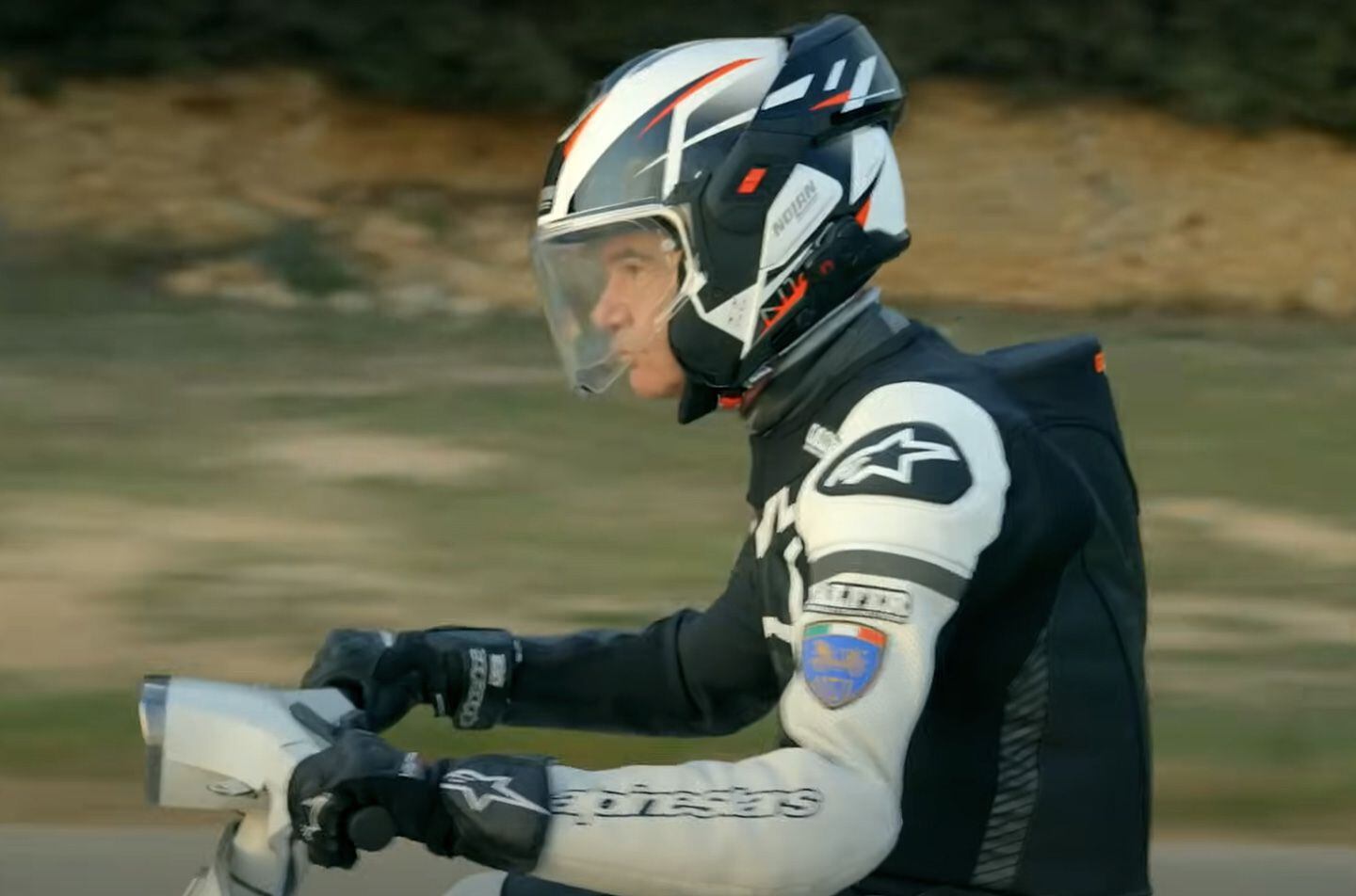
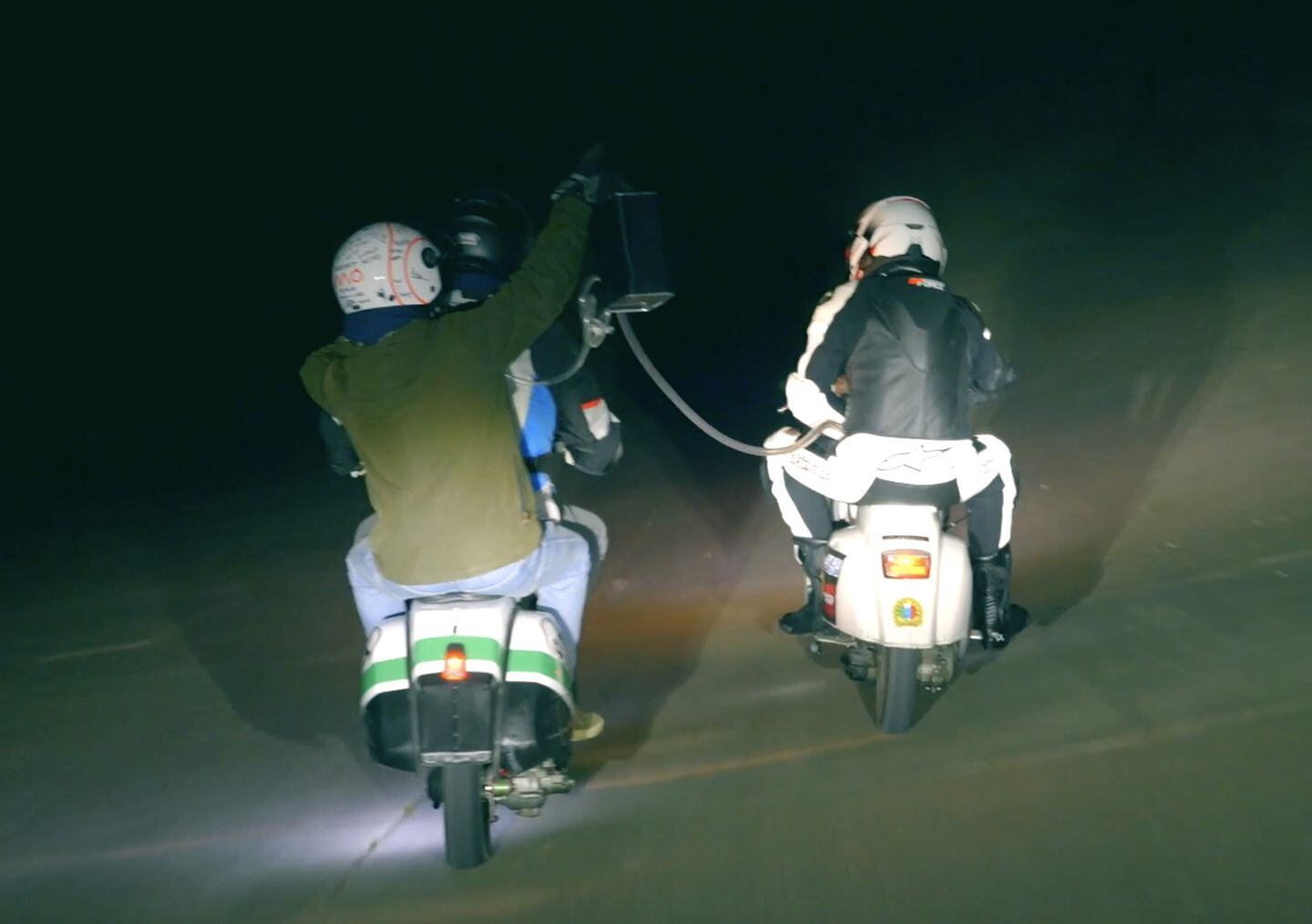
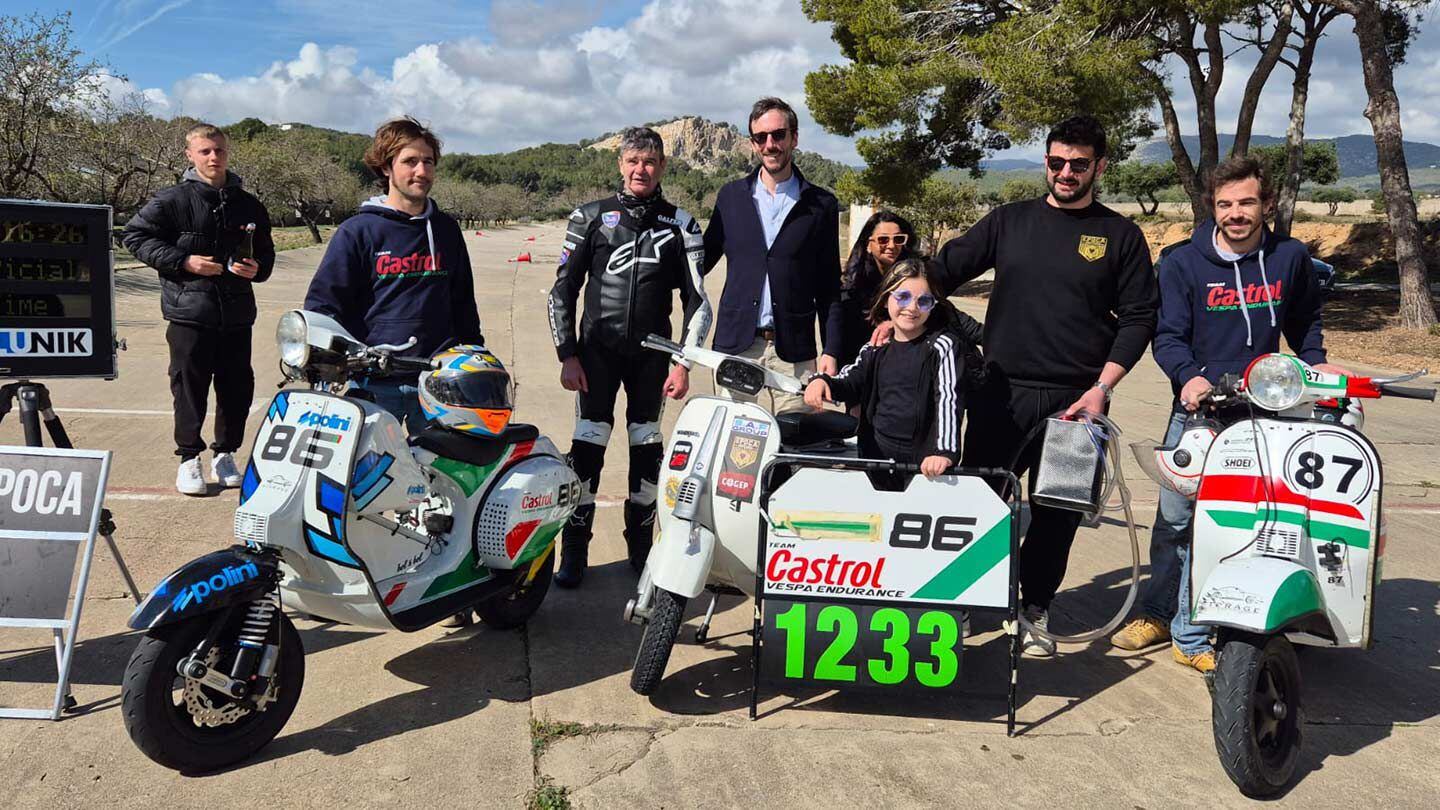
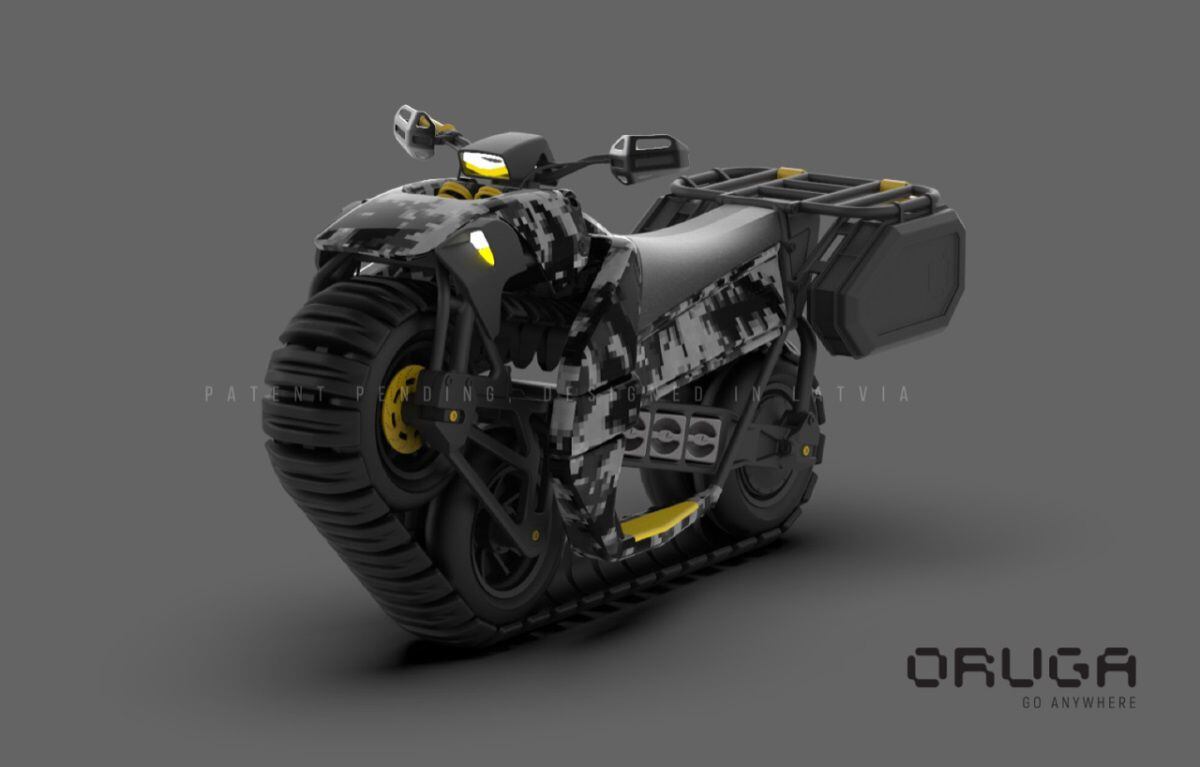
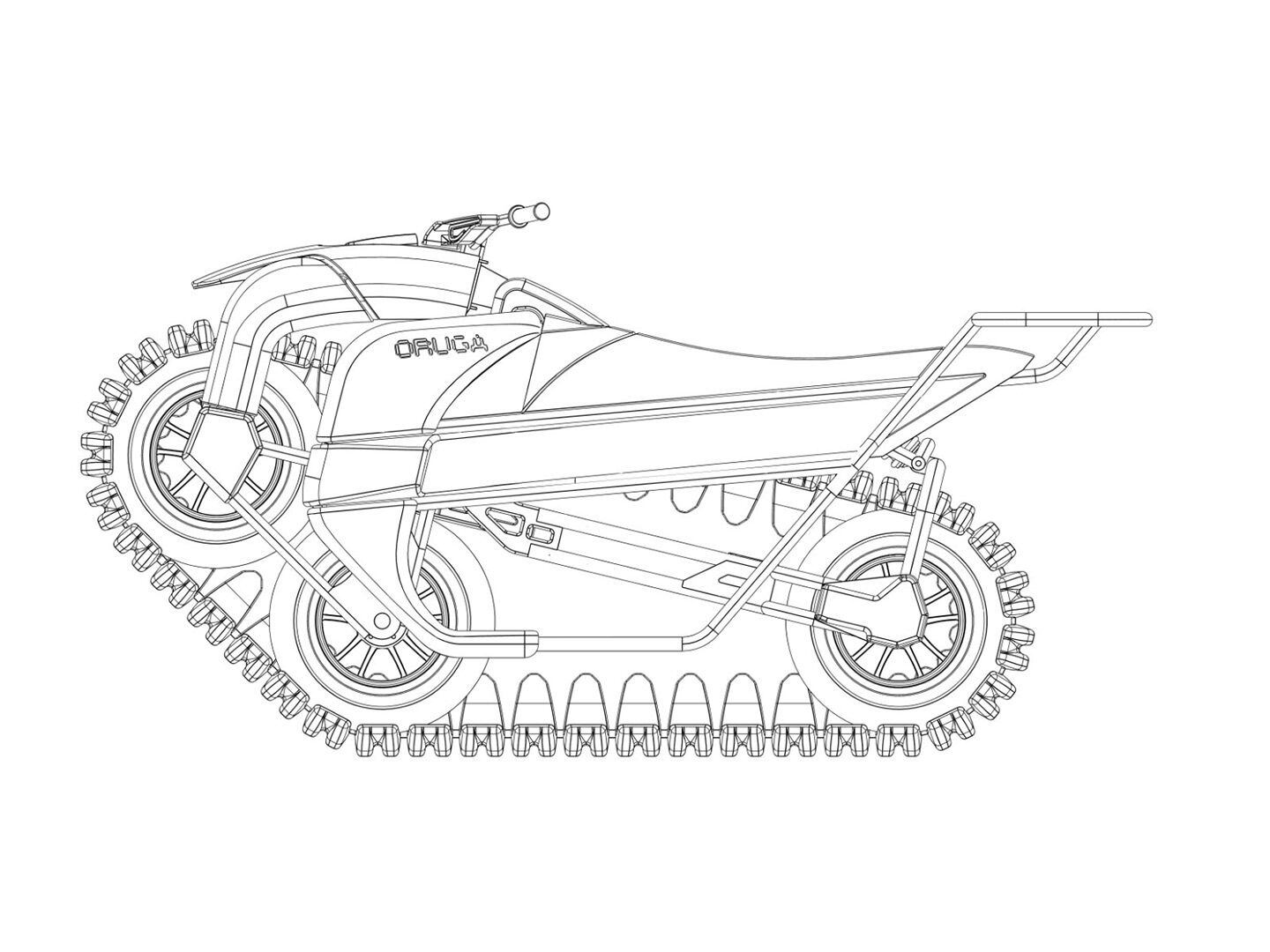
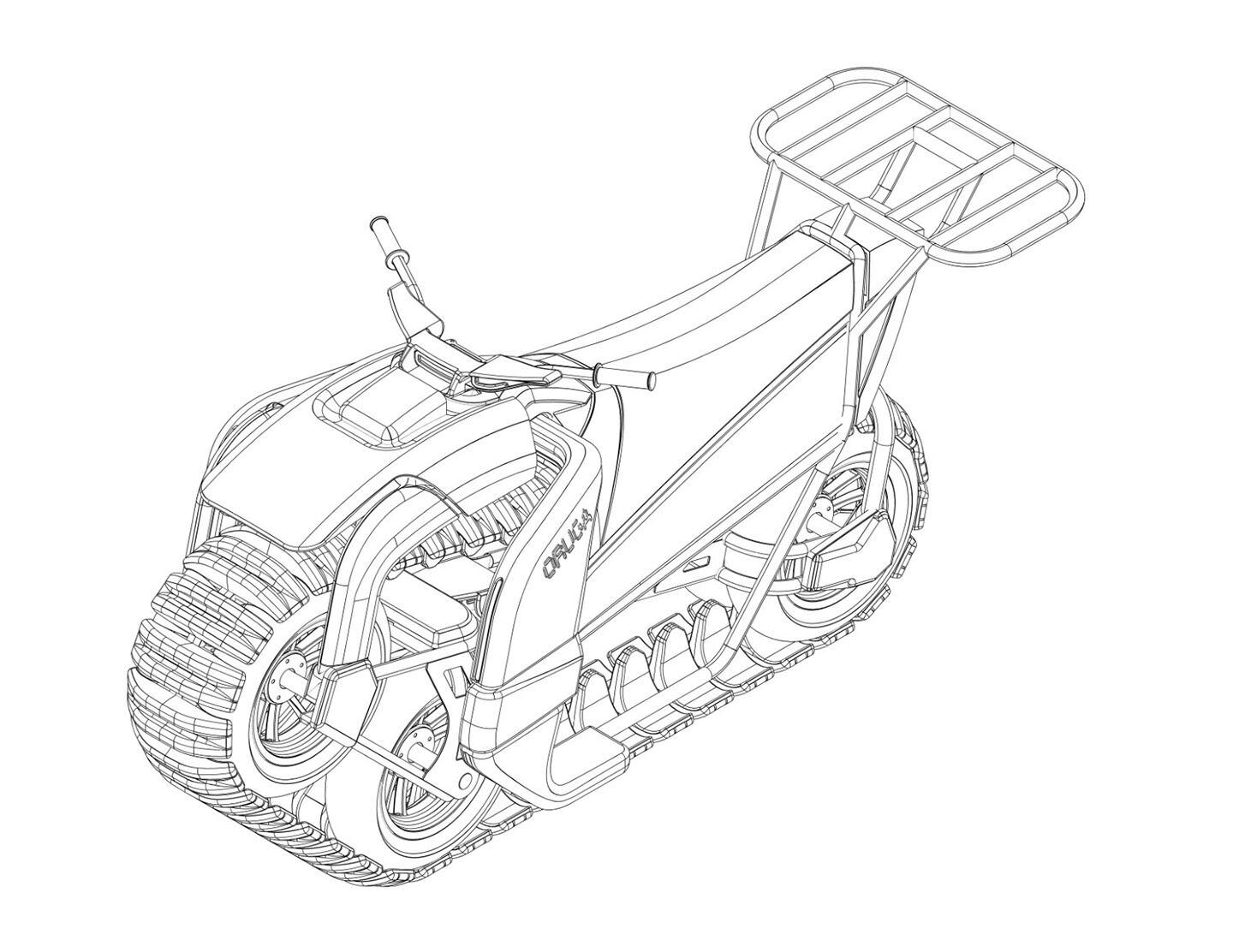
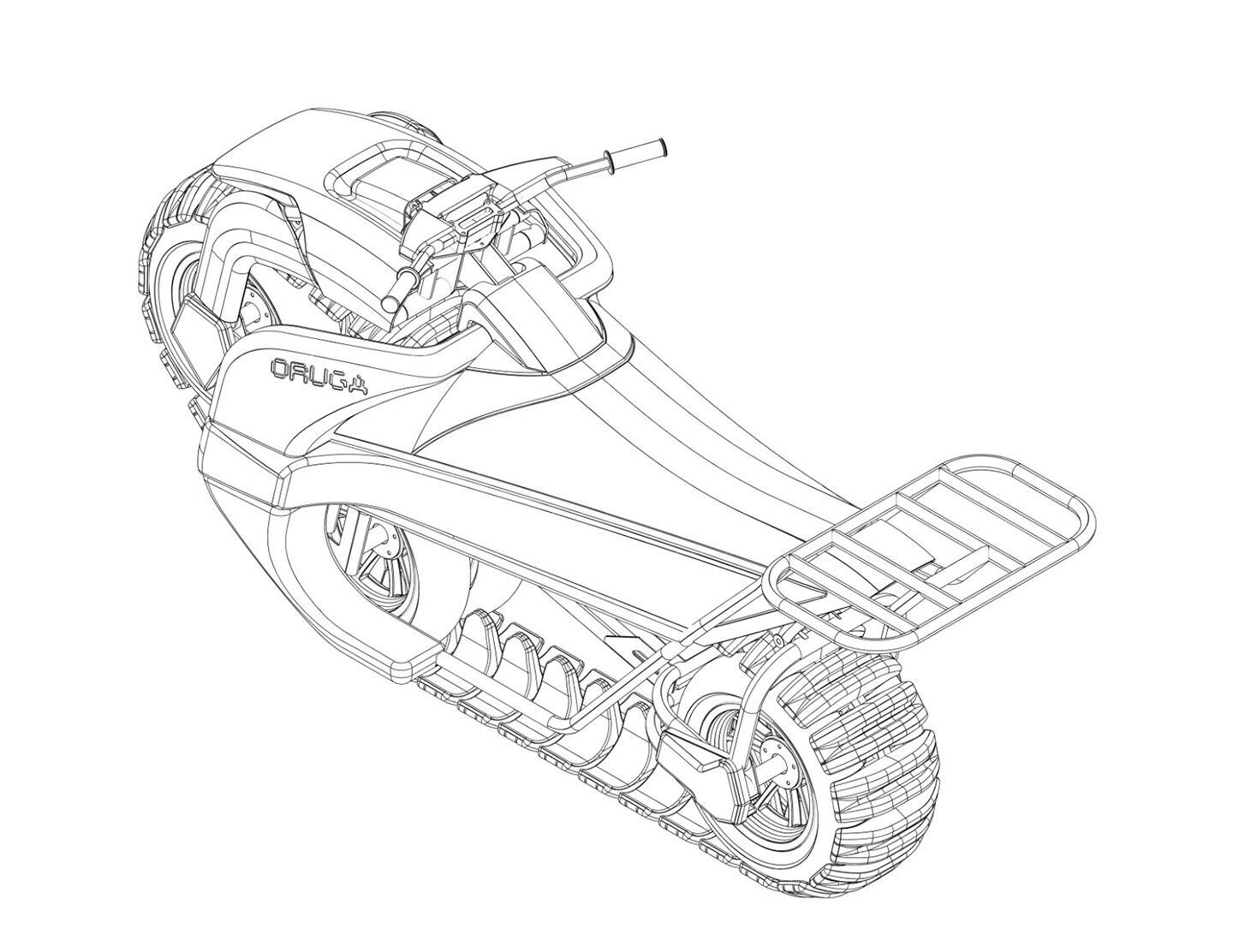
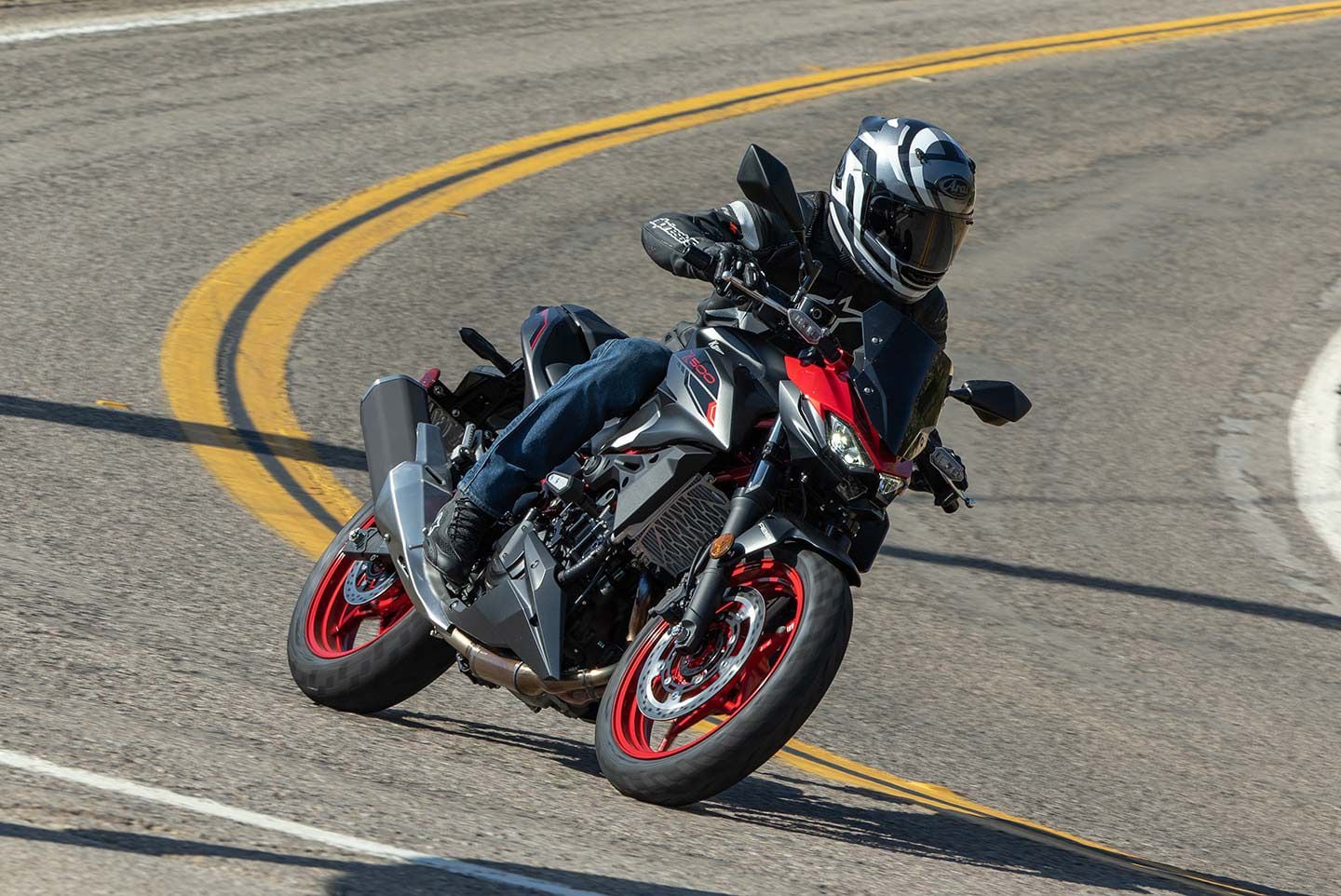
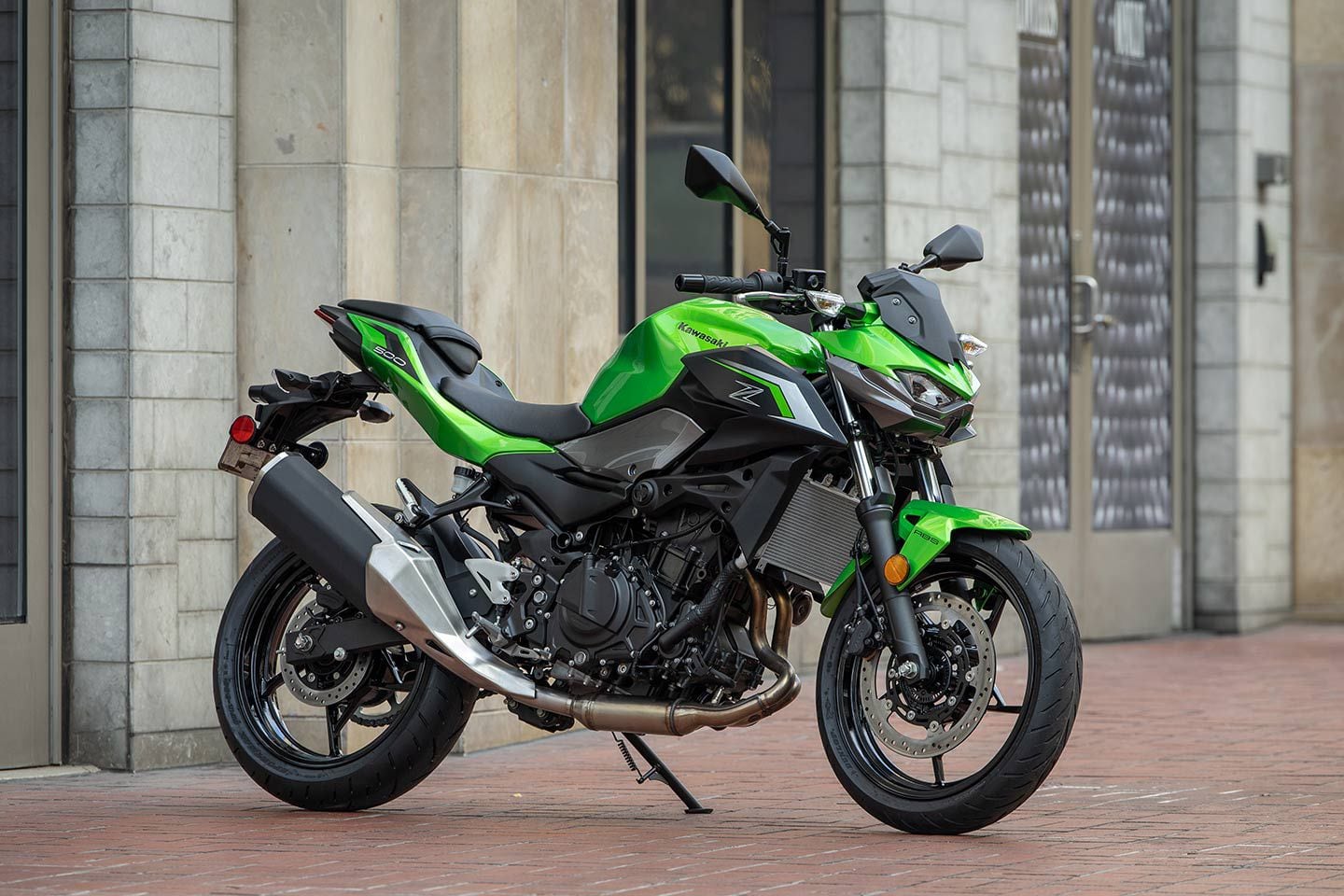
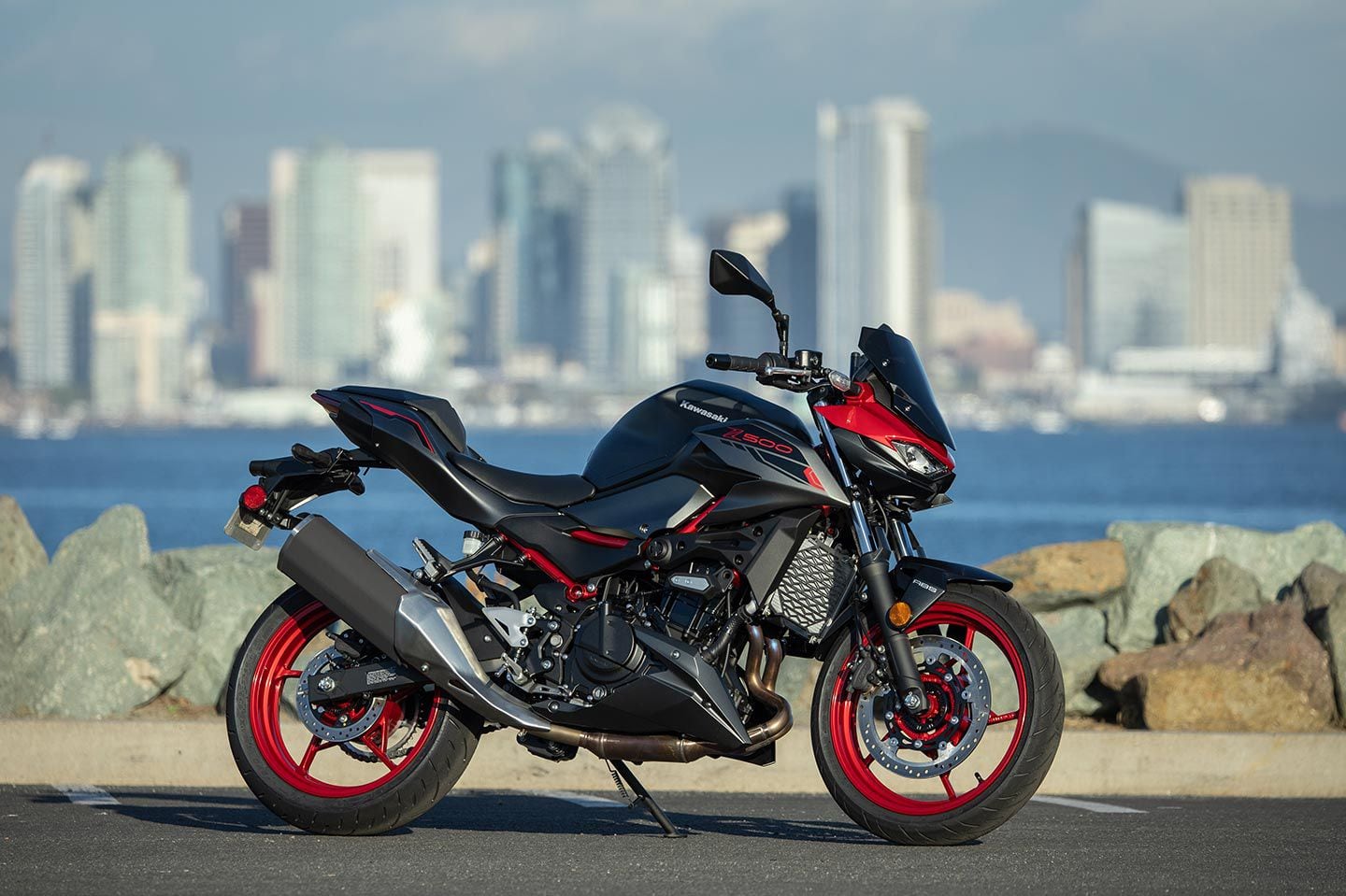
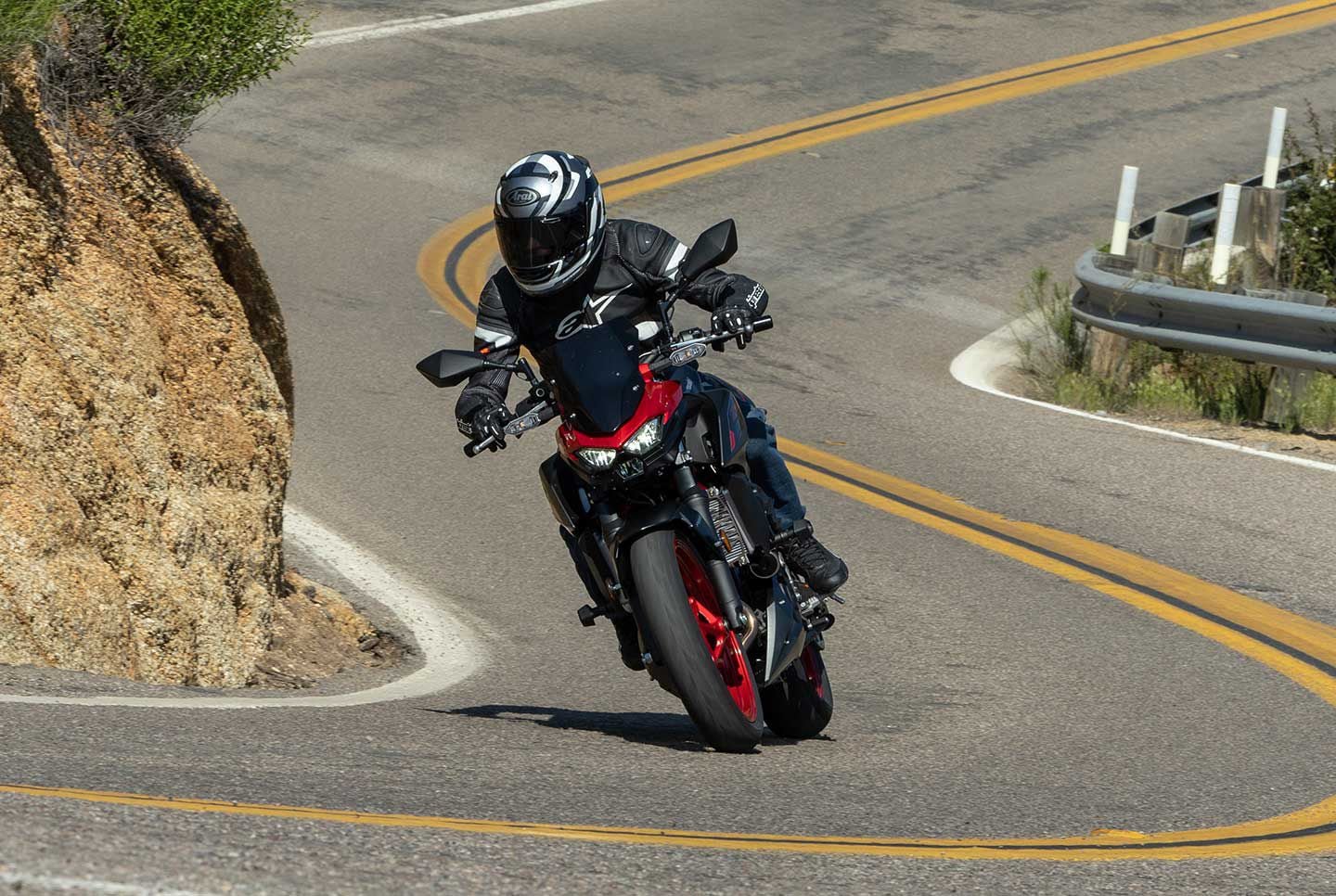
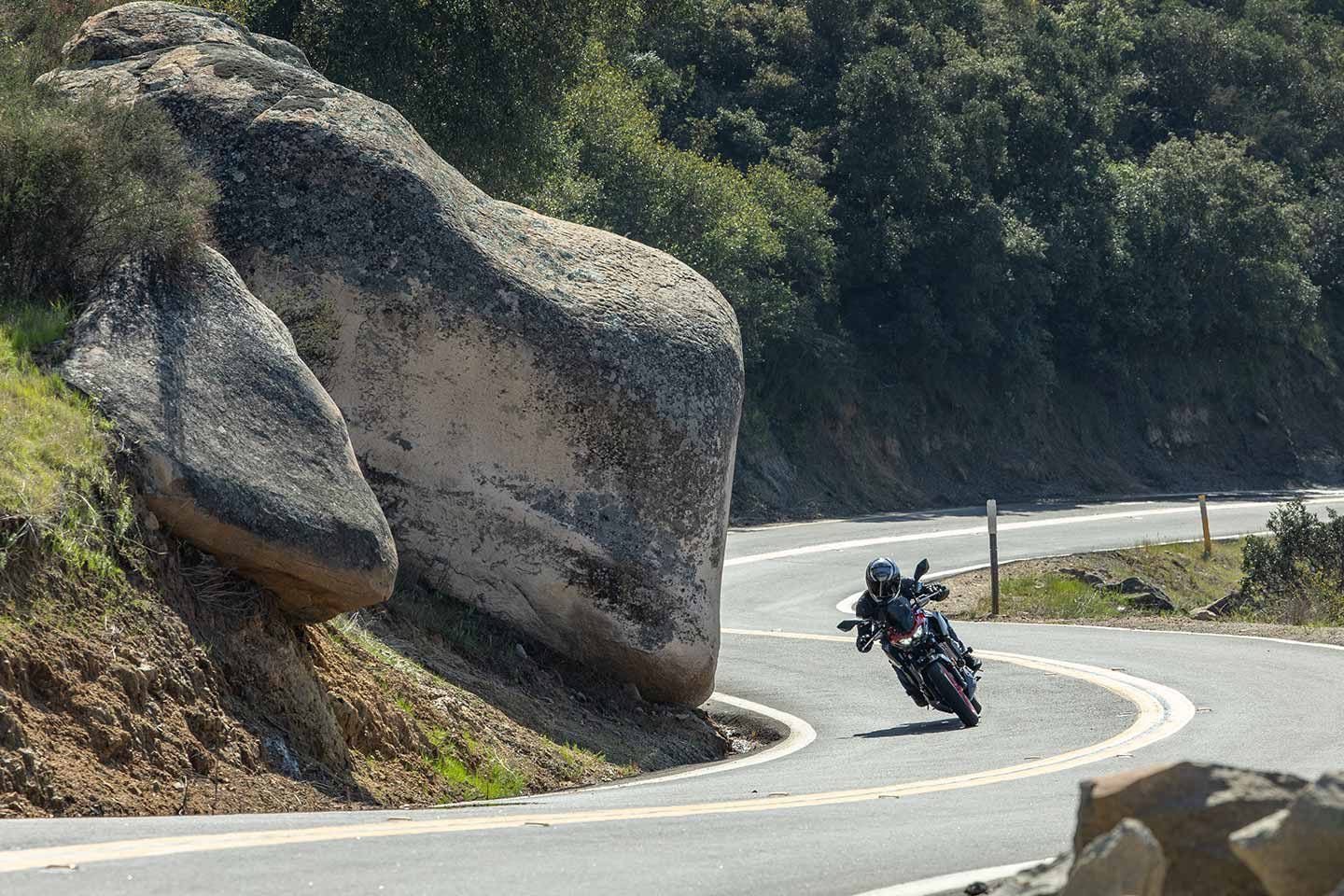
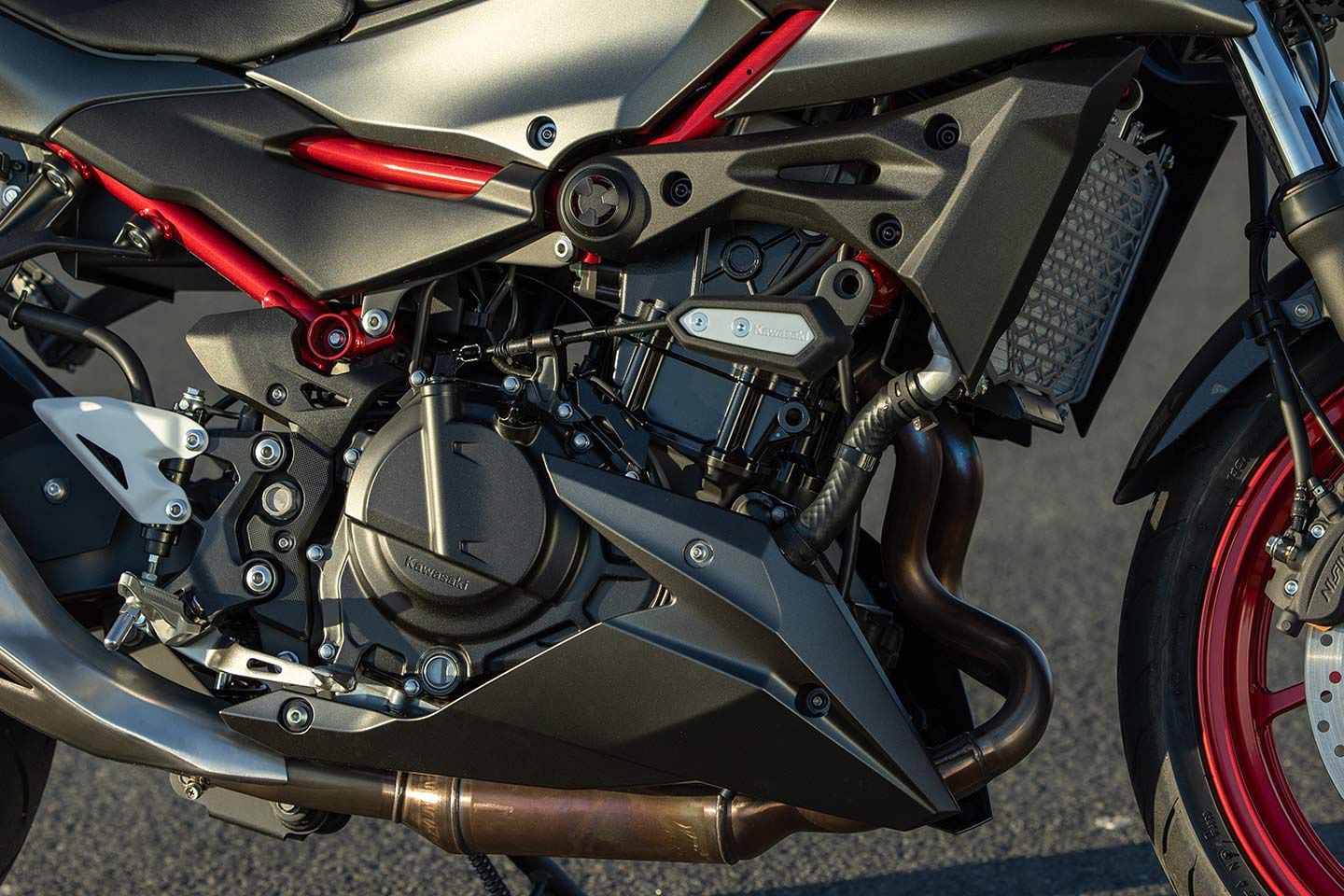
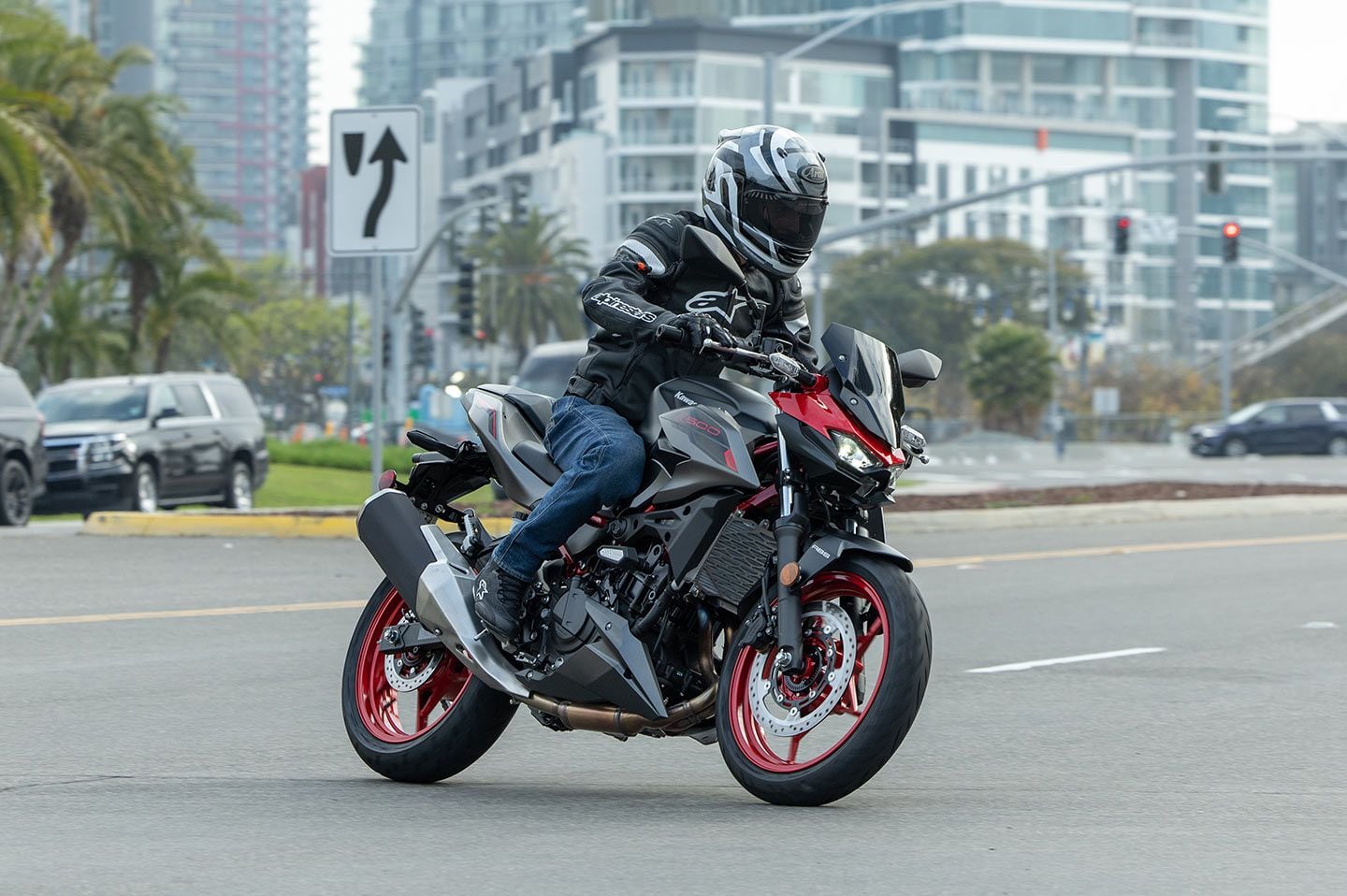
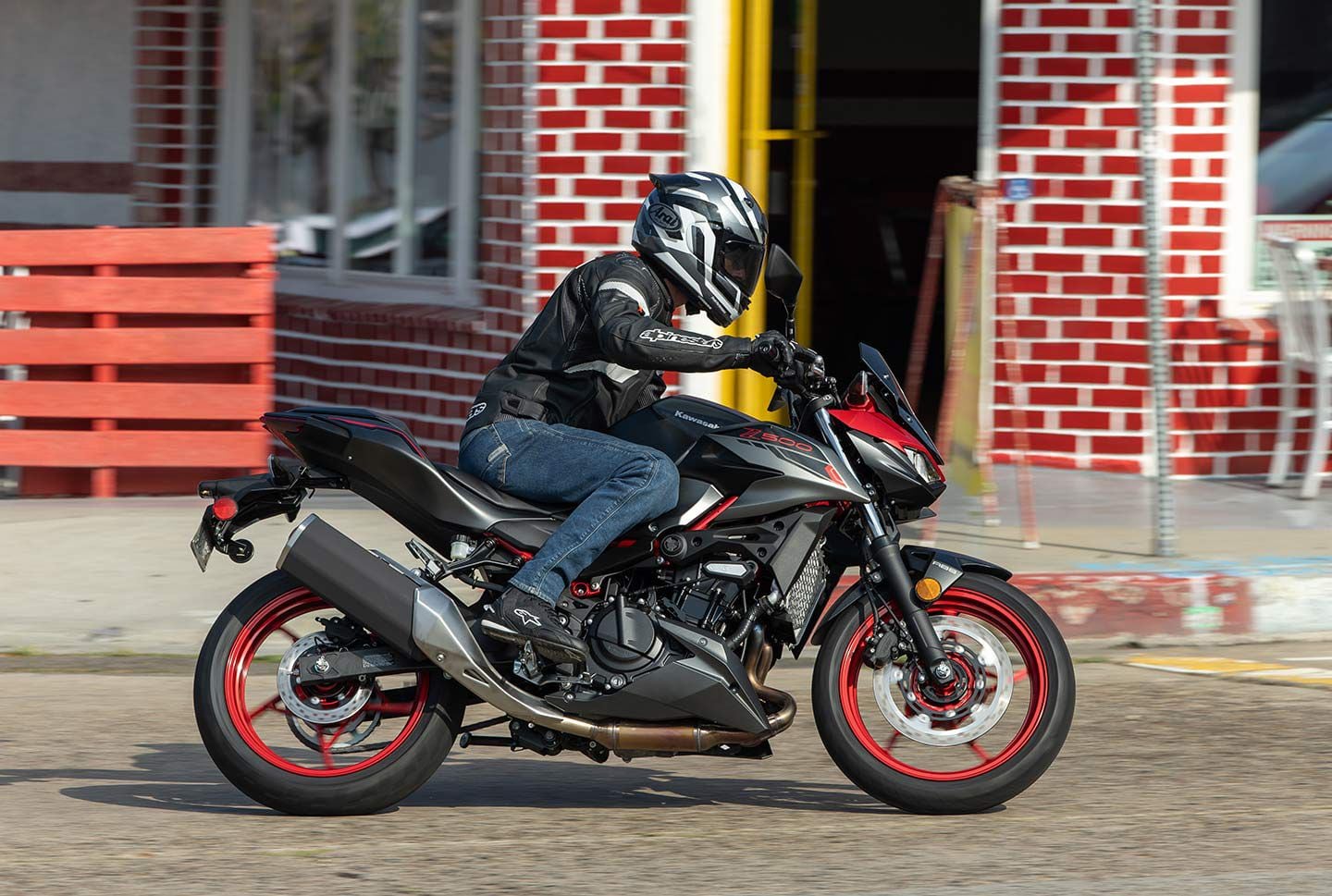
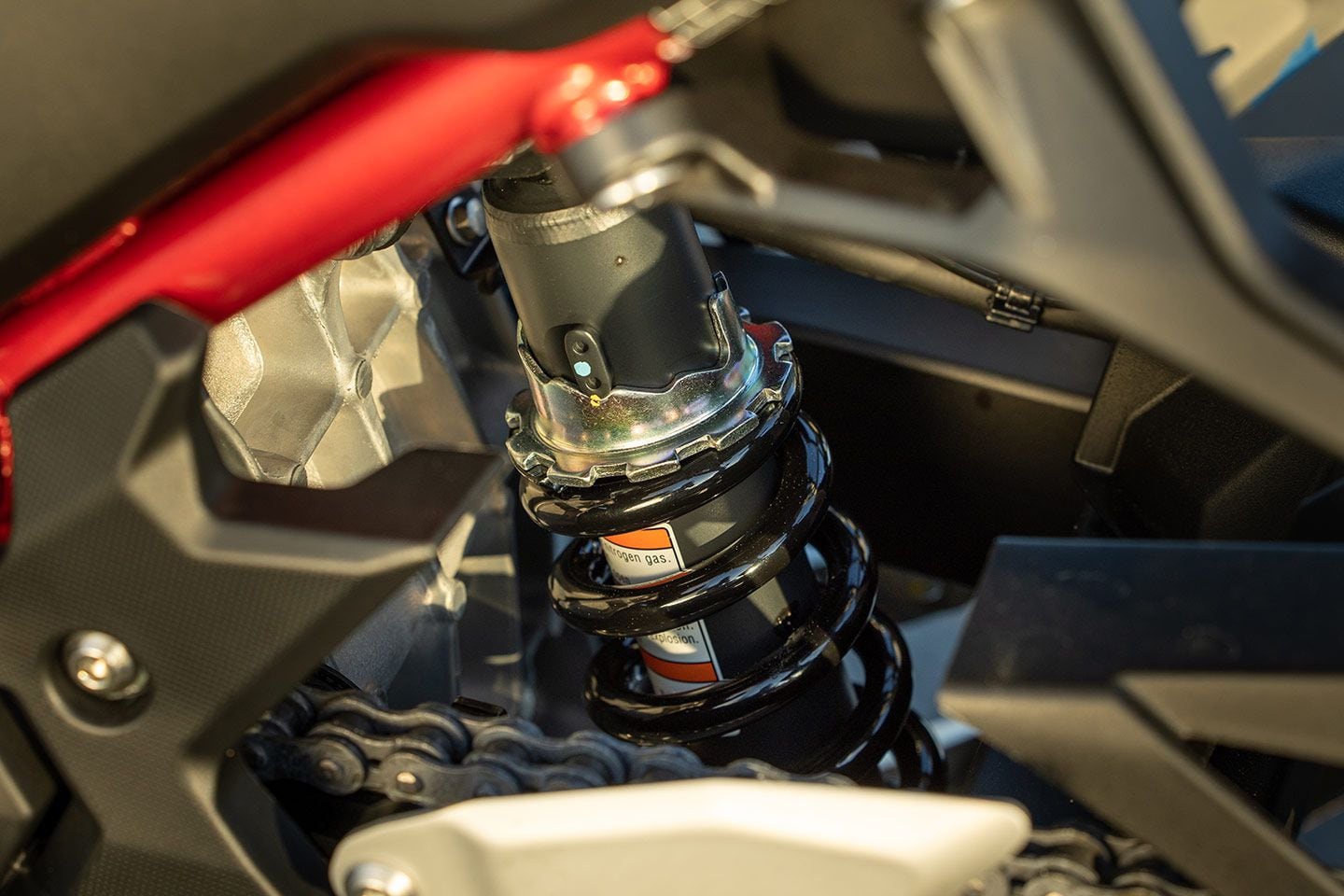
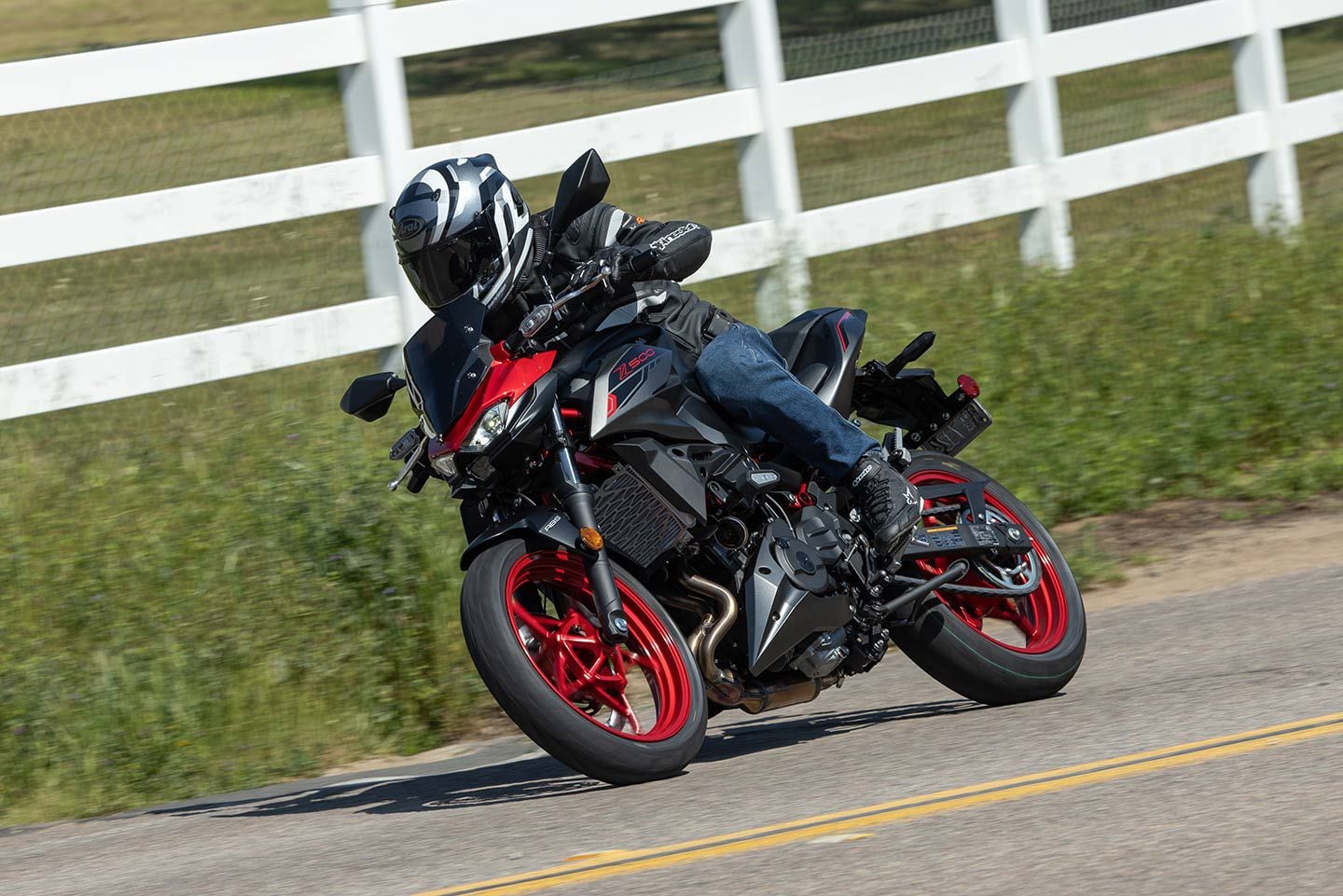
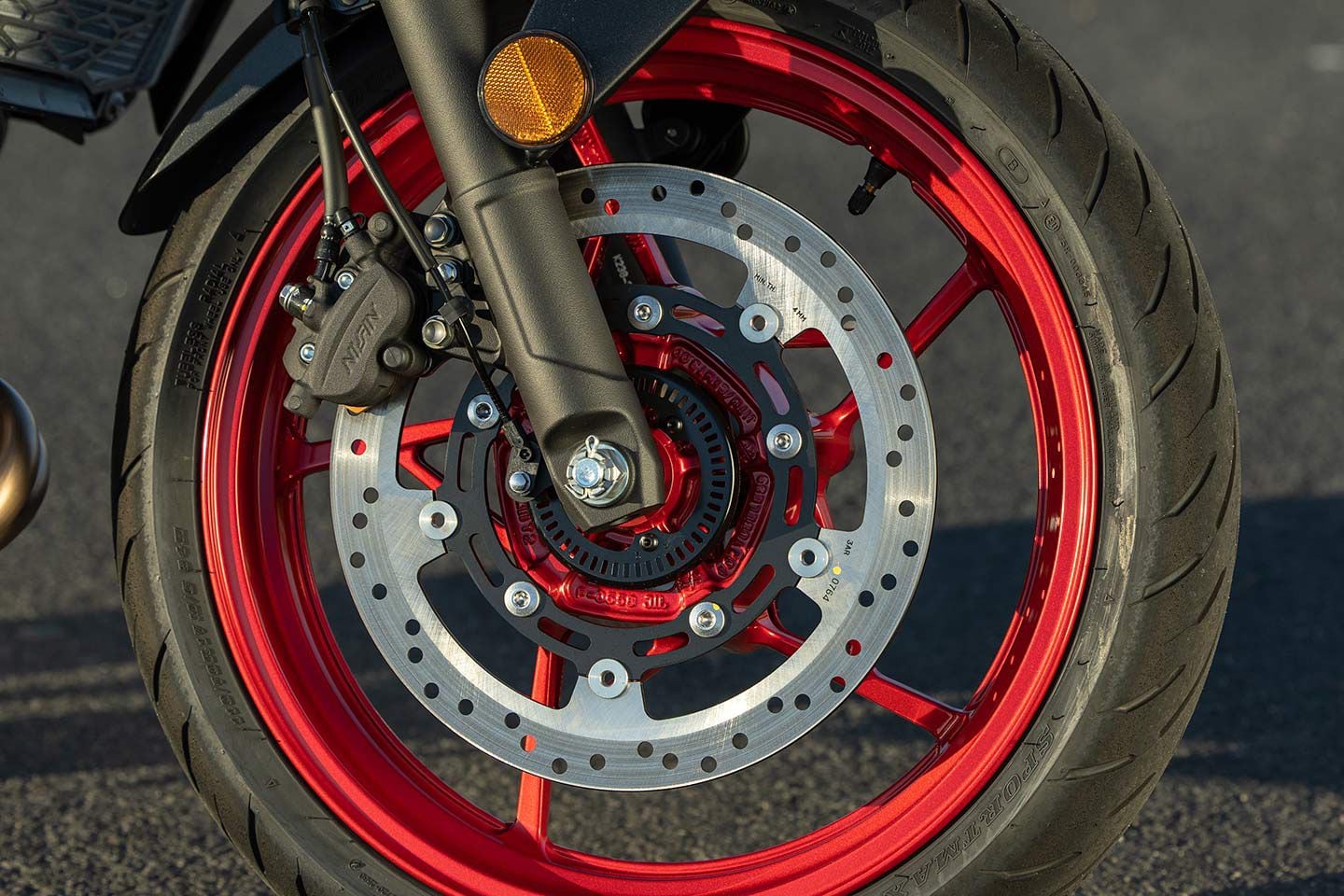
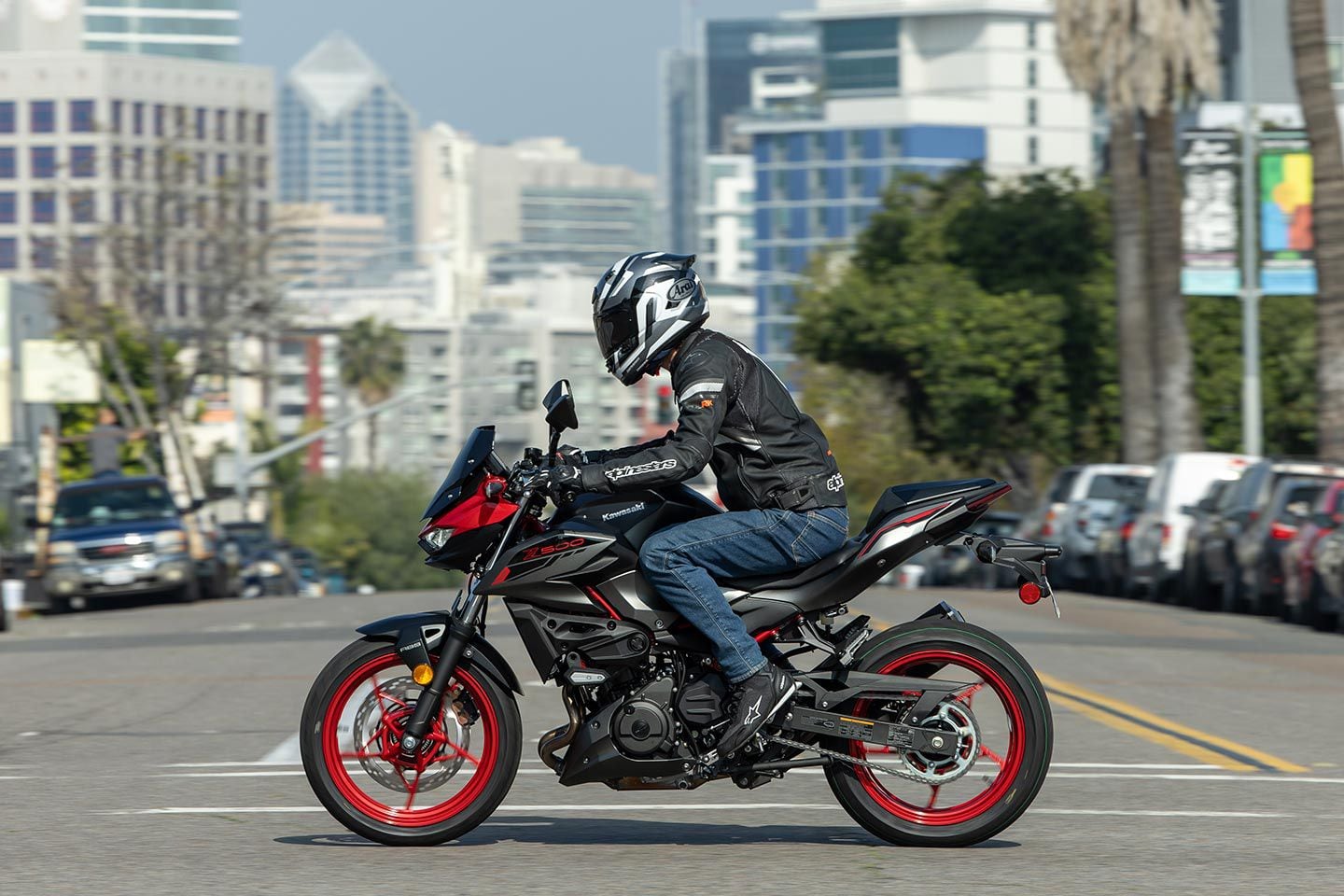
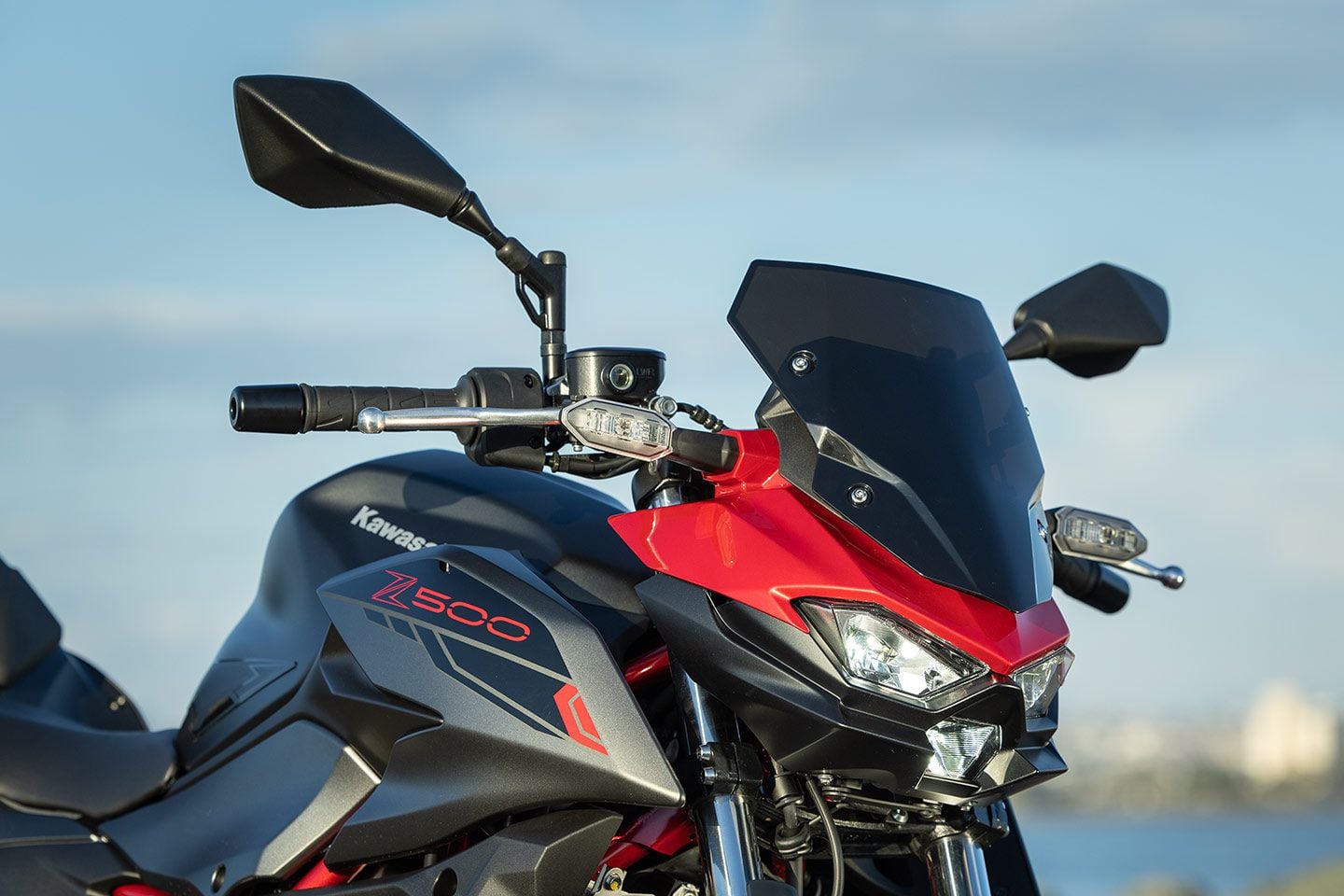
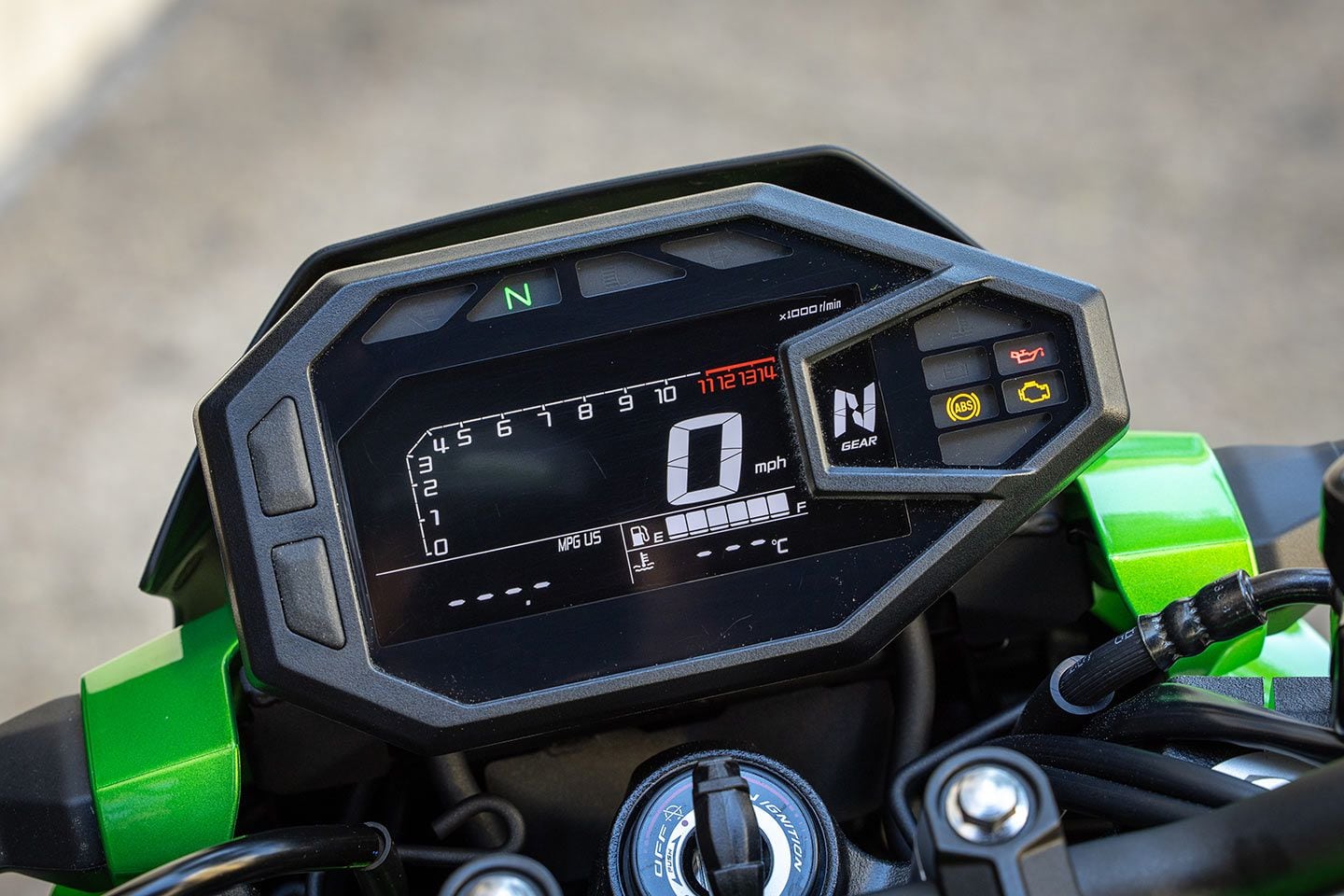
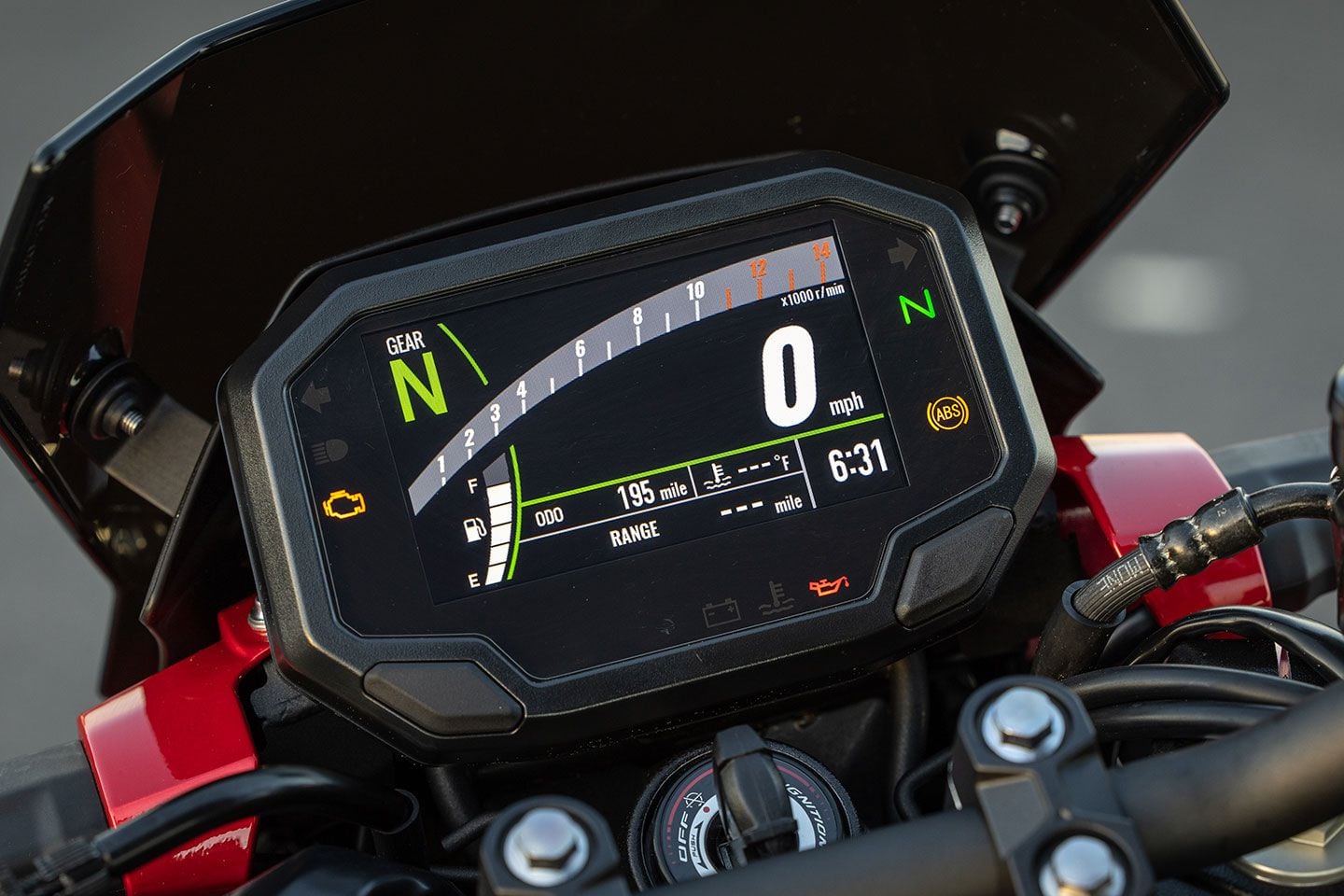
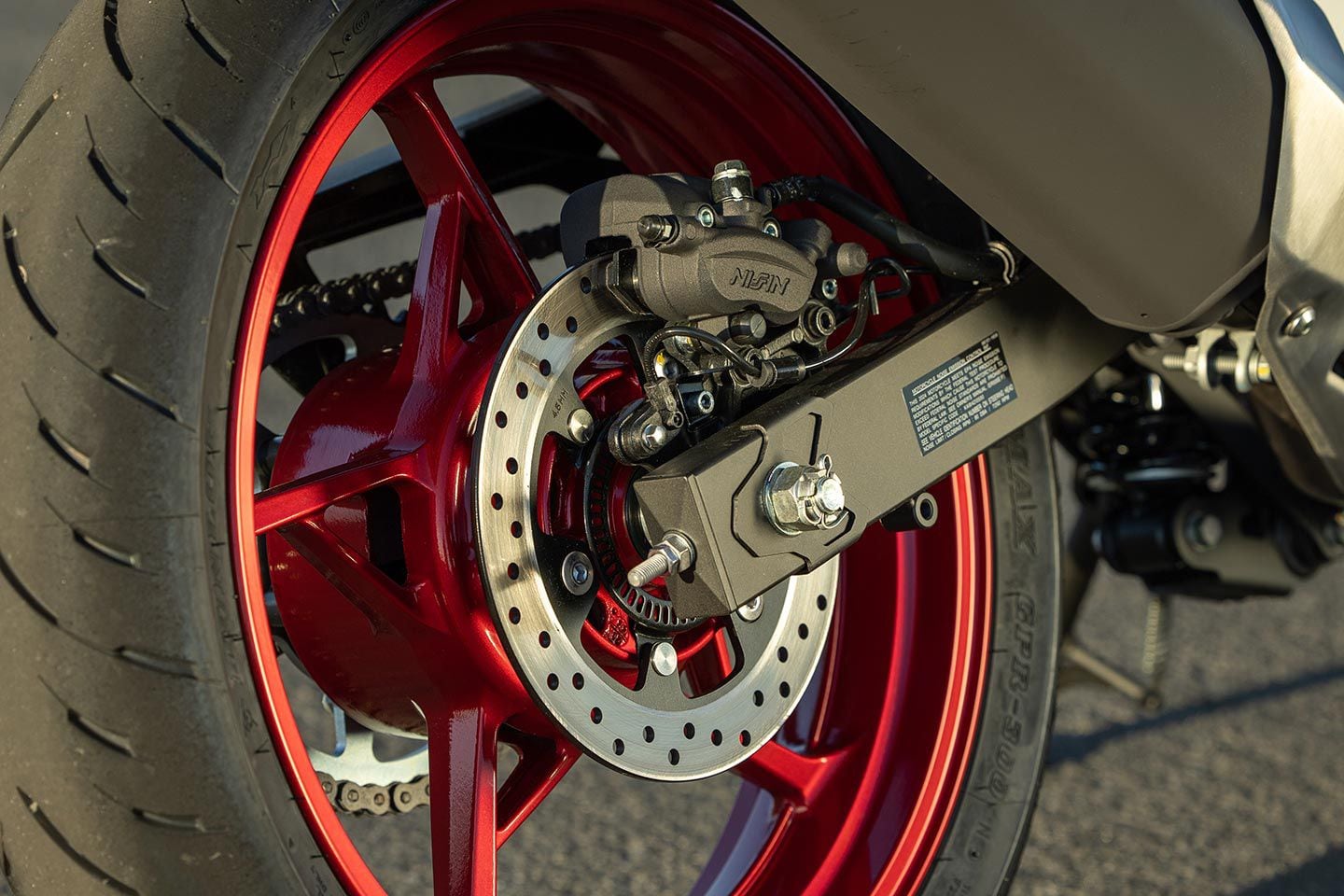
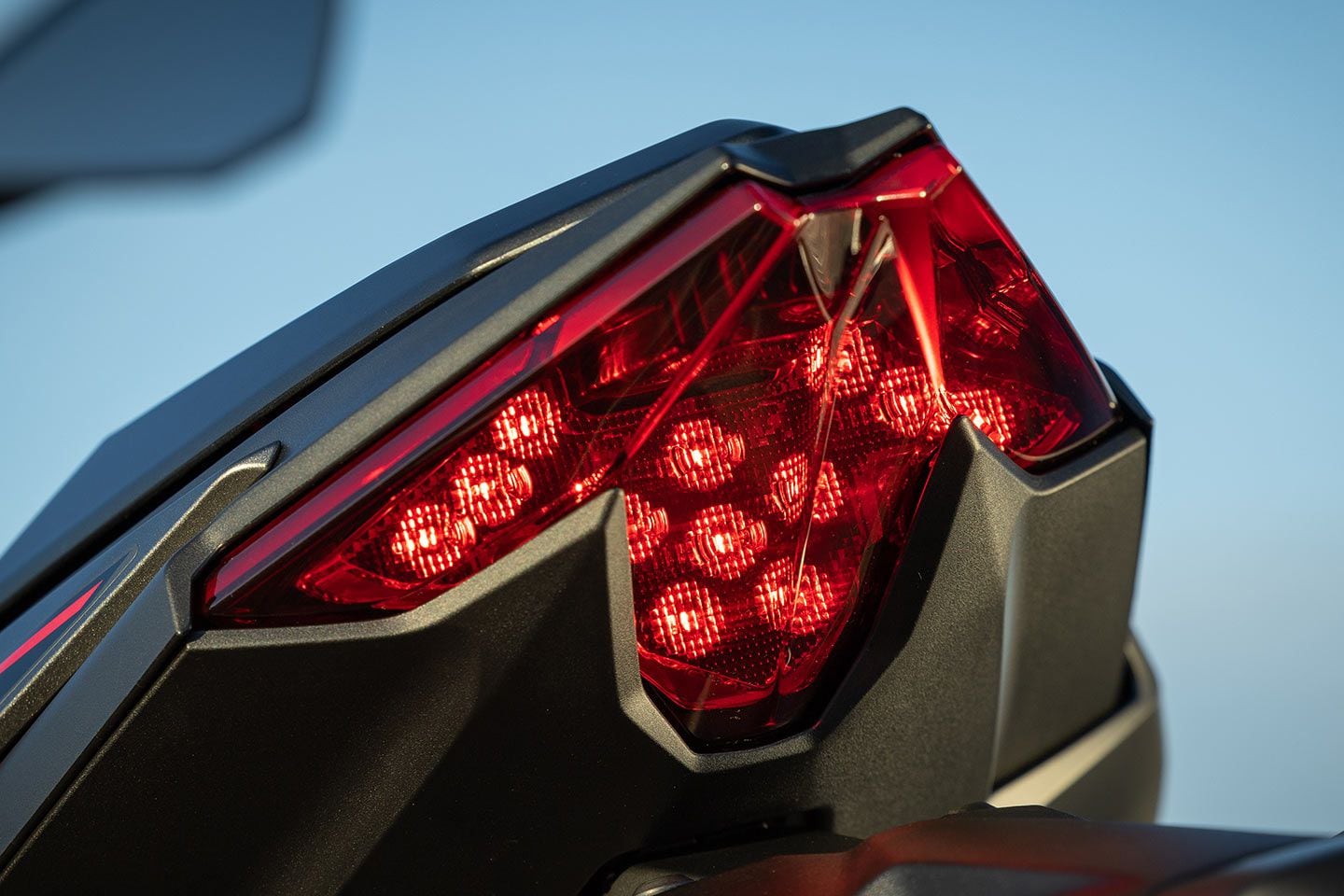
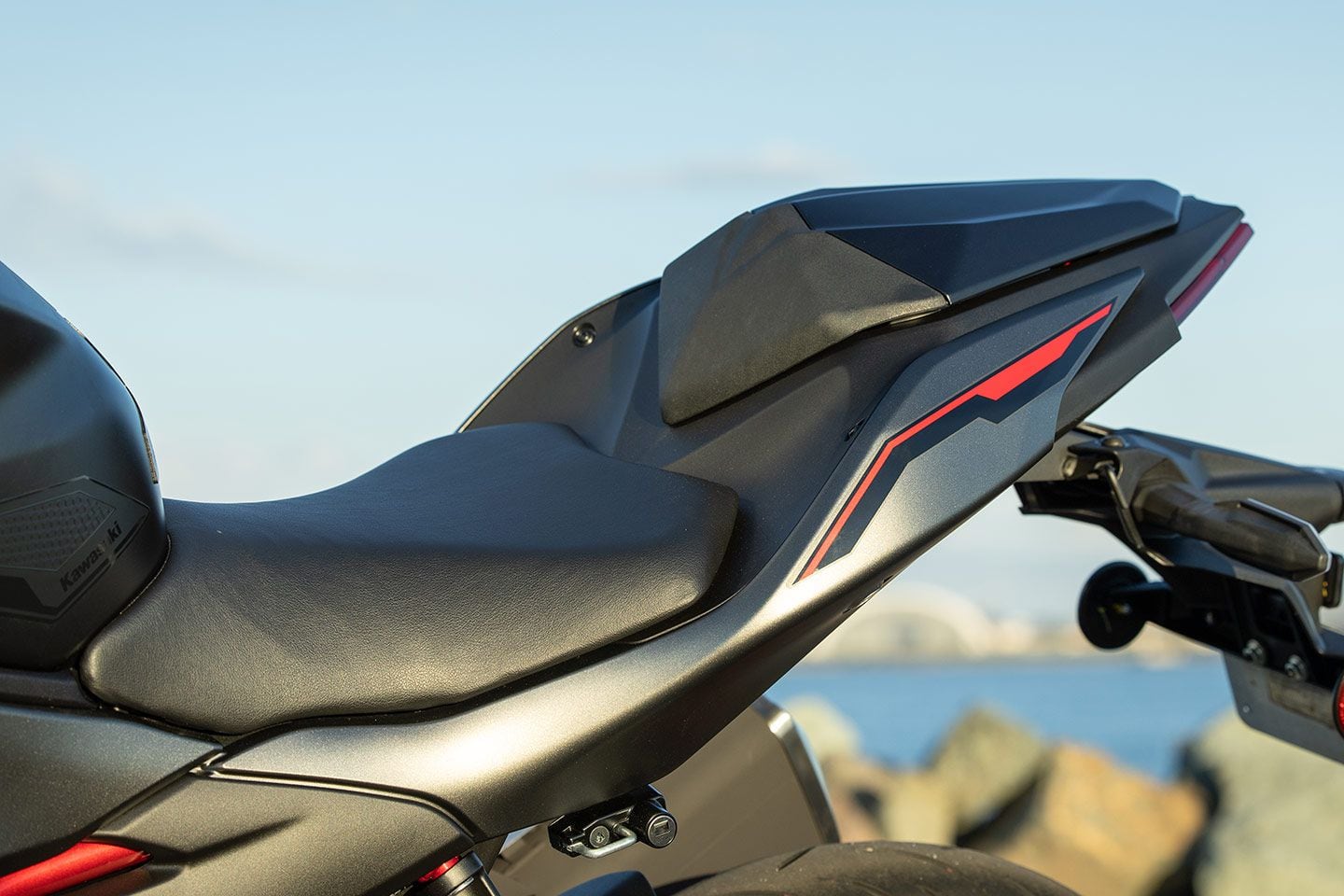
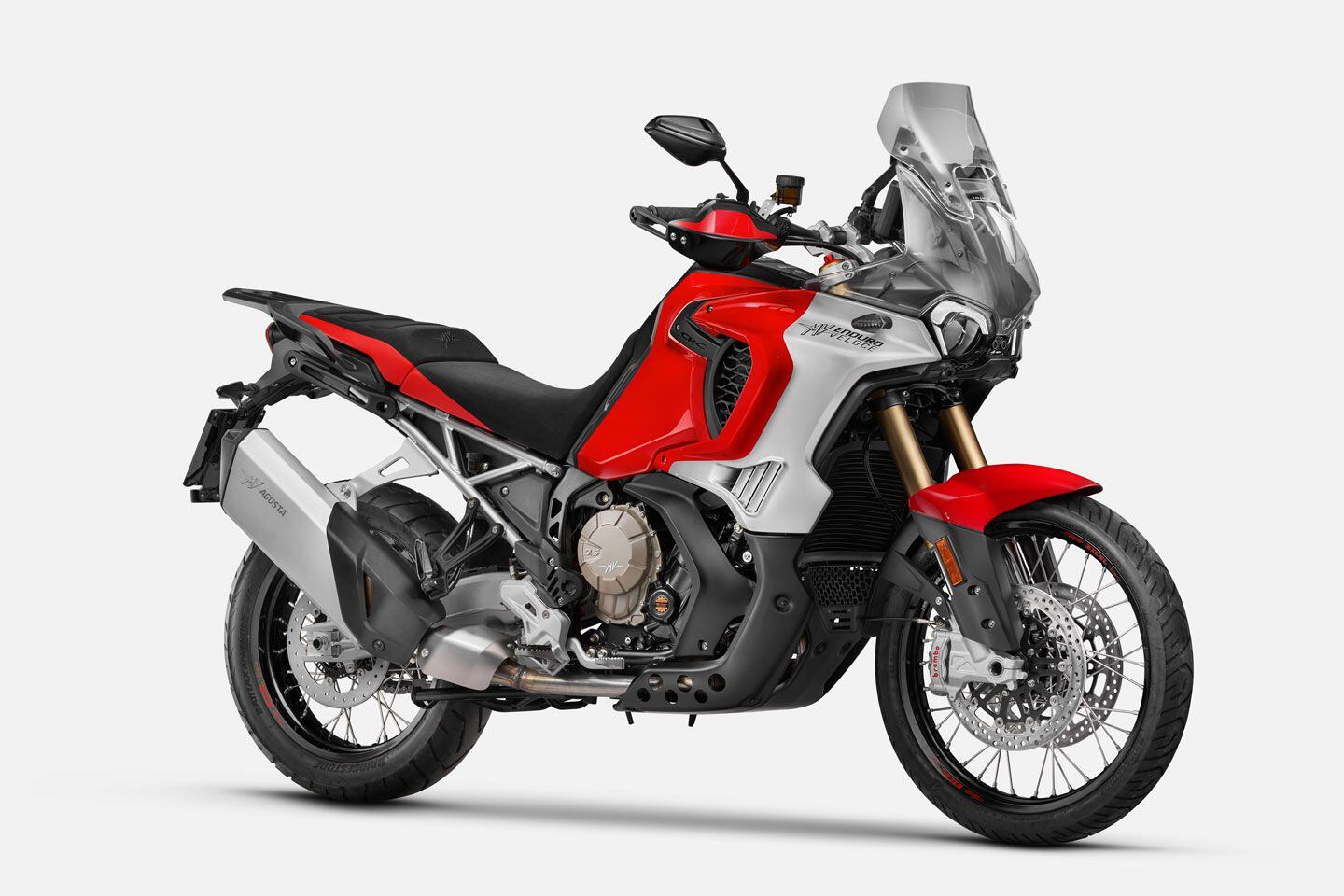
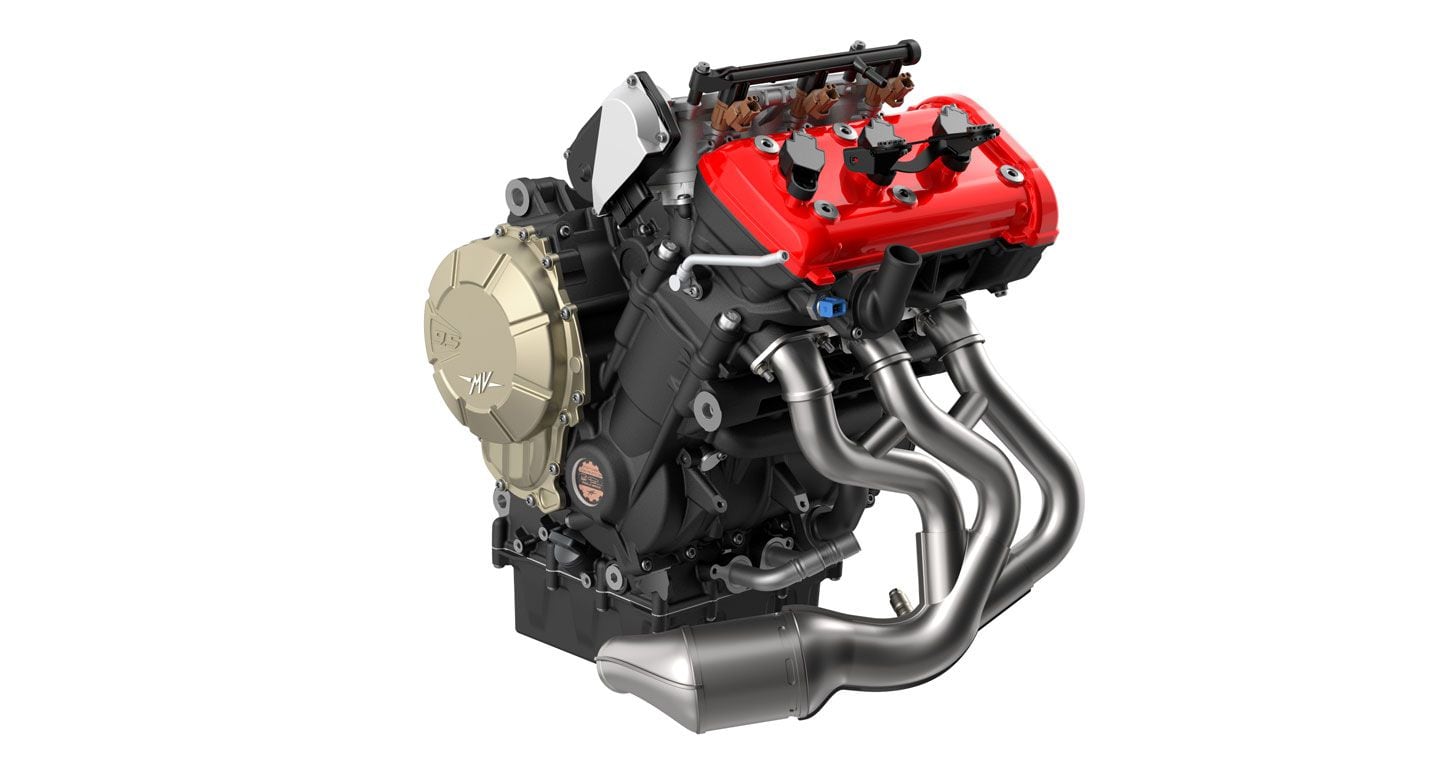
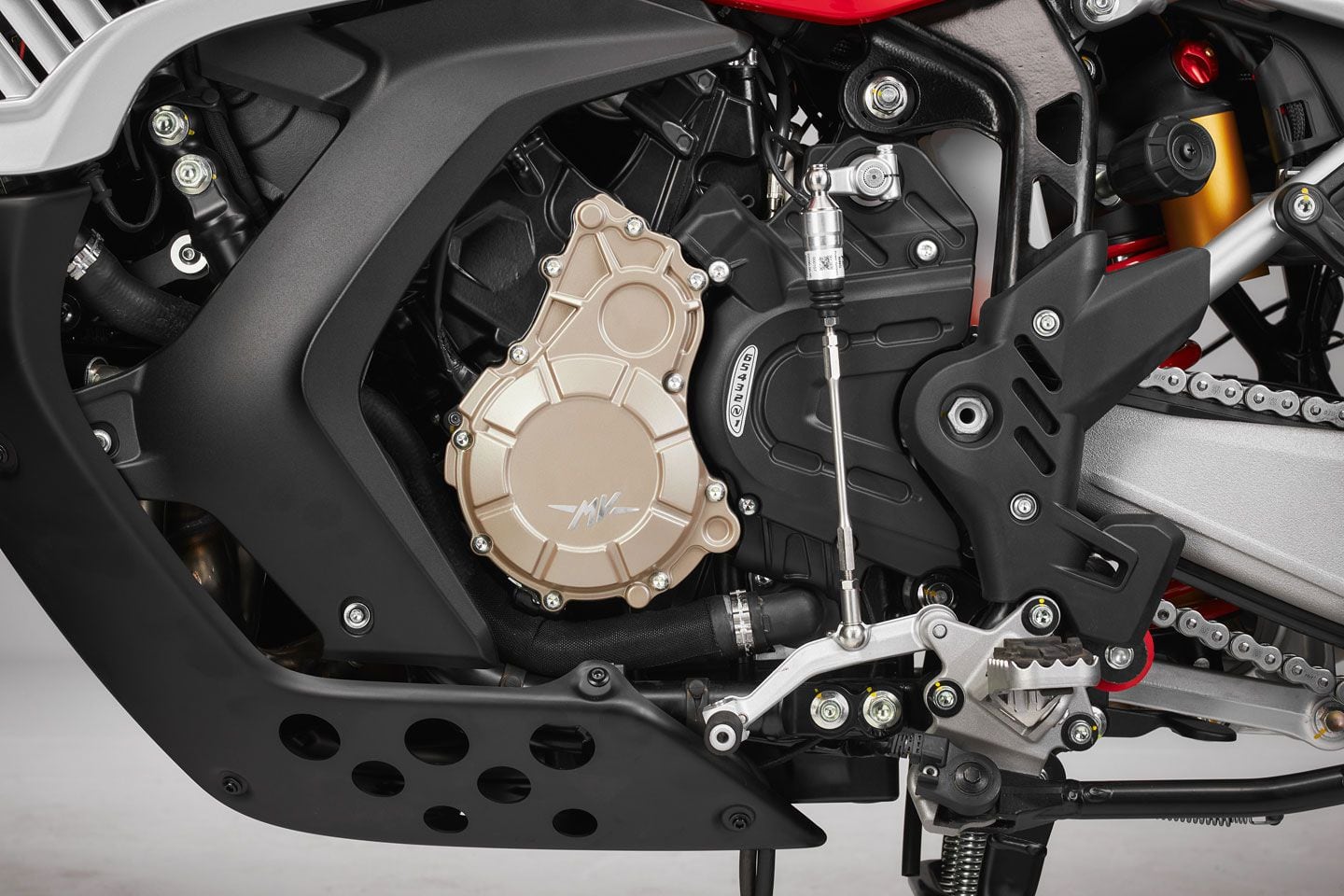
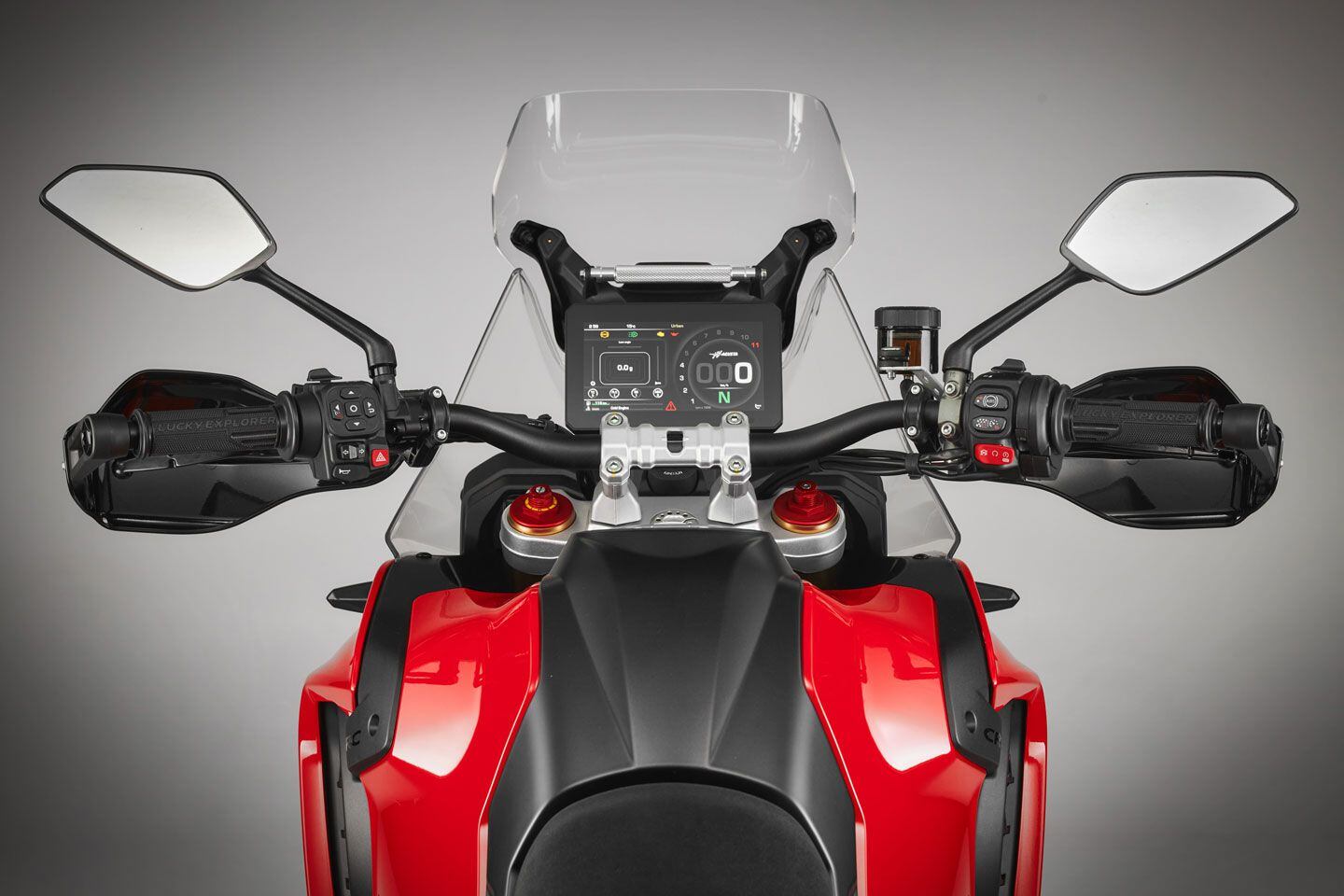
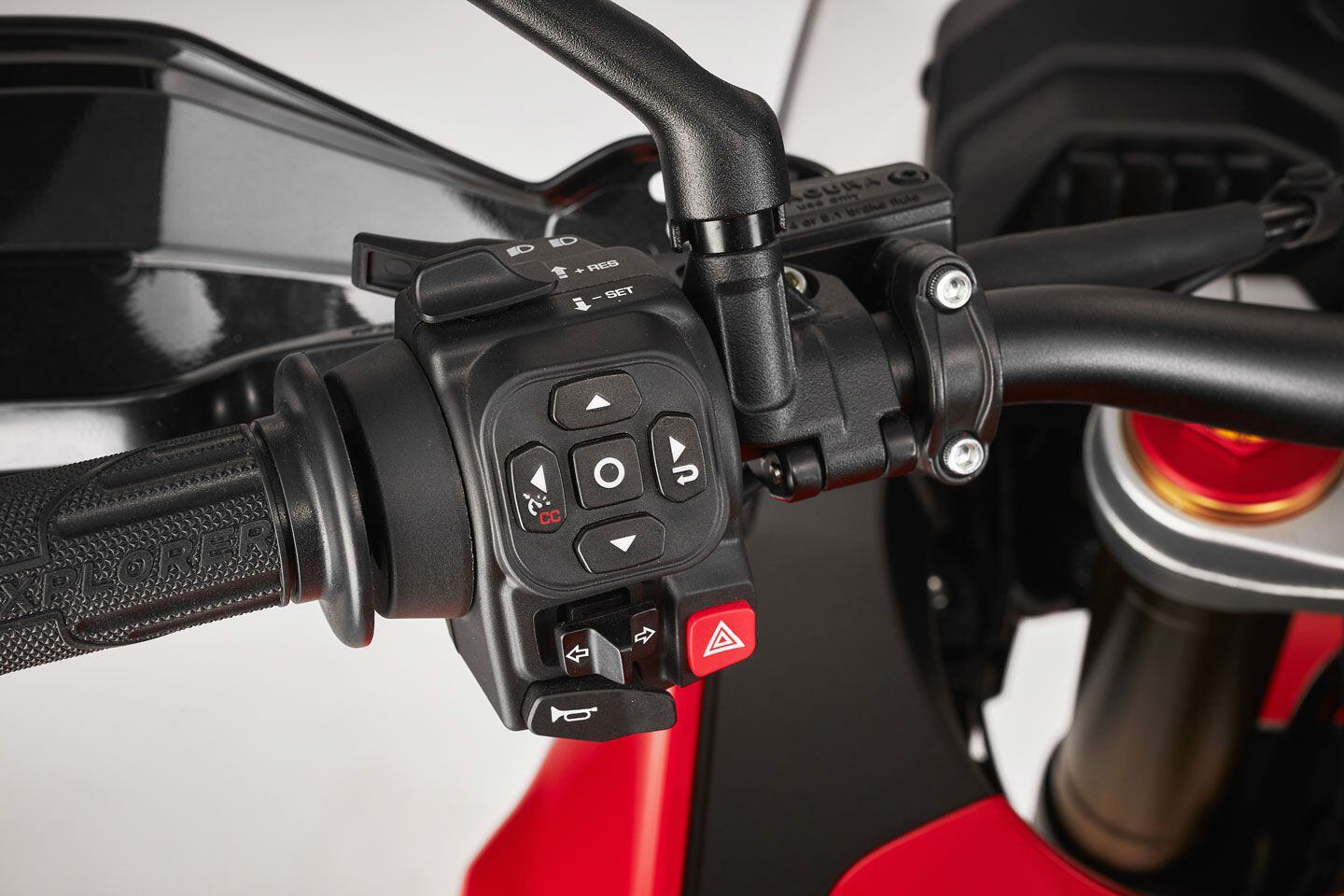
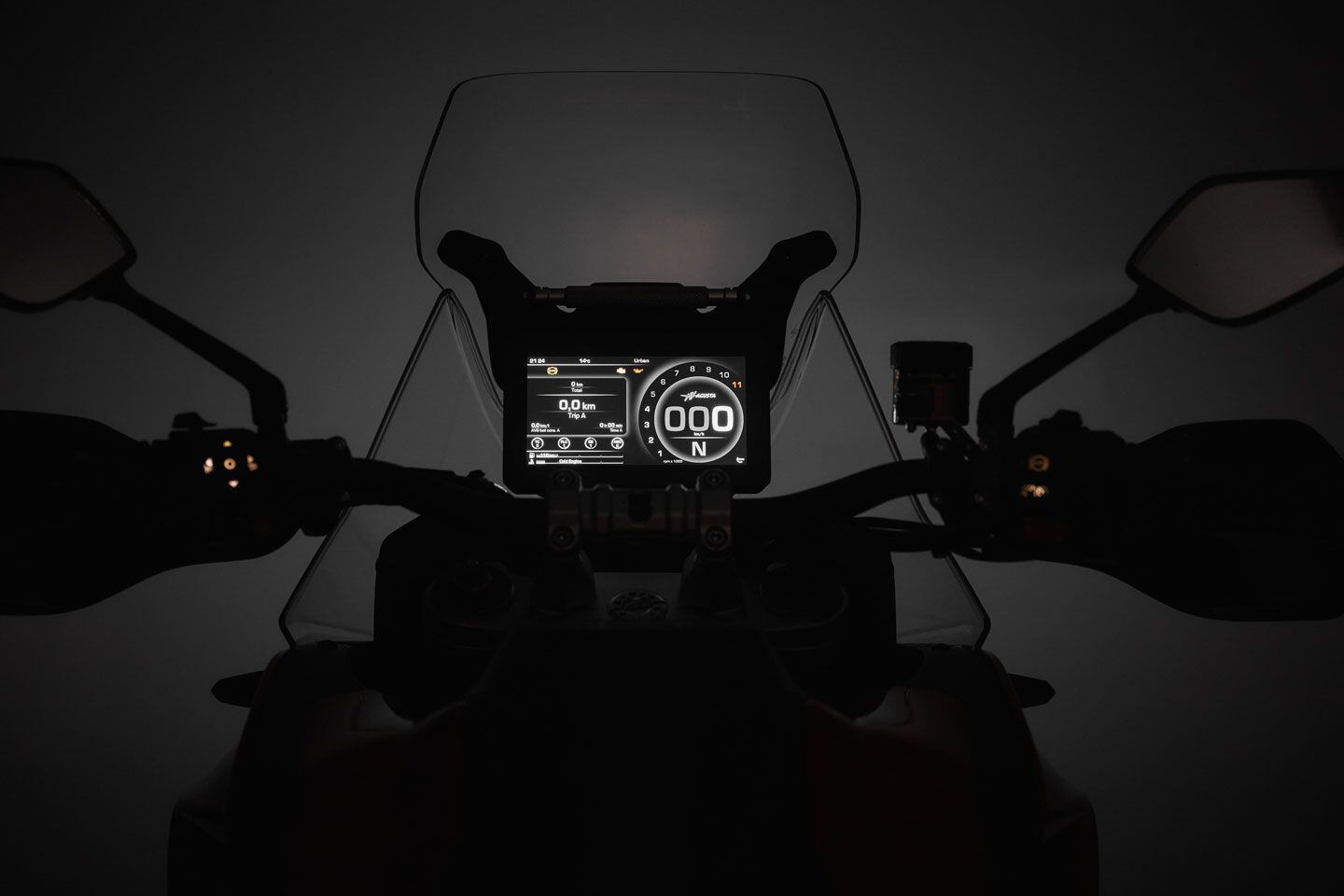
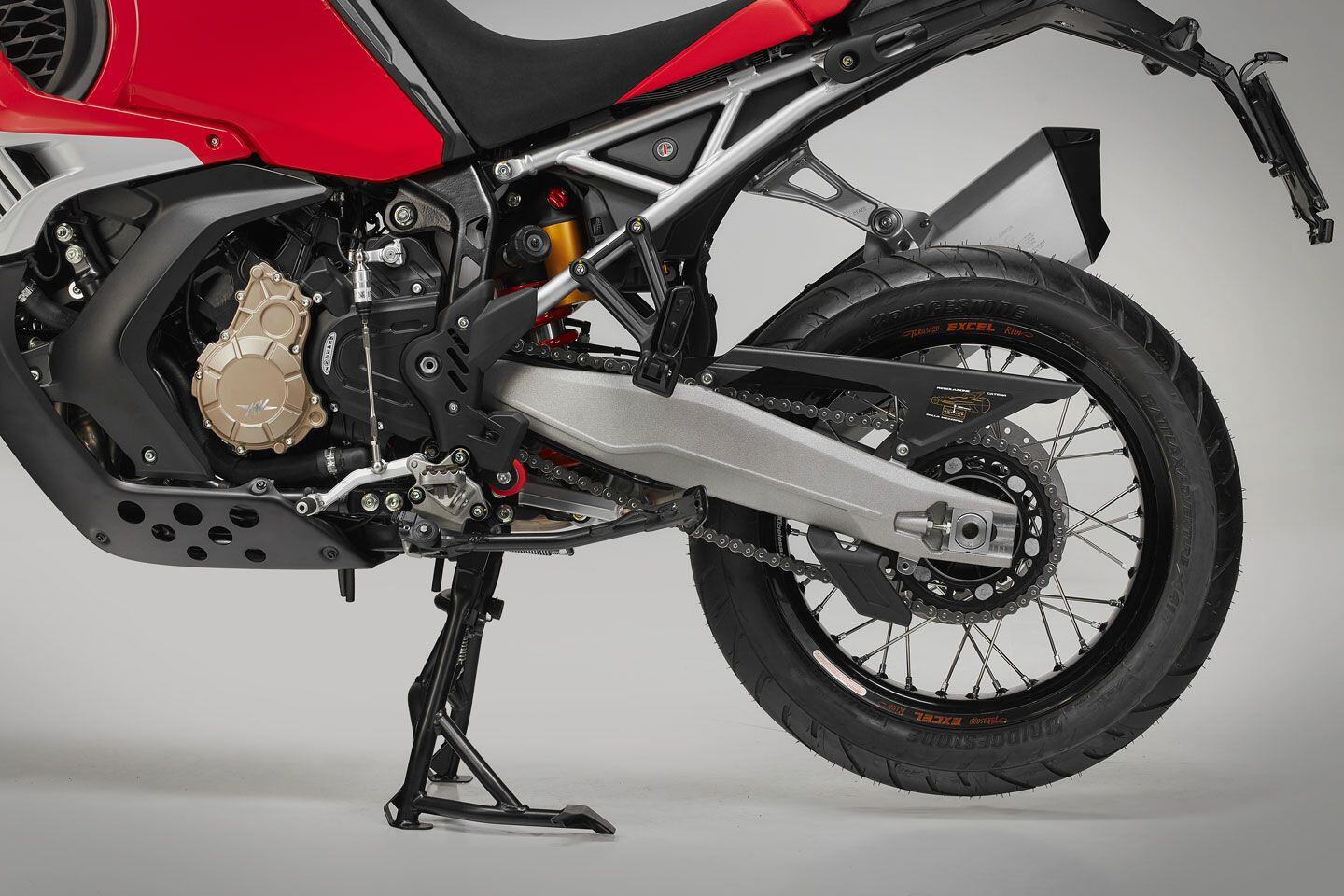
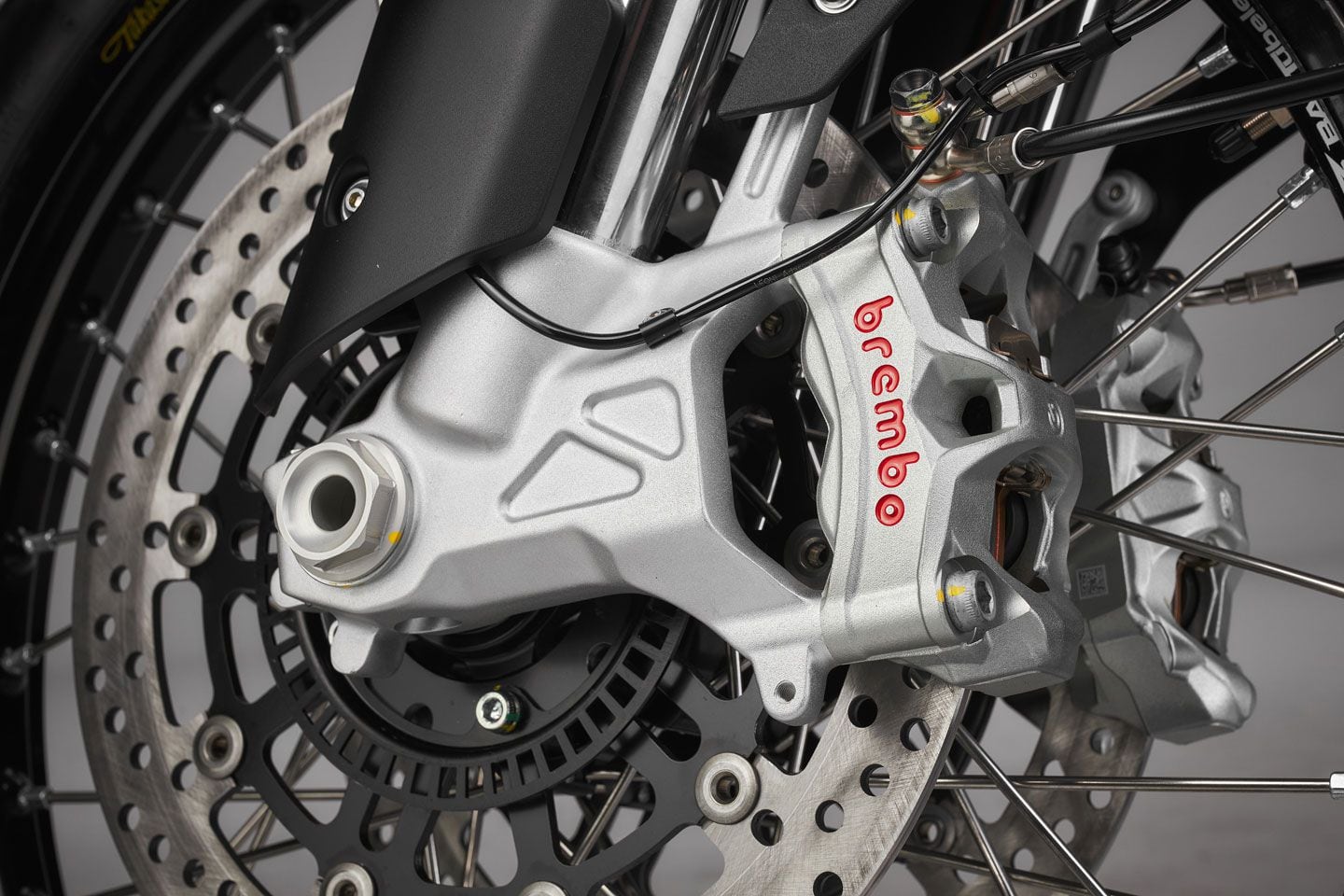
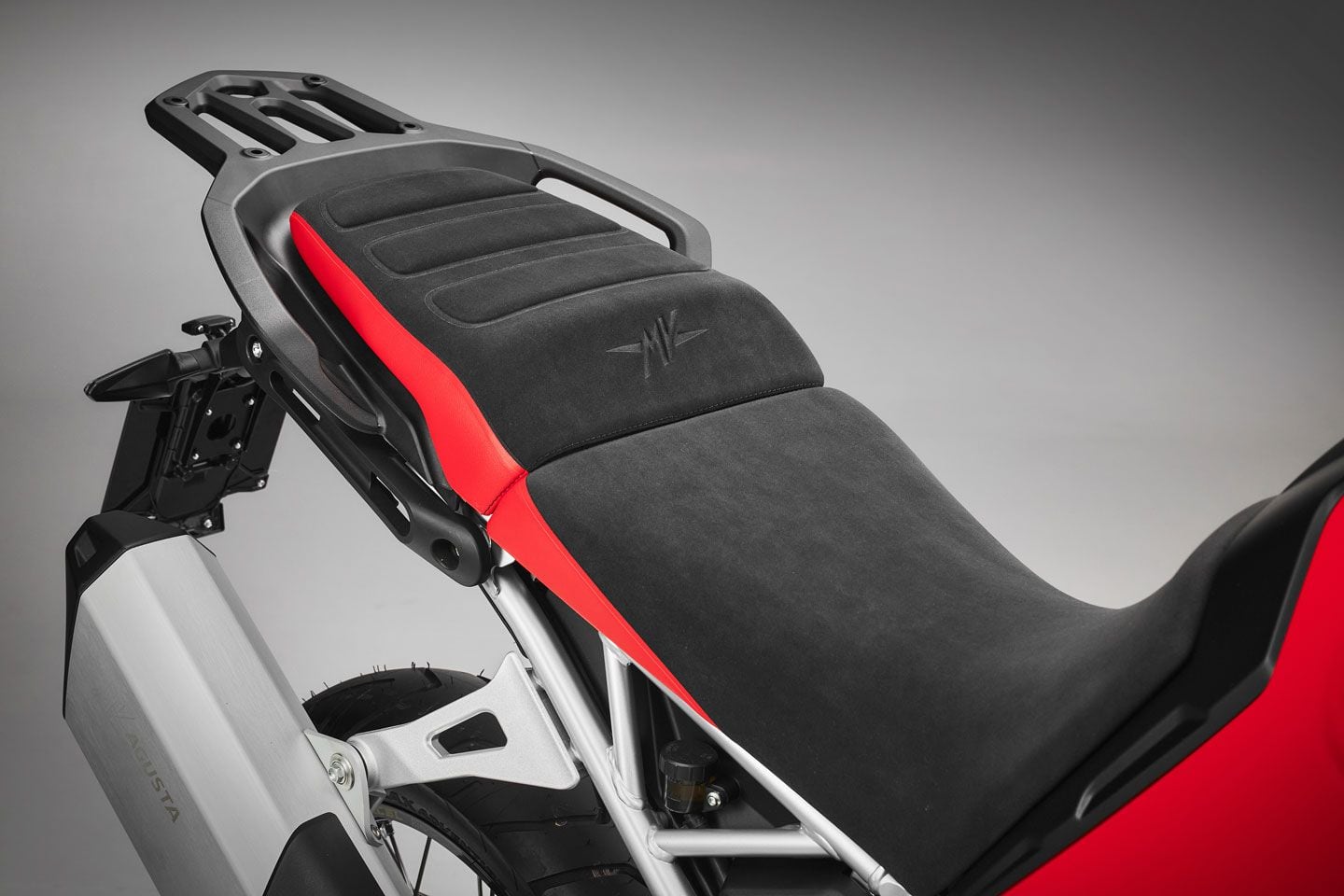
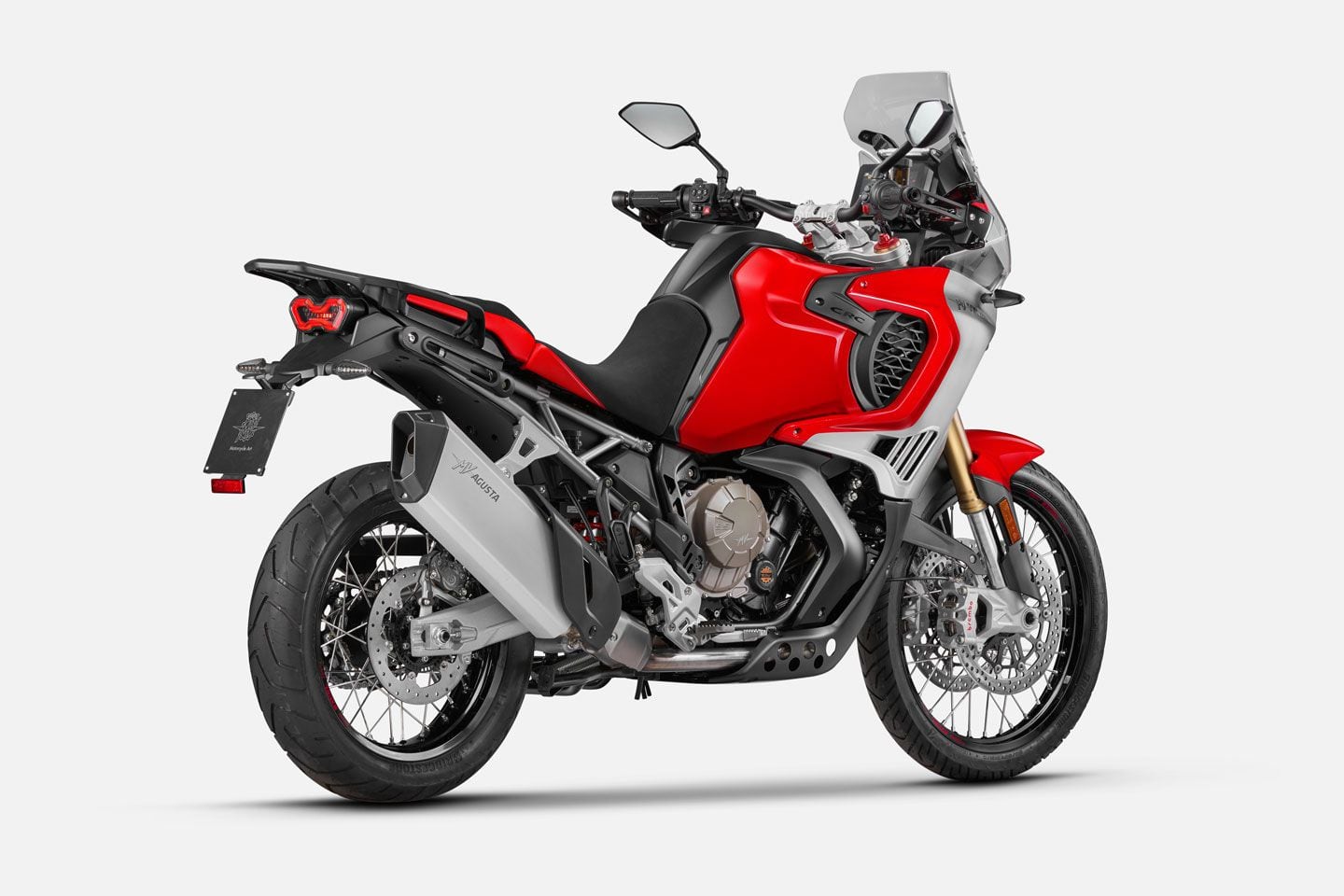
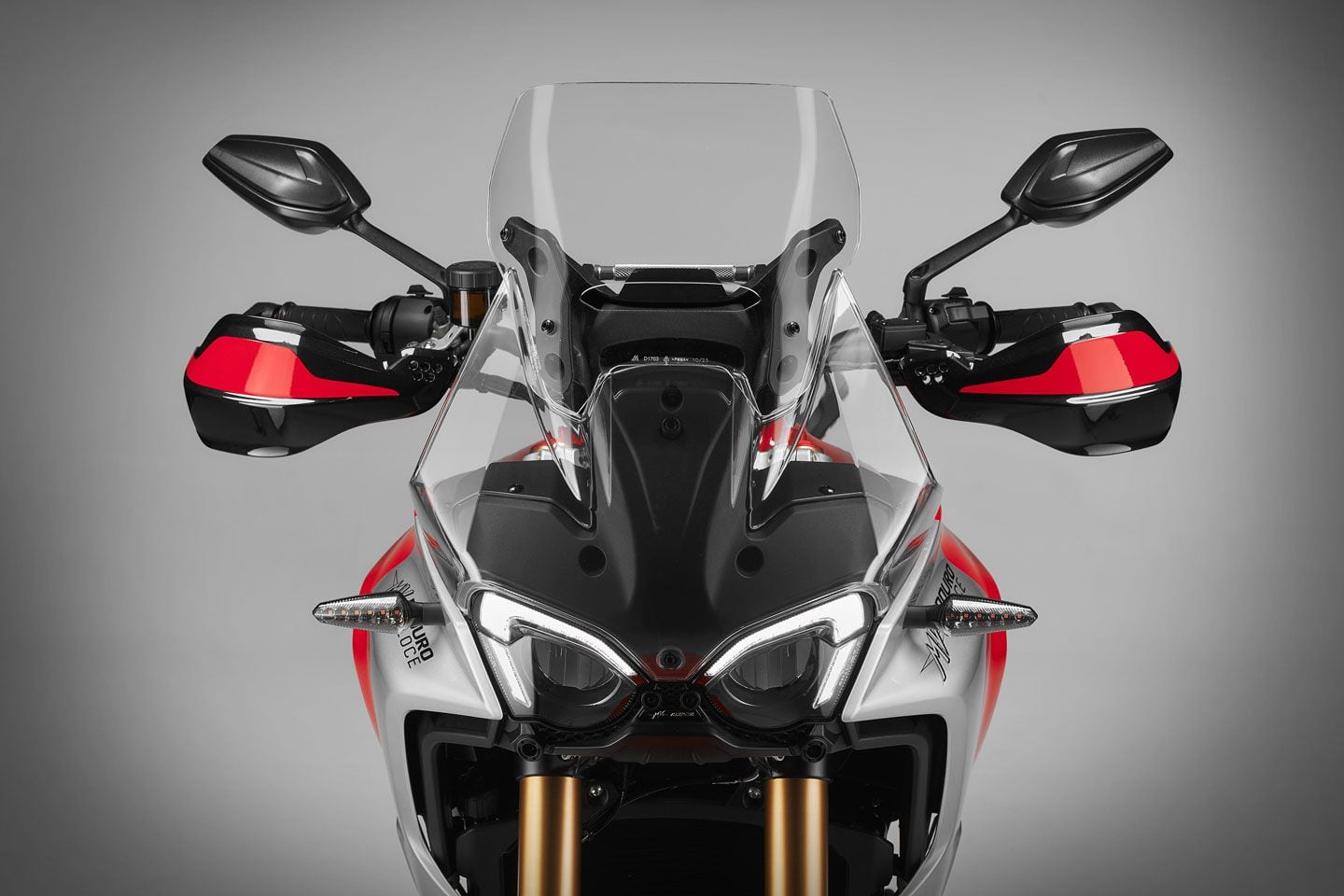
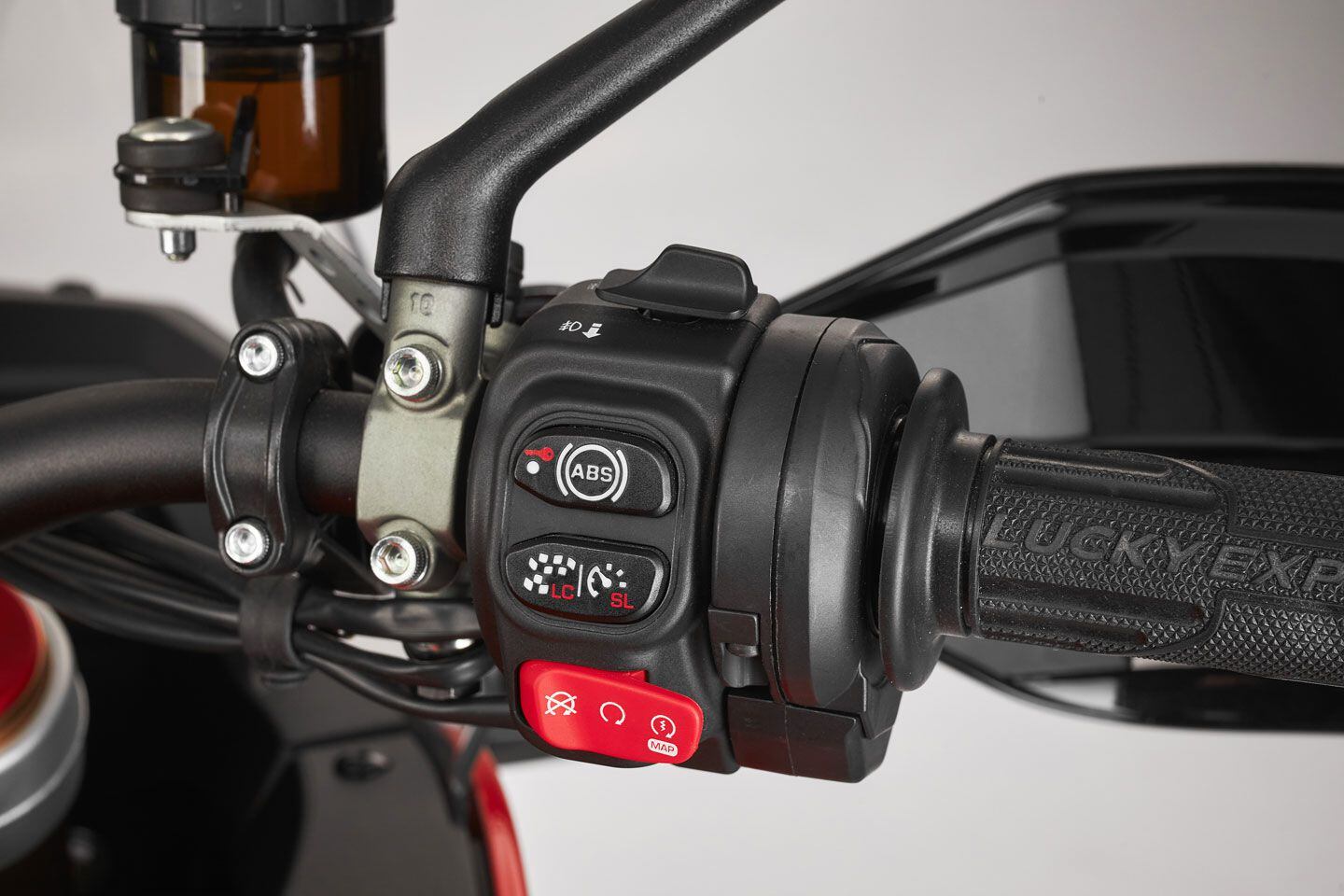
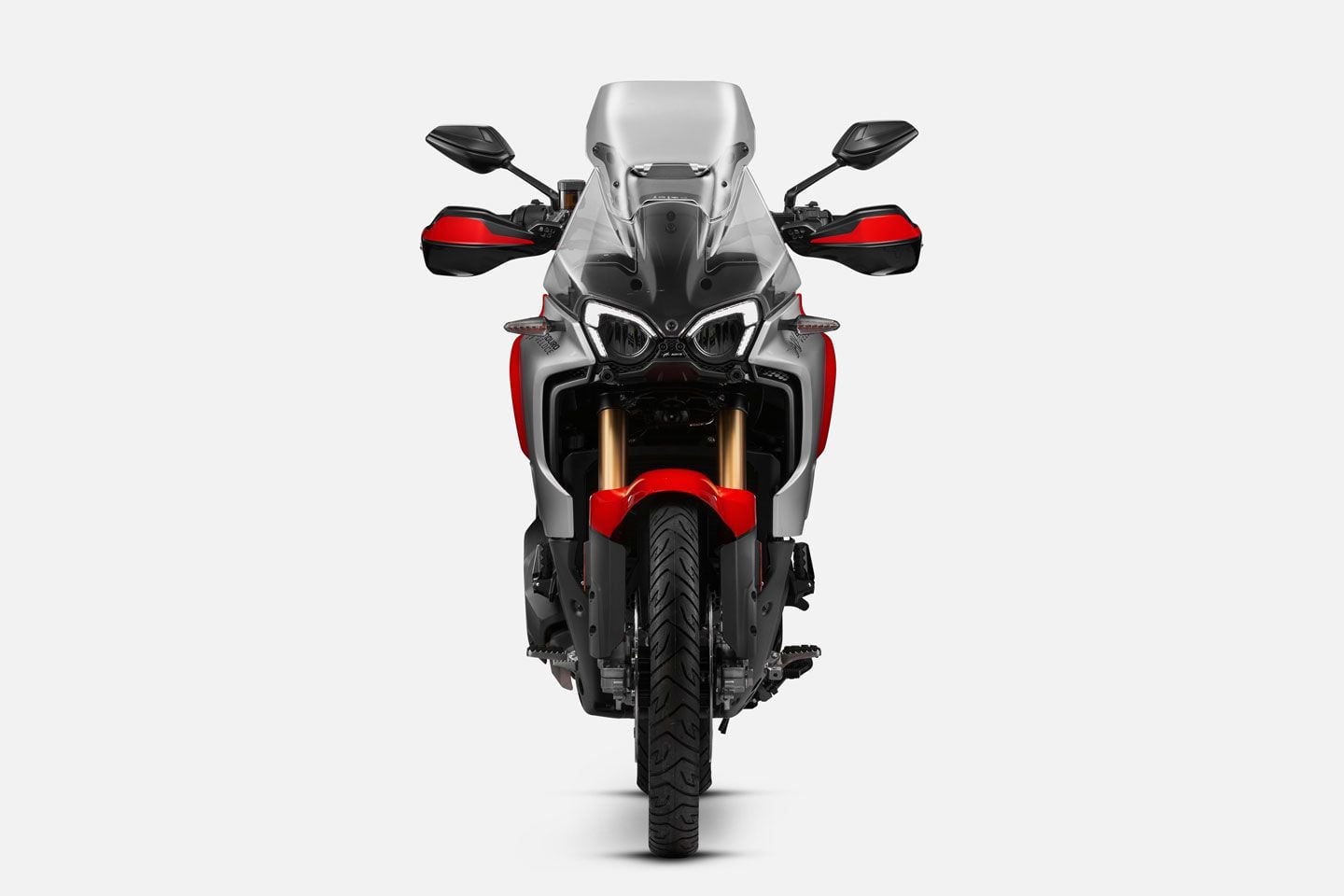
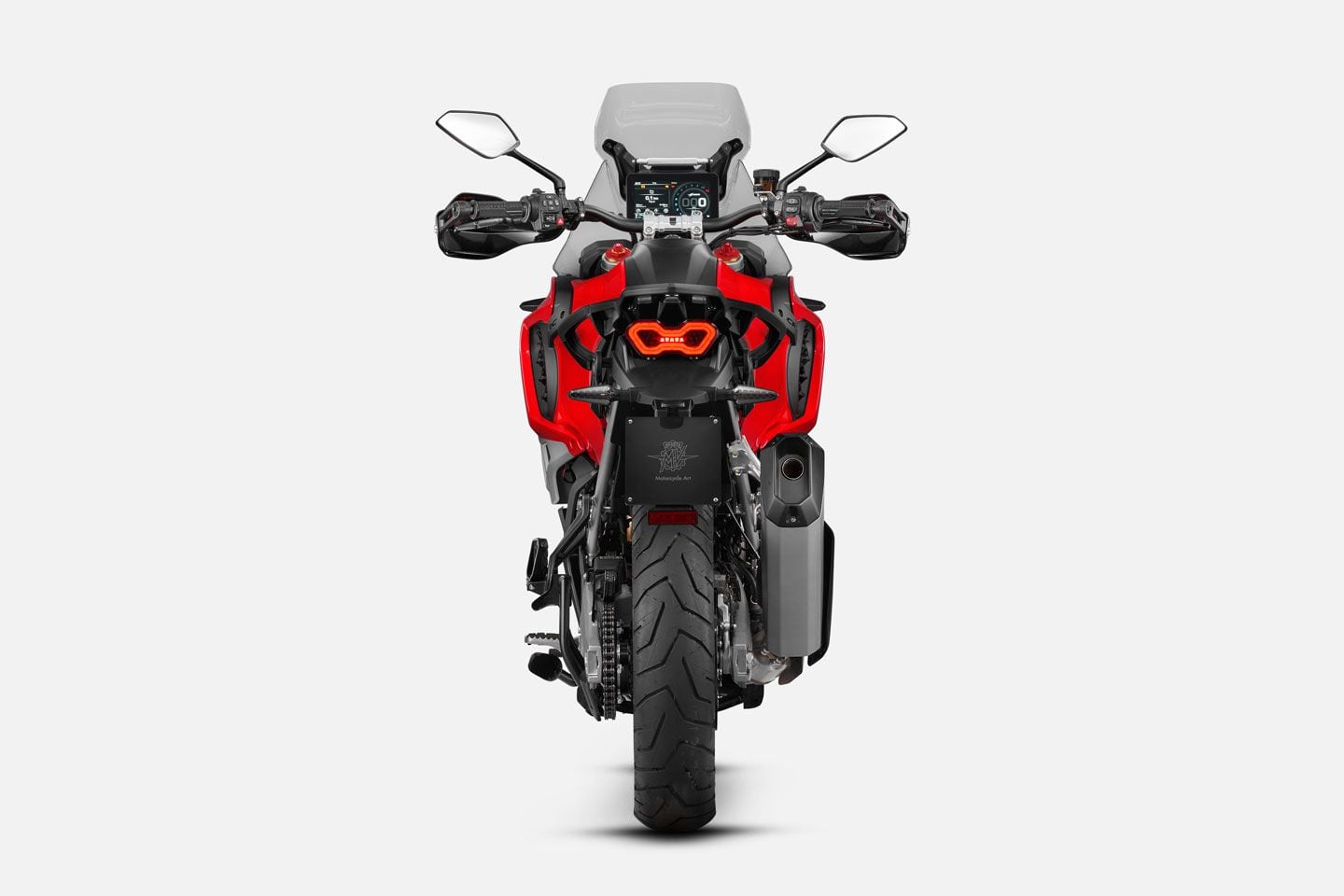
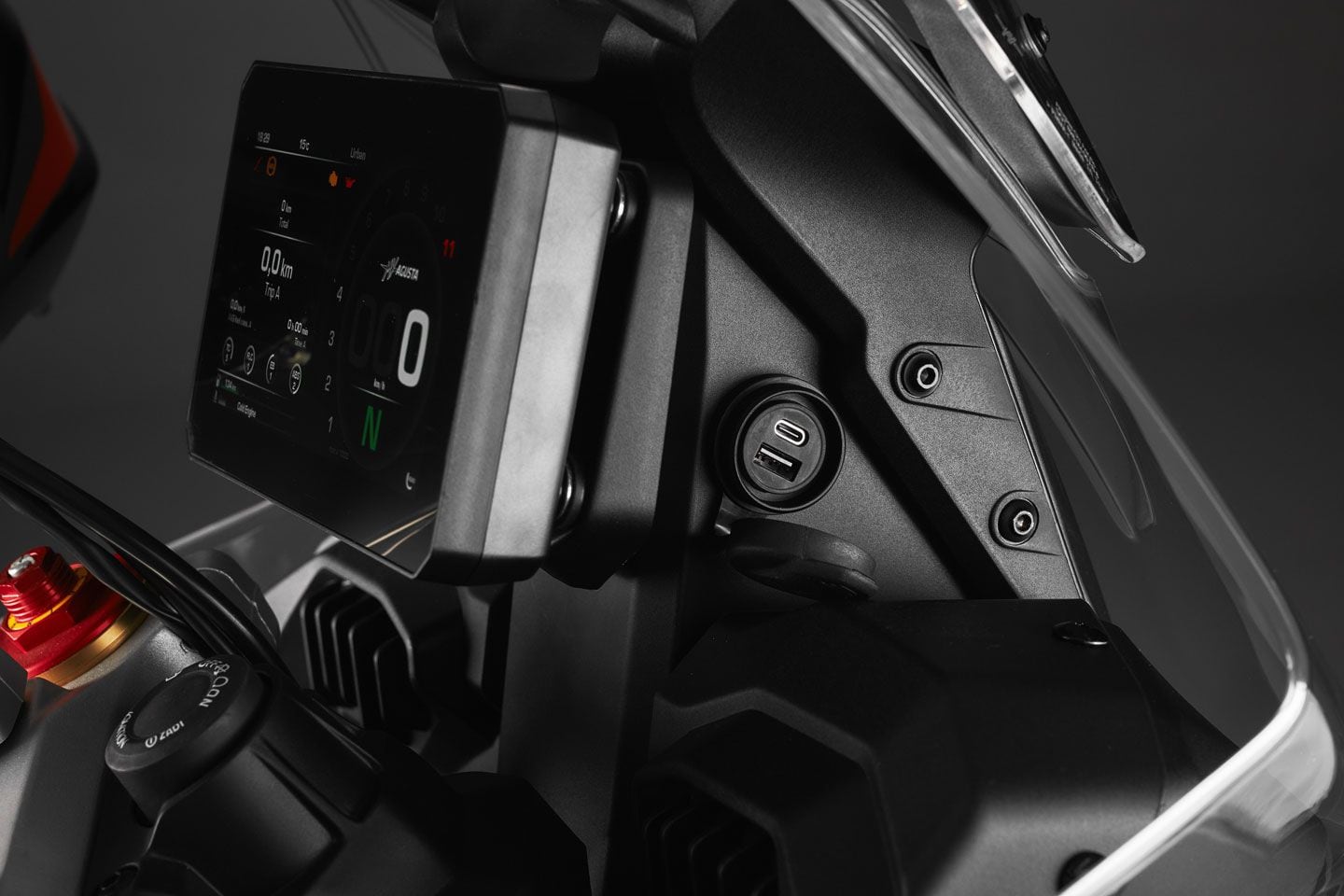
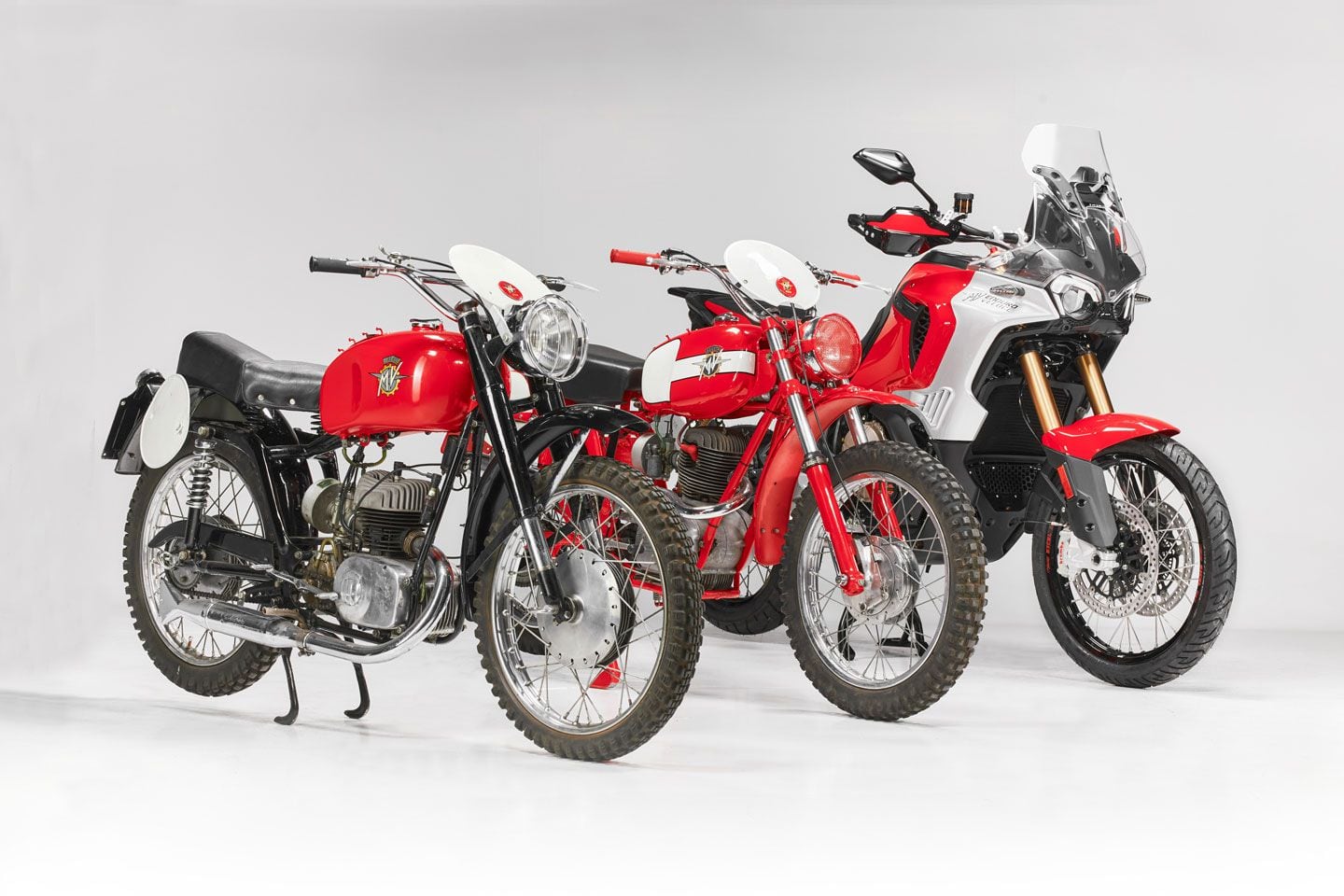
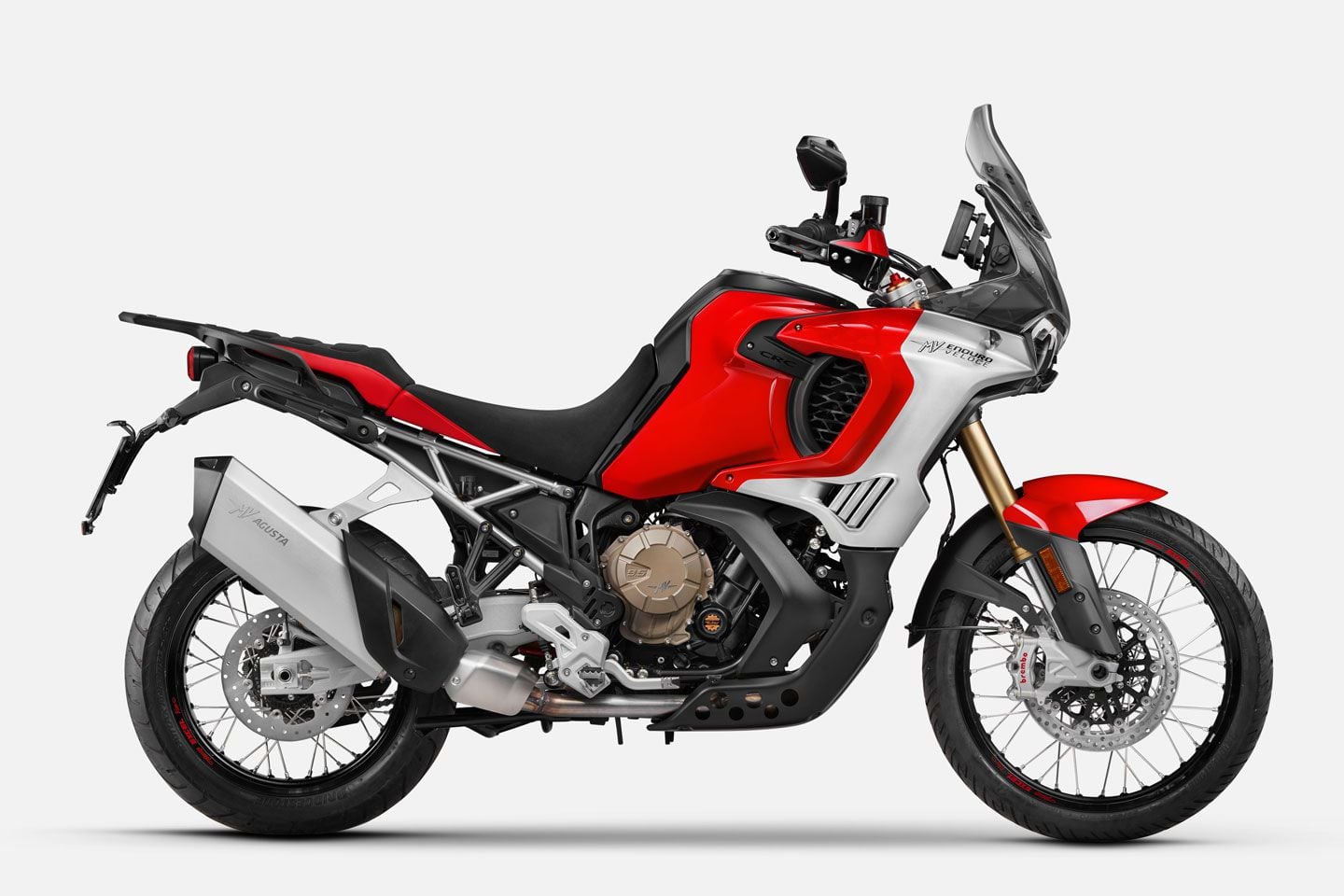
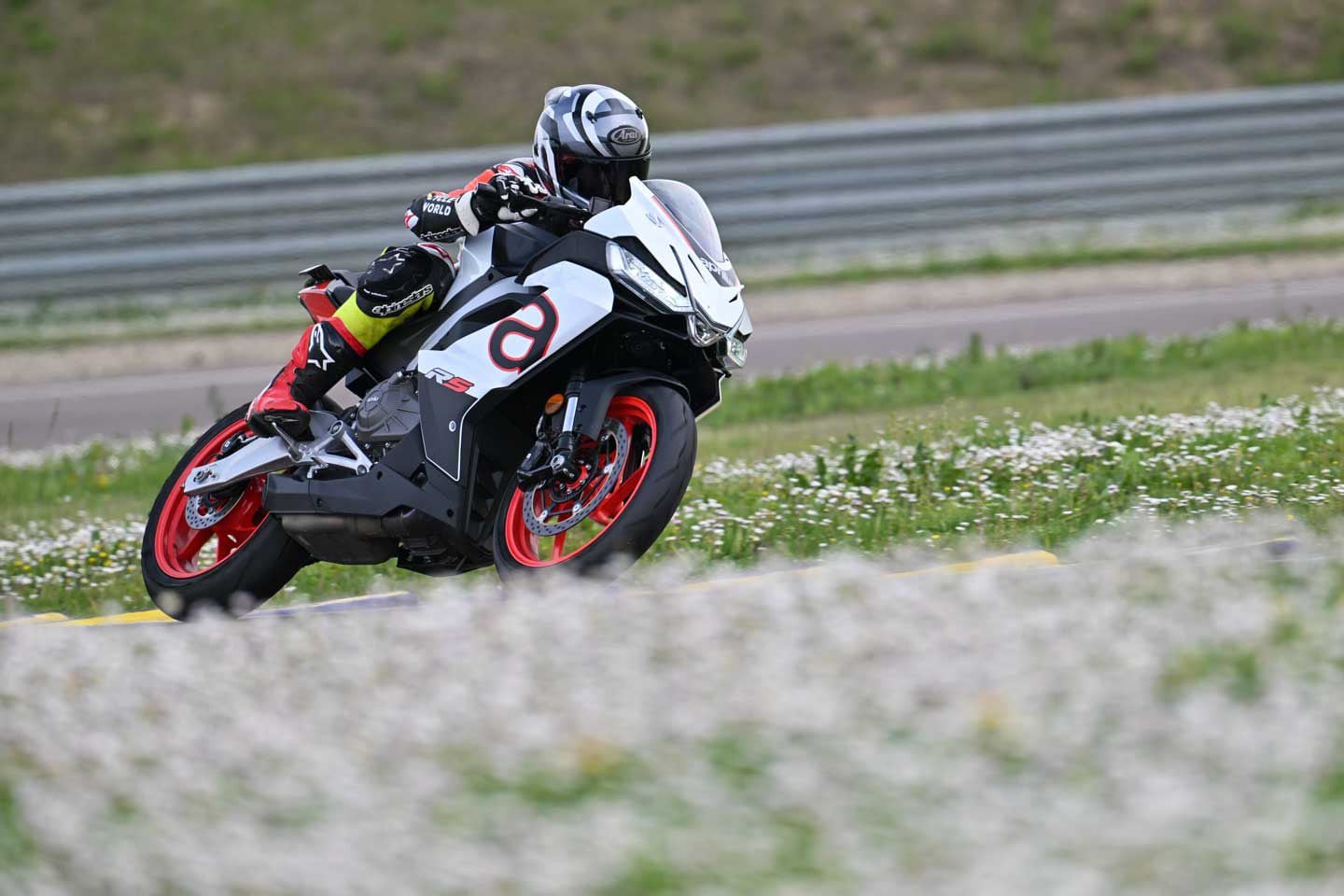
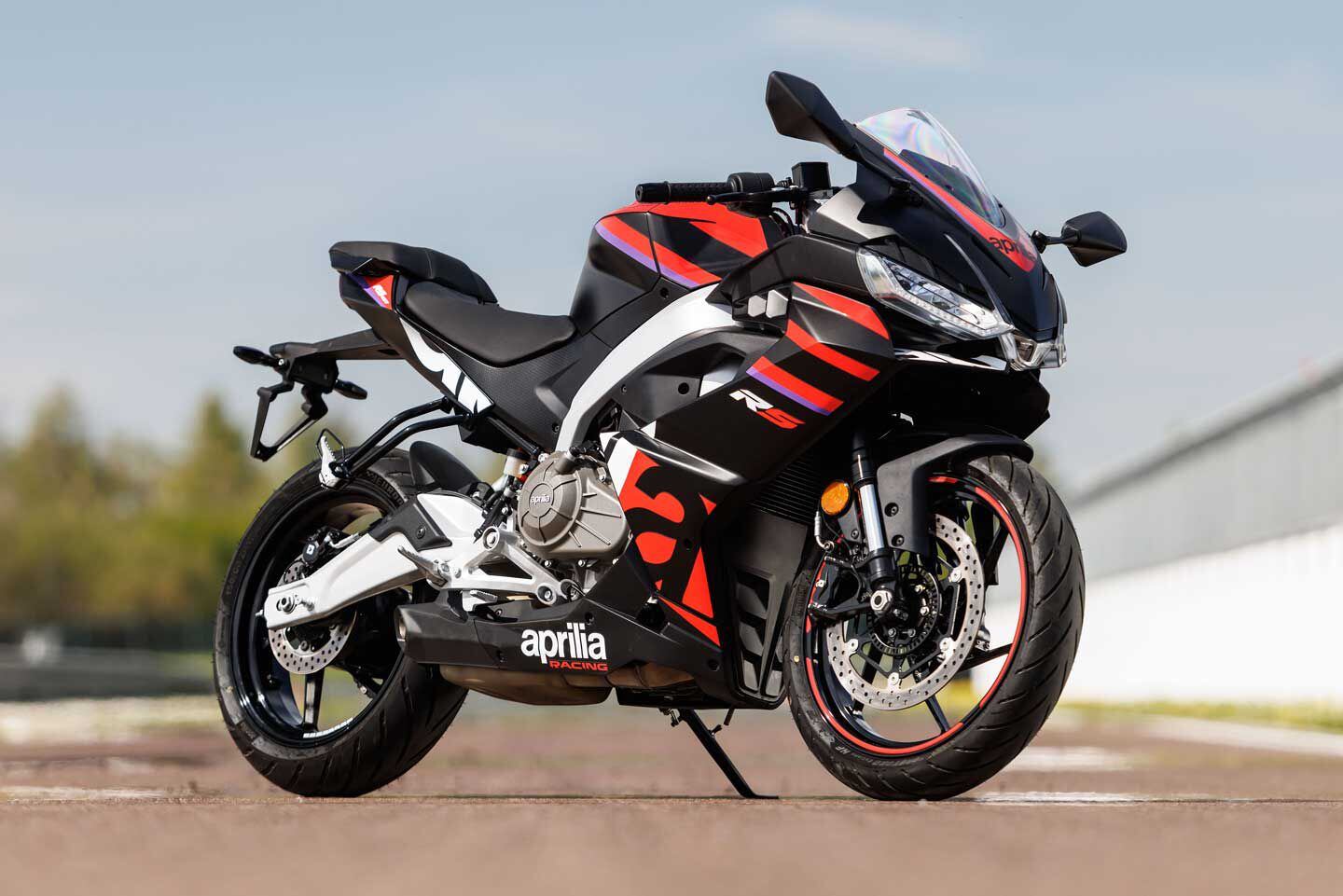
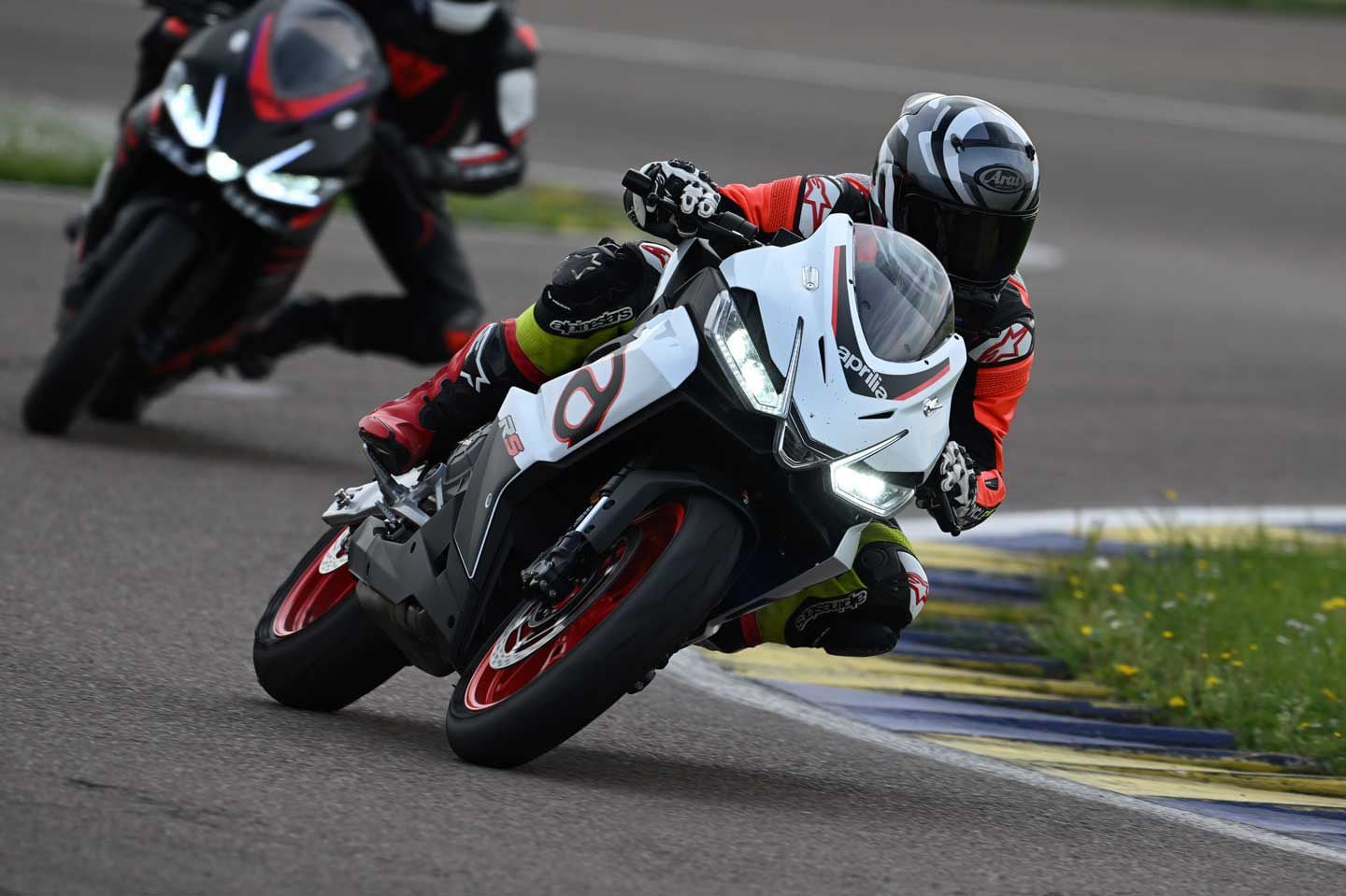
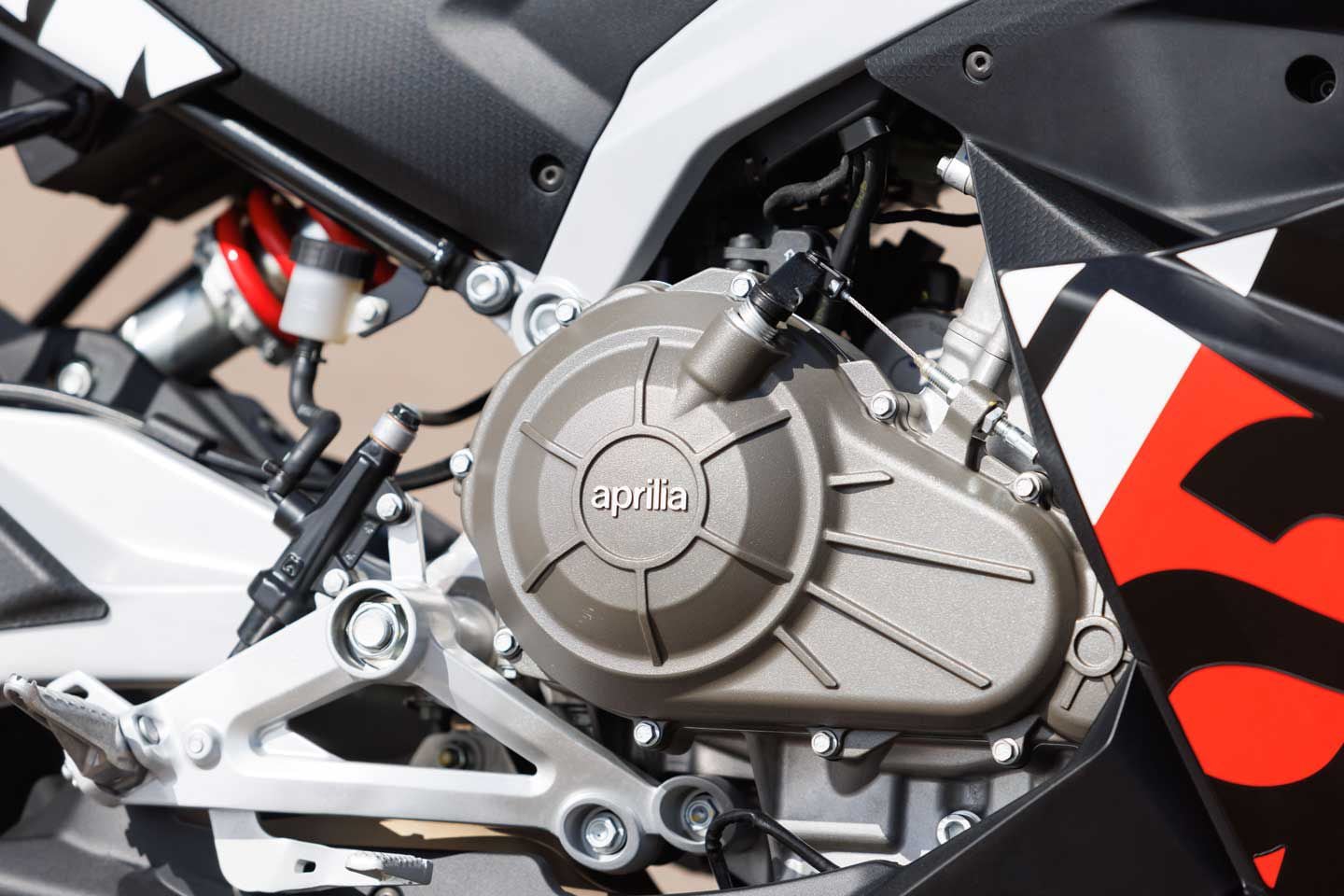
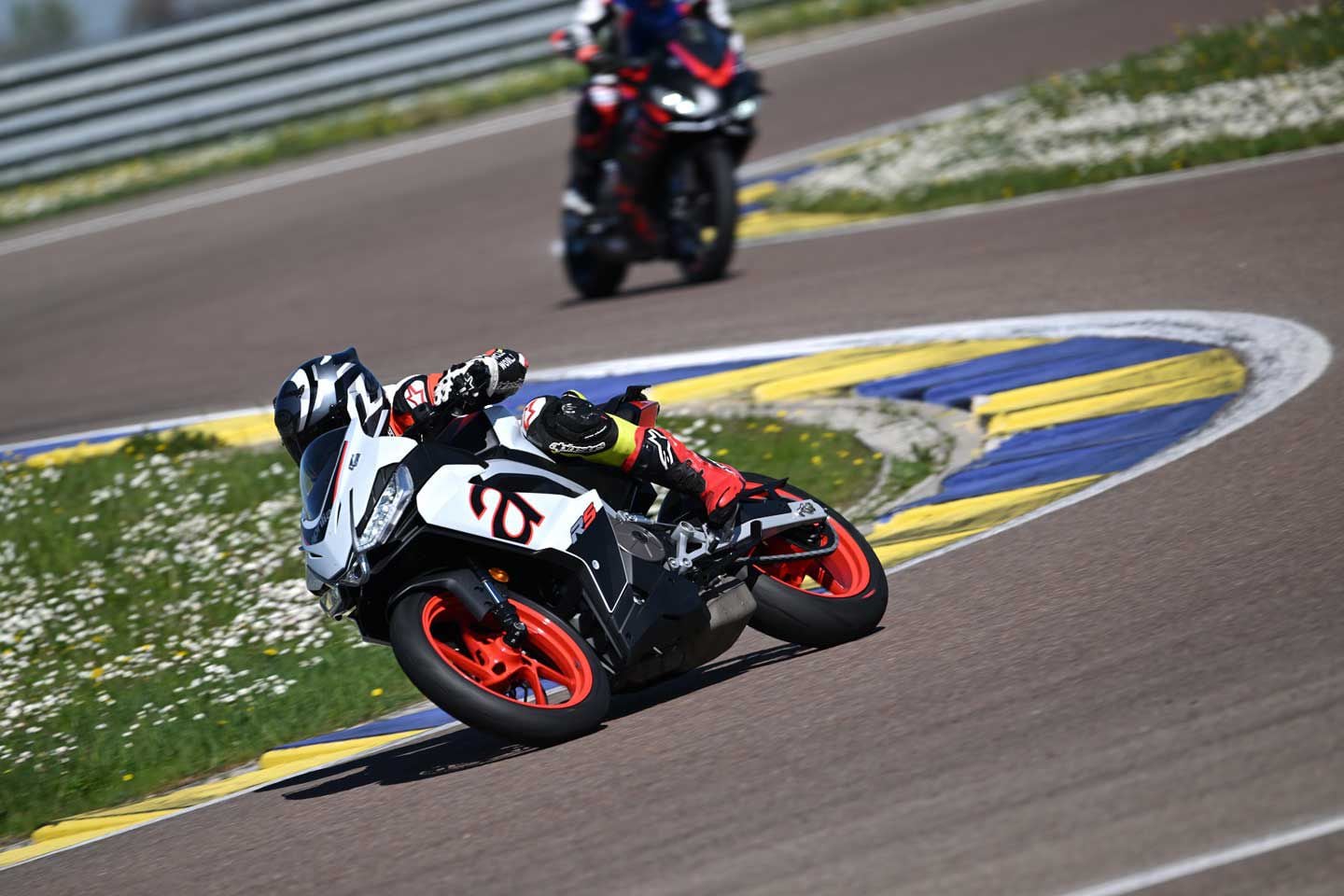
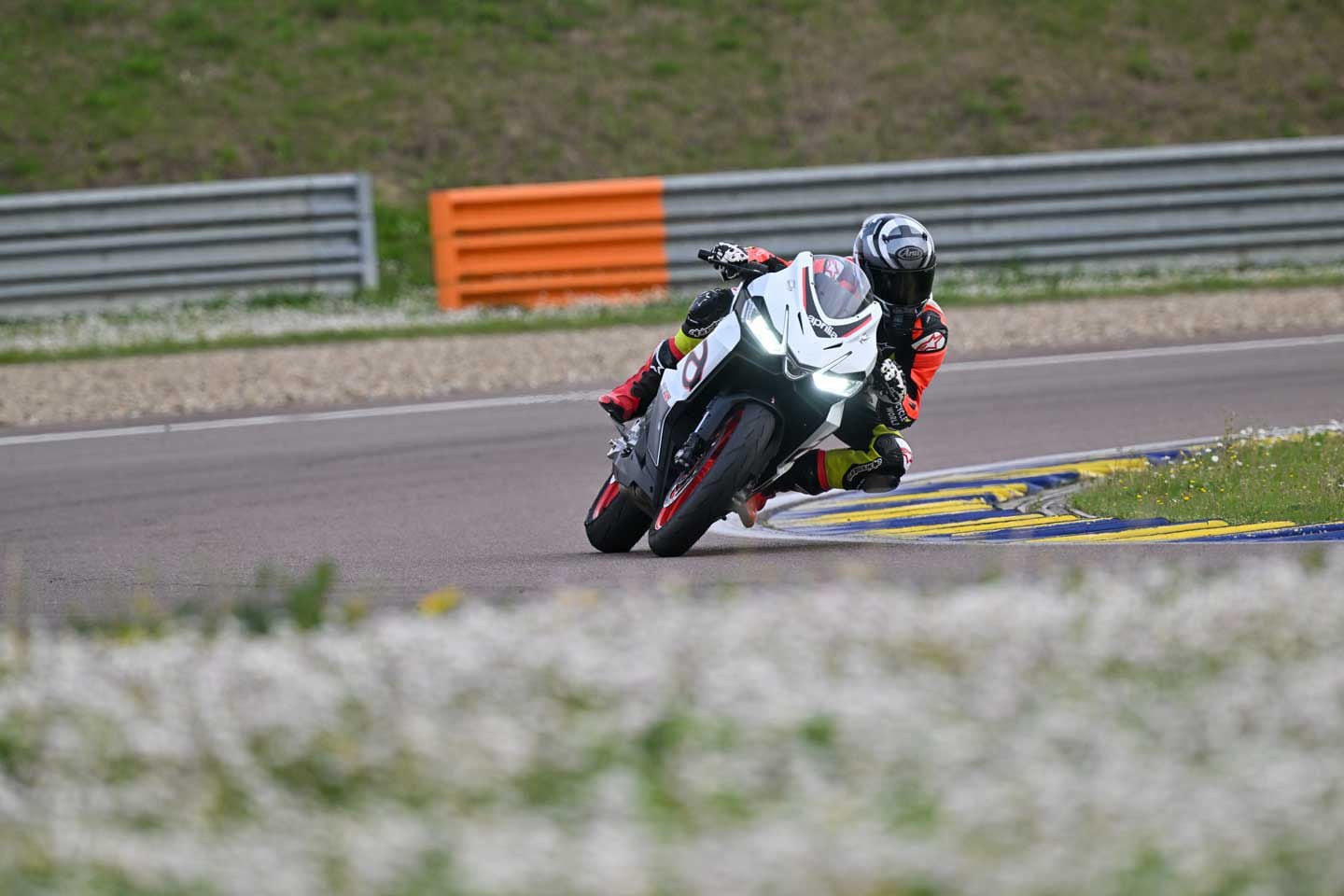
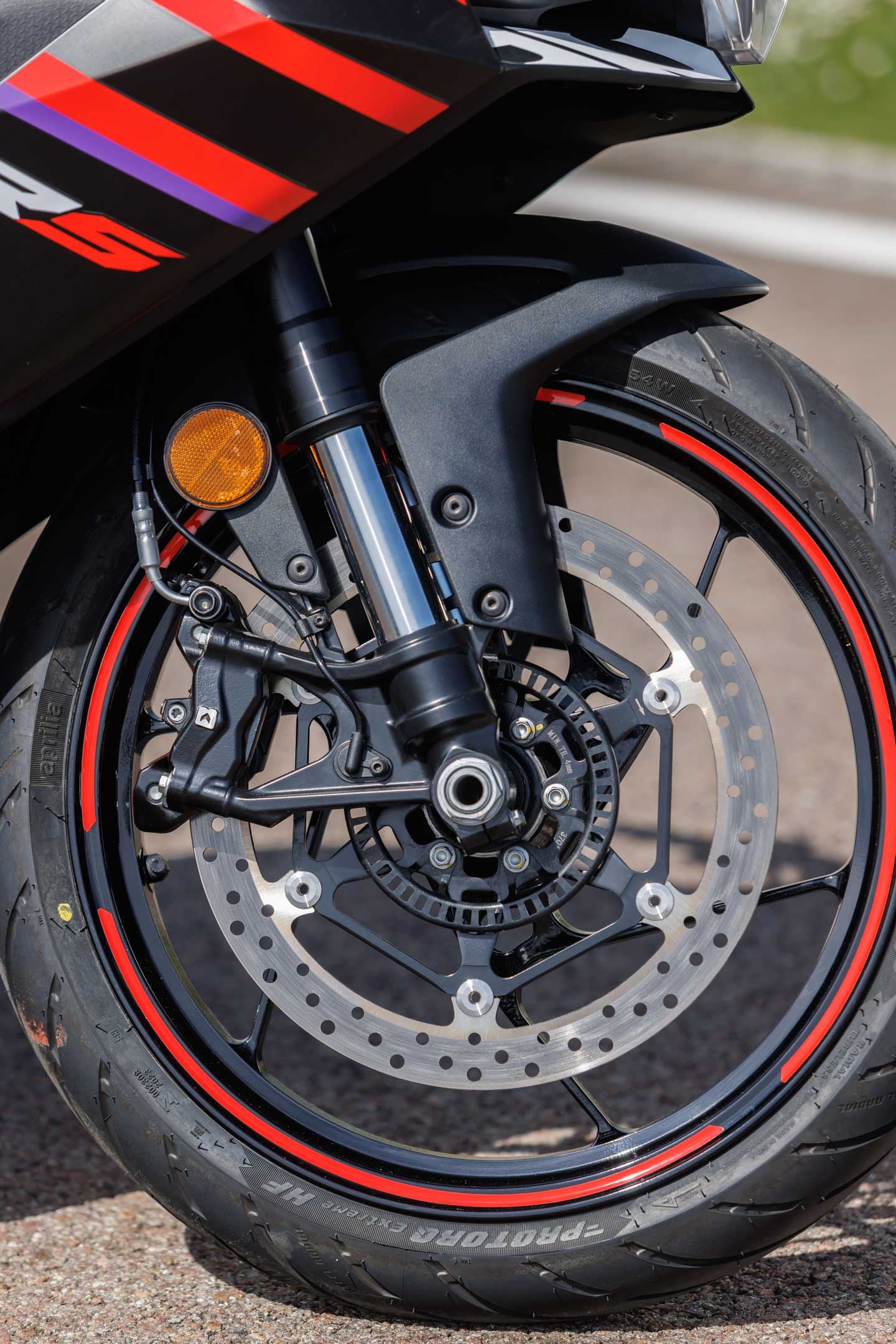
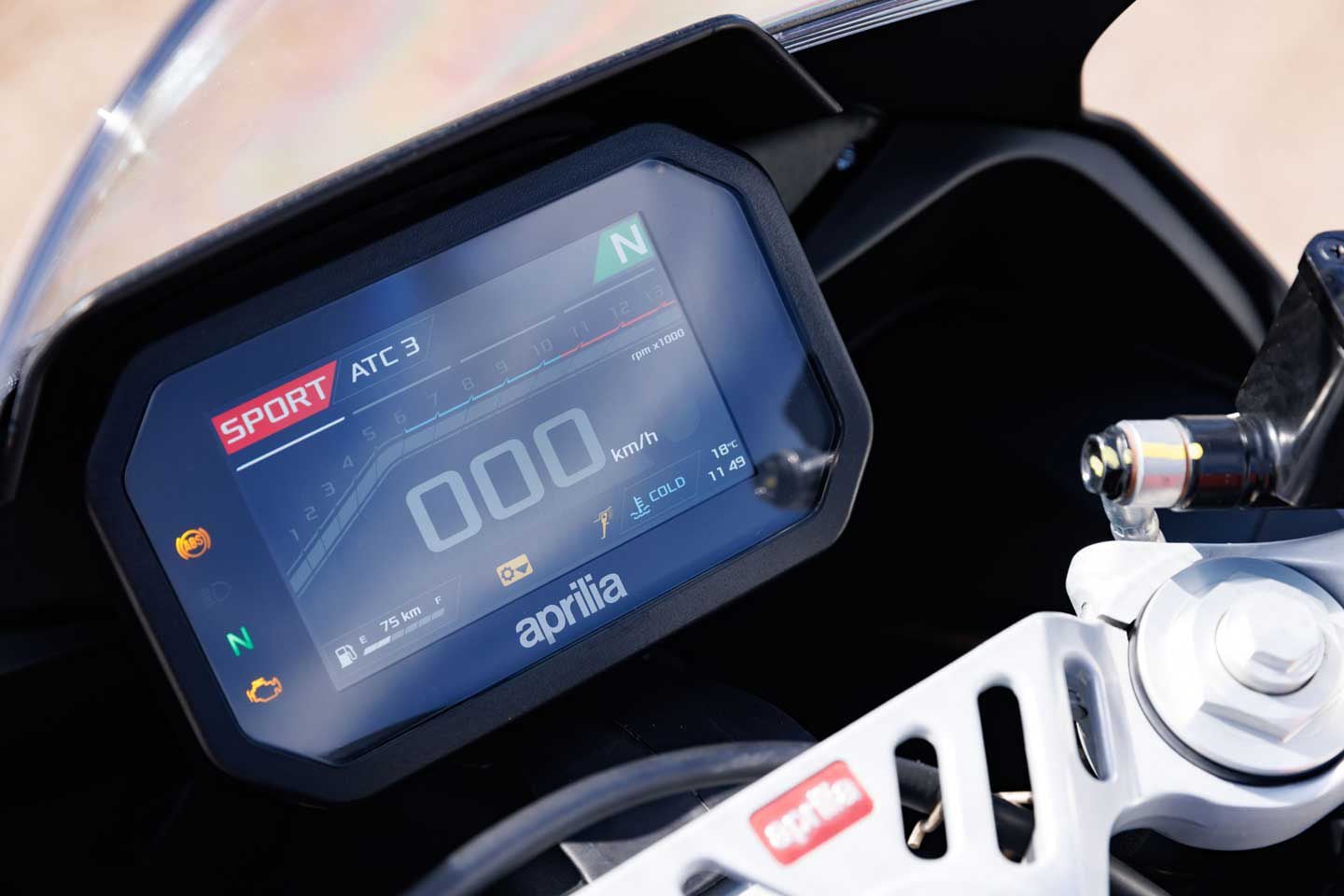
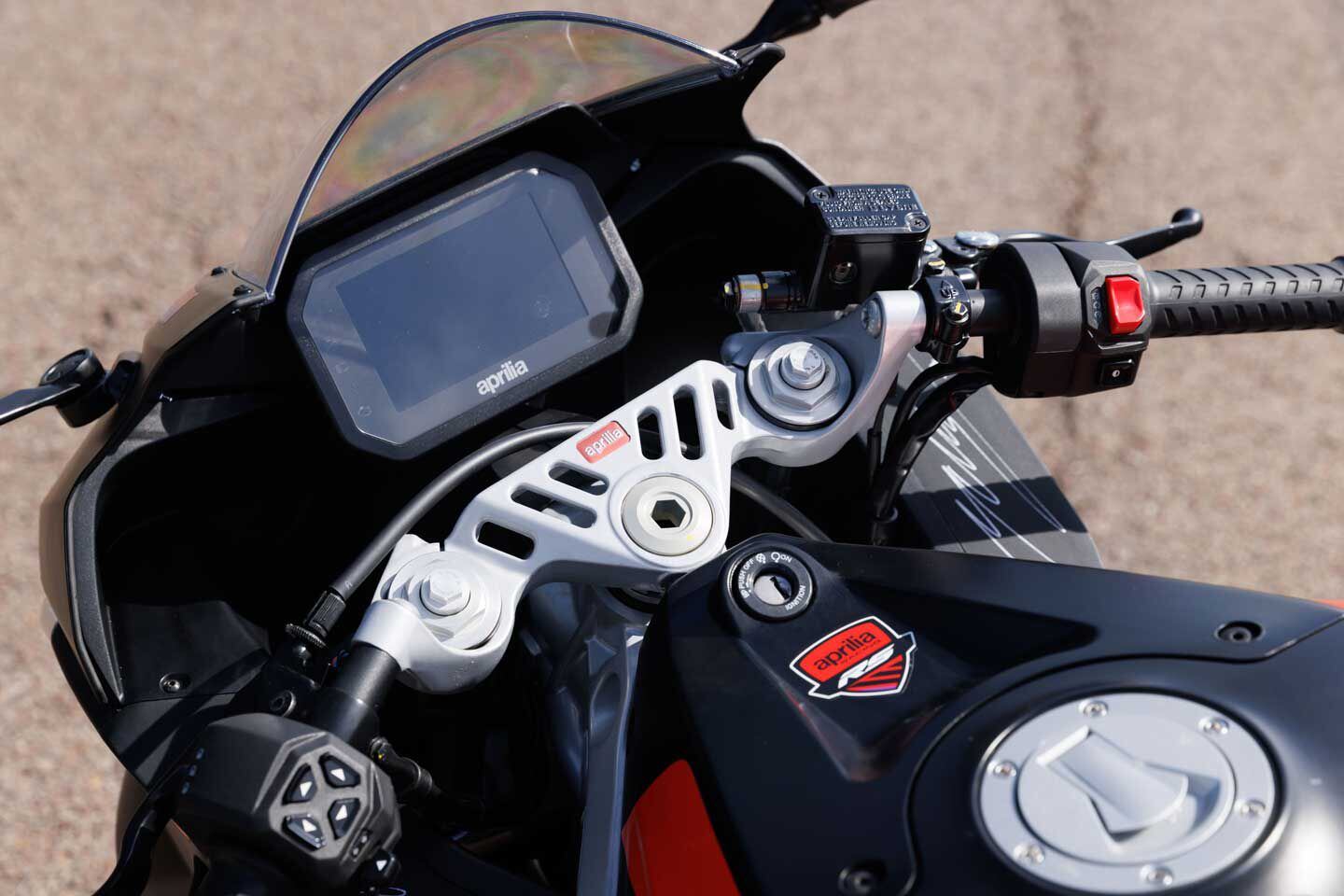
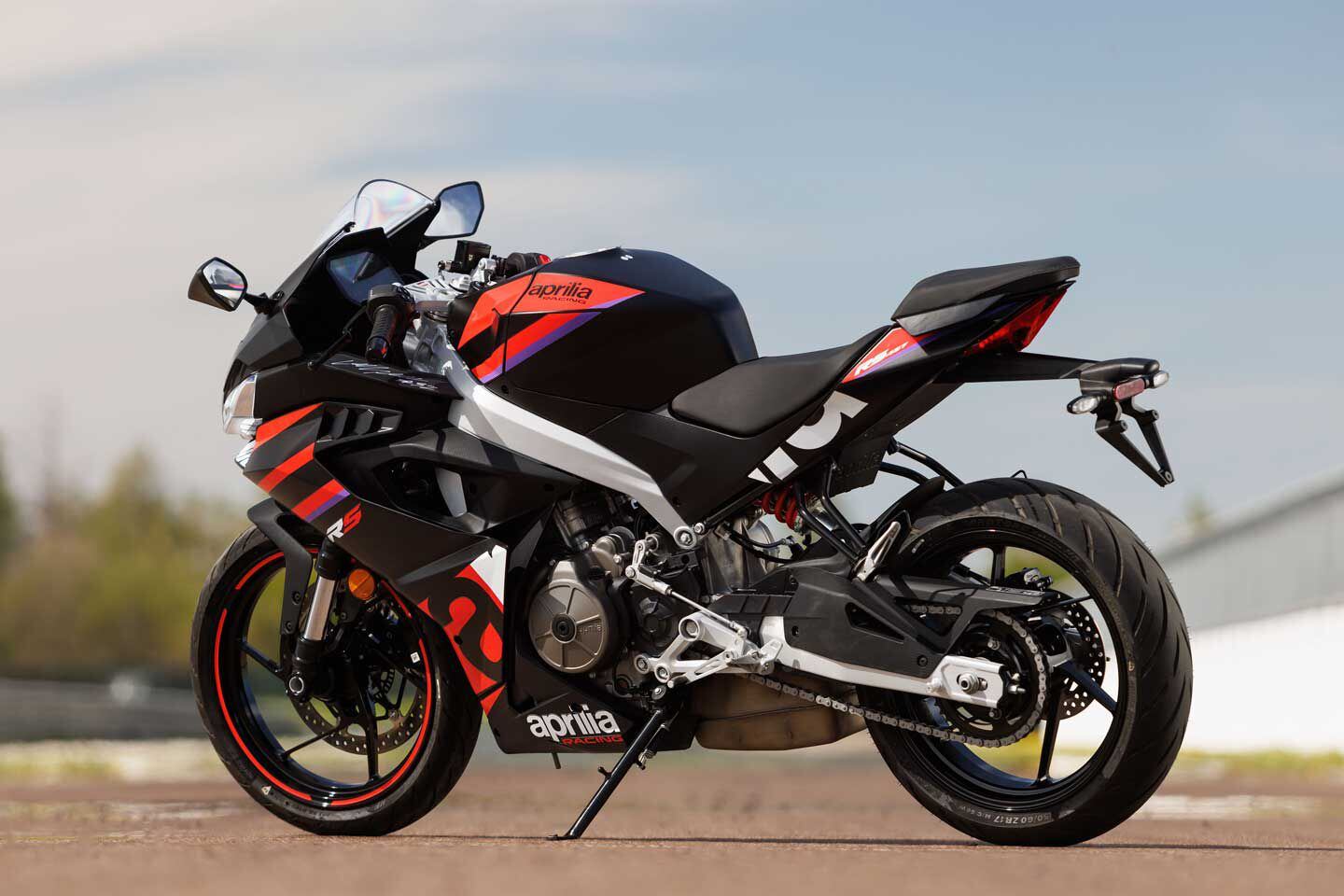
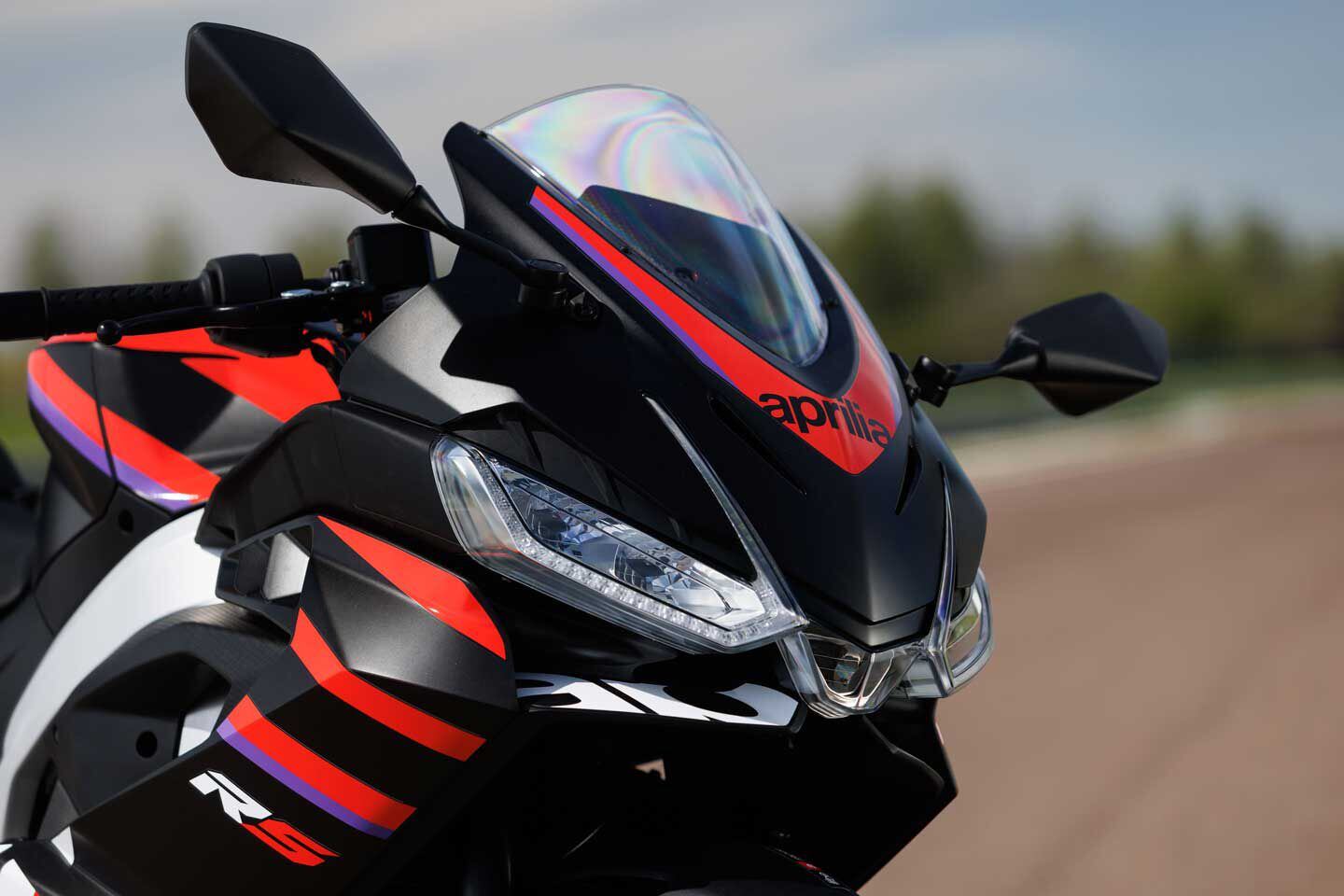
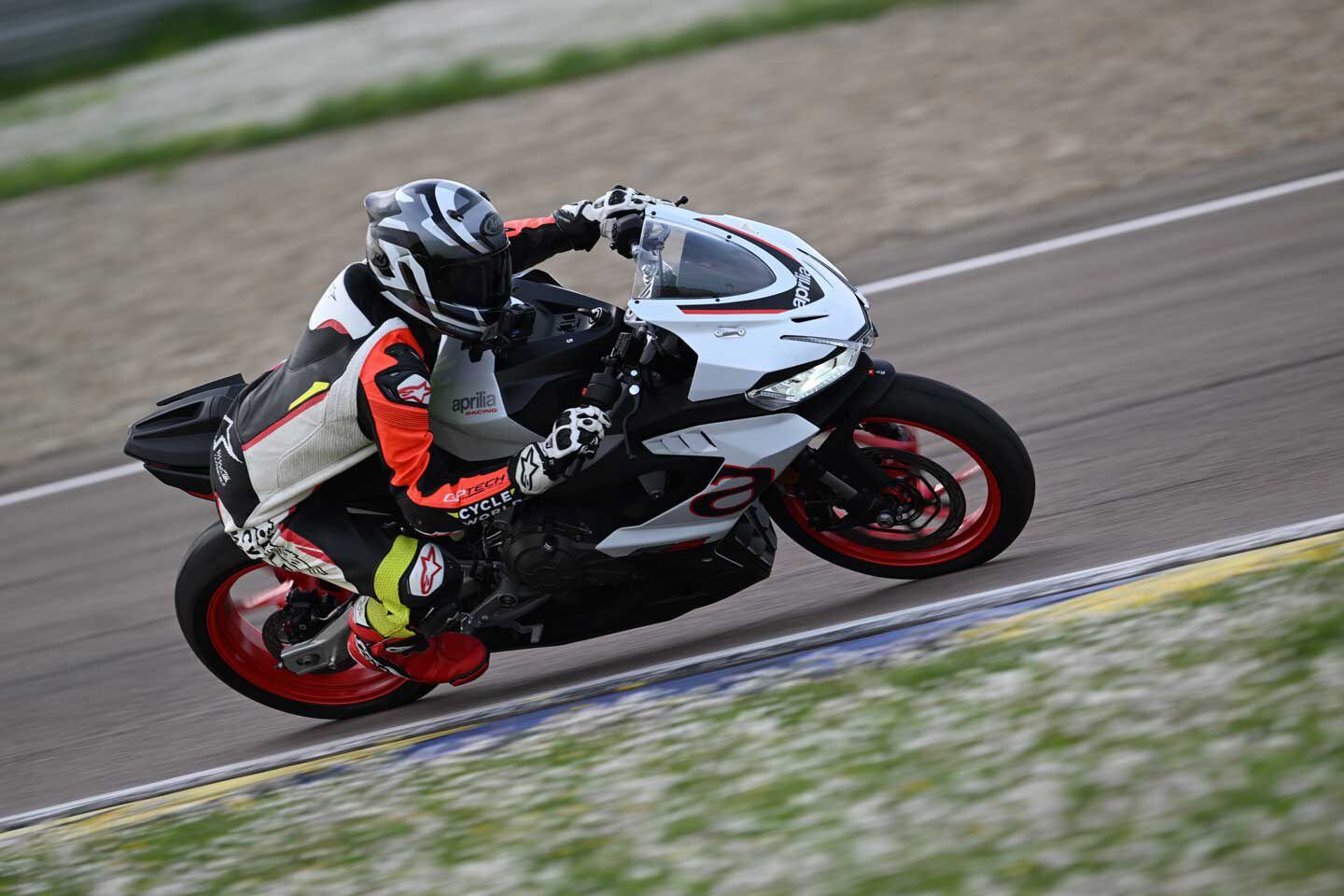
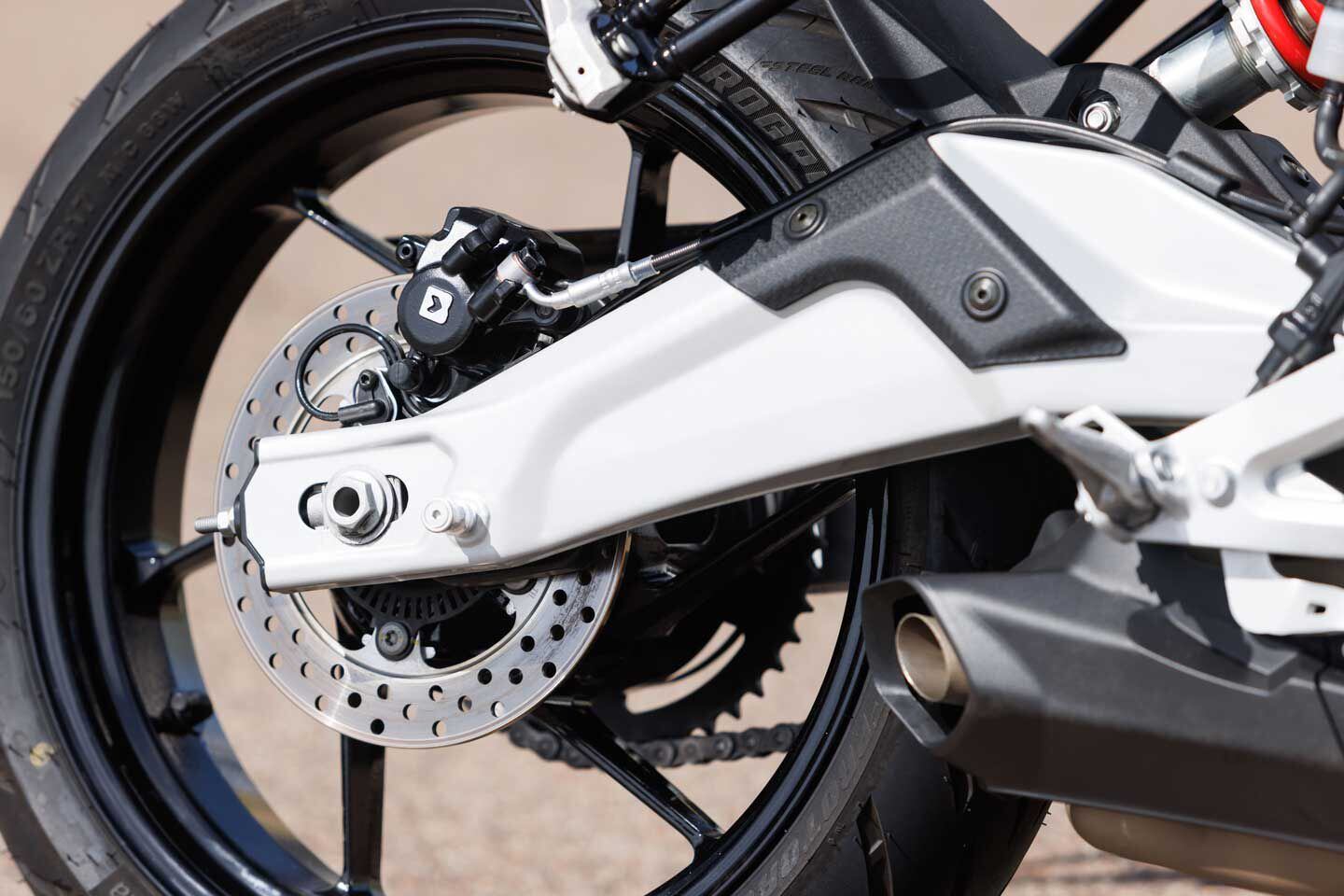
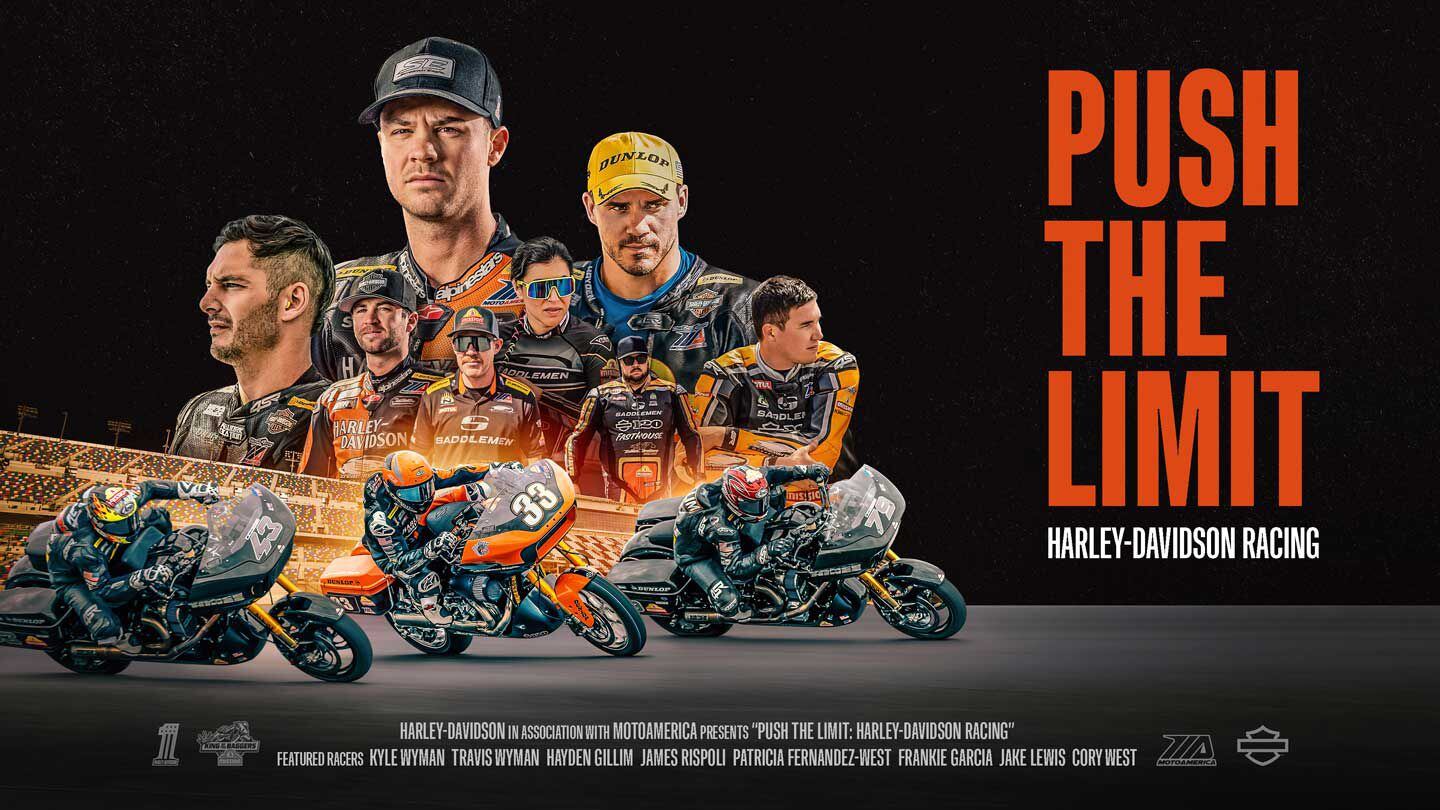
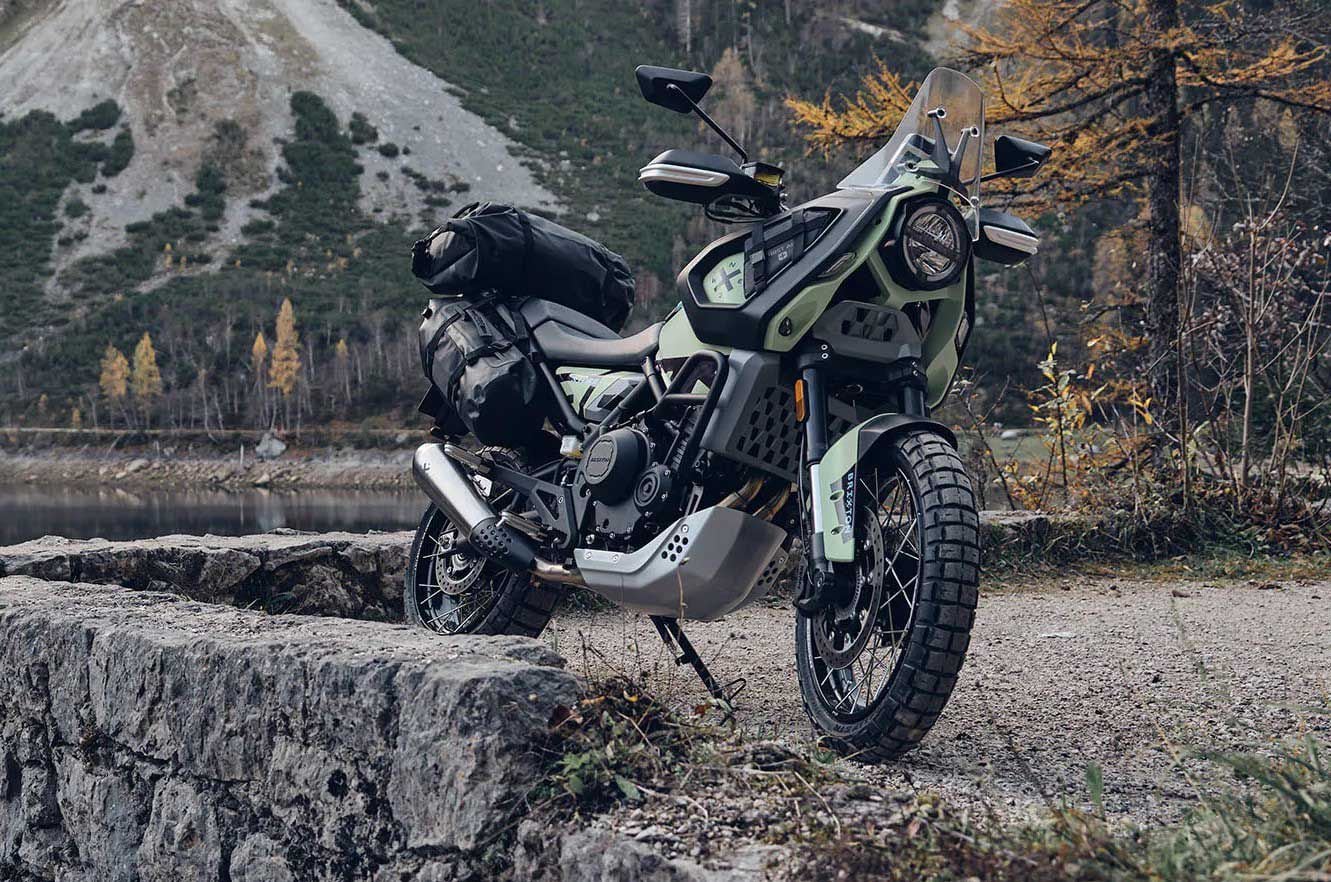
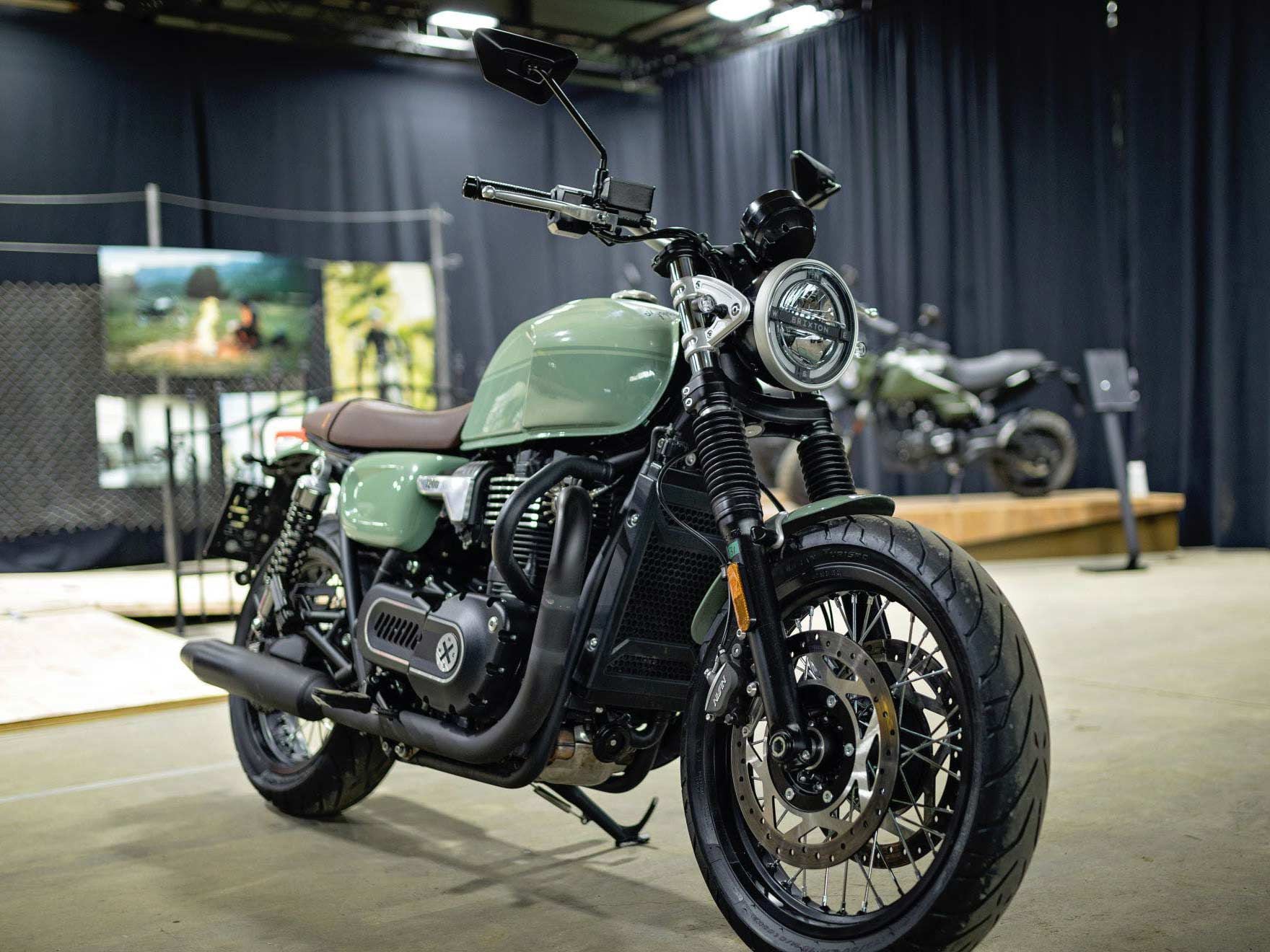
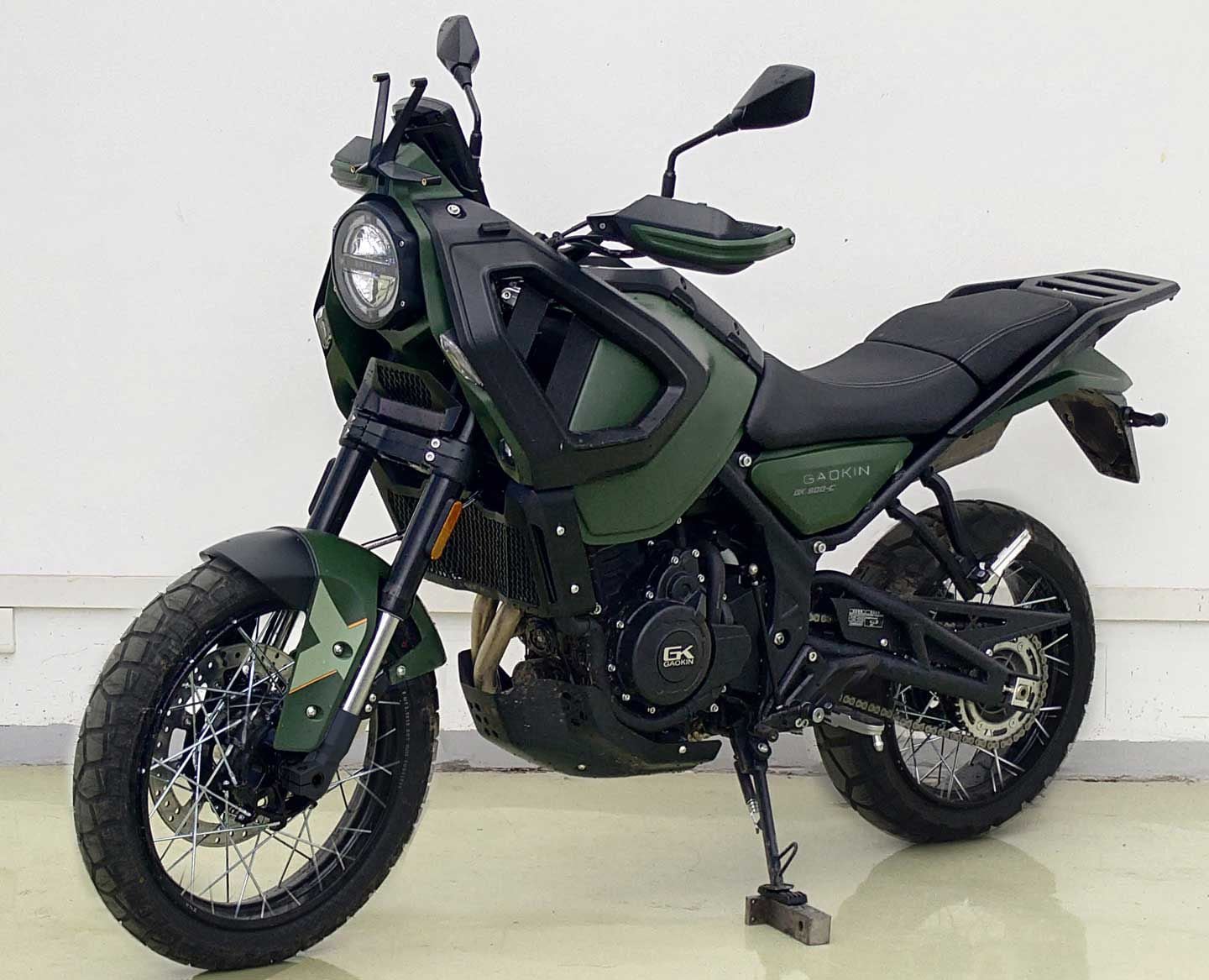
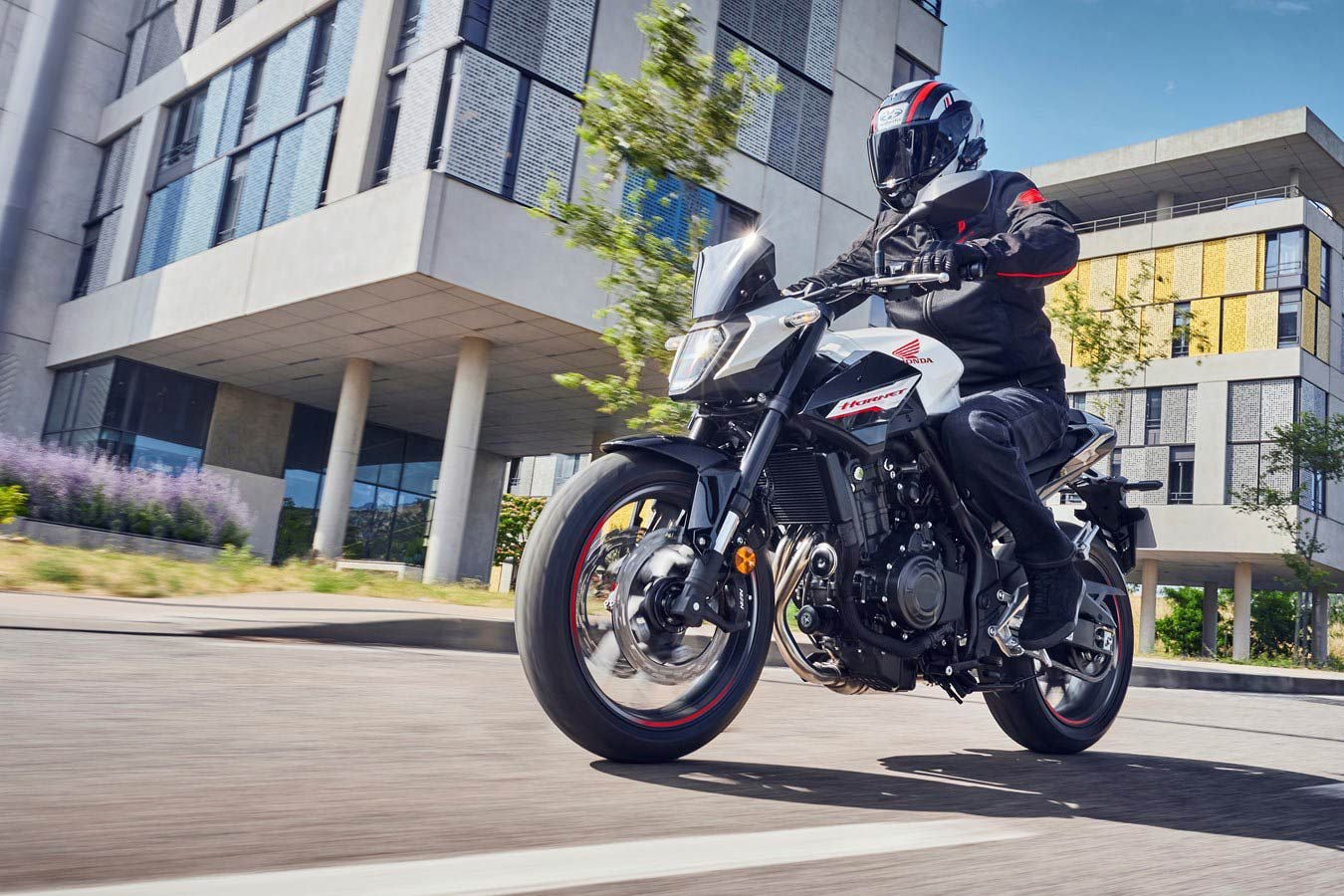
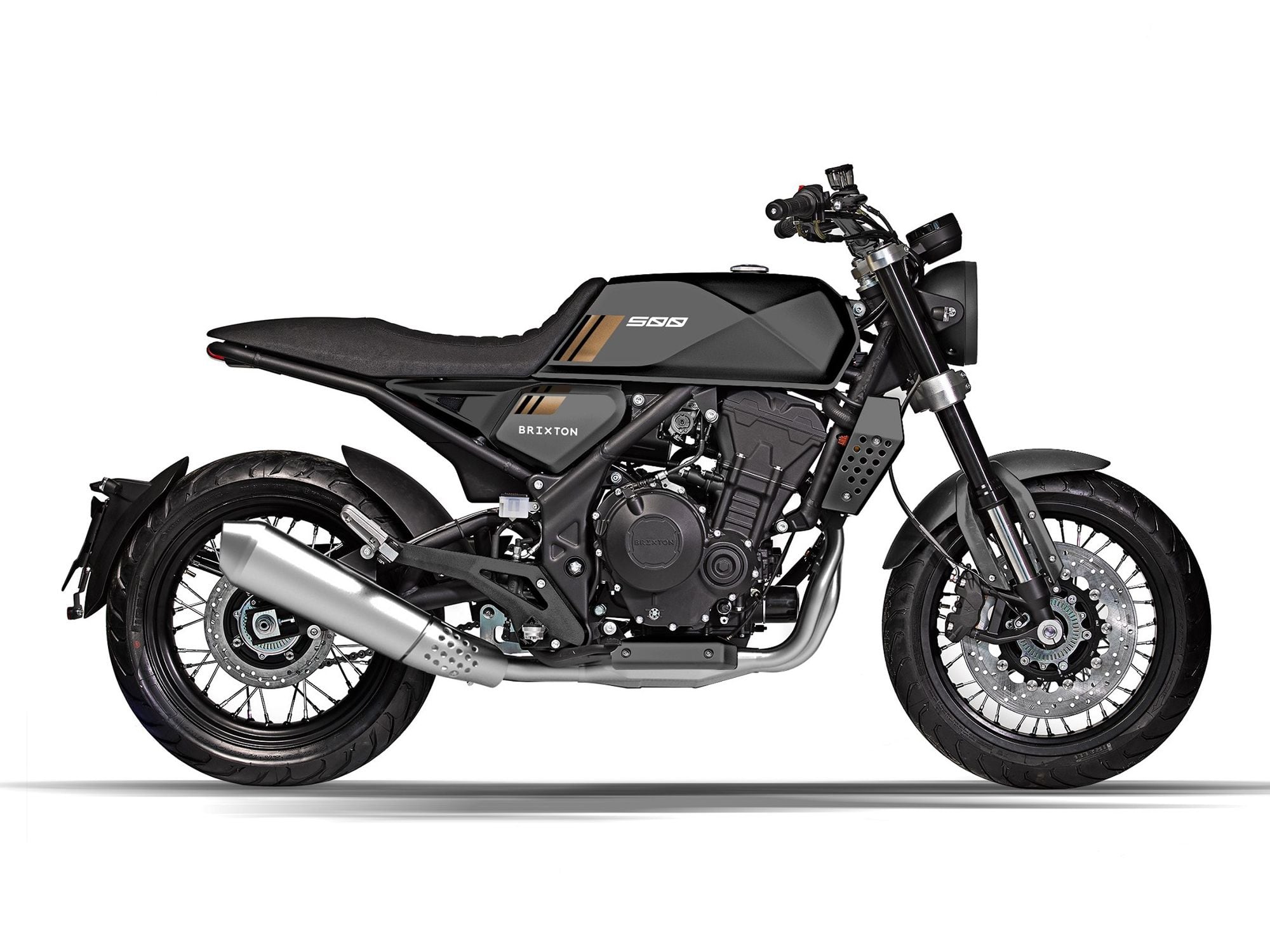
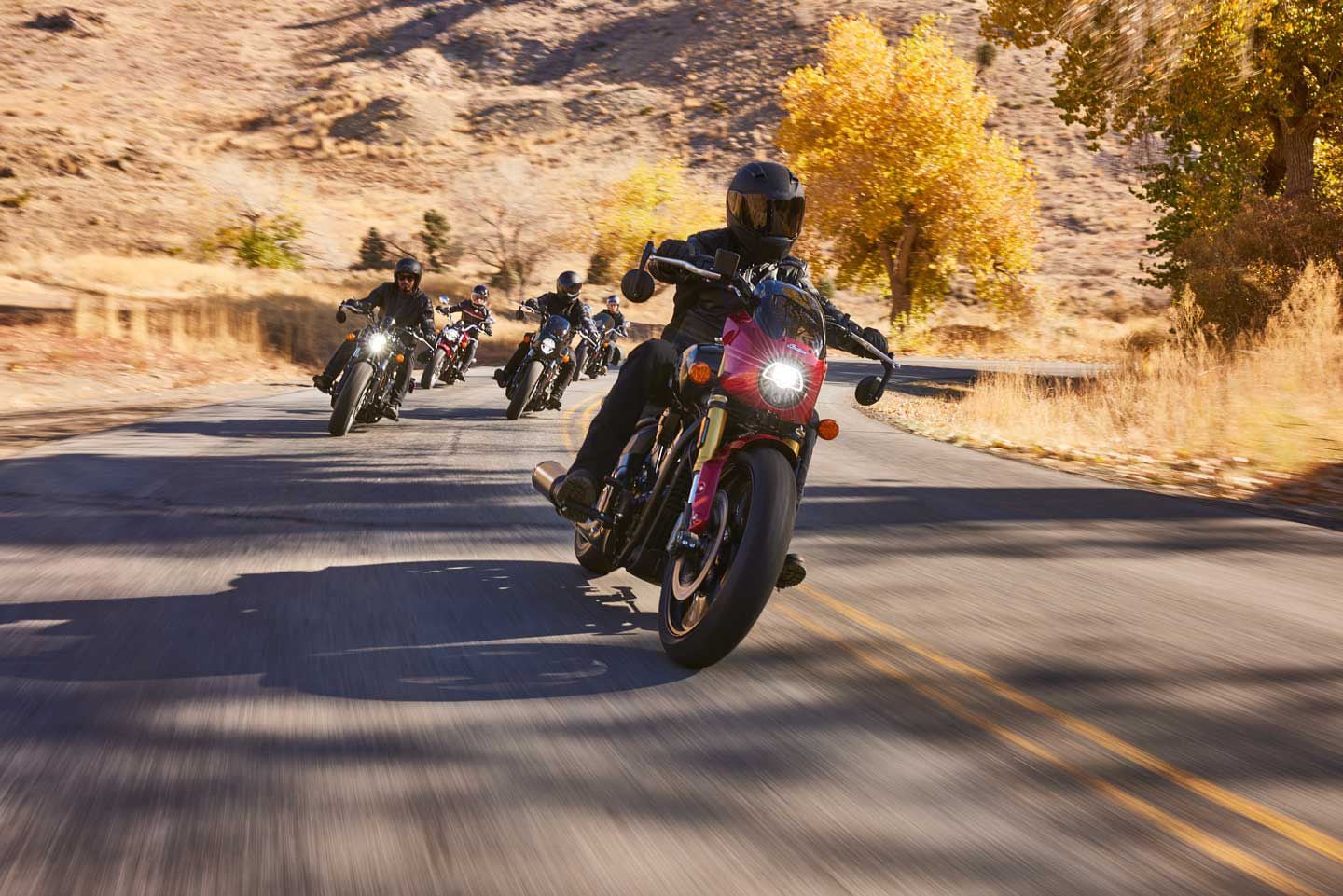
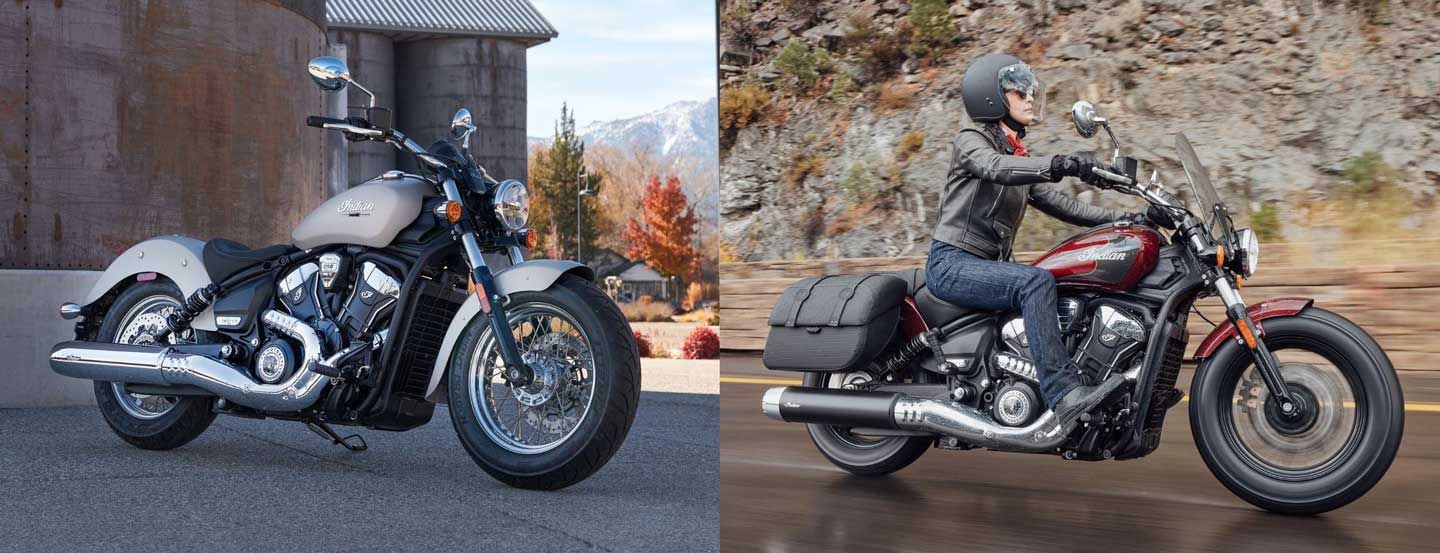
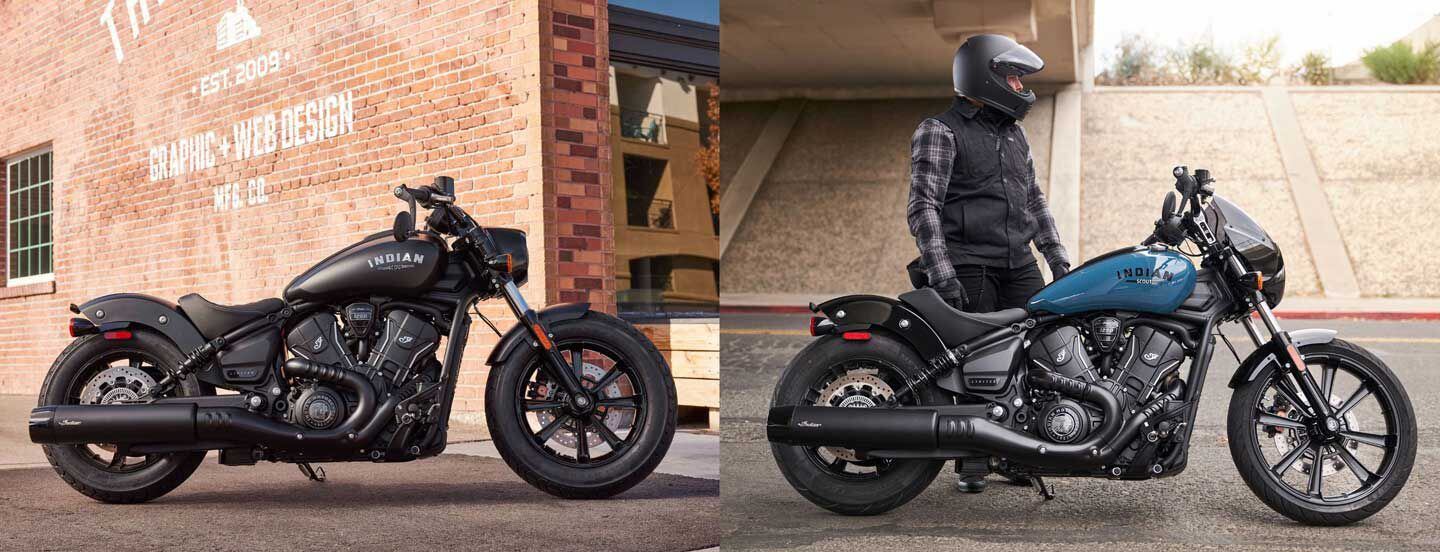
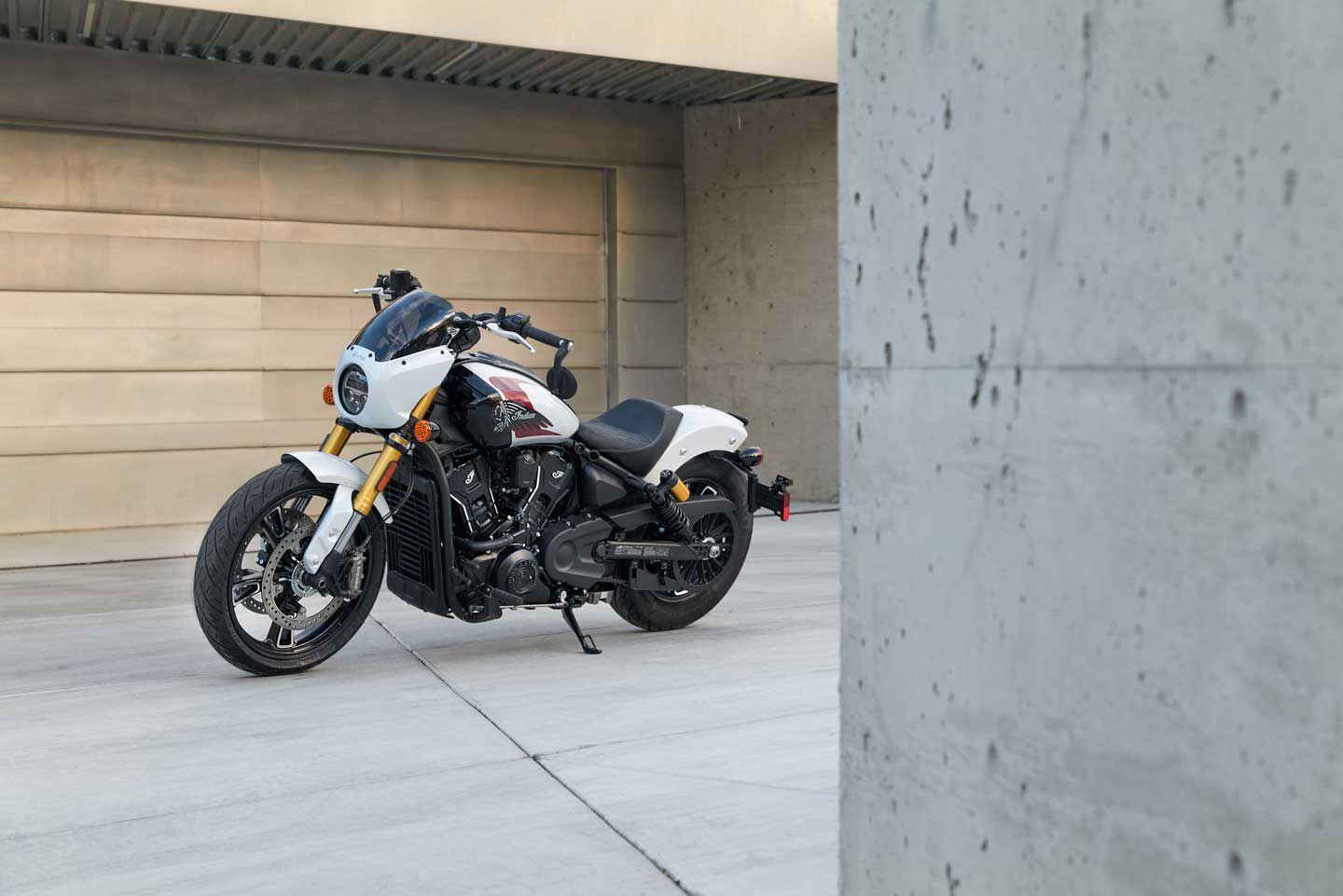
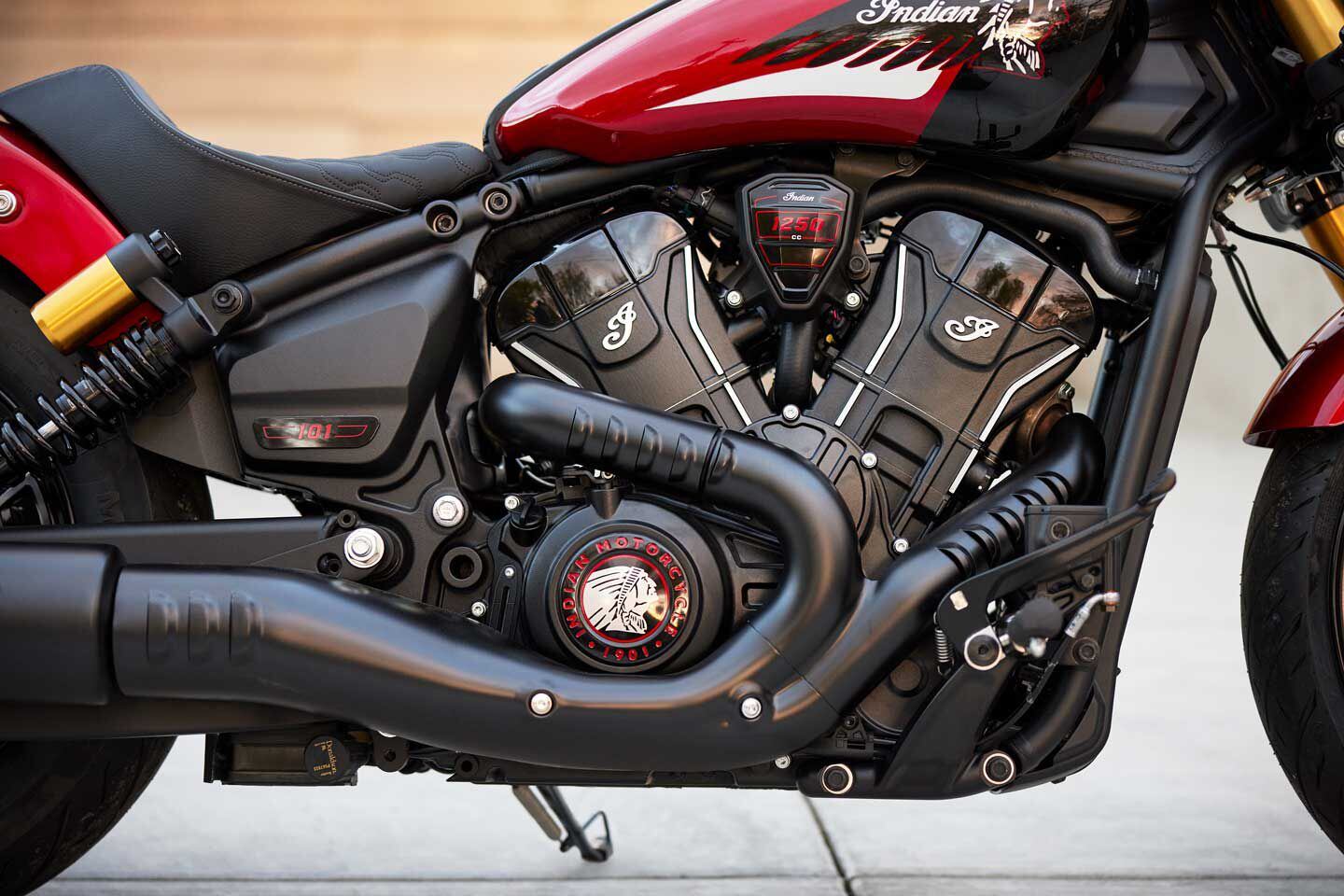
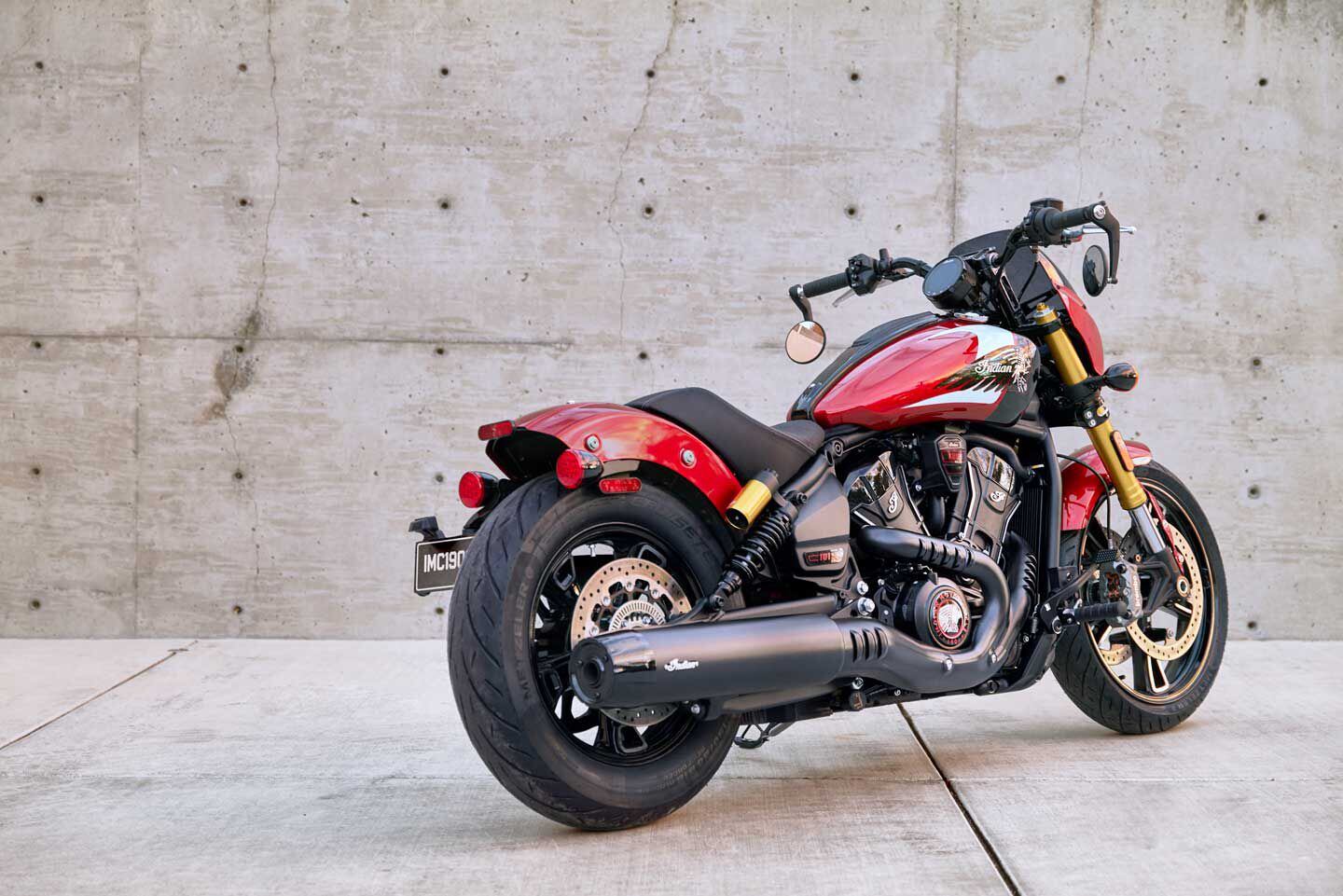
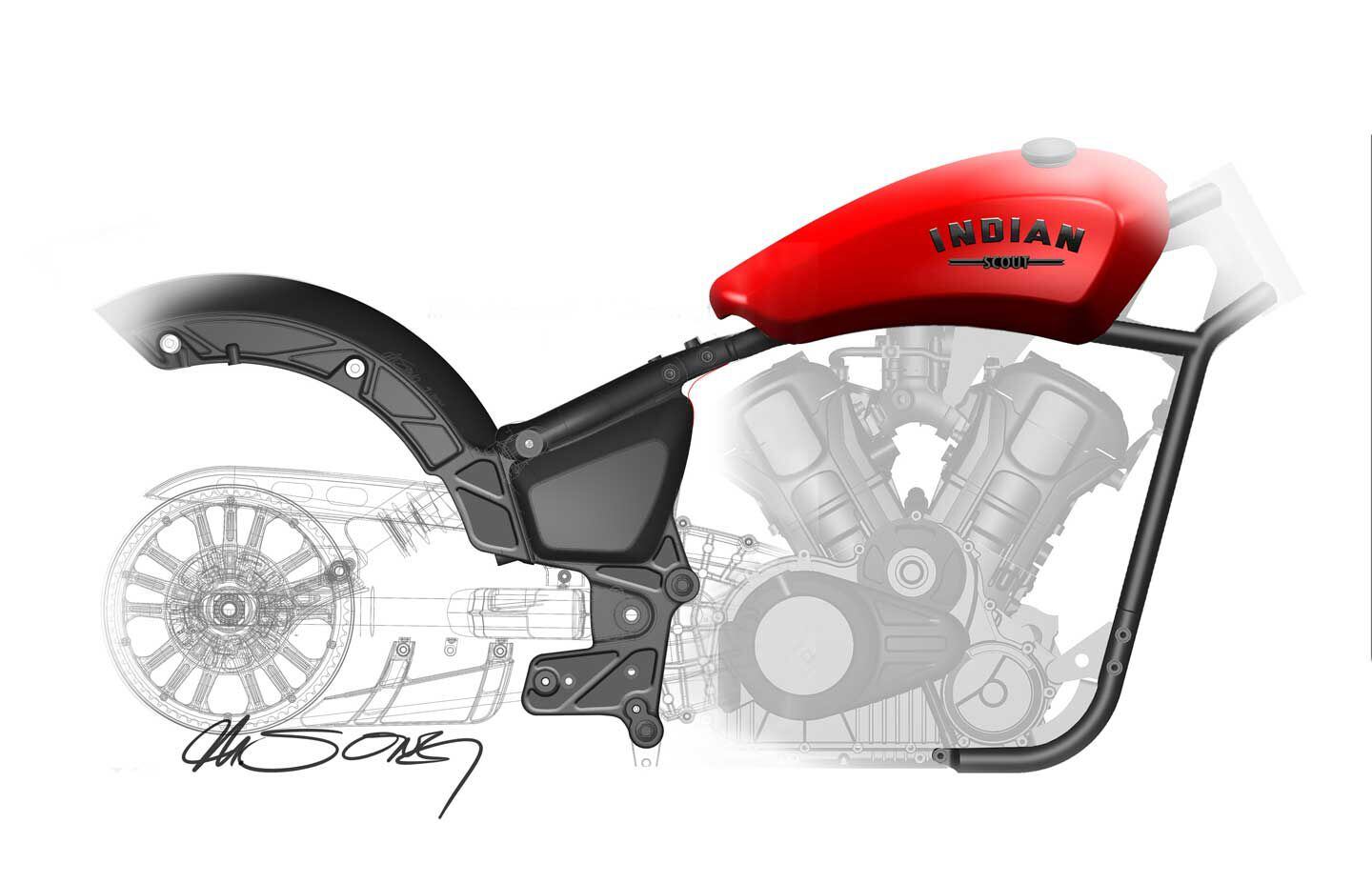
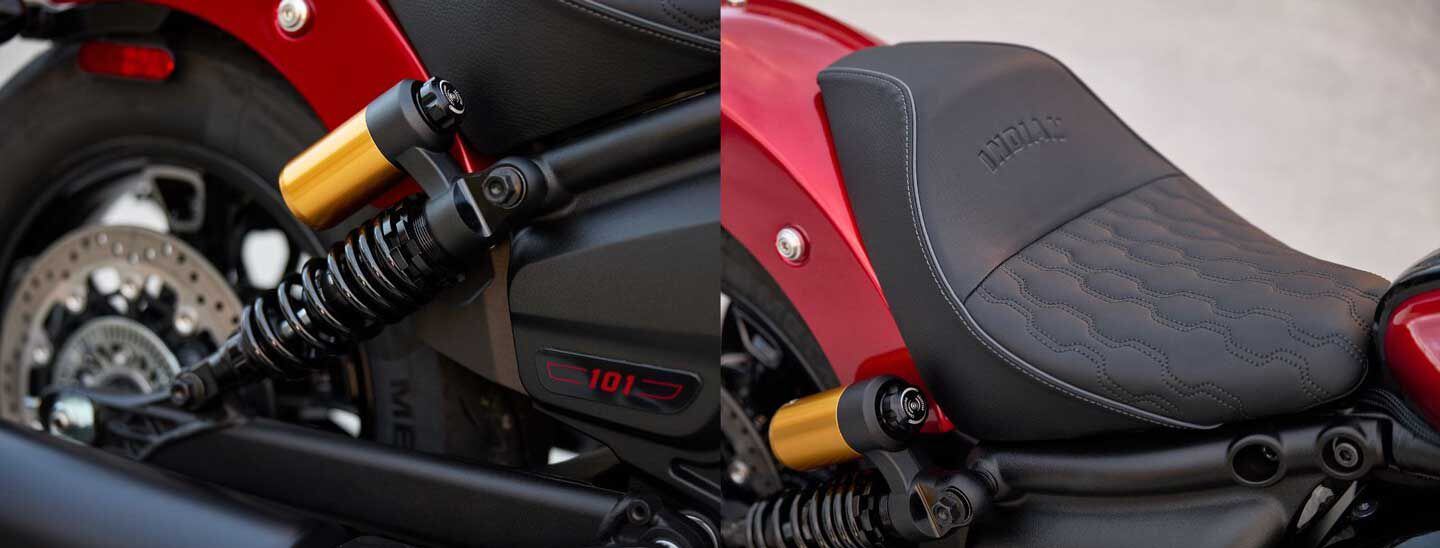
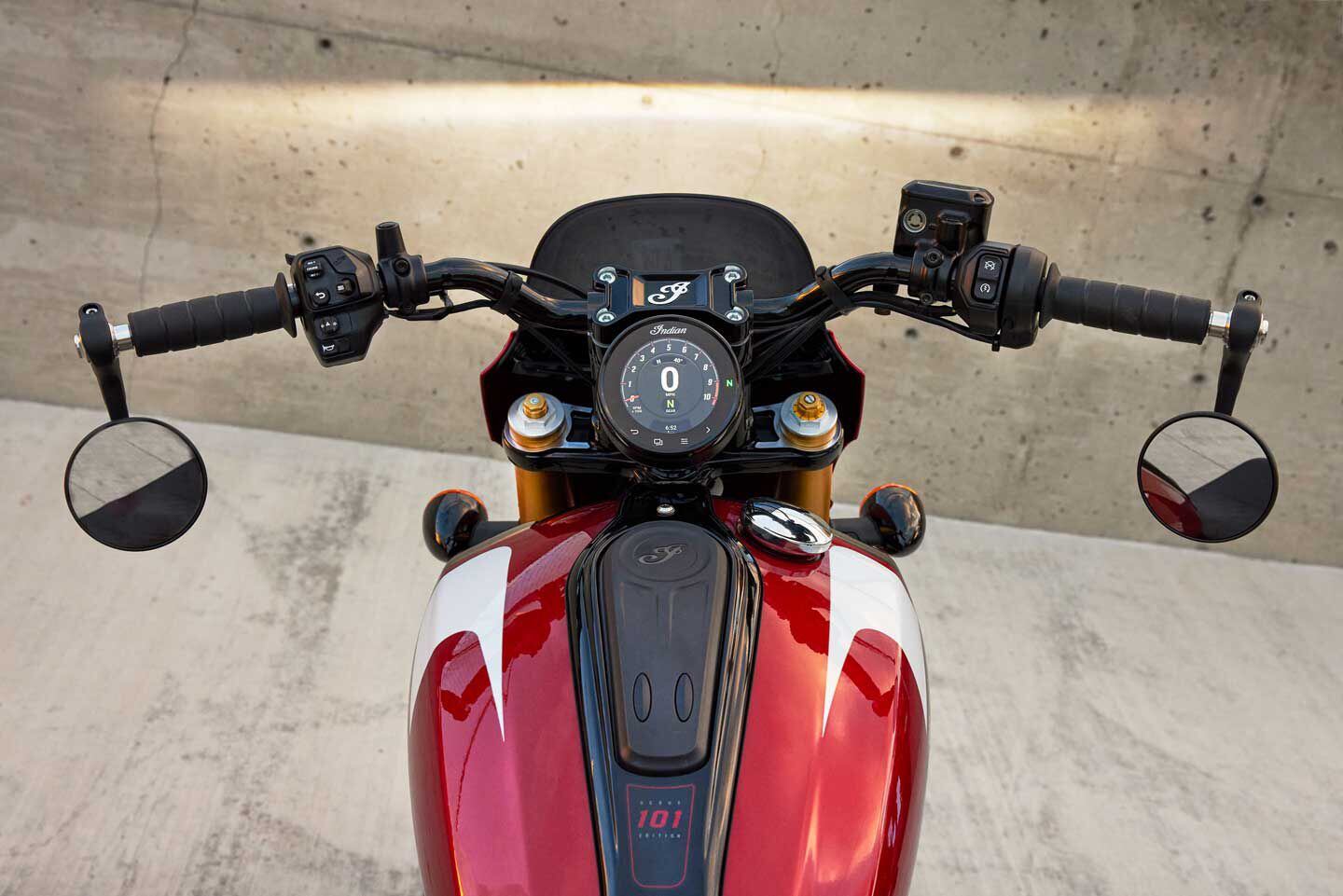
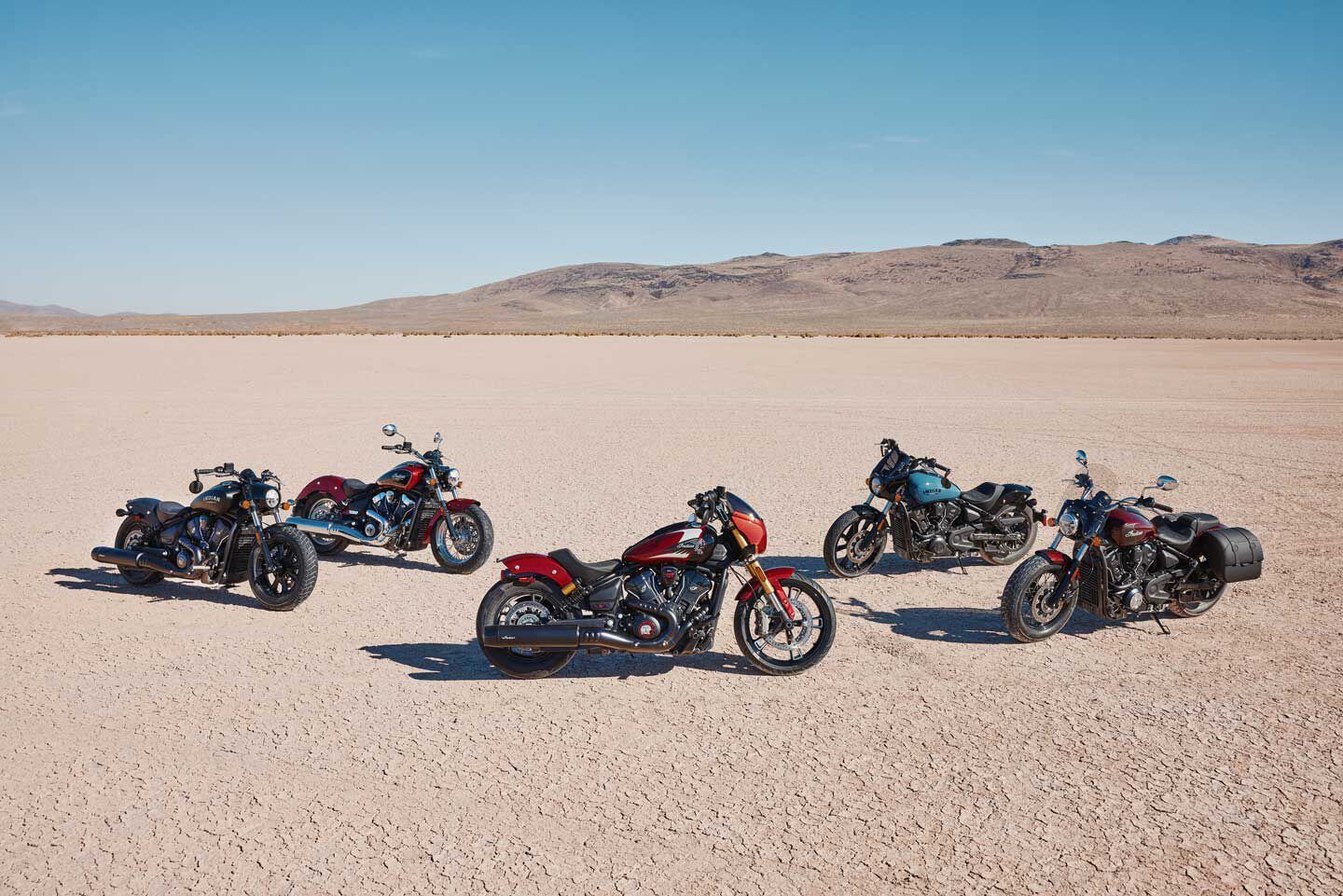
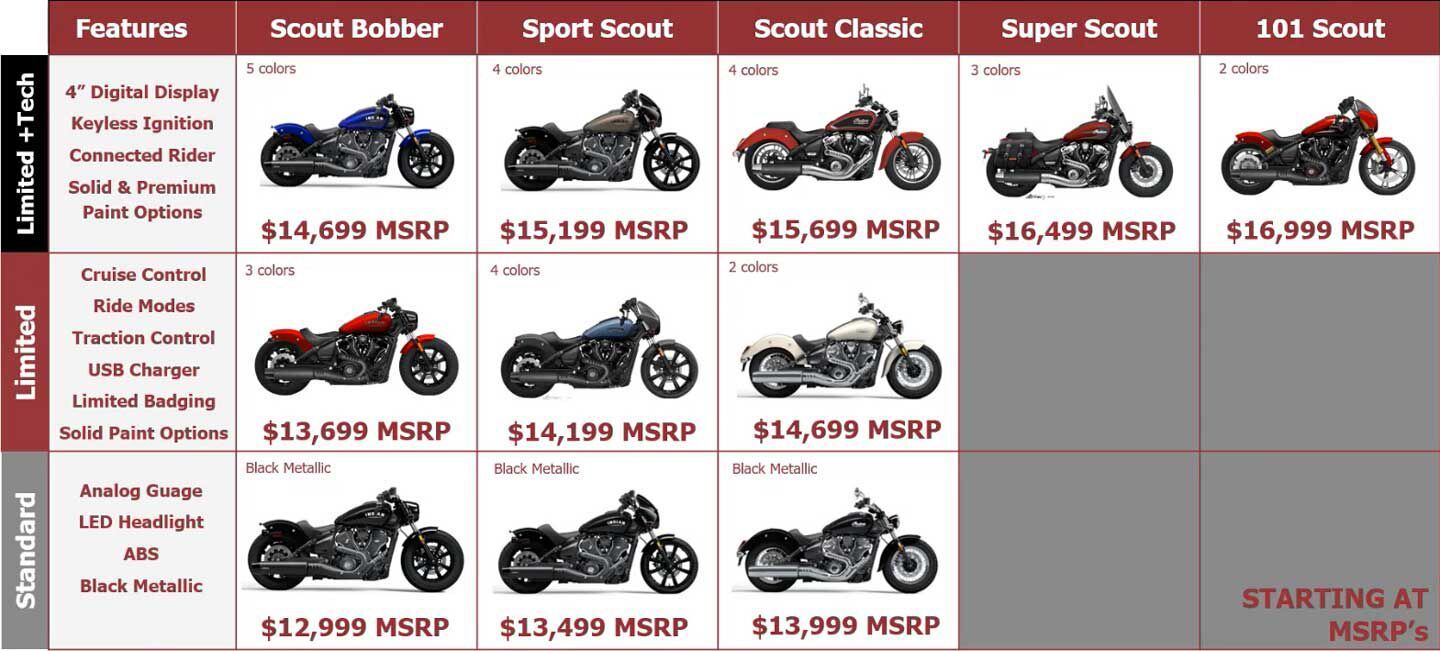
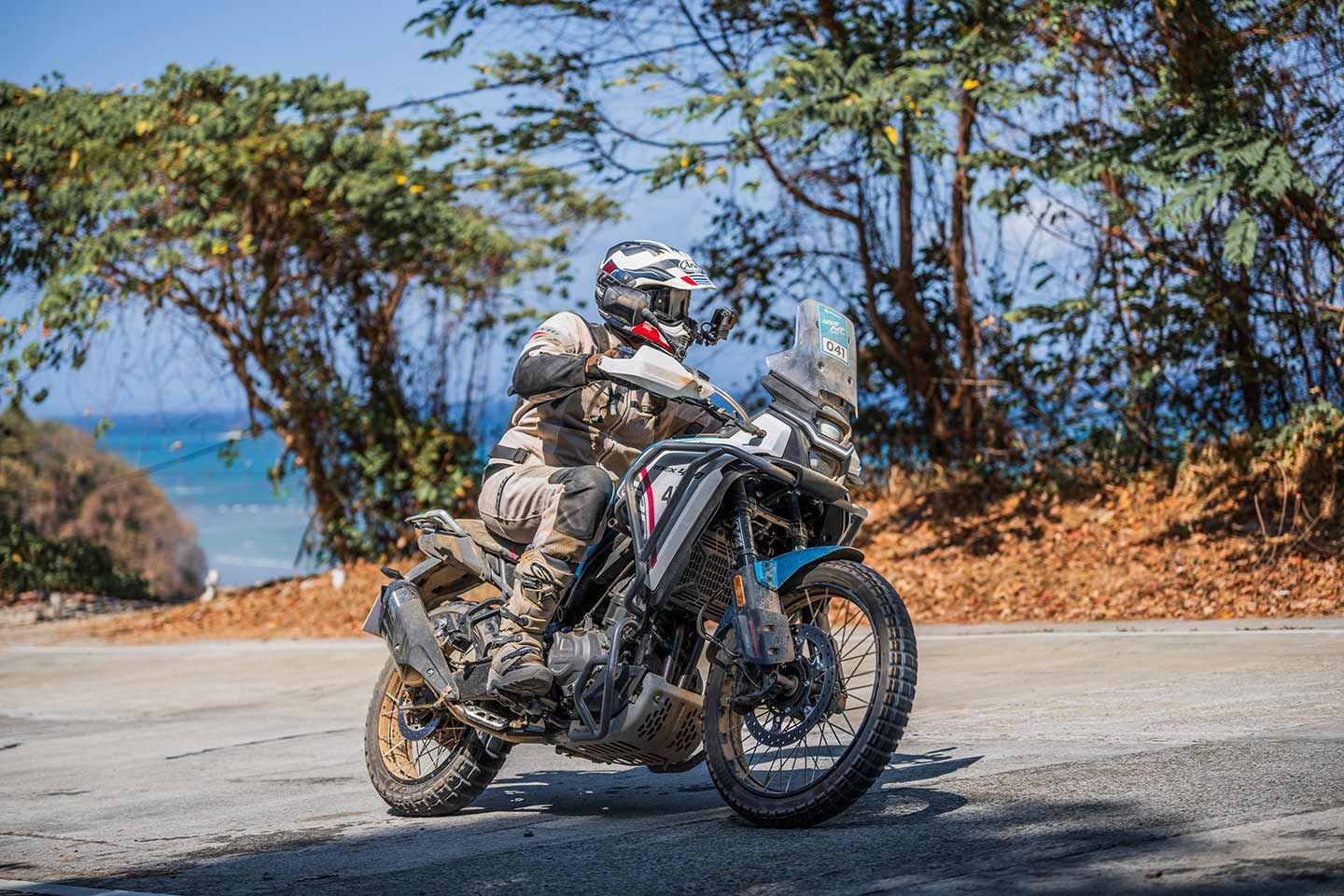
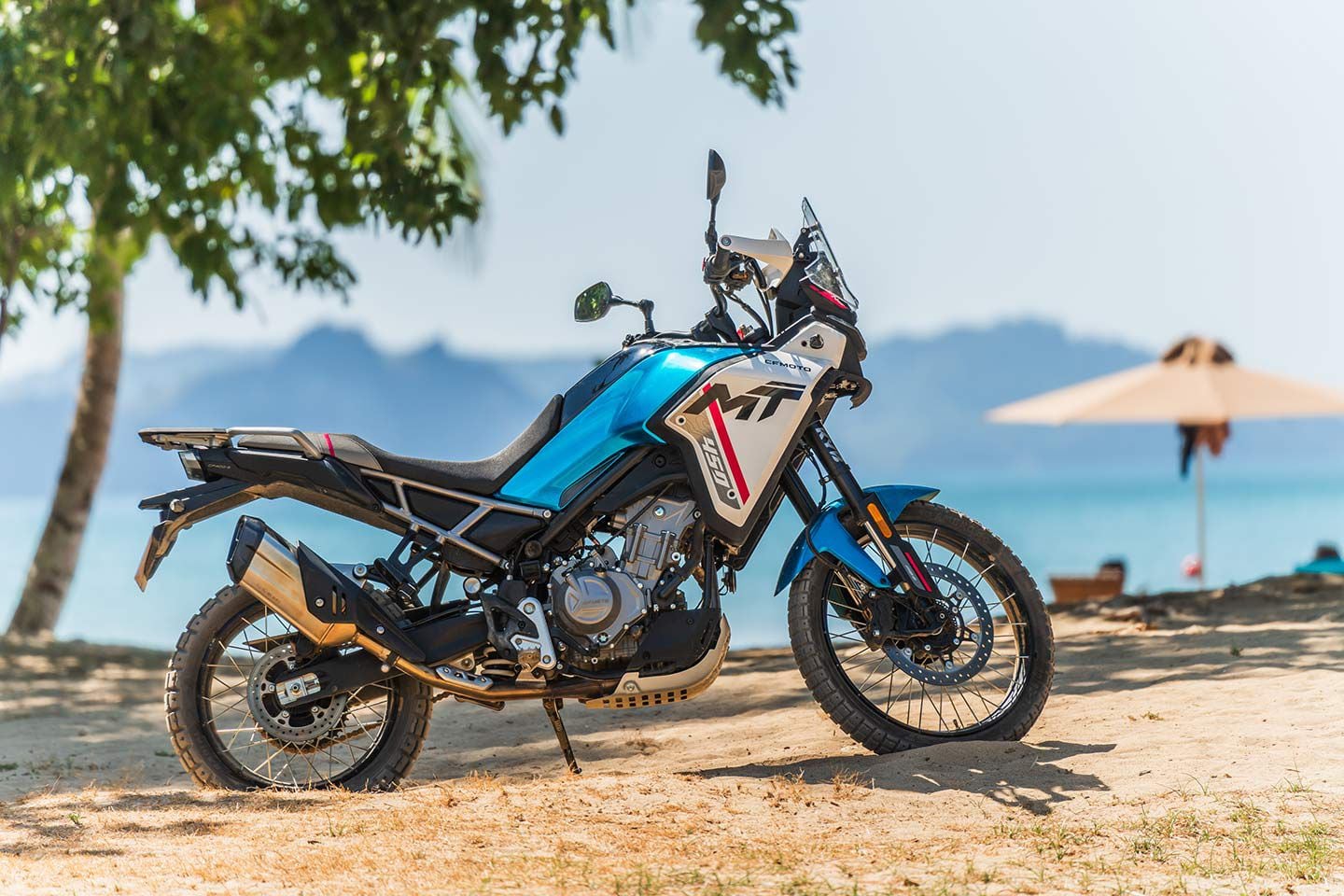
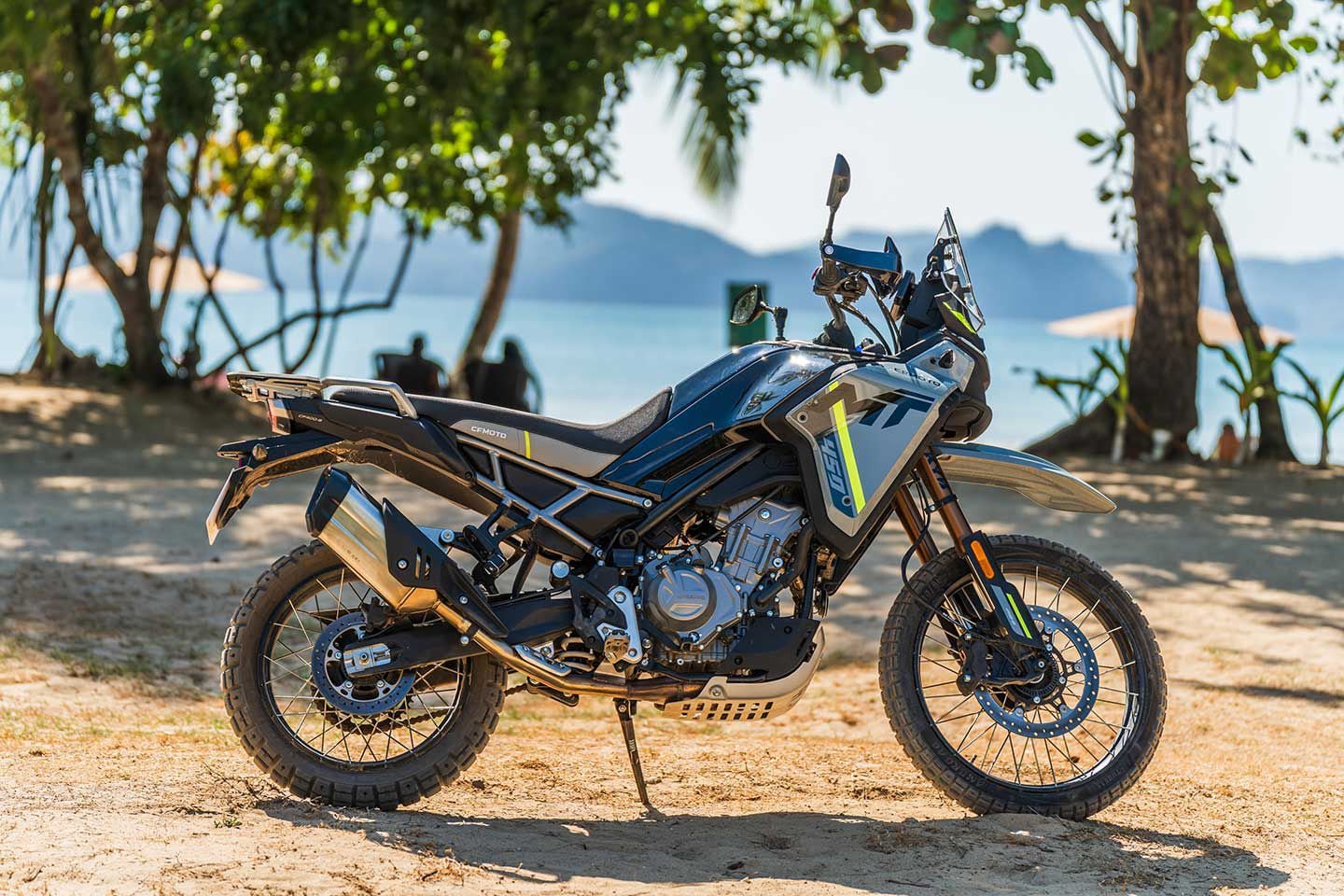
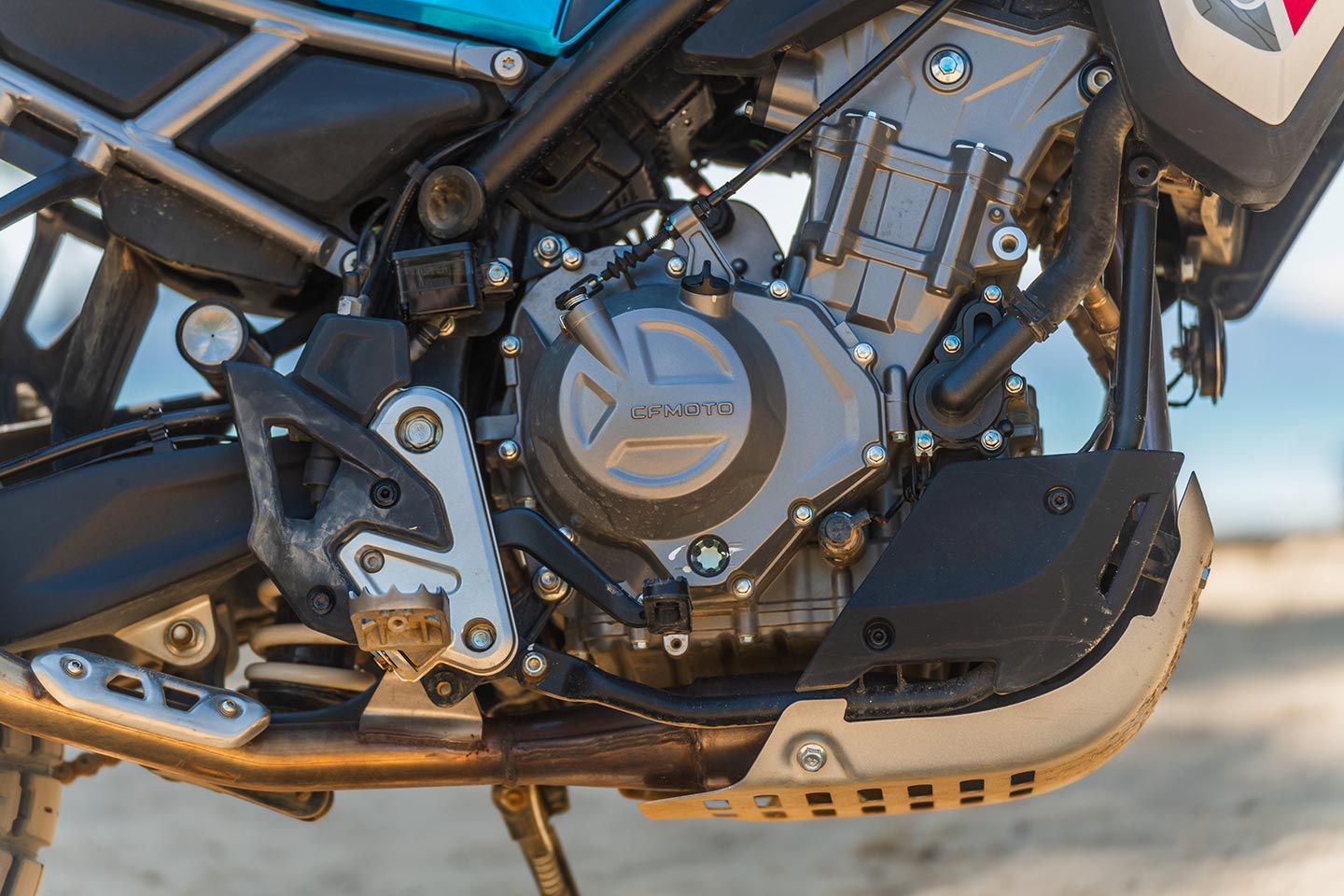
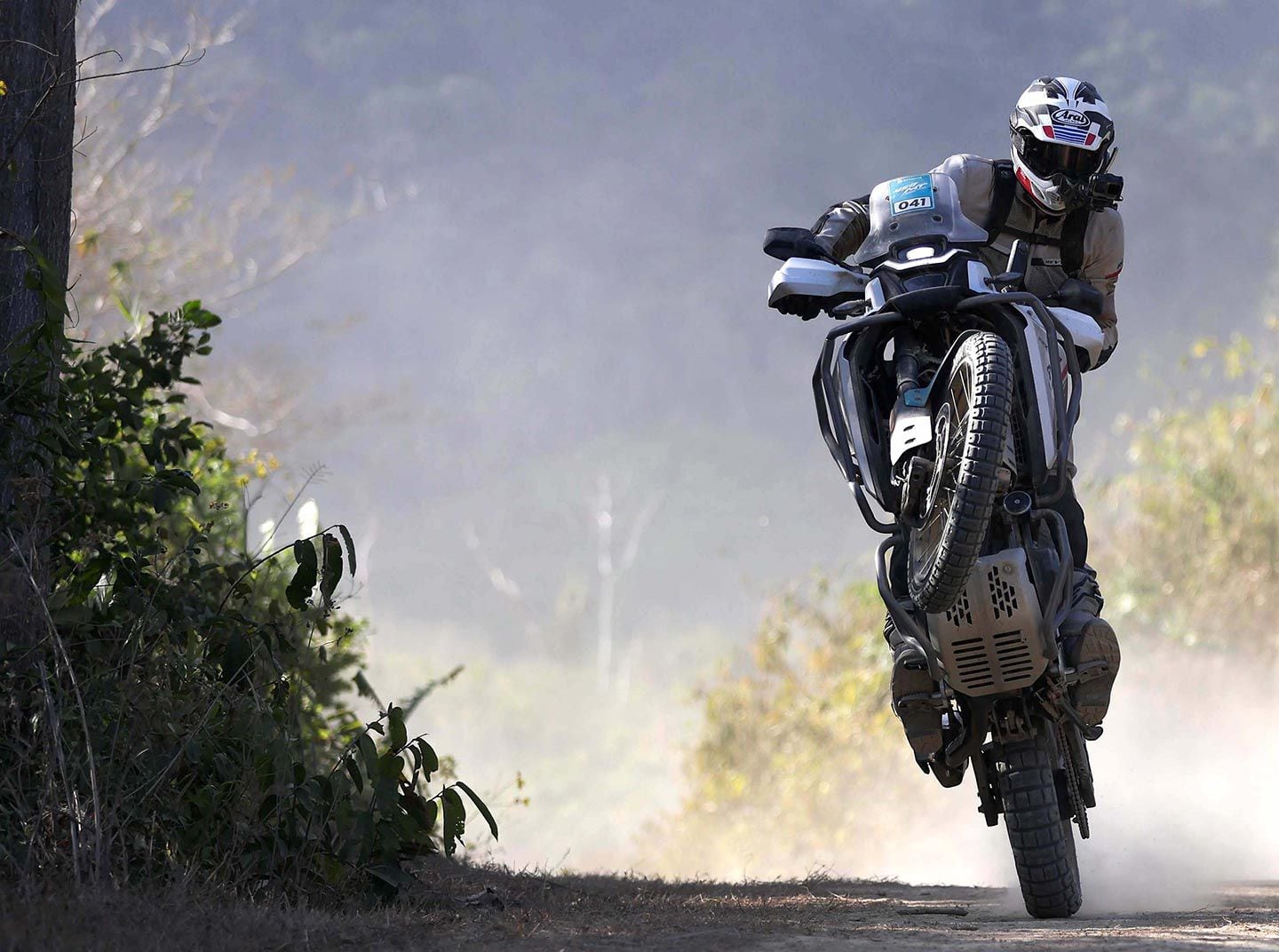
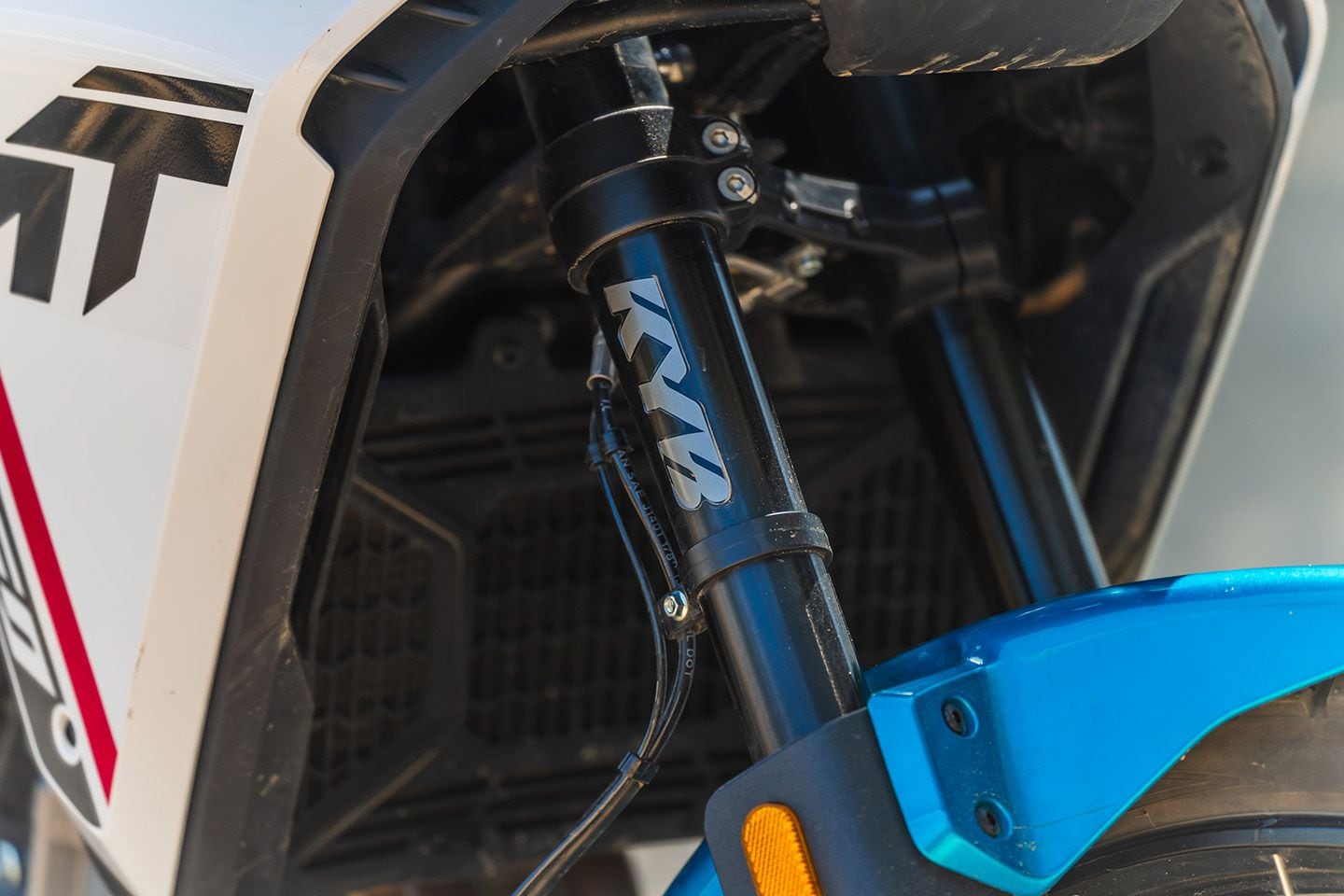
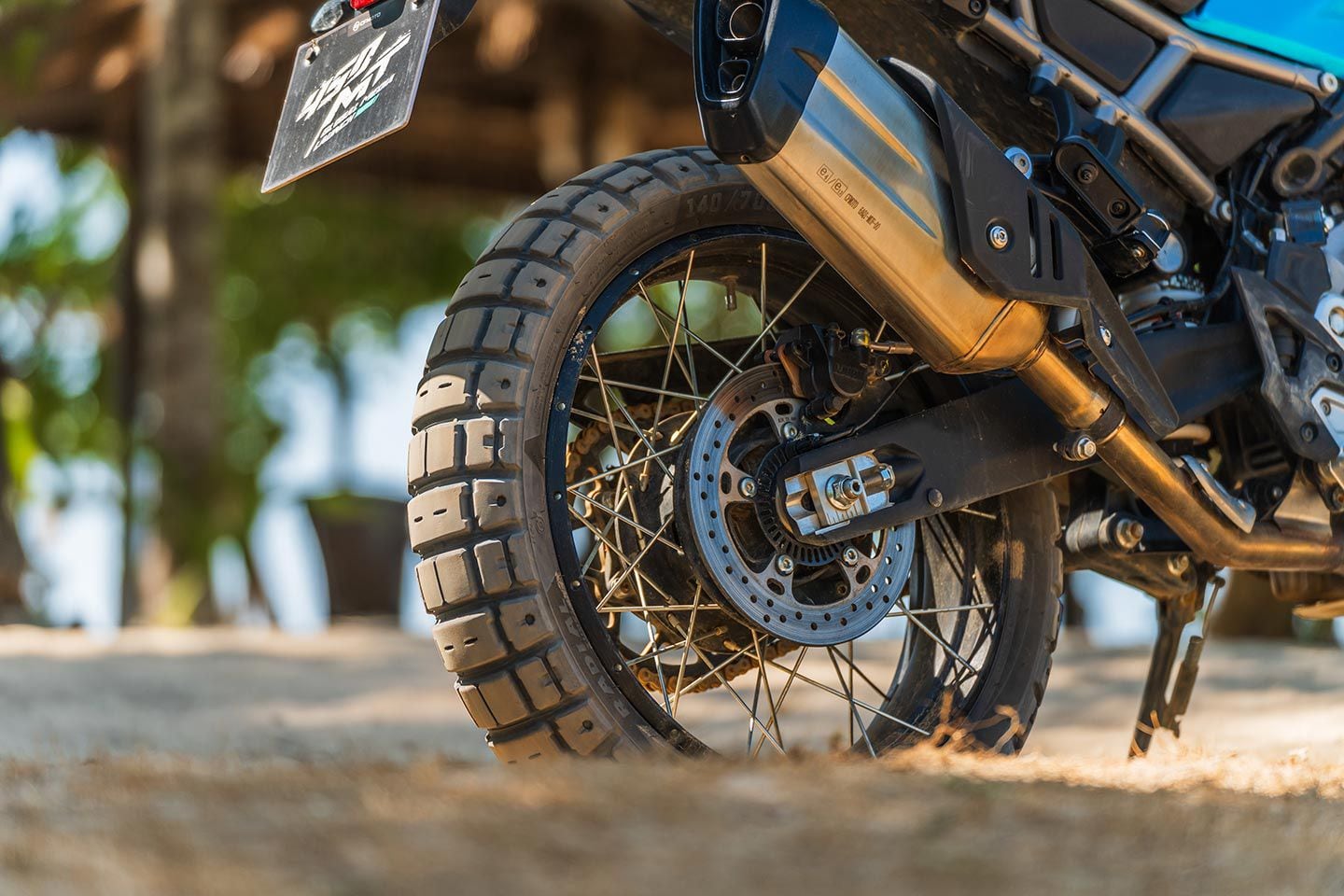
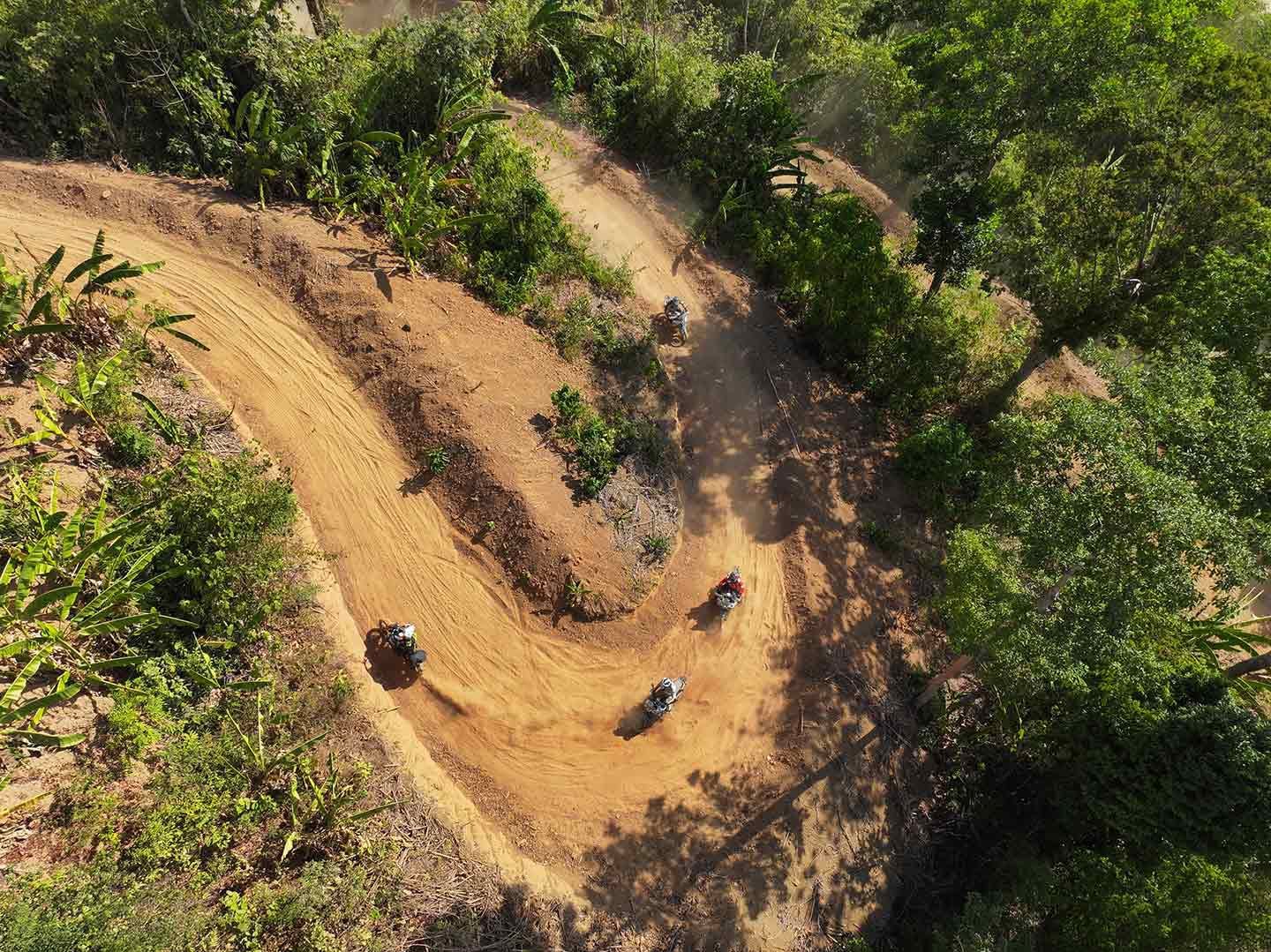
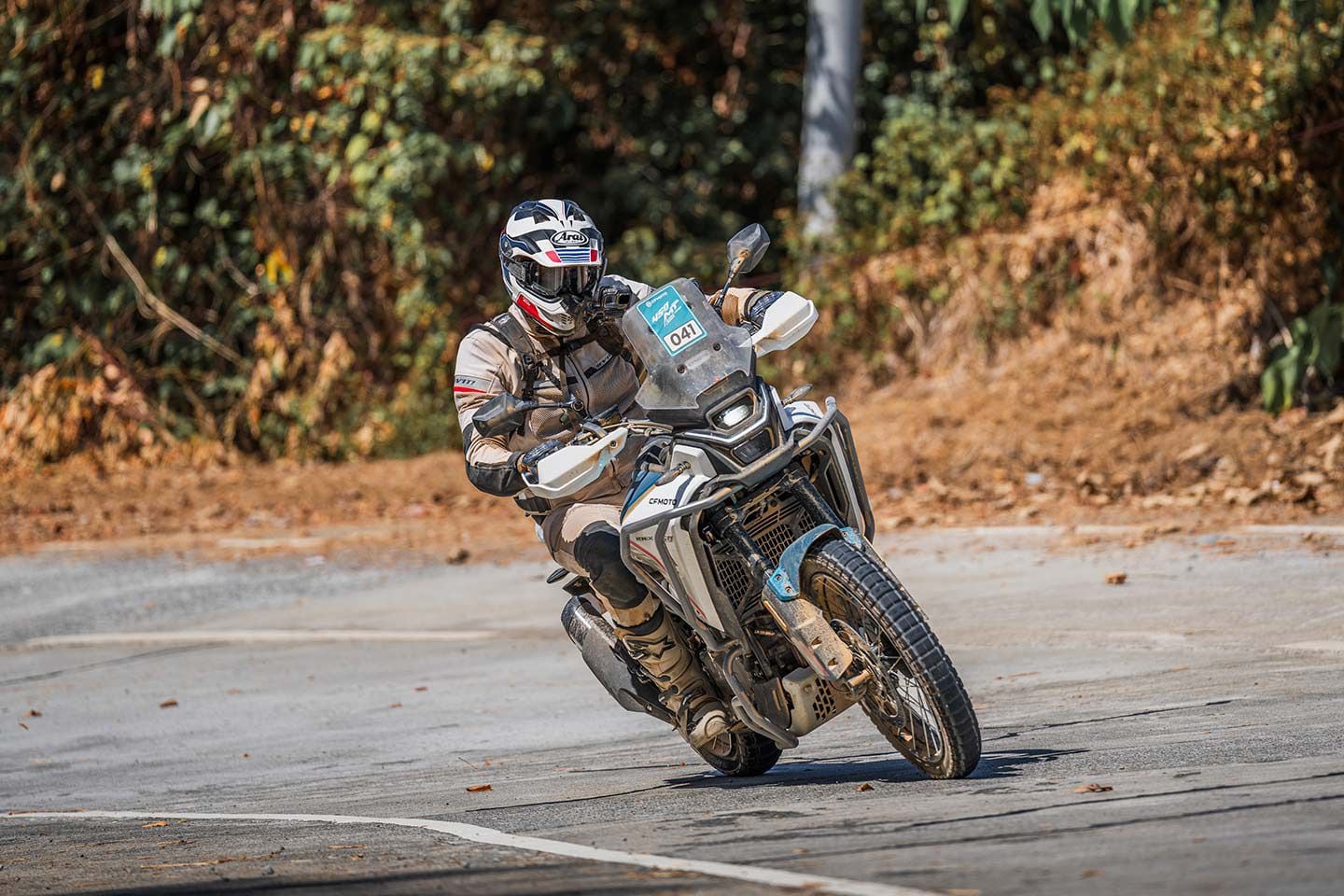
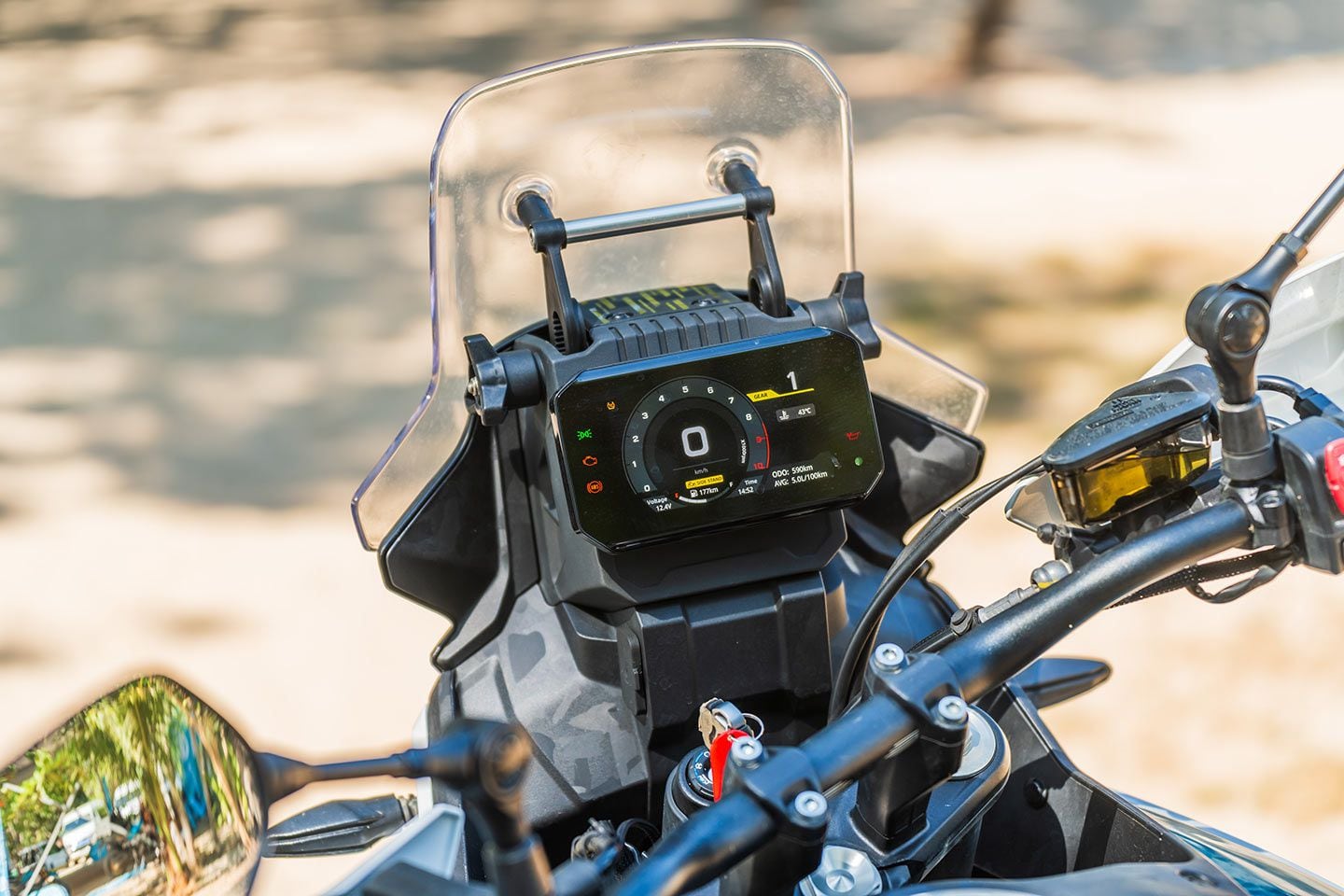
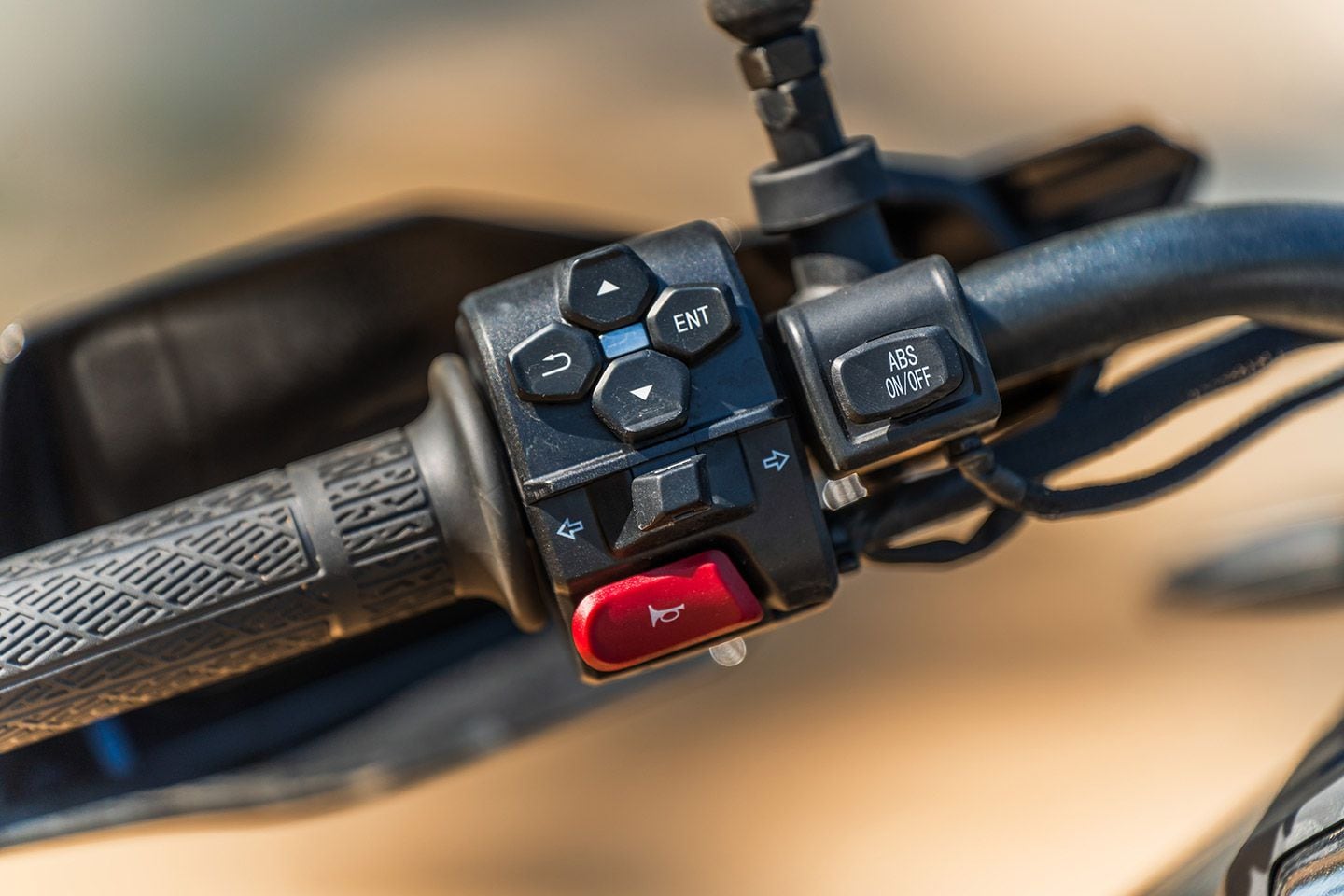
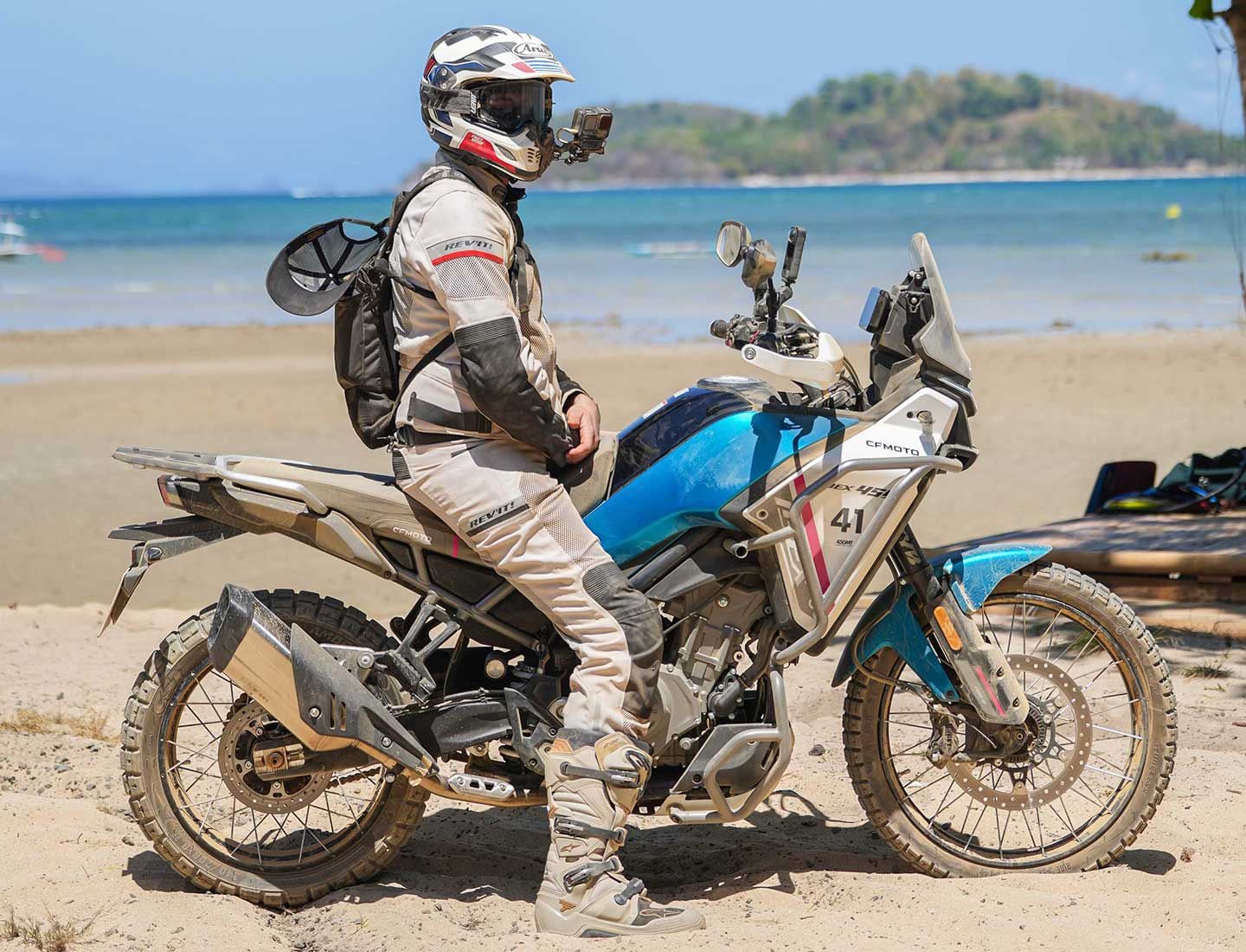
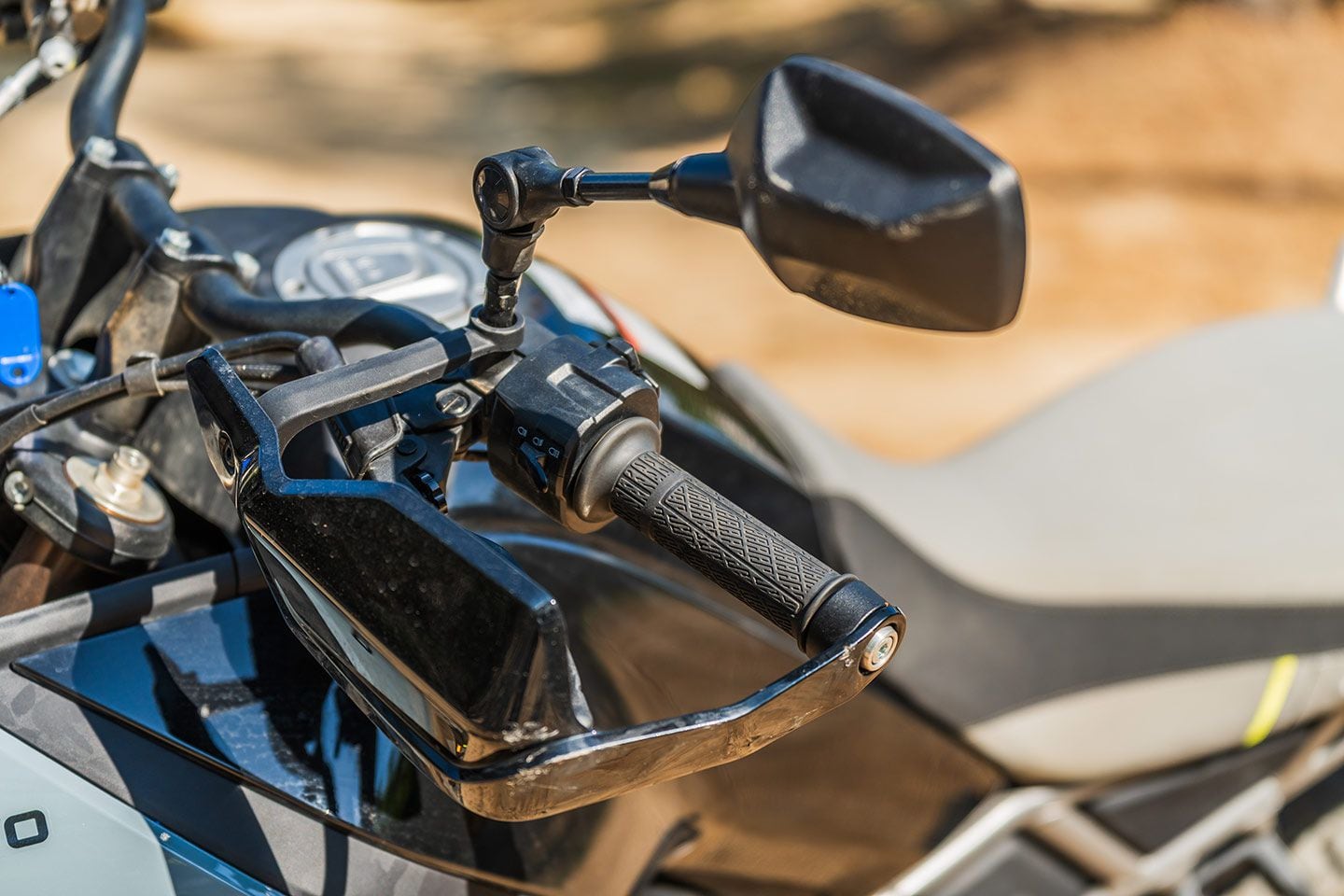
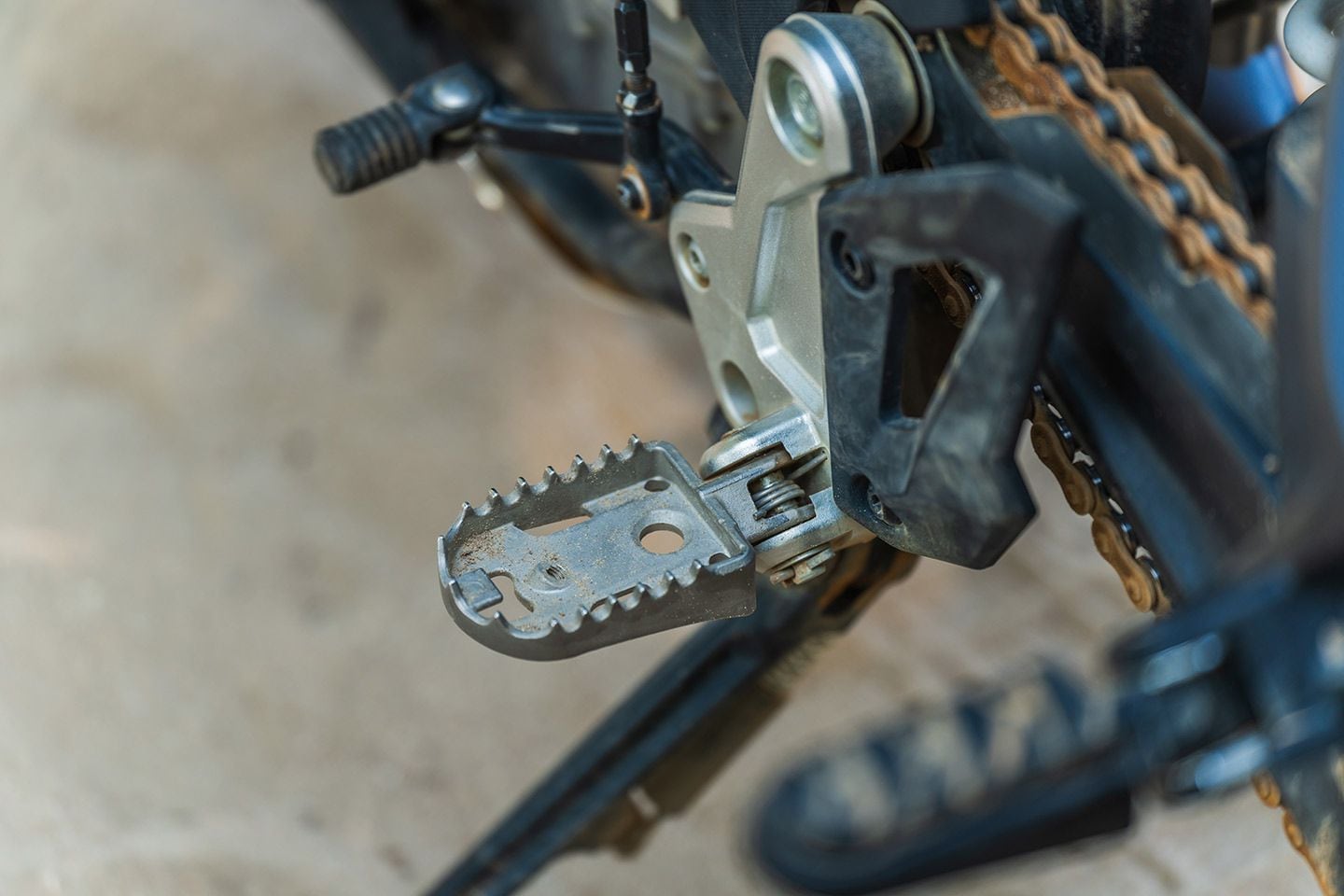
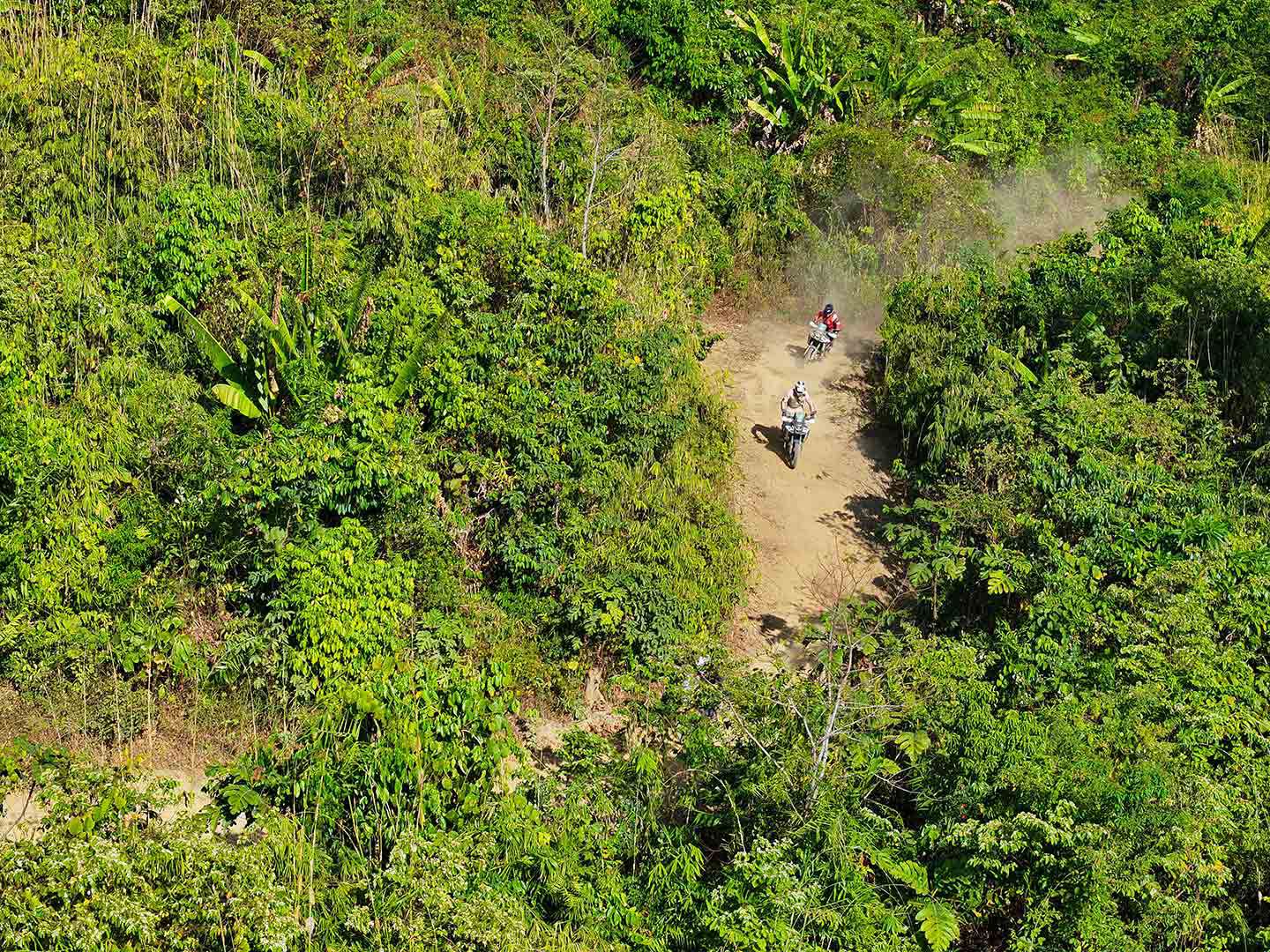
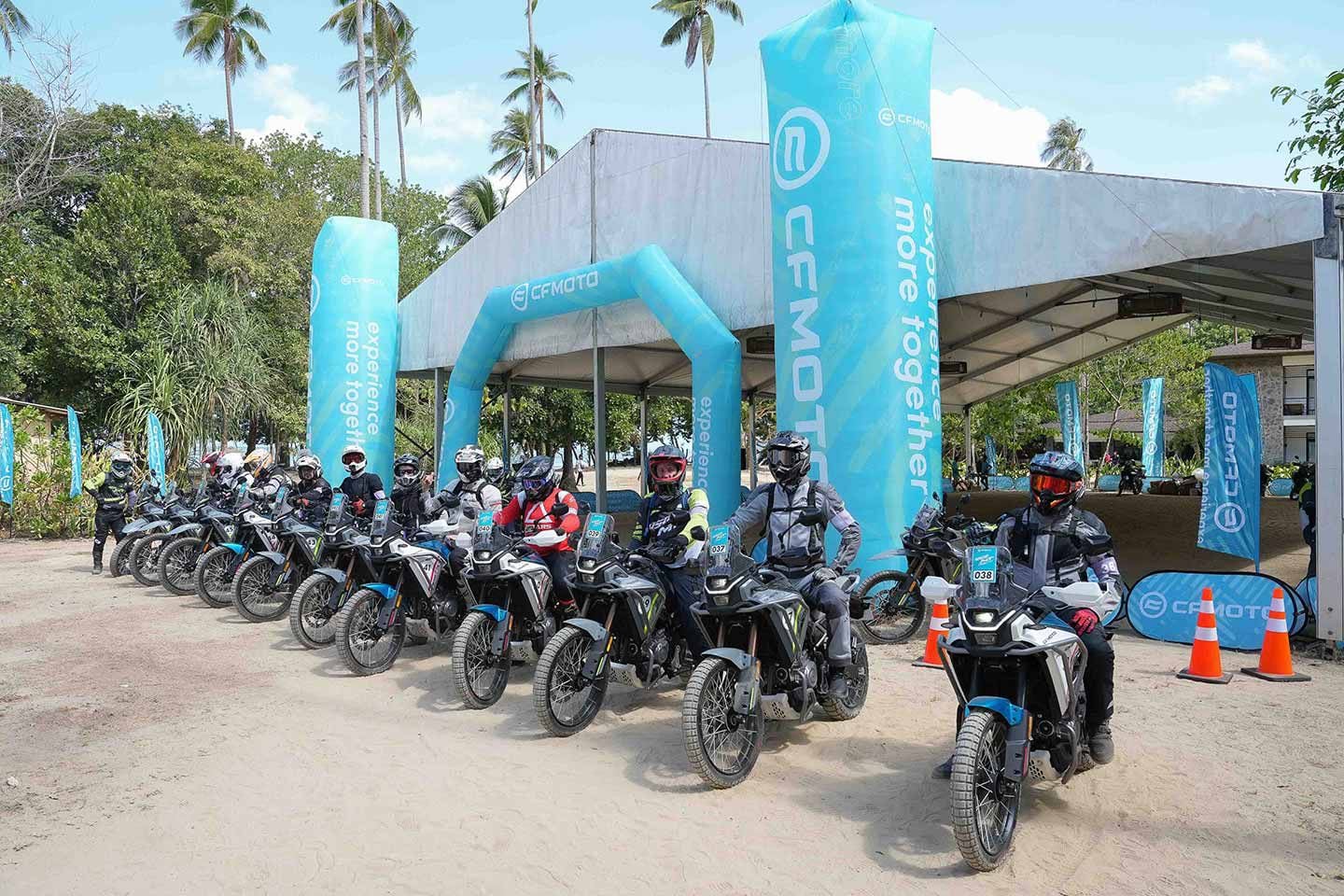
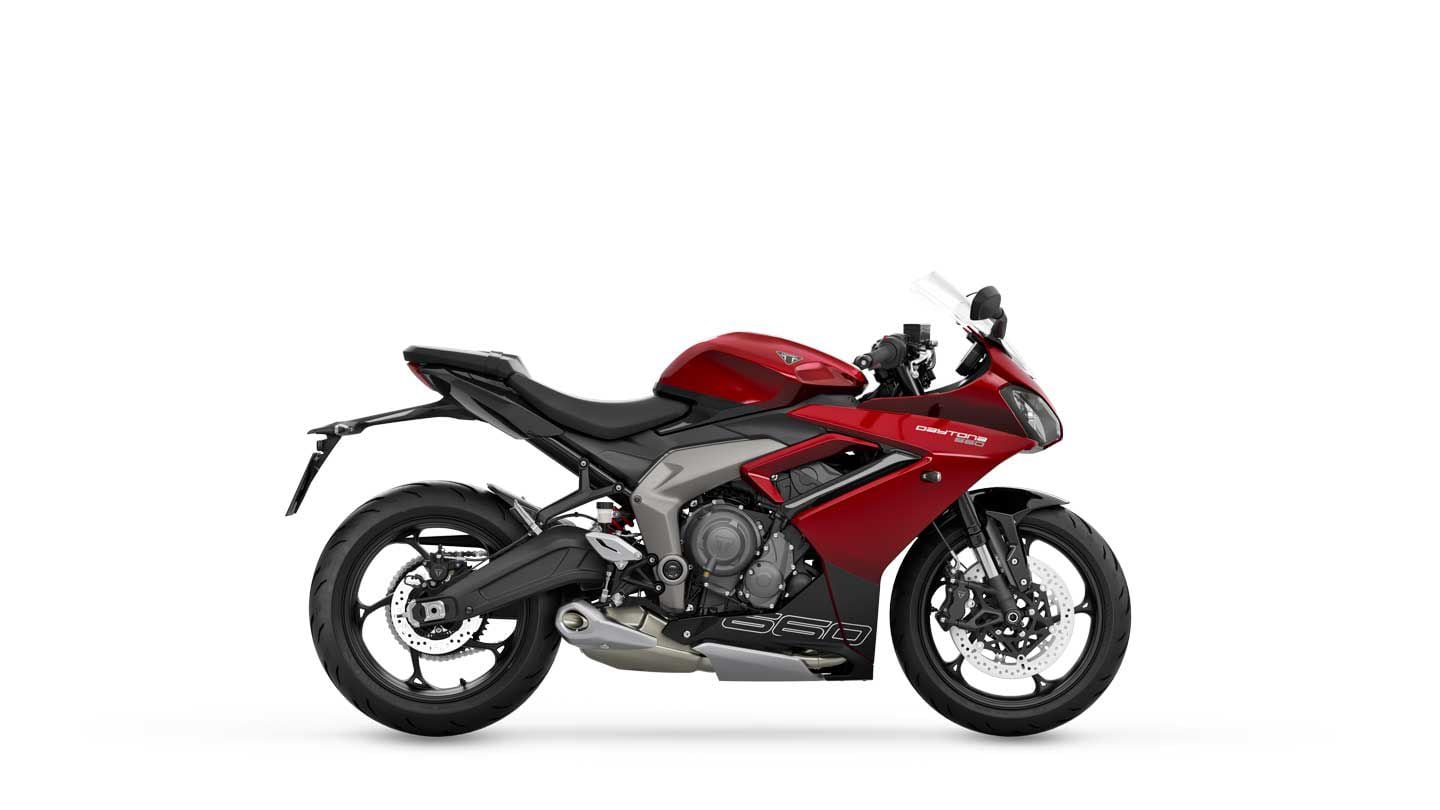
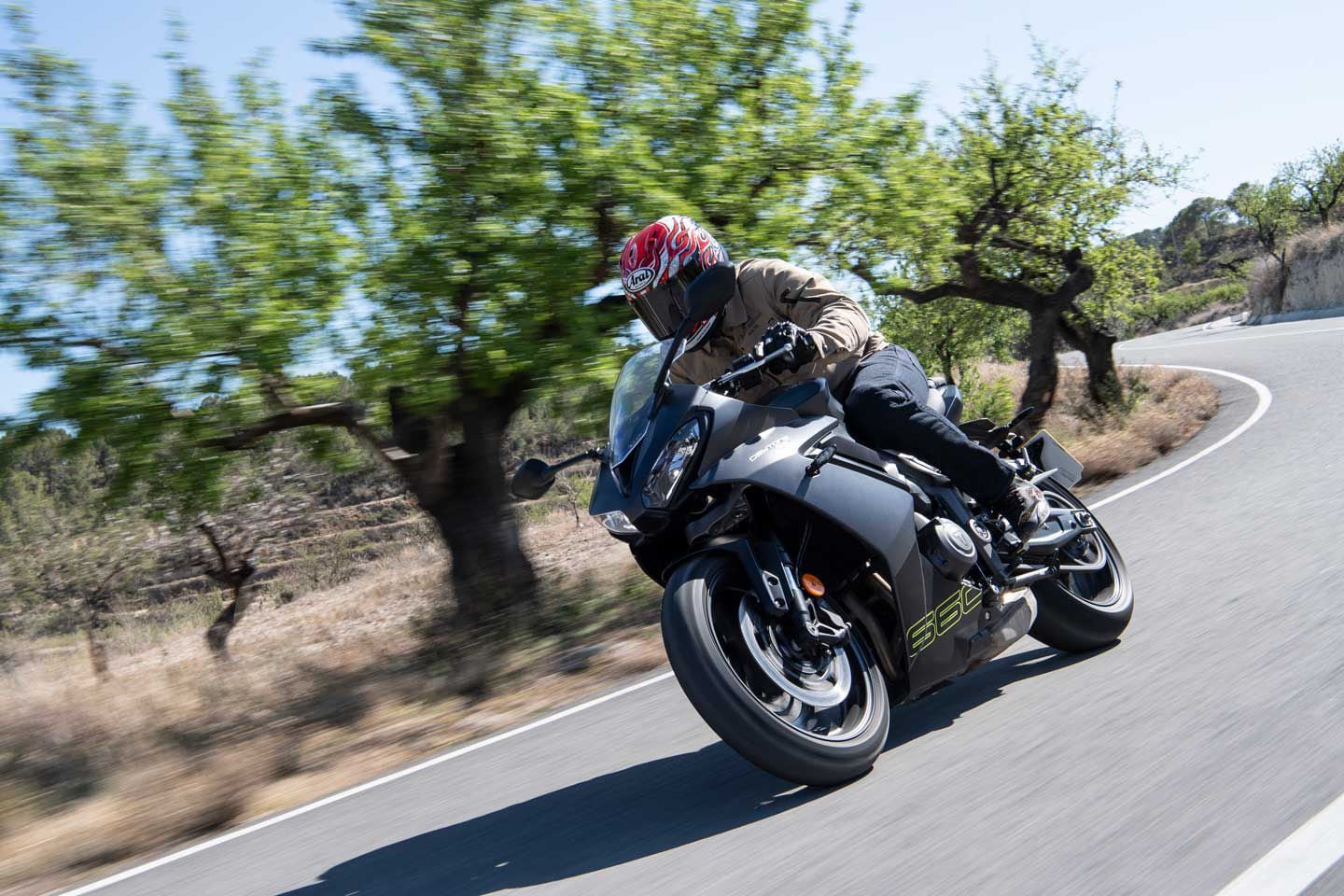
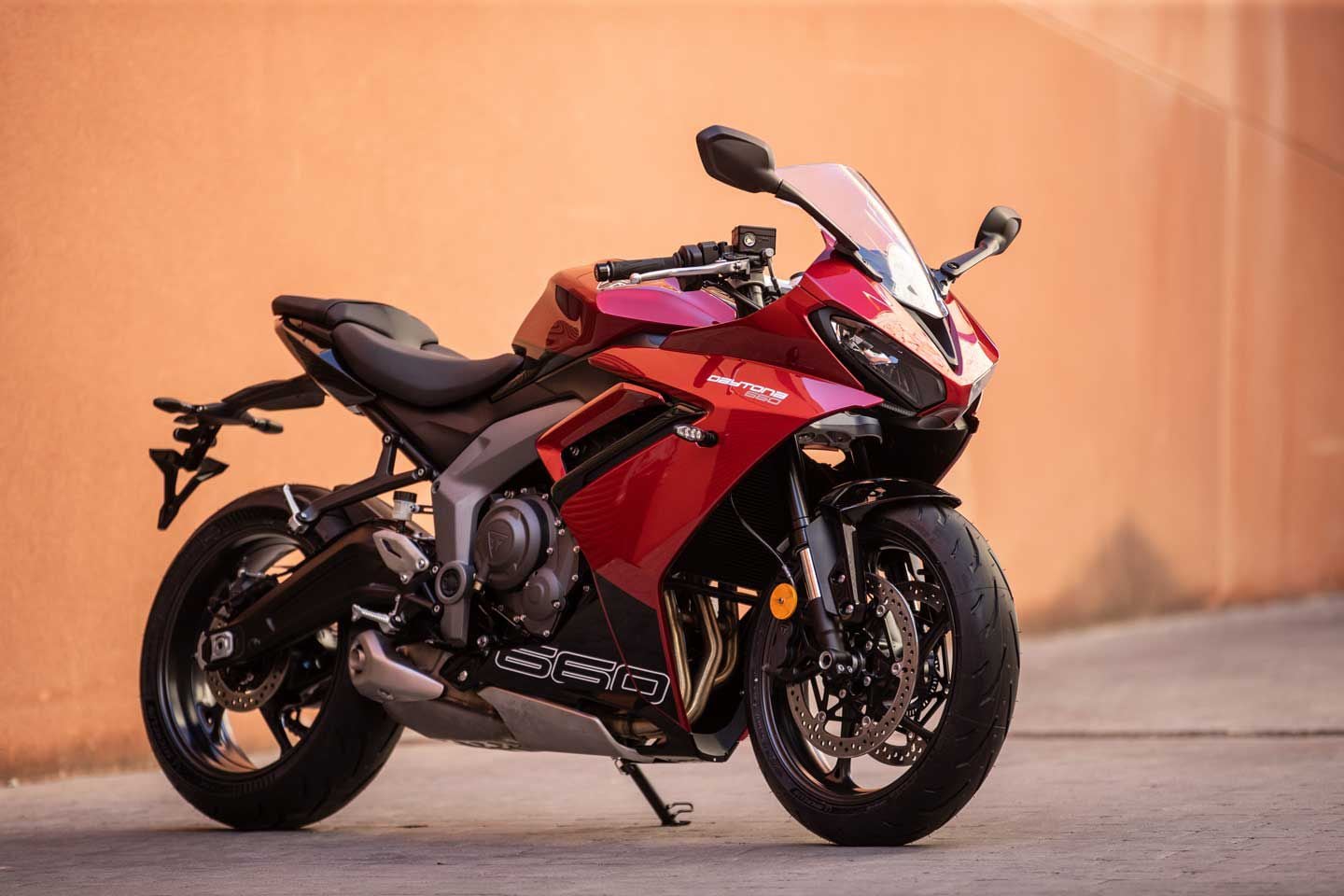
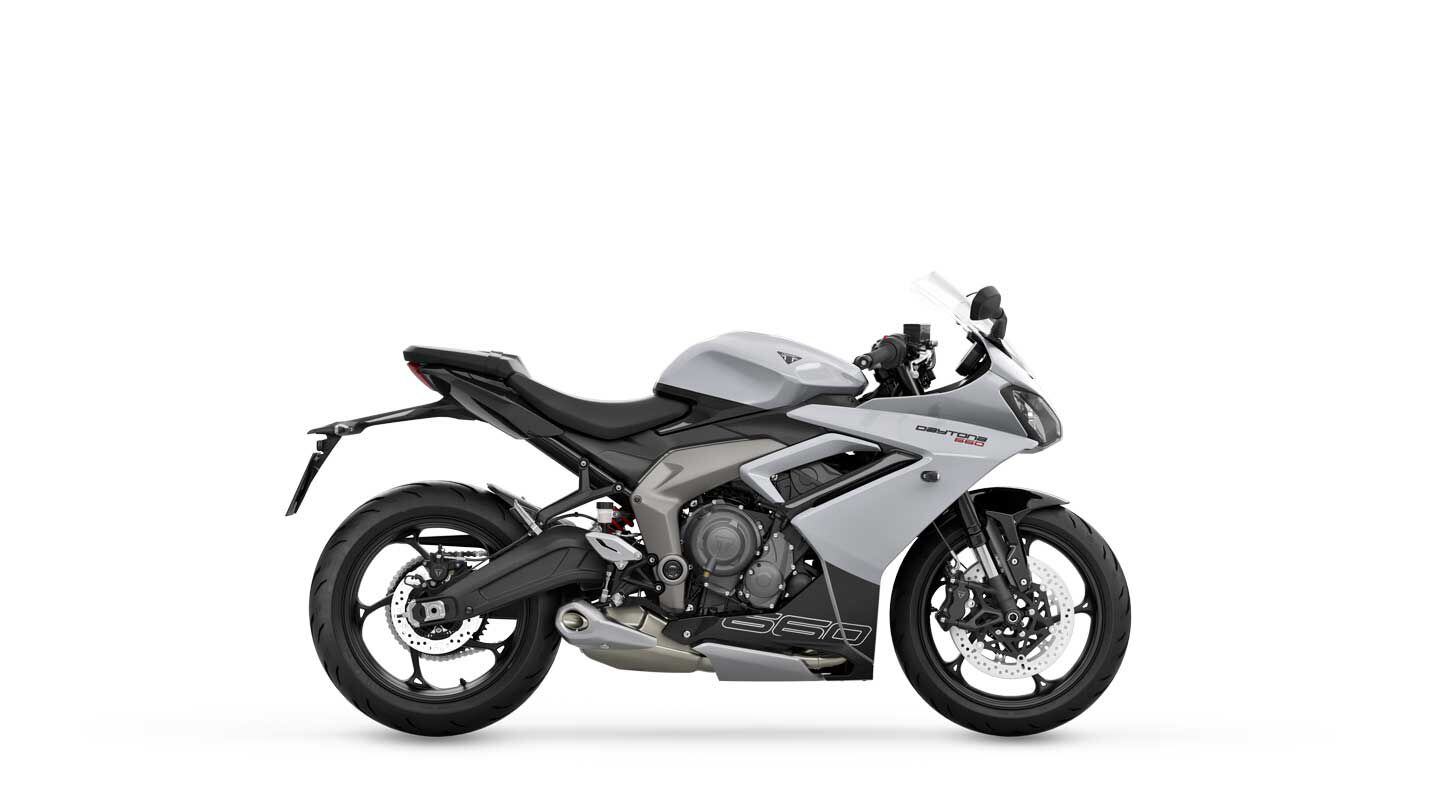
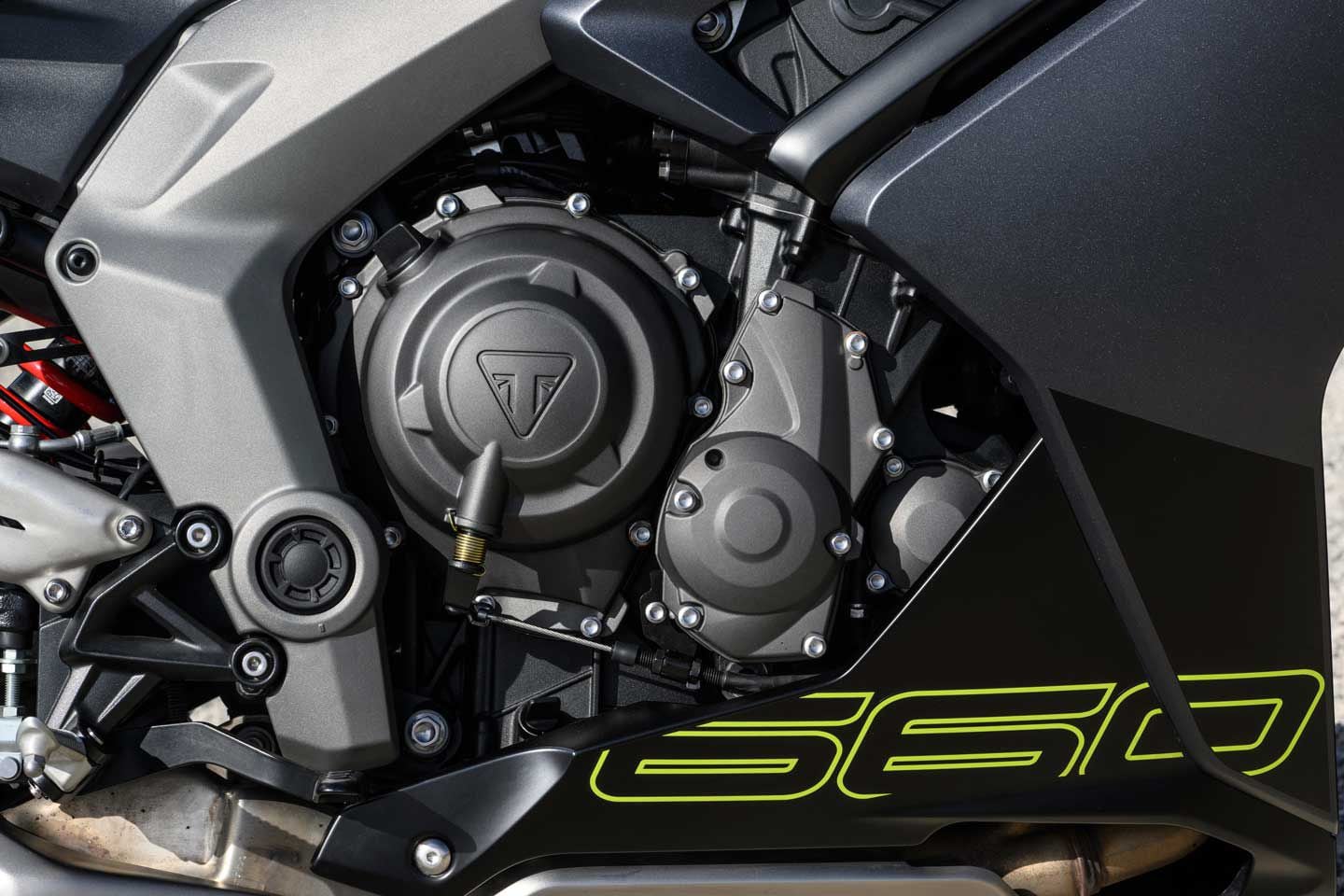
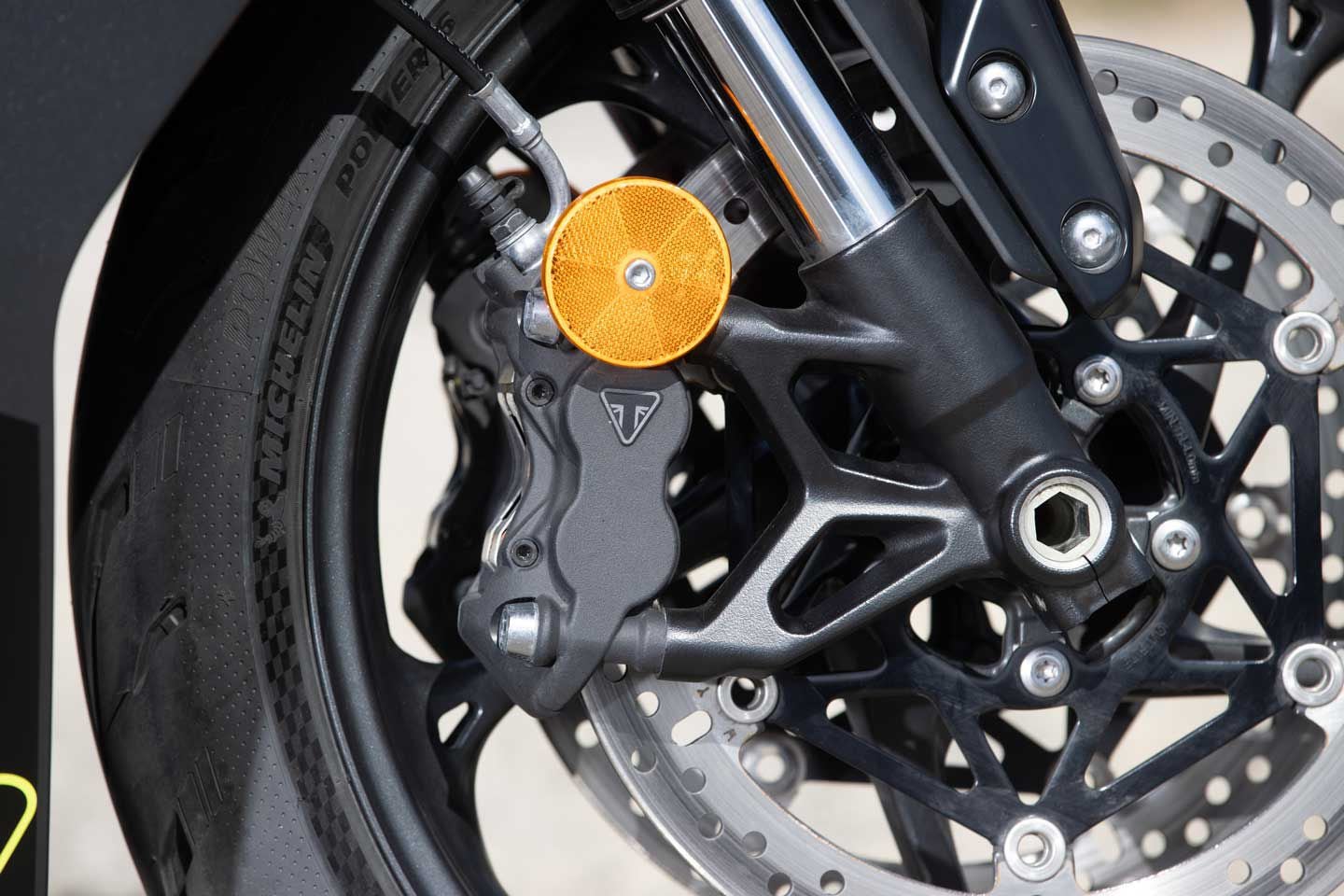
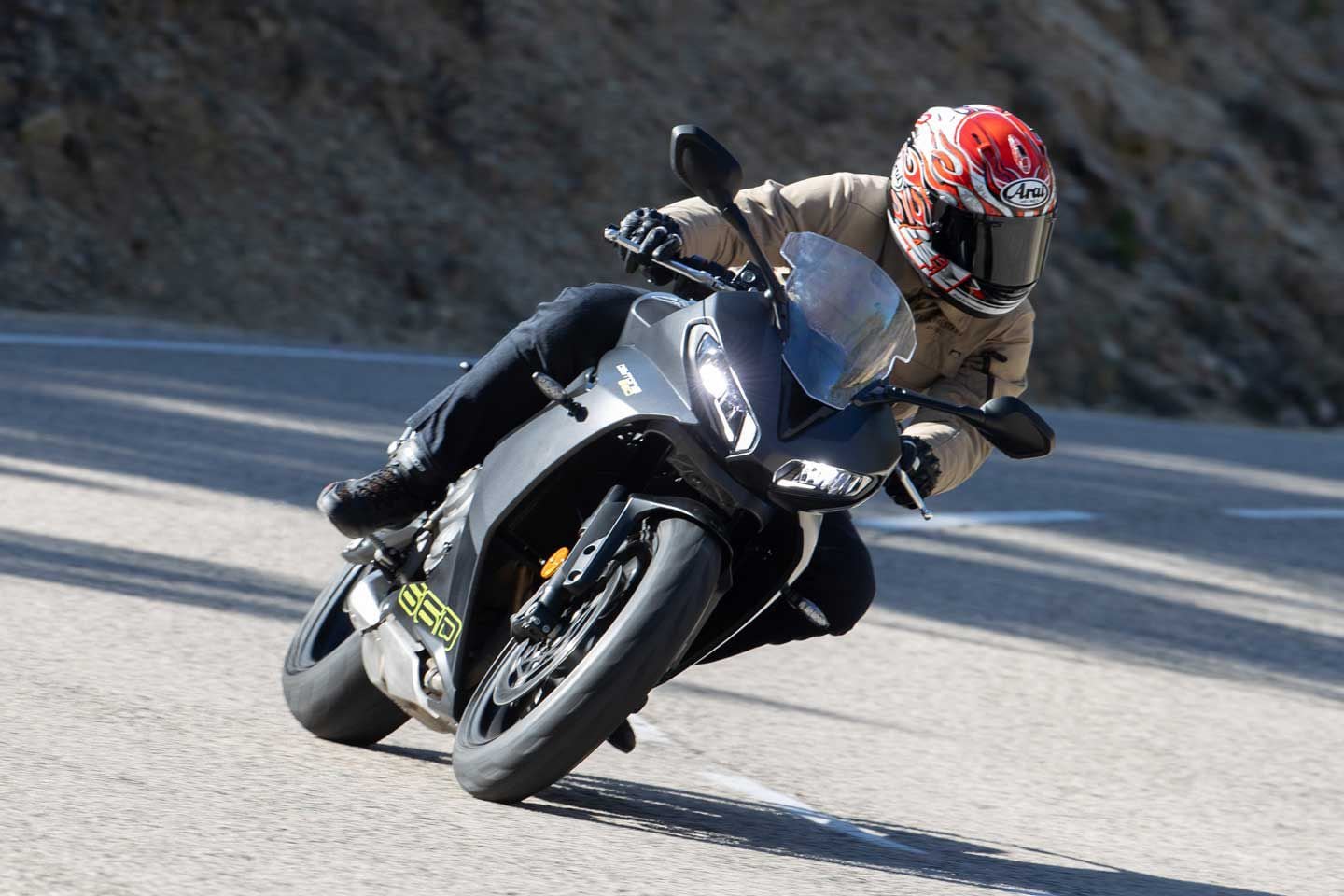
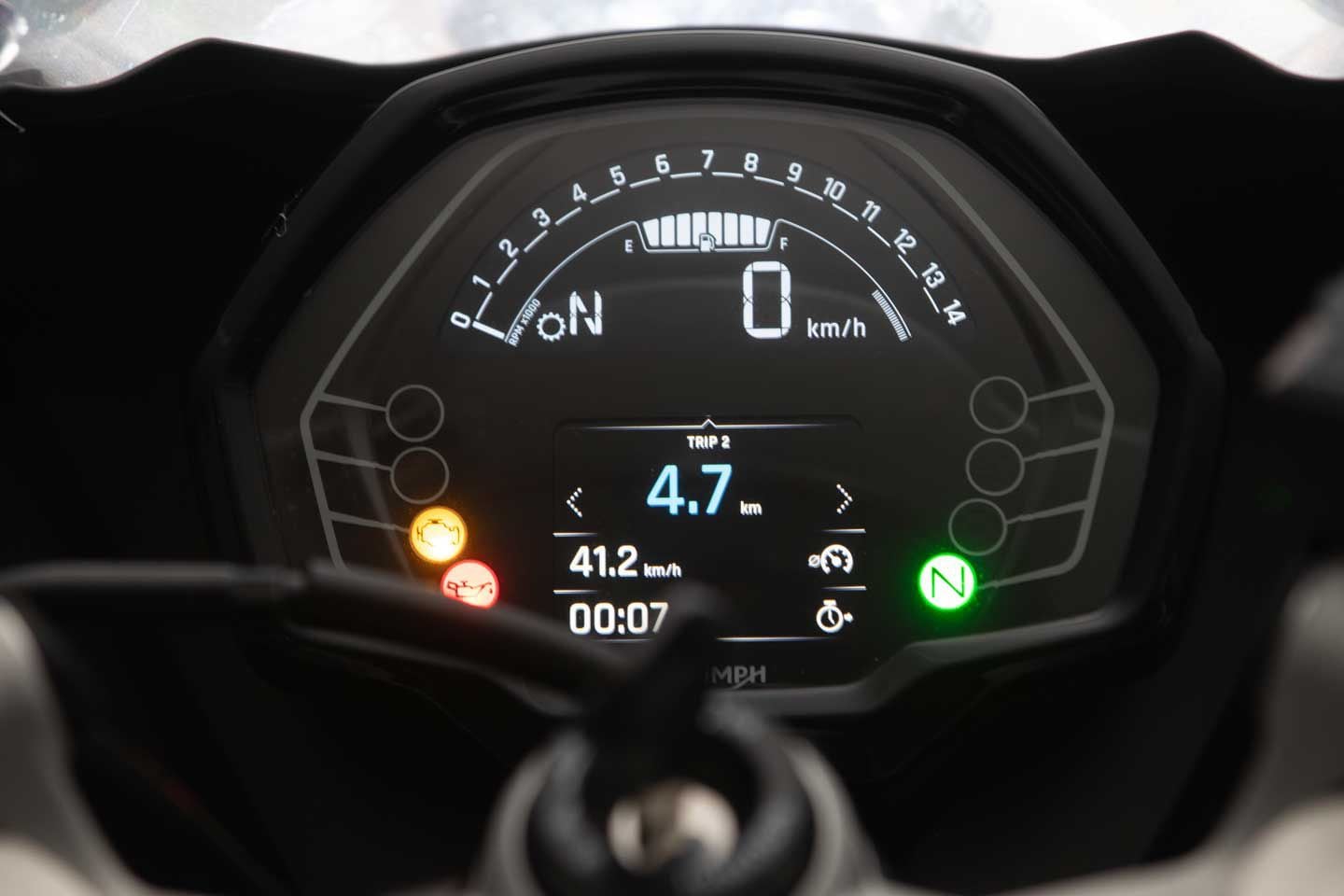
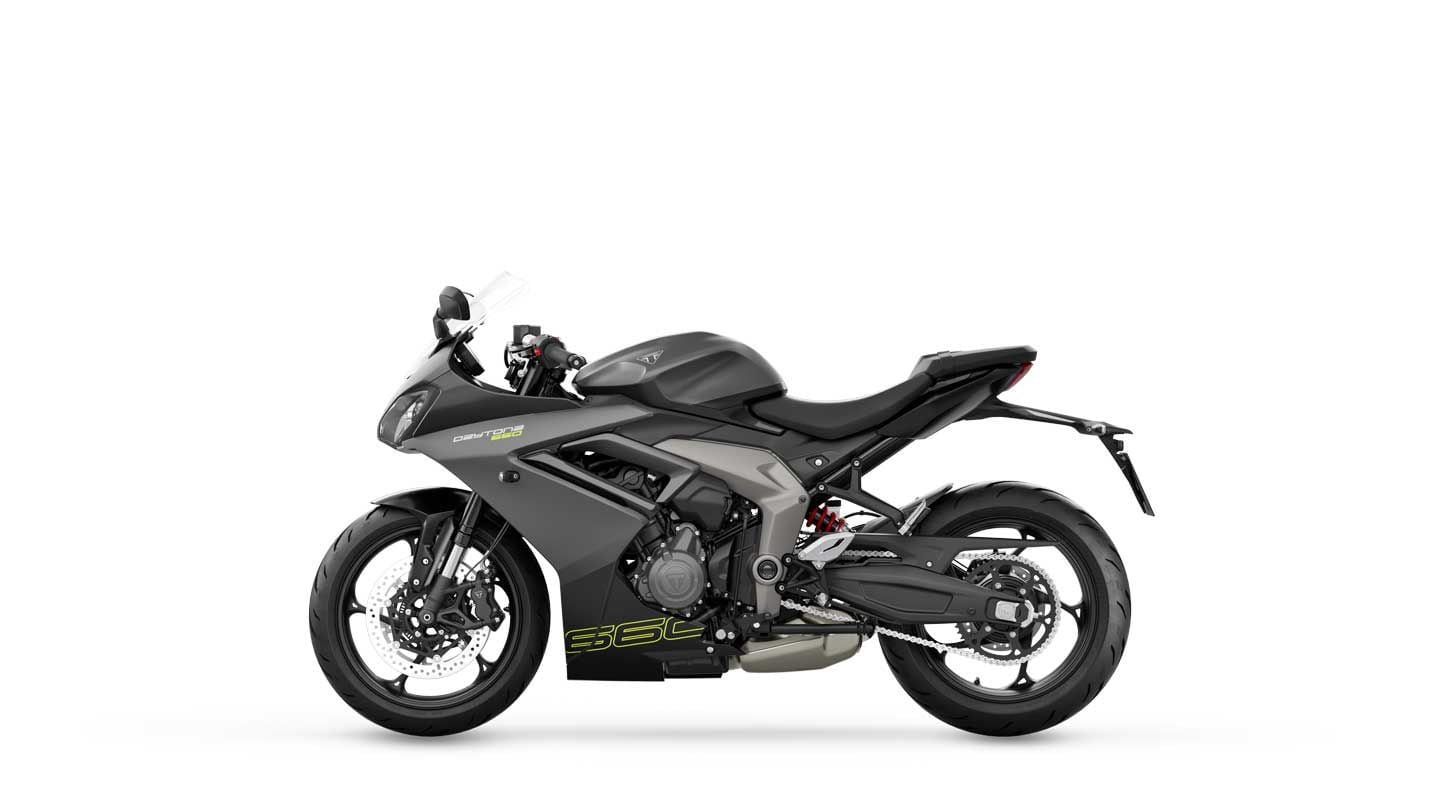
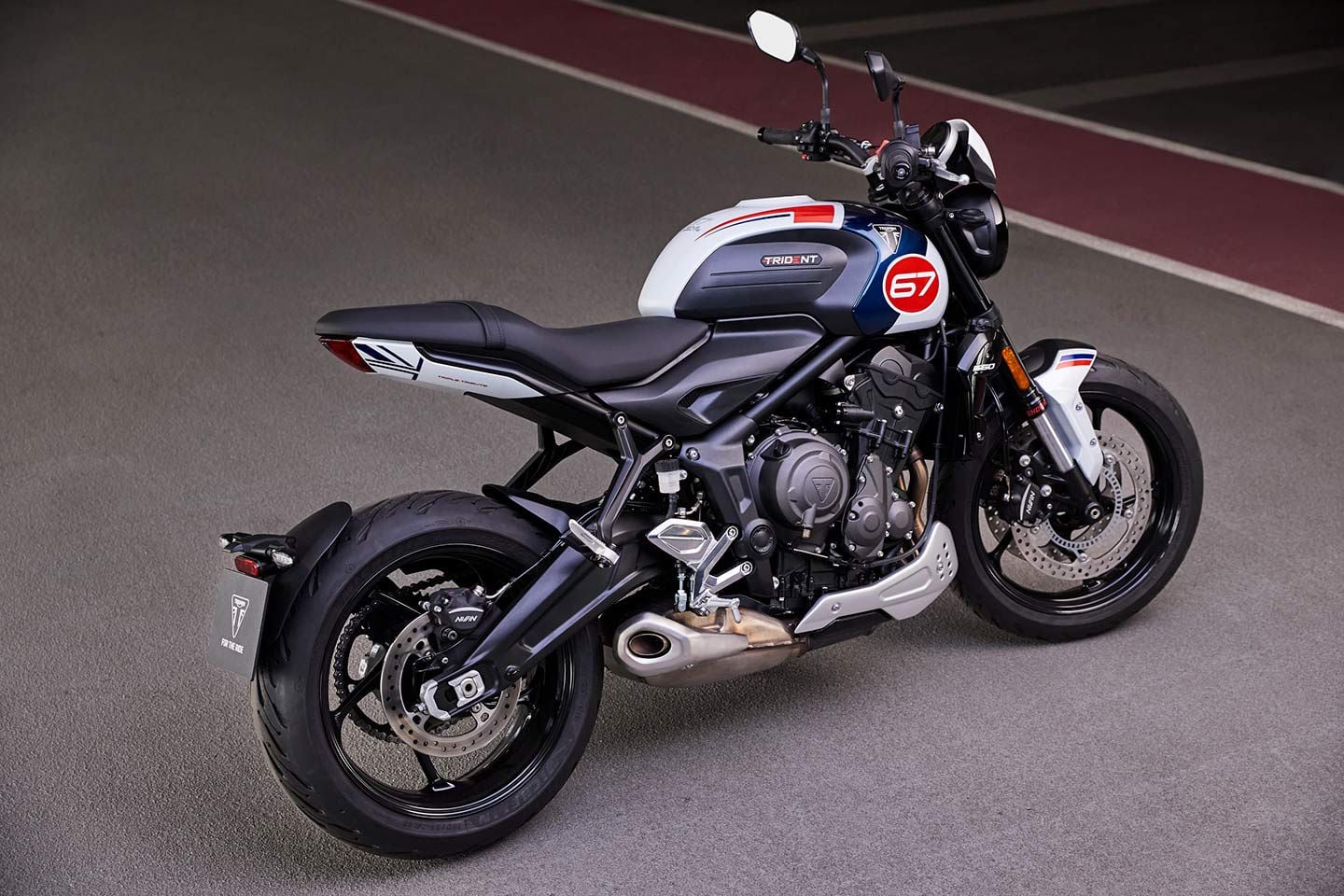
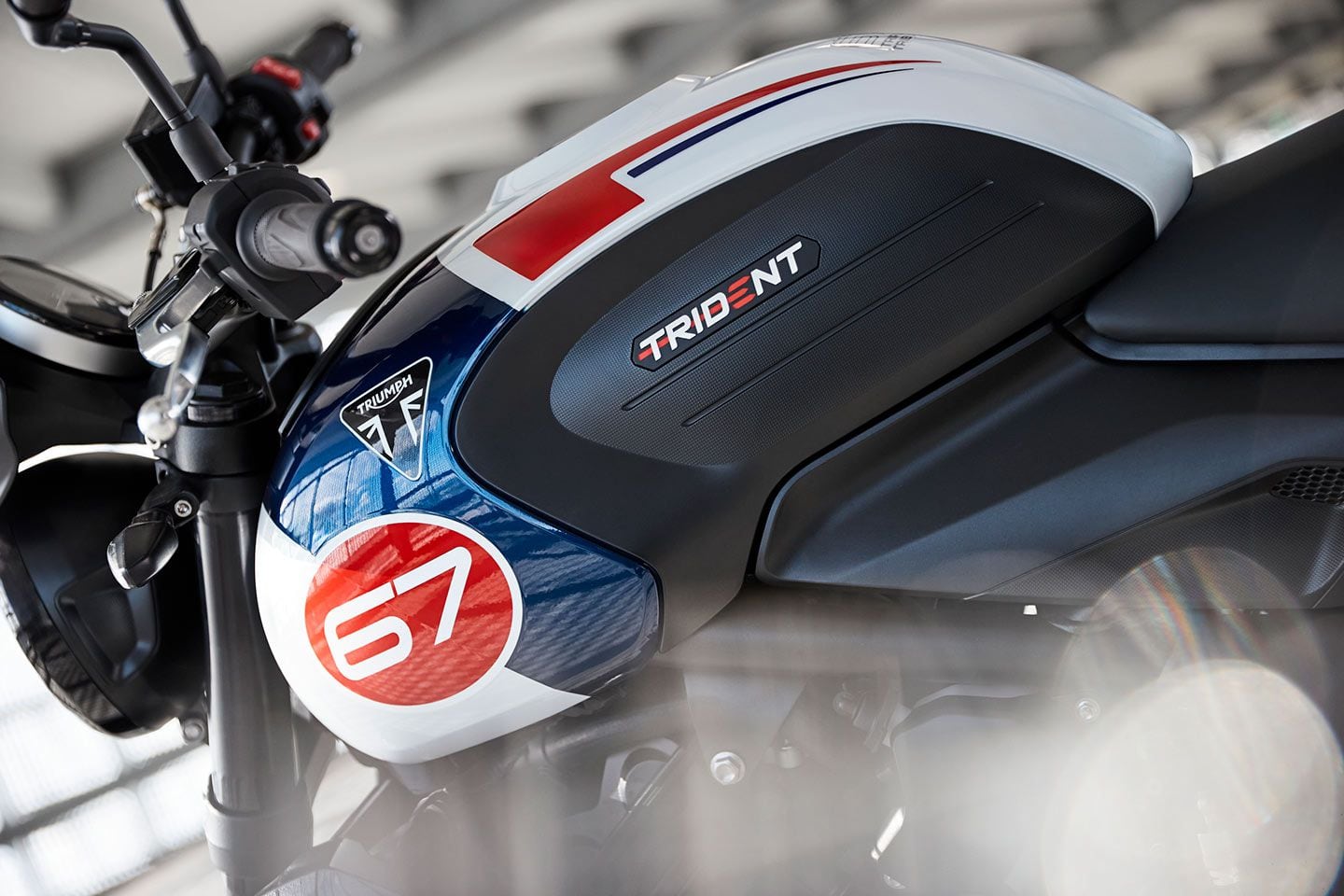
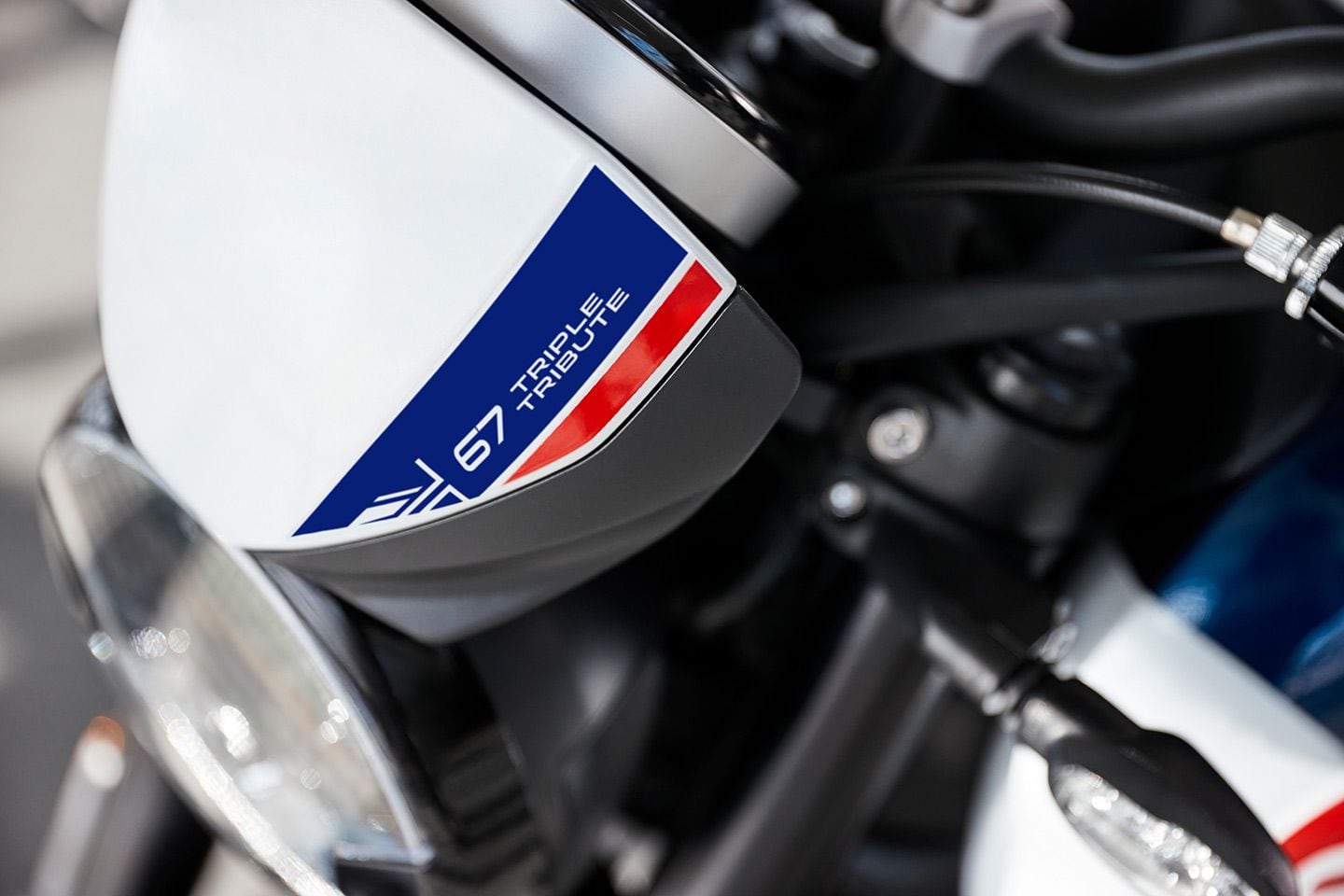
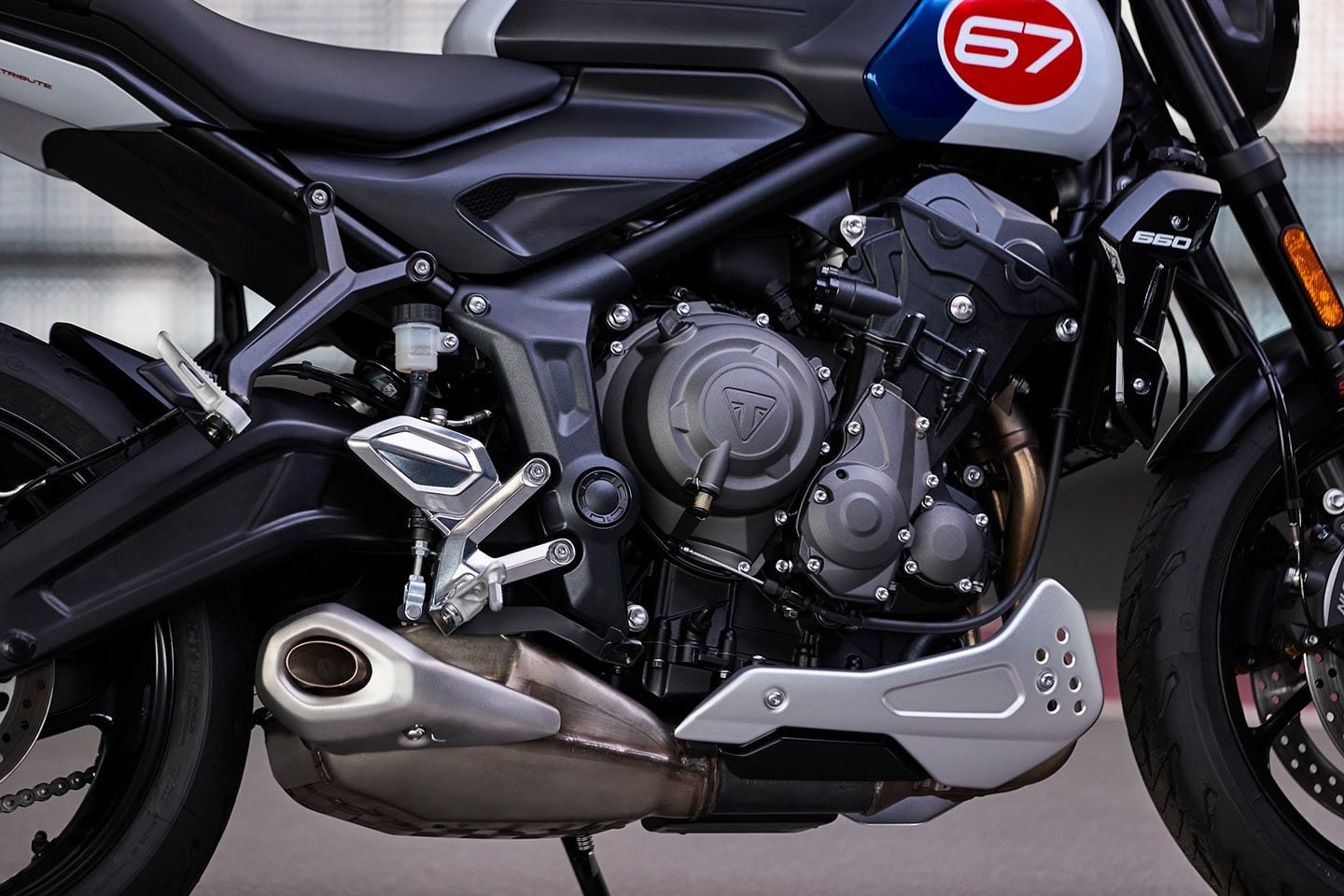
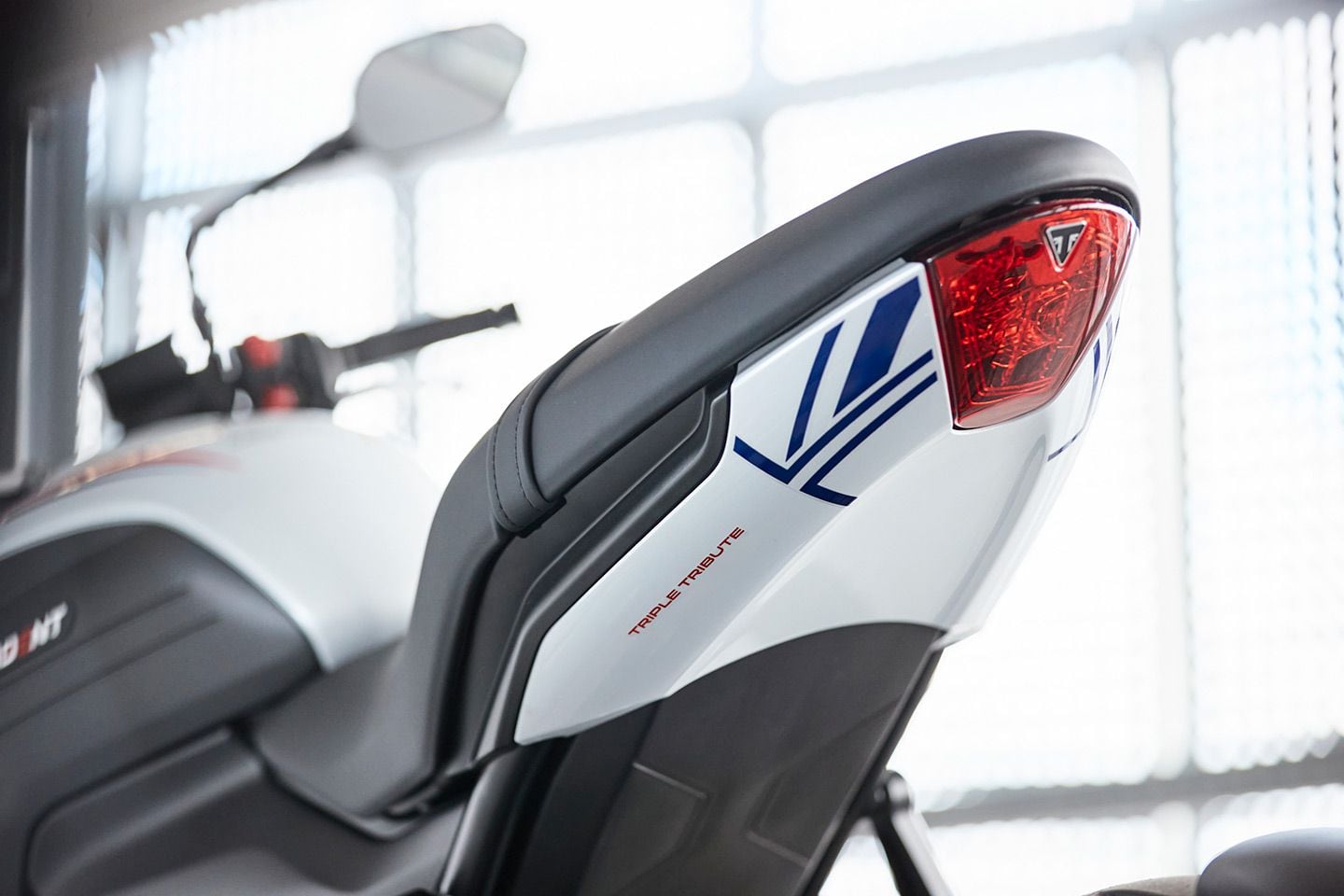
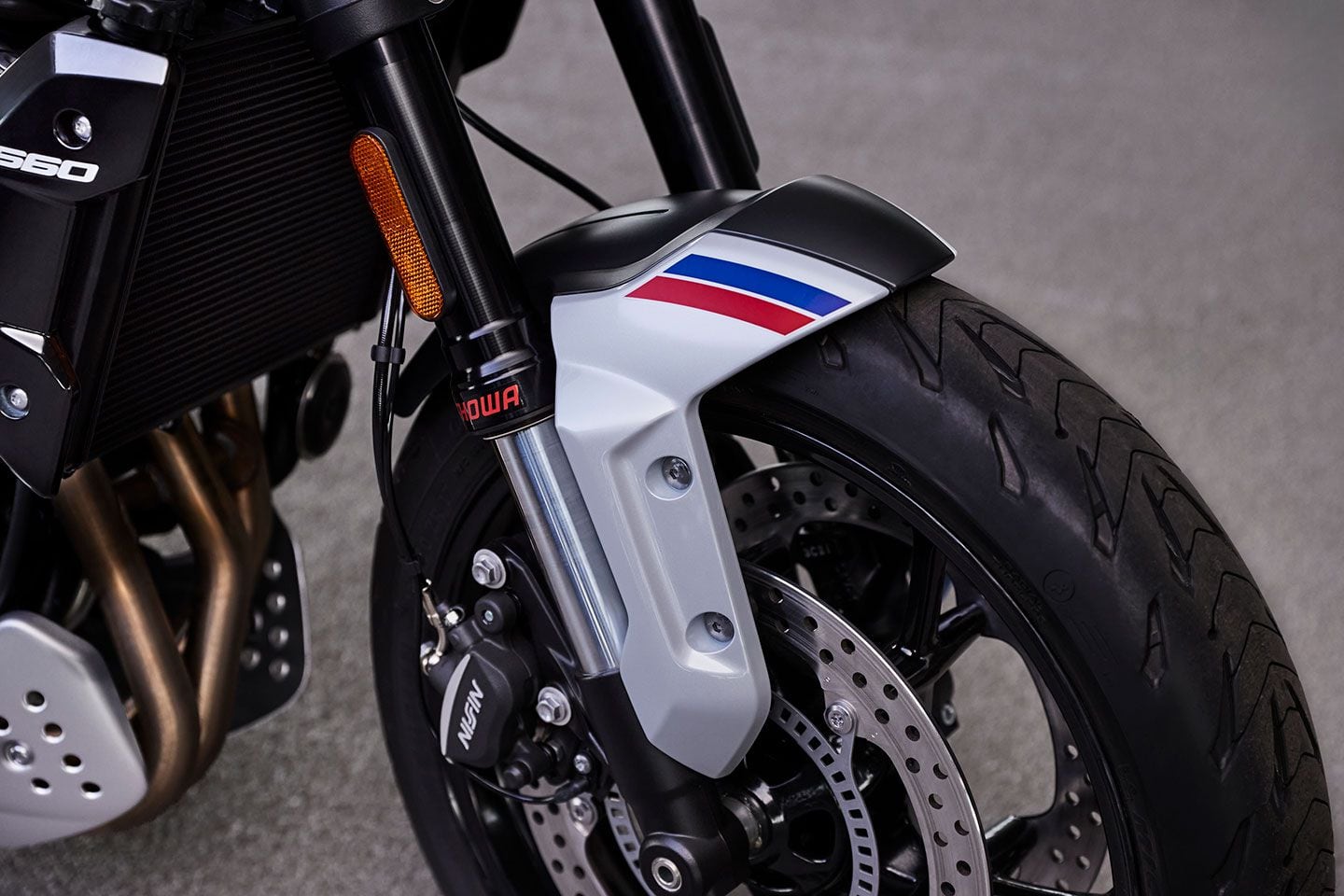
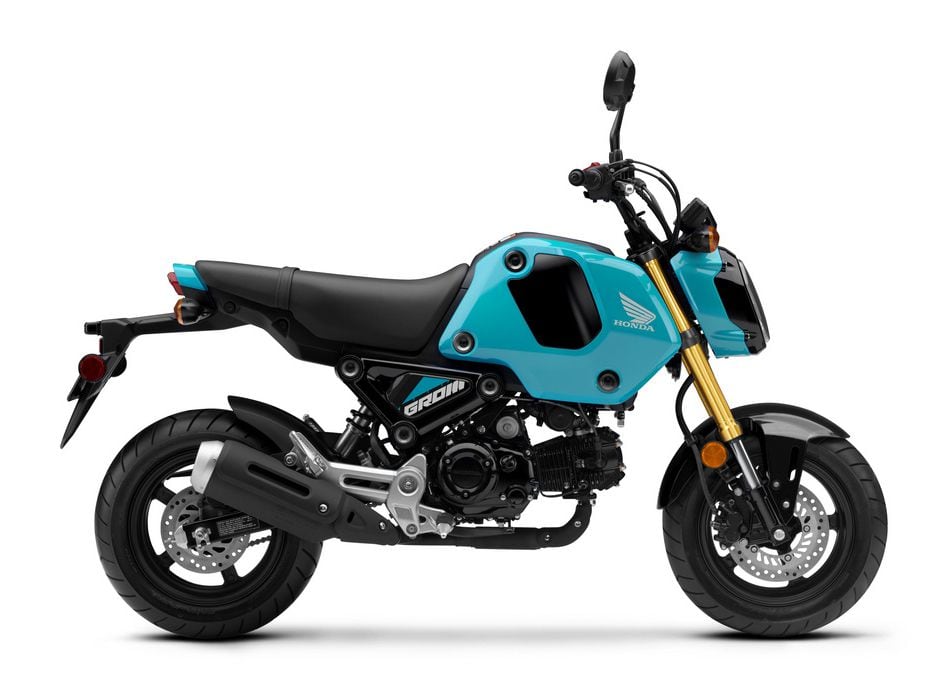
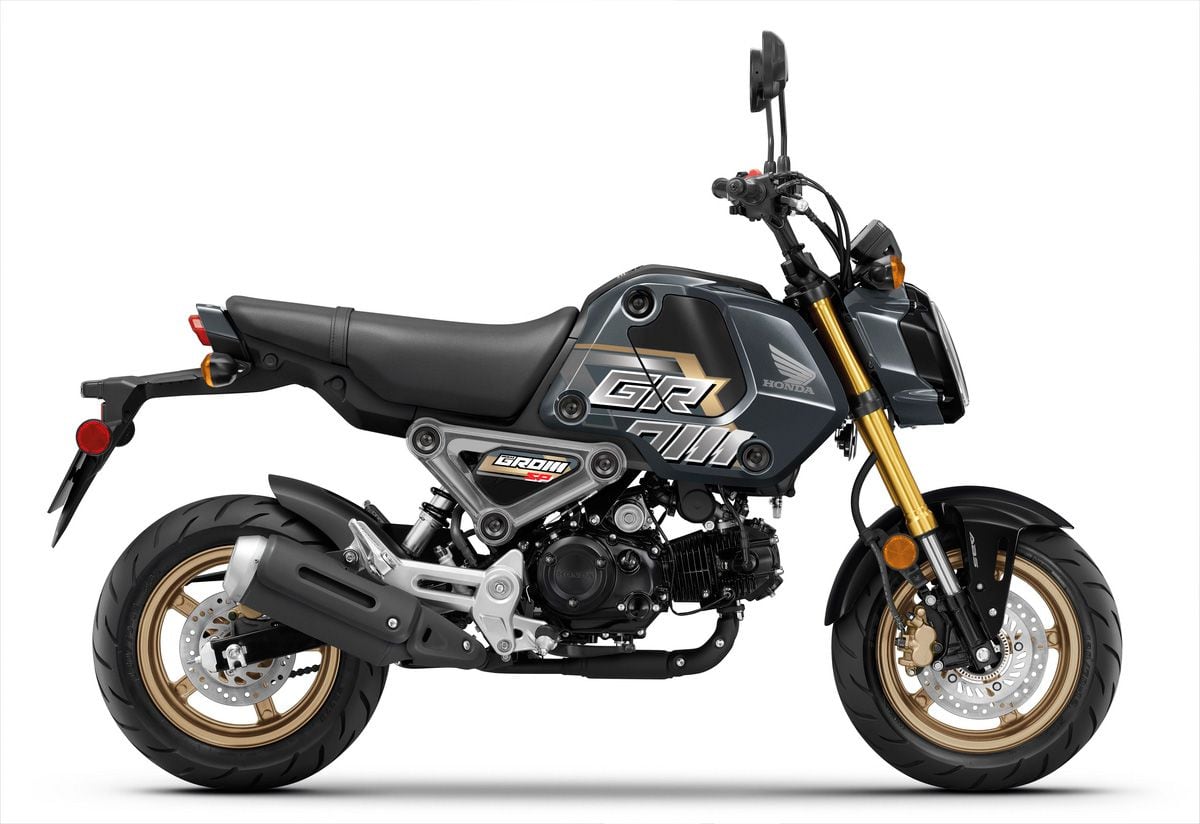
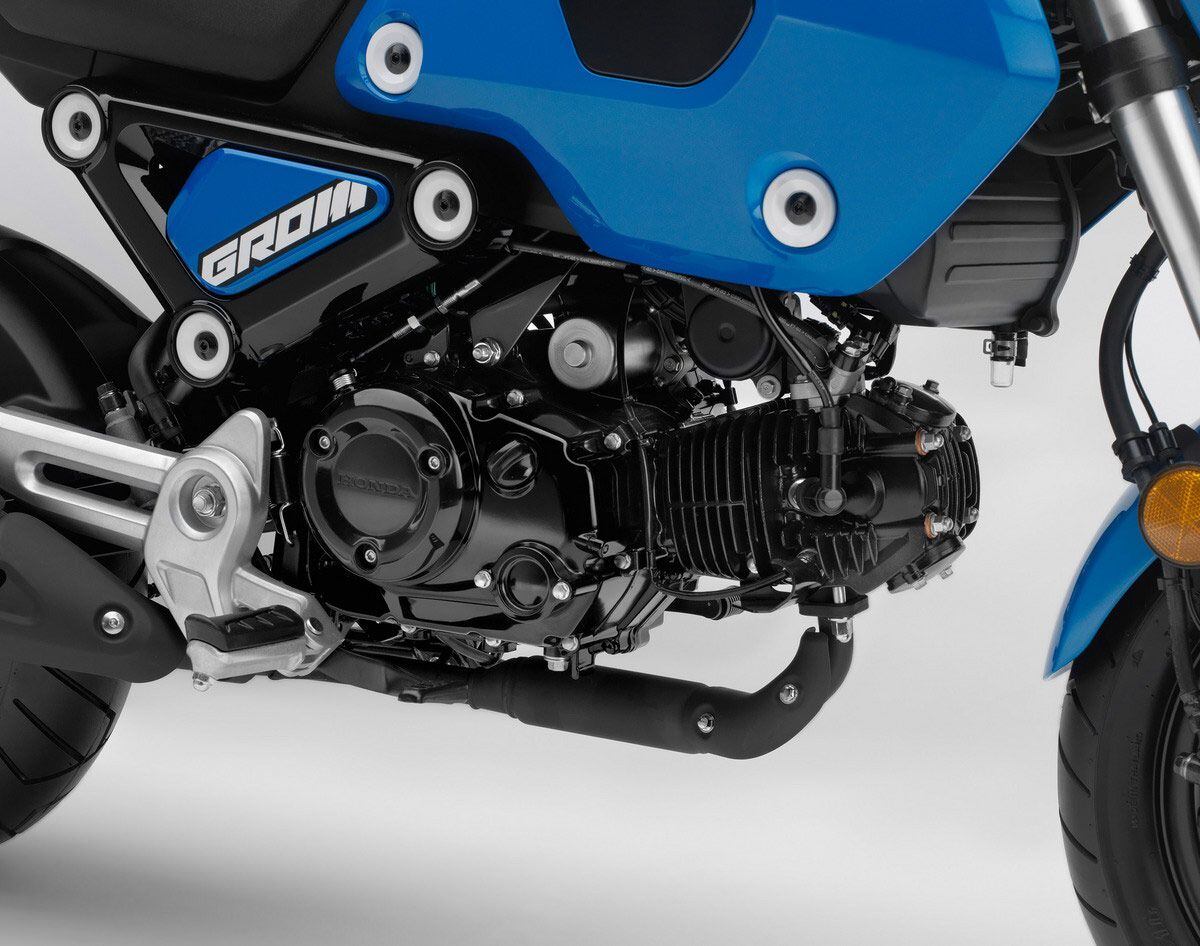
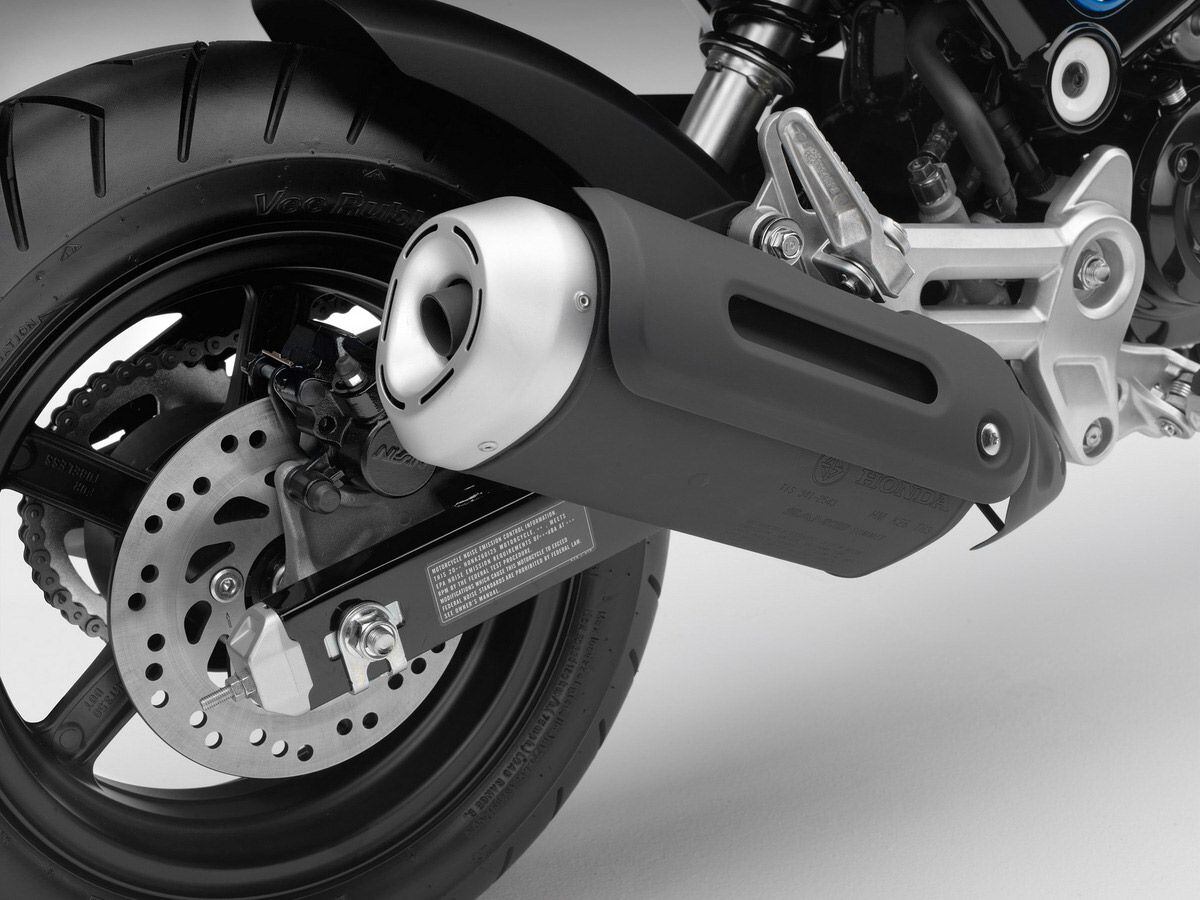
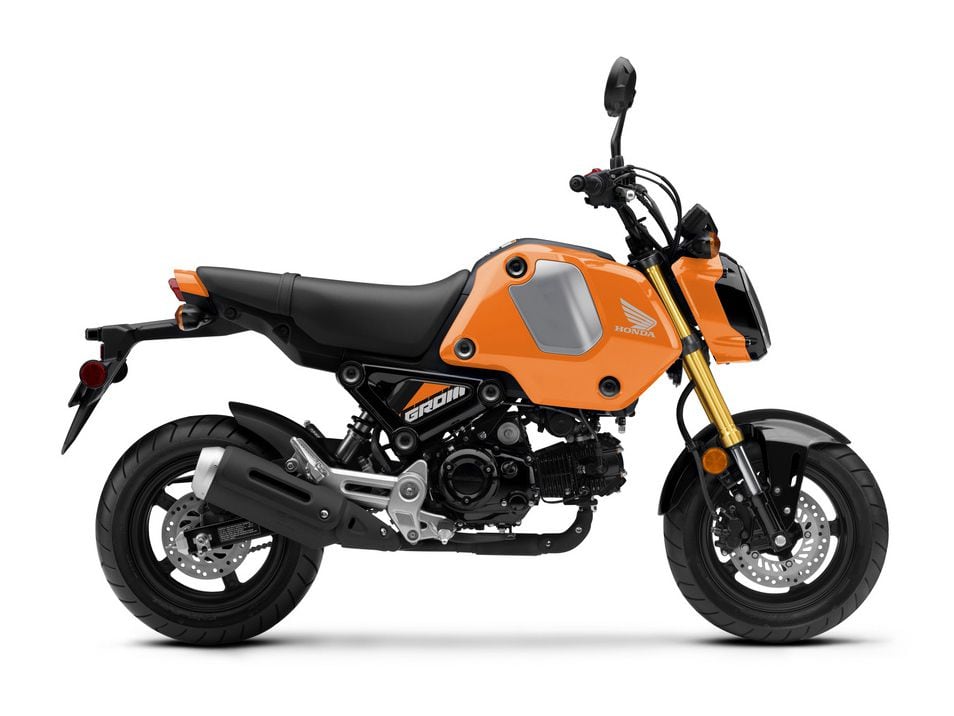
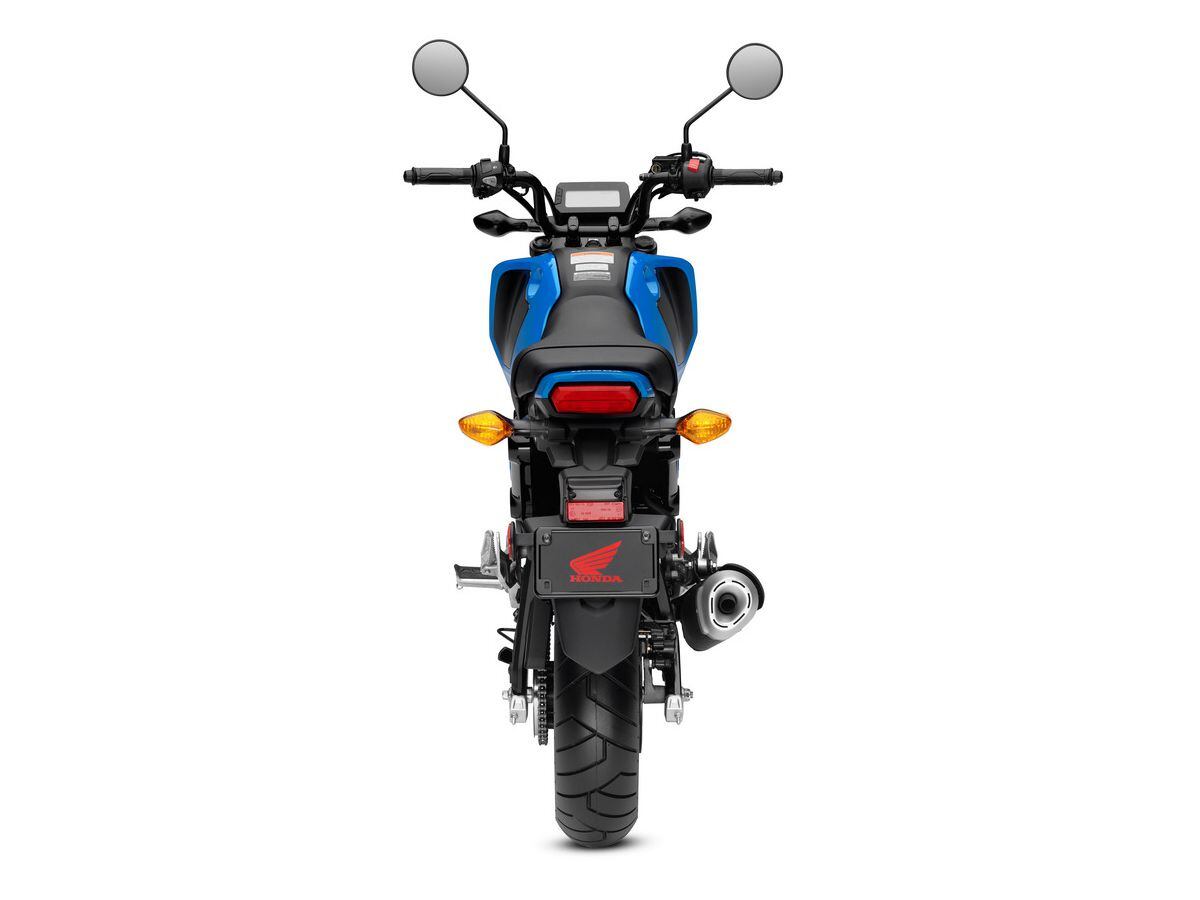
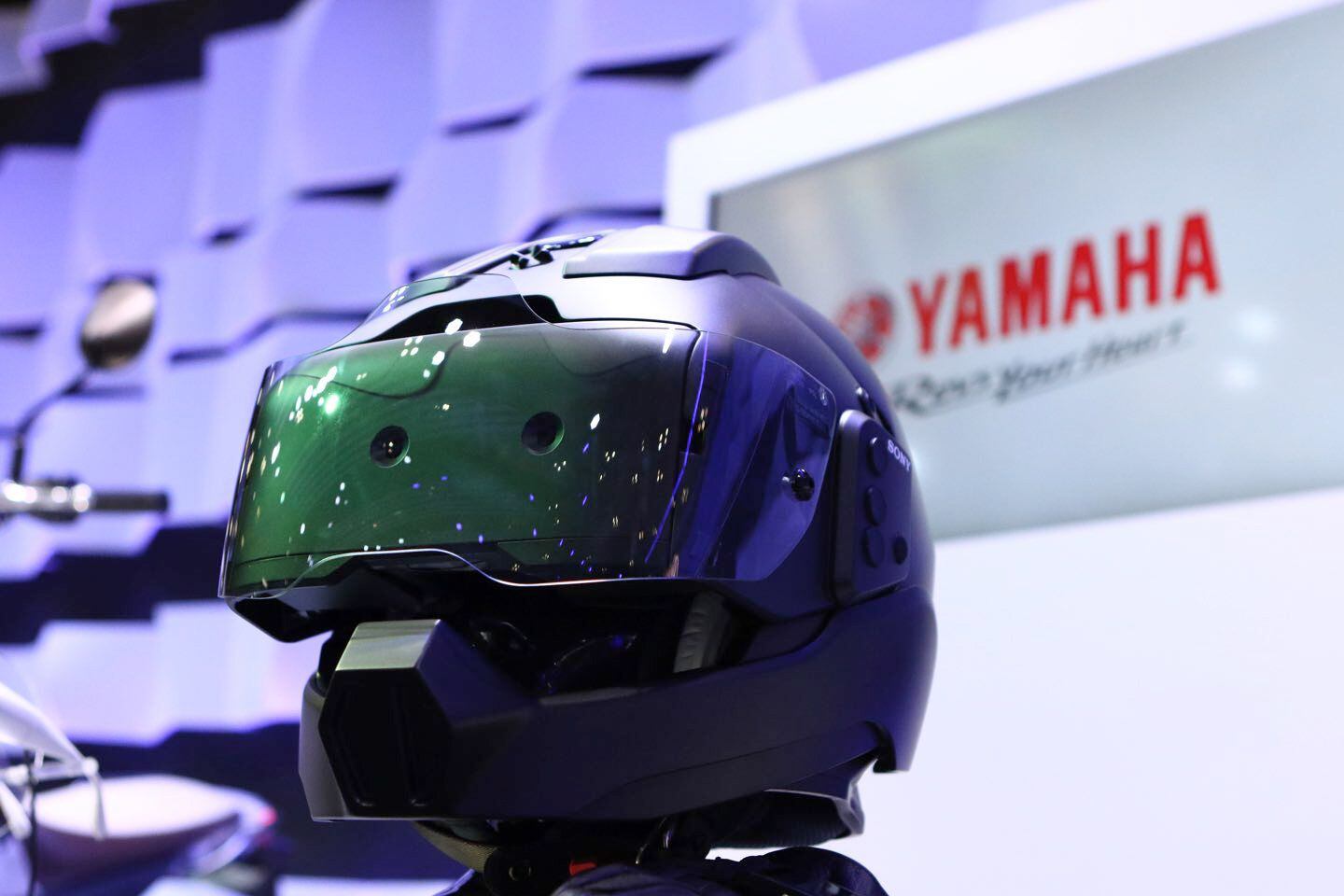
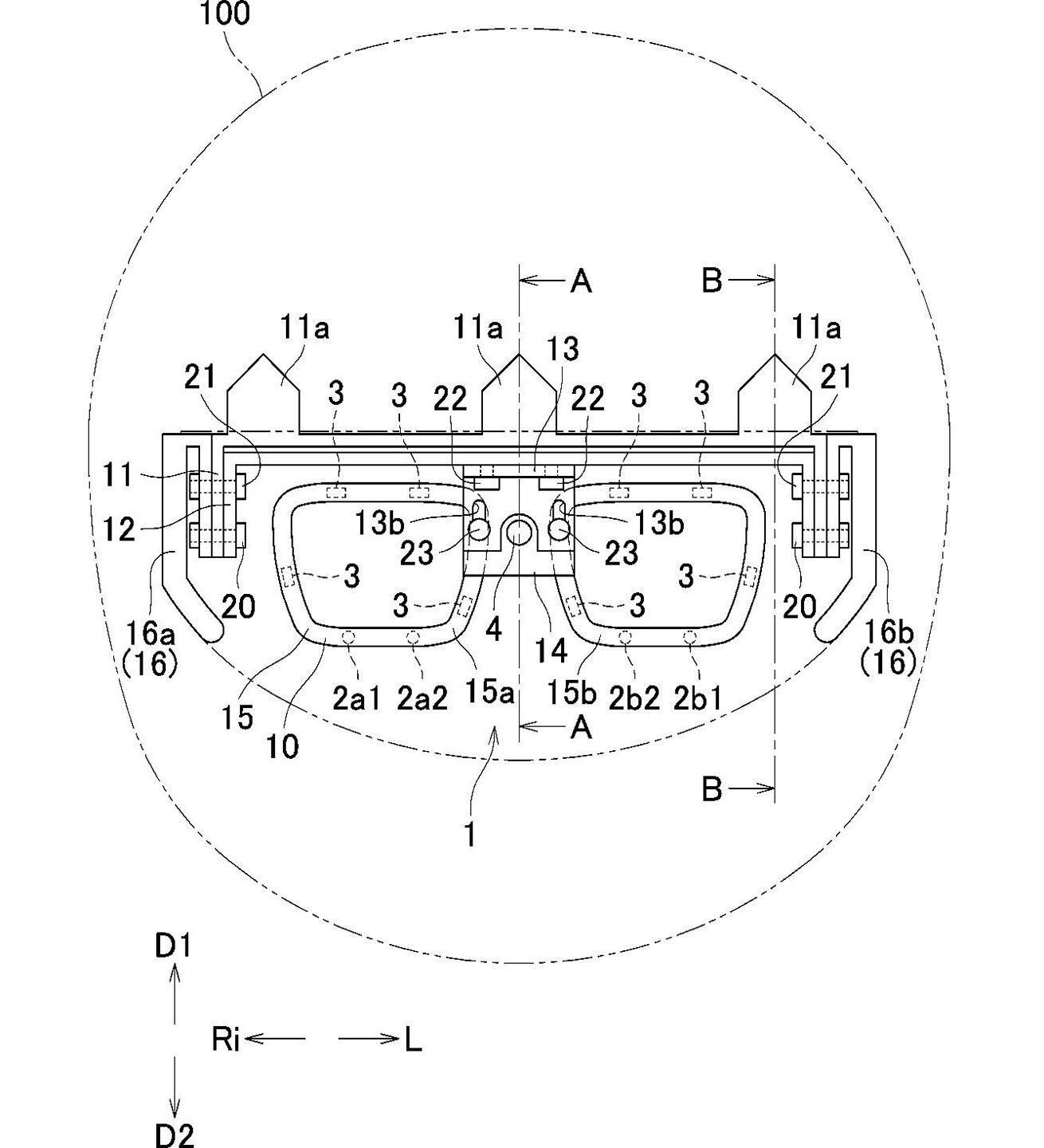
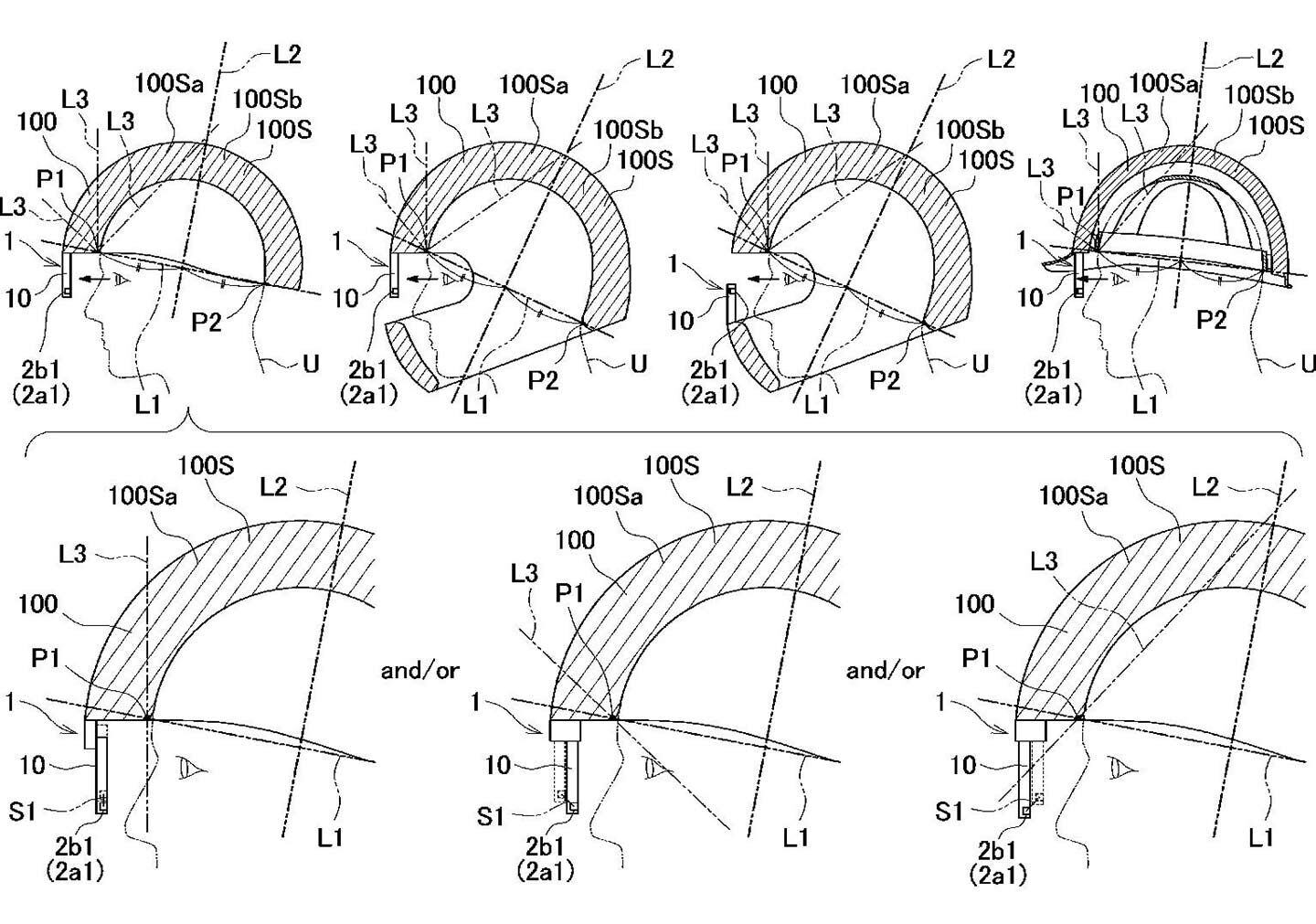

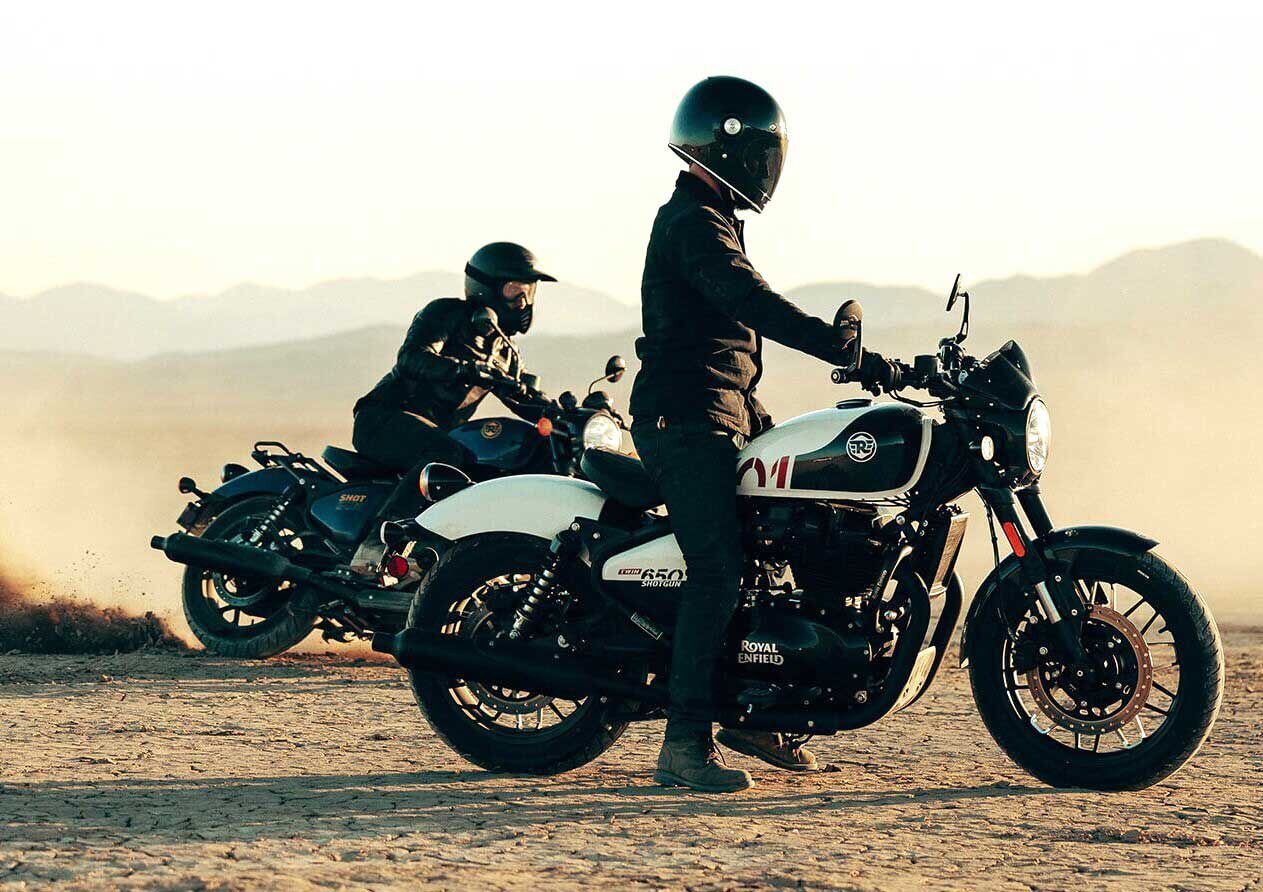
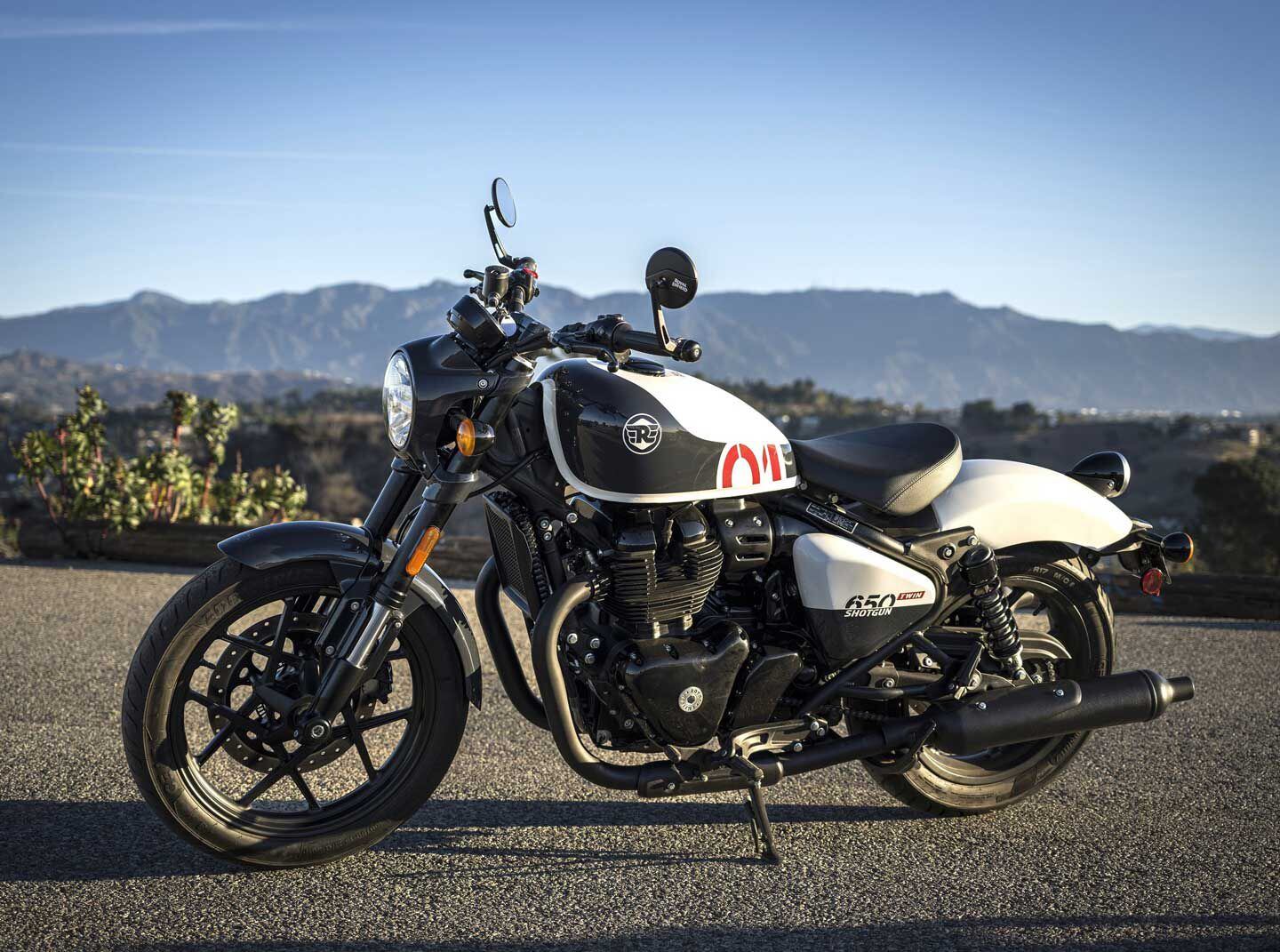

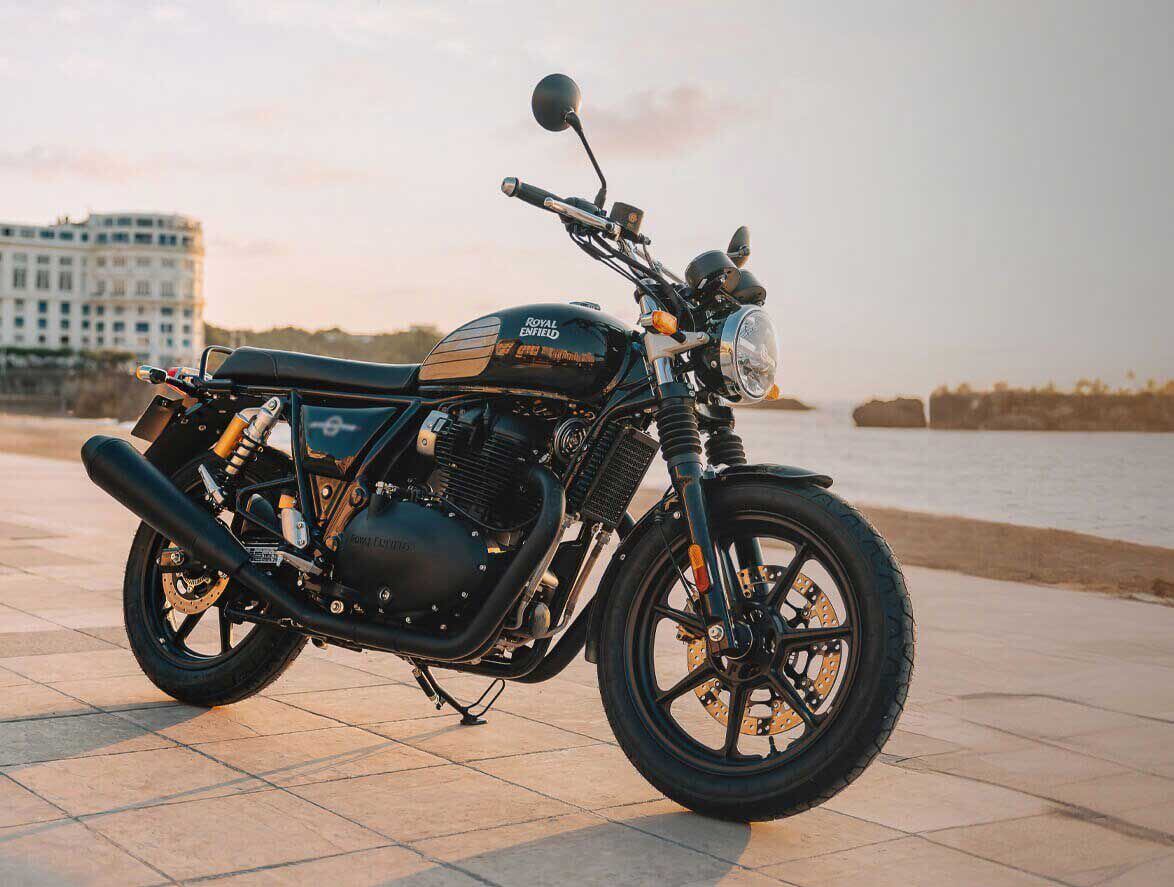
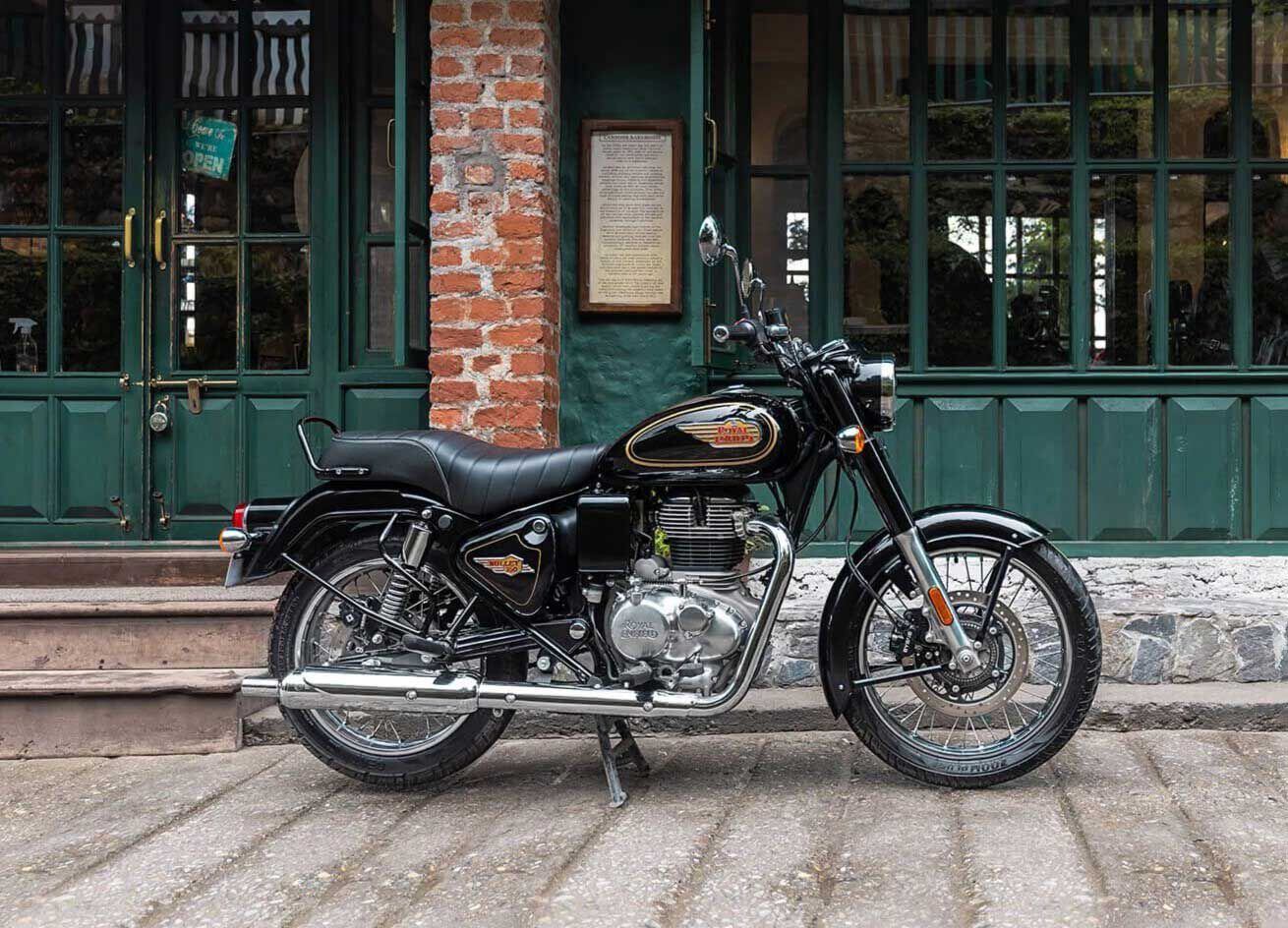
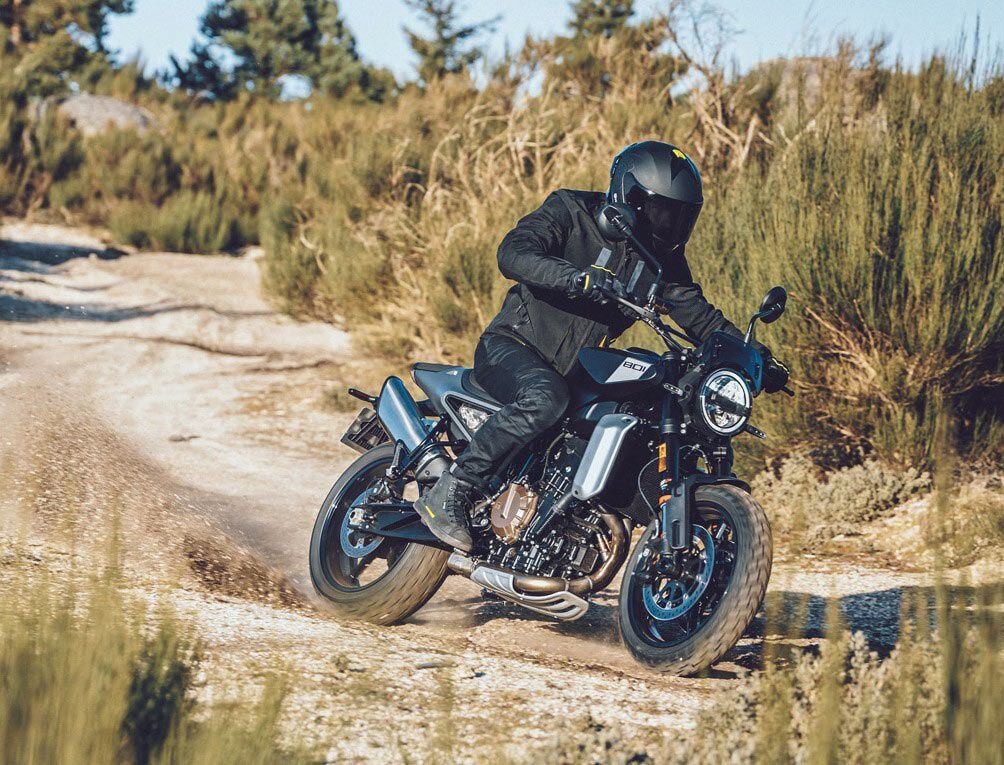
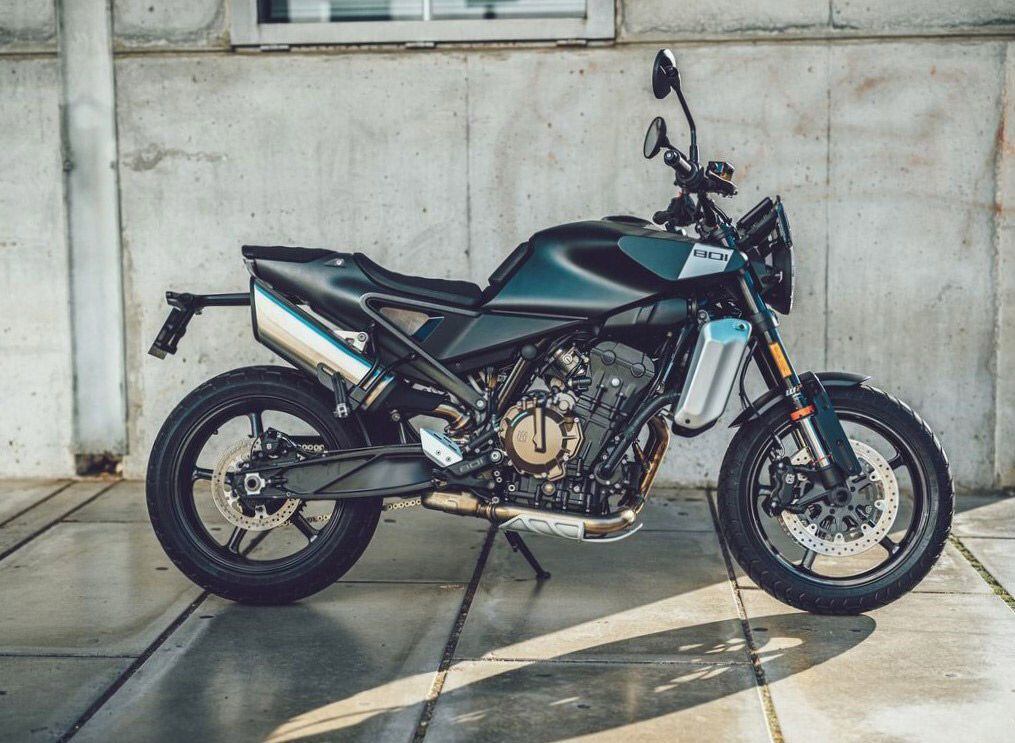
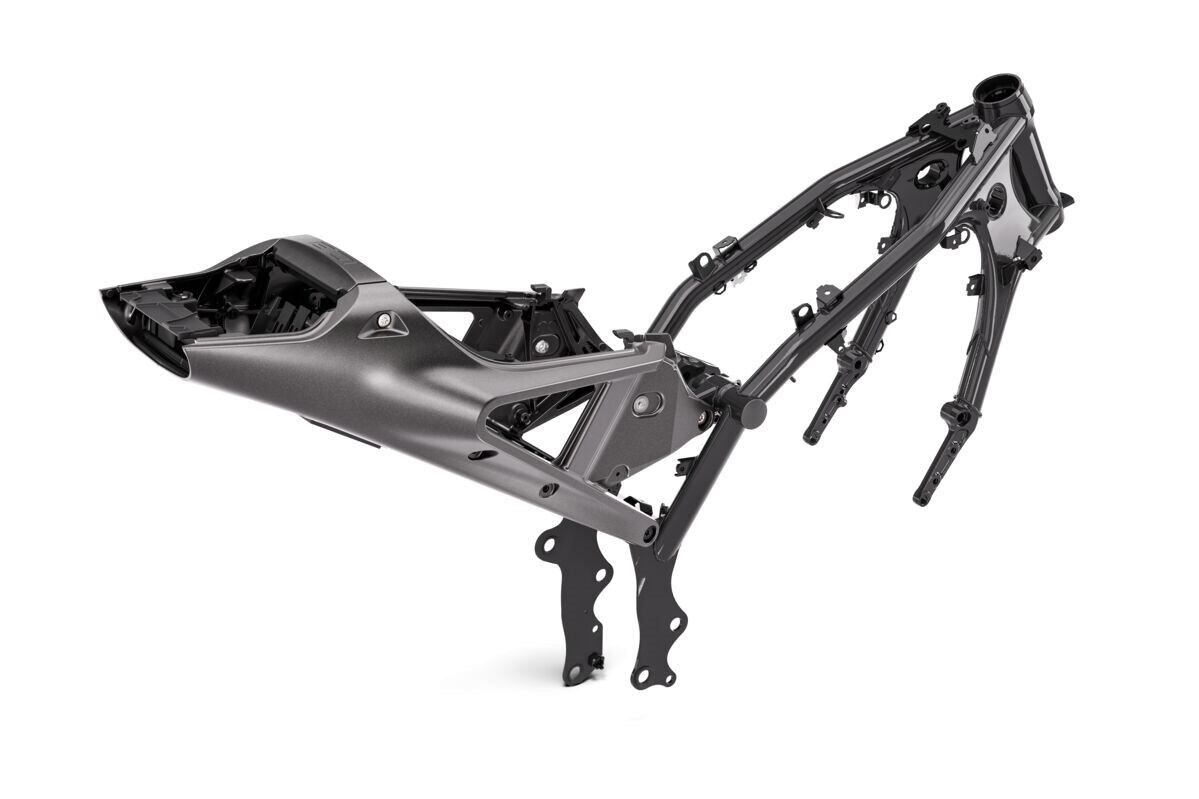
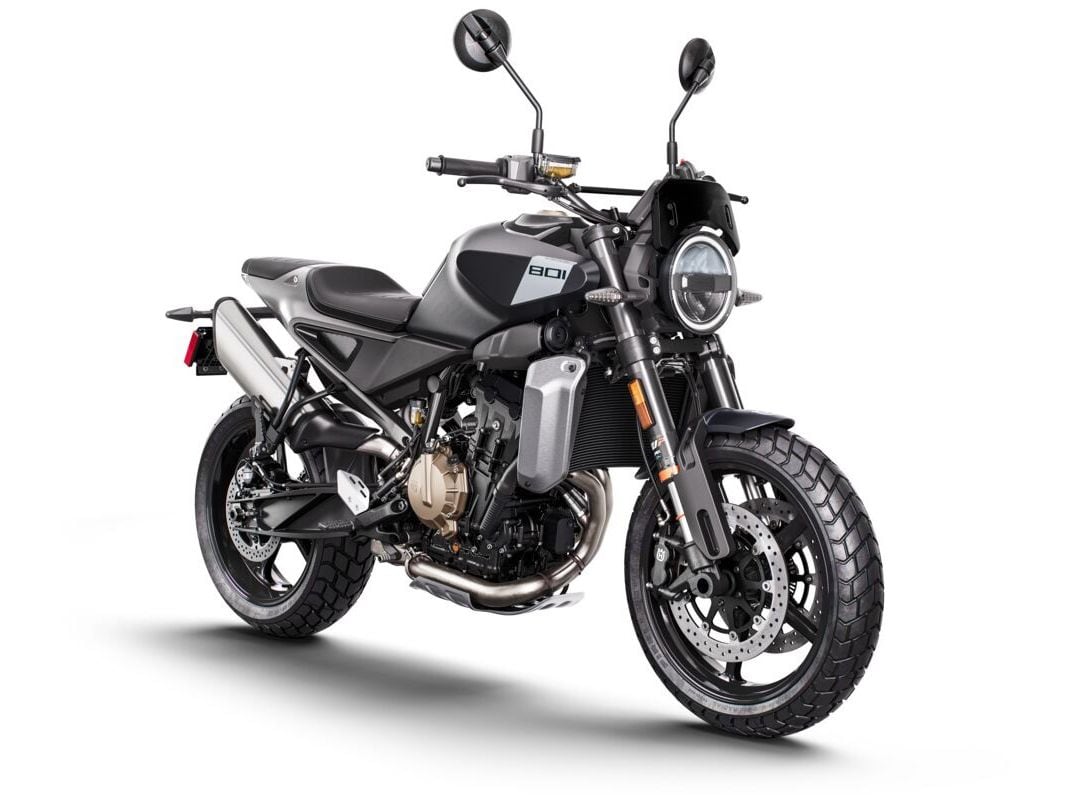
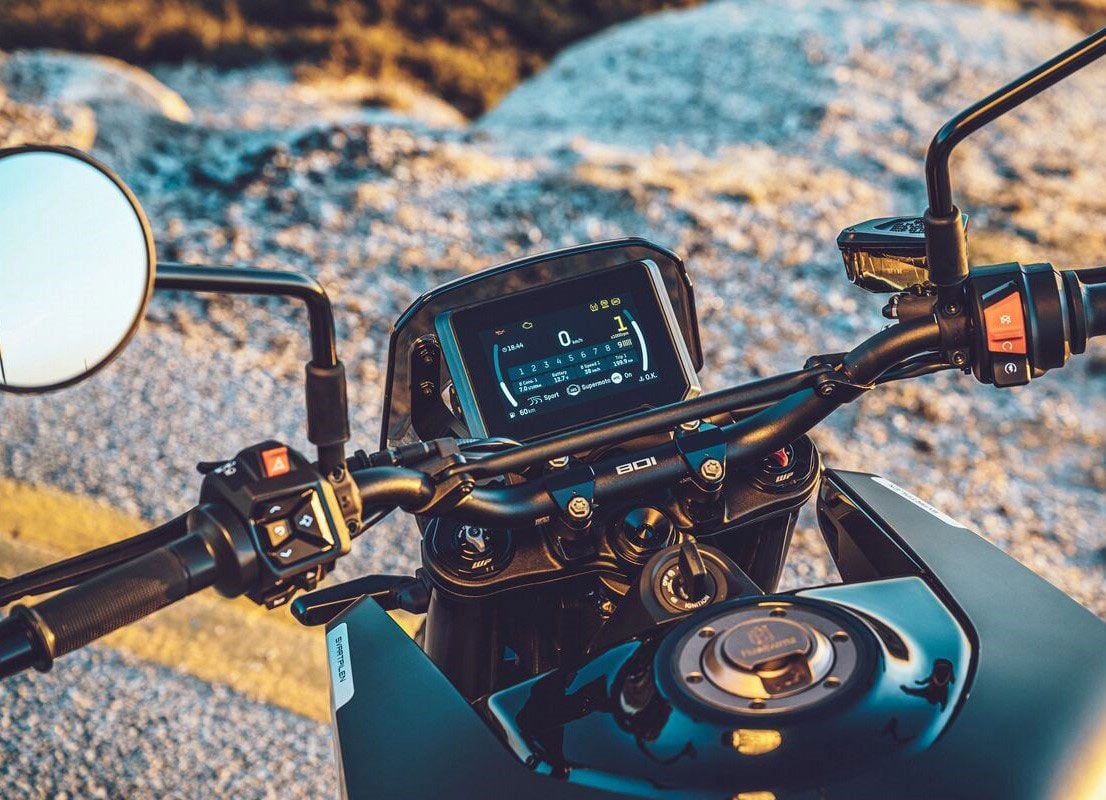
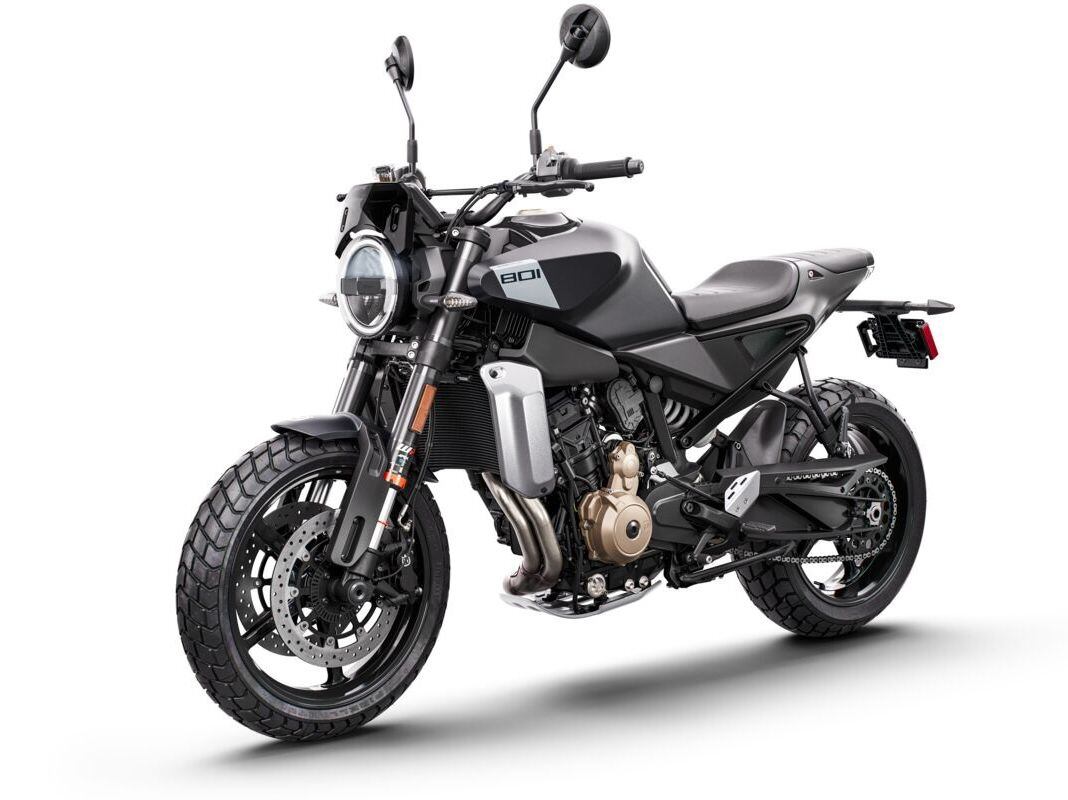
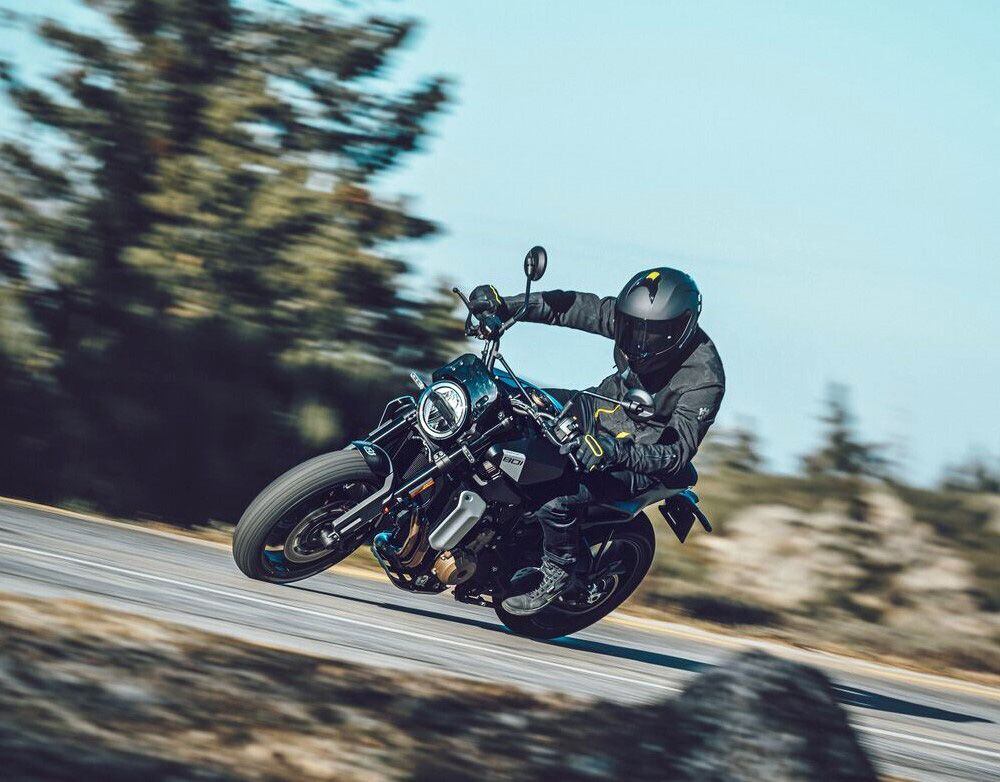
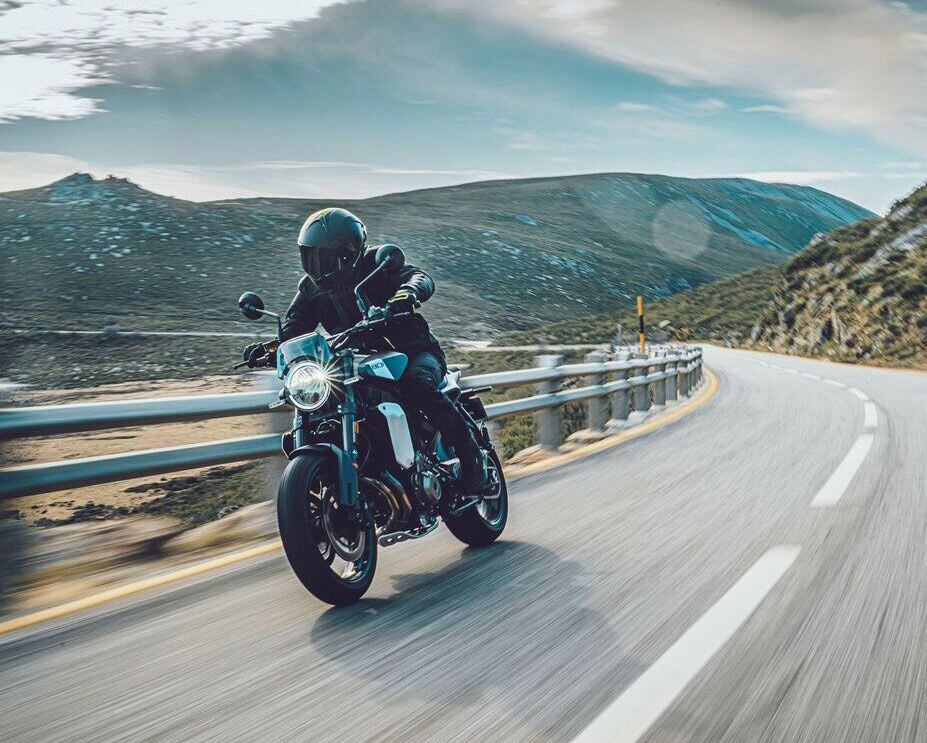
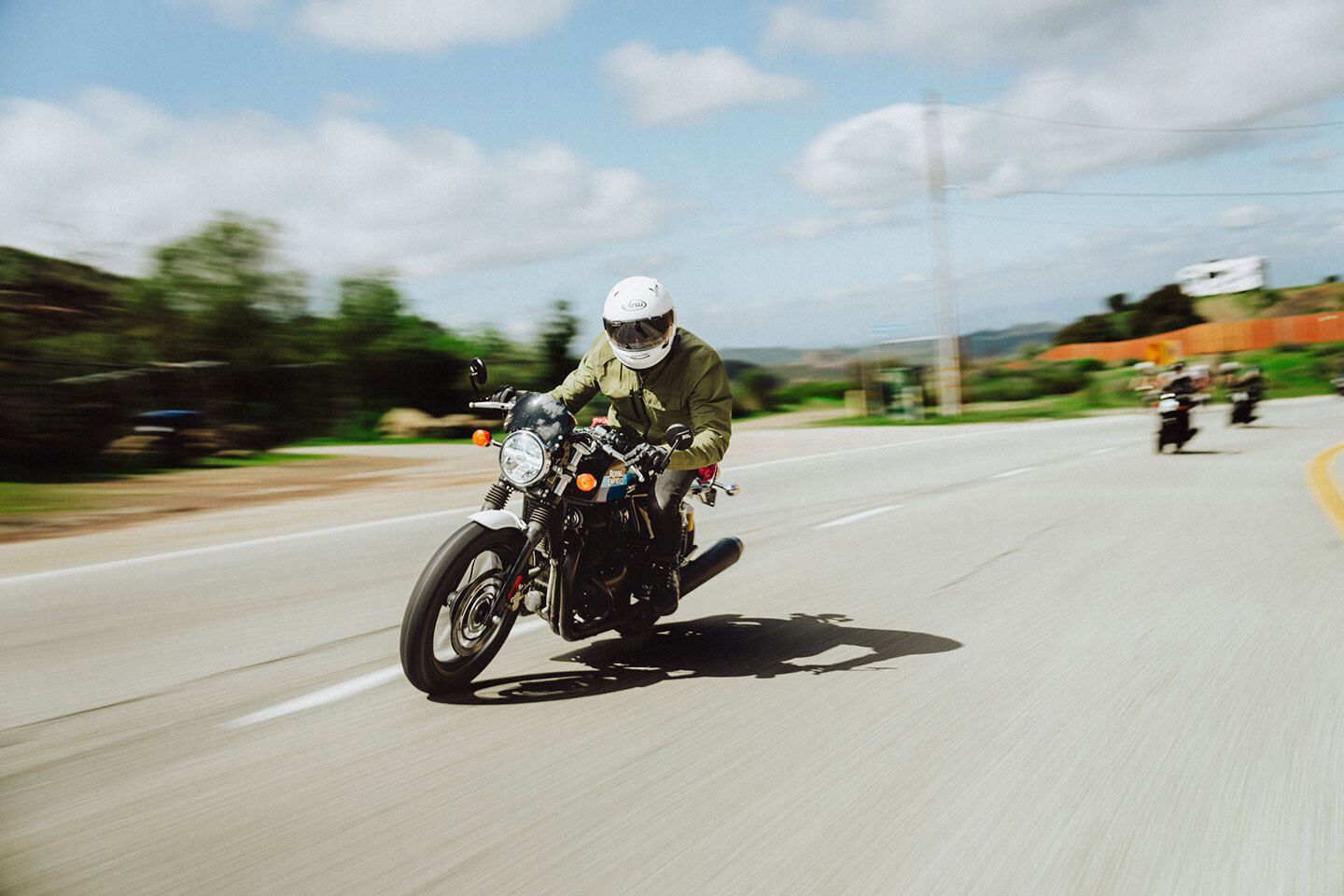
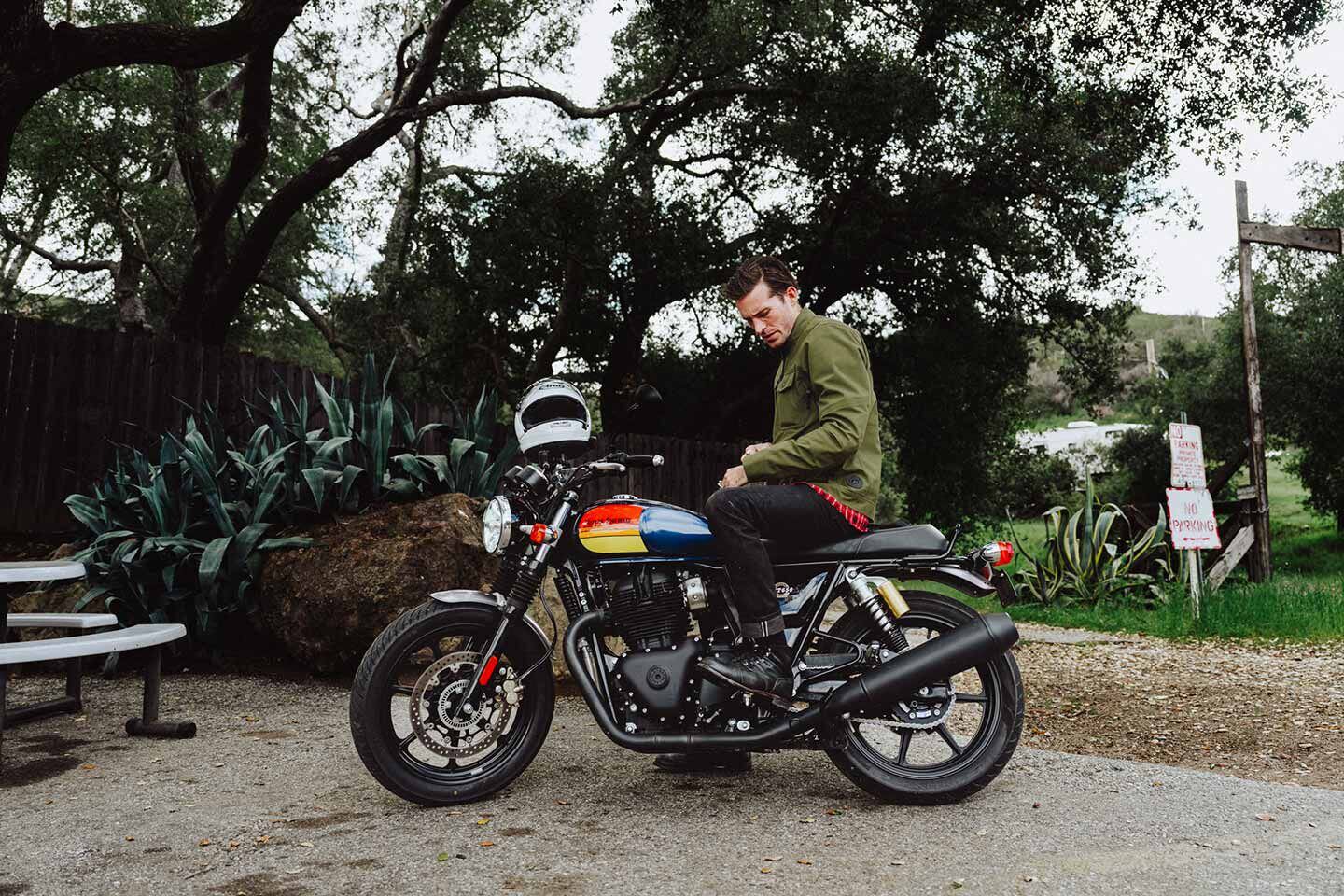
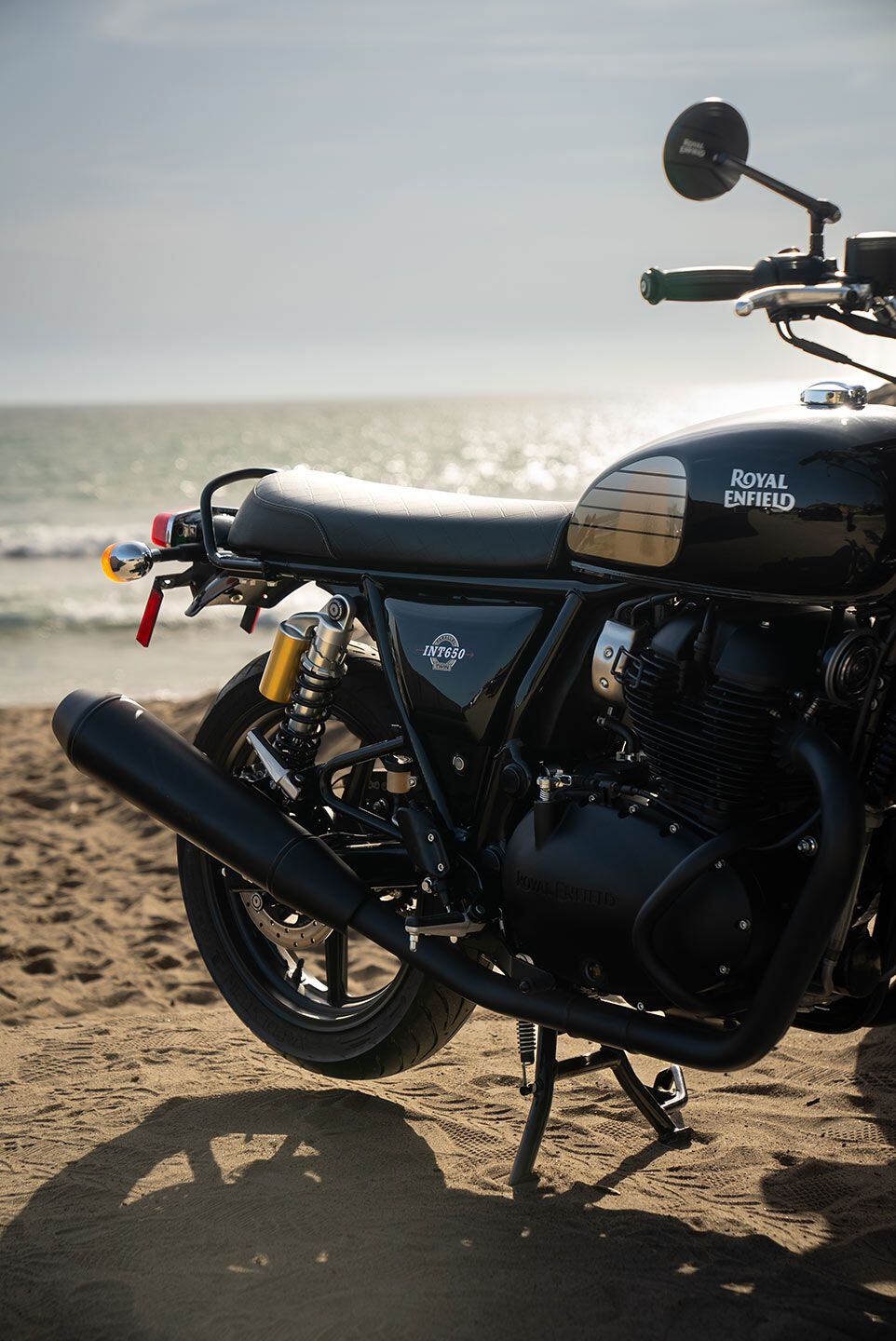
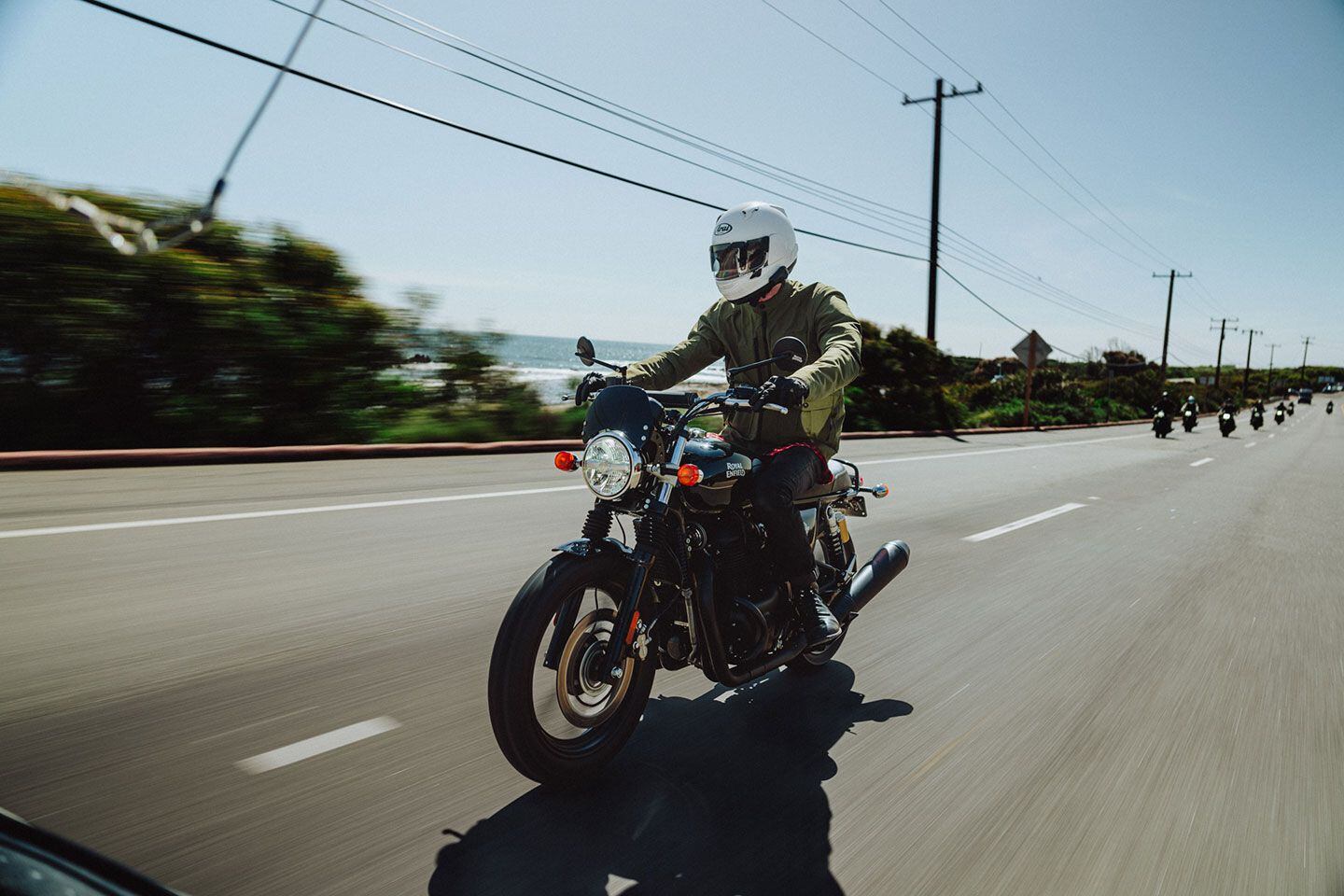
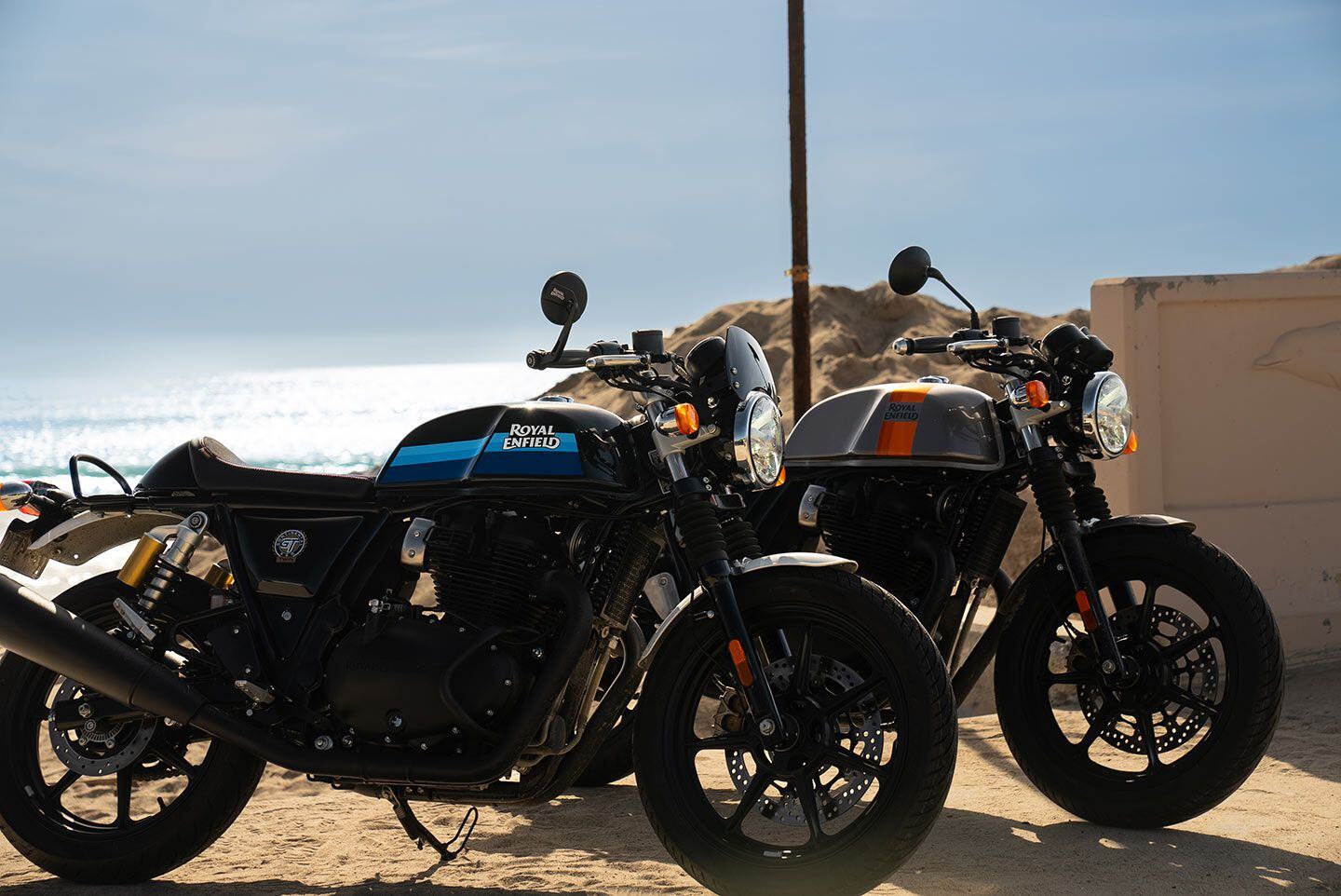
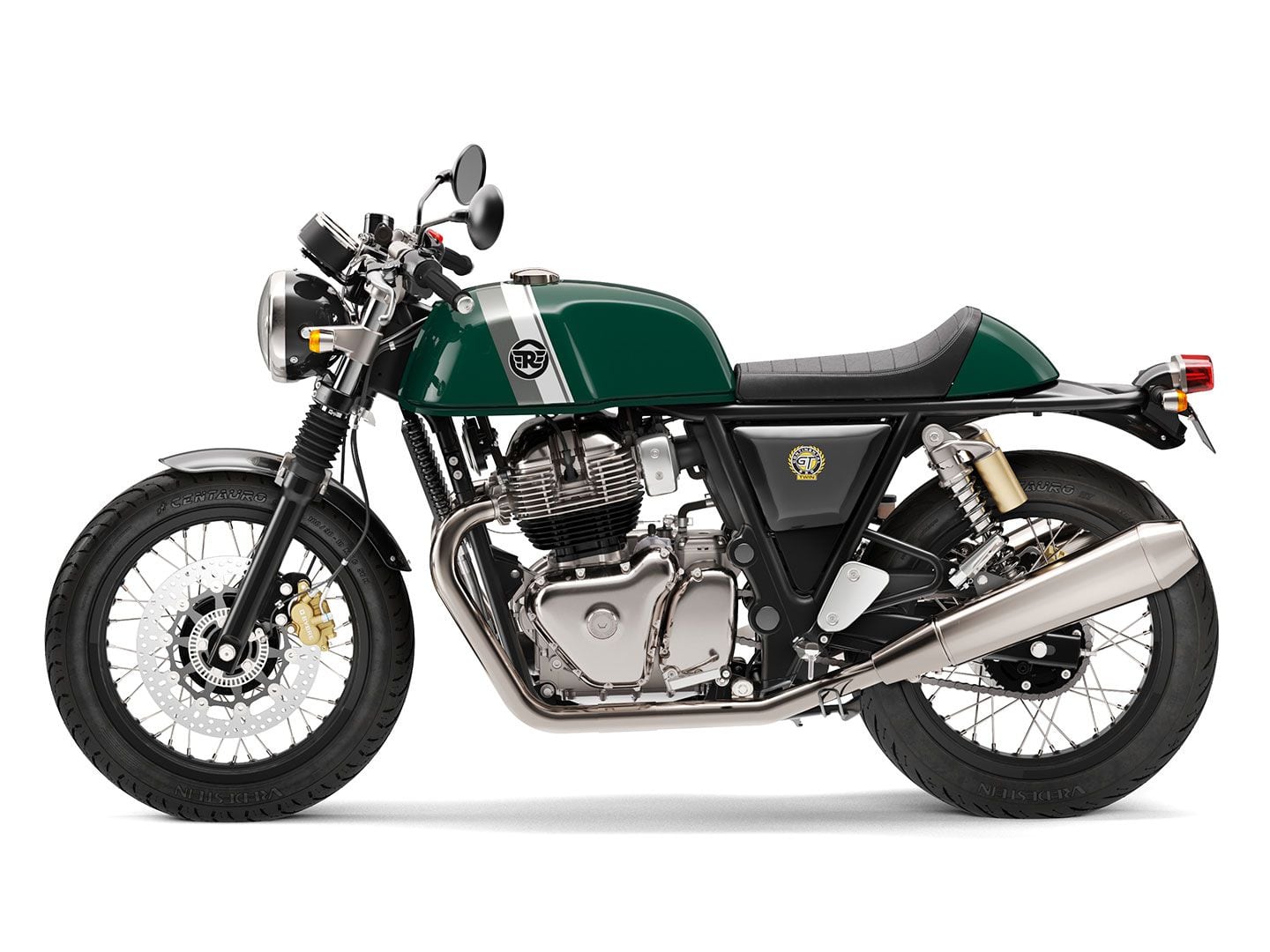
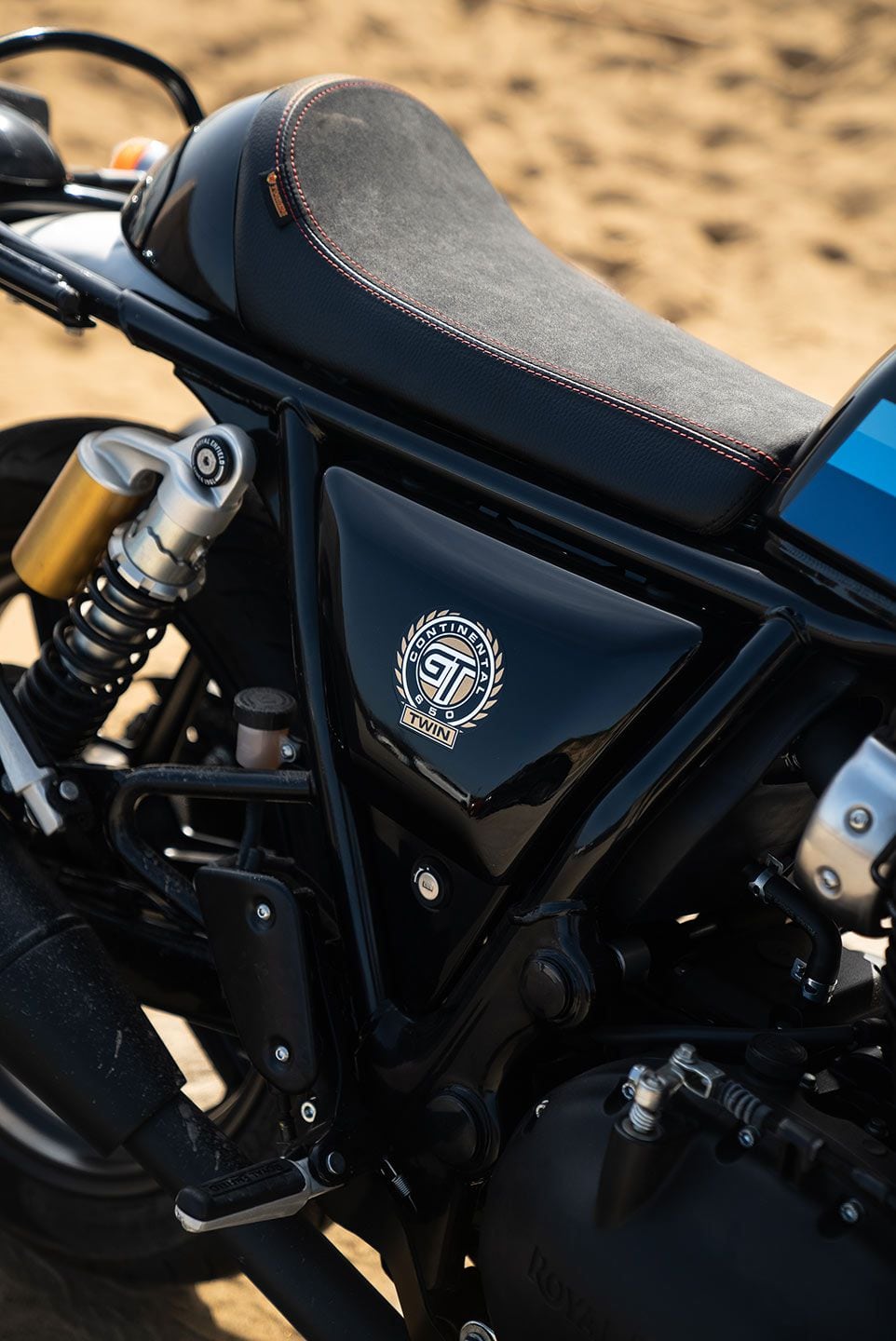
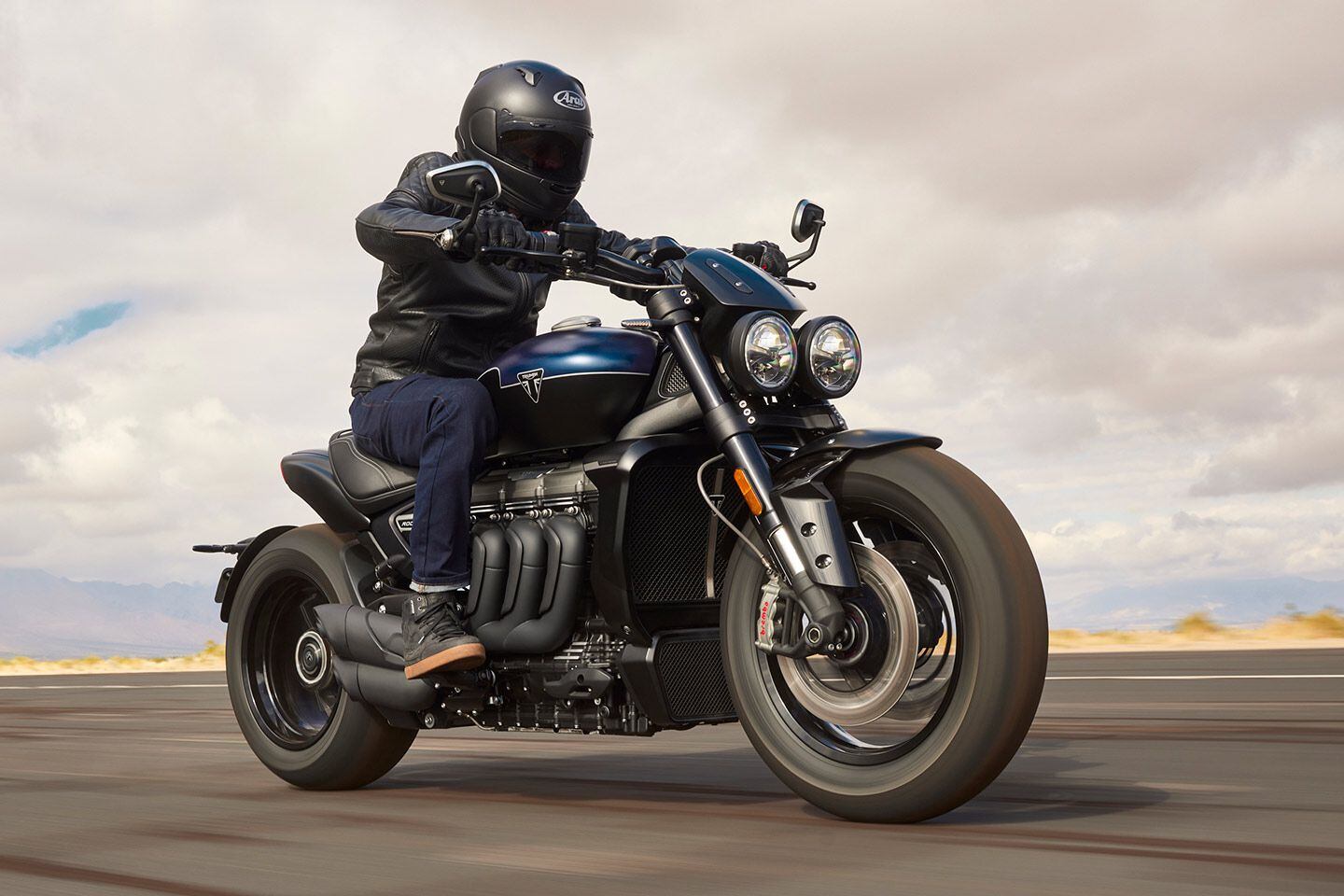
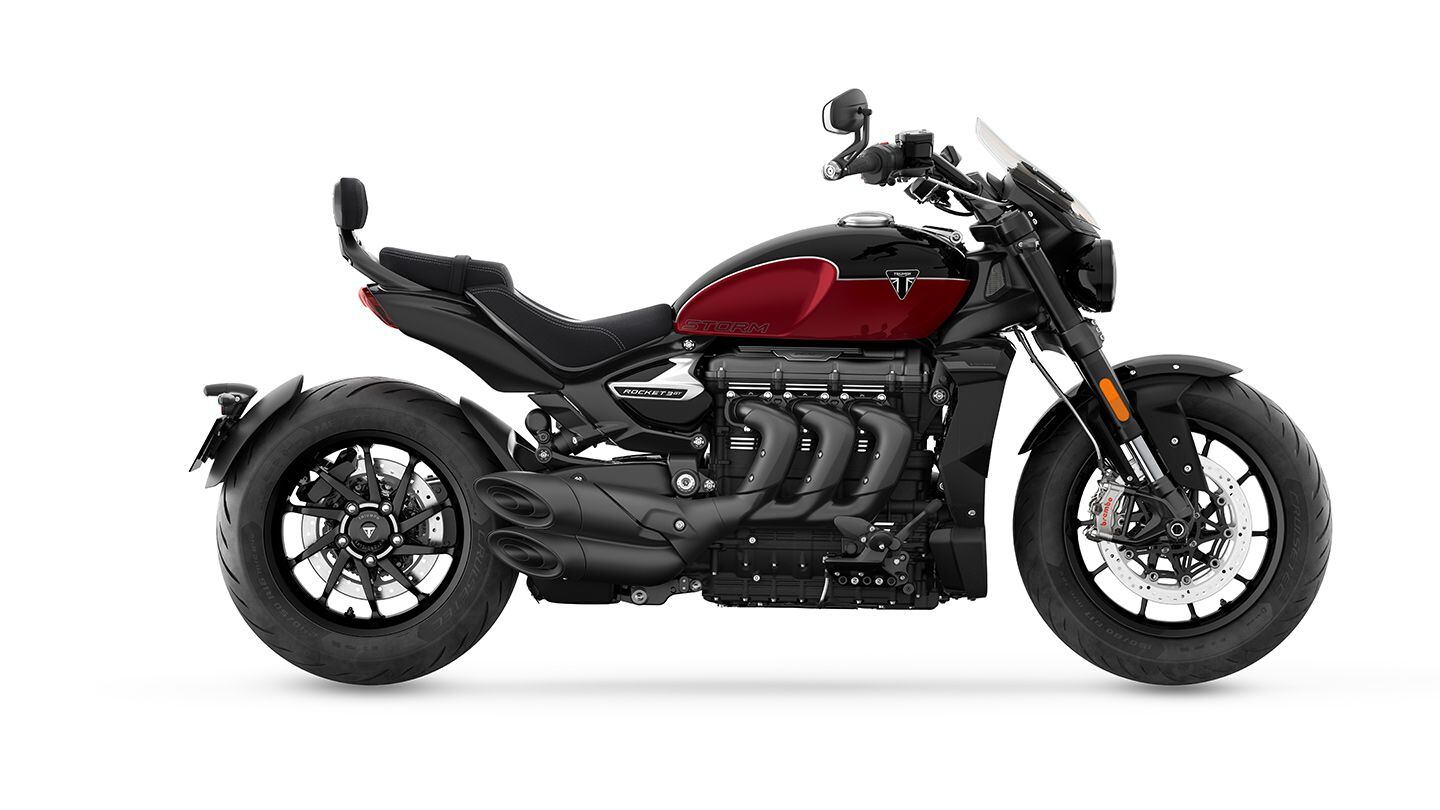
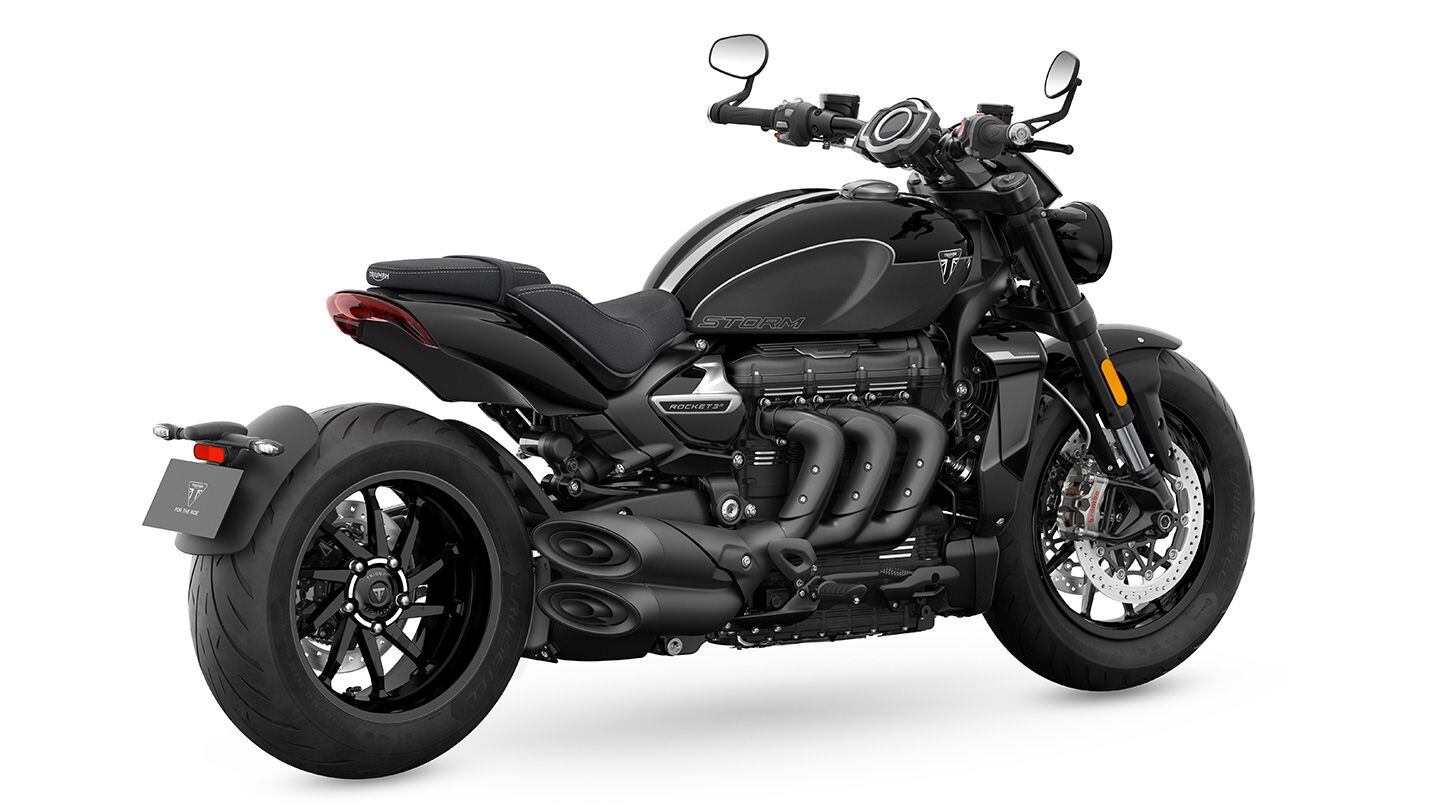
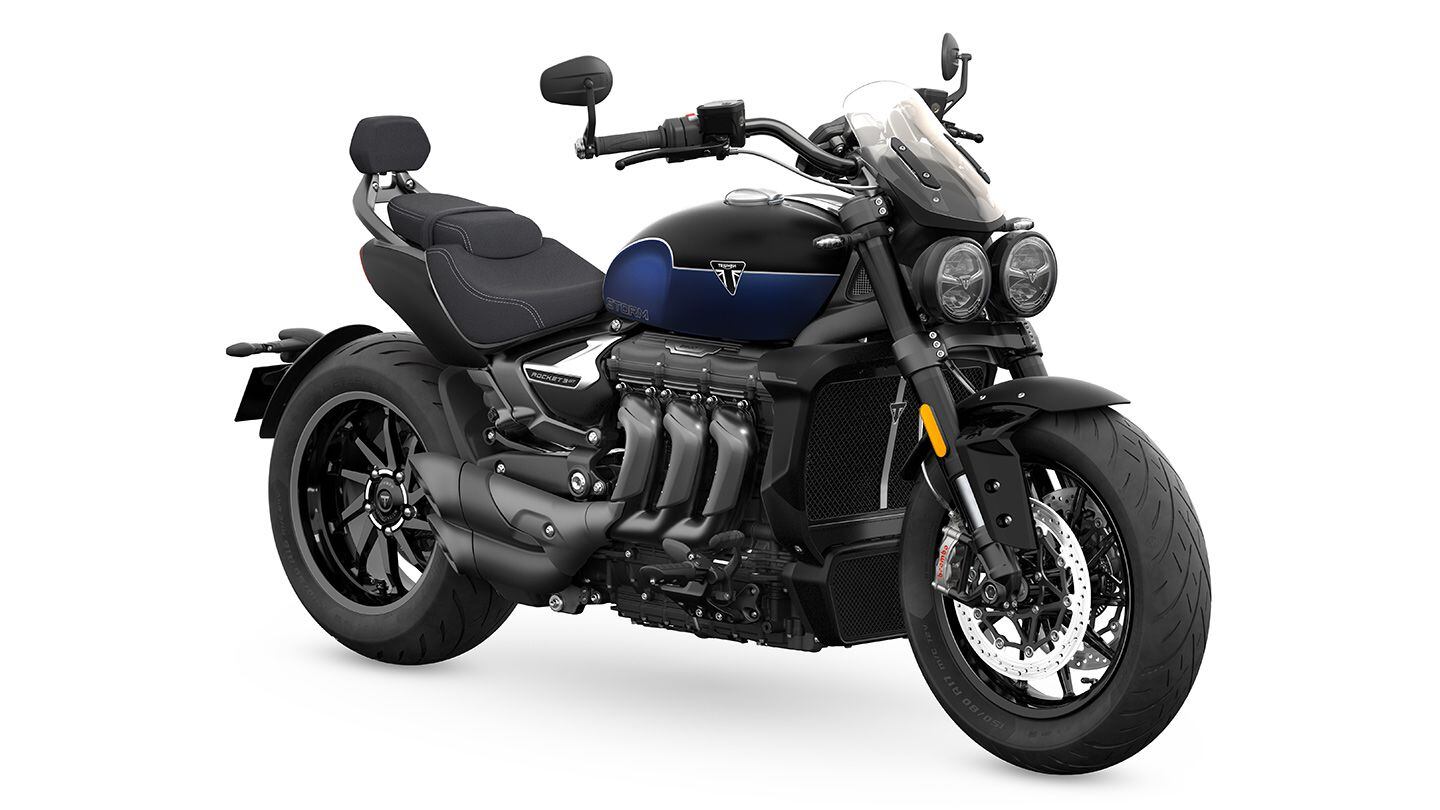
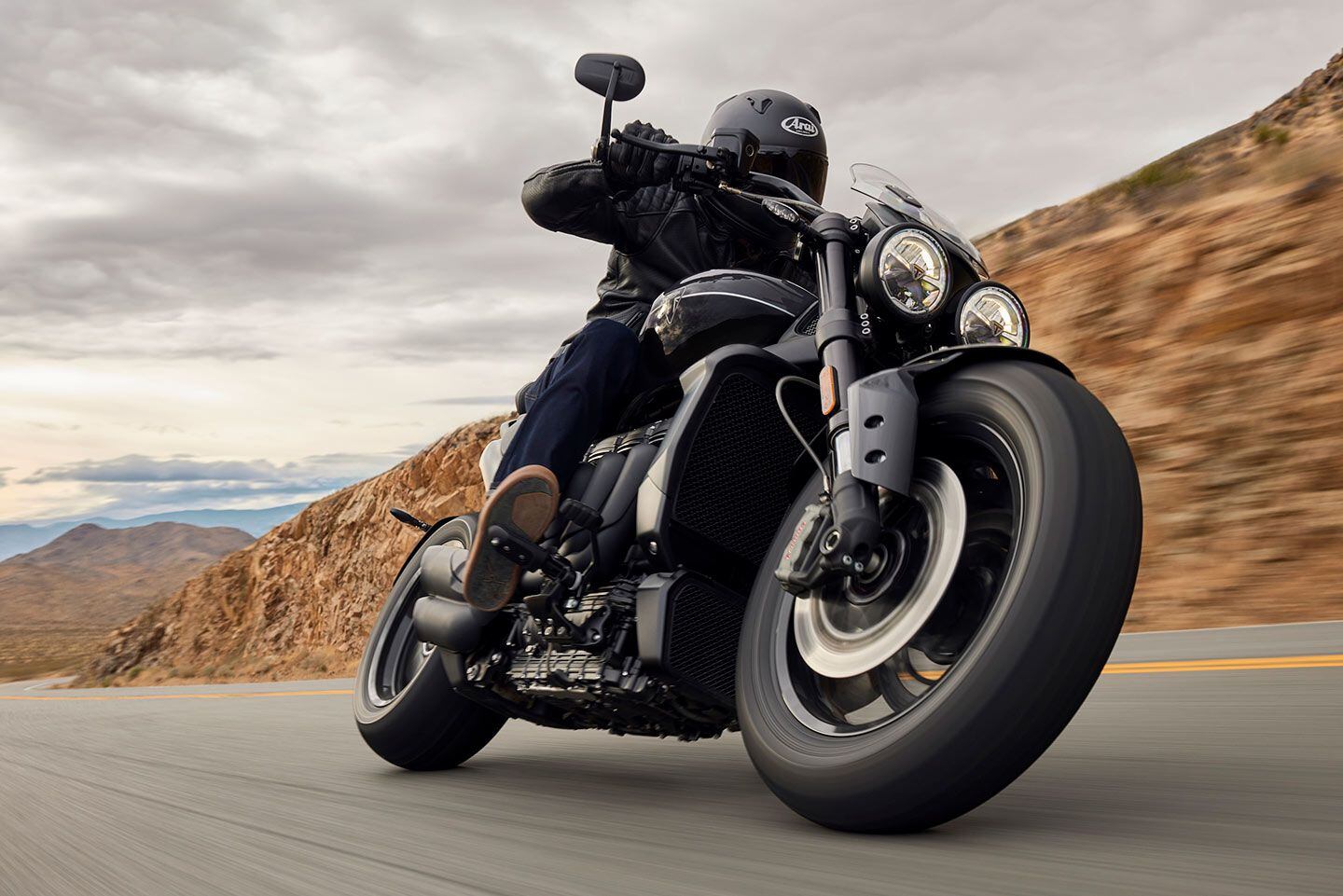
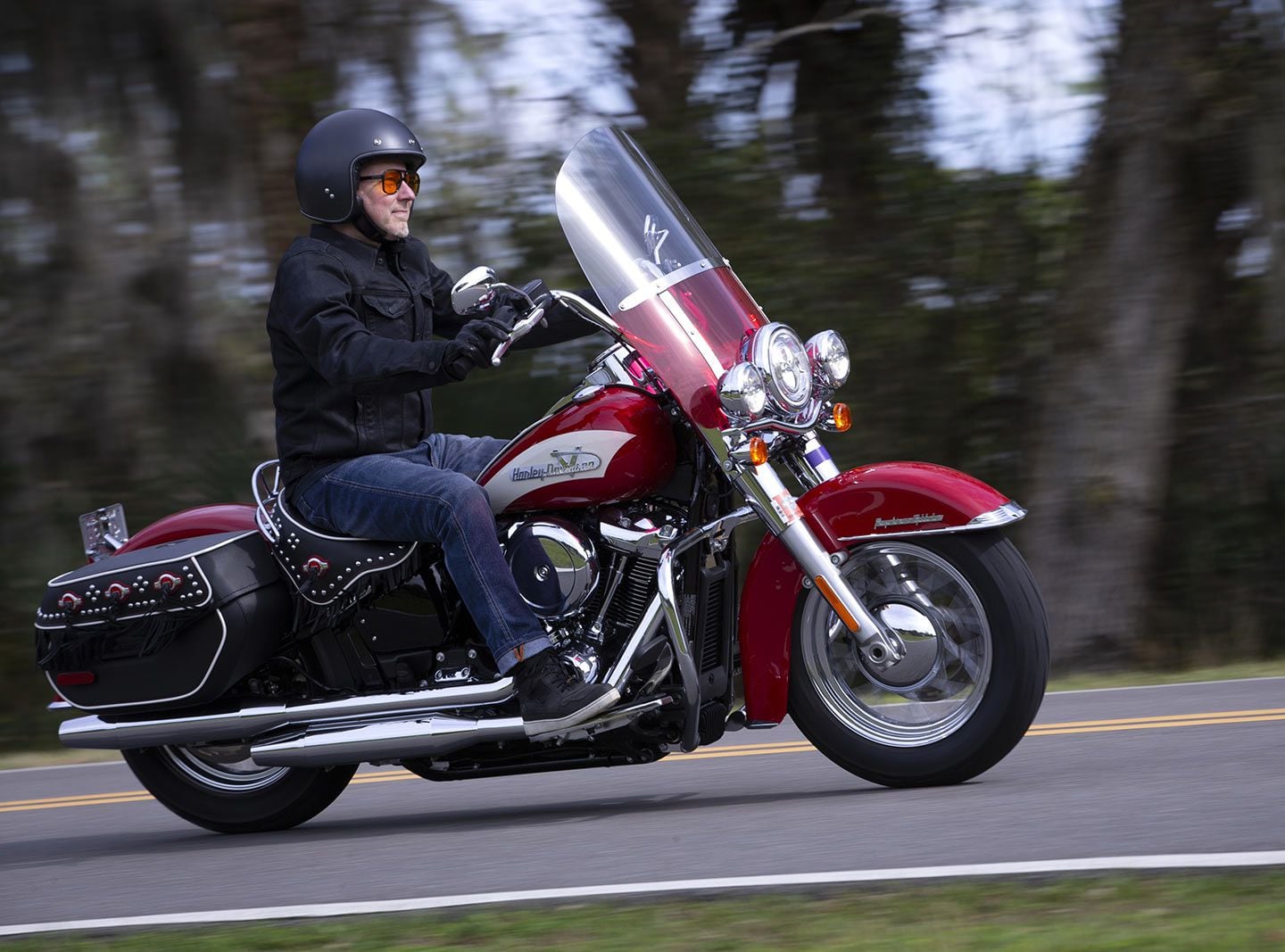
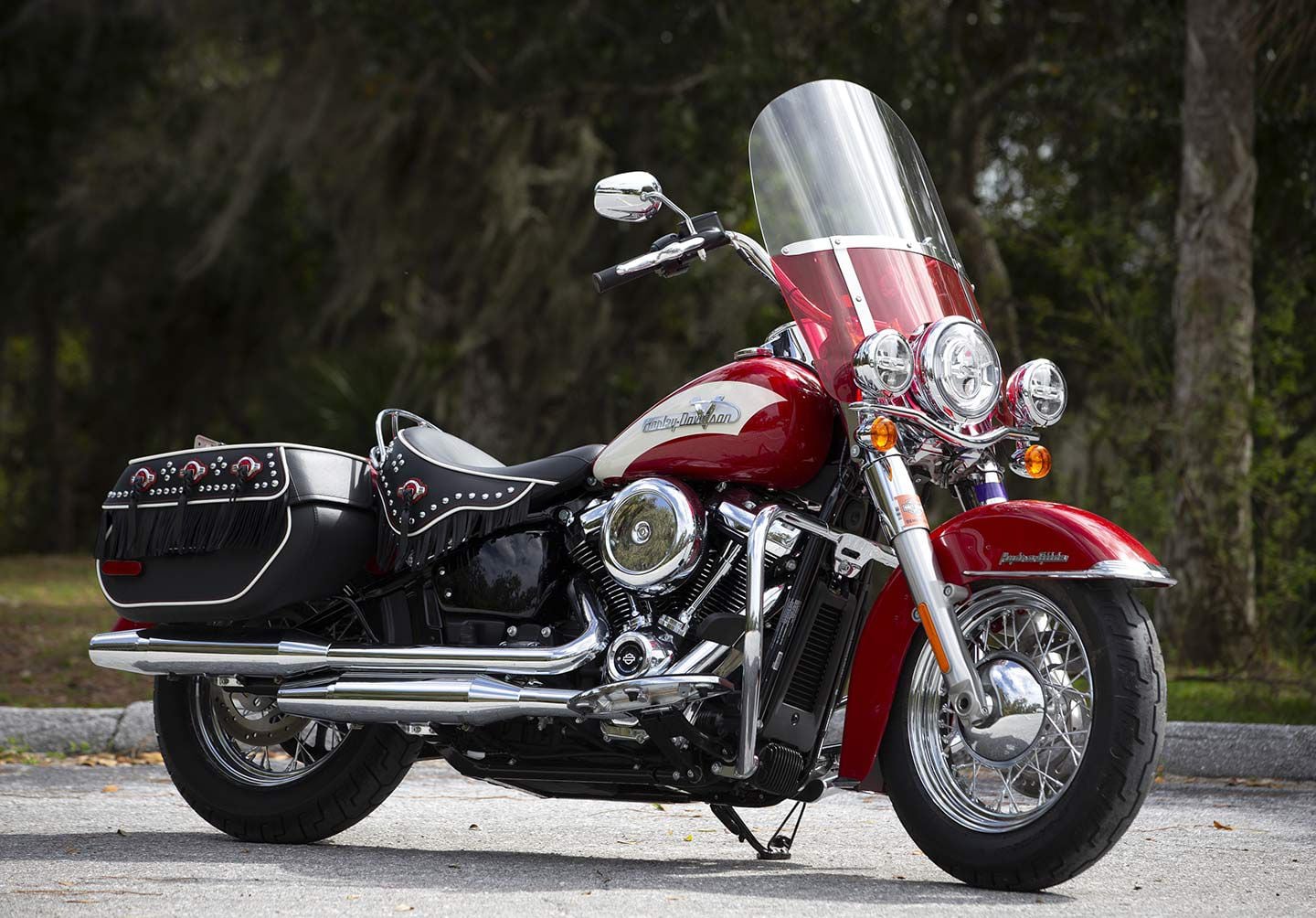
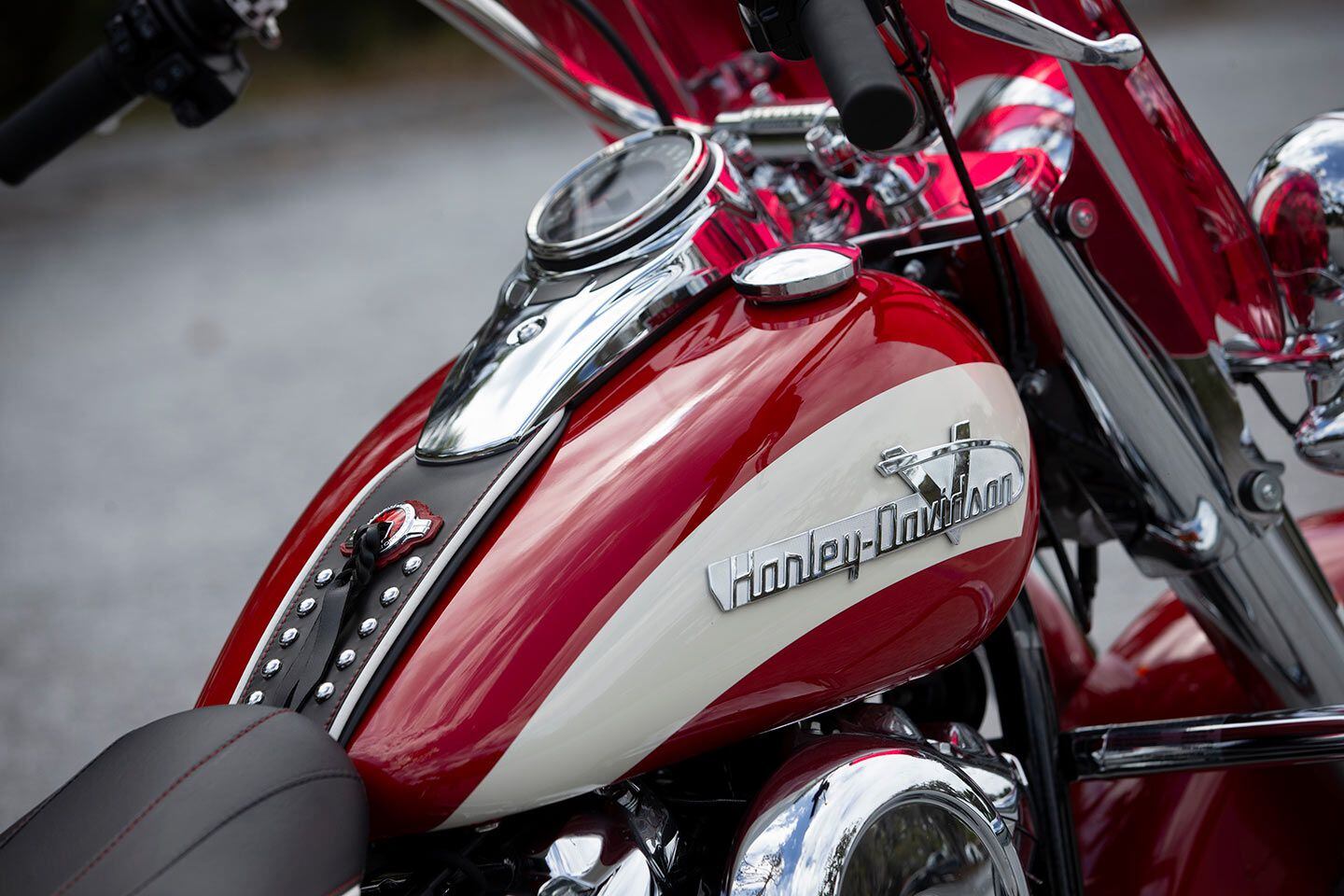
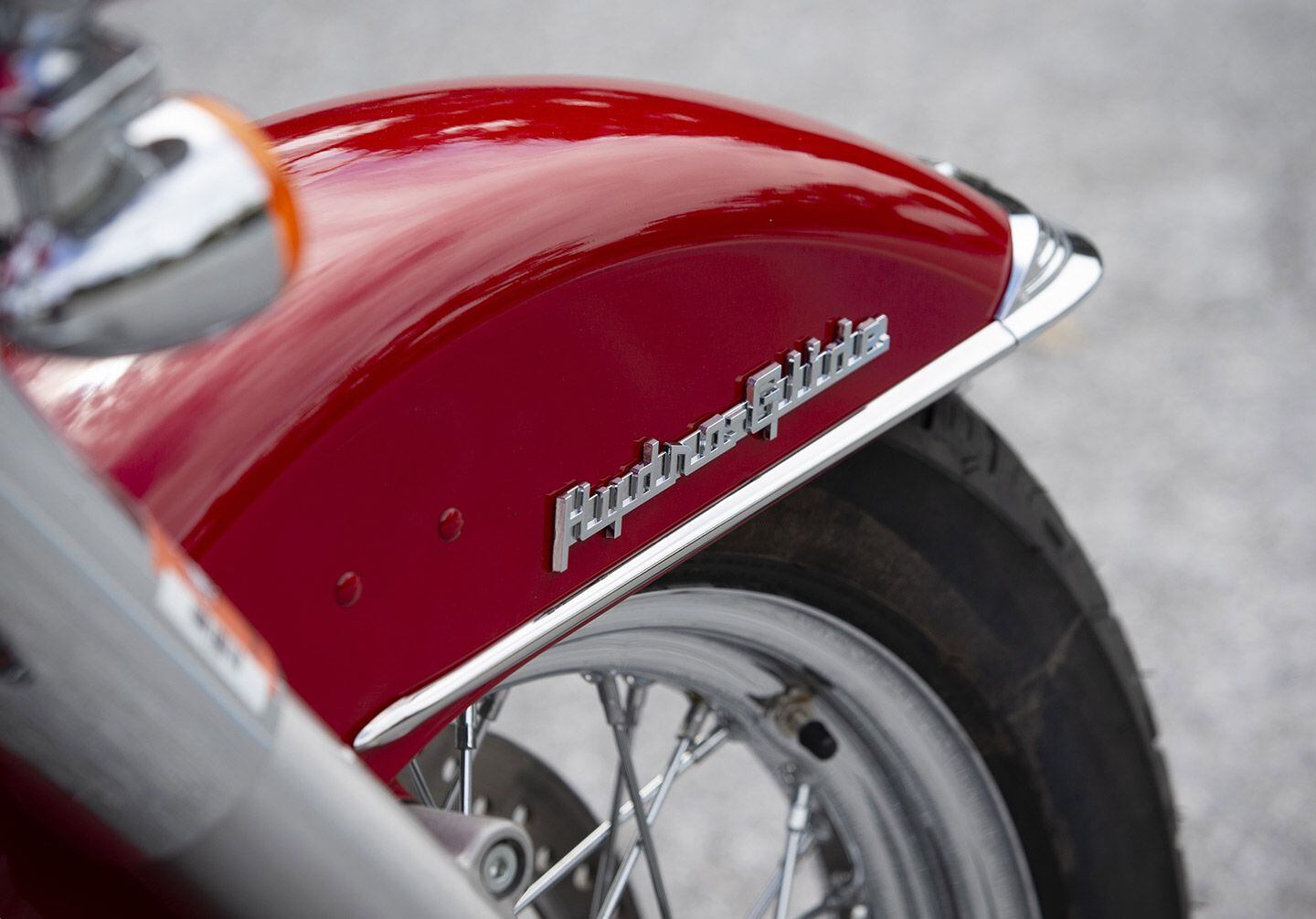
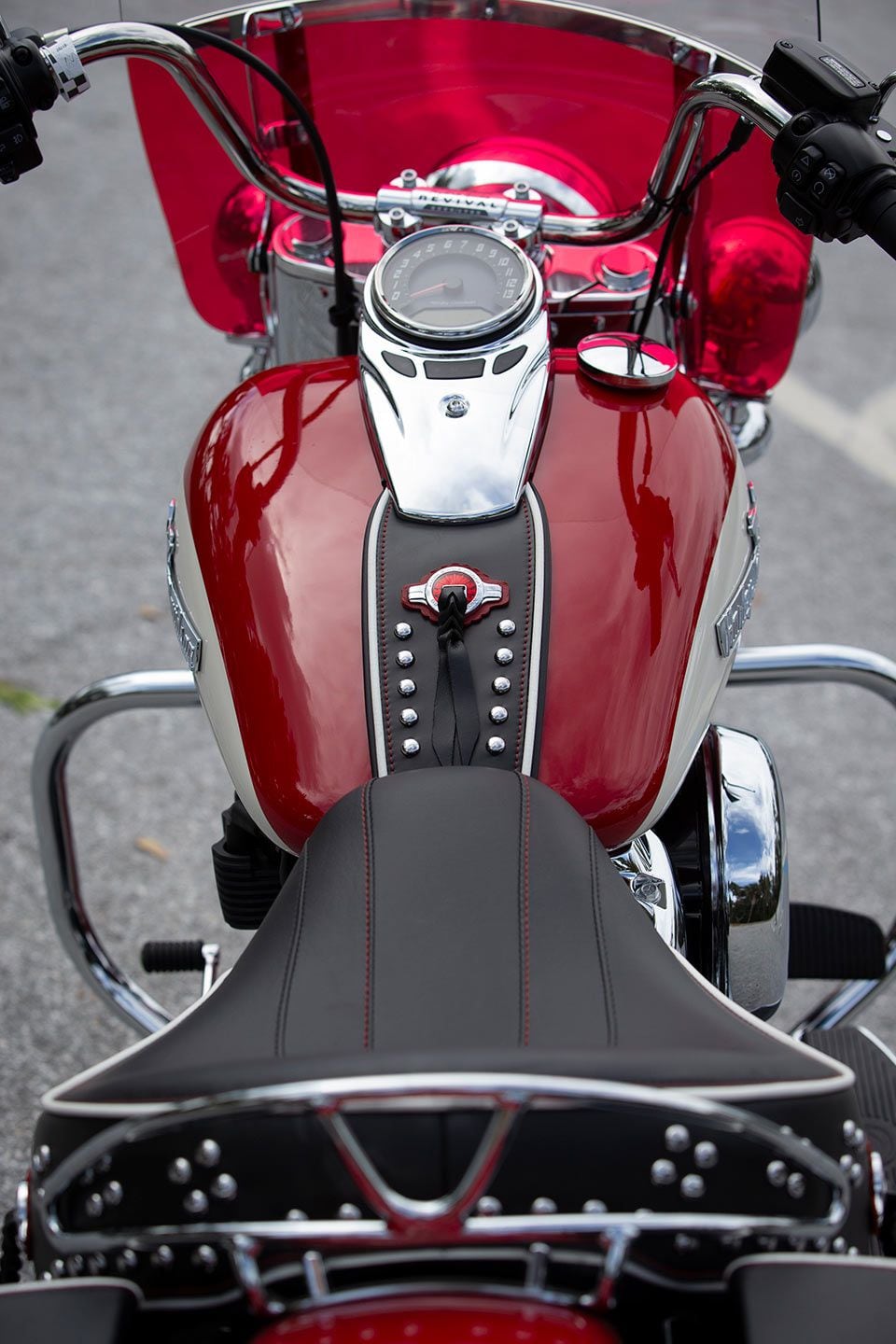
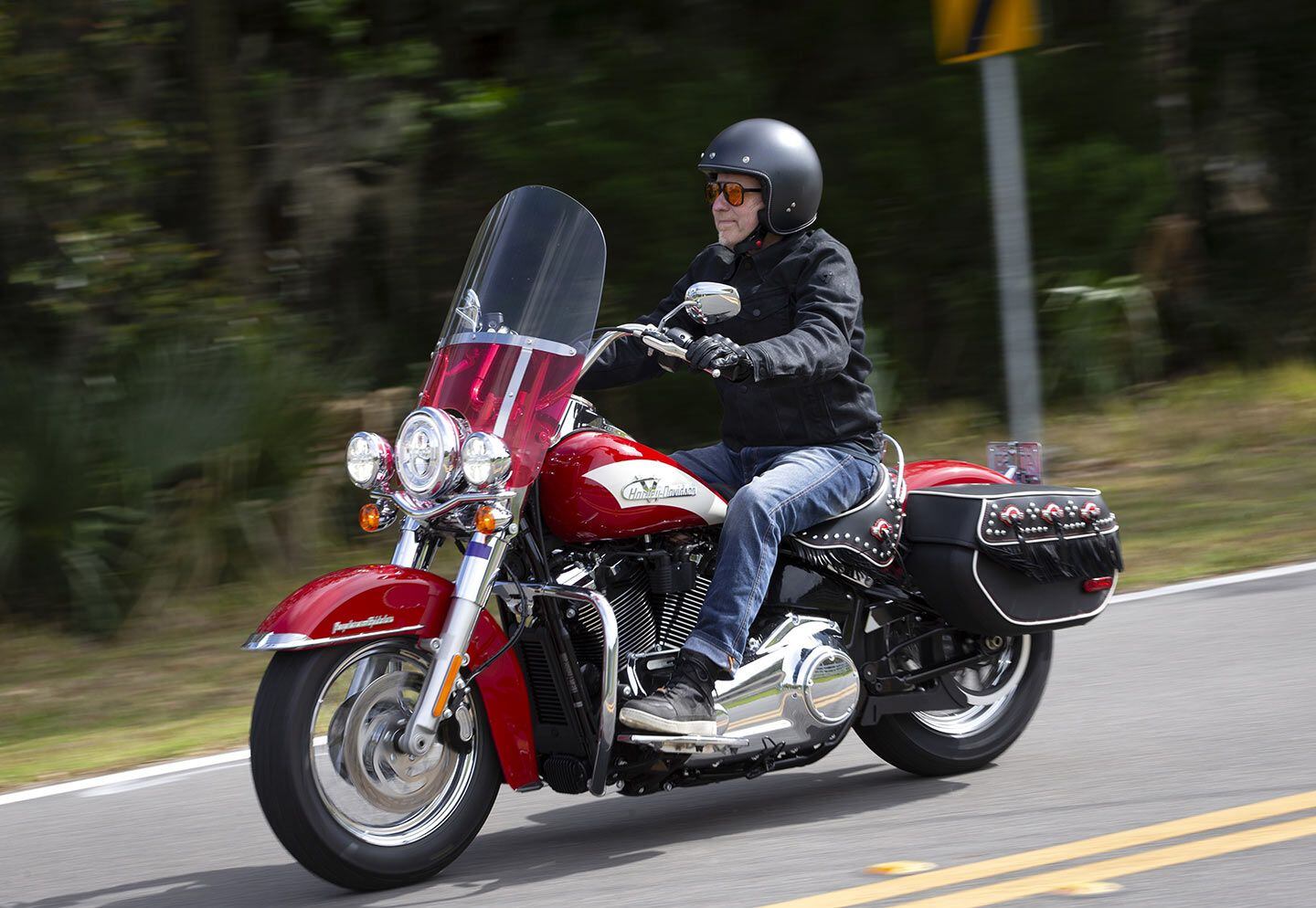
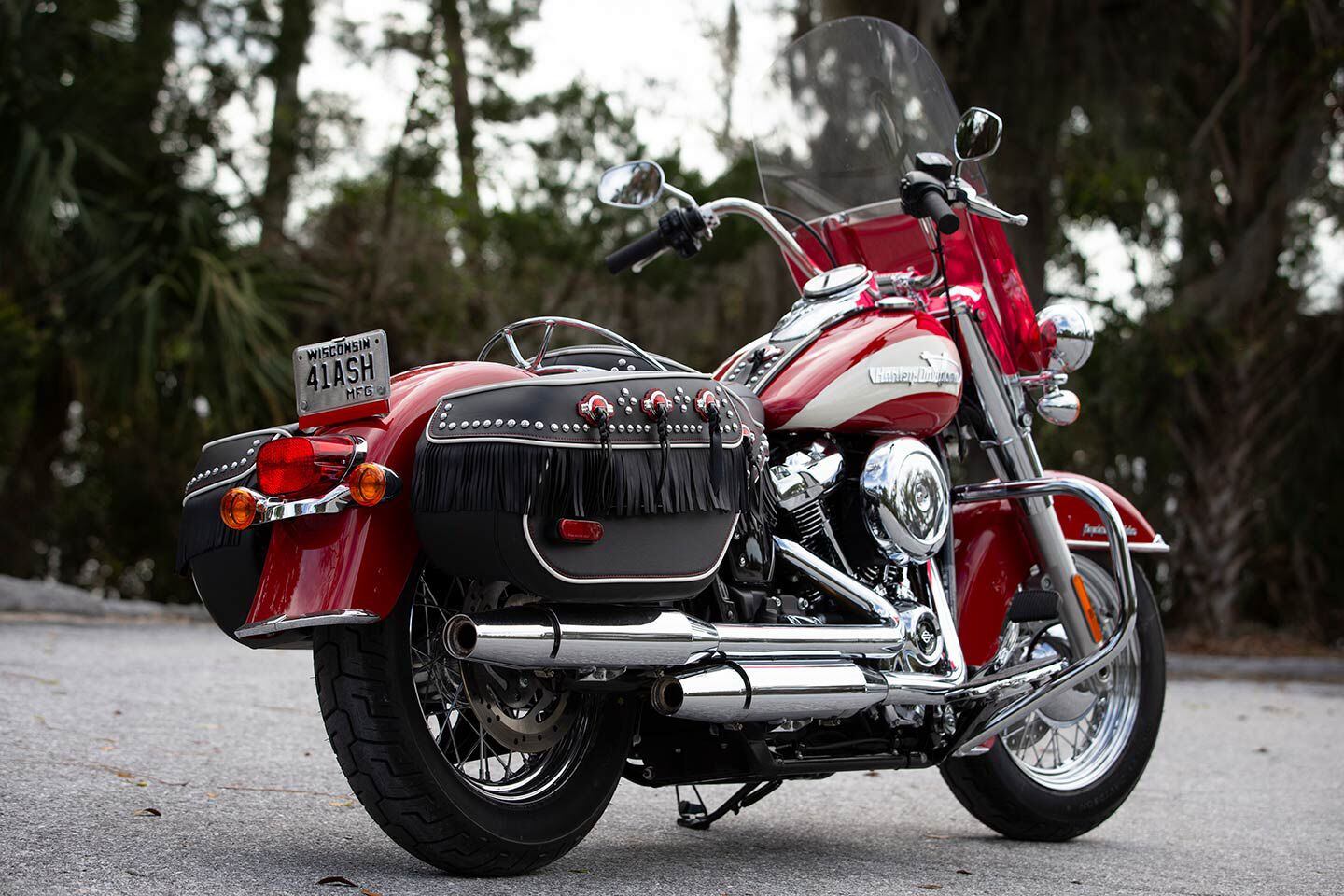
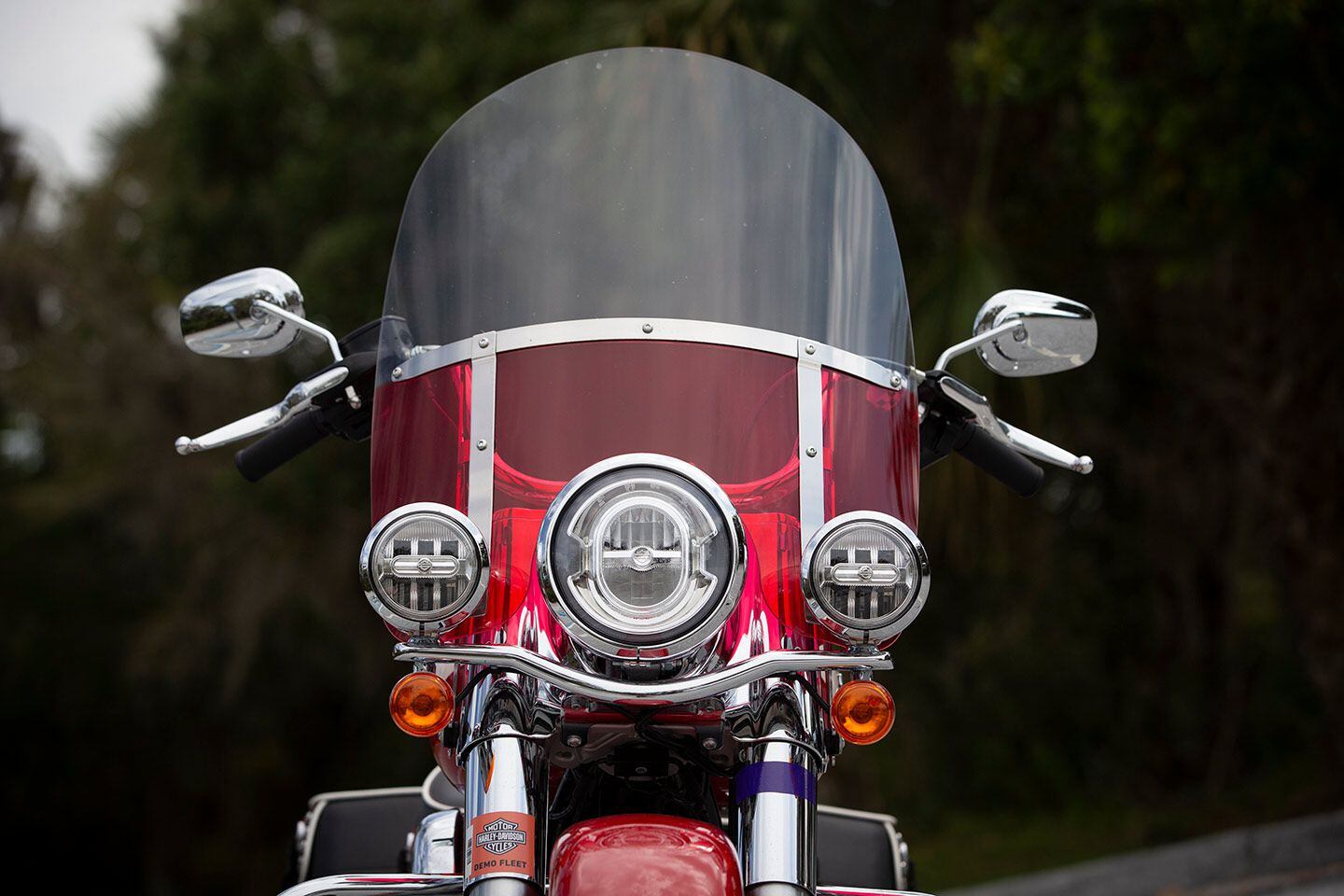
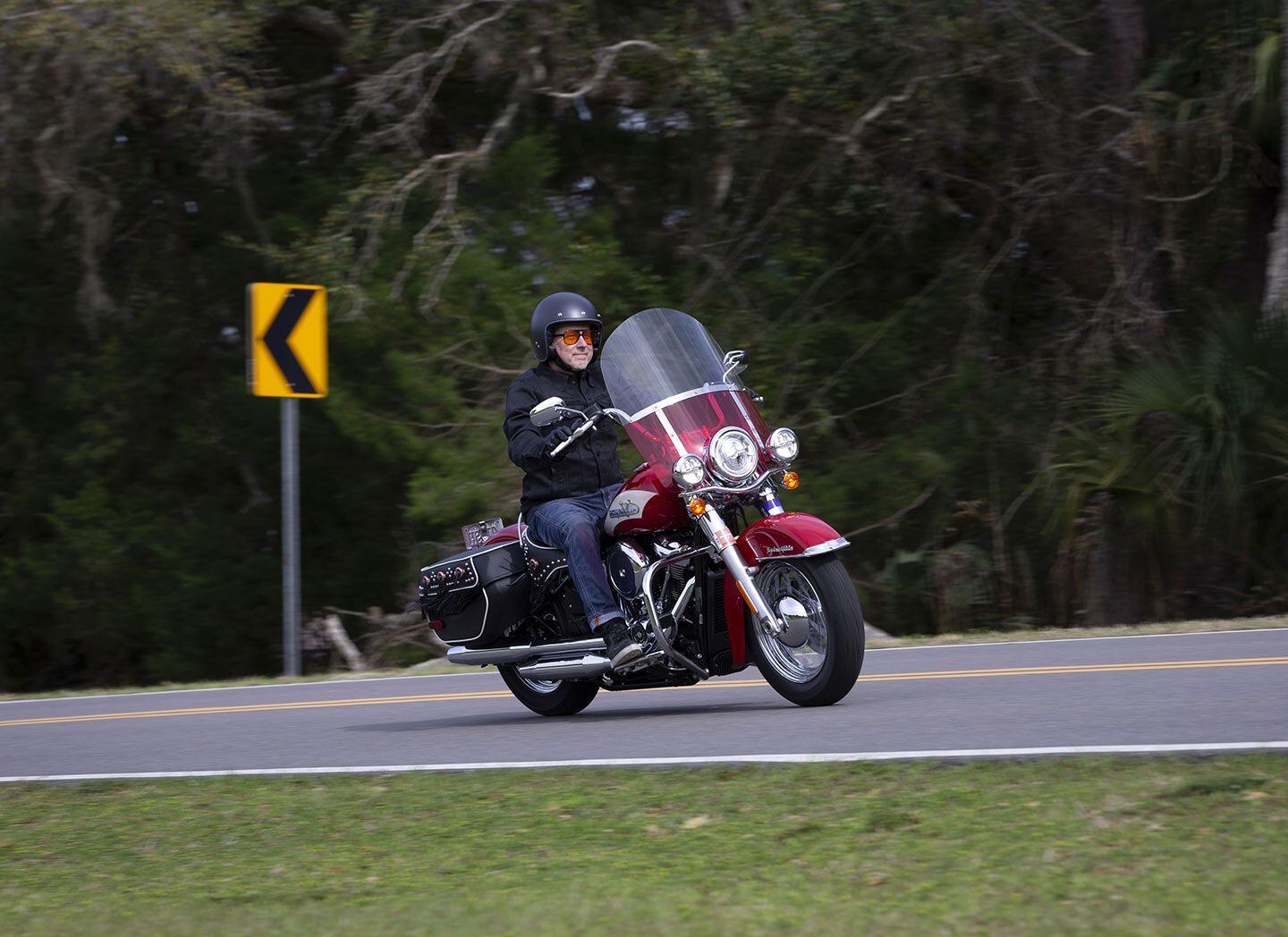
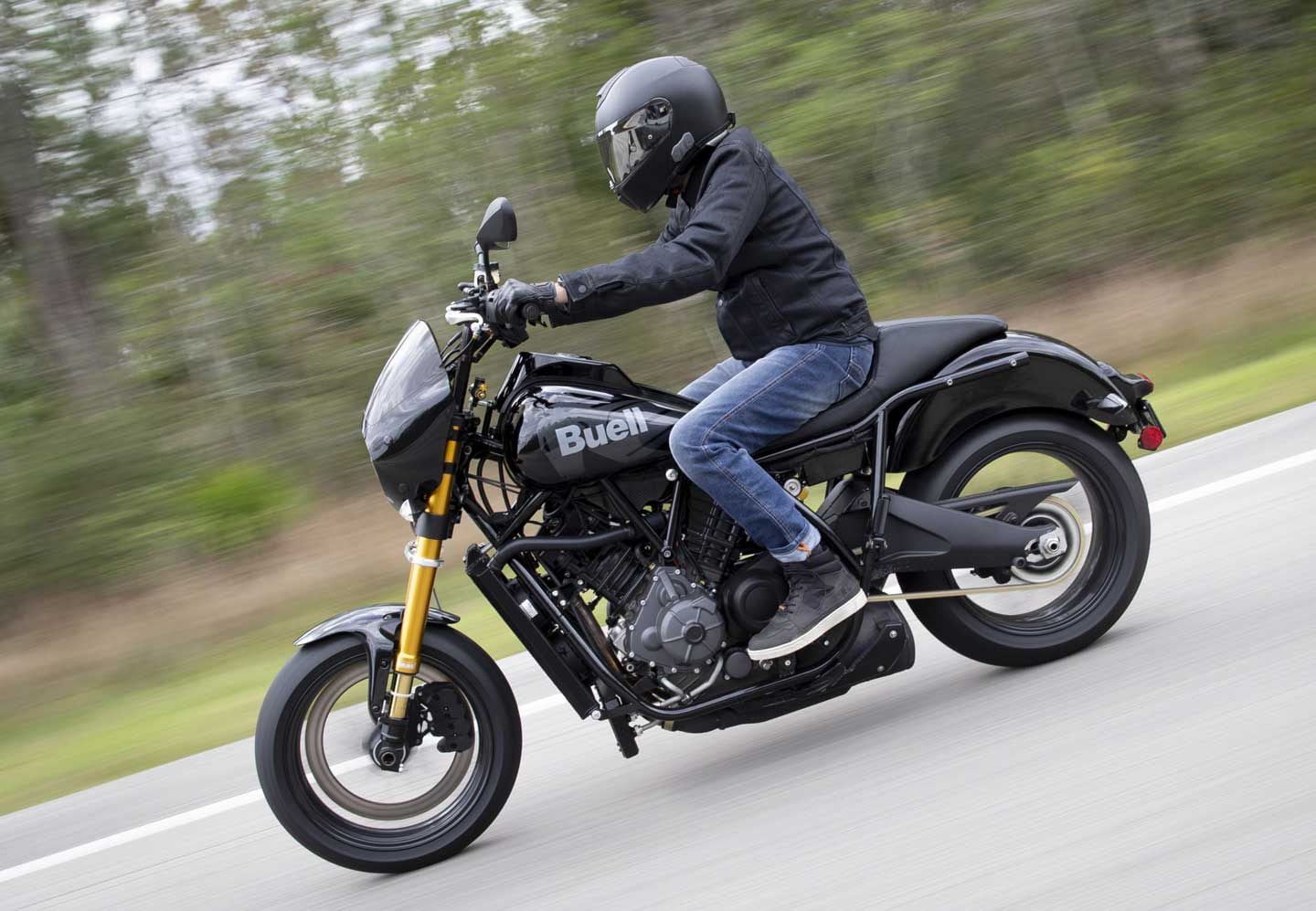
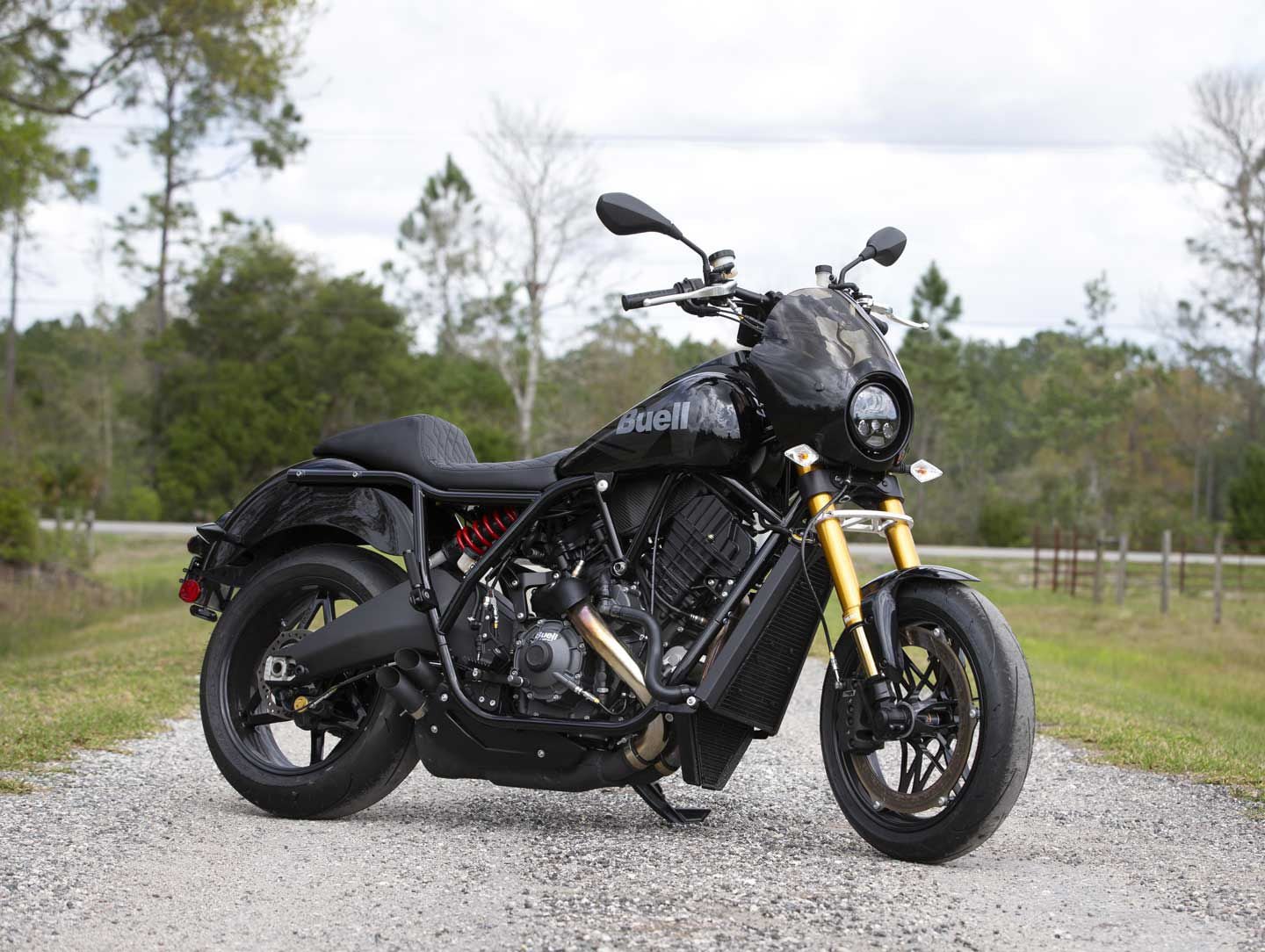
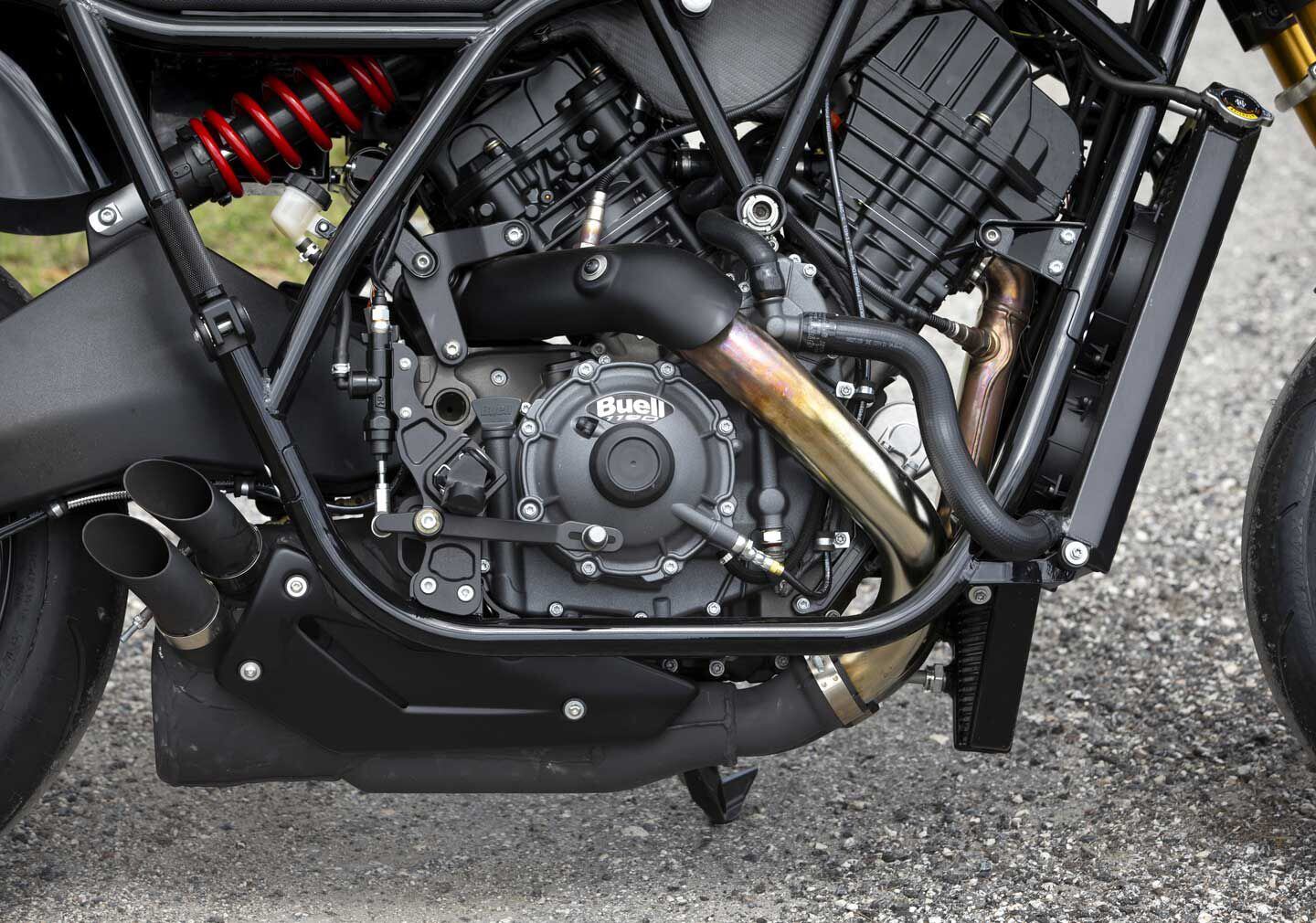
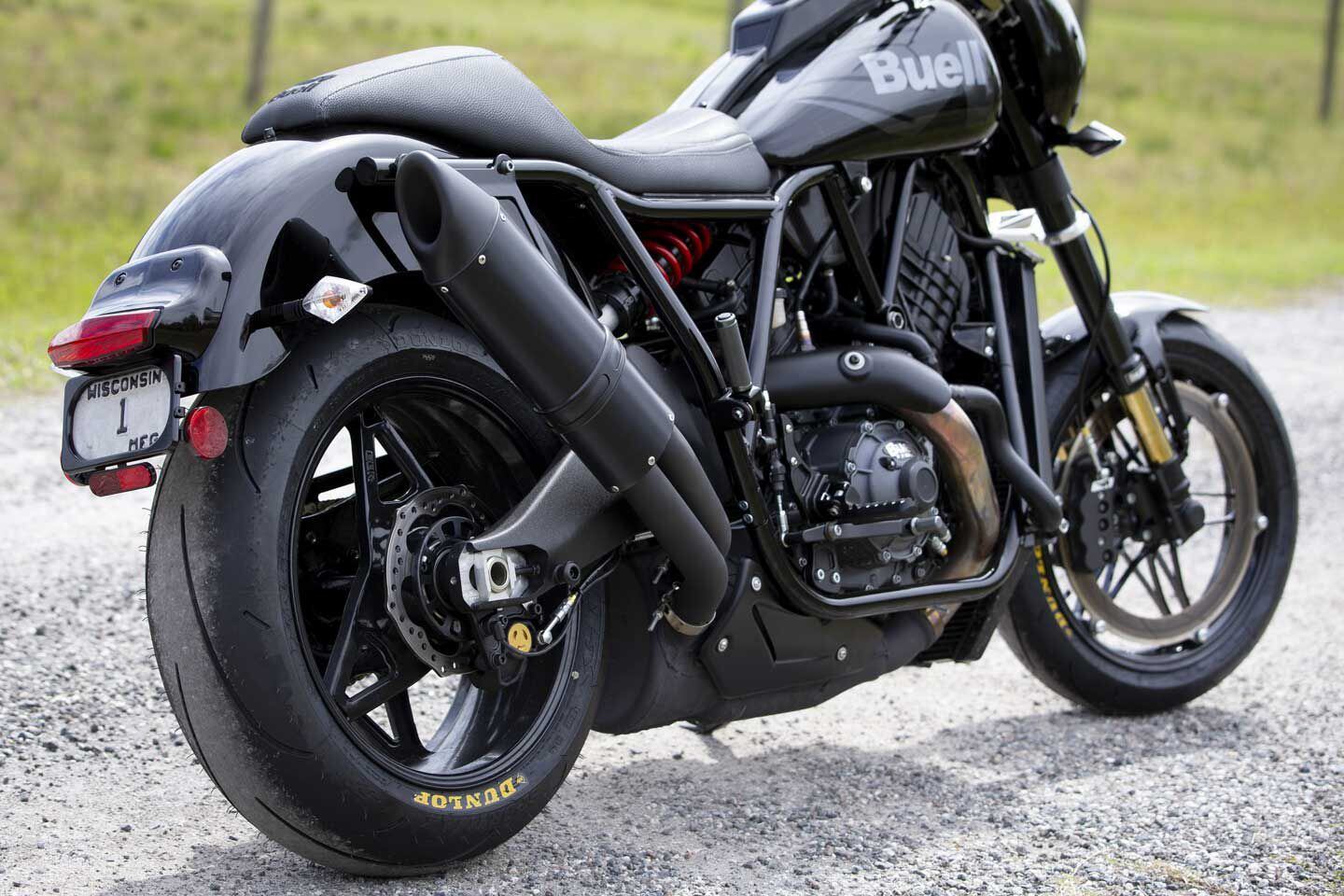
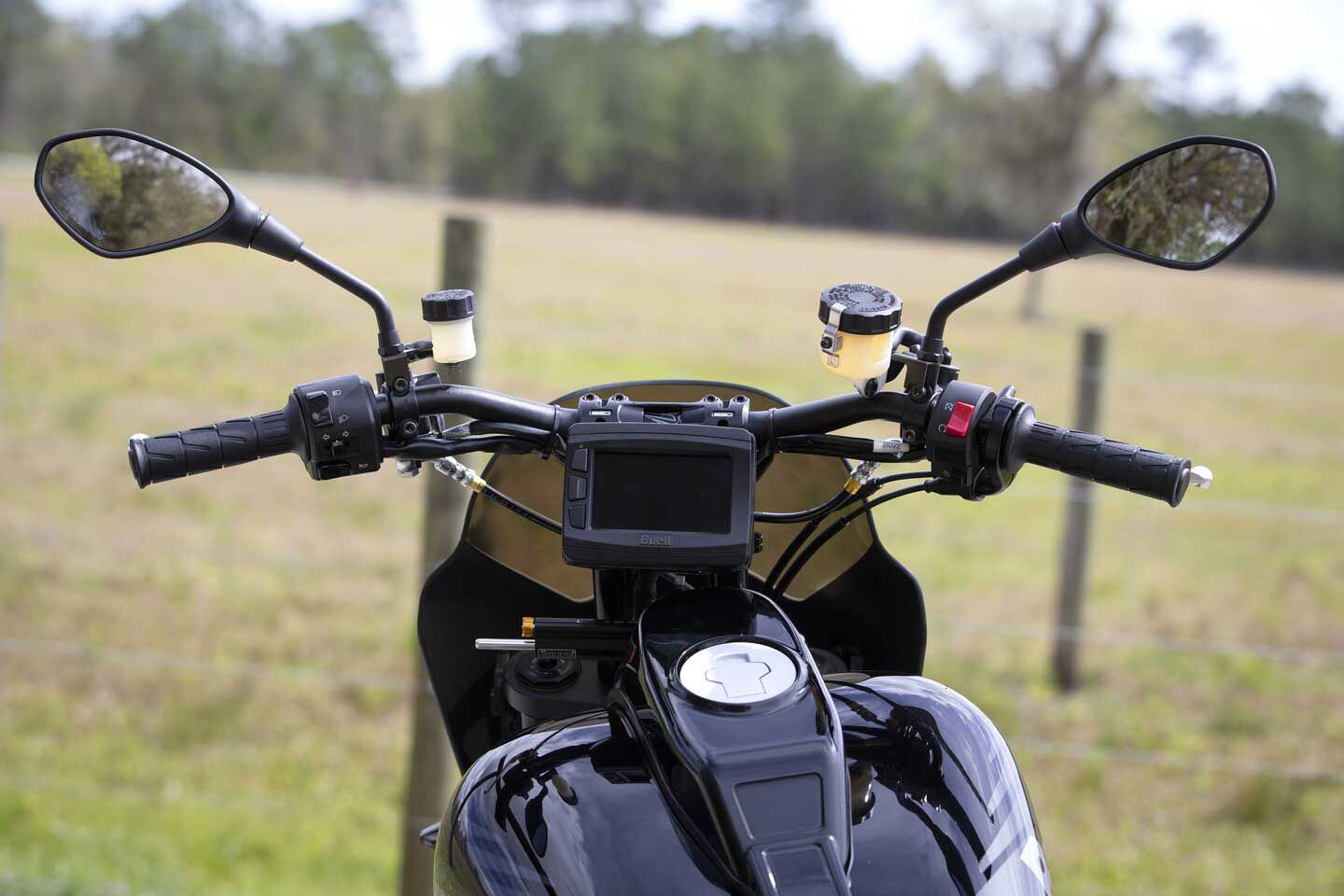
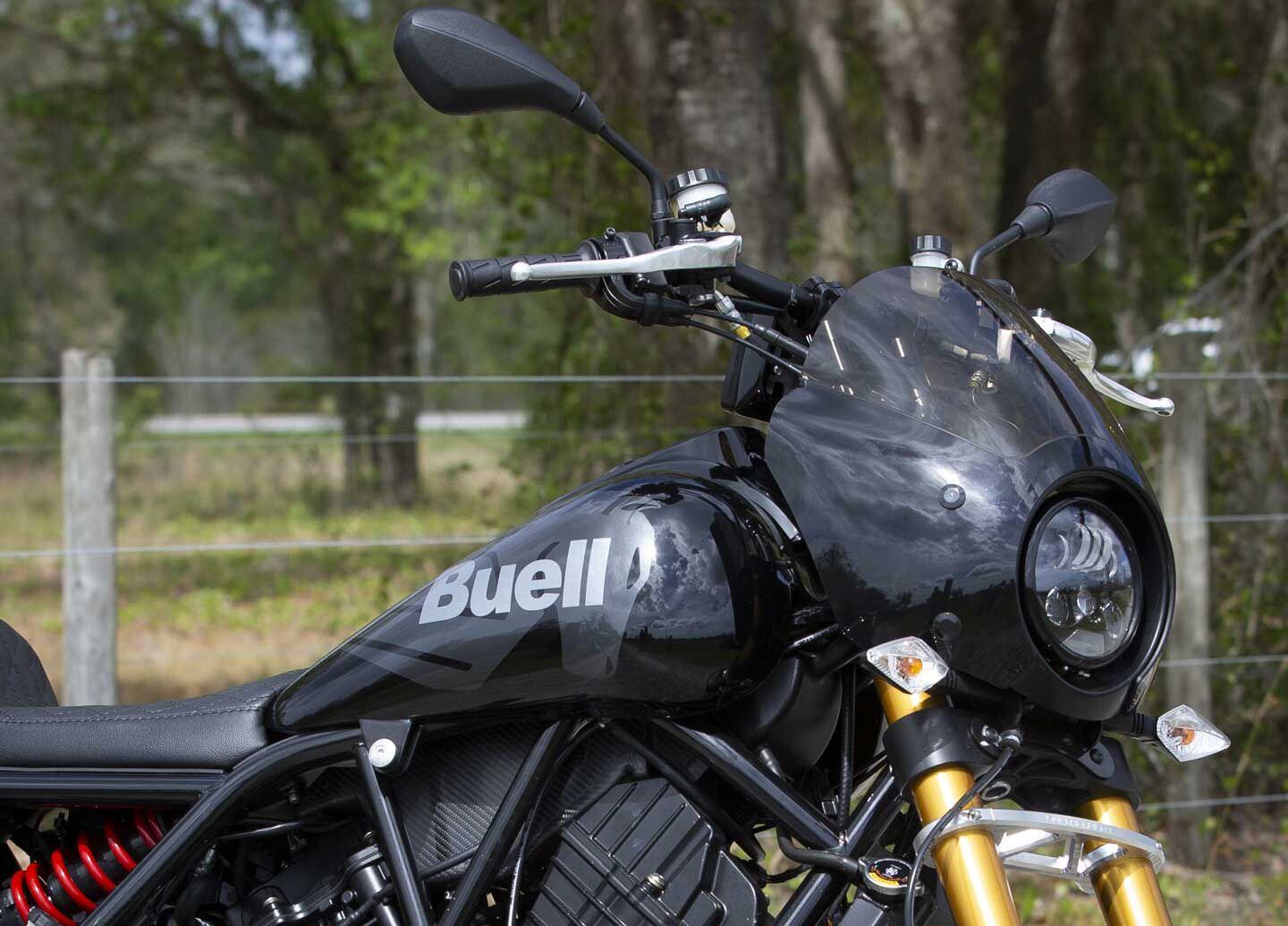
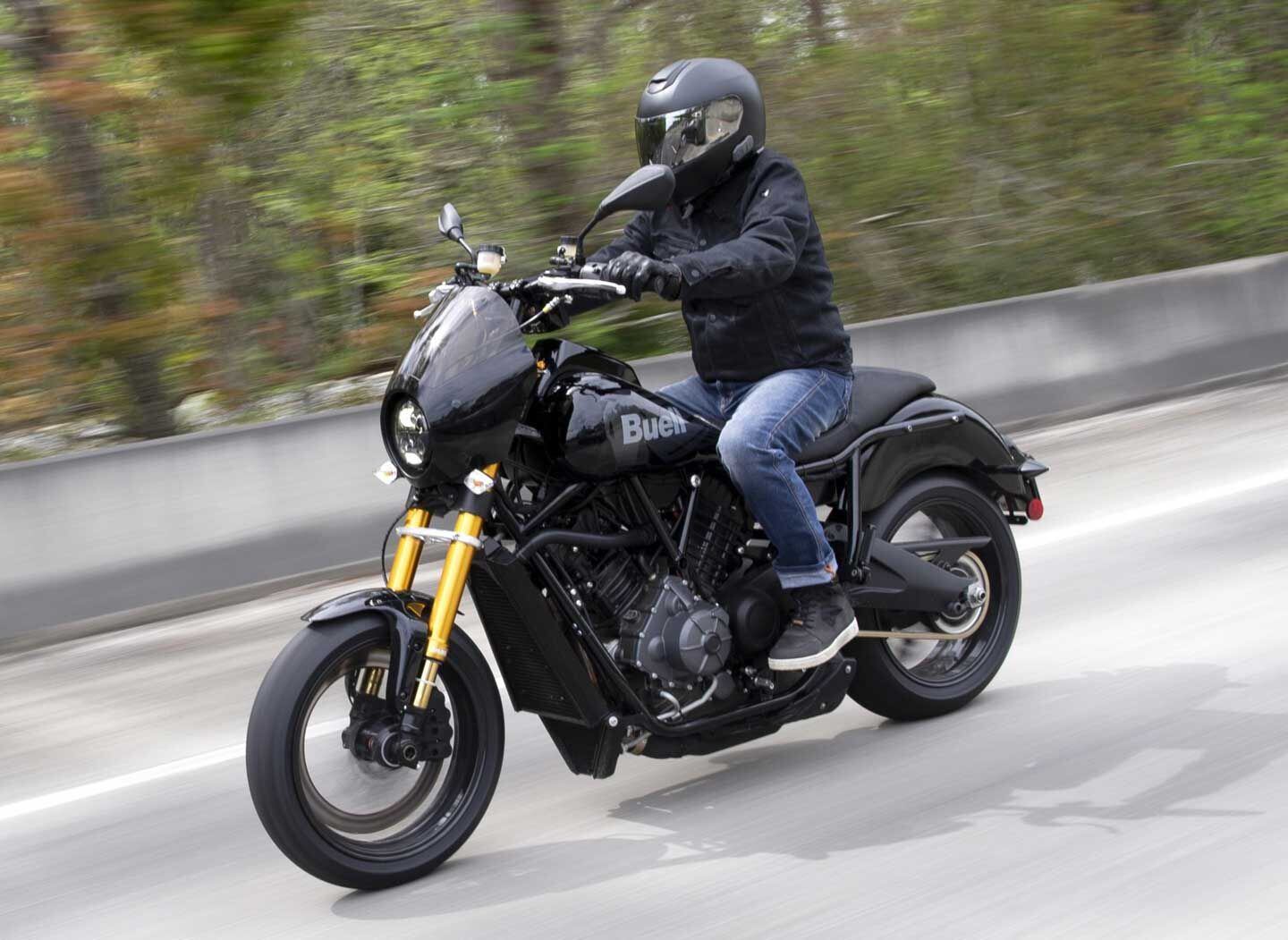
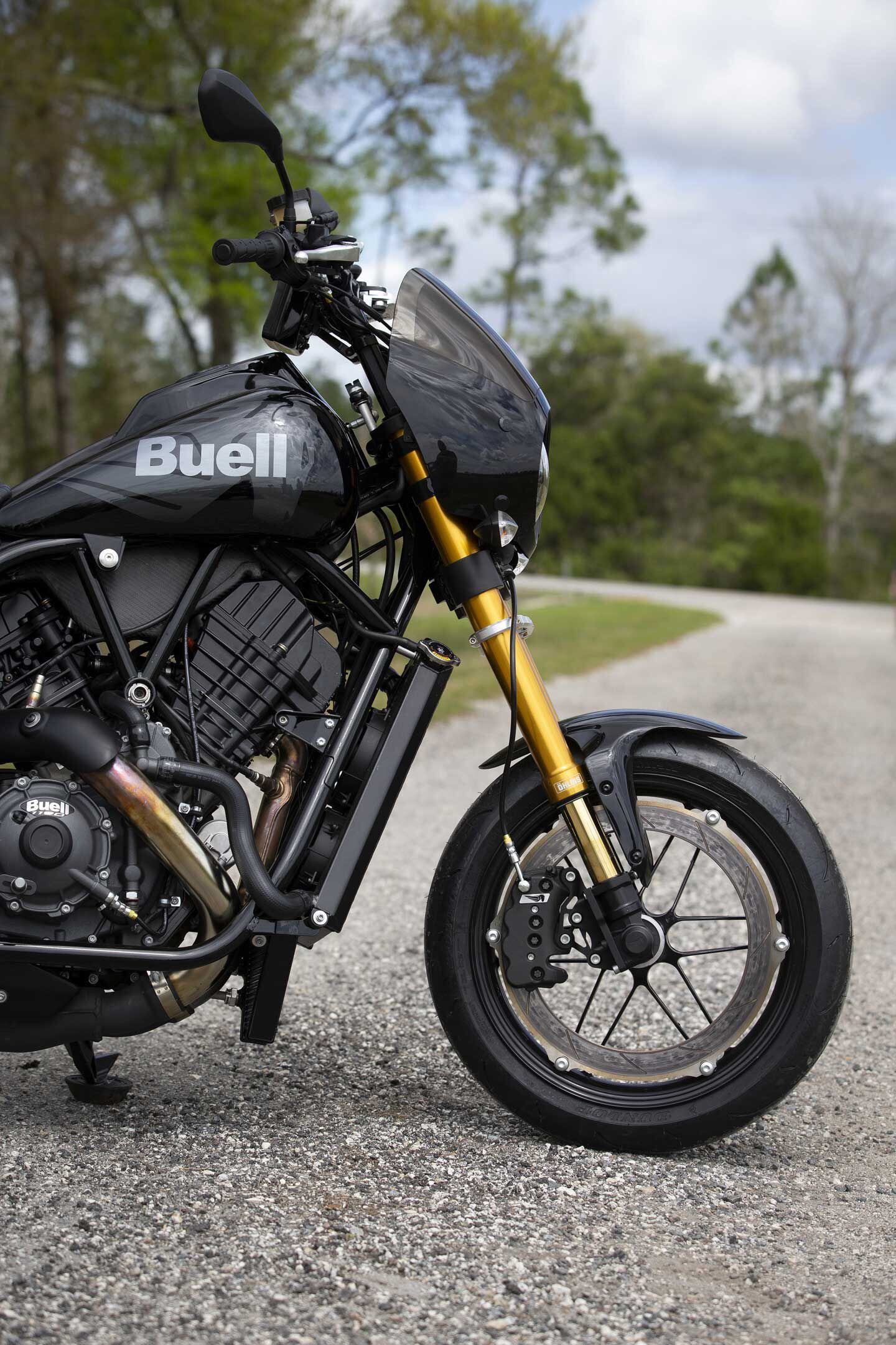
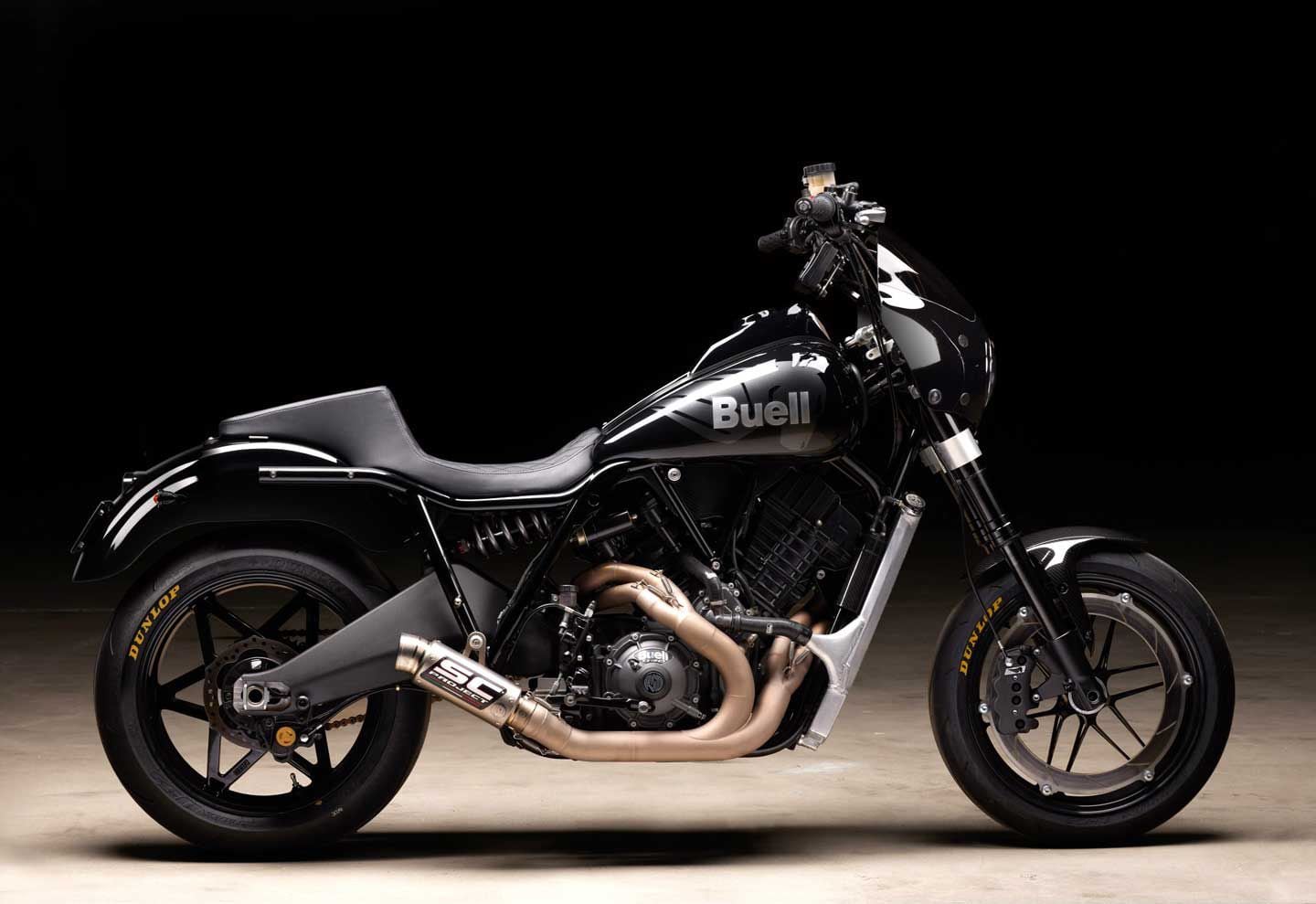
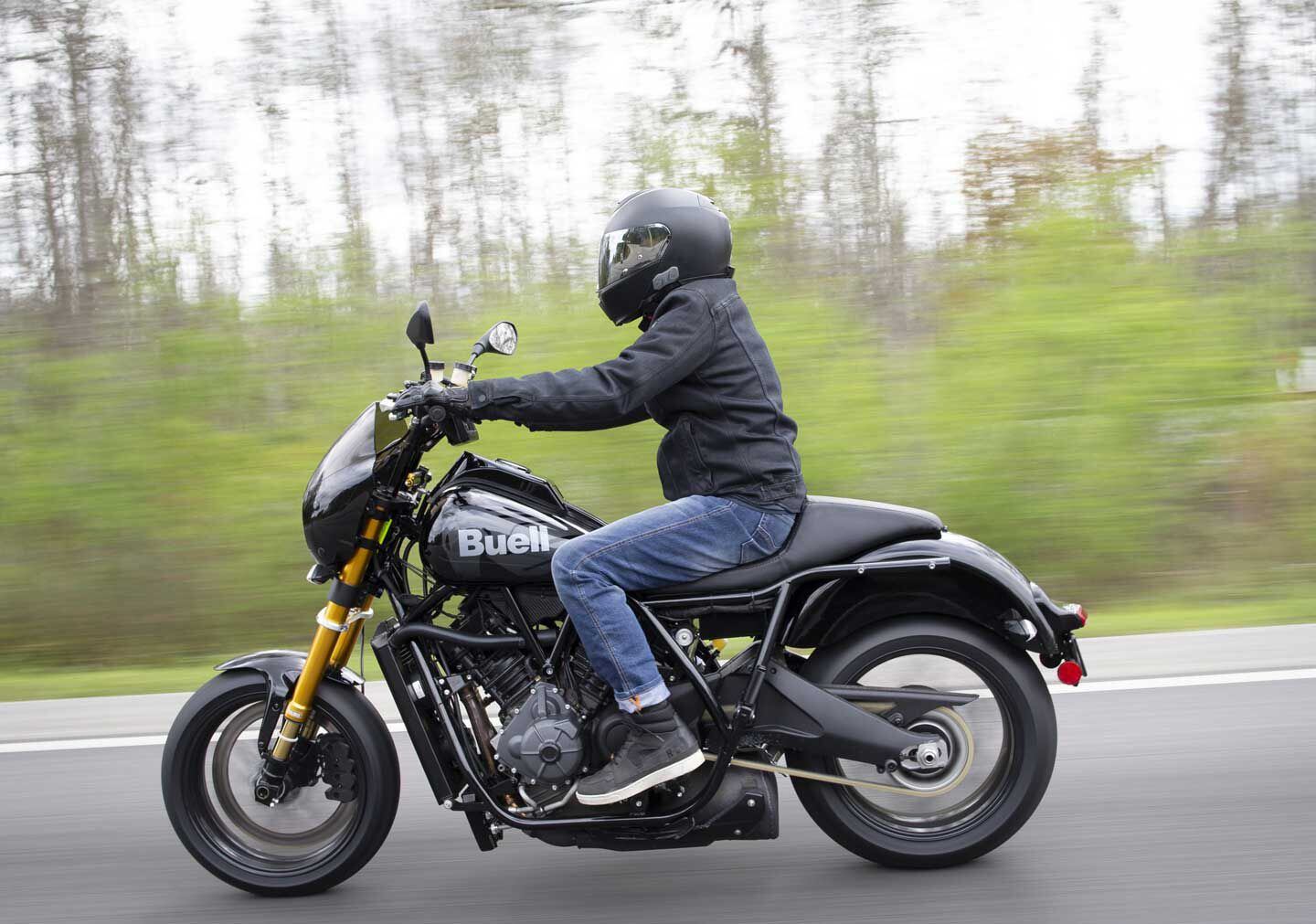
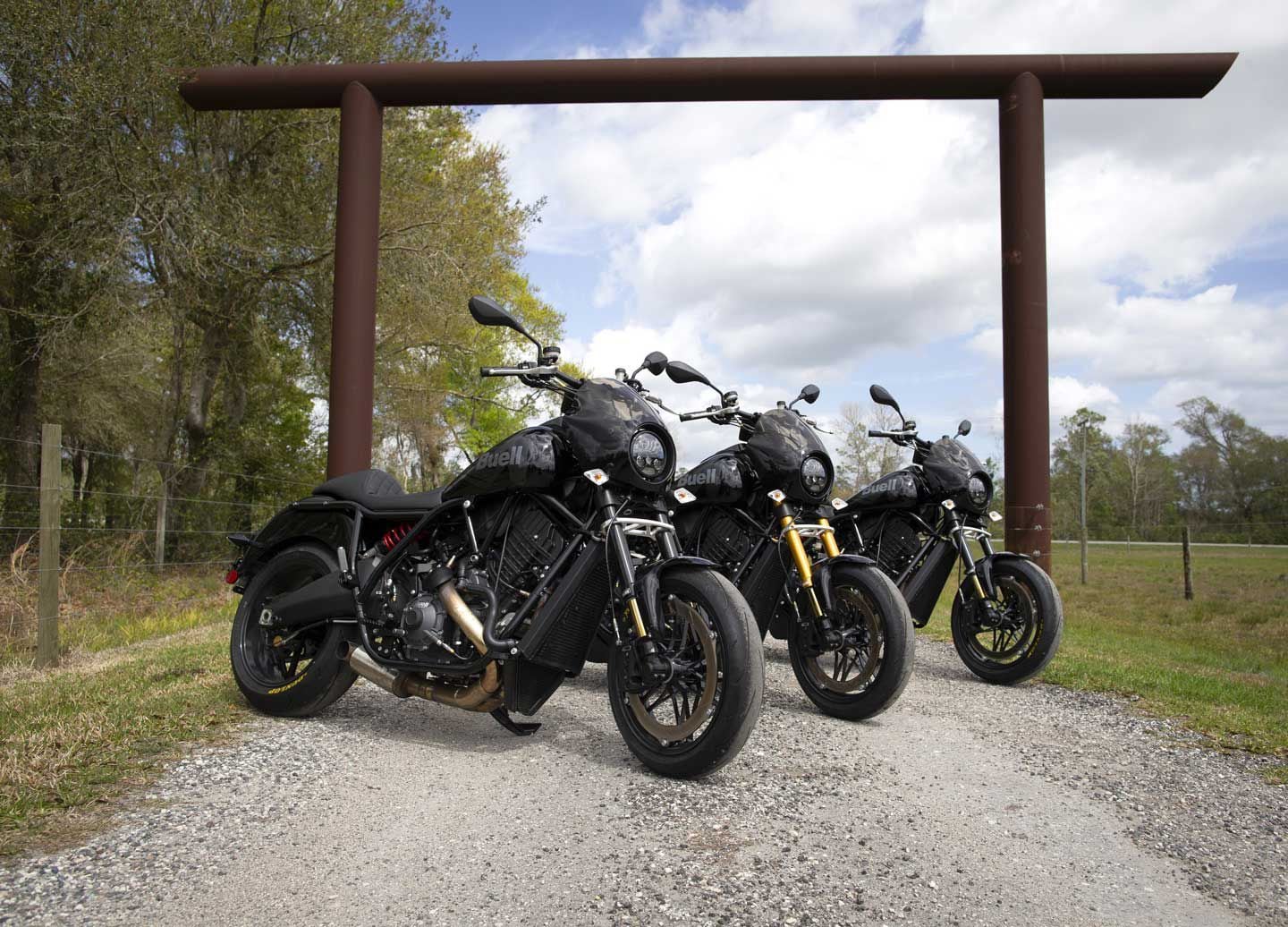
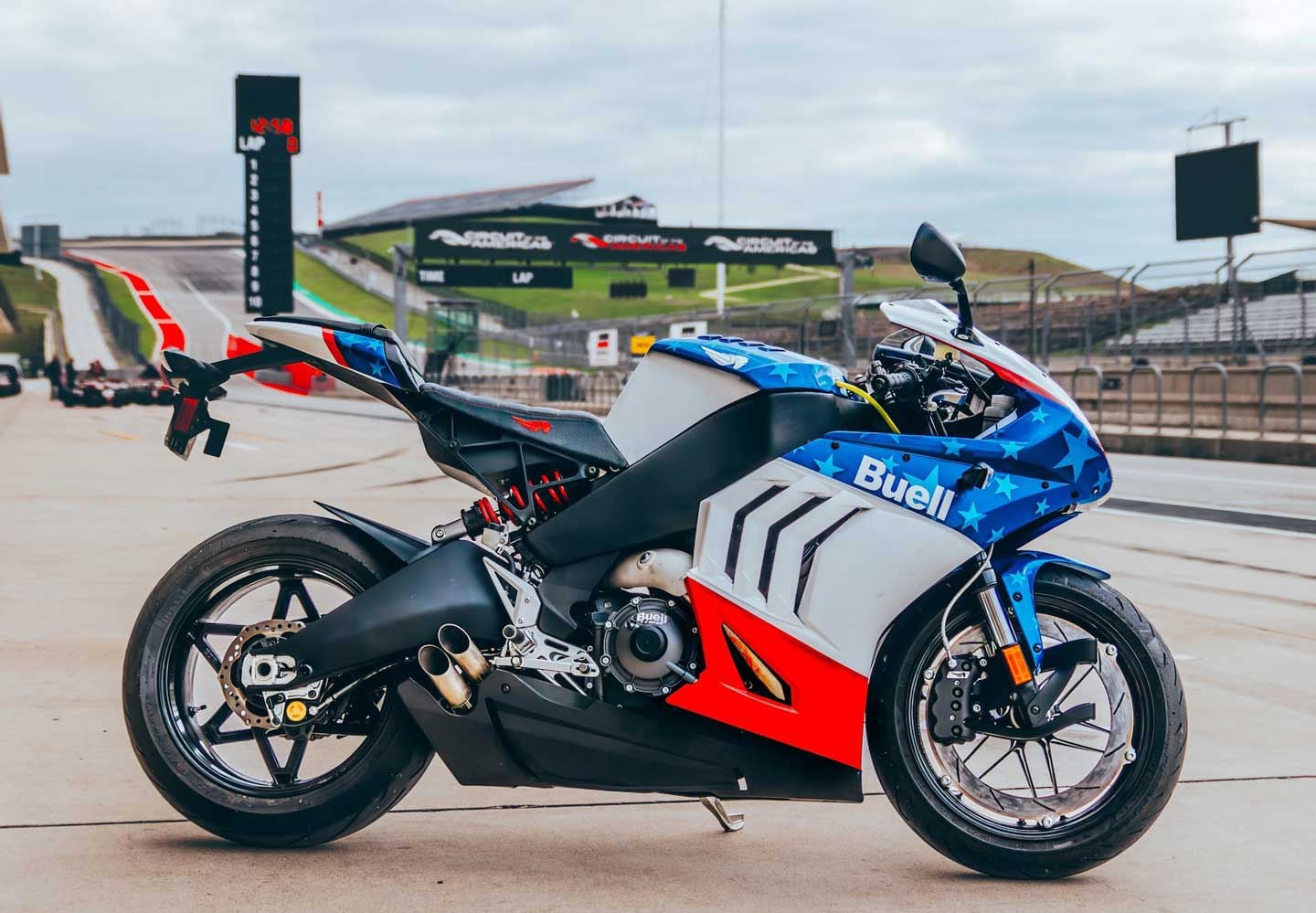
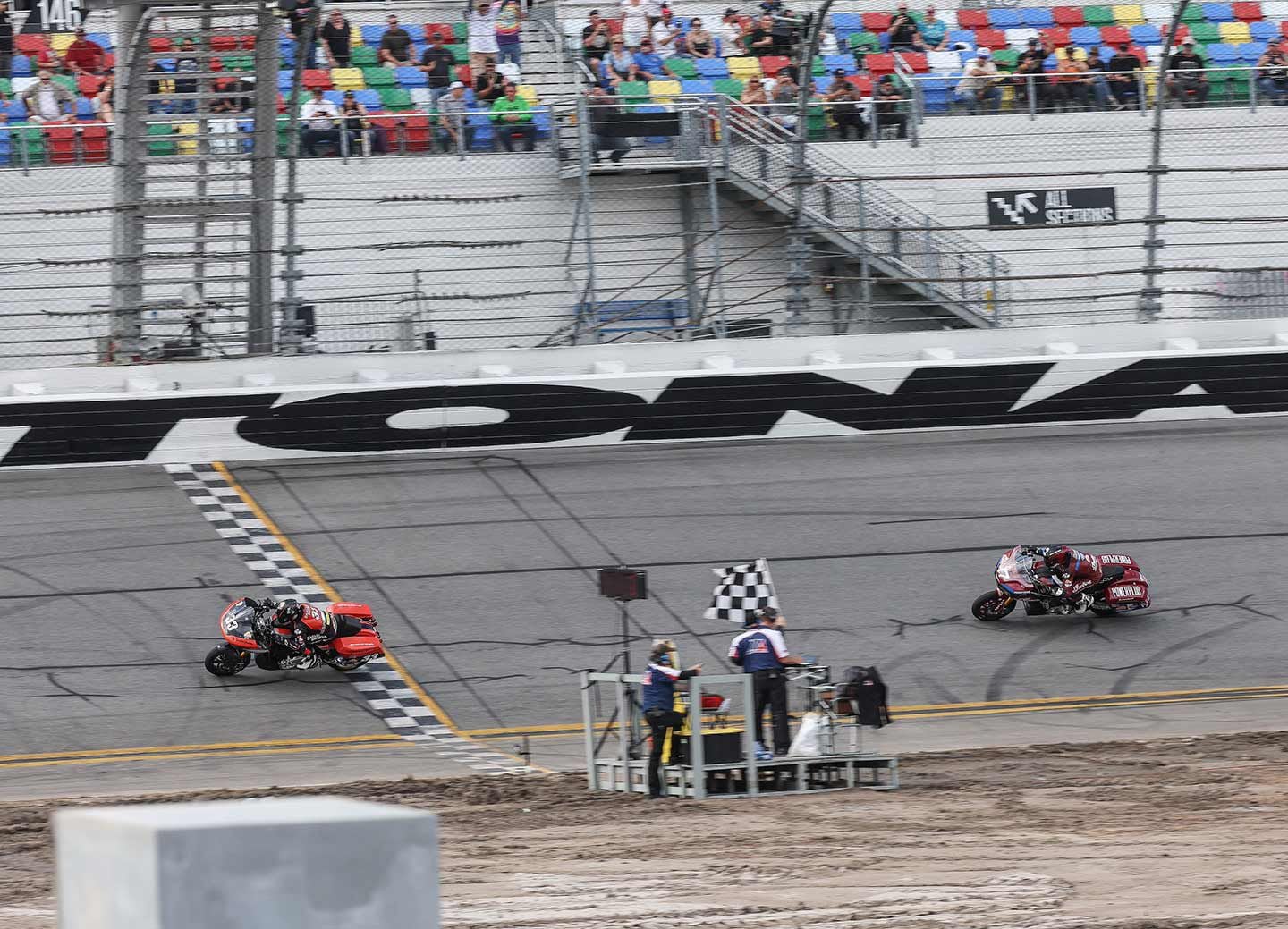
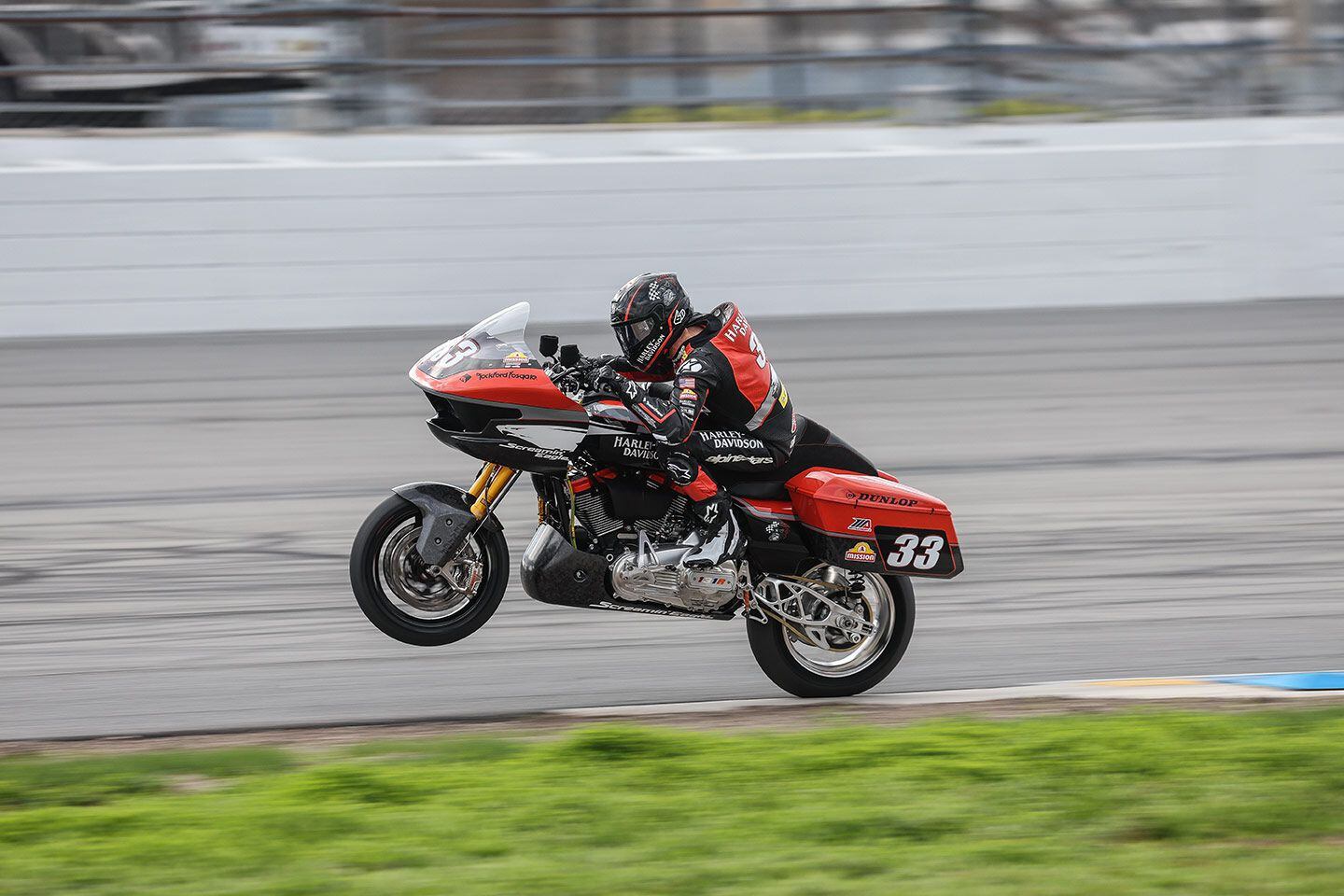
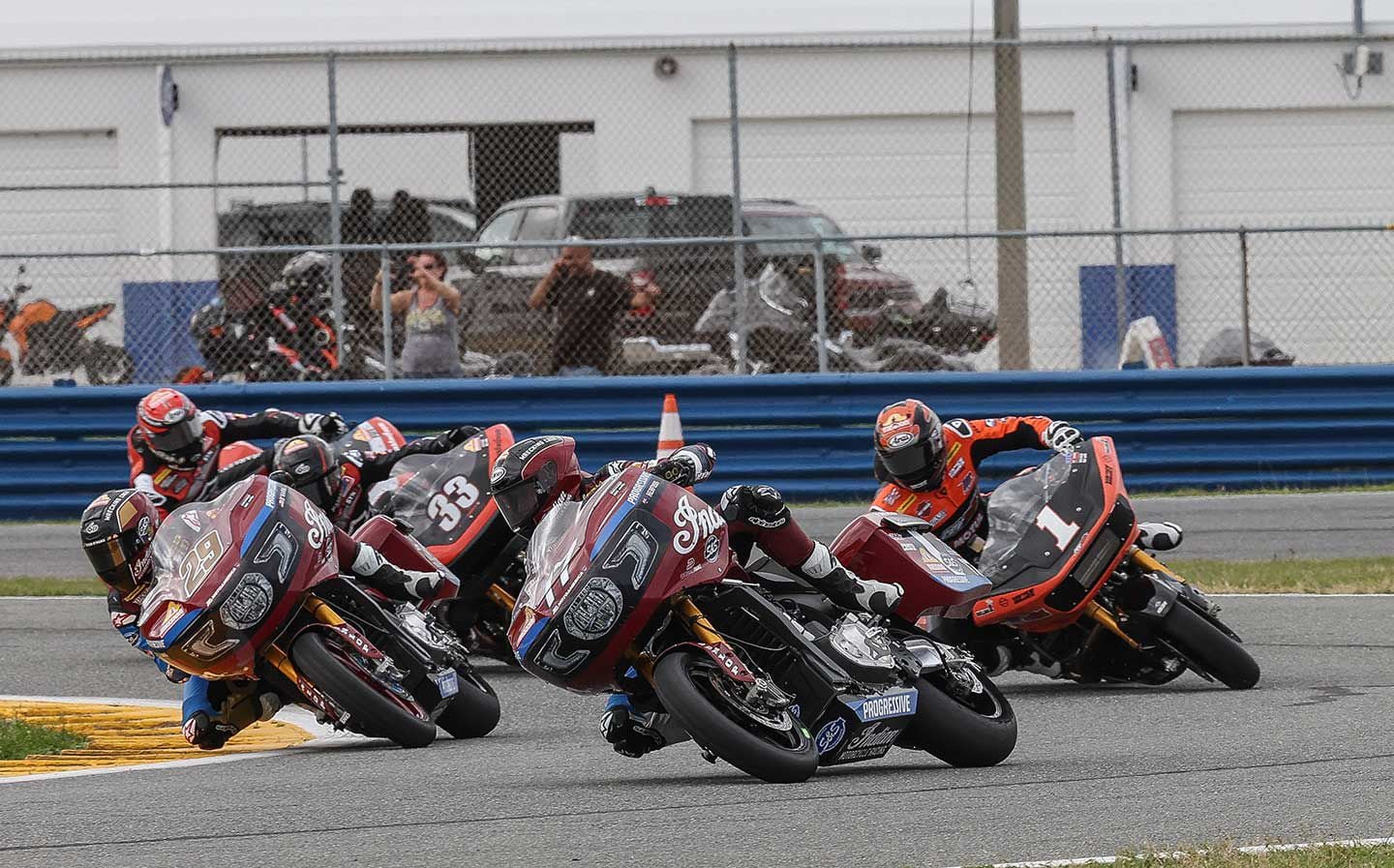
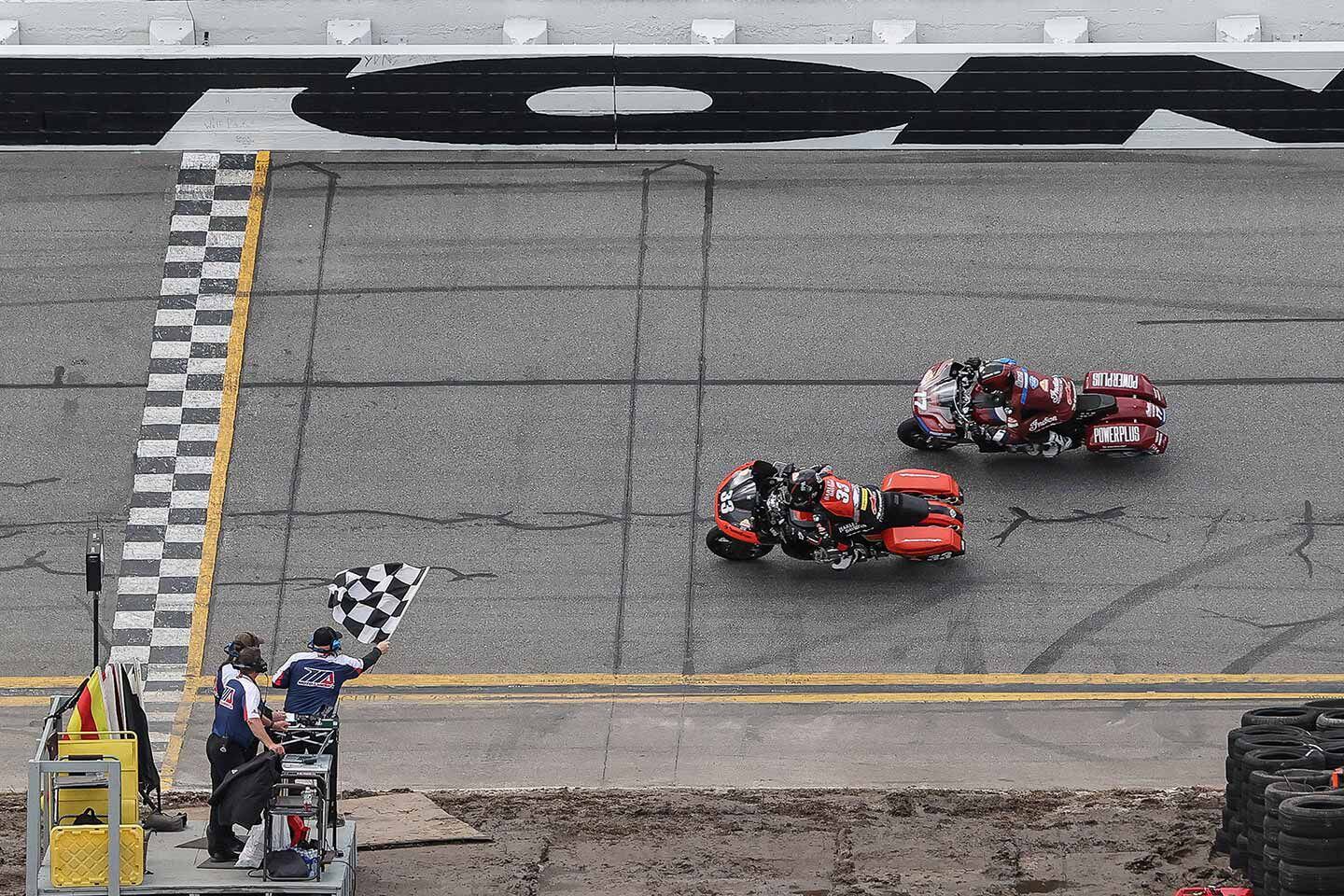
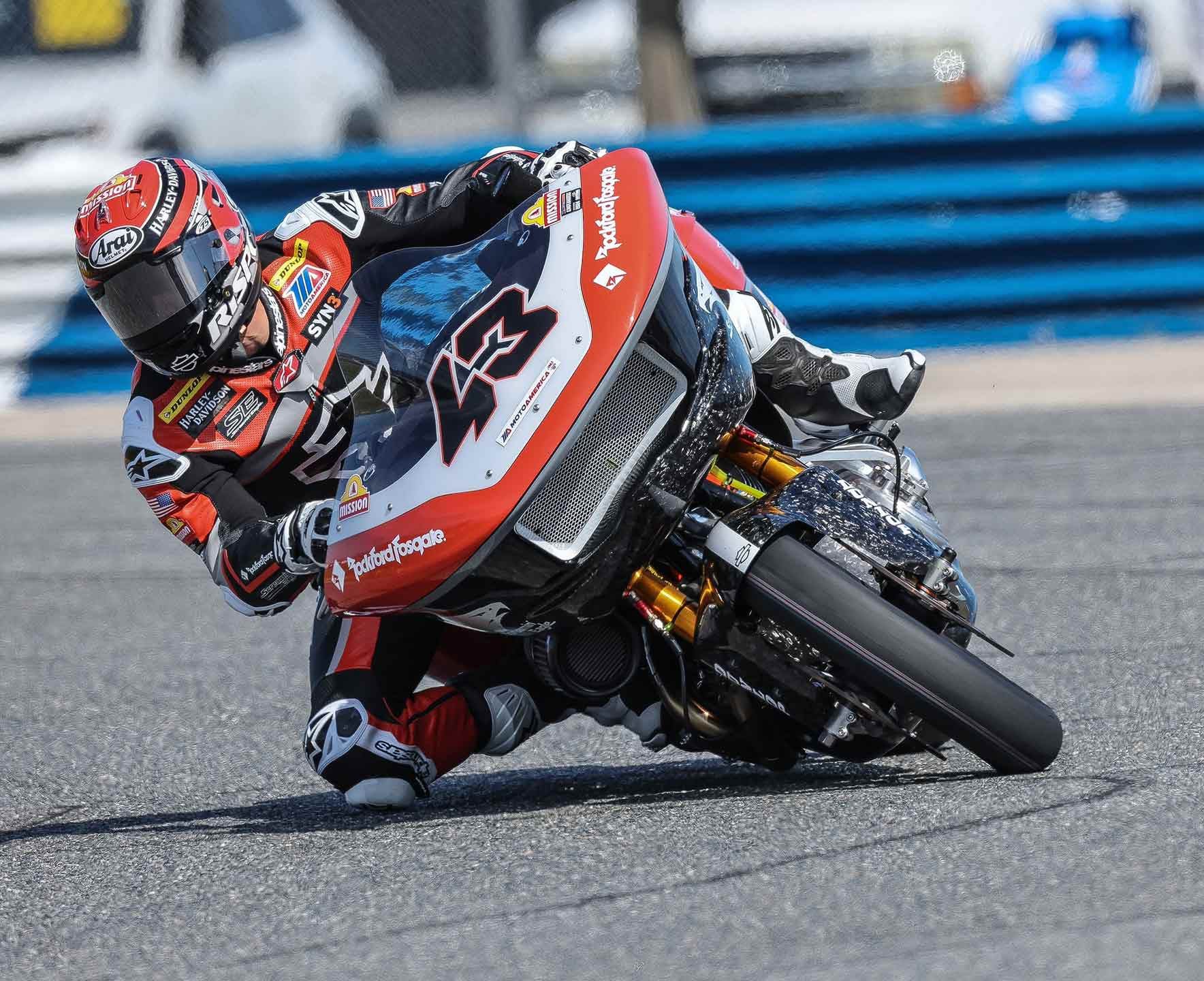
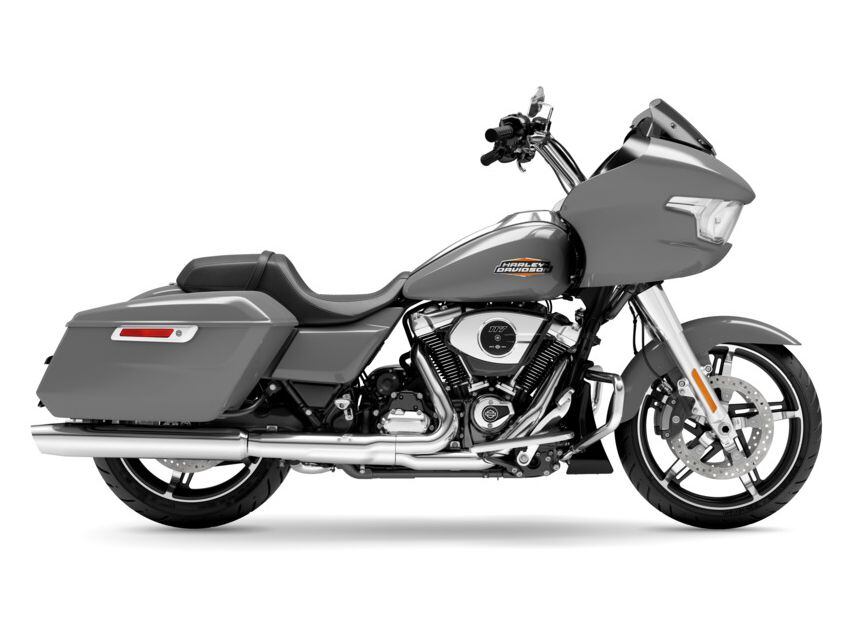
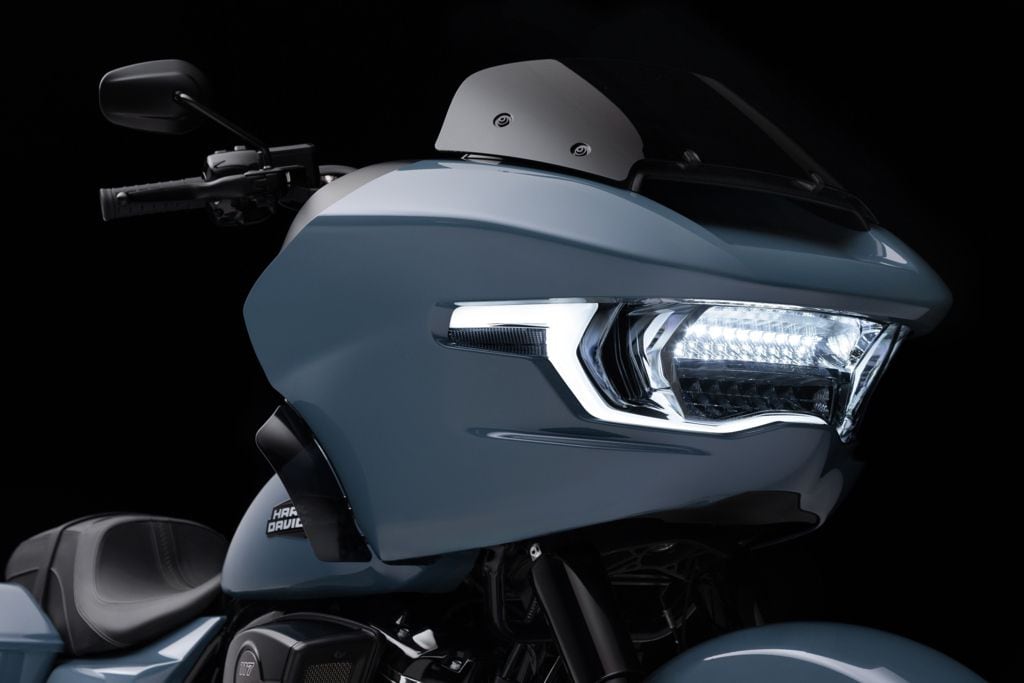
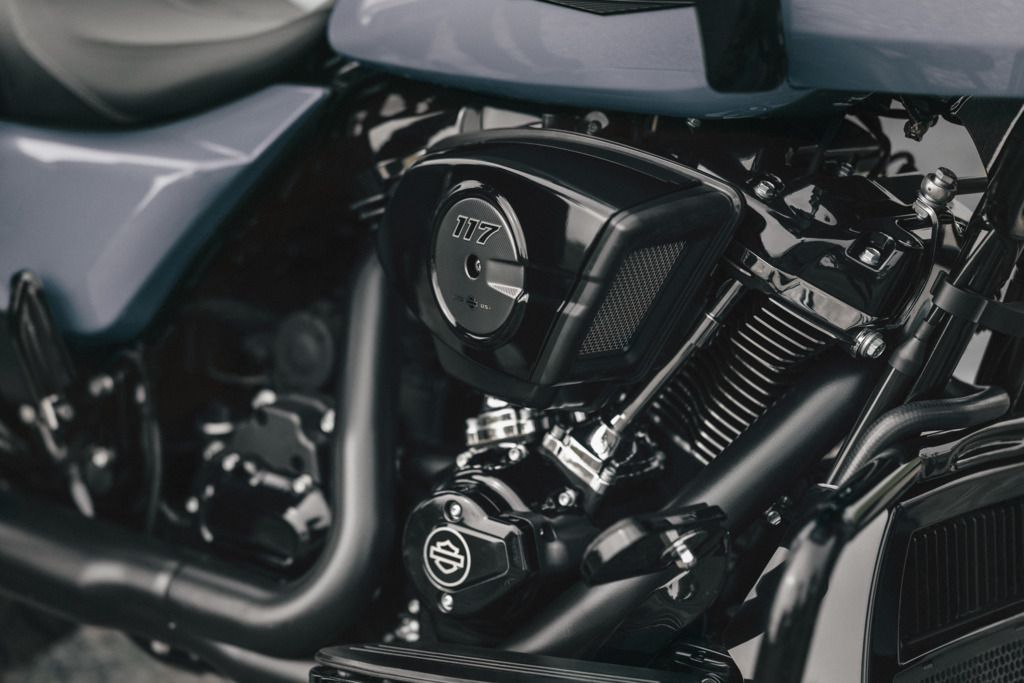
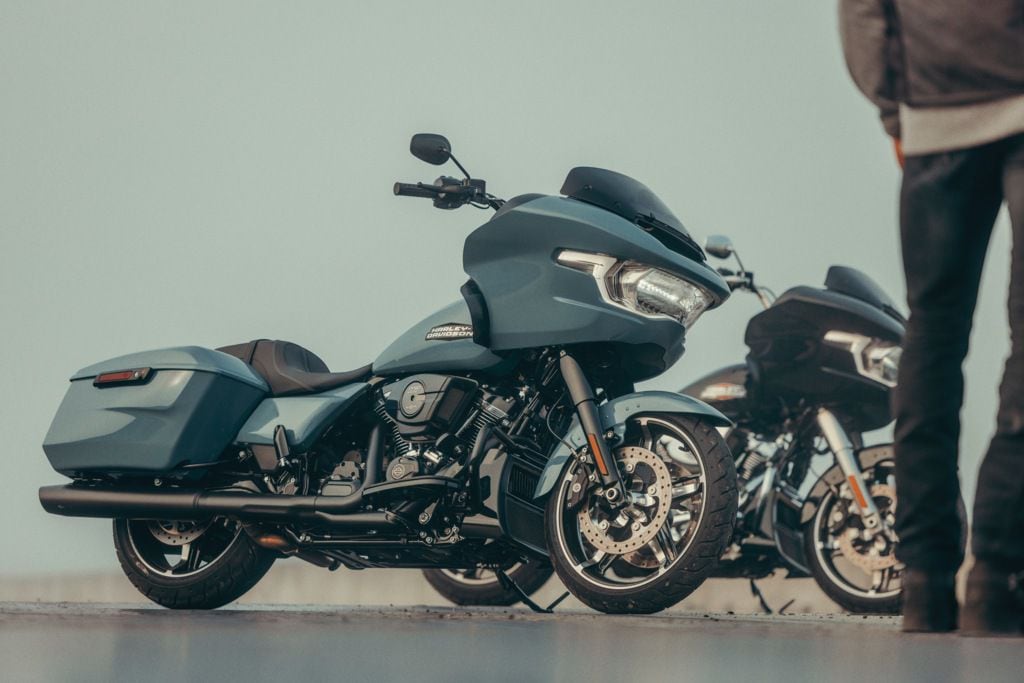
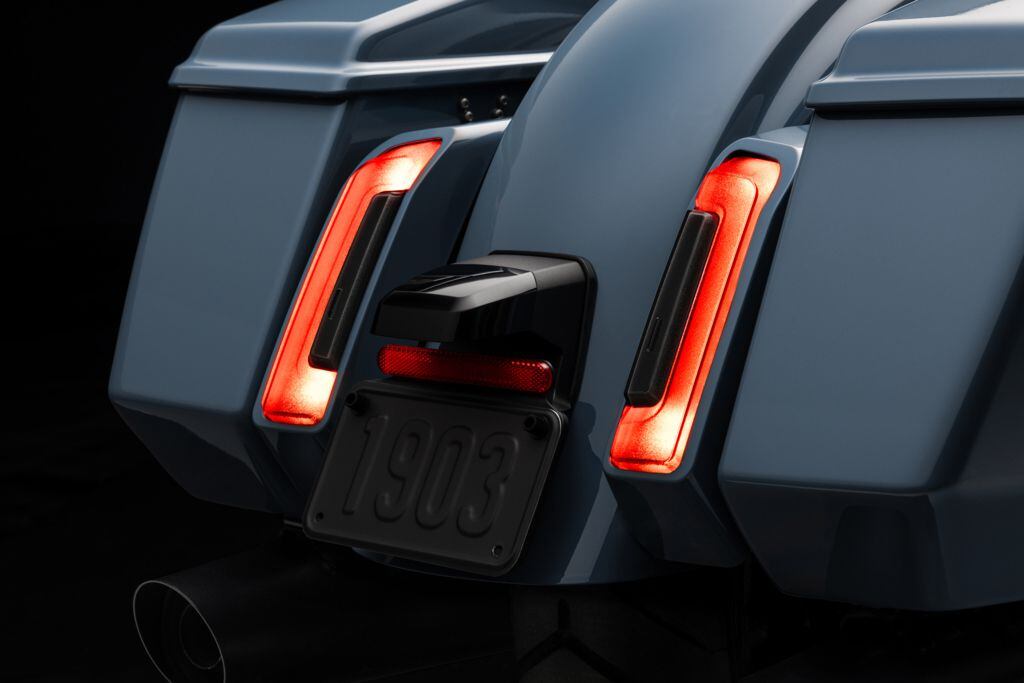
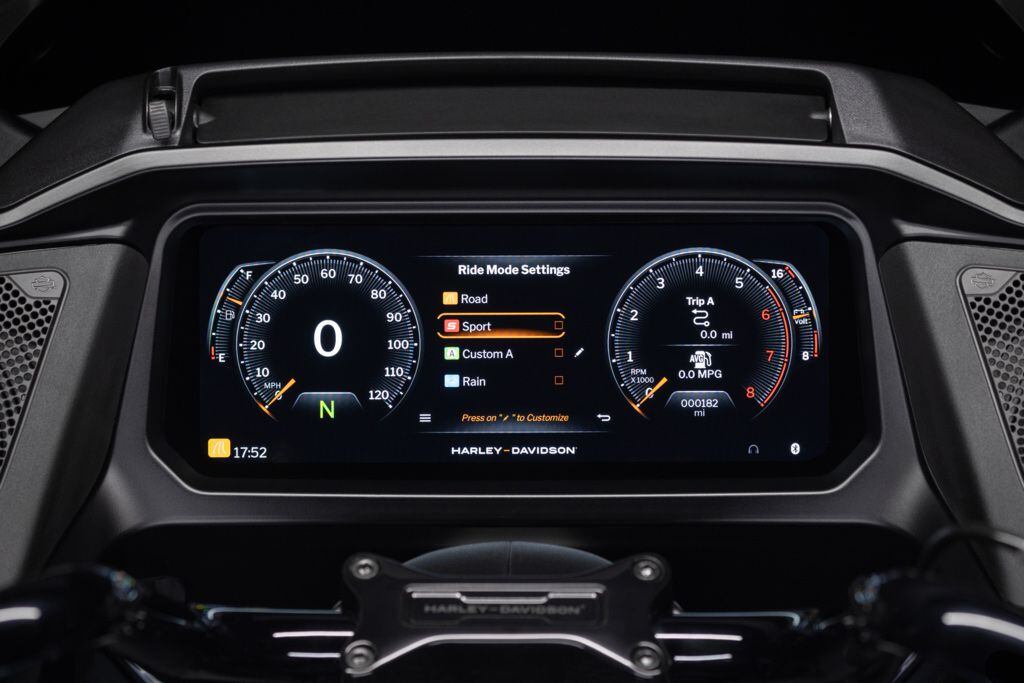
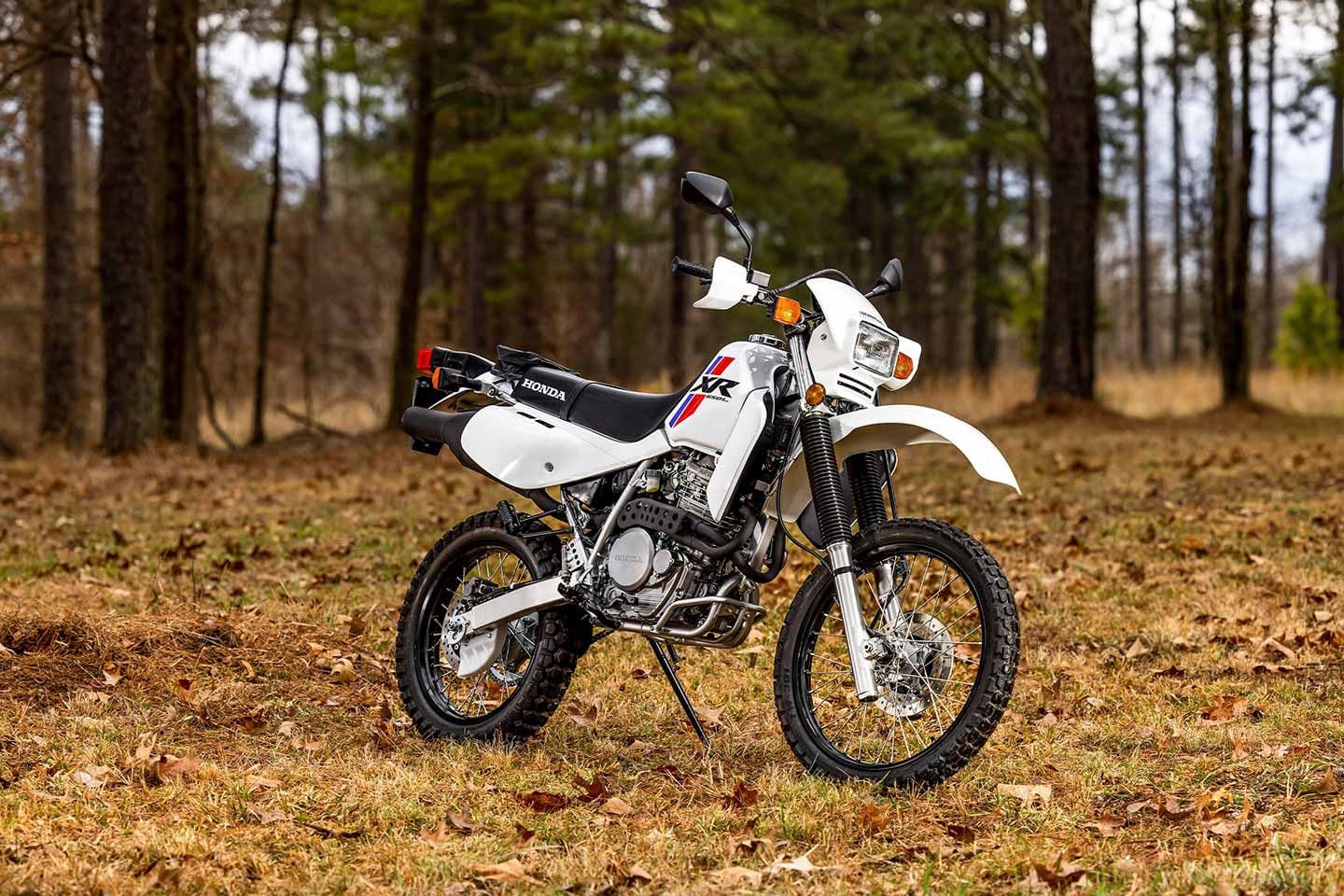
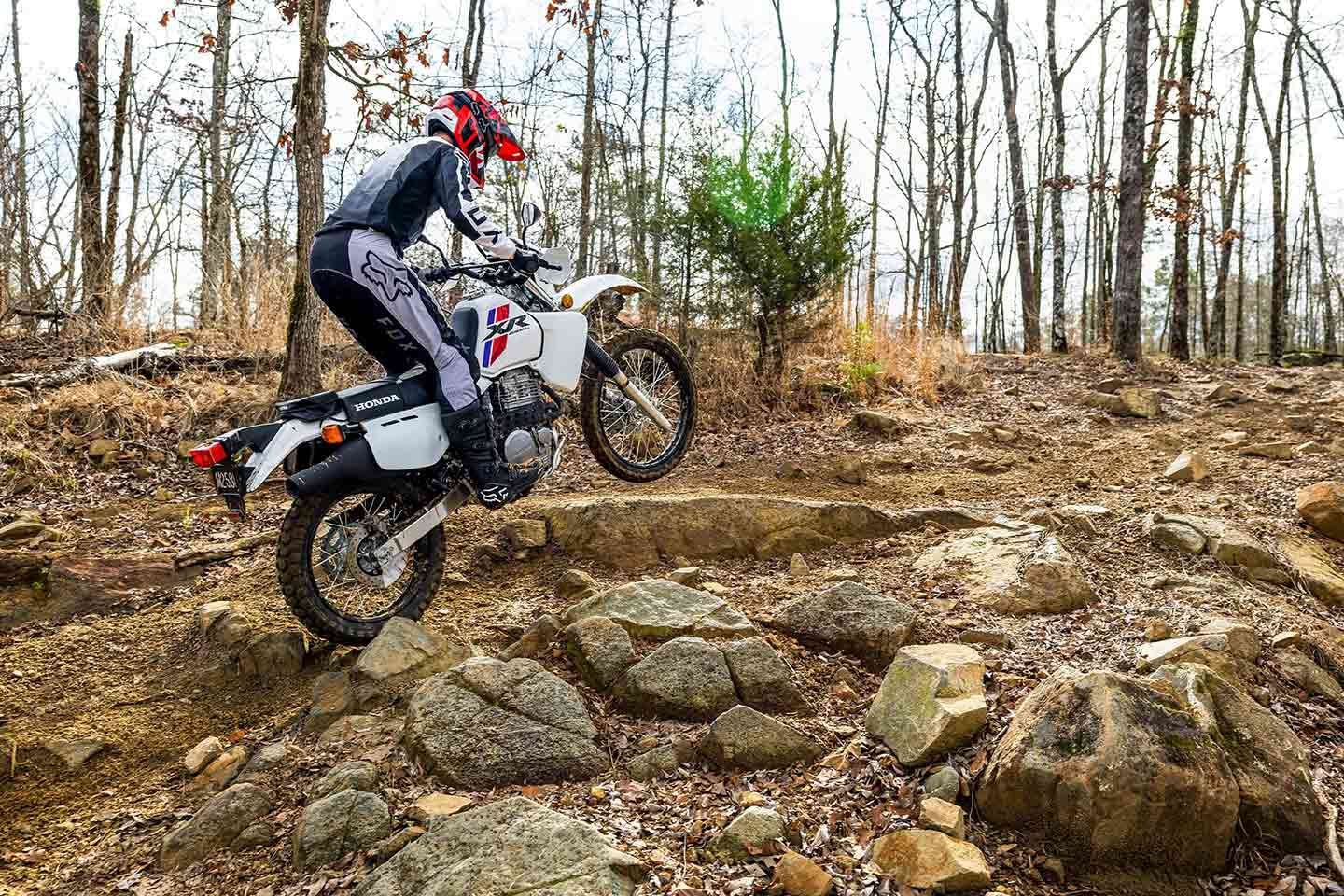
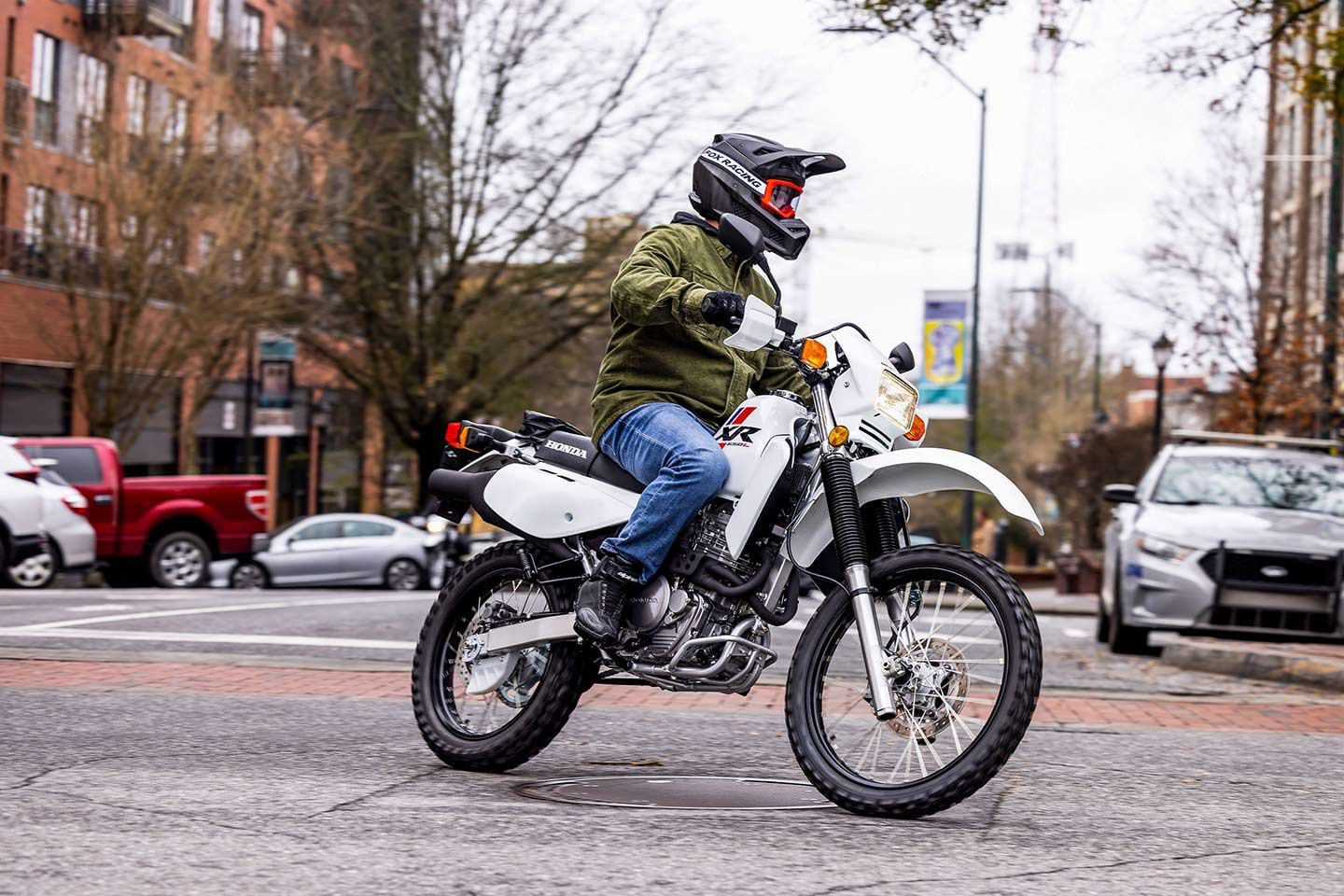
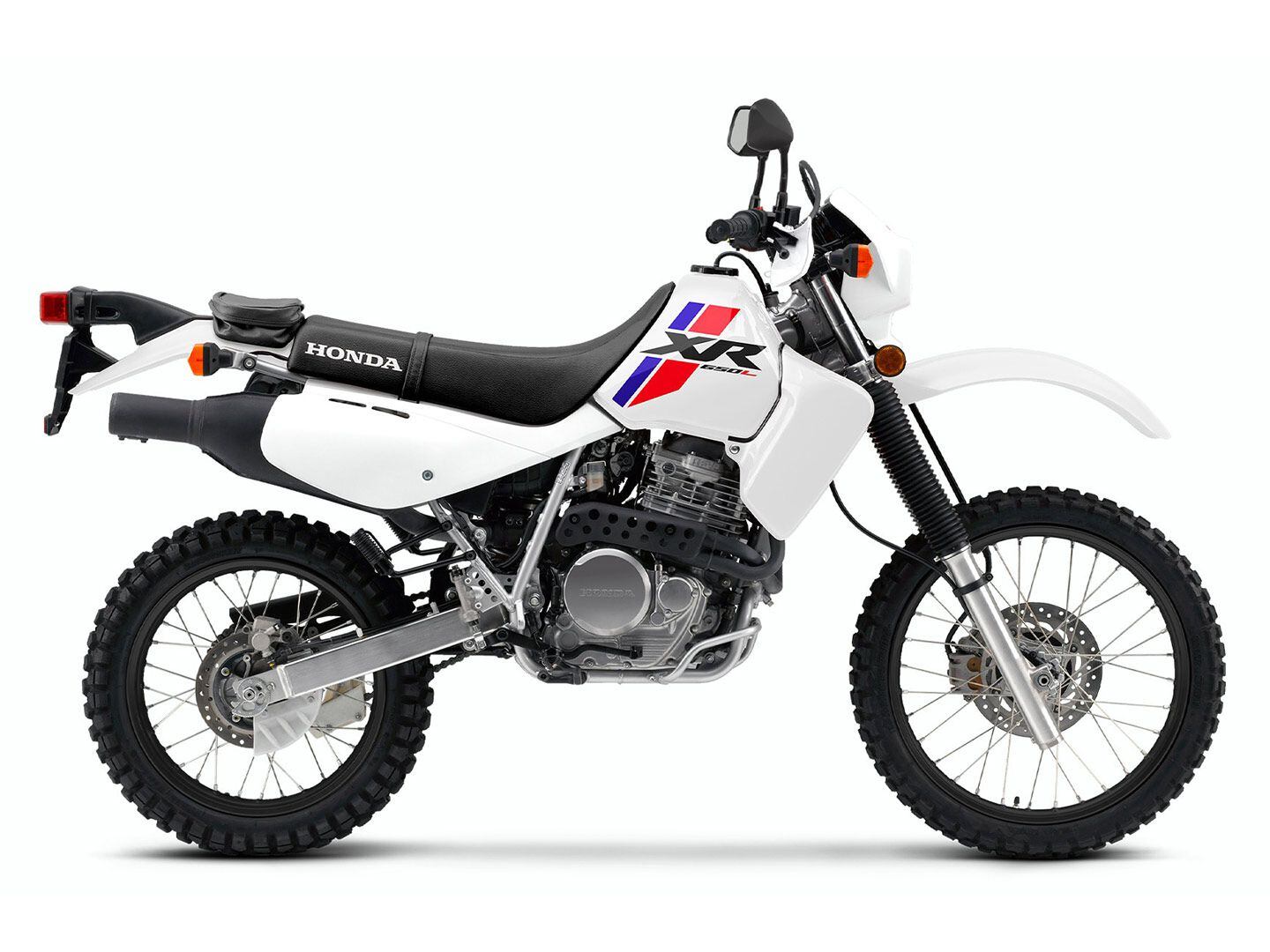
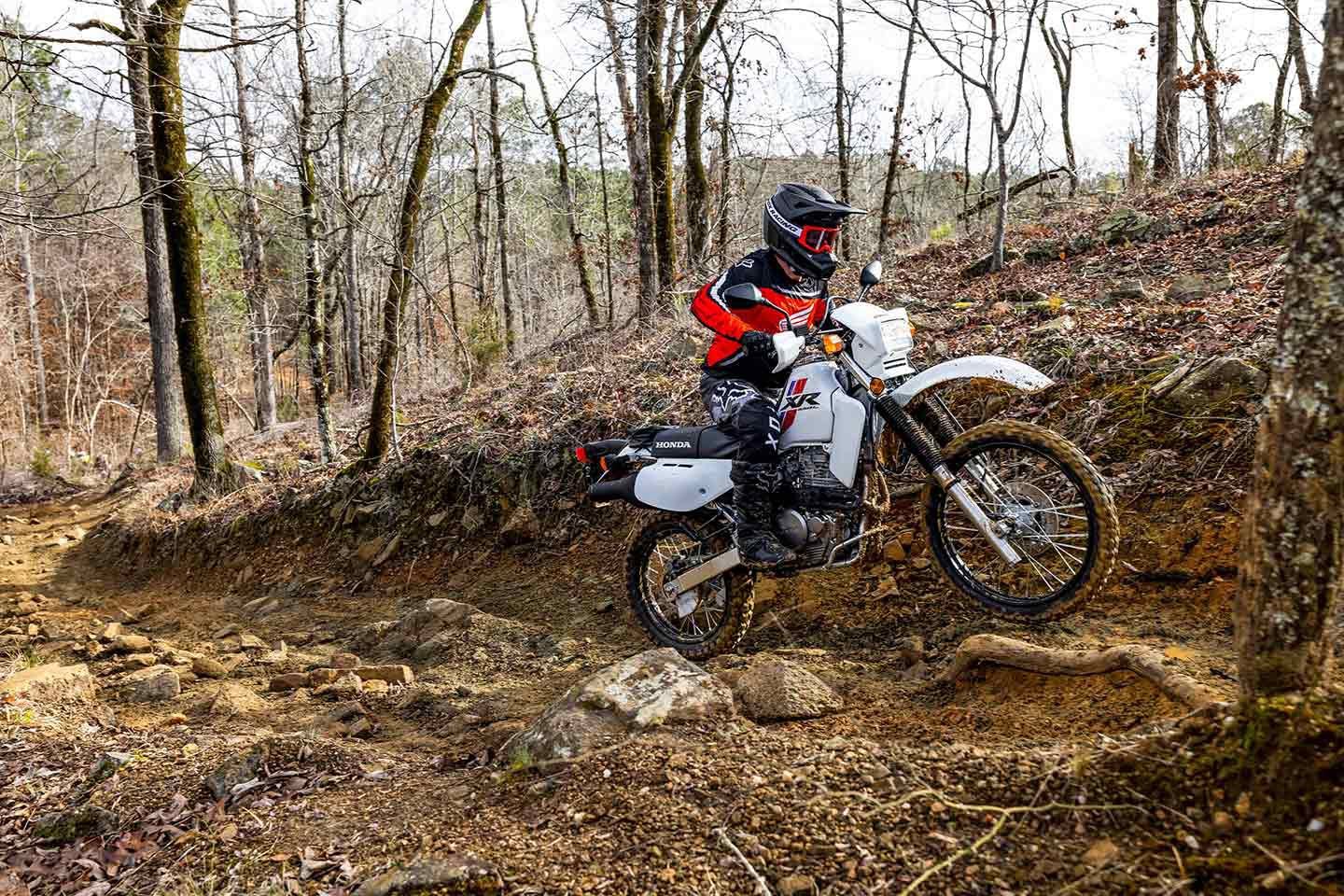
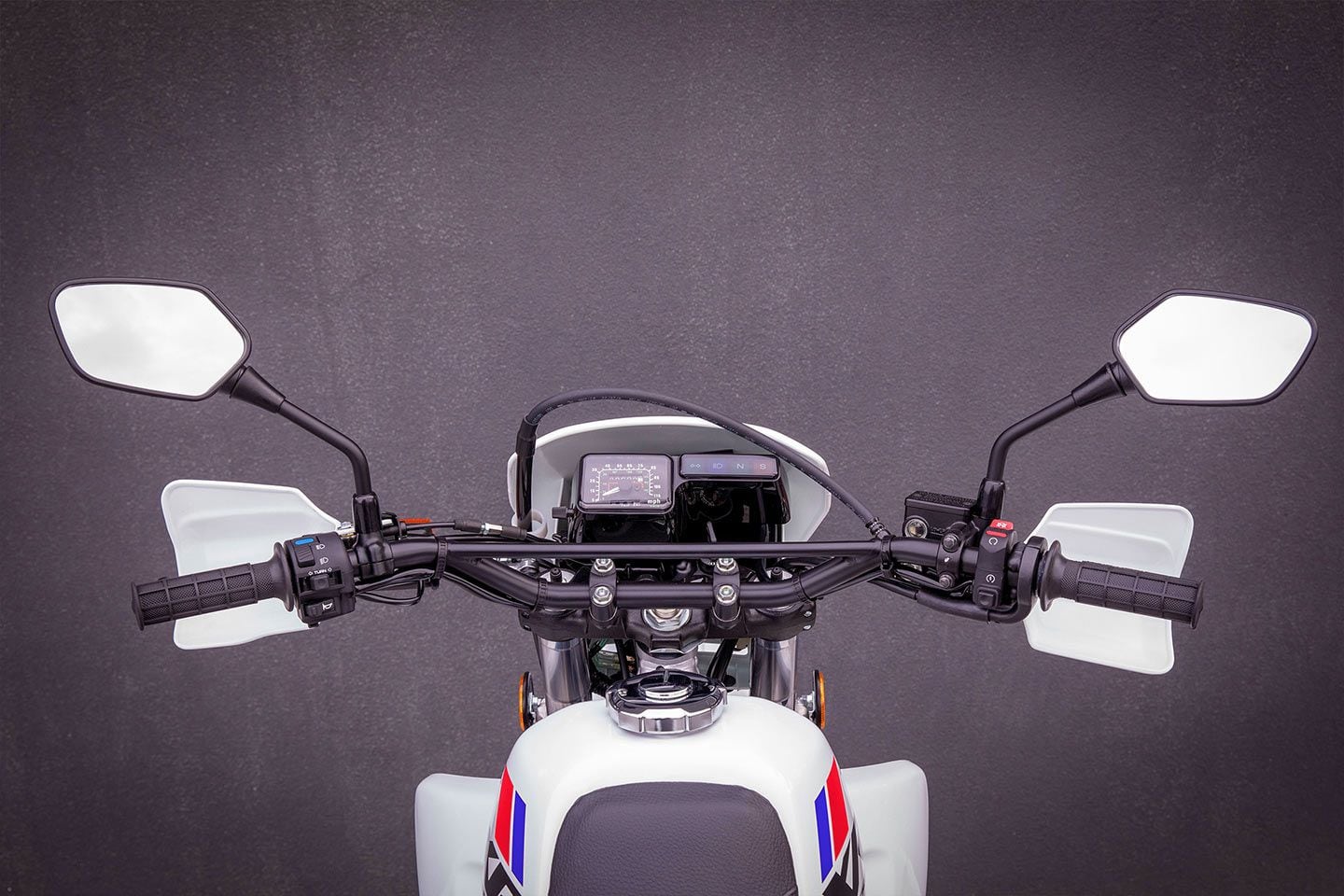
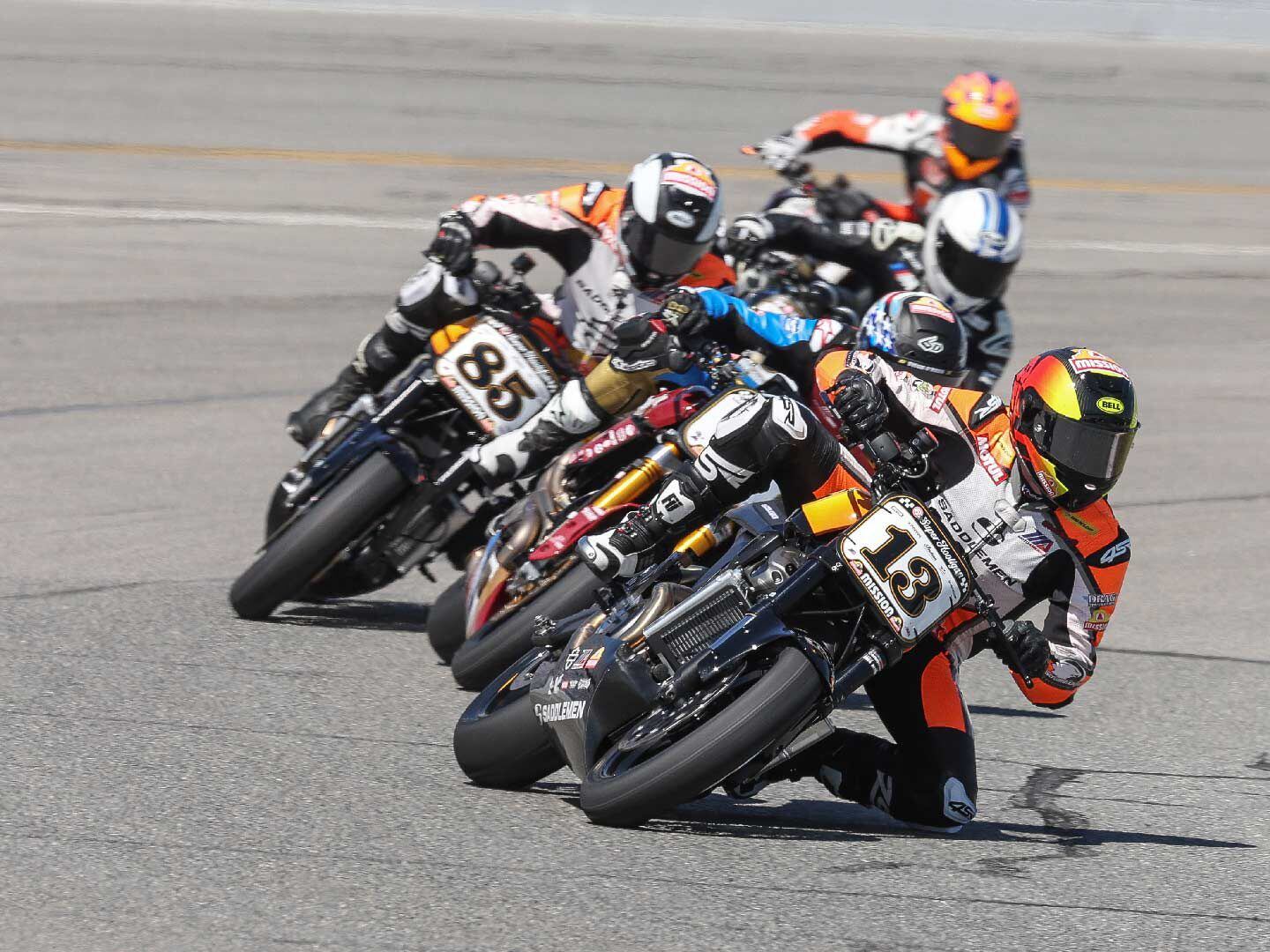
Zongshen ZS150 Minibikes Near Production
in MOTORCYCLE CHAT
Posted
The Zongshen ZS150 B is a retro-styled, 150cc Grom competitor. (Zongshen/)
Whether you look back to the original Honda Monkey of 1961, or the success of the Grom over the last decade, there has long been a demand for affordable two-wheelers that make fun their top priority. Now China’s manufacturers are catching on, and hot on the heels of the retro-styled CFMoto Papio CL and SS (both available in the US now) its rivals at Zongshen are preparing their own versions of the idea.
The company has filed Chinese type-approval documents for a pair of 149cc air-cooled singles that each carry the name ZS150 and “Zonsen” branding—a name that Zongshen is pivoting toward on its bikes as they’re increasingly offered outside China. However, there’s a prominent, cartoonish illustration of a panda on each bike’s tank badge, suggesting they might get a more appealing title when they’re launched into the market. In the US, a selection of Zongshen’s existing models—up to and including the Norton-engined, 650cc RX6 twin—are offered under the CSC Motorcycles name, opening the door for these new machines to come to these shores if it makes financial sense.
Related: The Chinese Connection
This version of the ZS150 looks more like the Honda Monkey or CFMoto Pappio CL. (Zongshen/)
The type-approval documents include all the main specifications for the two models. Like the CFMoto Papio CL and SS, one is a trail-style machine while the other is a caricature of a retro sportbike, but under the skin they’re identical. Their single-cylinder engines have a 57mm bore, matching that of the Papio, but where the CFMoto has a 49.4mm stroke the Zongshen bikes have a throw of around 58.4mm to reach a 149cc total capacity. The extra 13cc over the 126cc CFMoto machines helps the Zongshens to a peak of 10.5 hp, a fraction more than the 9.4 hp of the Papio.
They’re a little heavier than the CFMoto machines though, with the trail-style model coming in at 264 pounds and the racer version weighing 267 pounds. By comparison the two Papio models each weigh 251 pounds ready to ride. Like the CFMotos, the Zongshen ZS150s each use 12-inch wheels wrapped in 120/70 rubber at the front and 130/70 at the rear. Suspension is by upside-down forks up front and monoshocks at the rear, again aligning with the CFMotos, and the brakes have discs at each end, with standard ABS.
Related: Mini Bikes
Honda’s Monkey was instantly a hit when it was reintroduced in 2018. (Honda /)
When it comes to appearance, the naked version of the ZS150 takes its inspiration from machines like Honda’s Monkey and Gorilla, giving a more ‘60s or ‘70s vibe than the 1980s-inspired Papio CL, but there are modern touches including the distinctive headlight design that features an open hoop of LED running lights above a tiny main light unit. The faired version, carrying the word “Vintage” on its fairing, actually looks less old-fashioned. The addition of side panels and a single-seat tail unit, plus lower, narrower bars with bar-end mirrors, makes for an intriguing style that has a hint of steampunk-style retrofuturism about it.
The CFMoto Pappio SS is already for sale in the US. (CFMoto/)
Both bikes are illustrated with a few optional extras including enclosed disc wheels as an alternative to the standard wire-spoked alloys, while the trail version is also shown with a choice of rear treatments, with either a flat-track-style number board or a more rugged-looking grab rail at the back. It’s clear the bikes are ready for imminent launch, though there will probably be a delay between hitting the market in China and any plans for exporting them to other markets.
Source